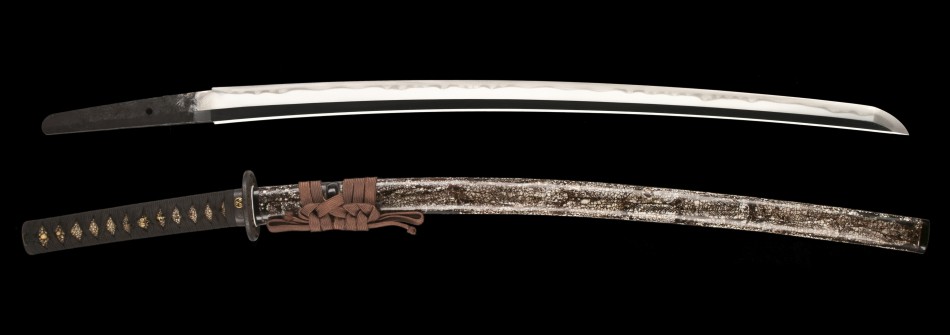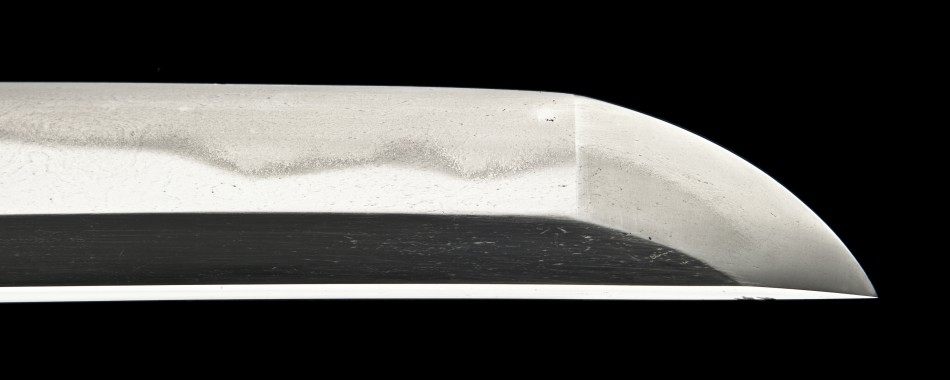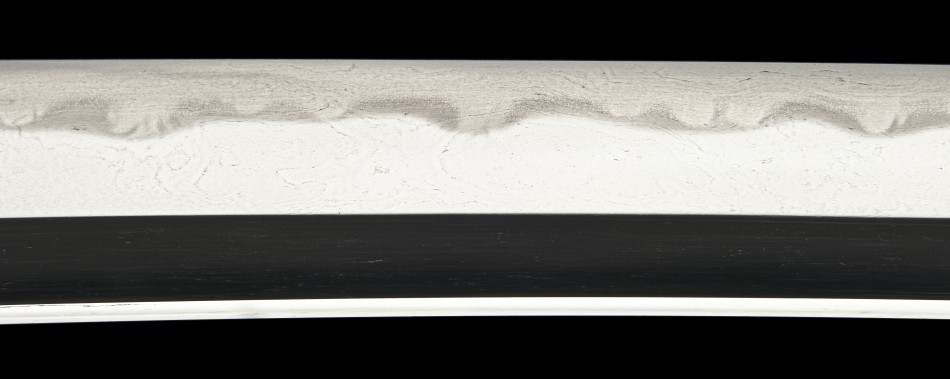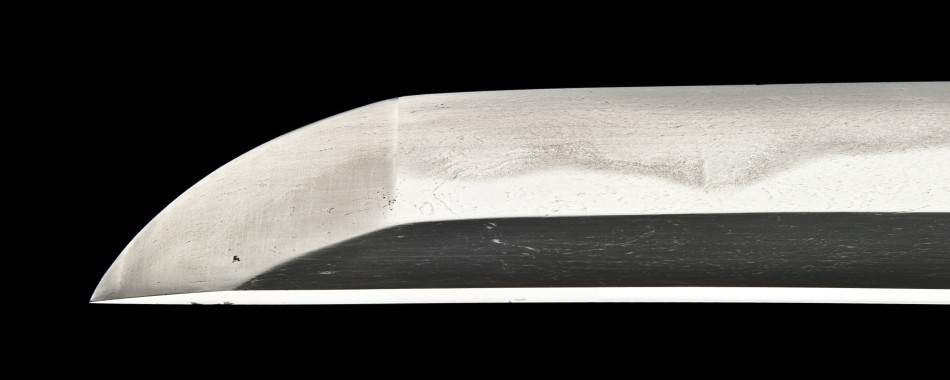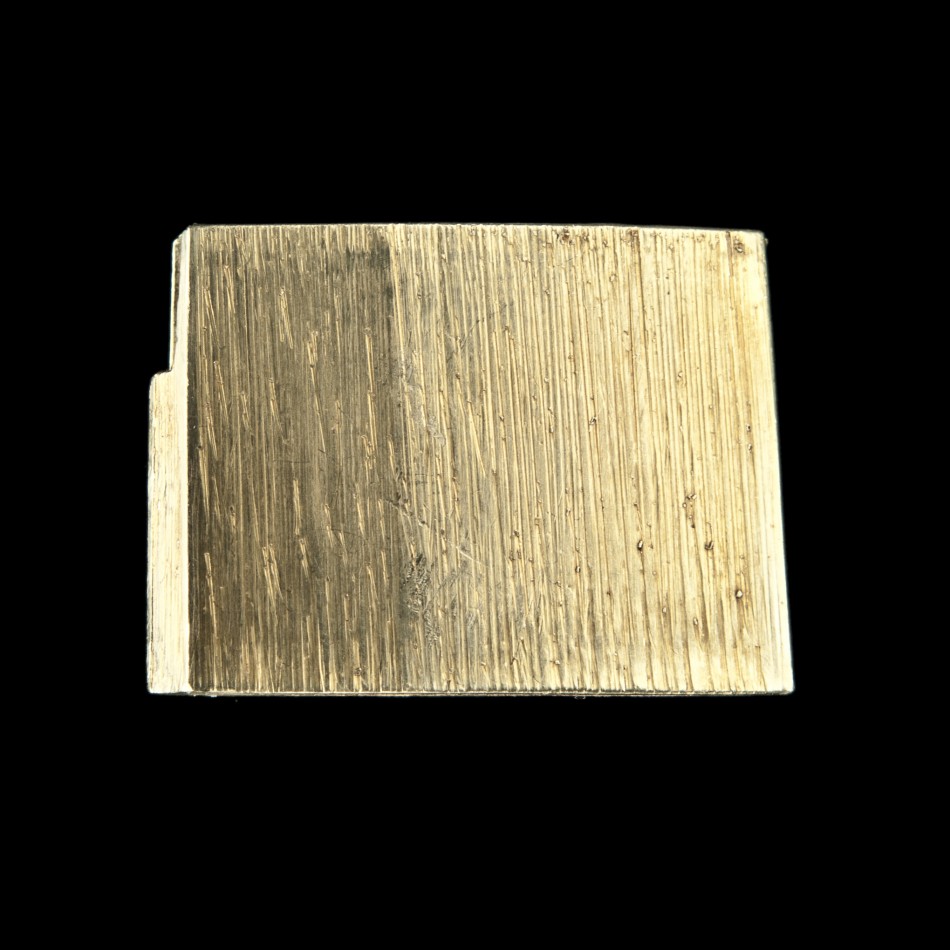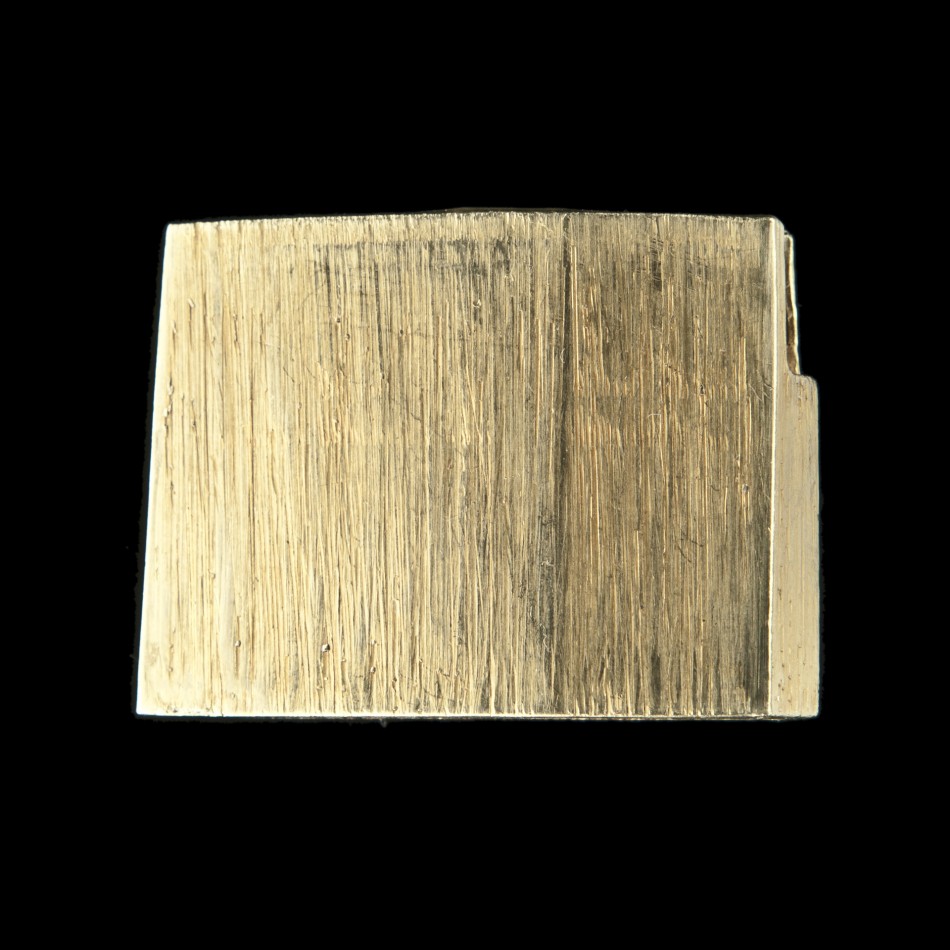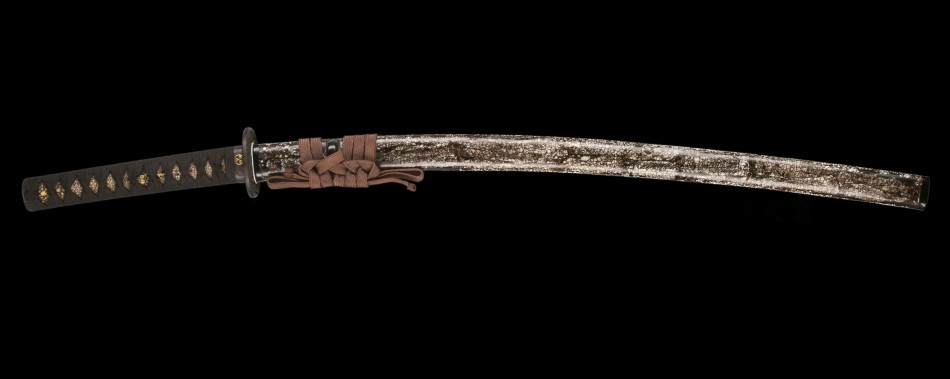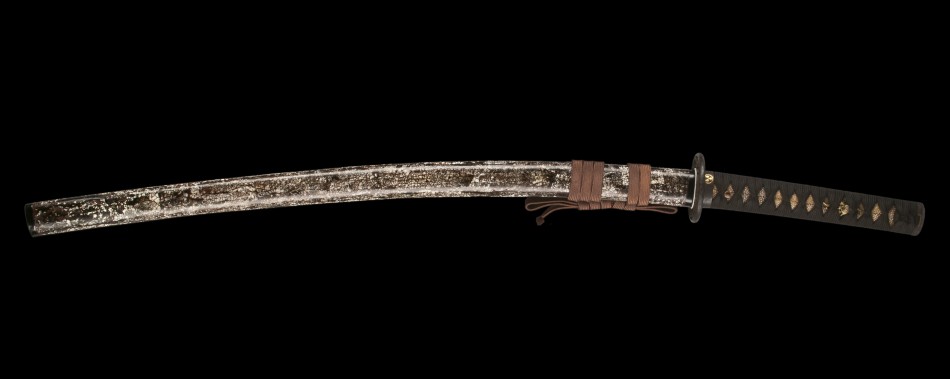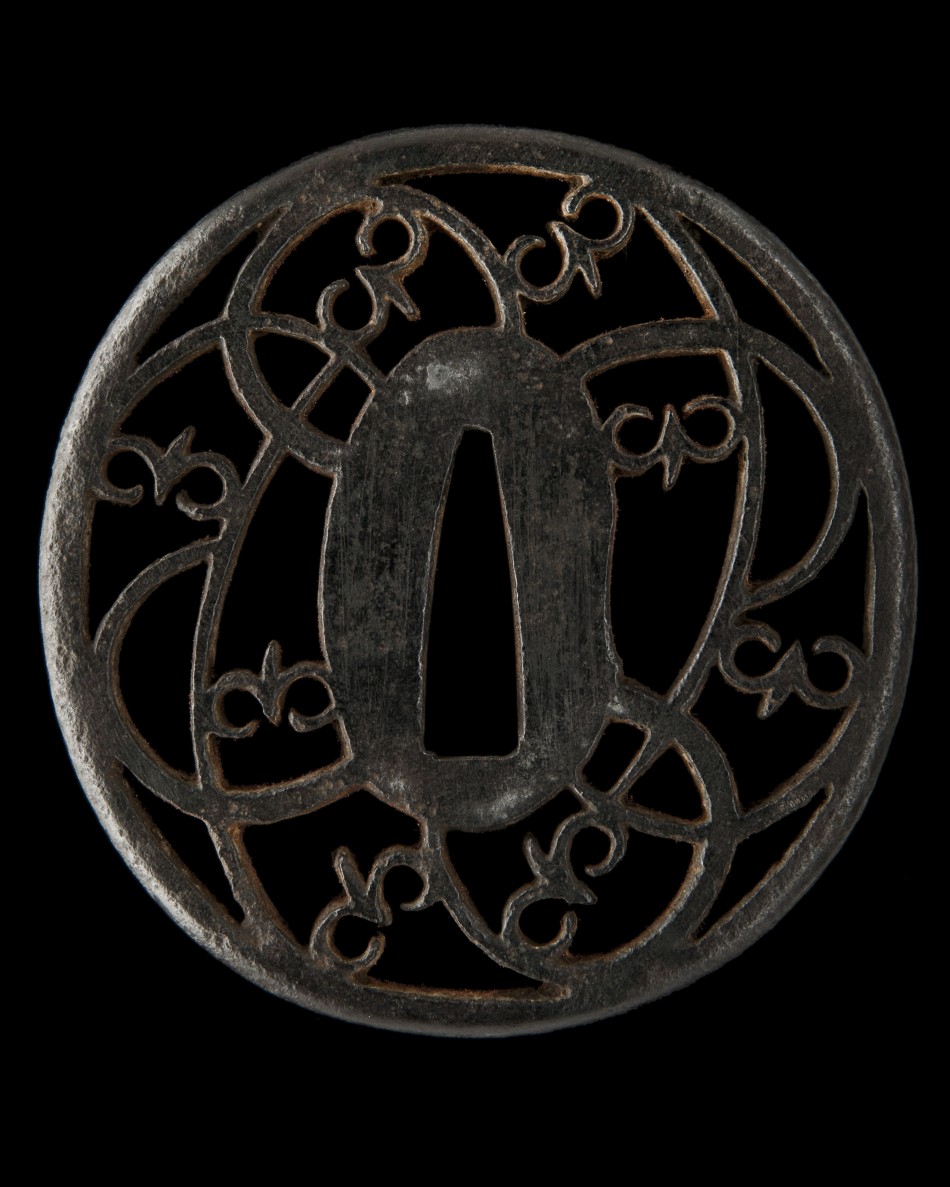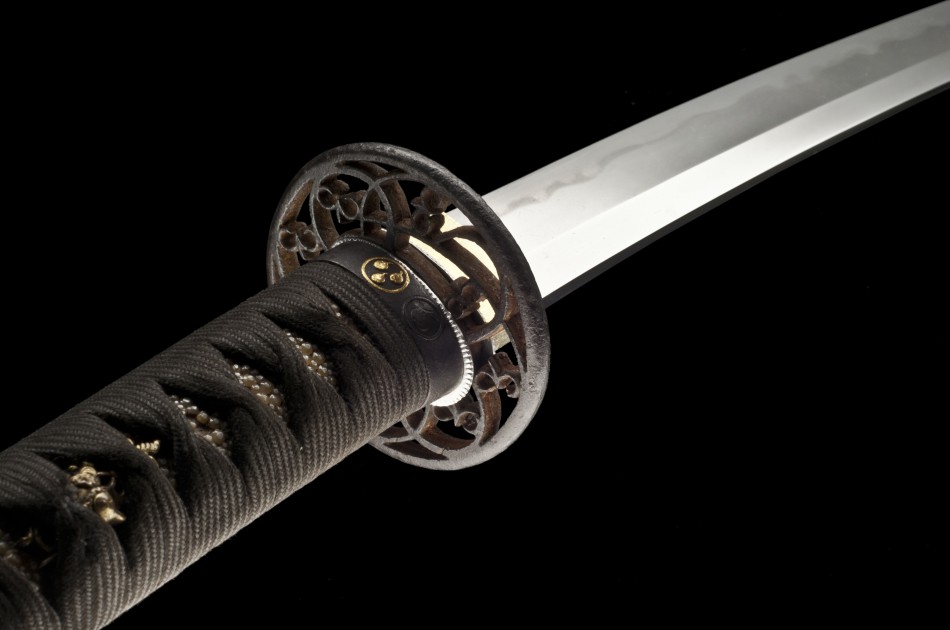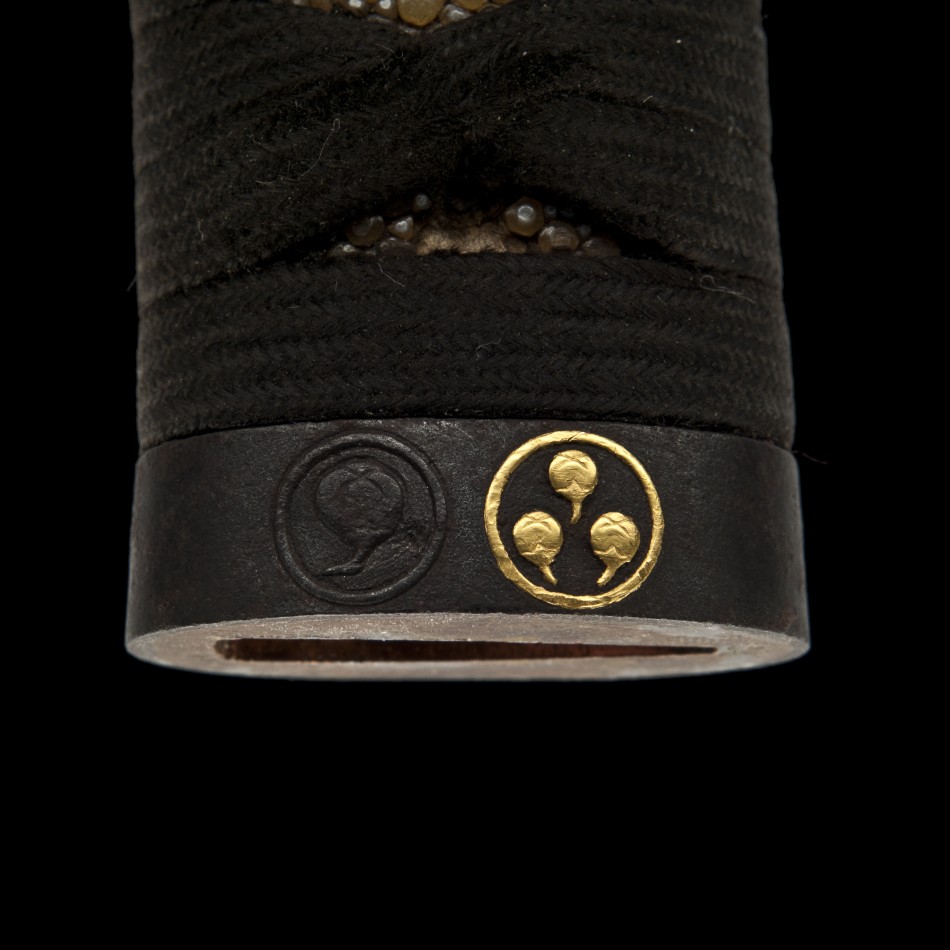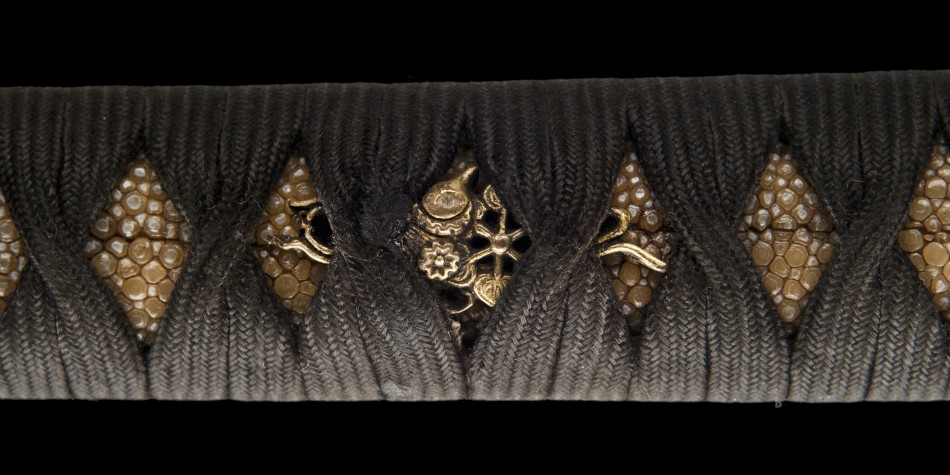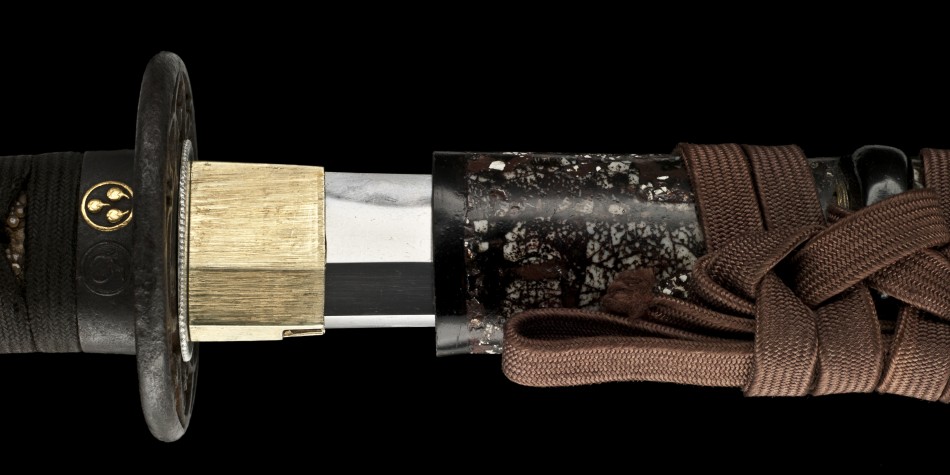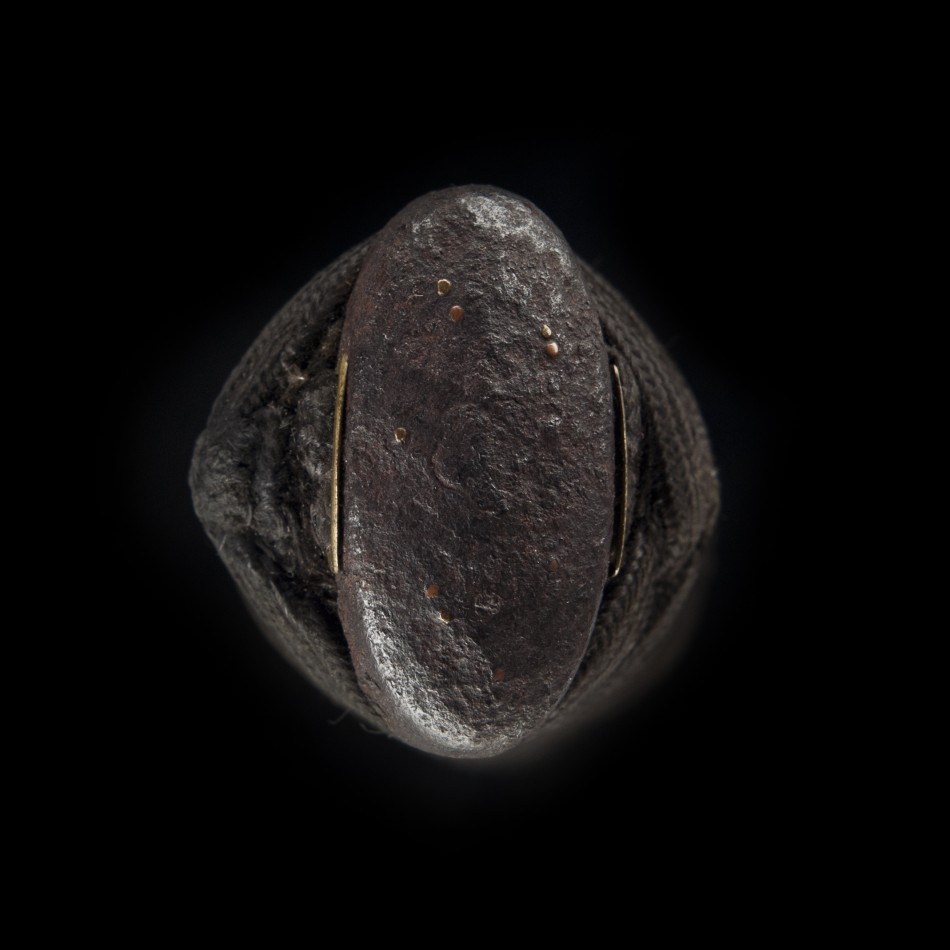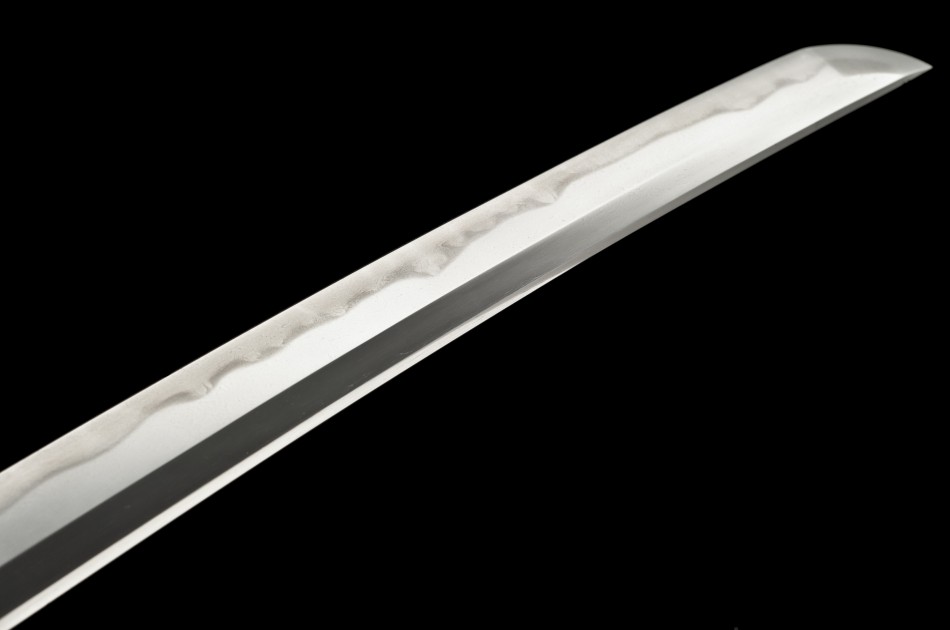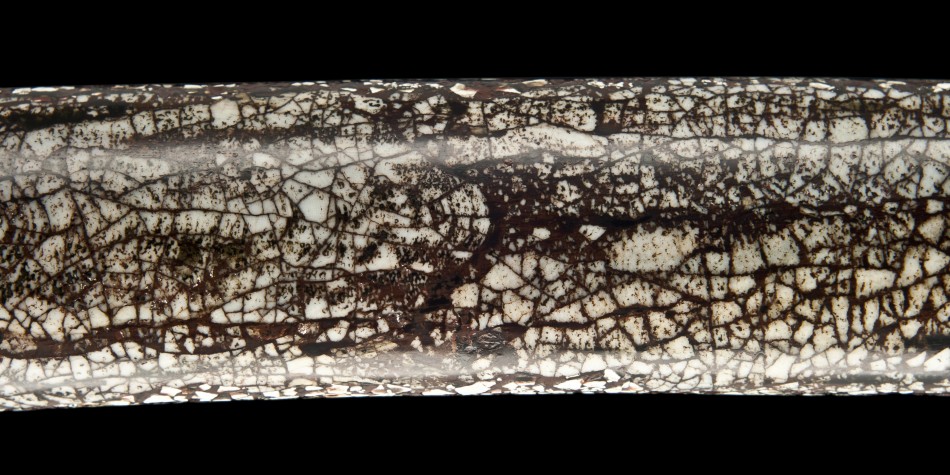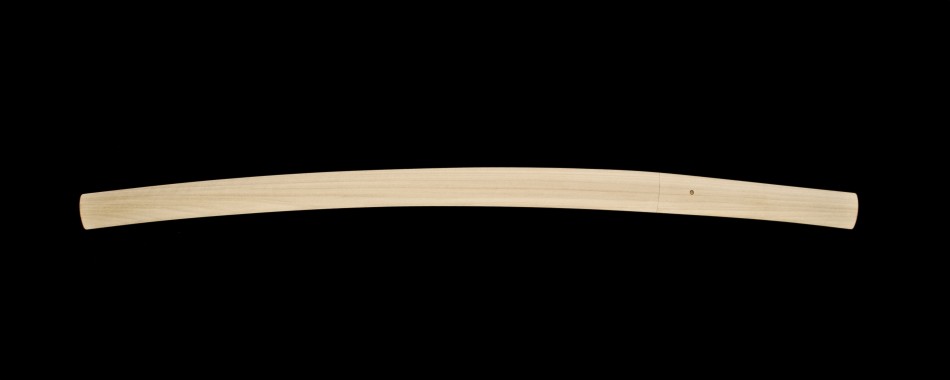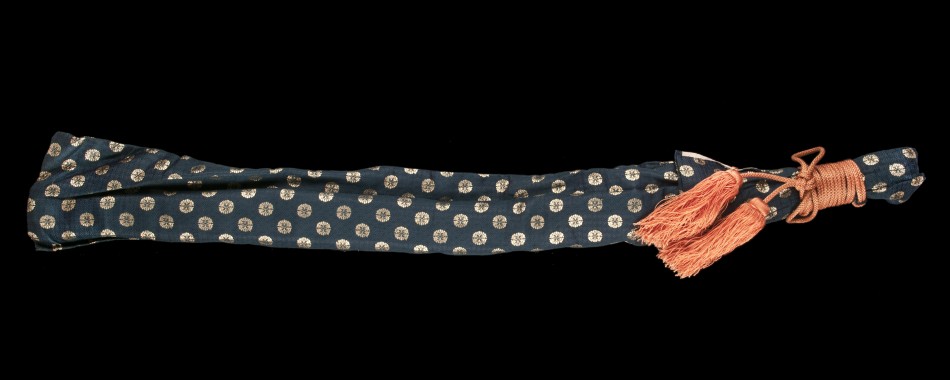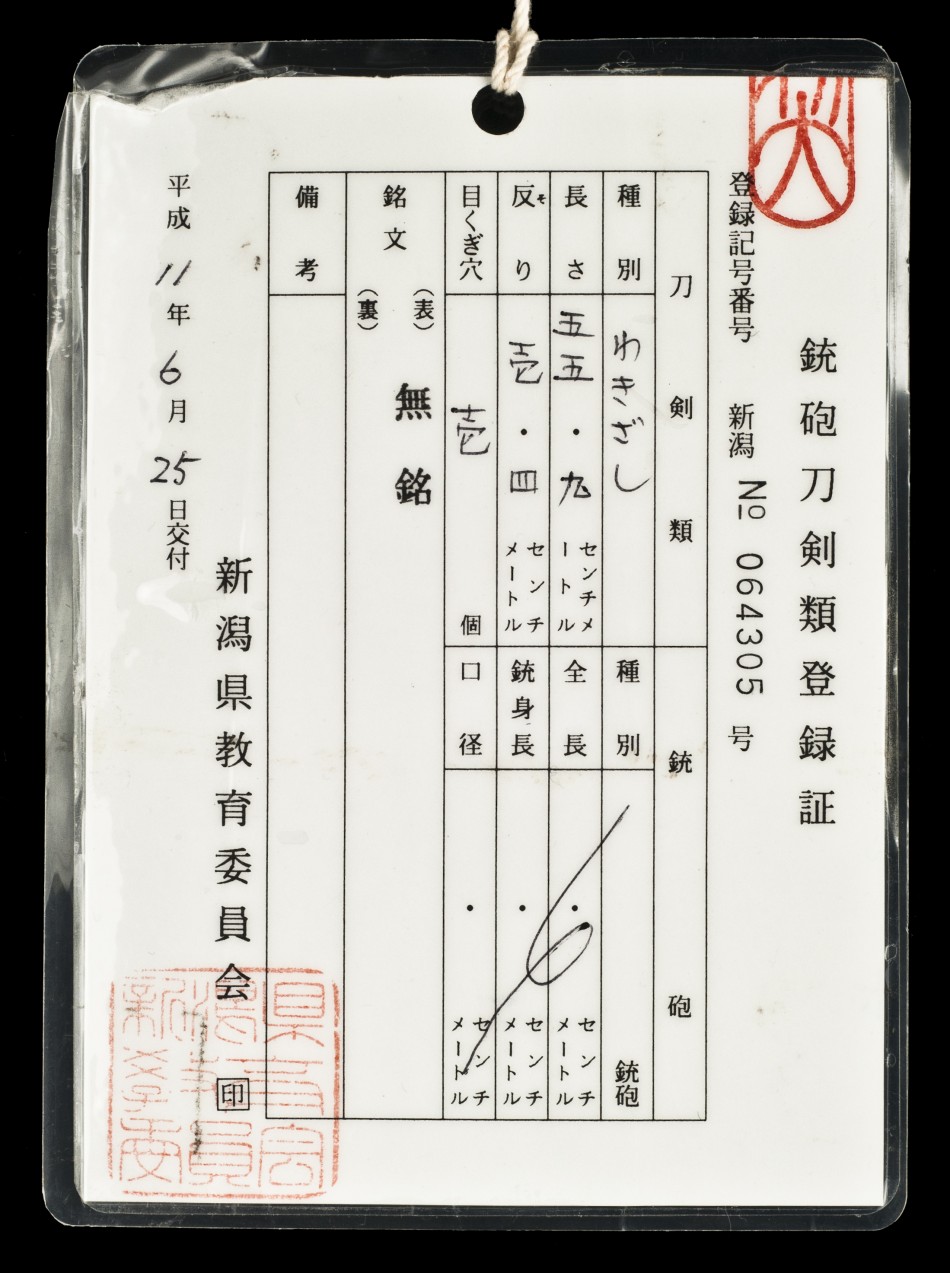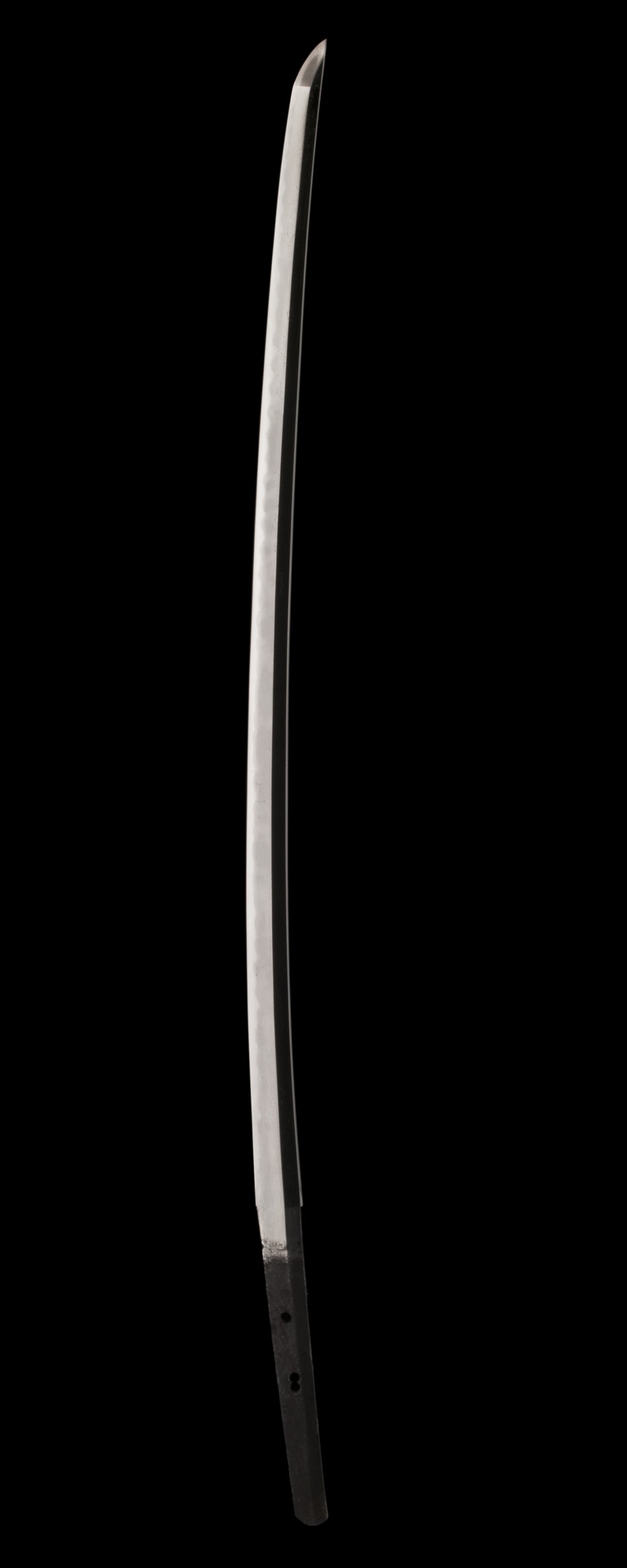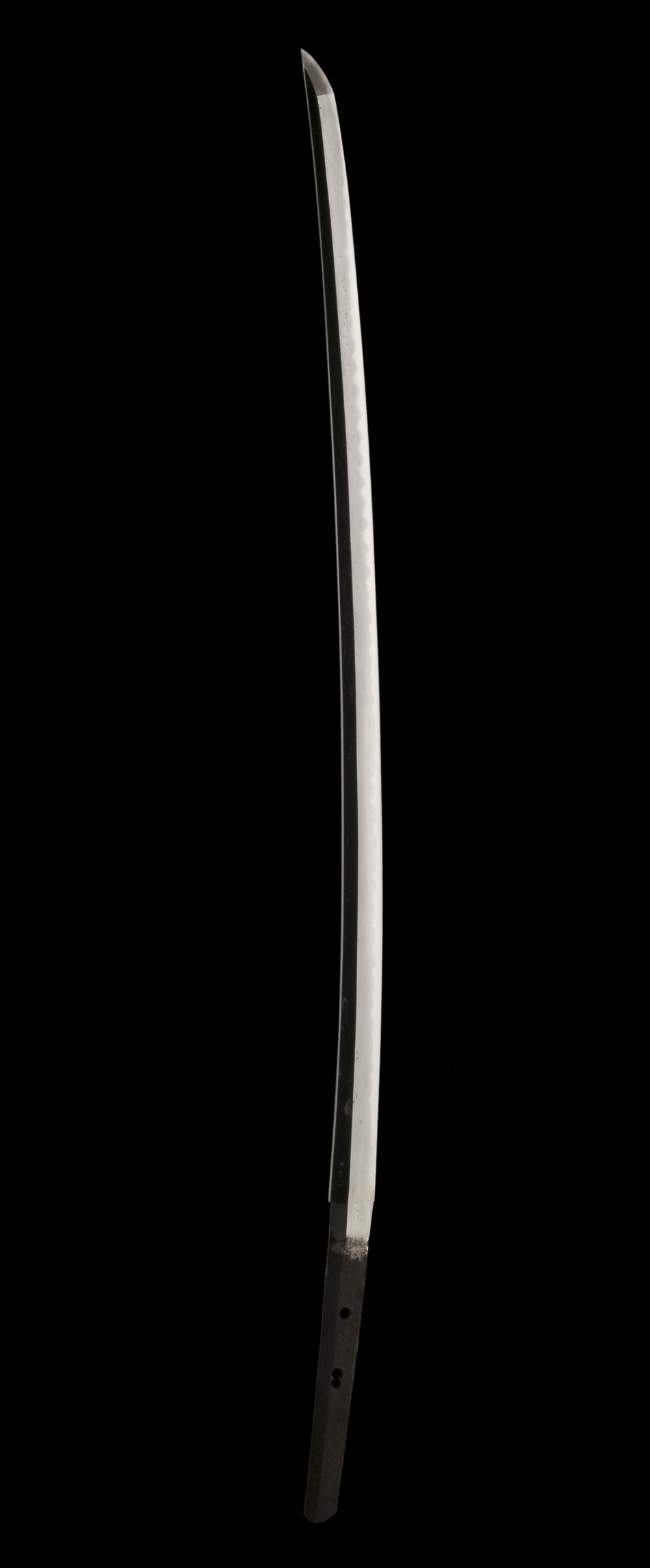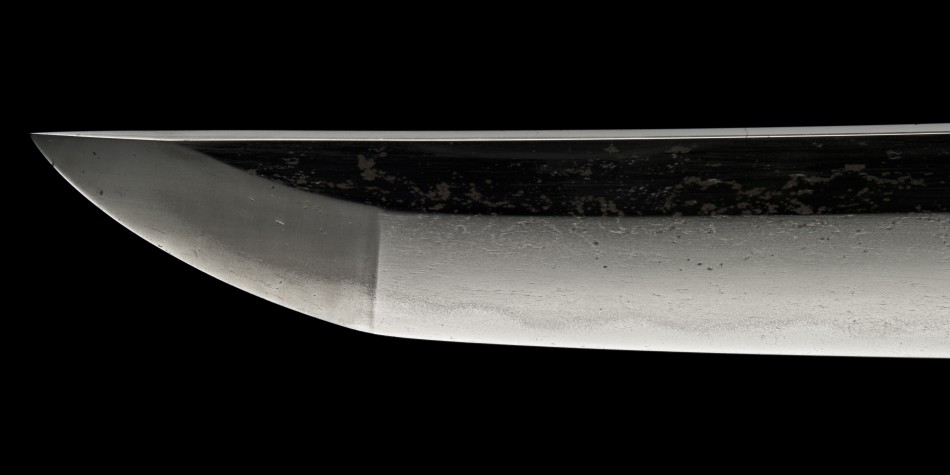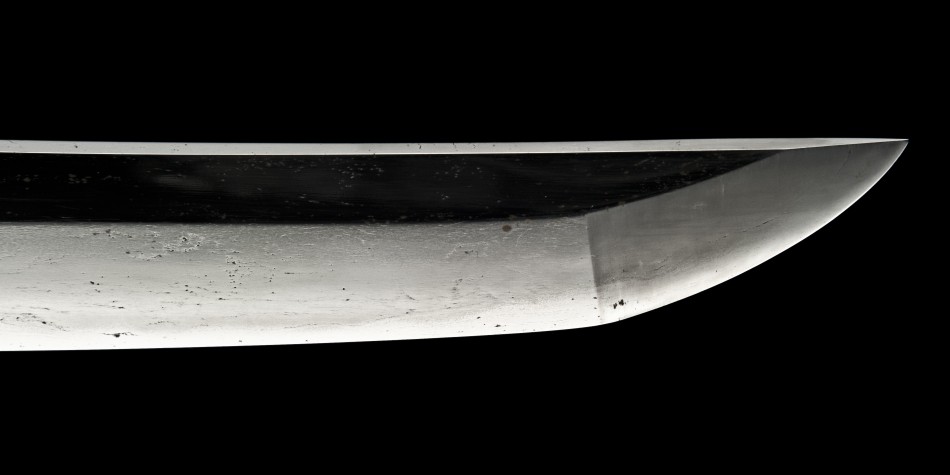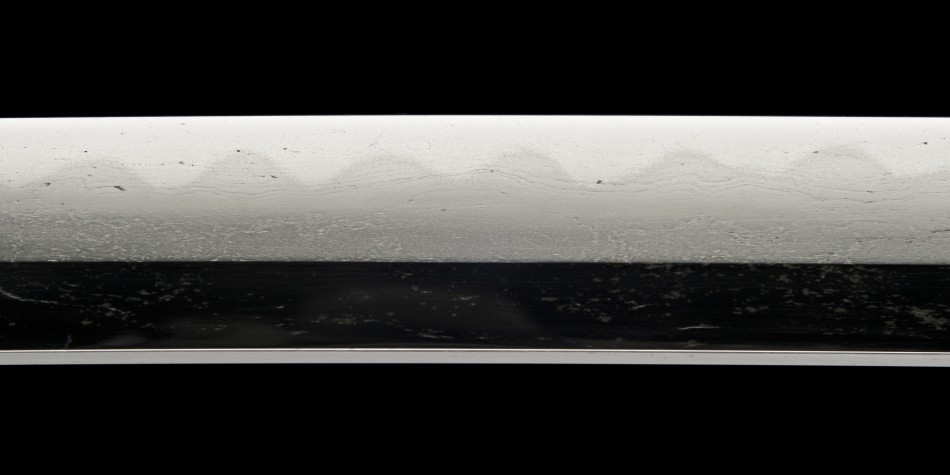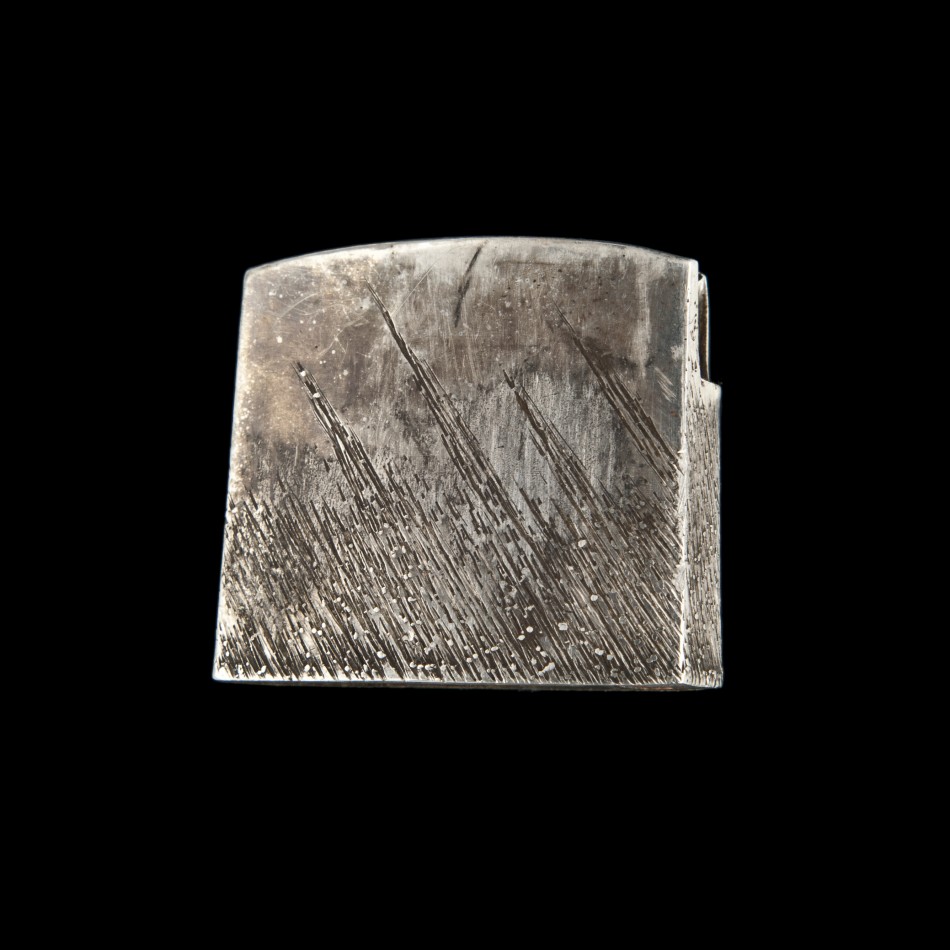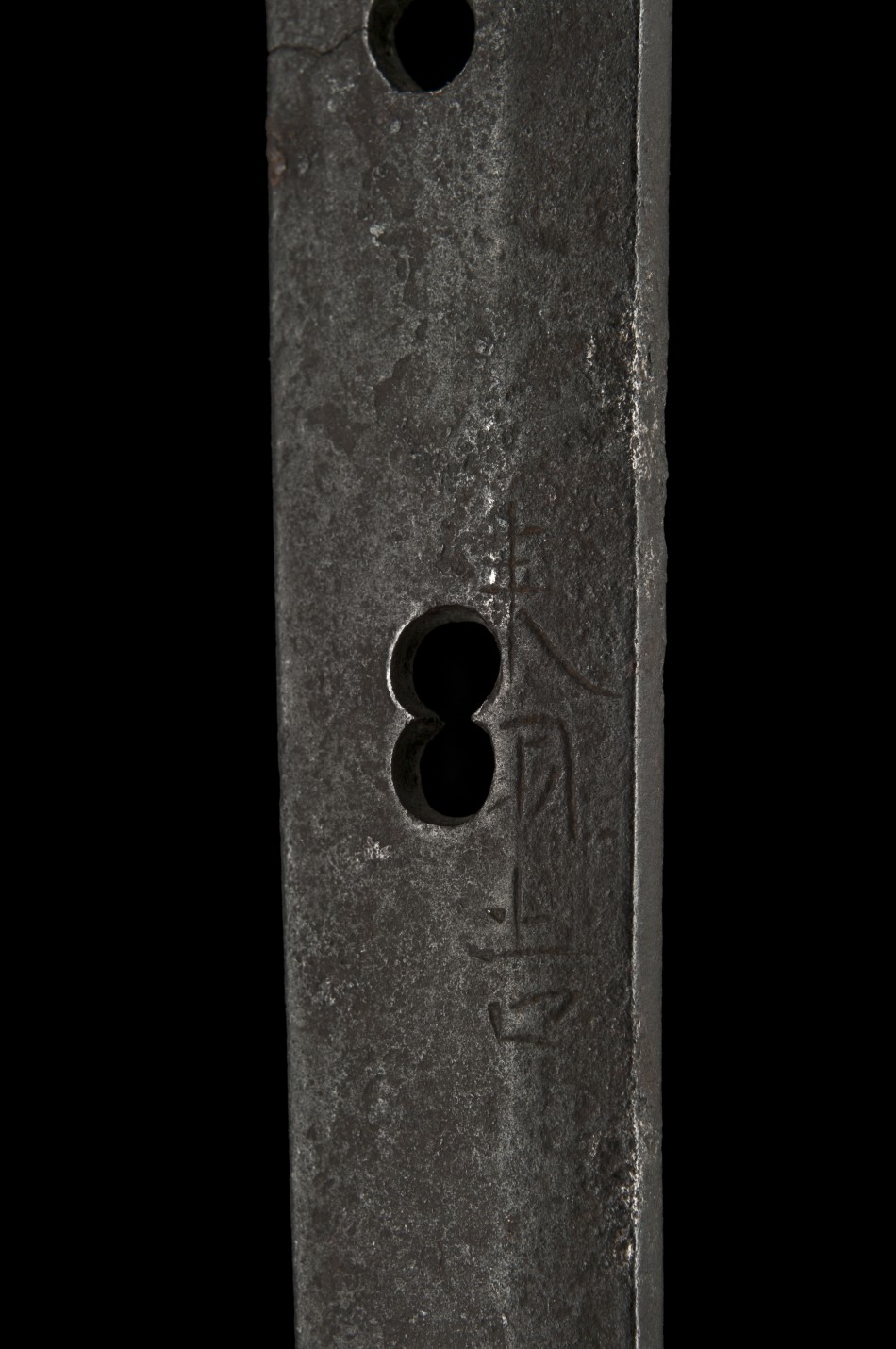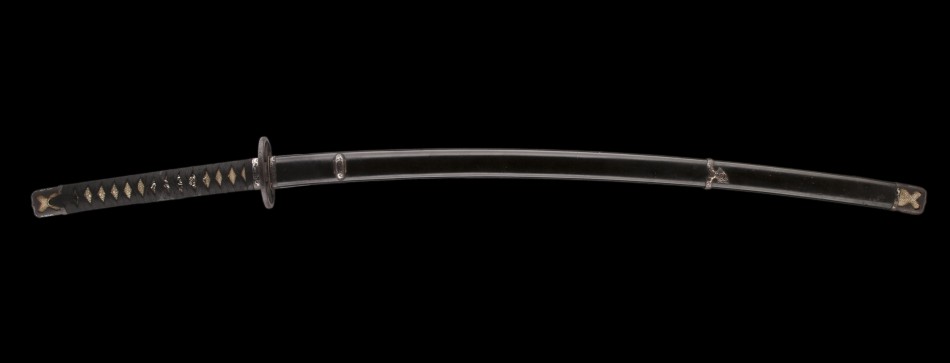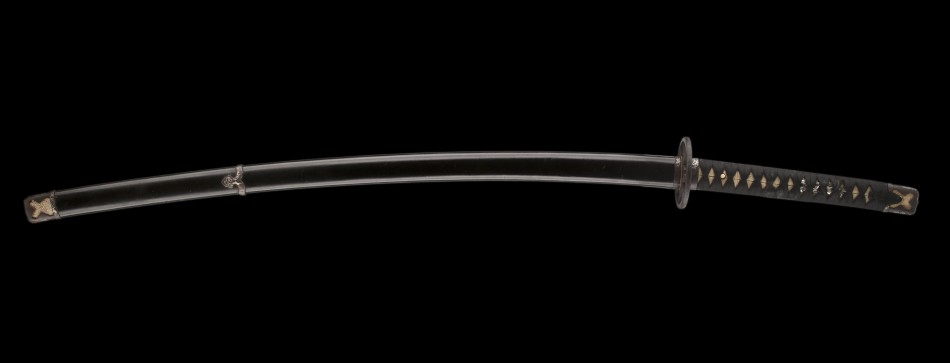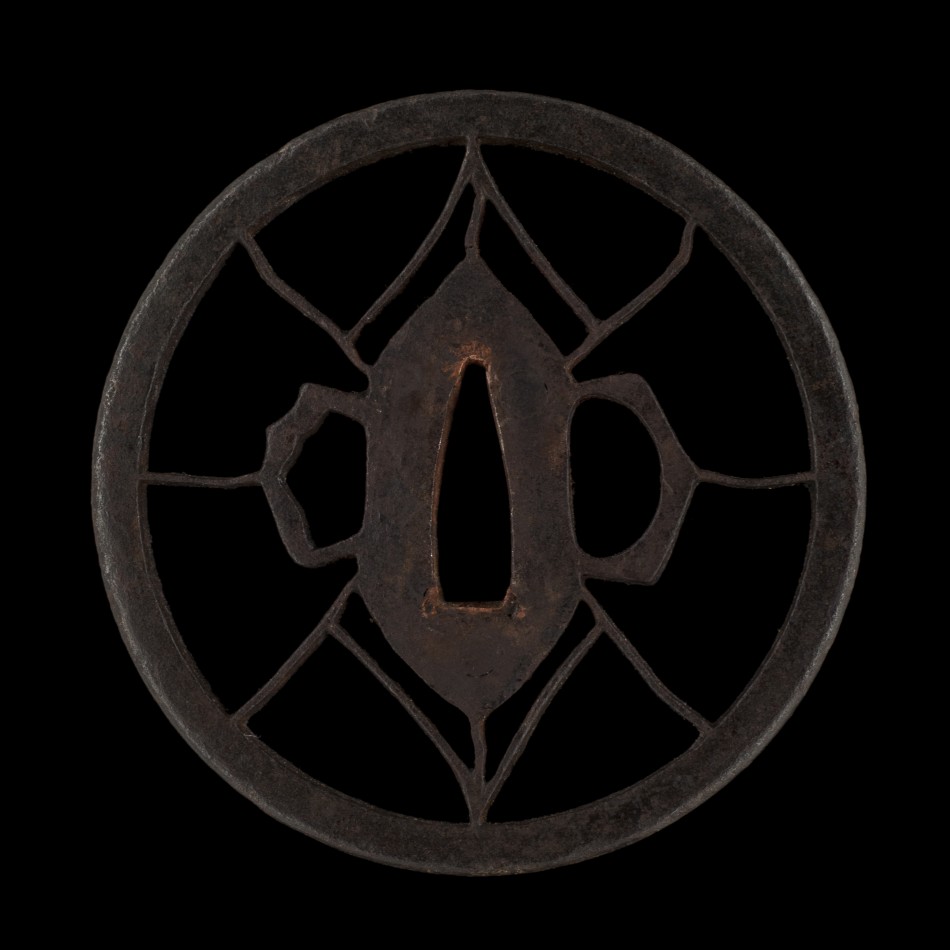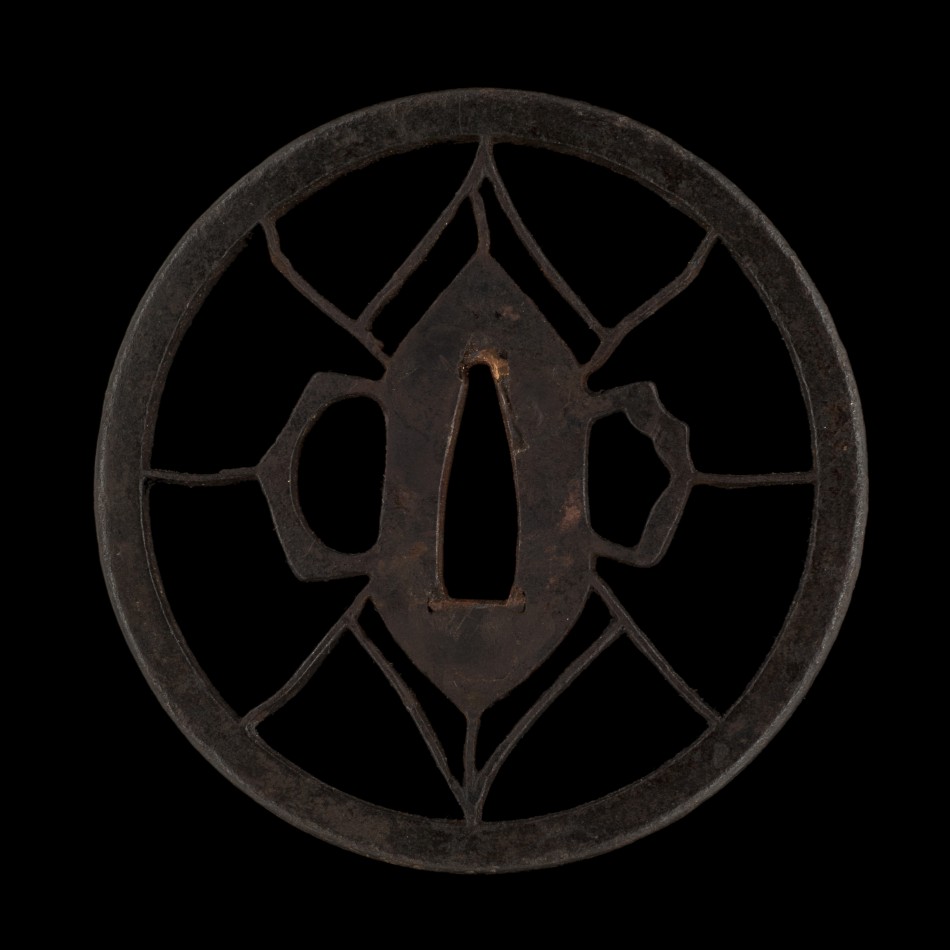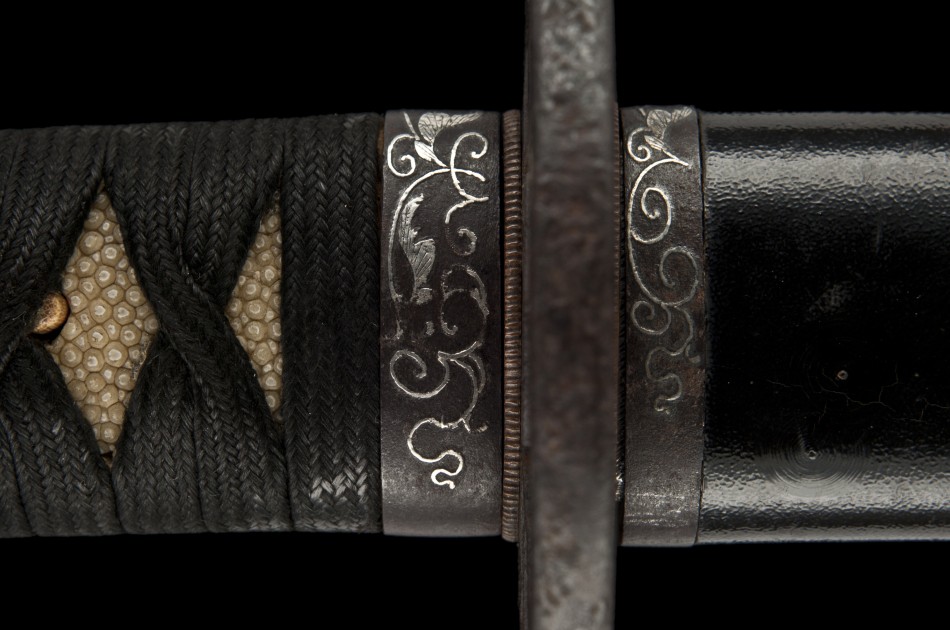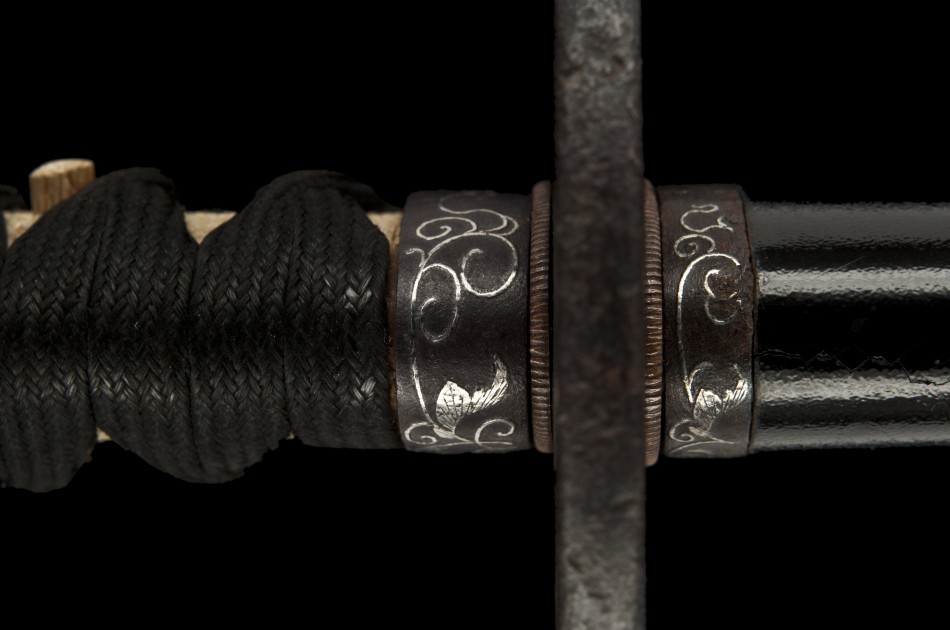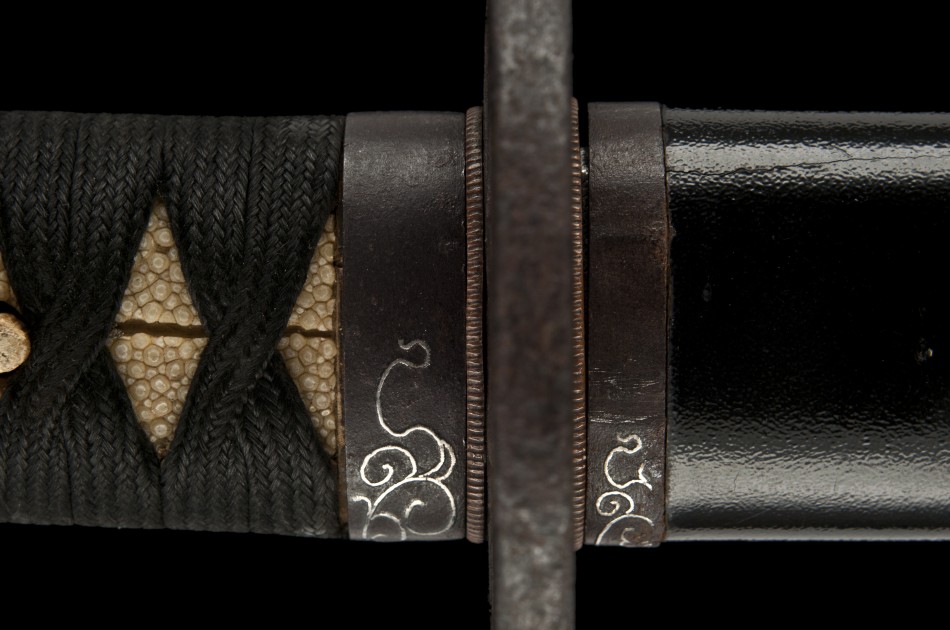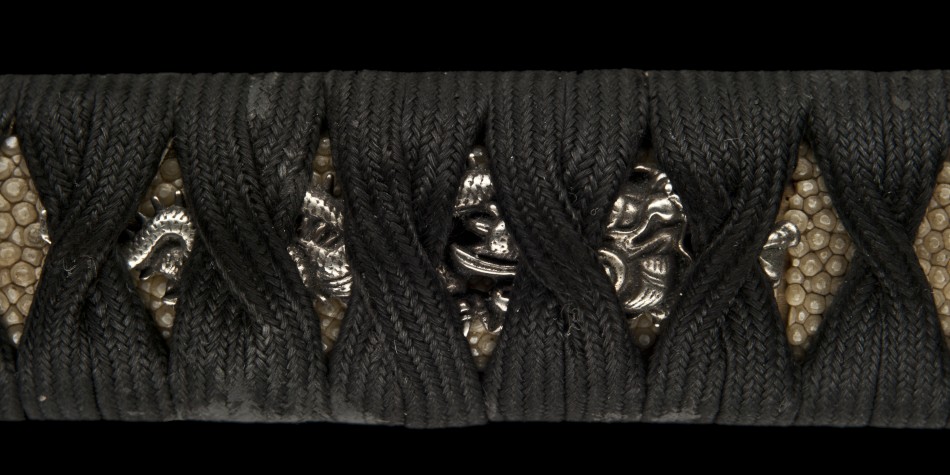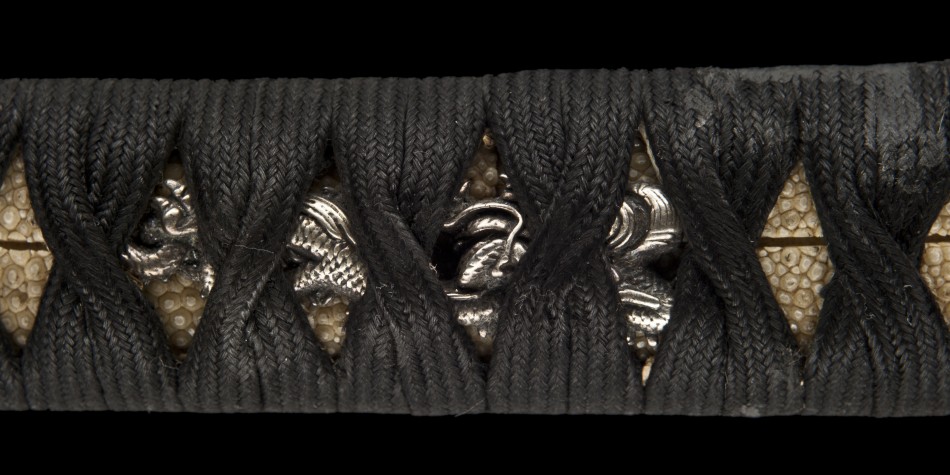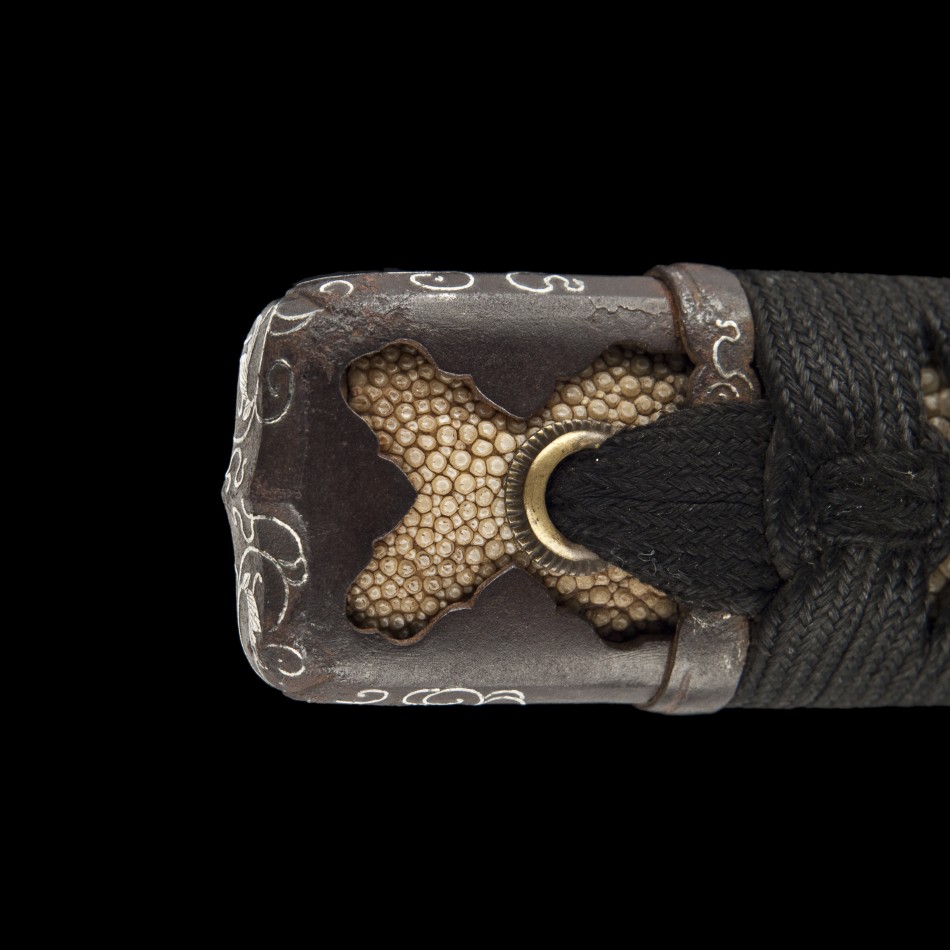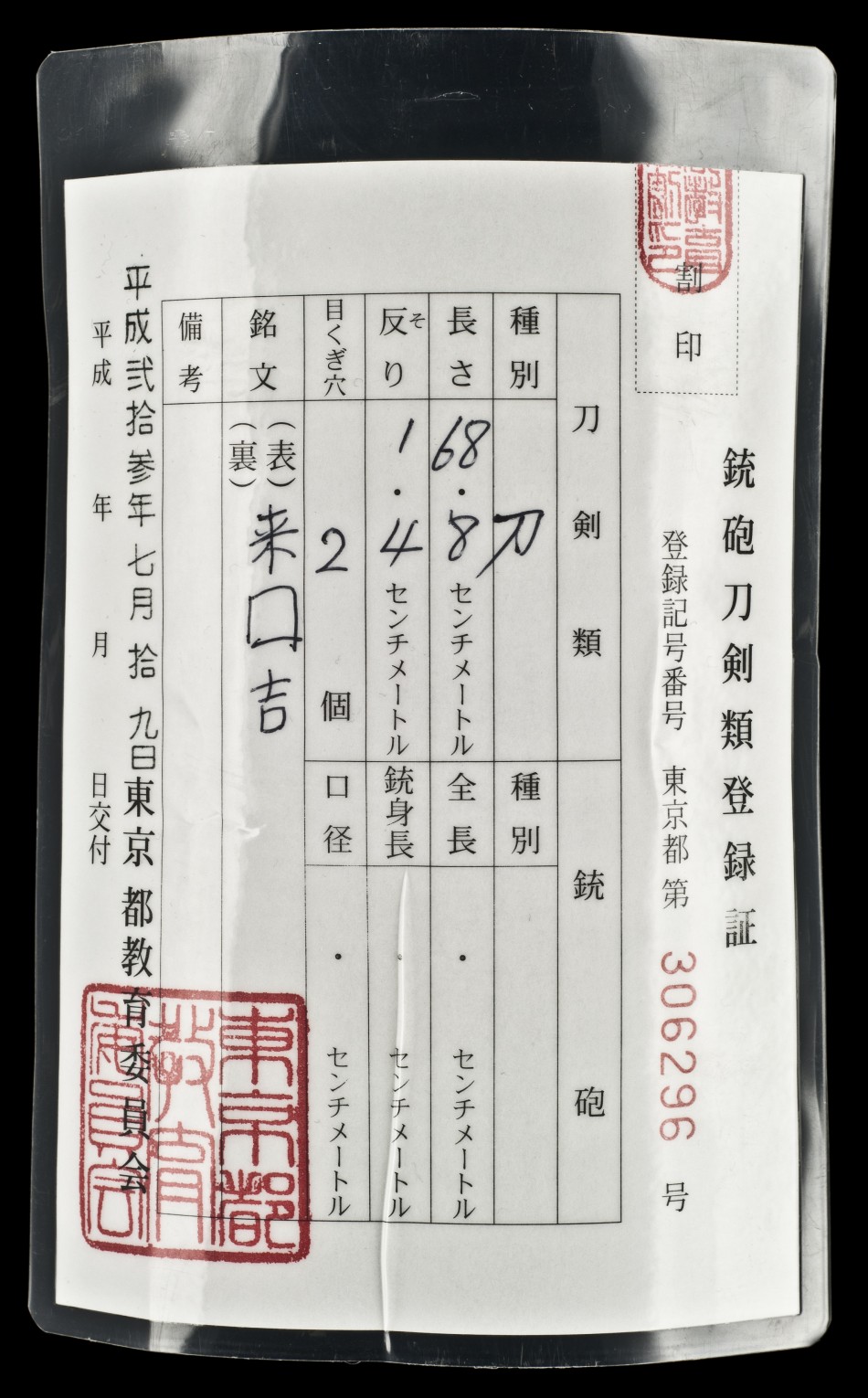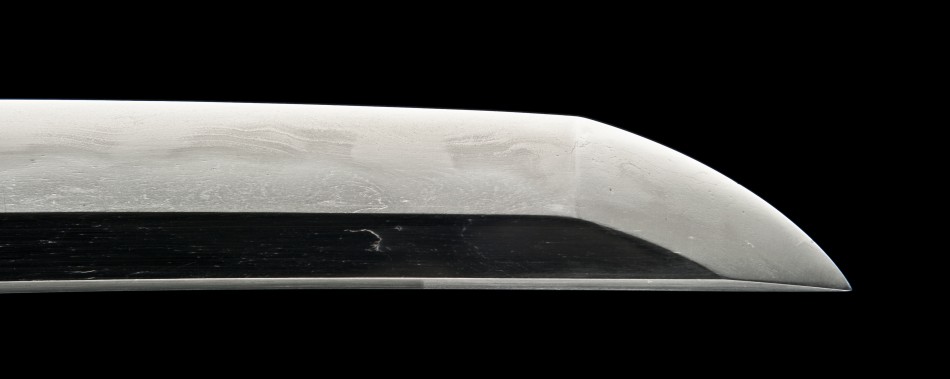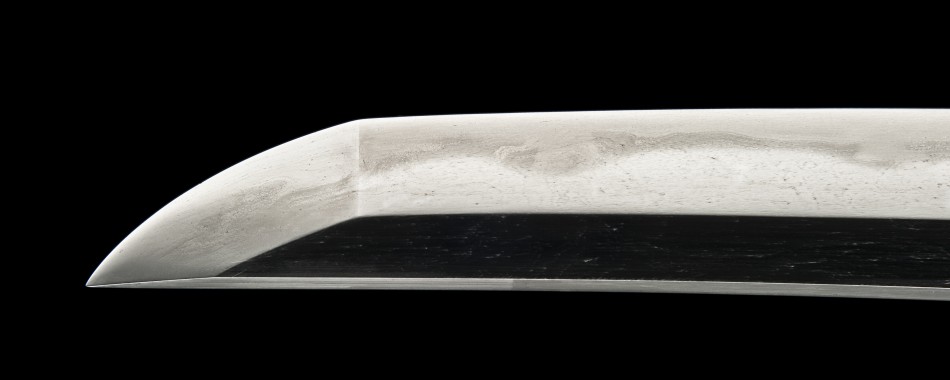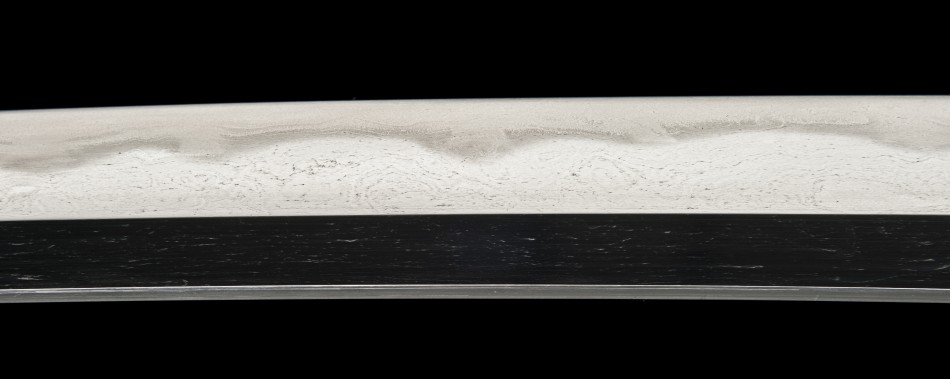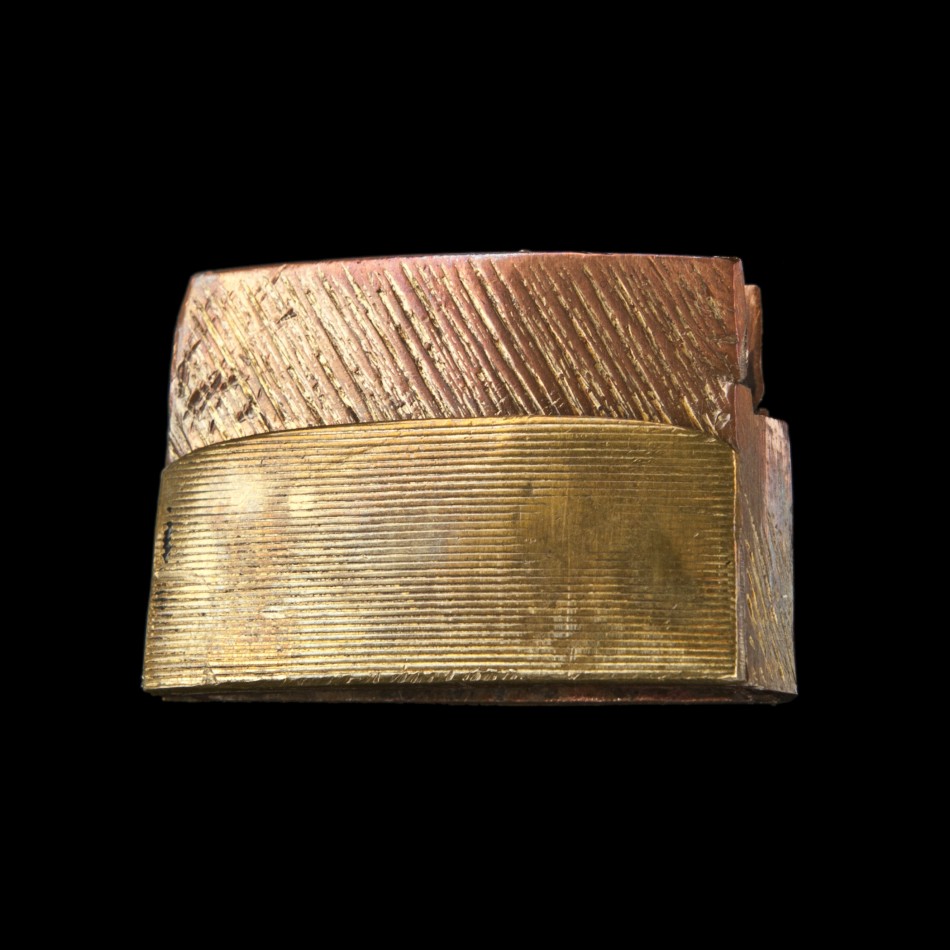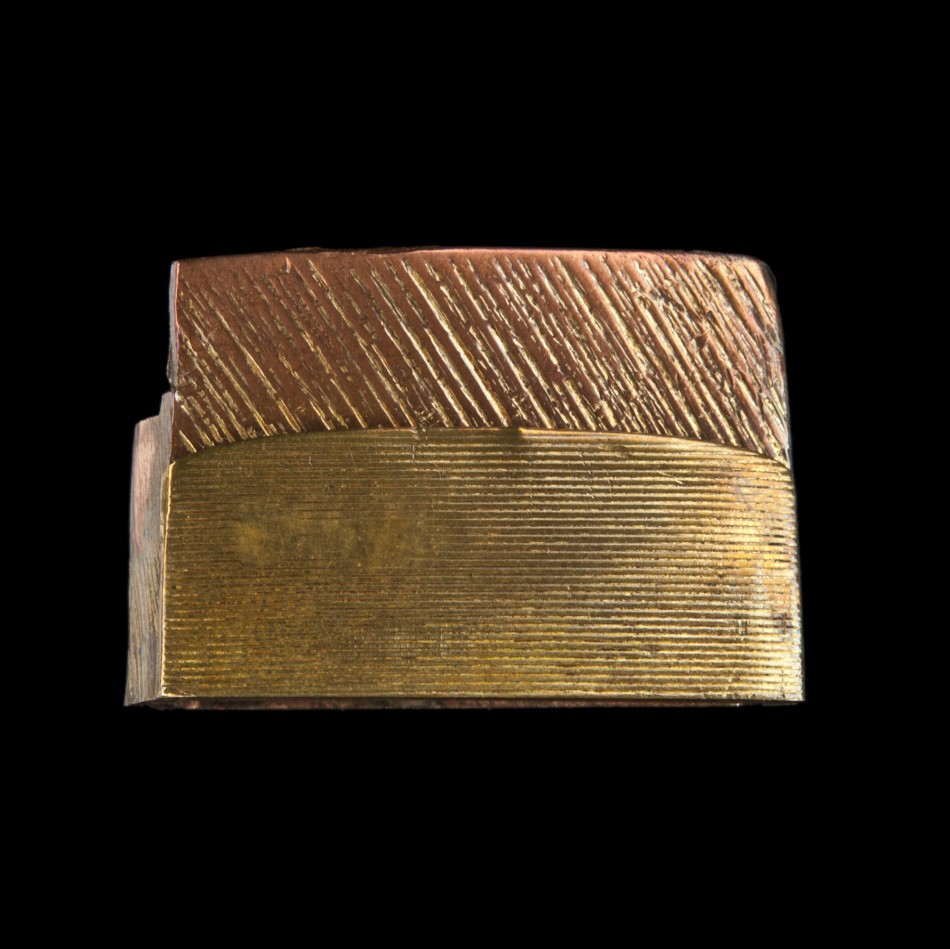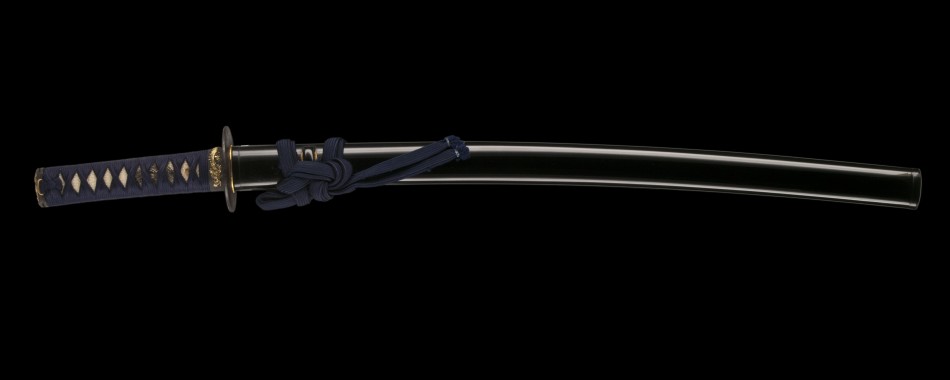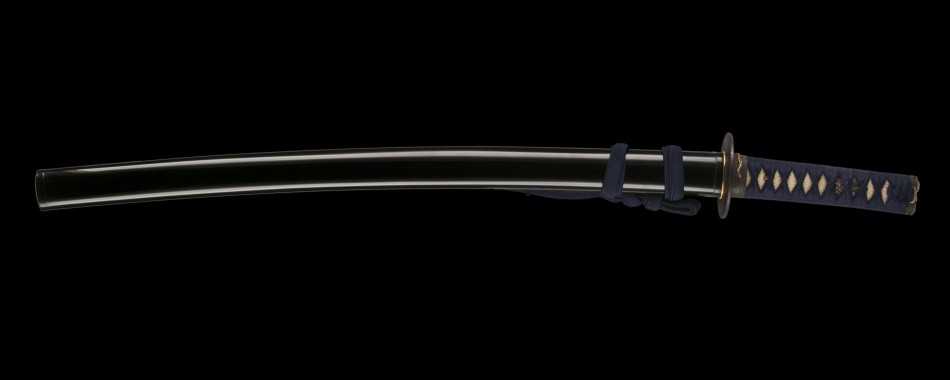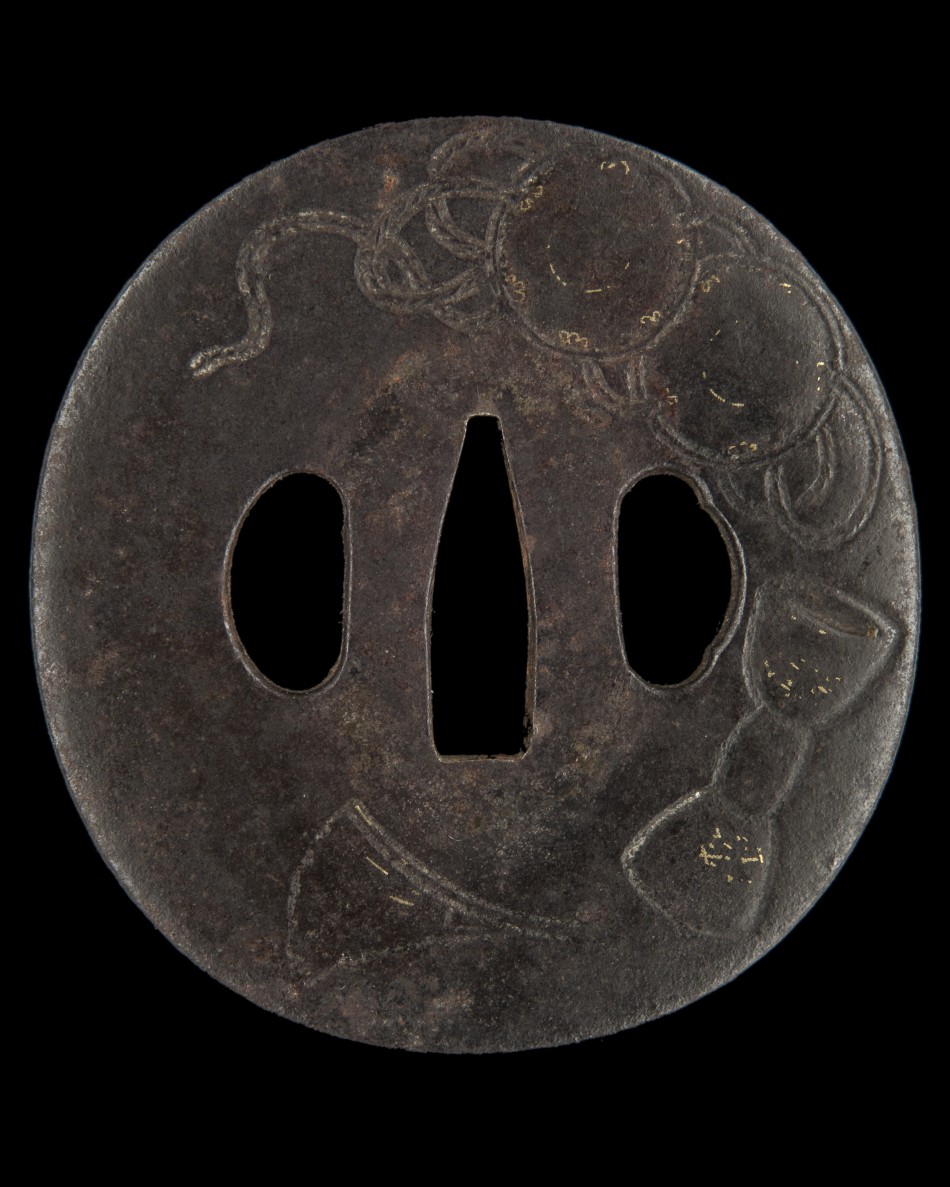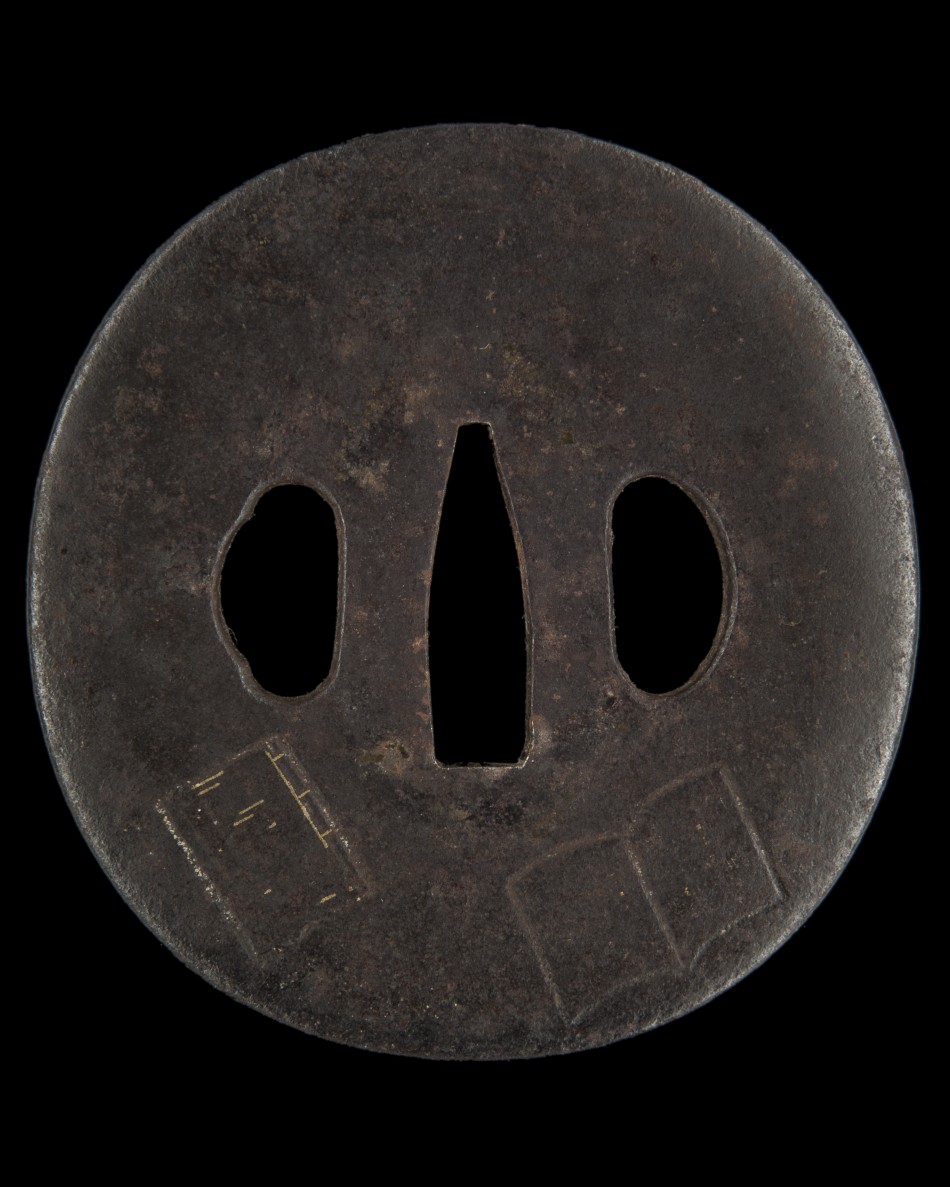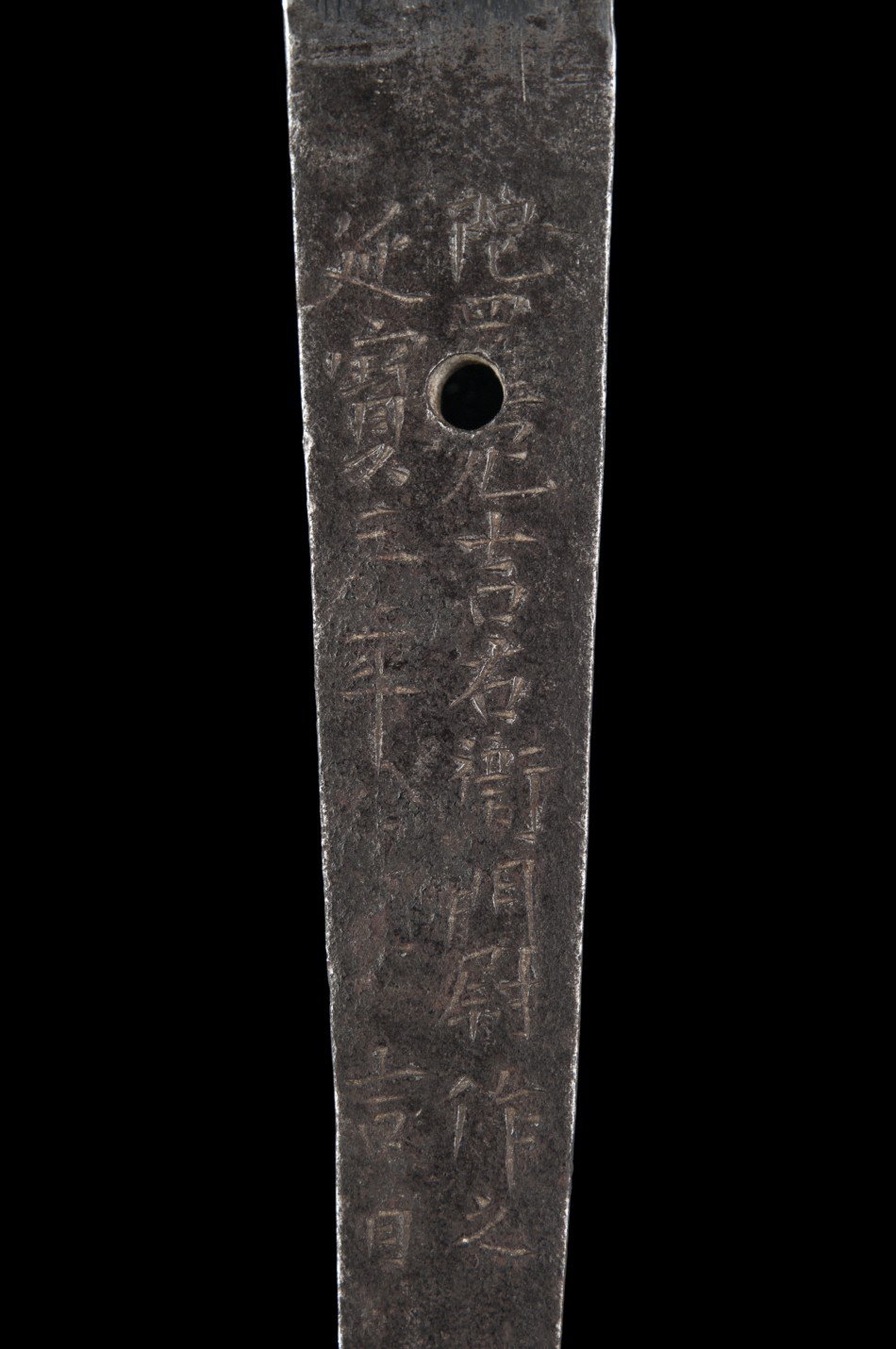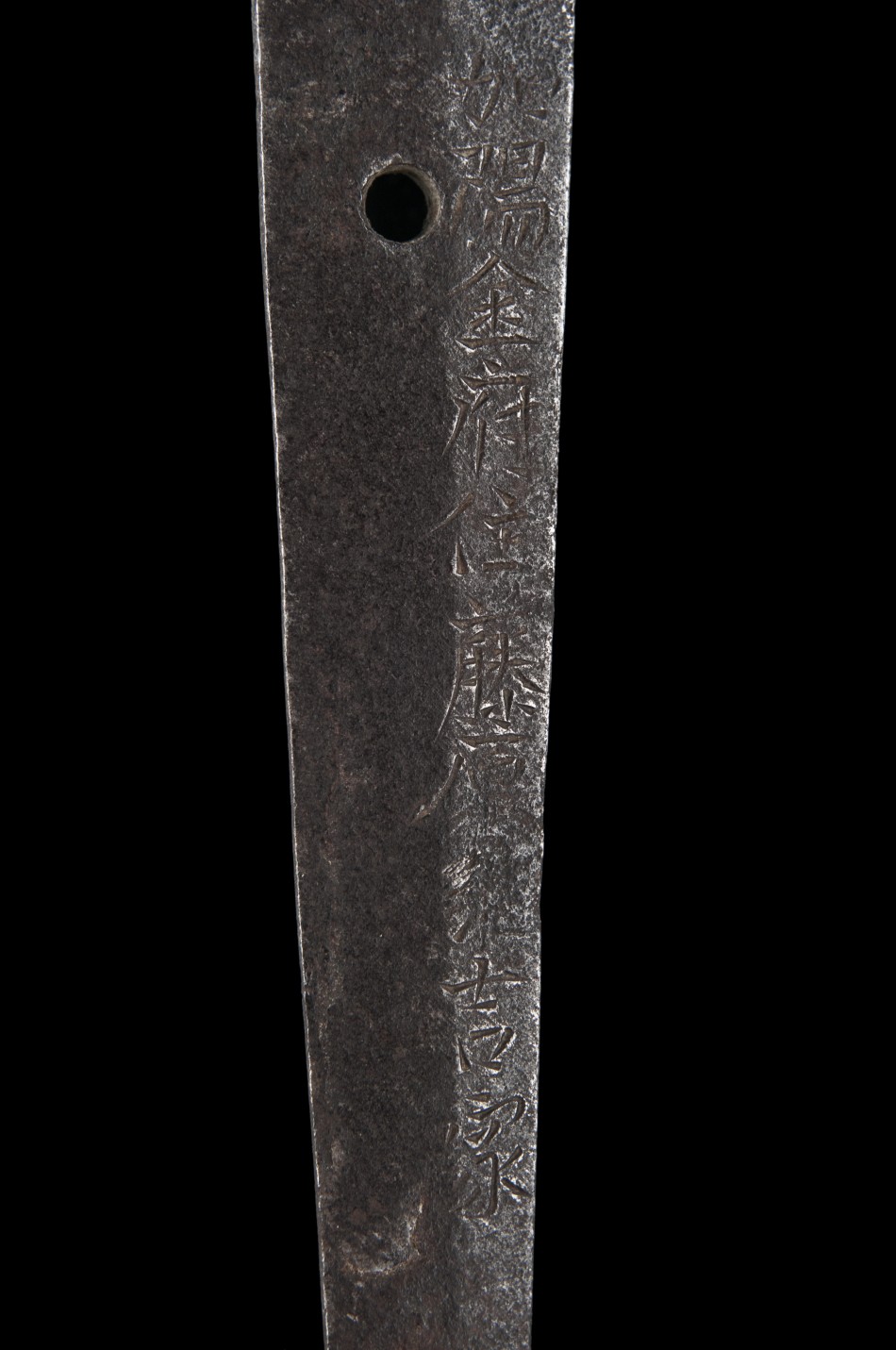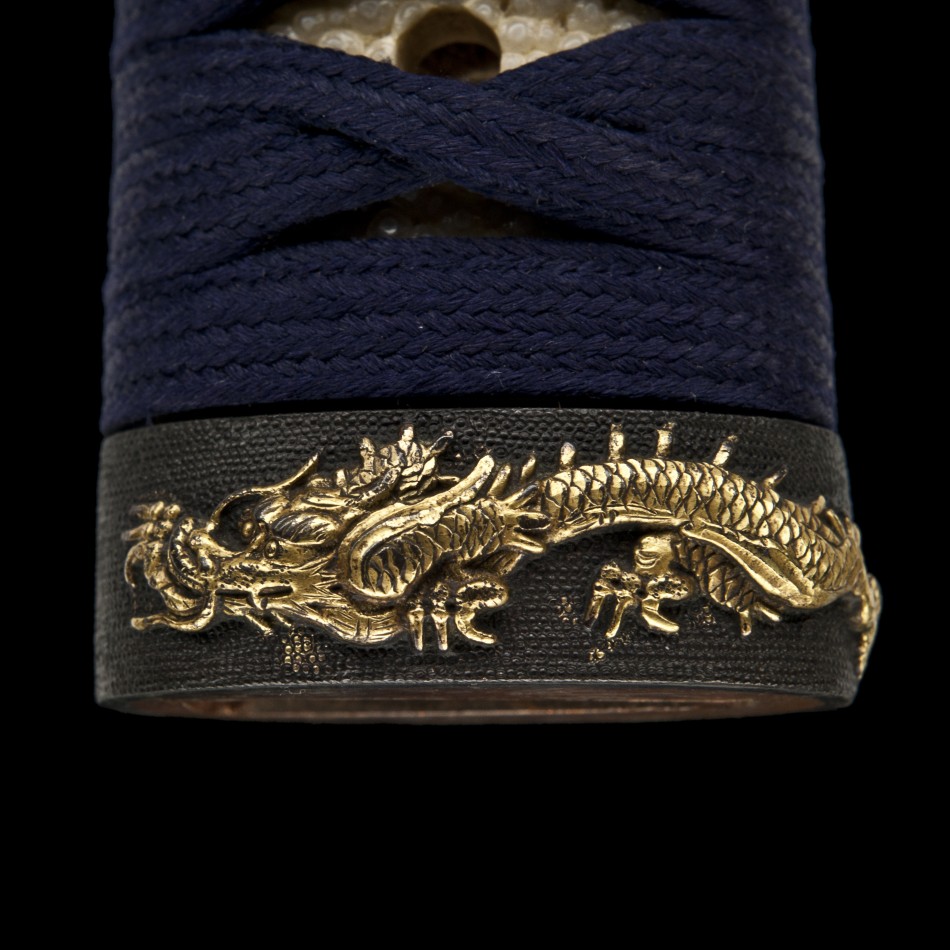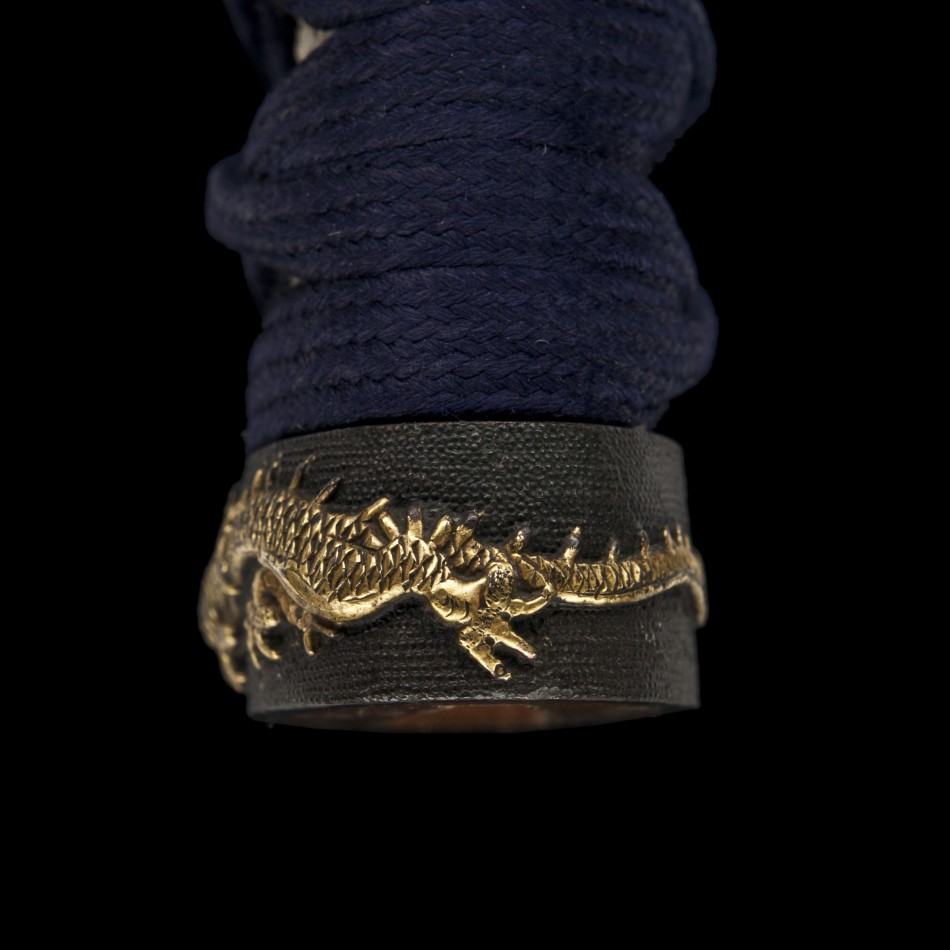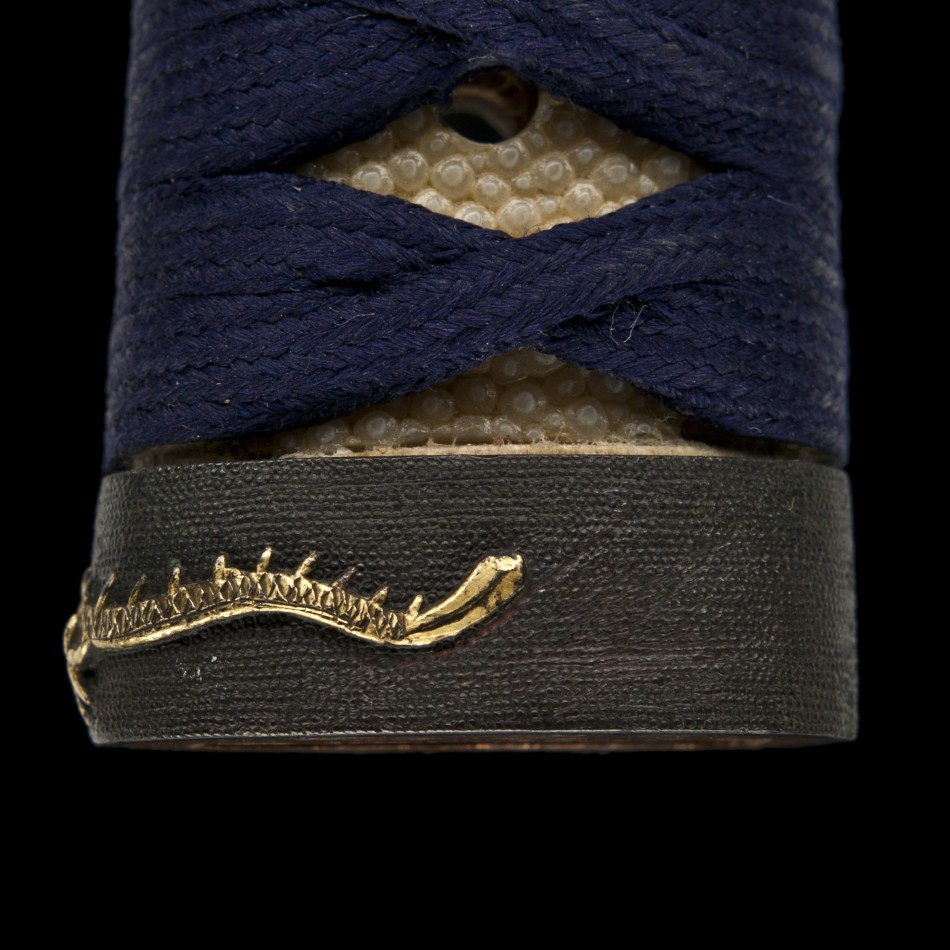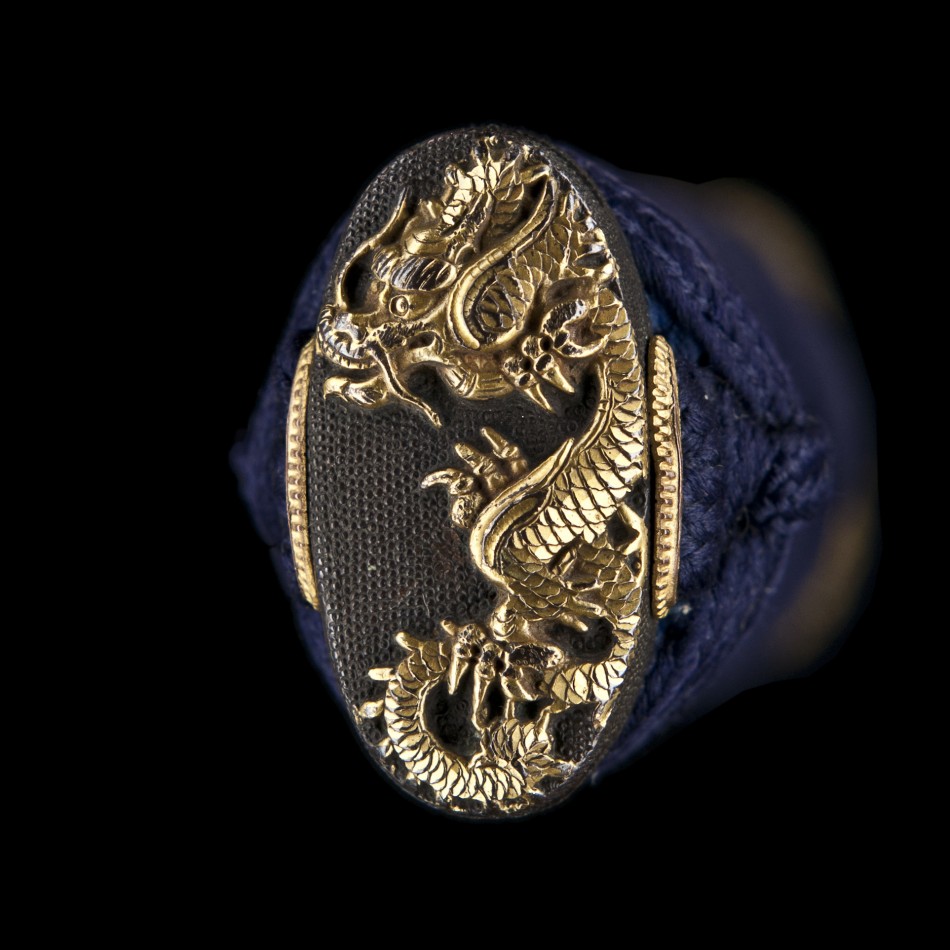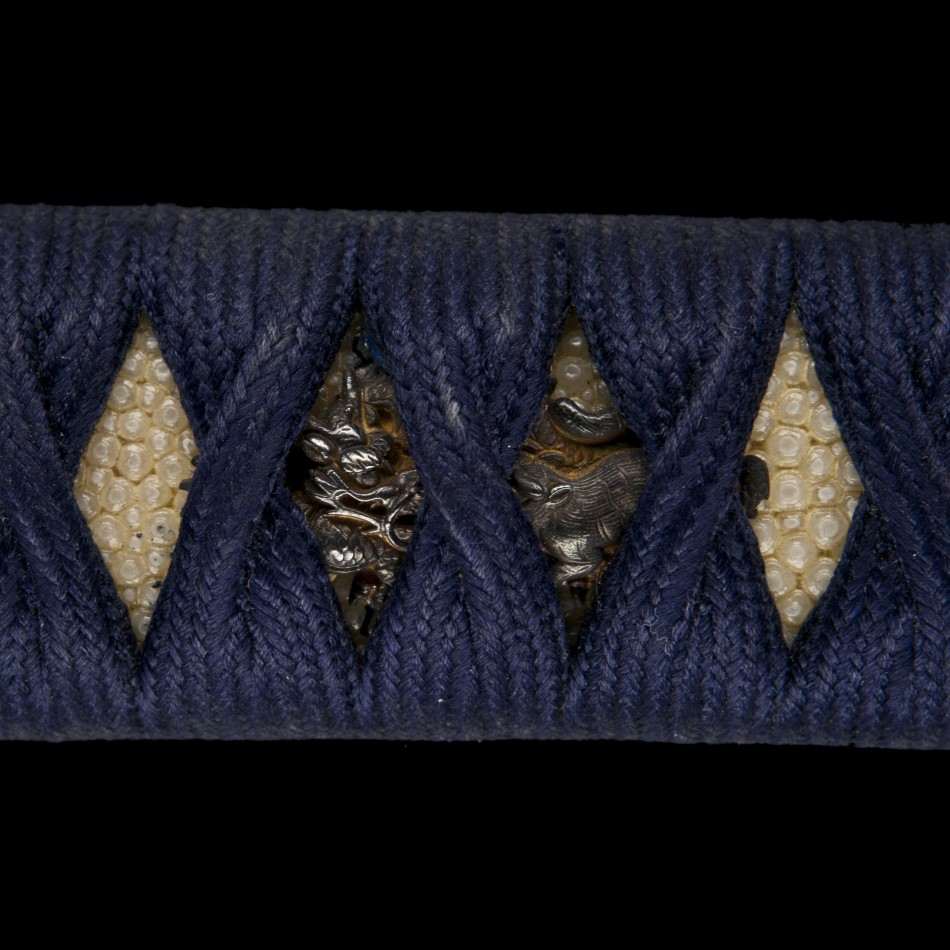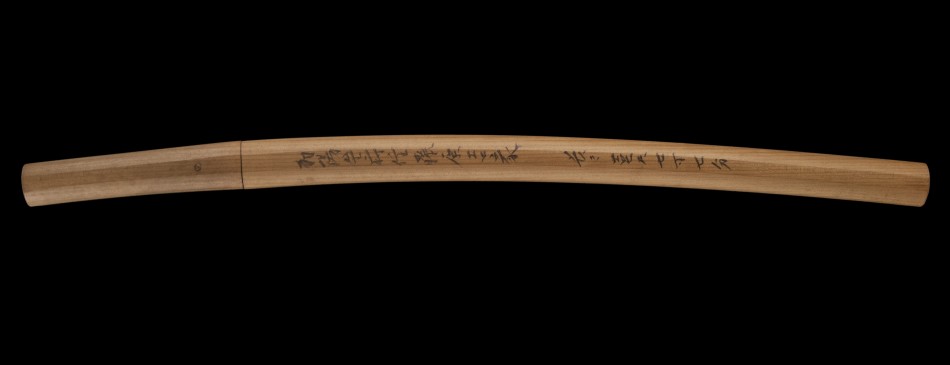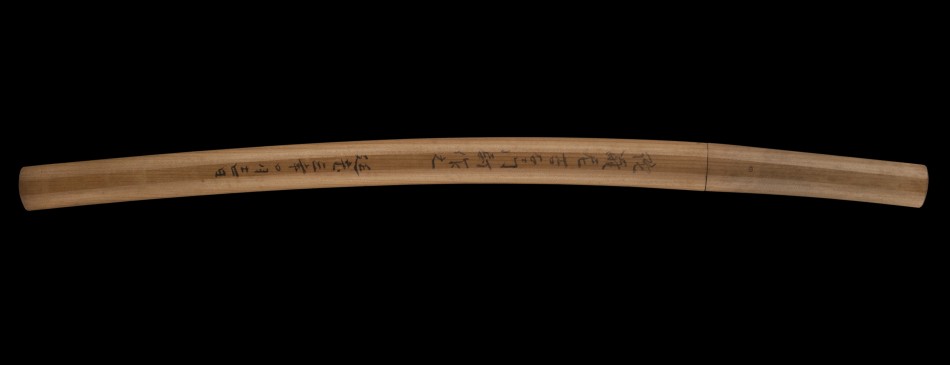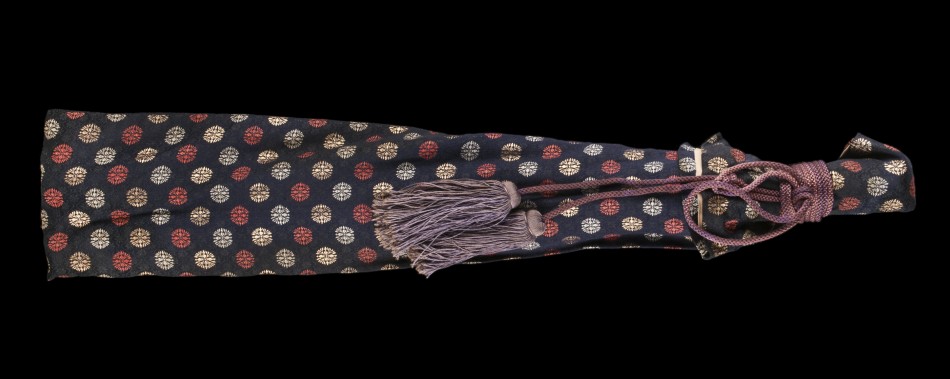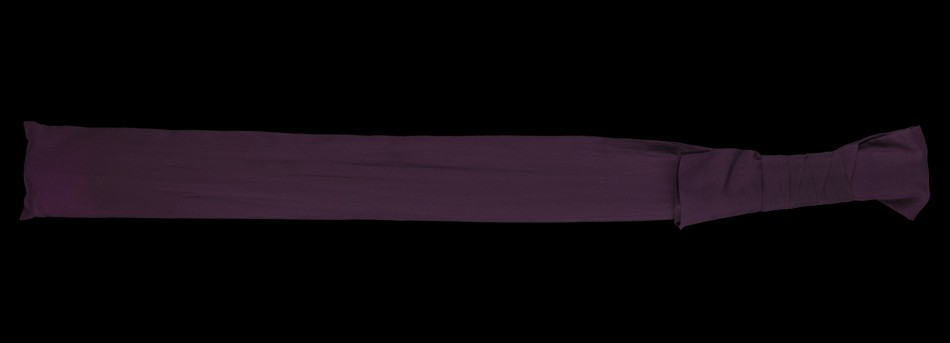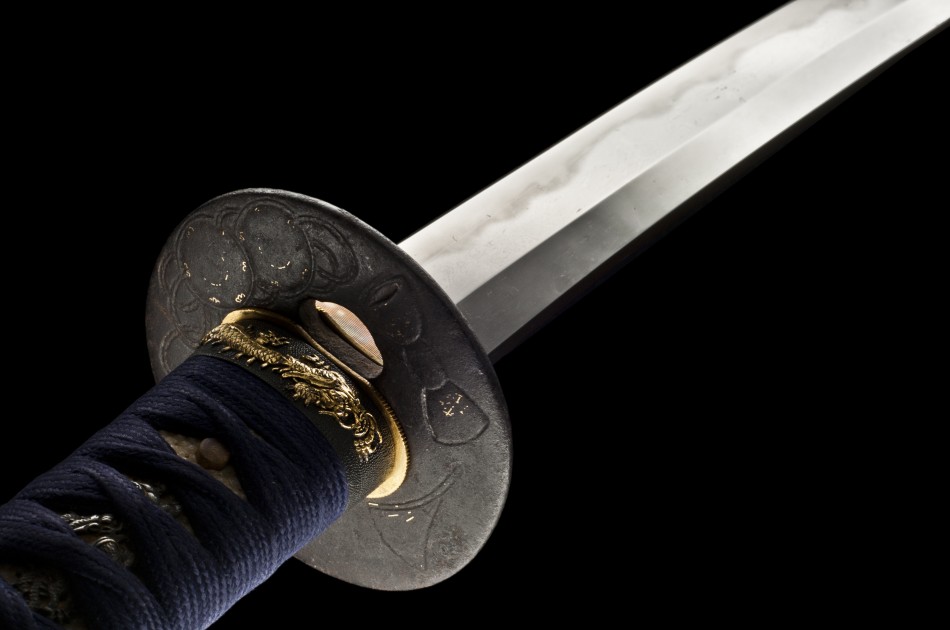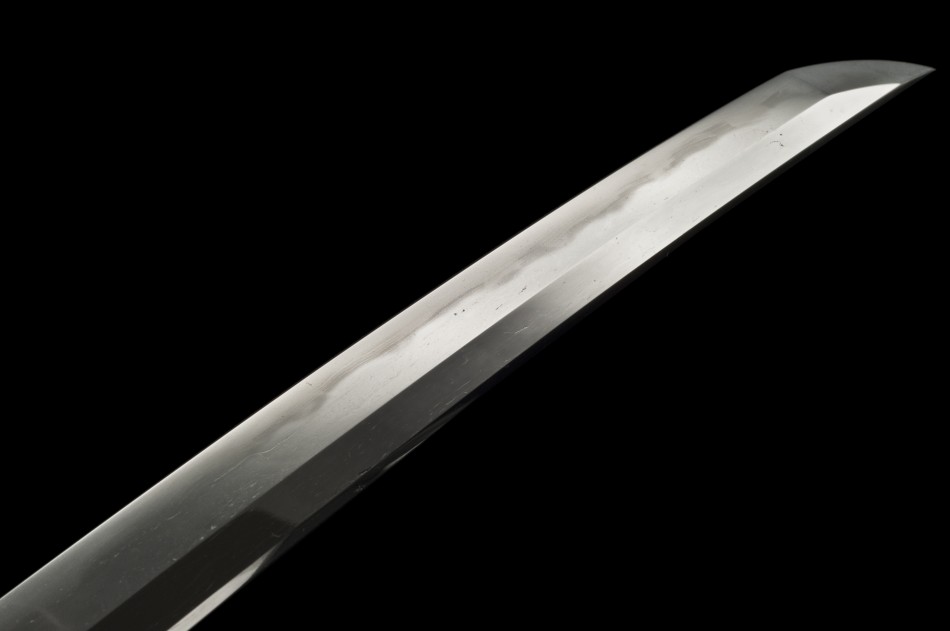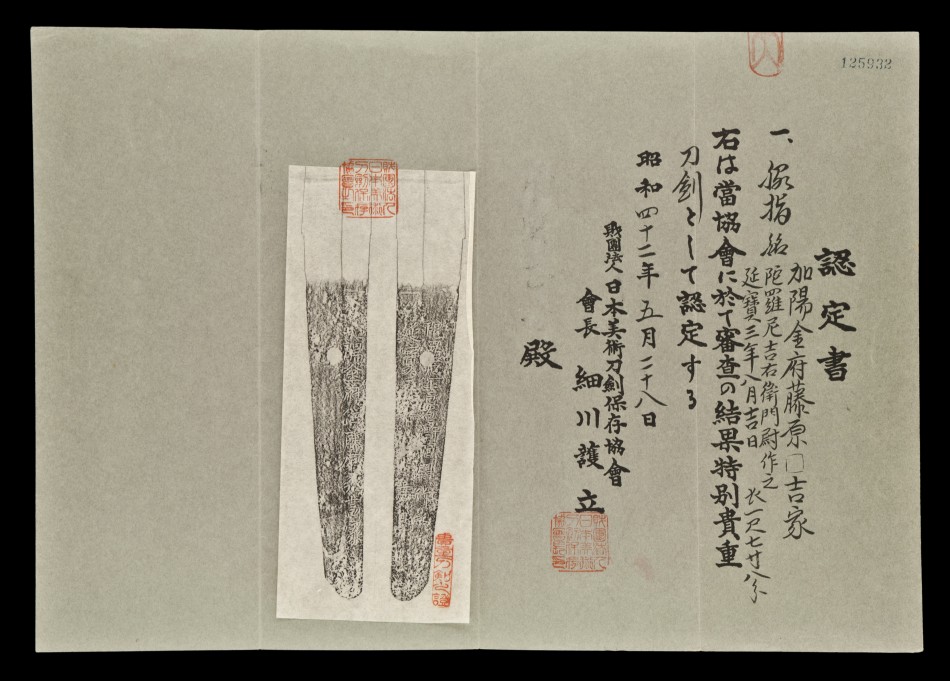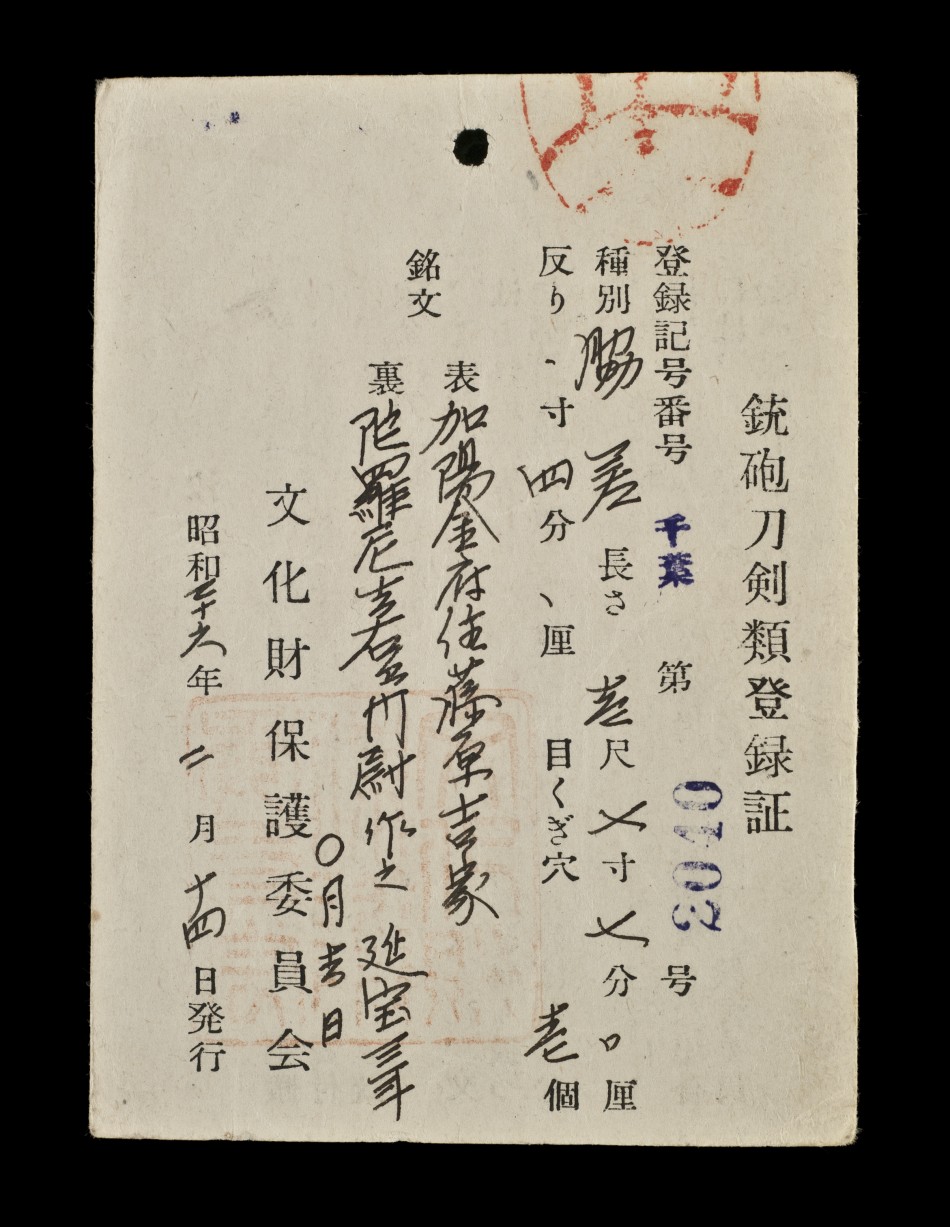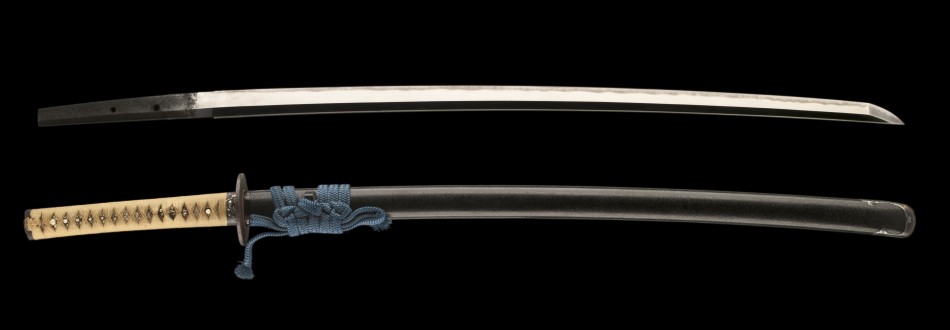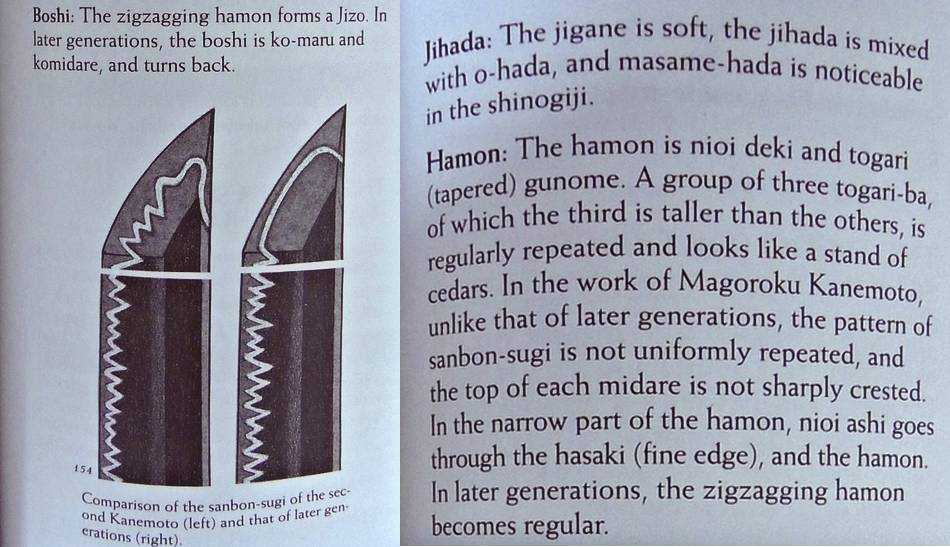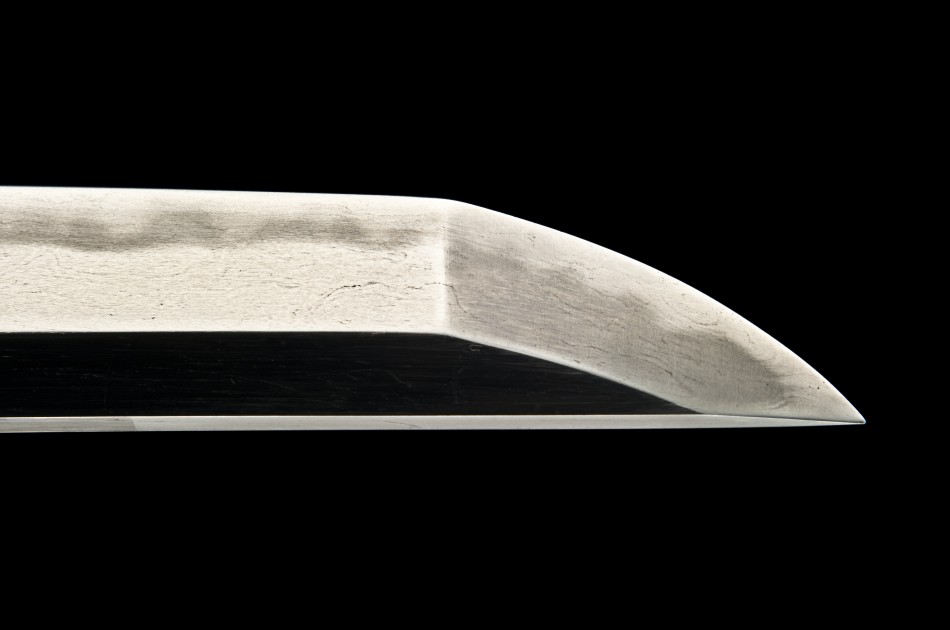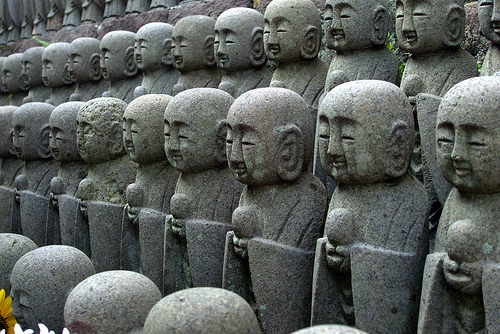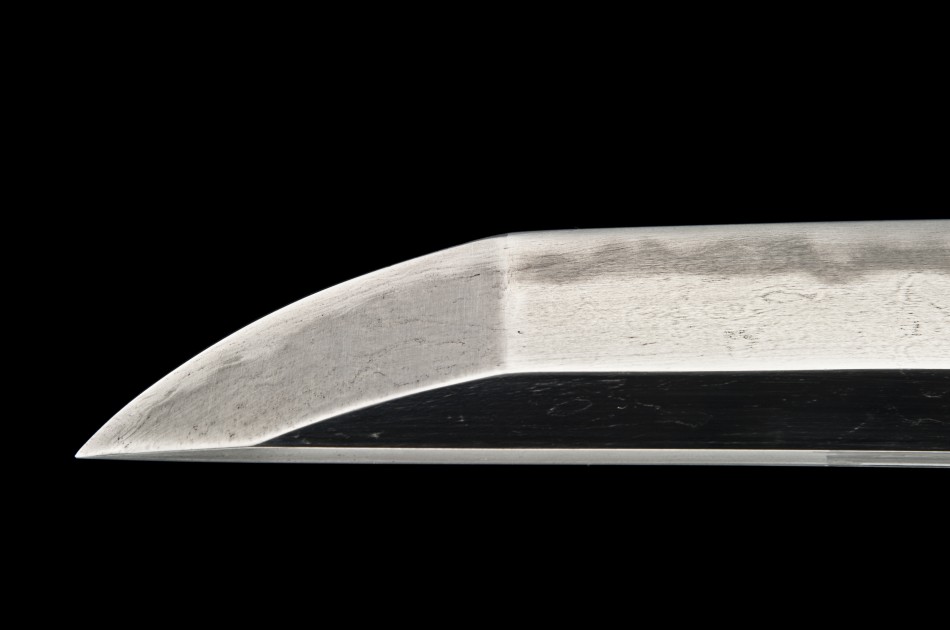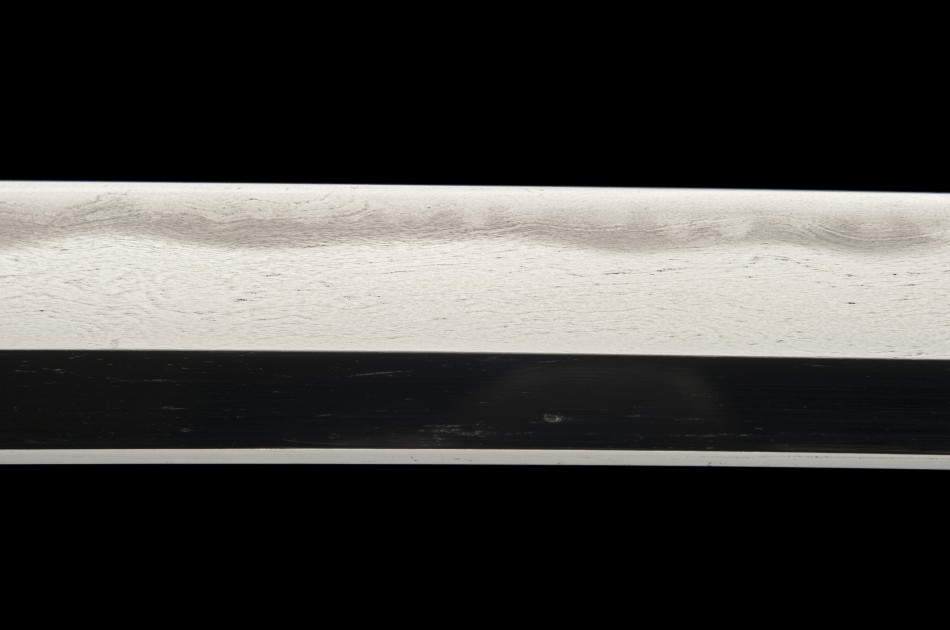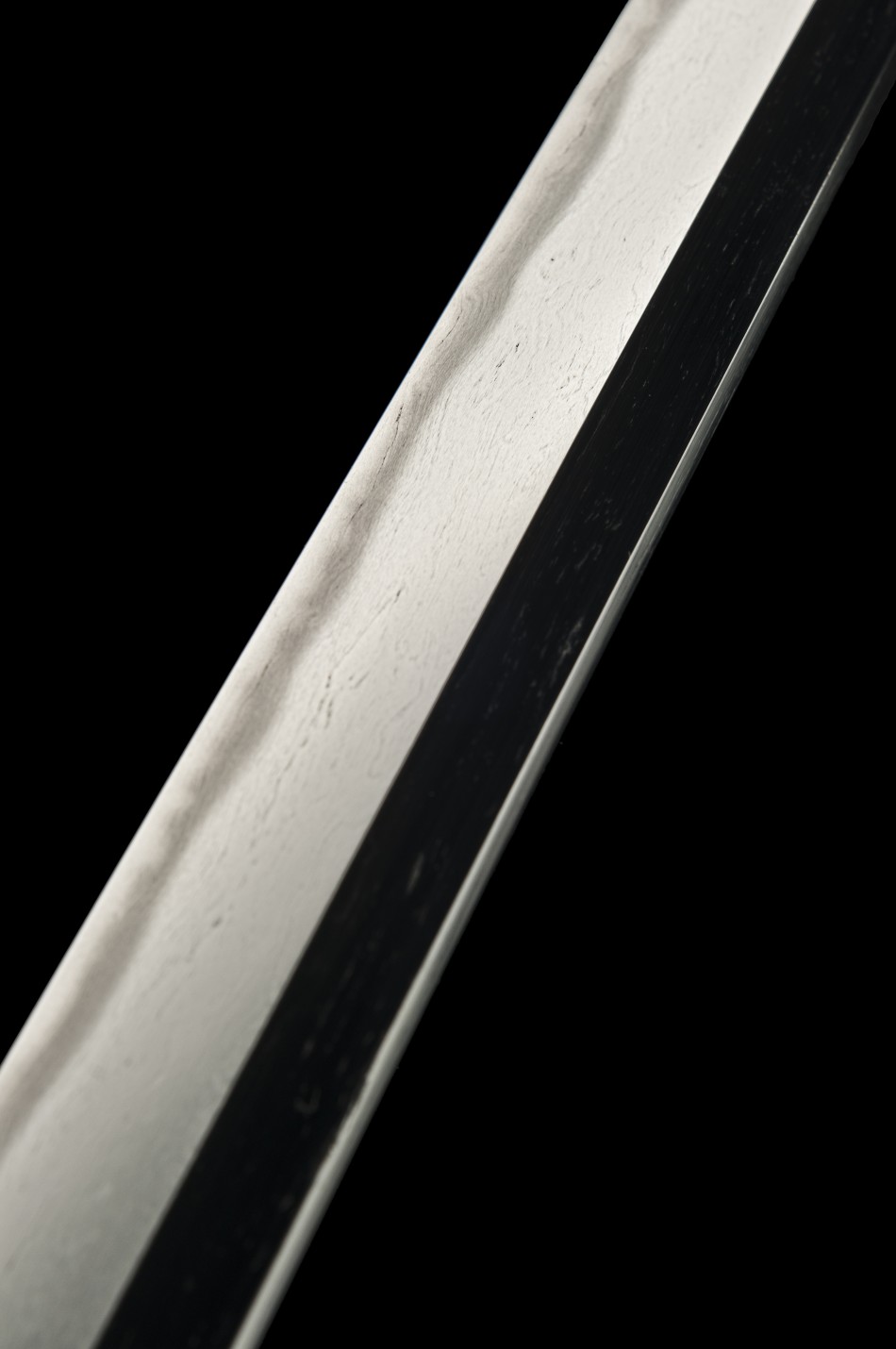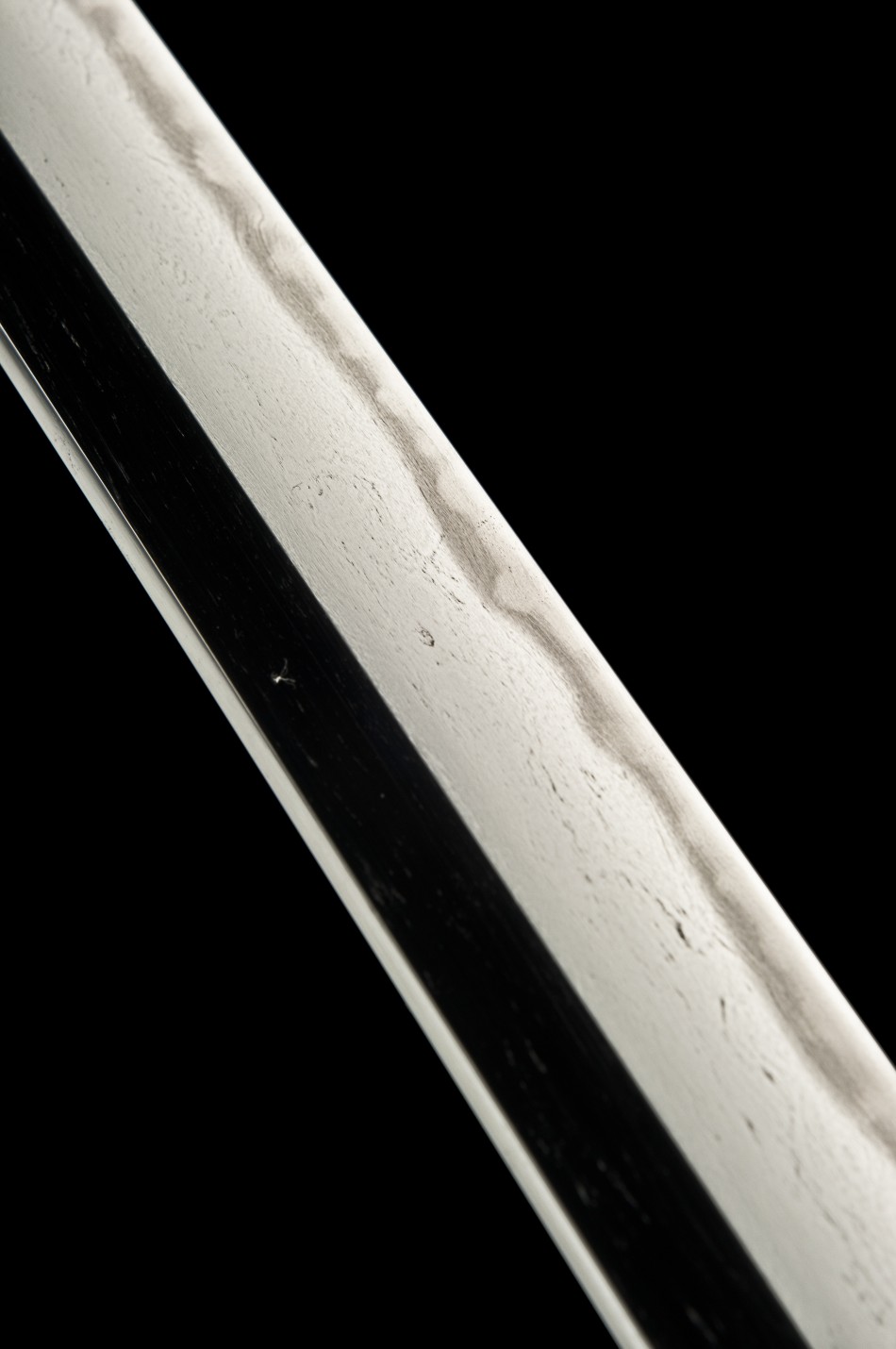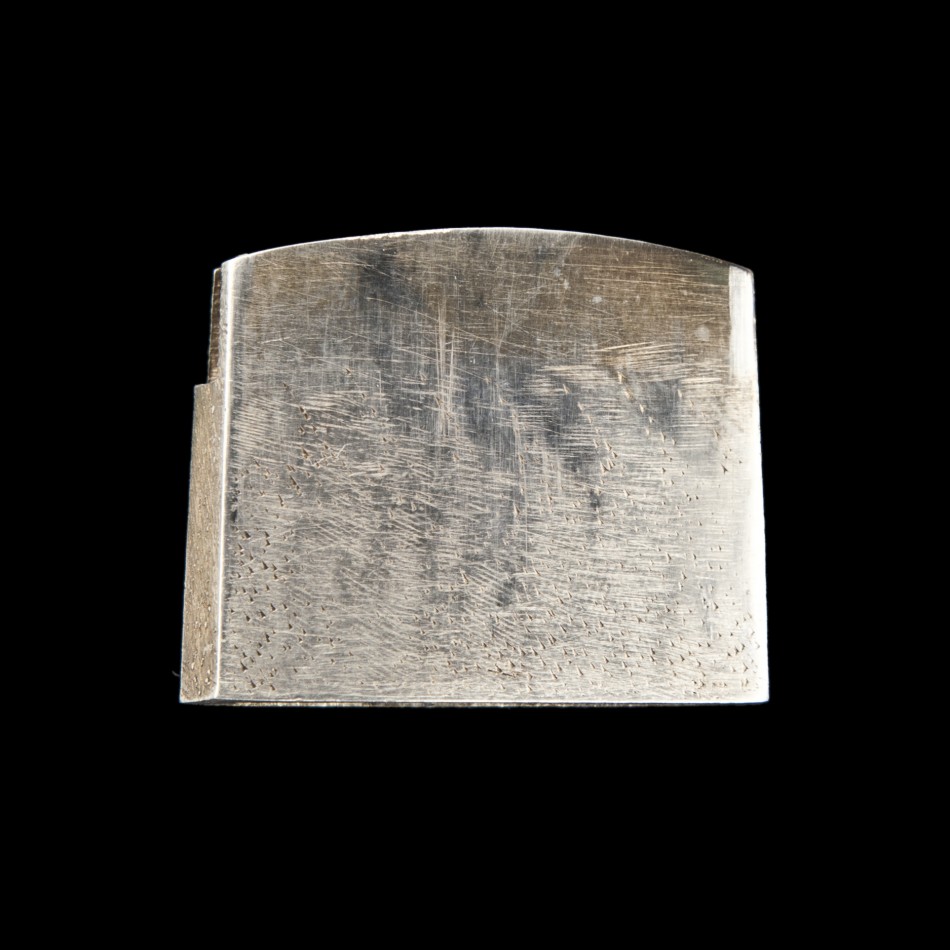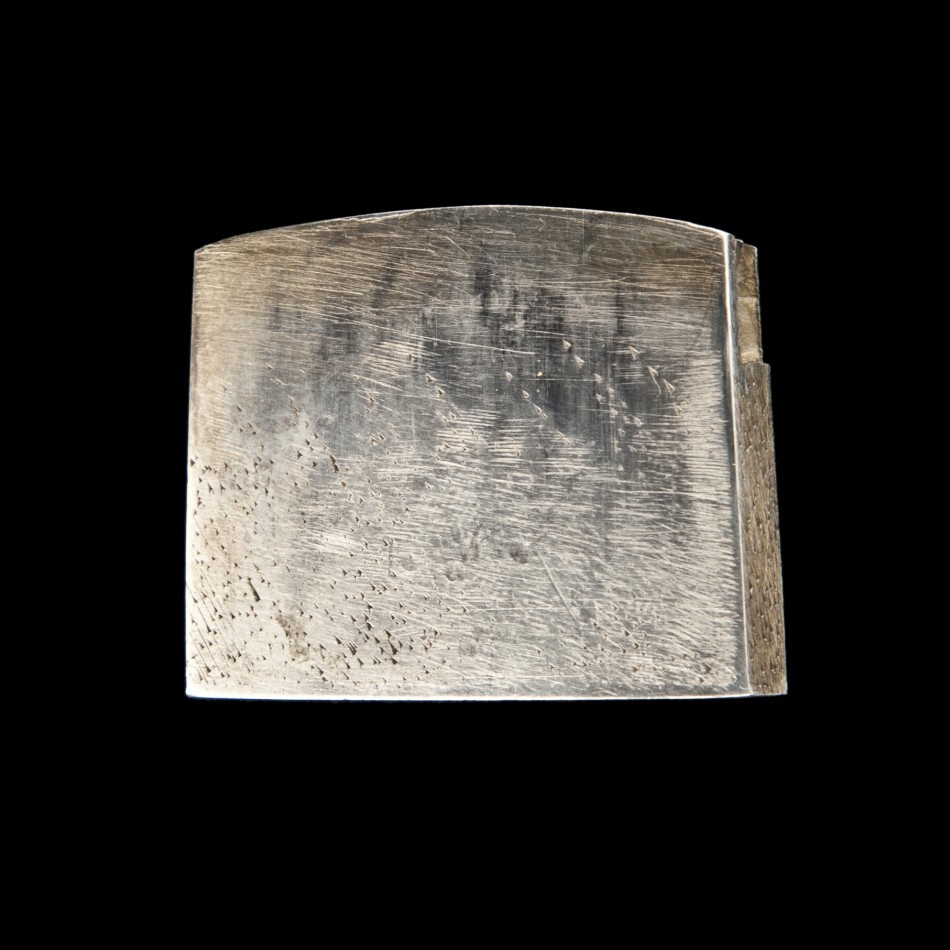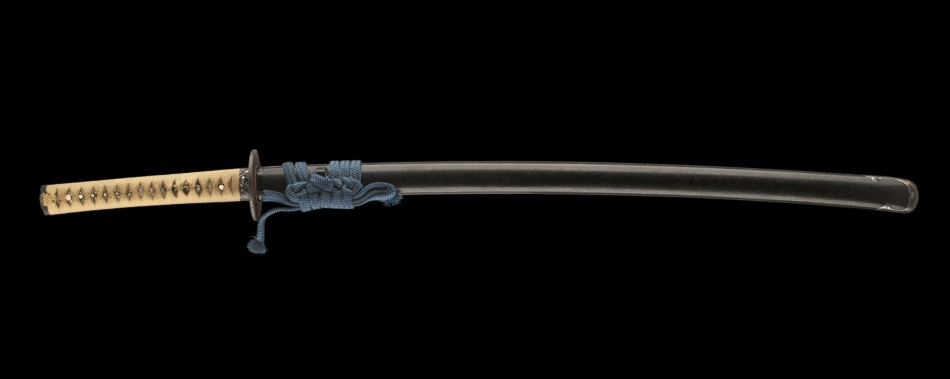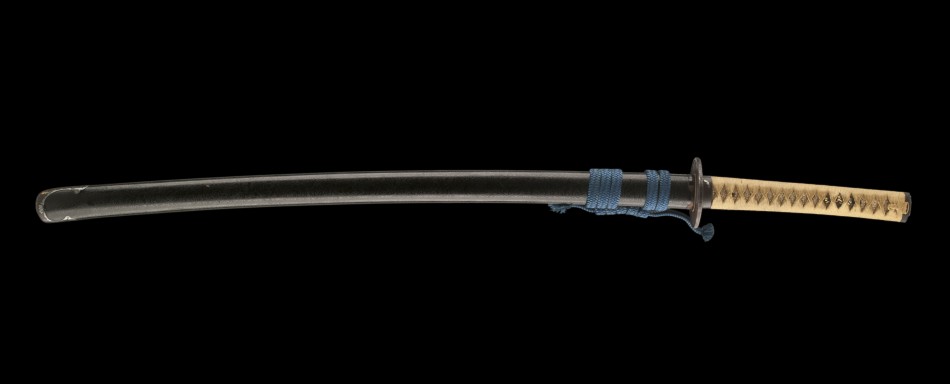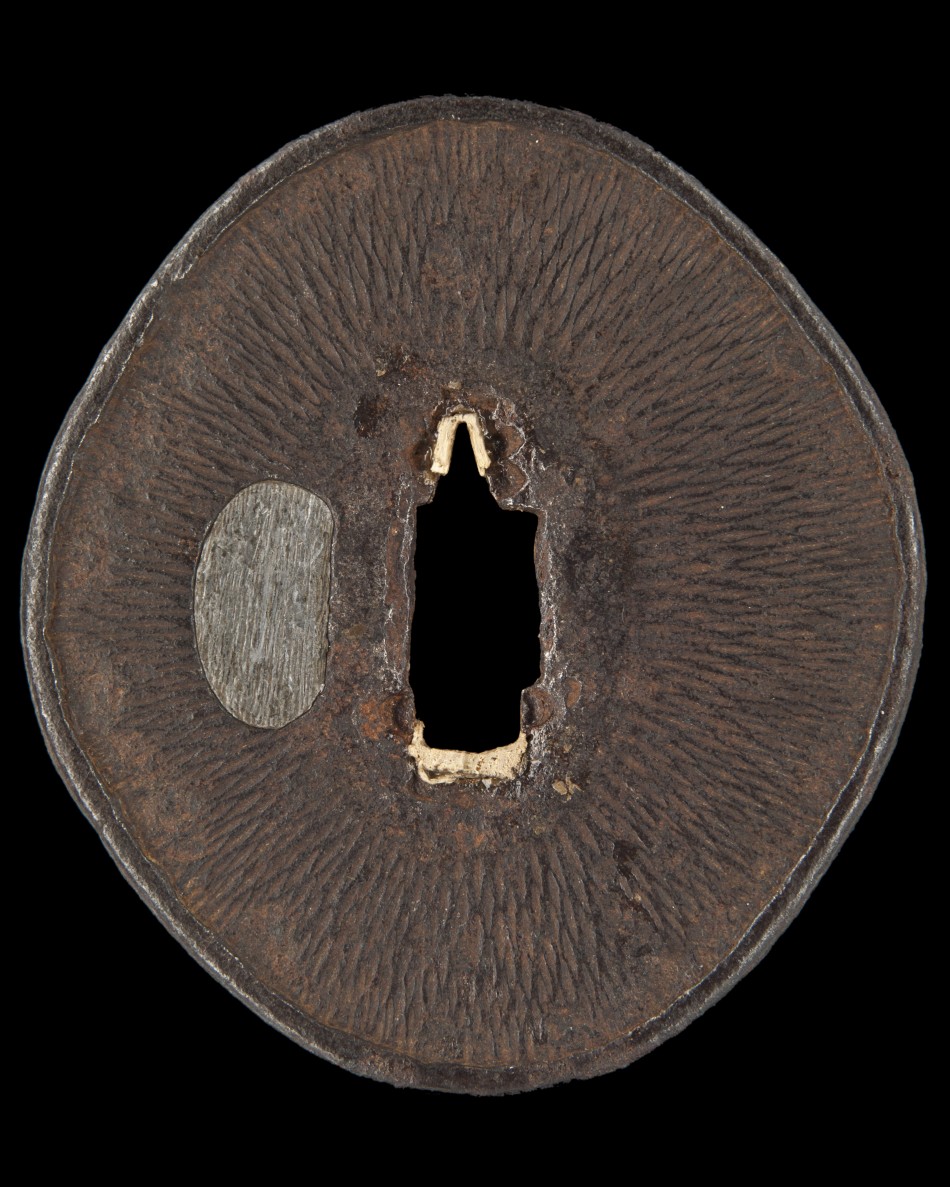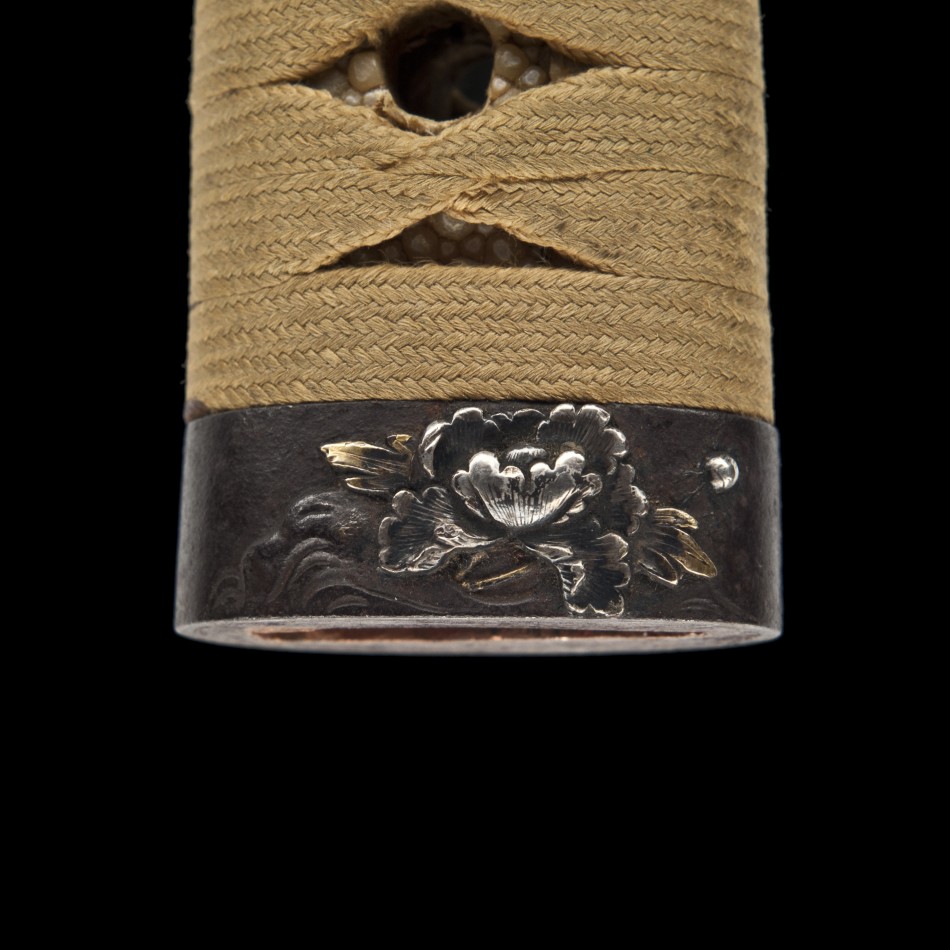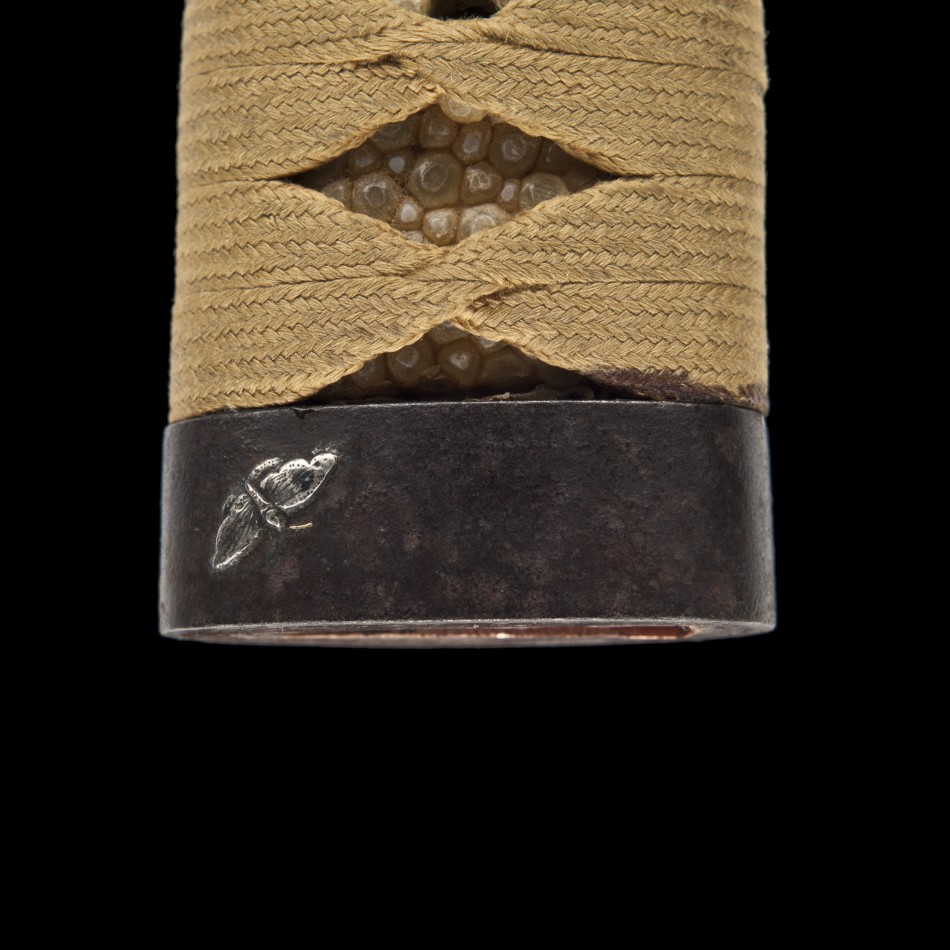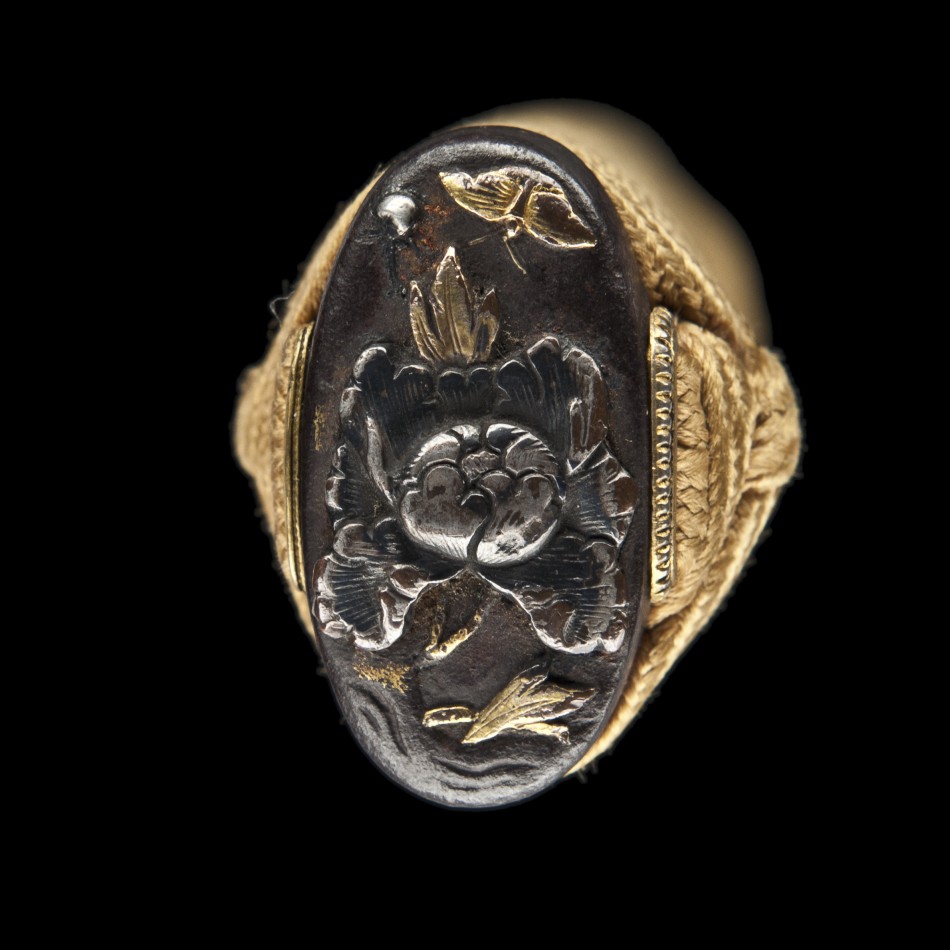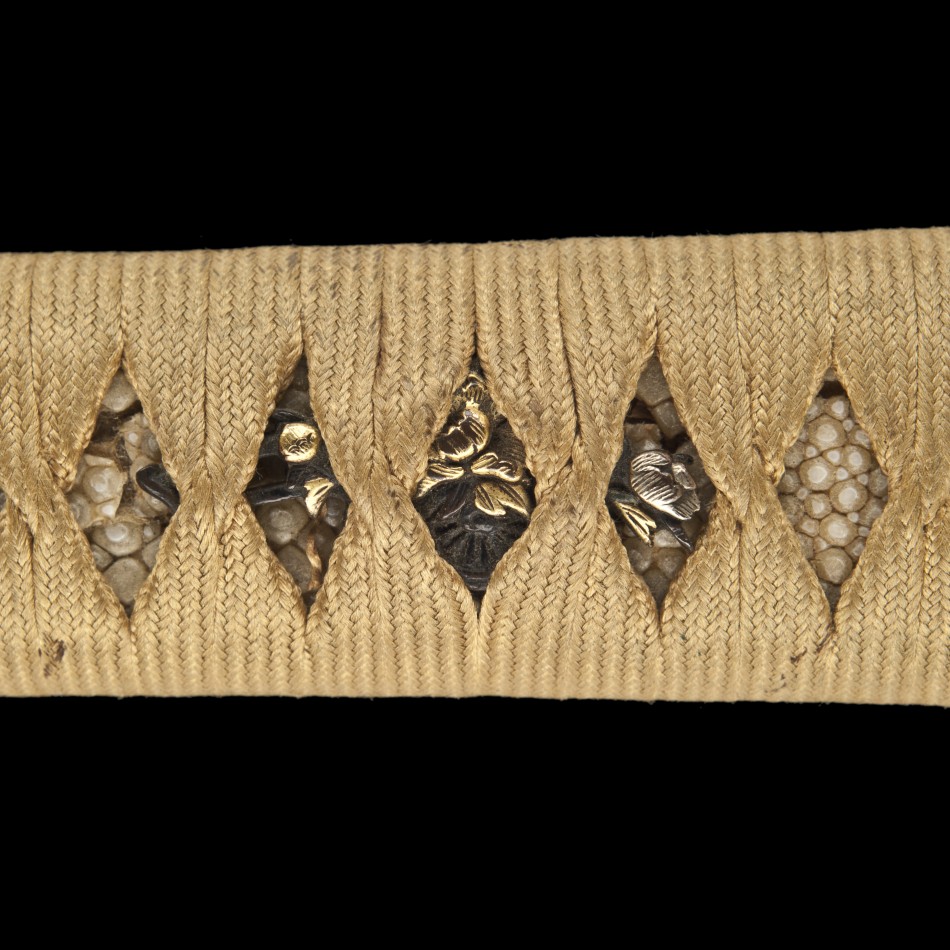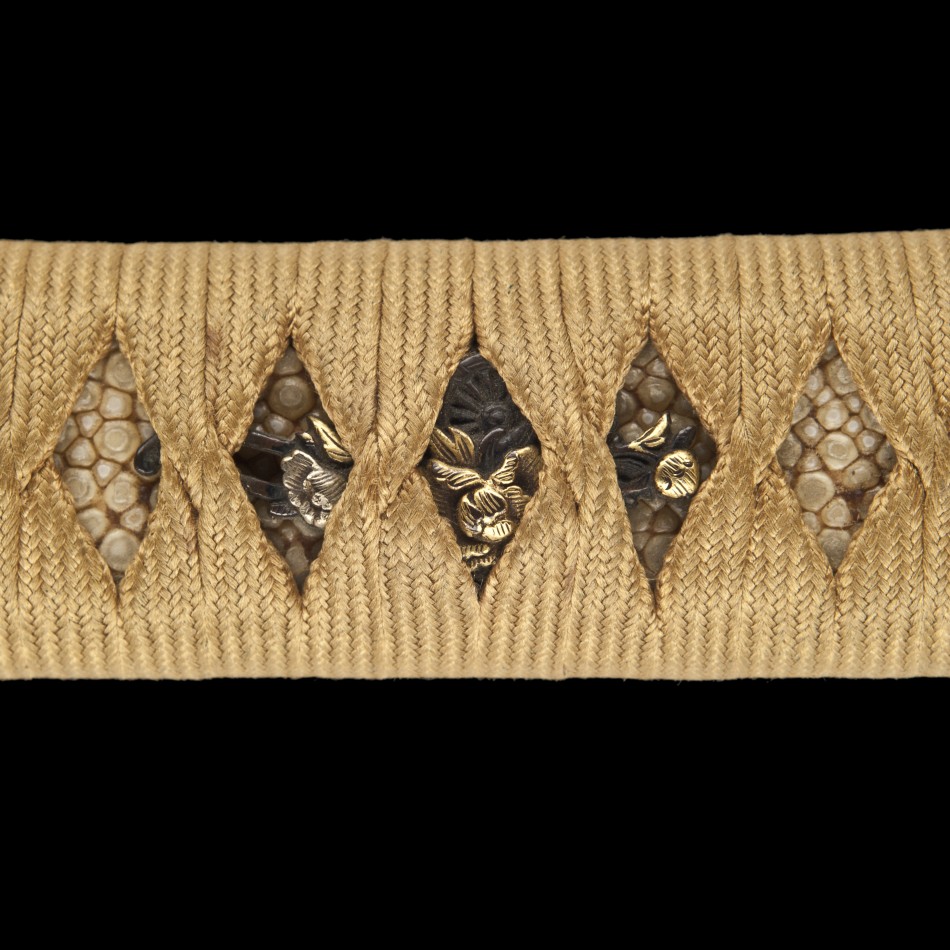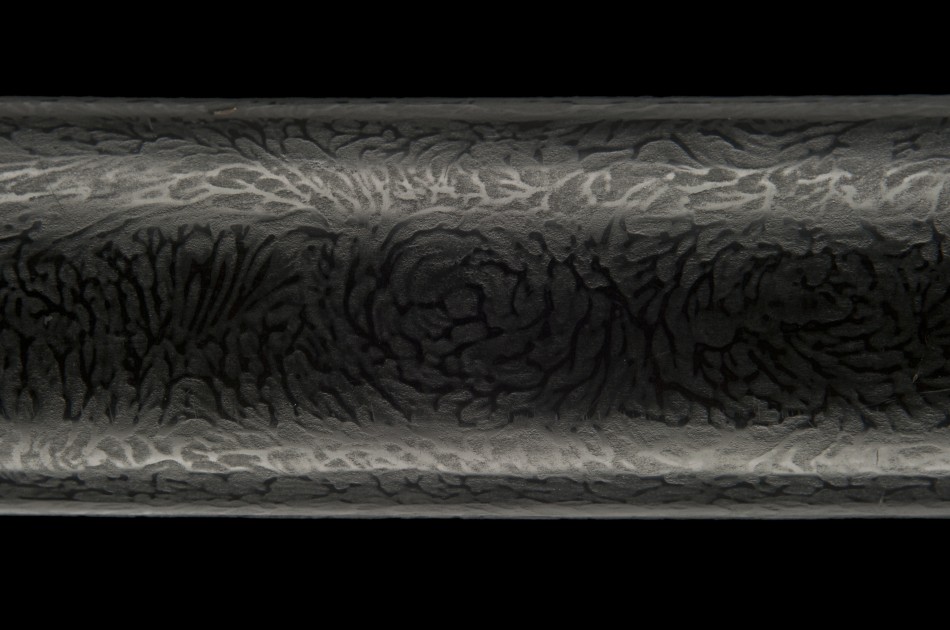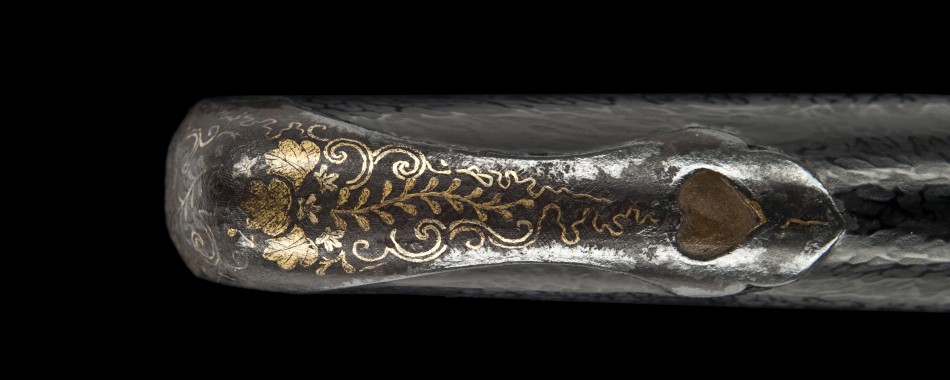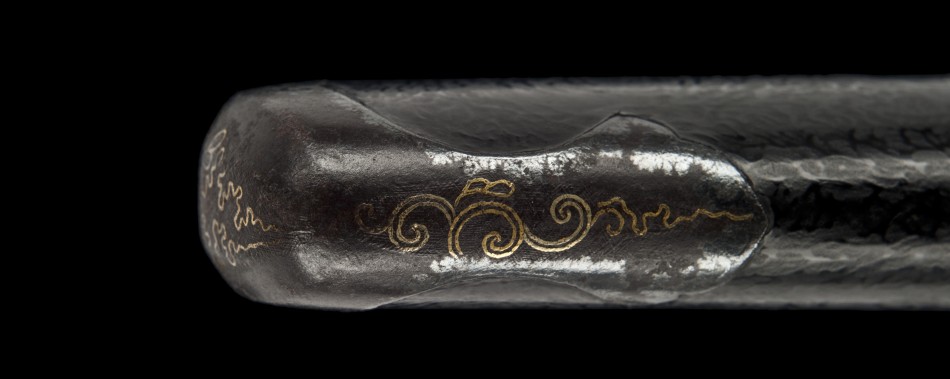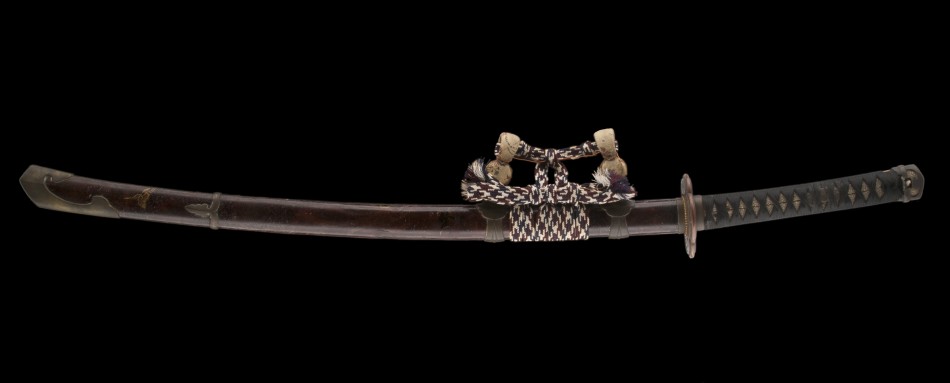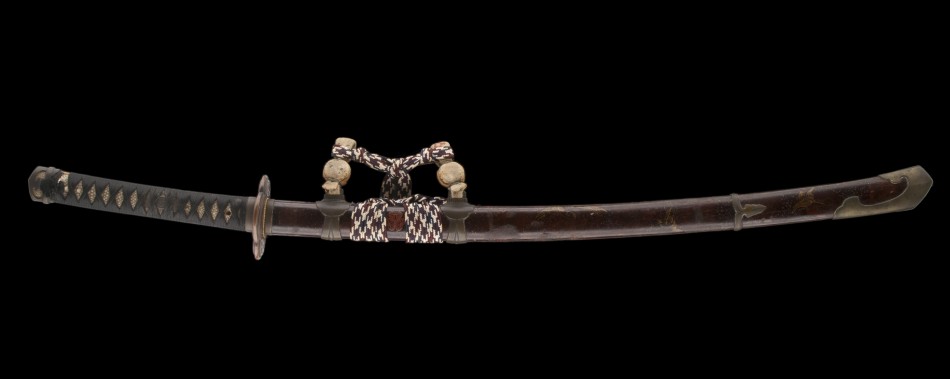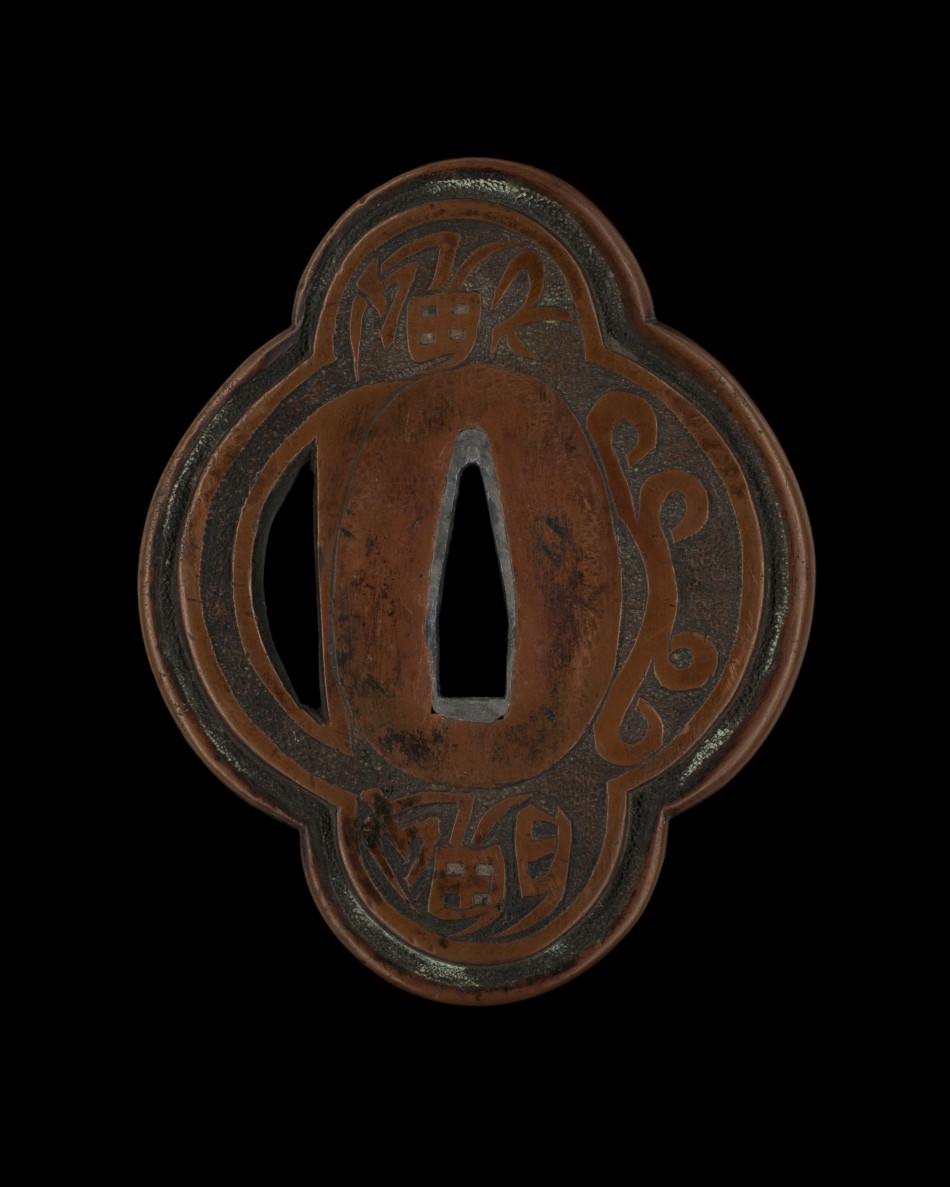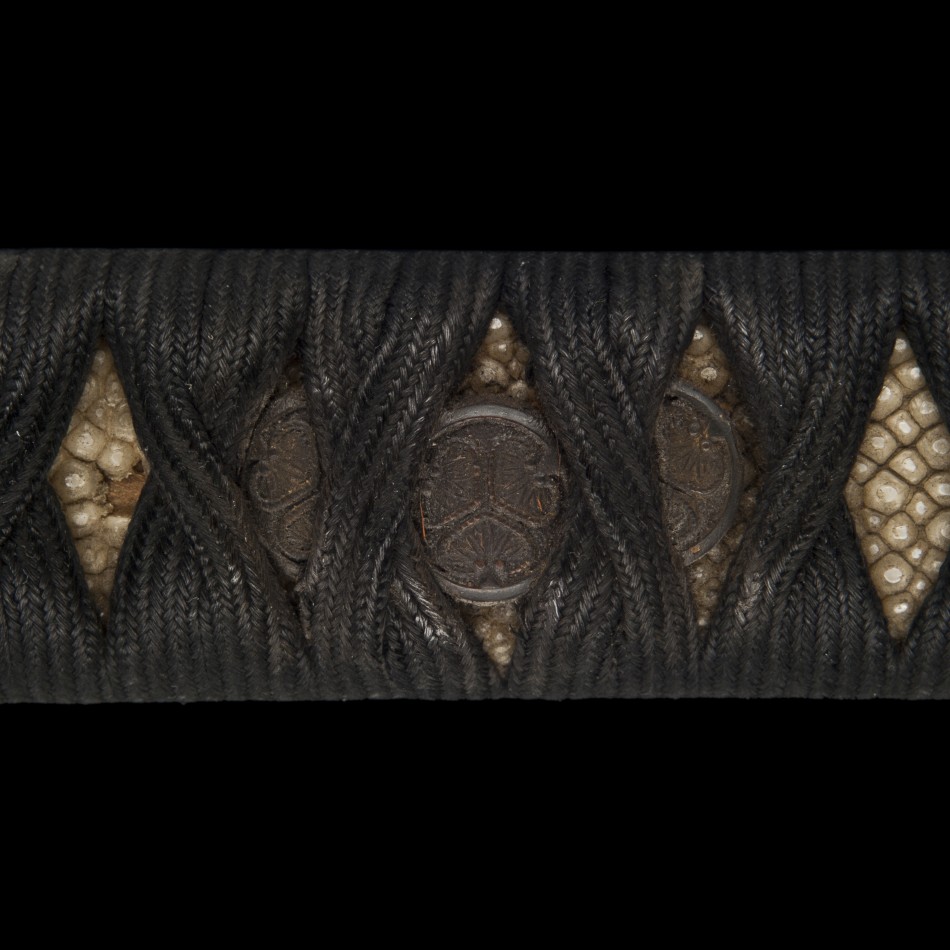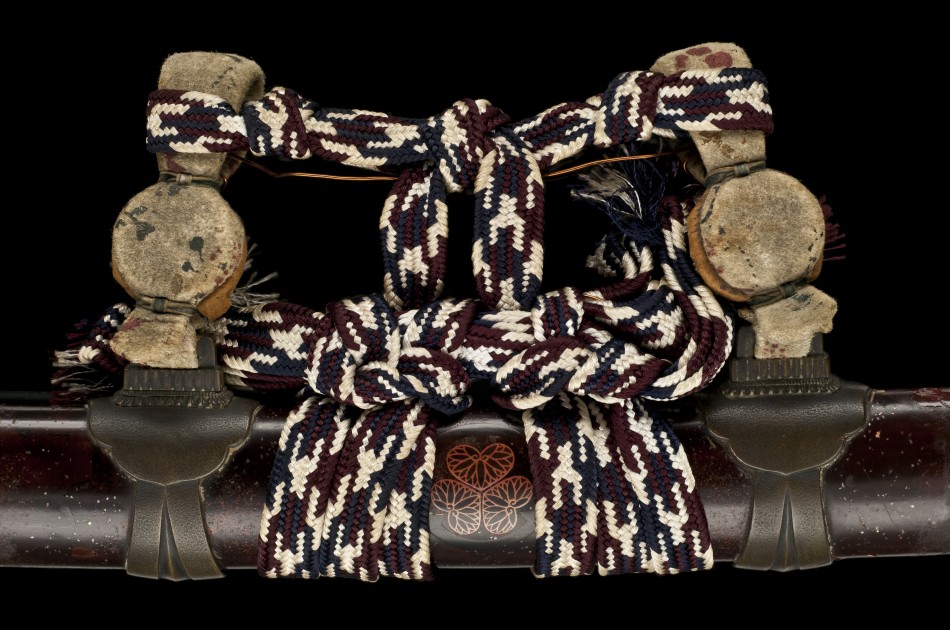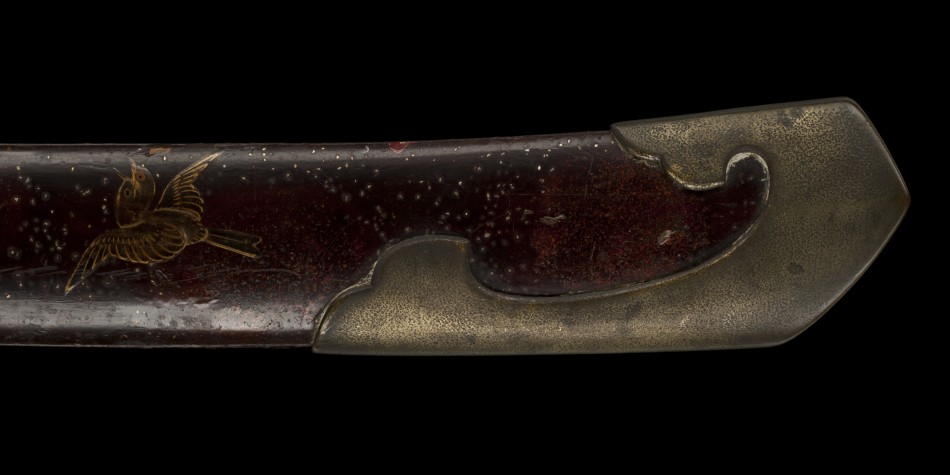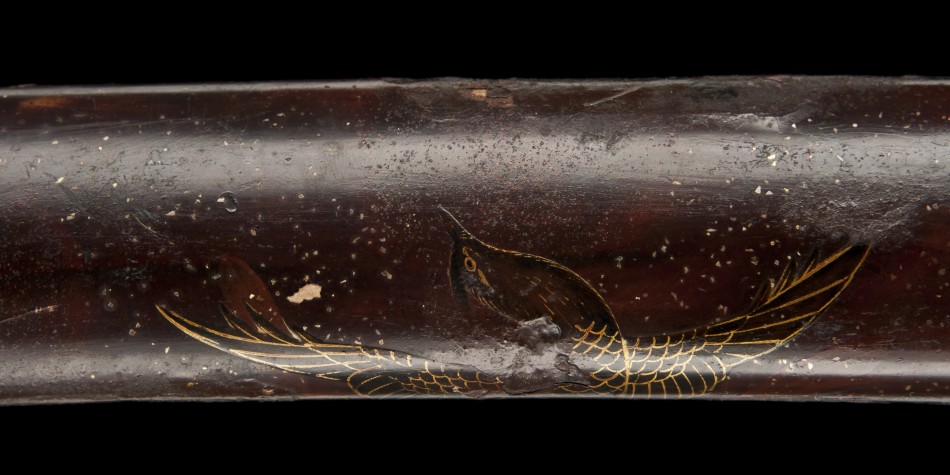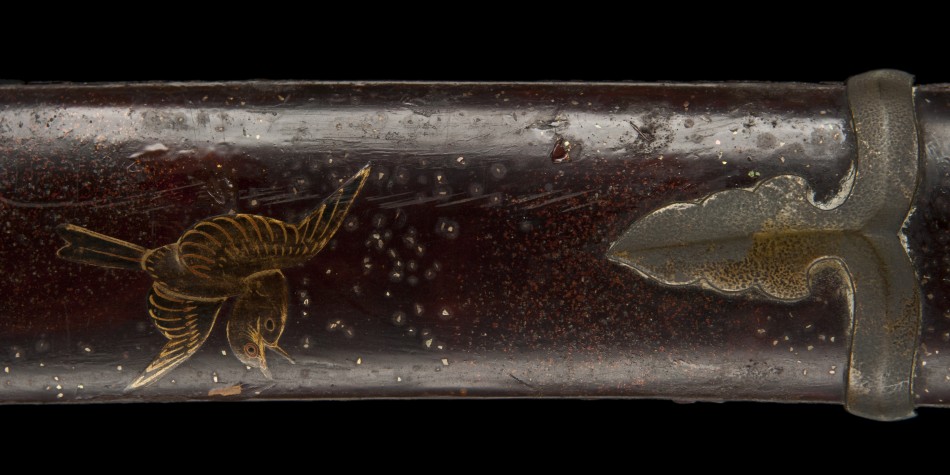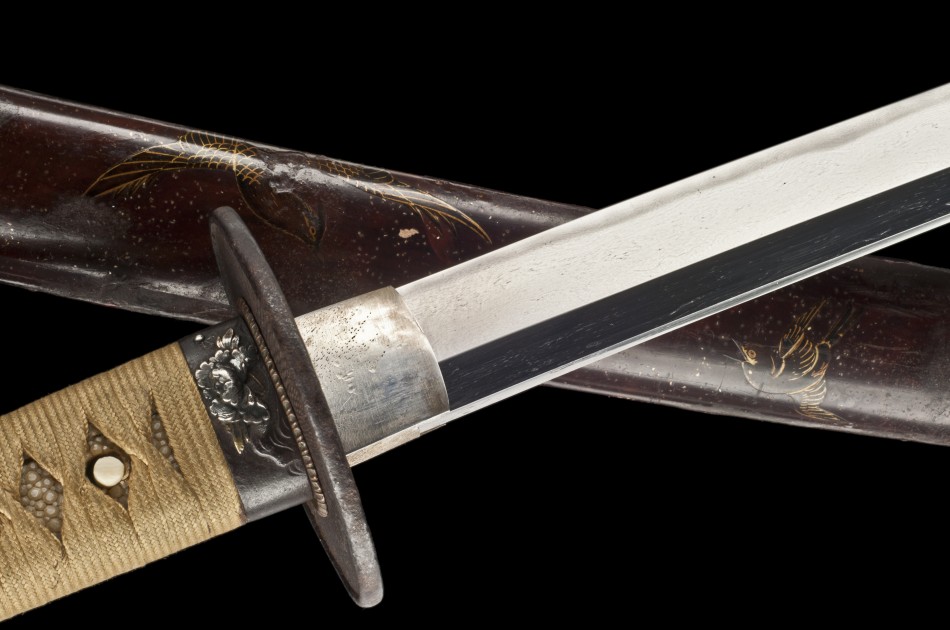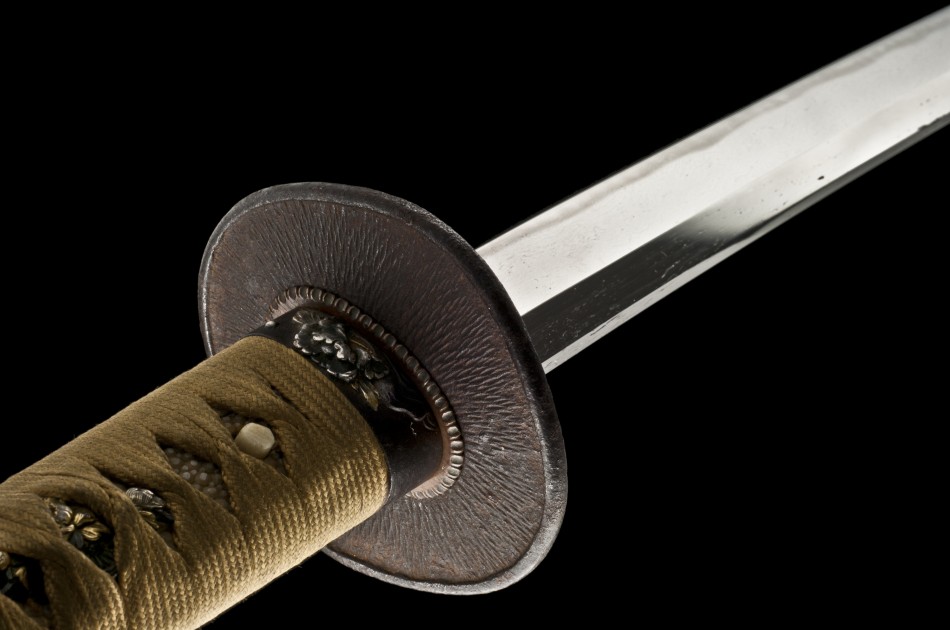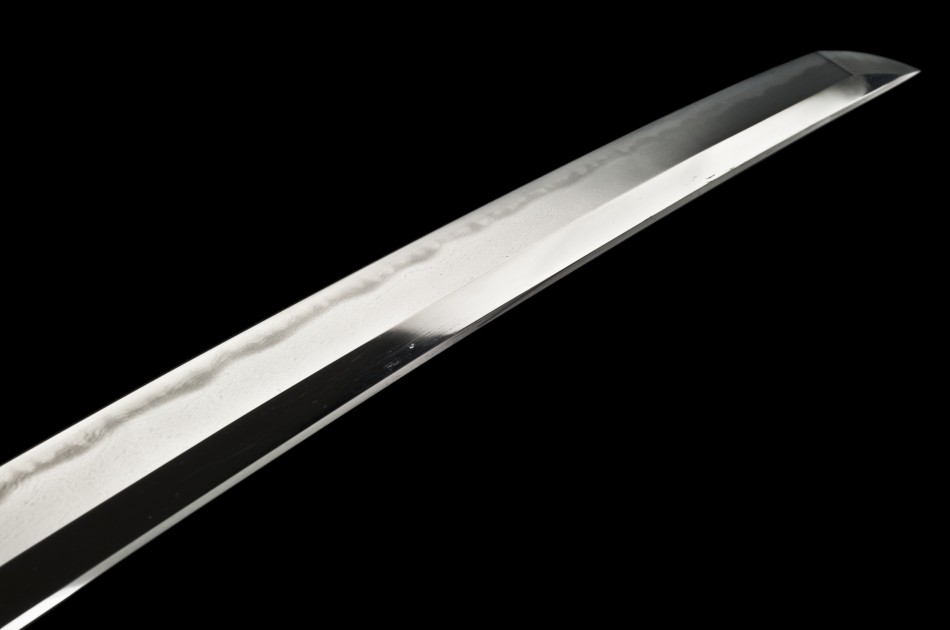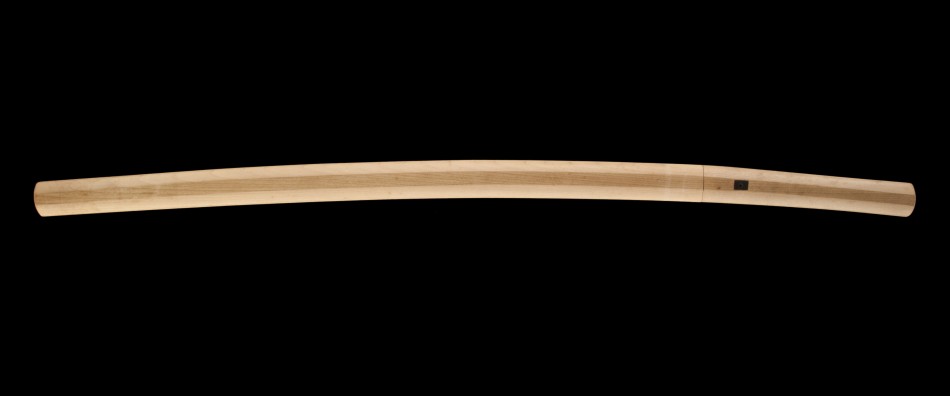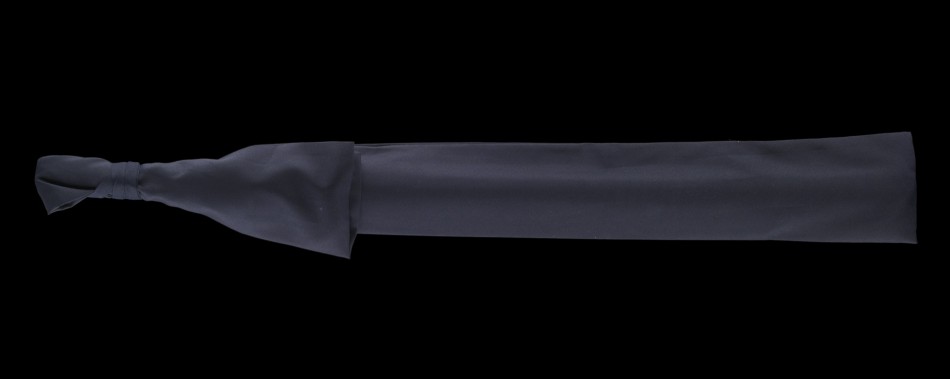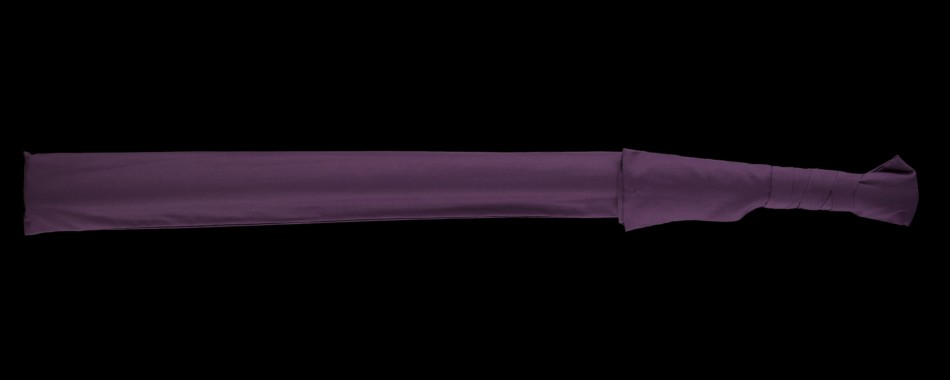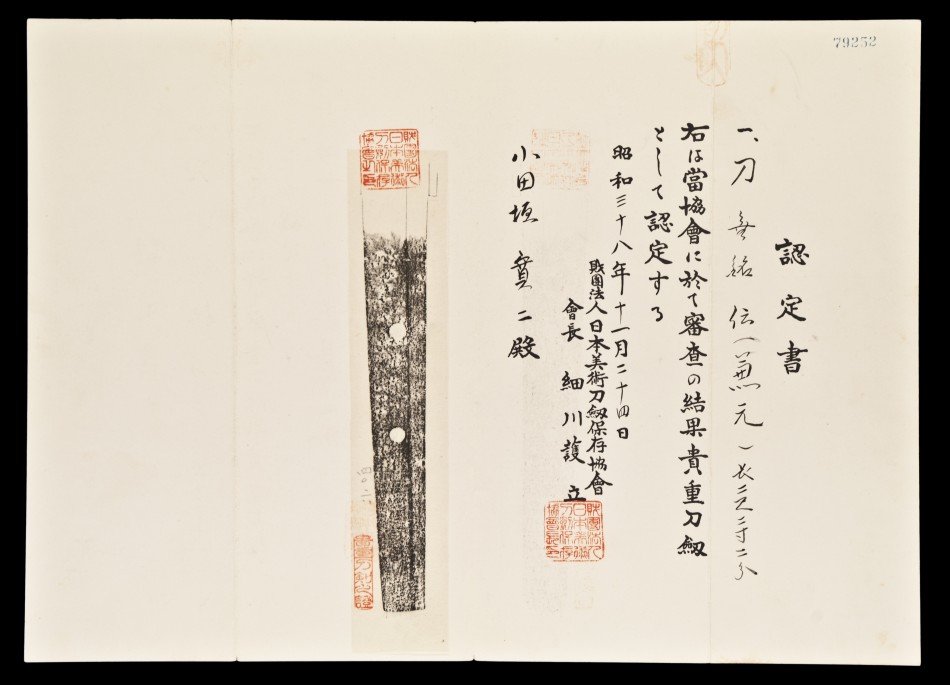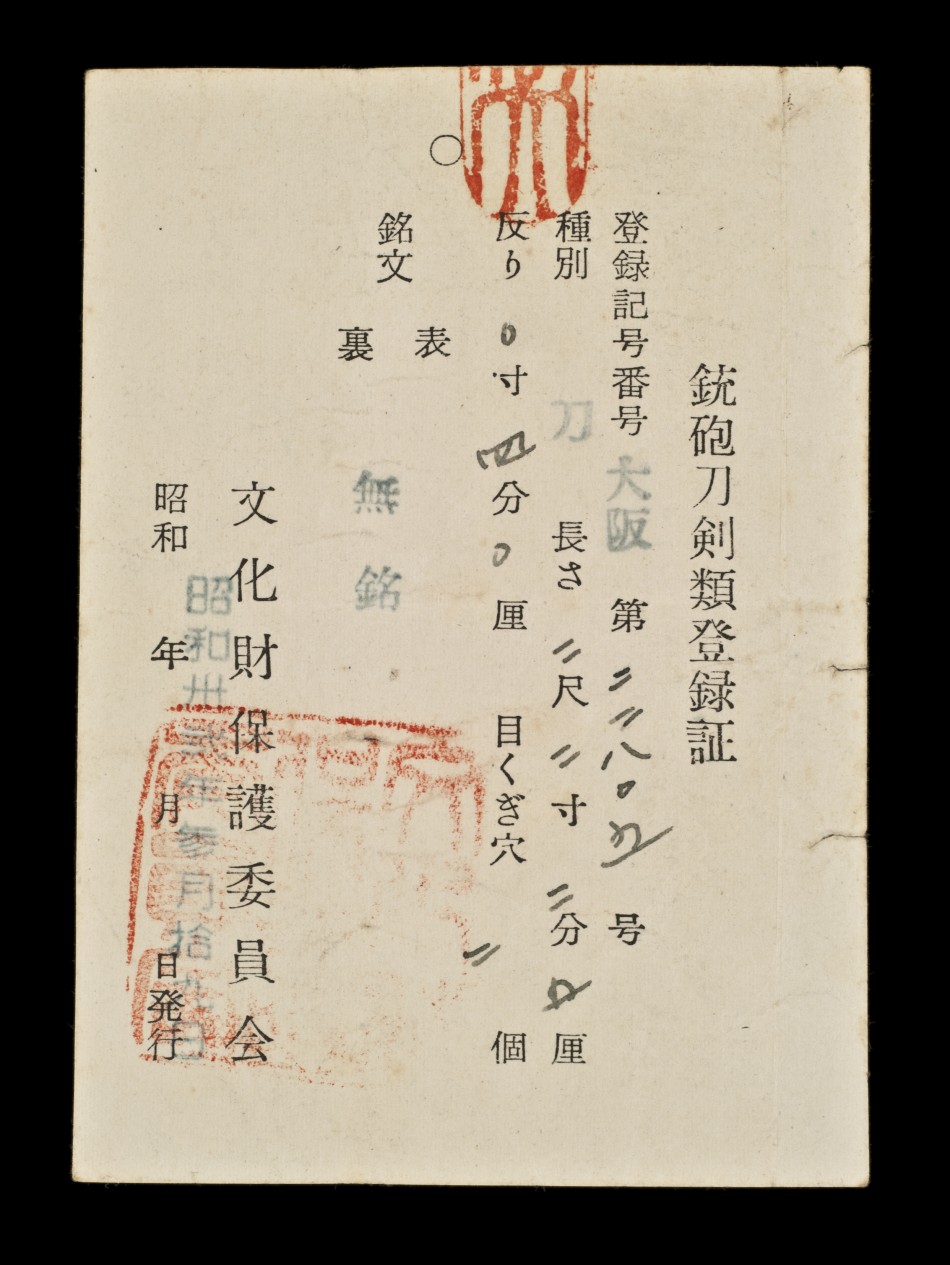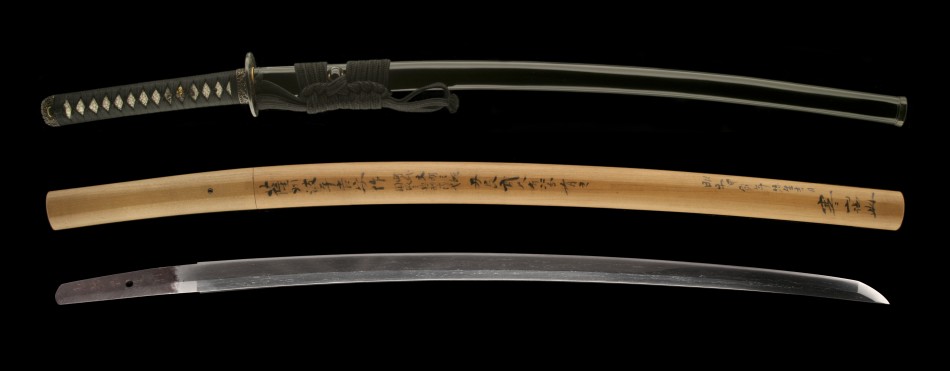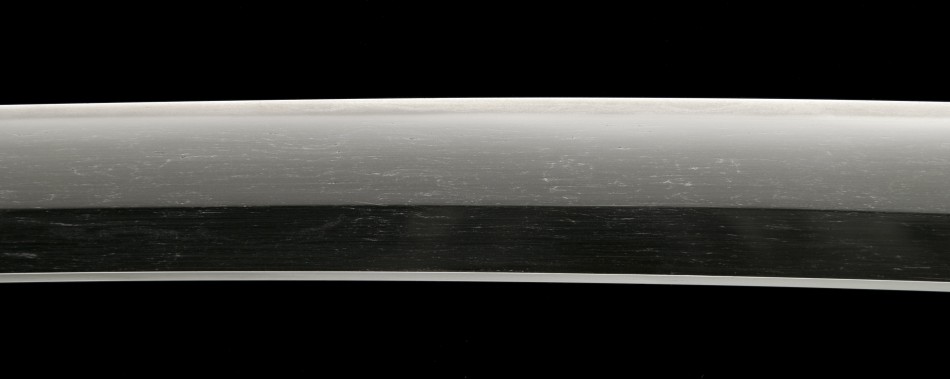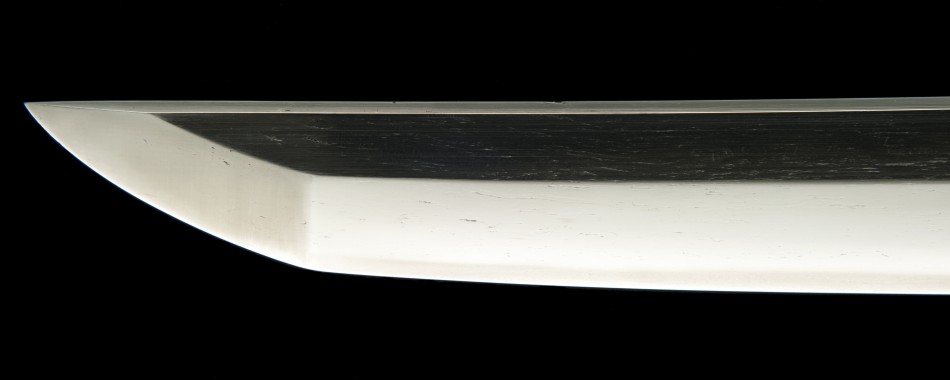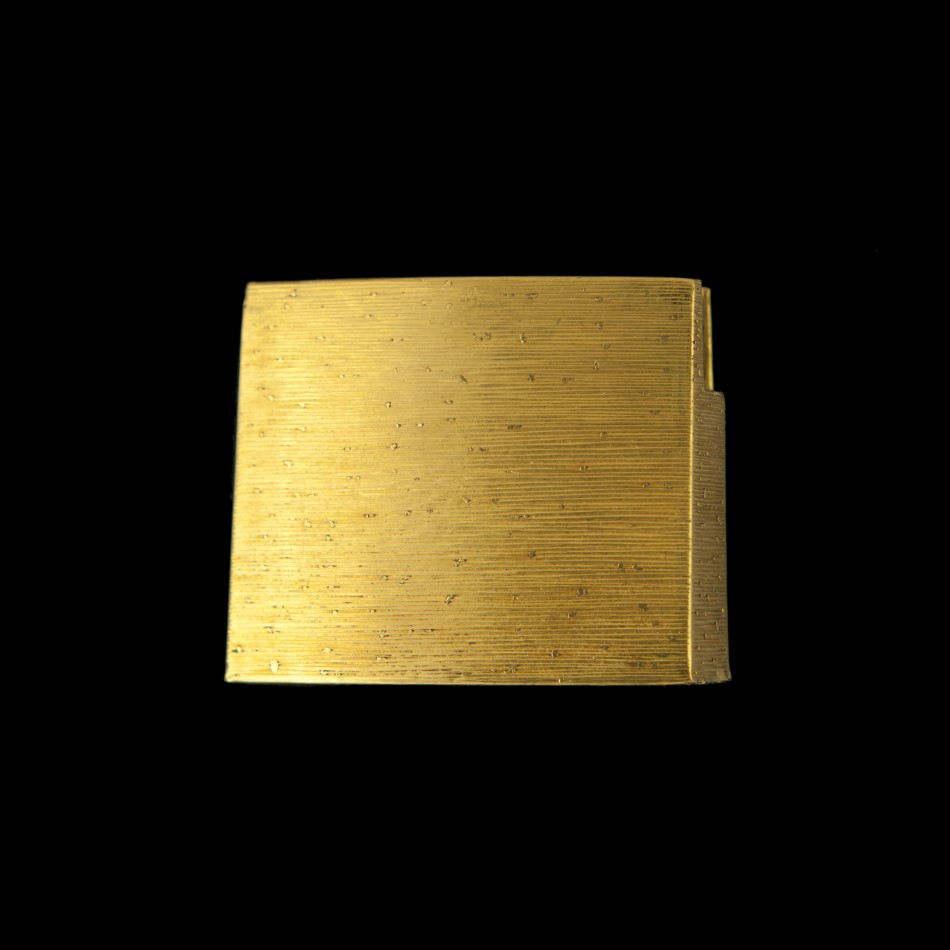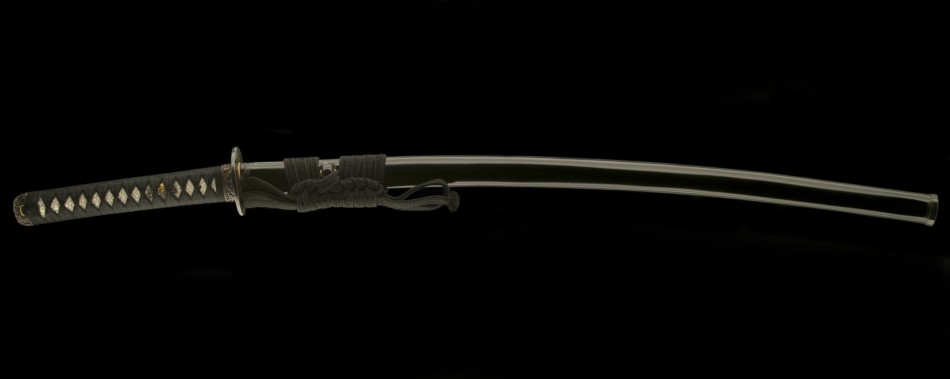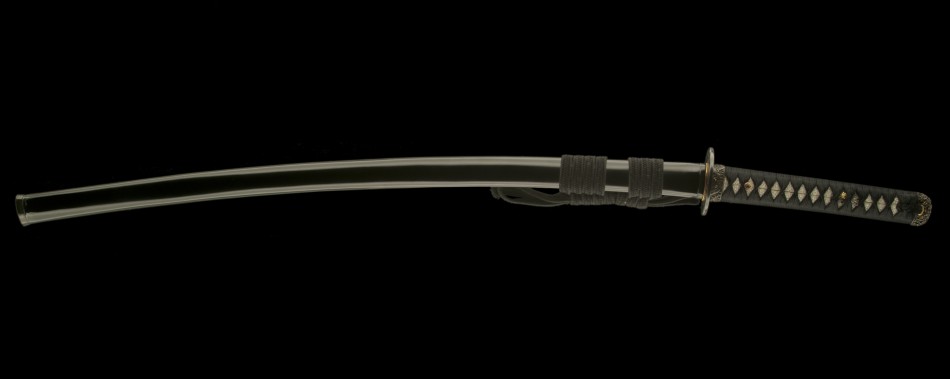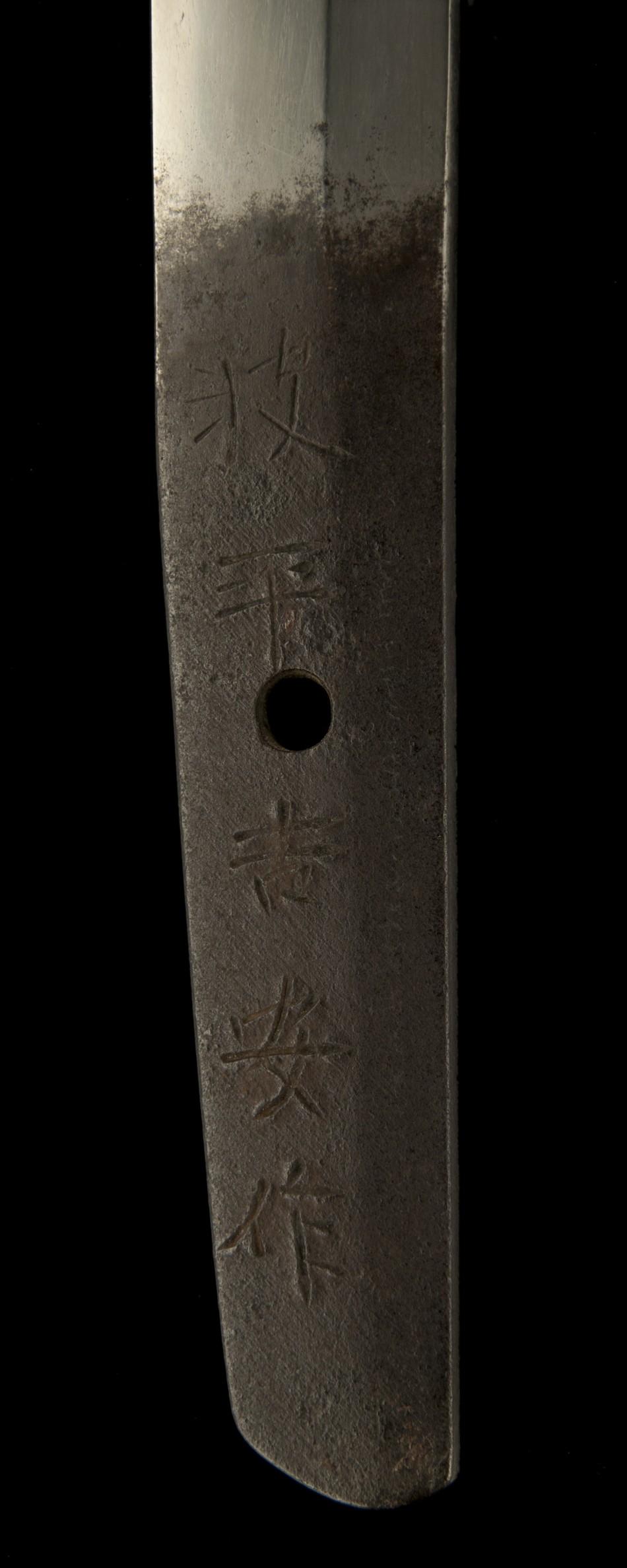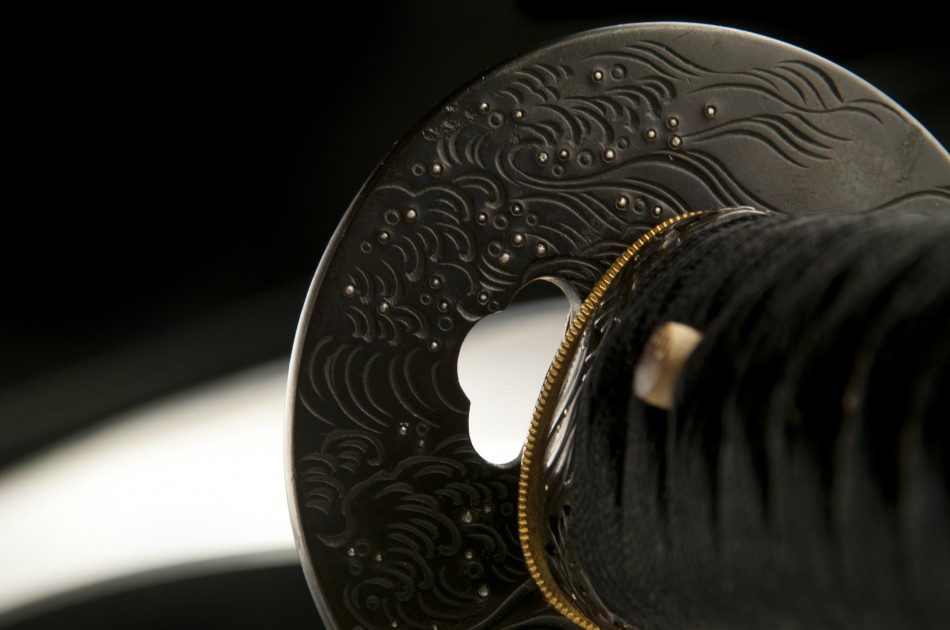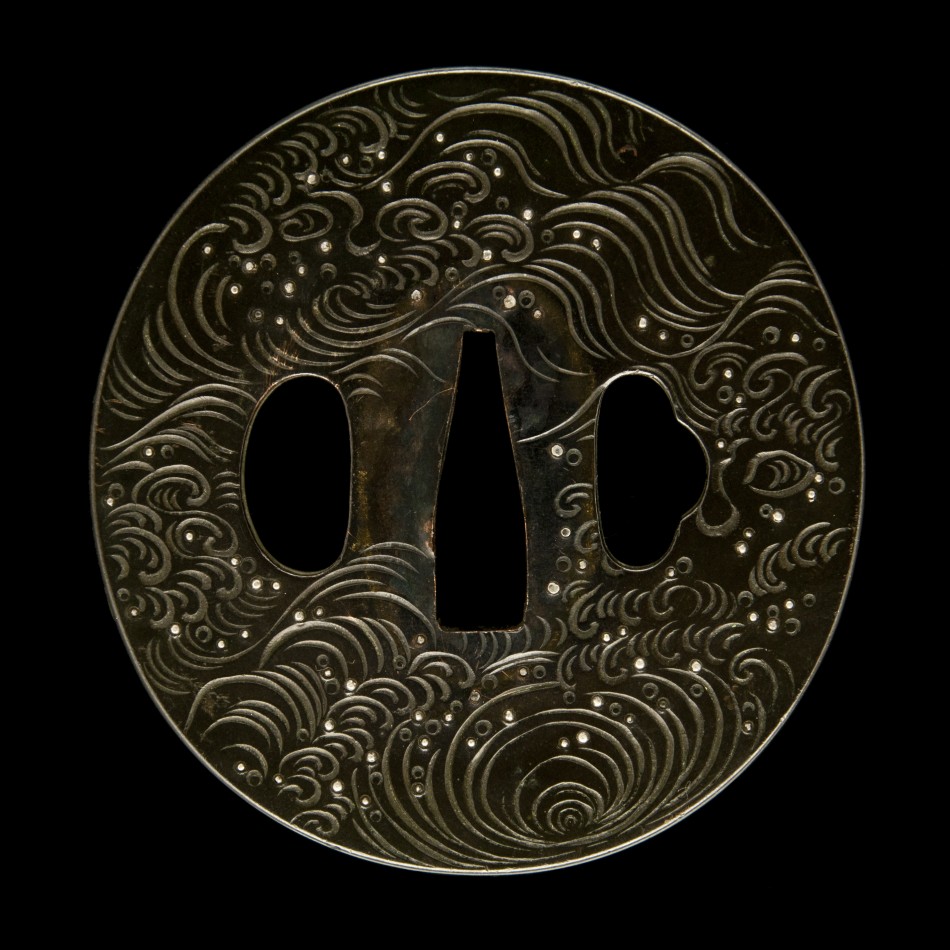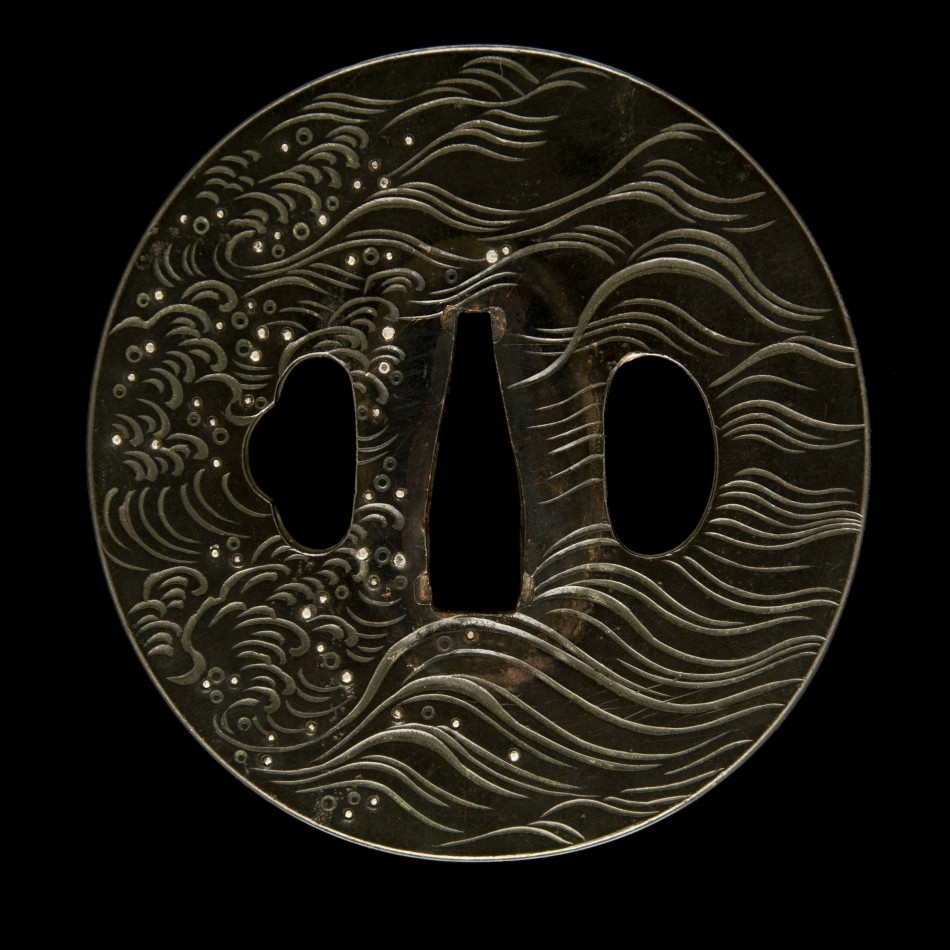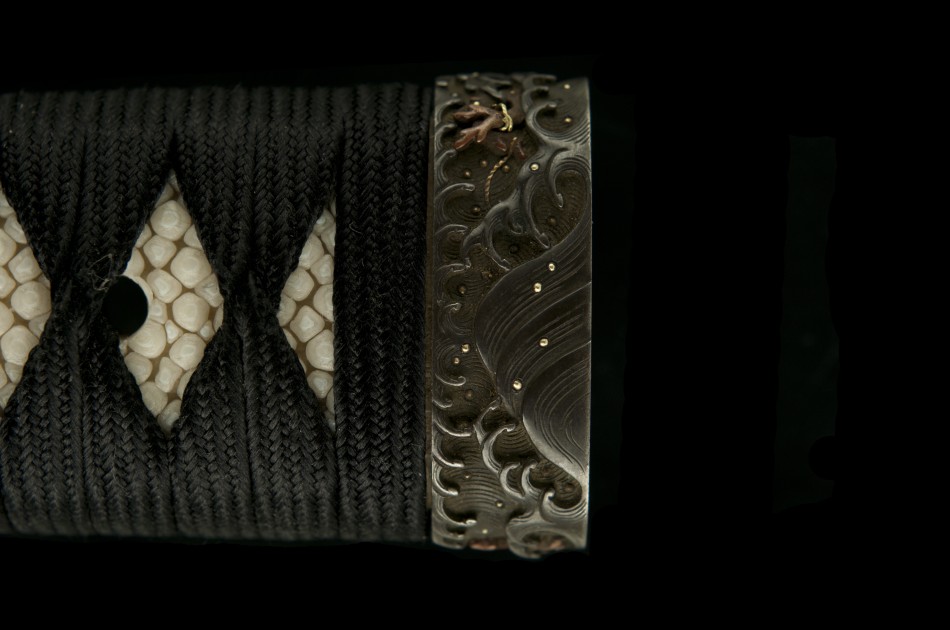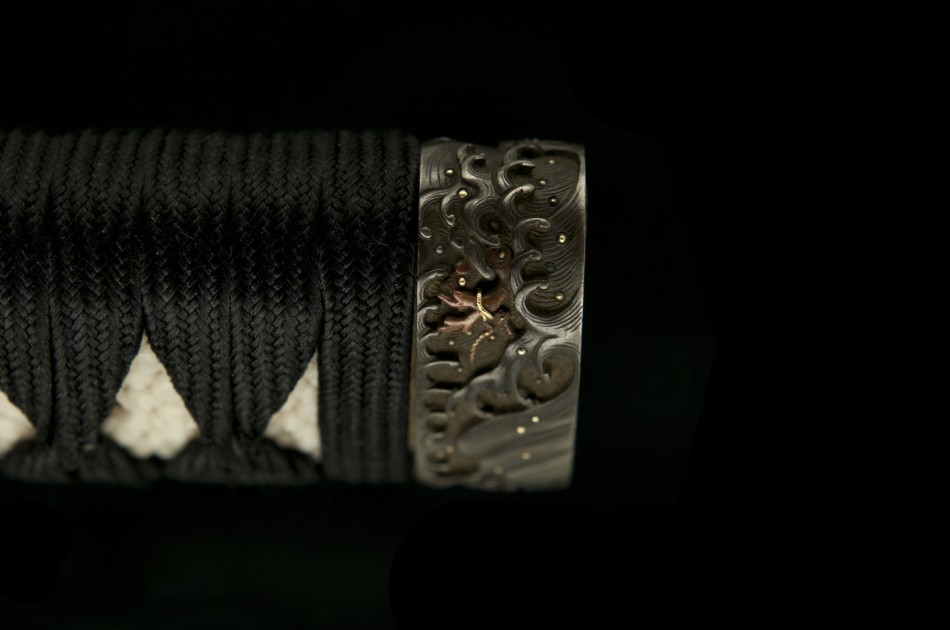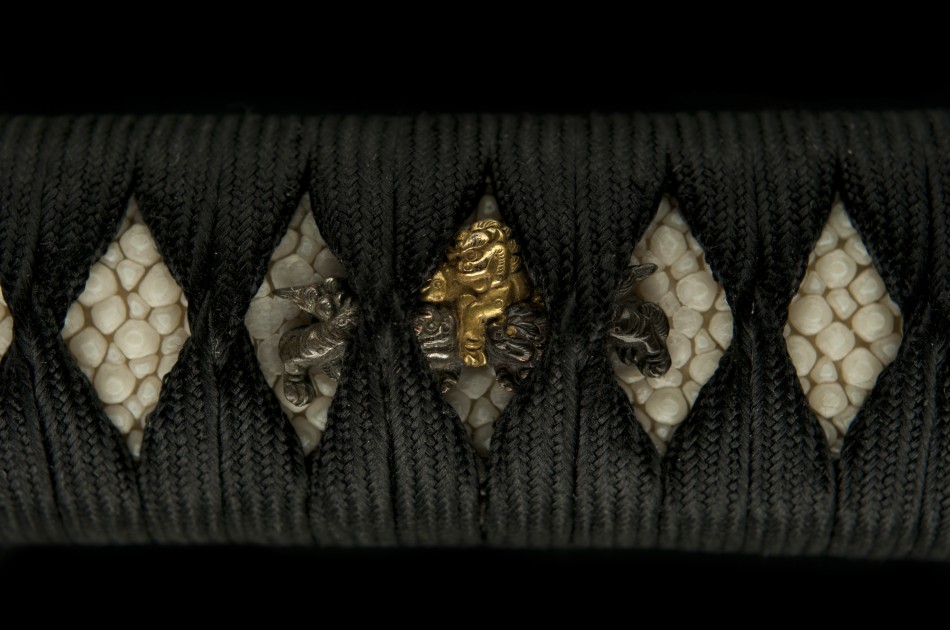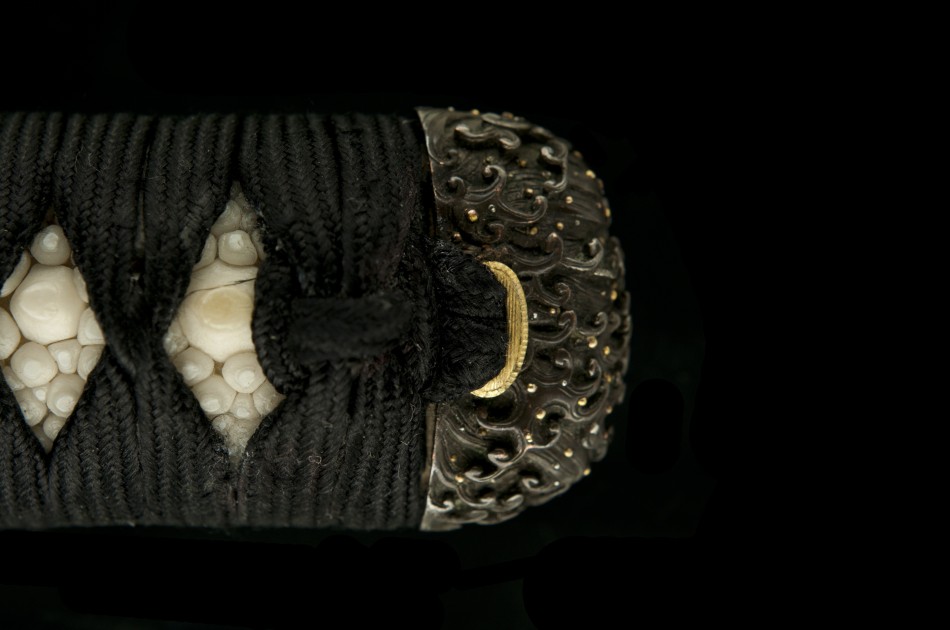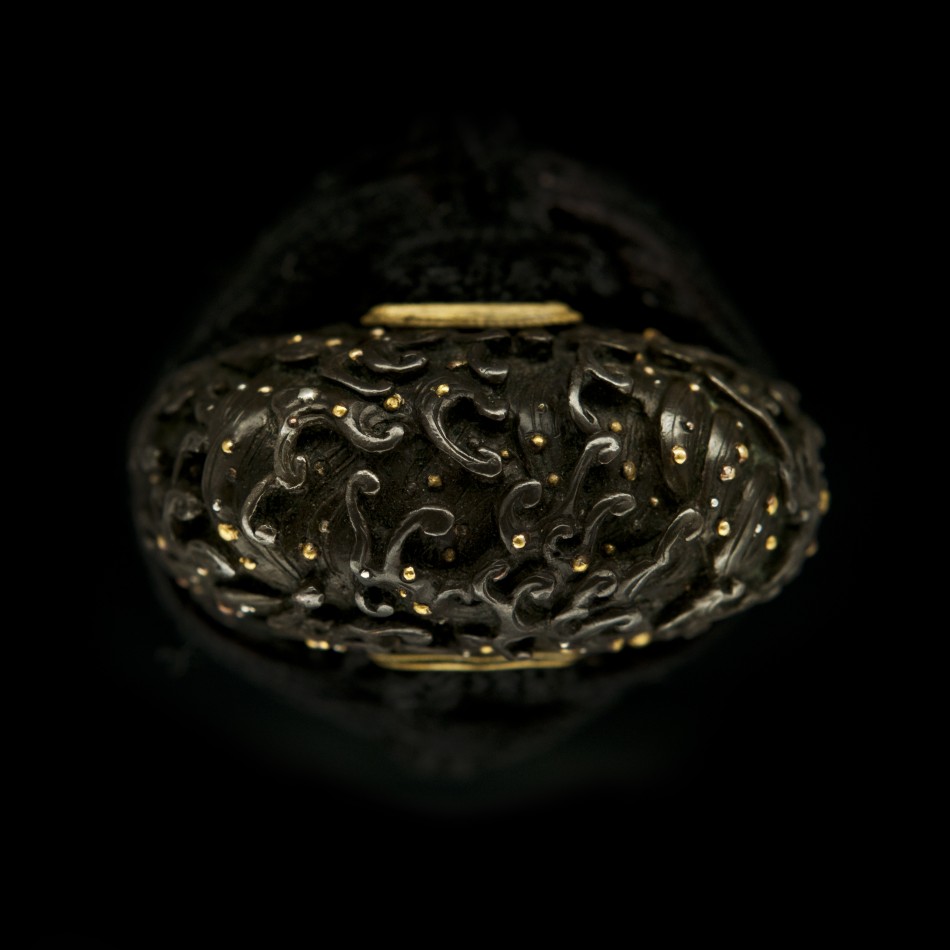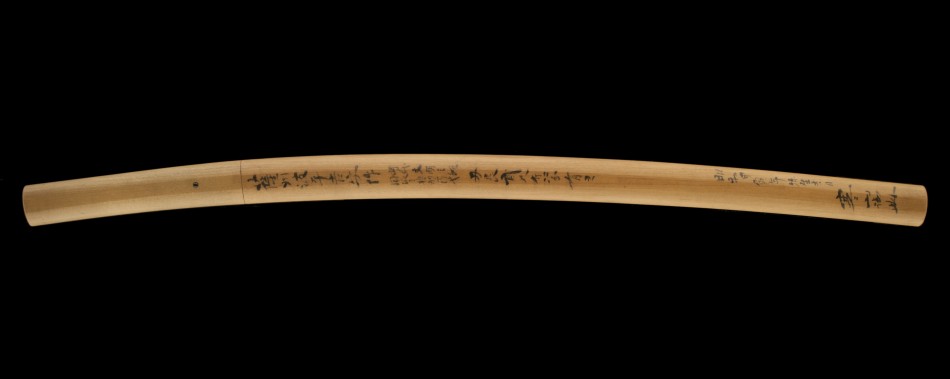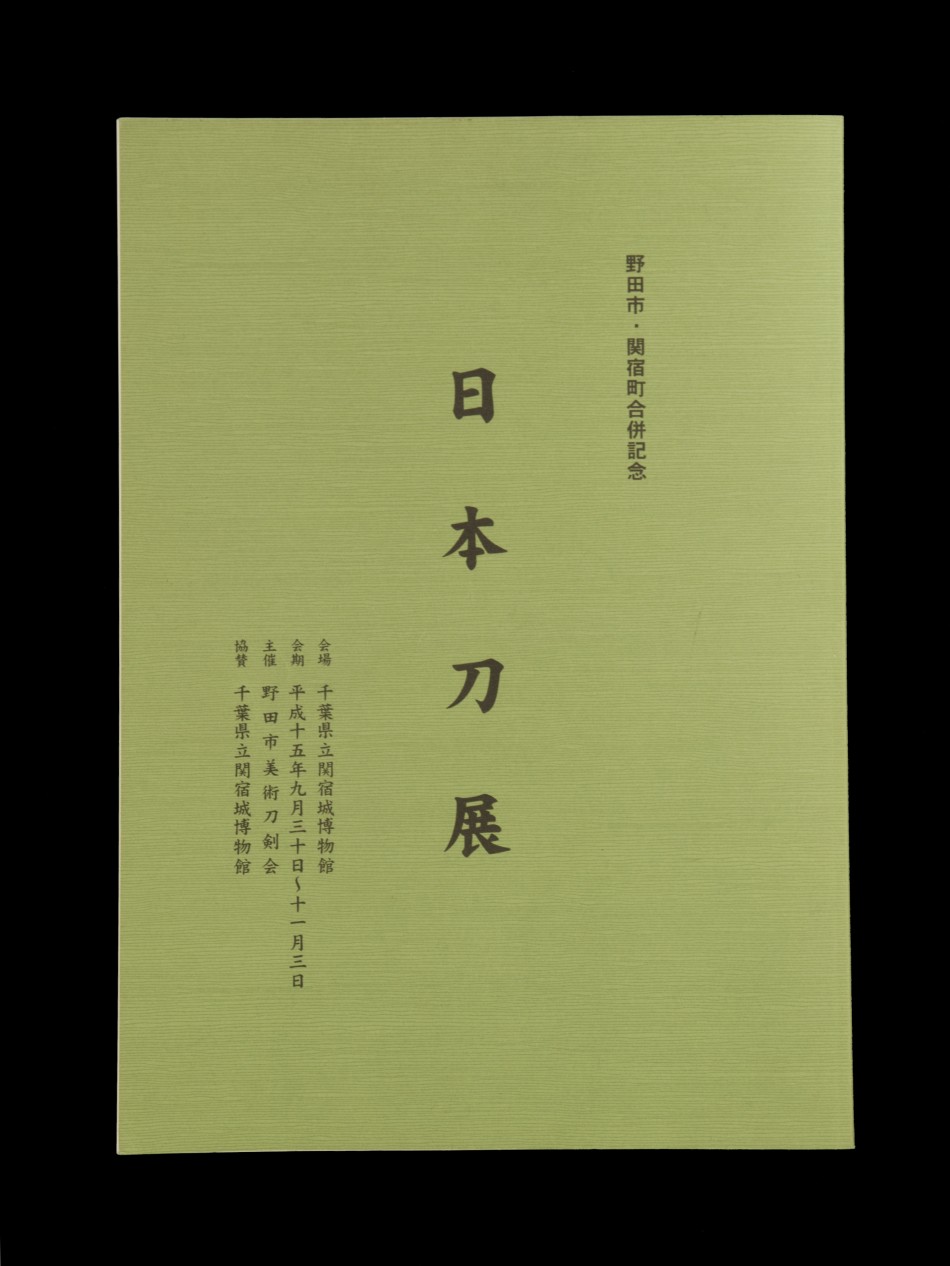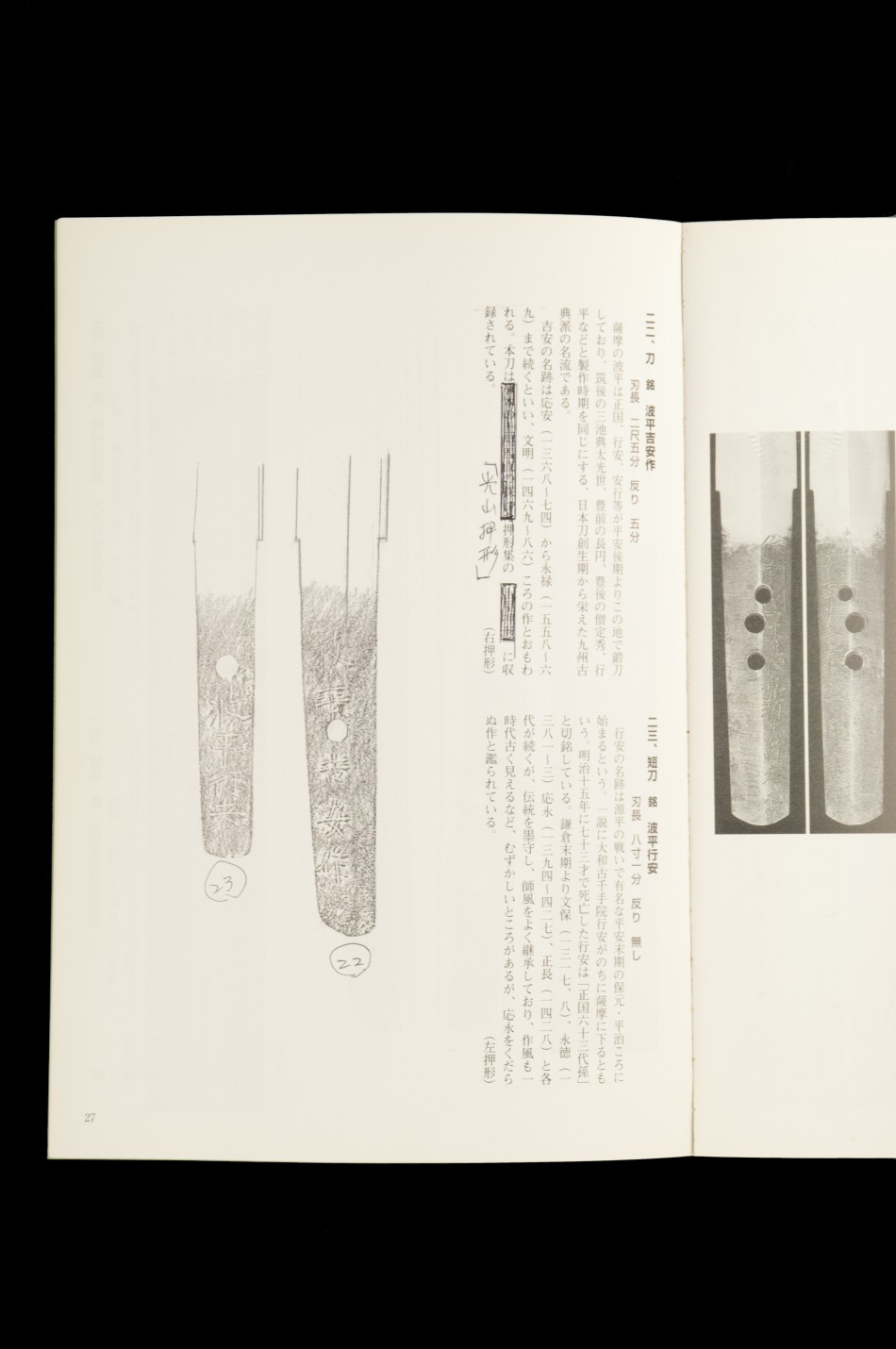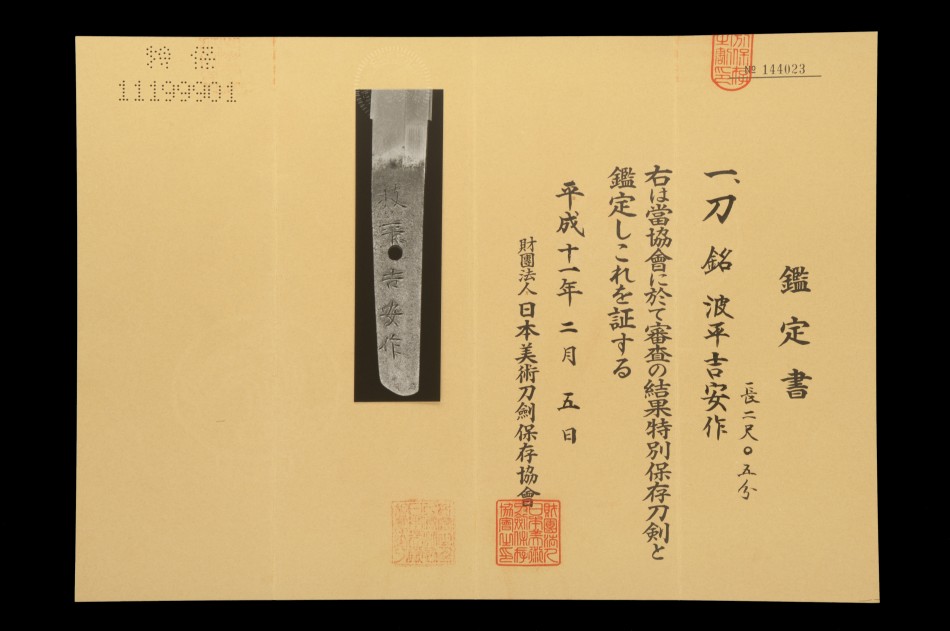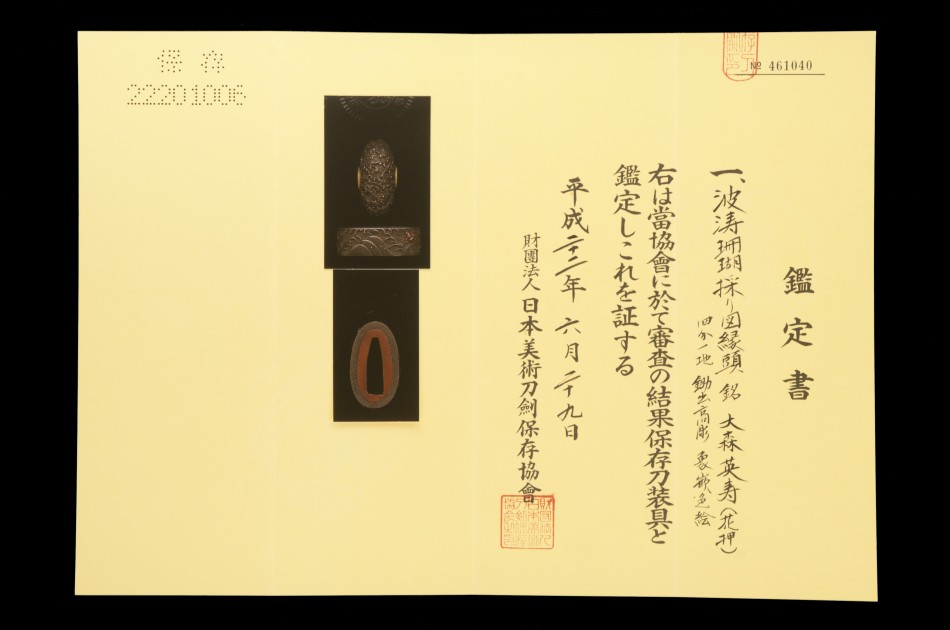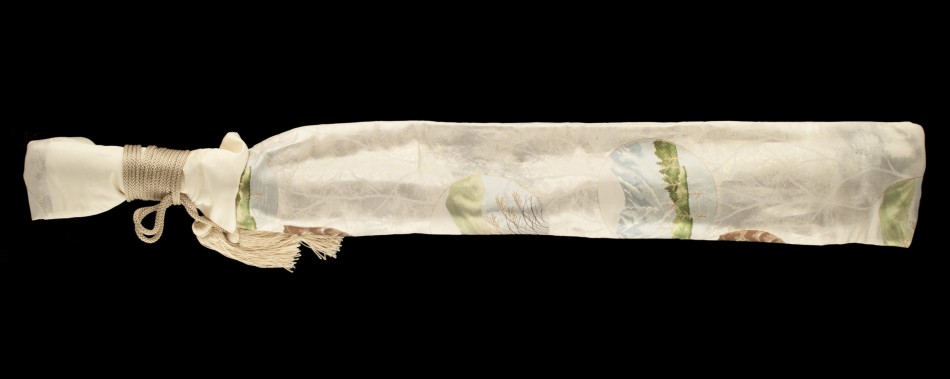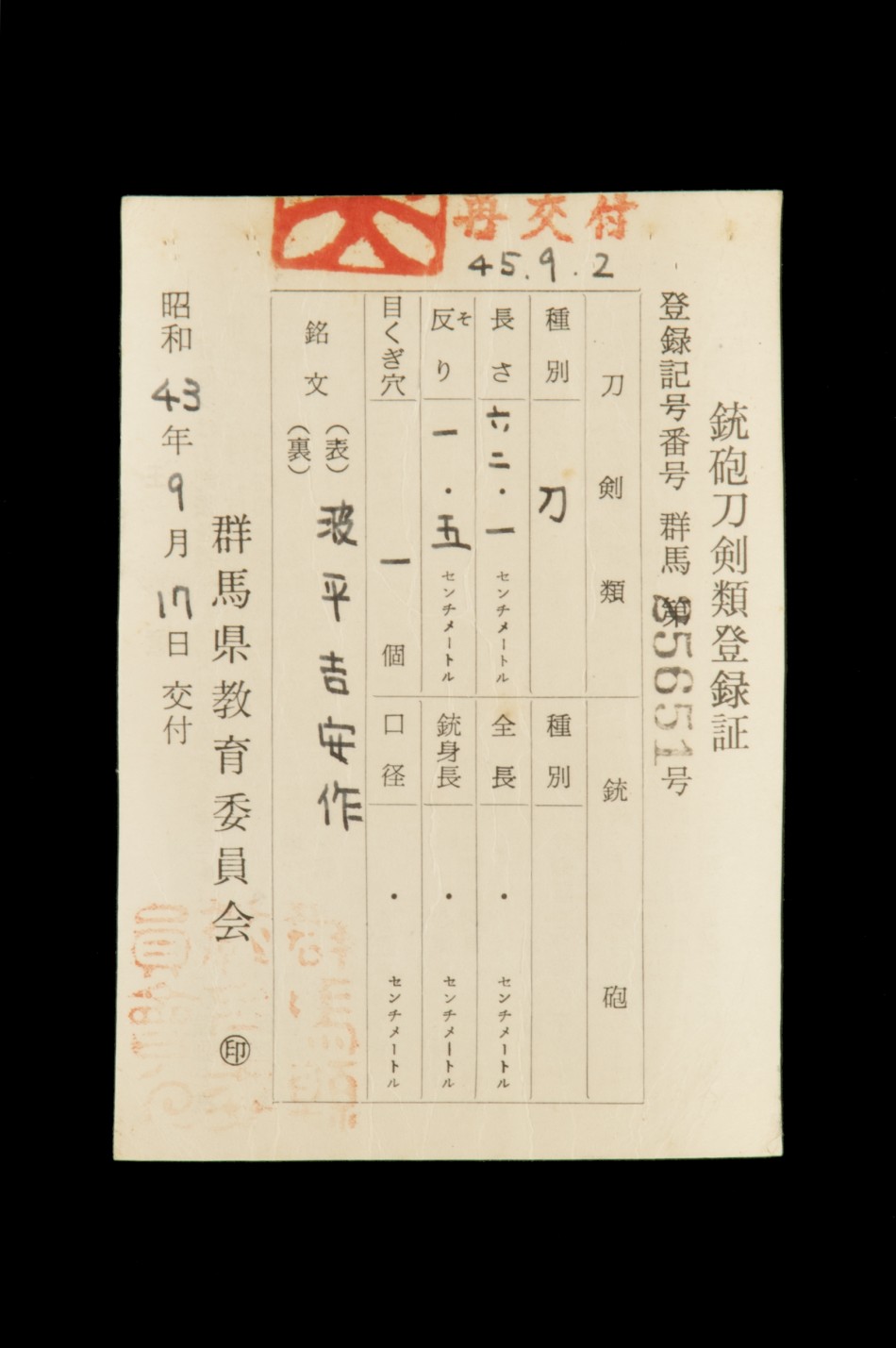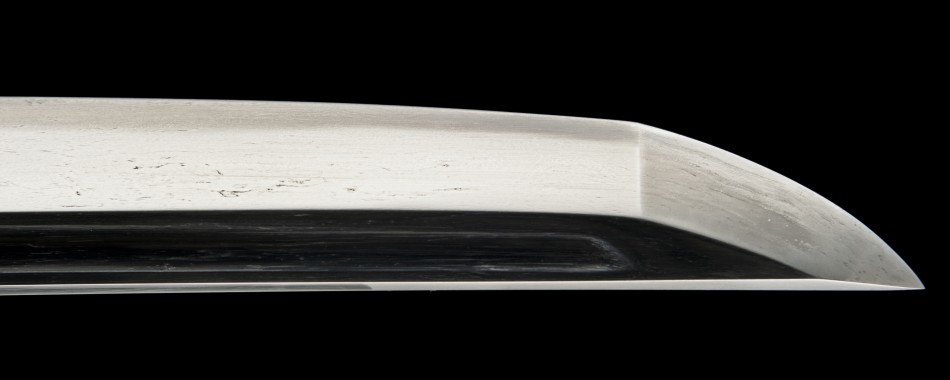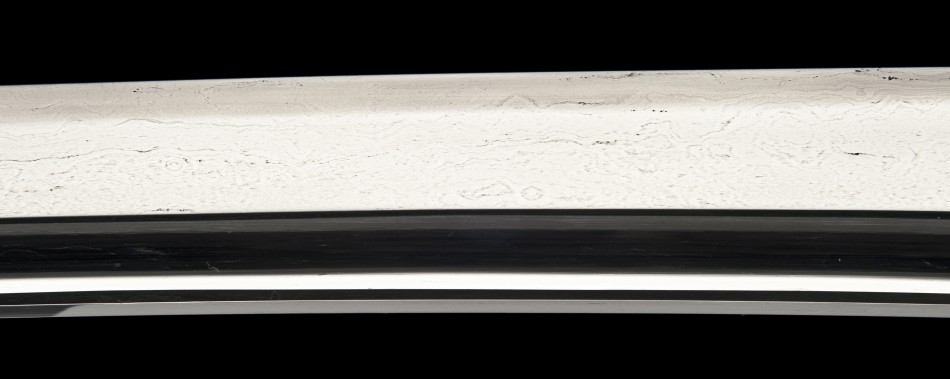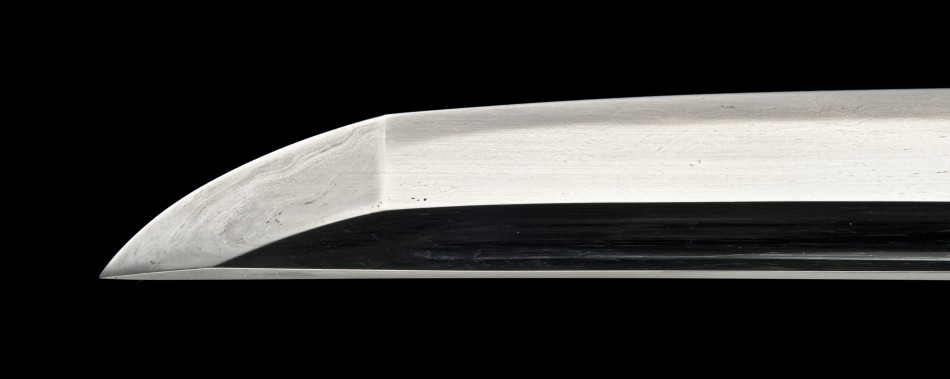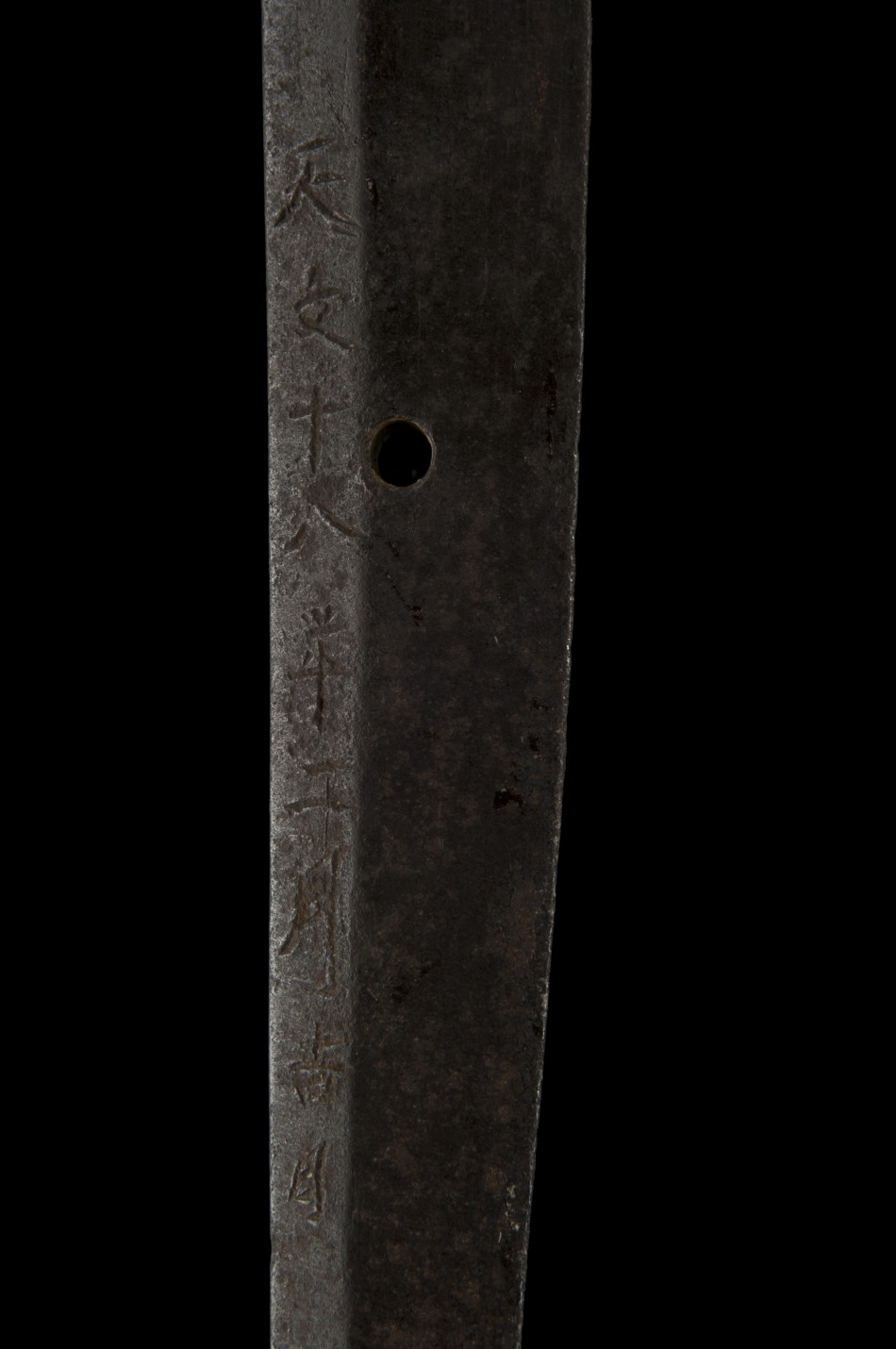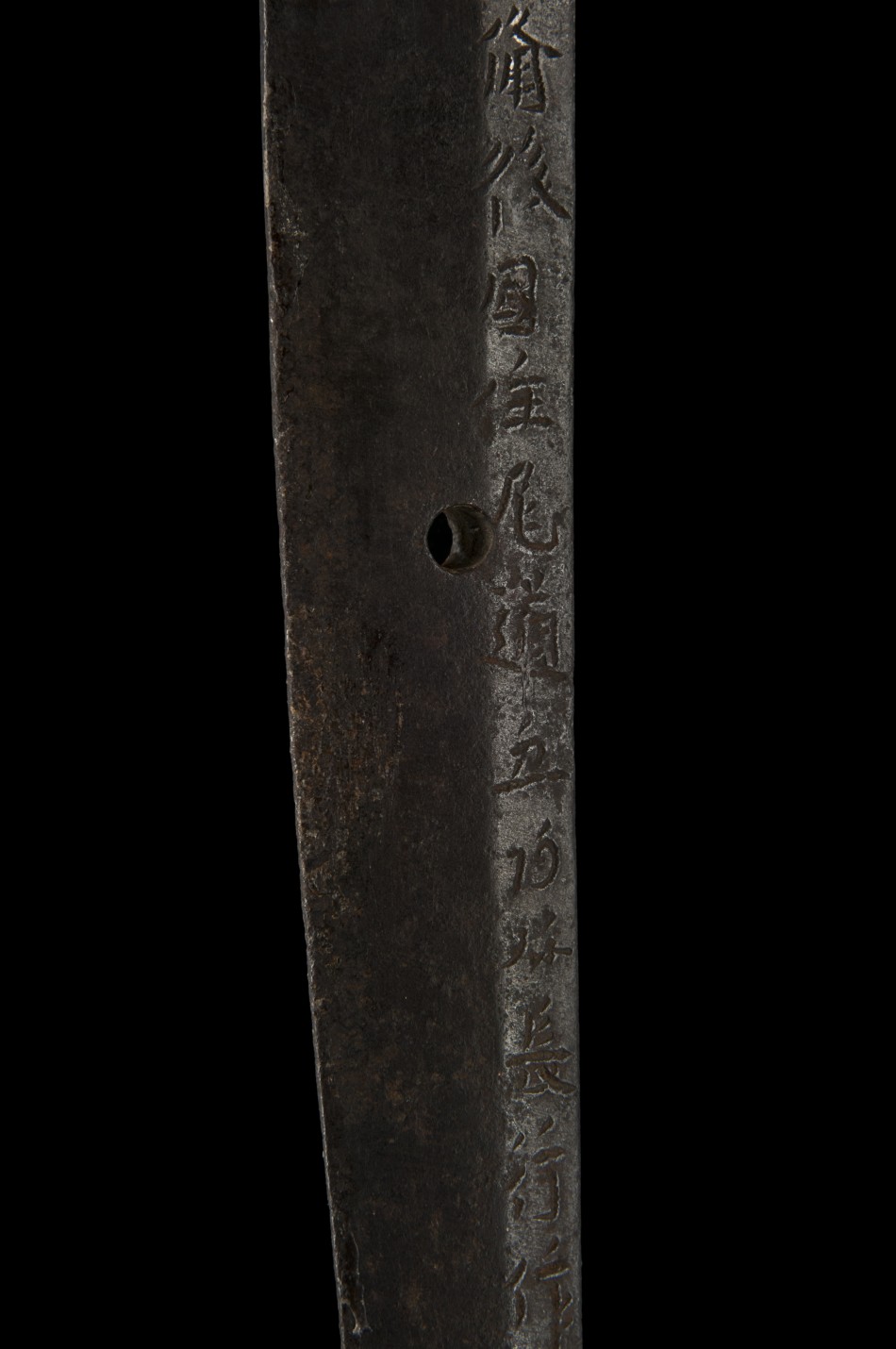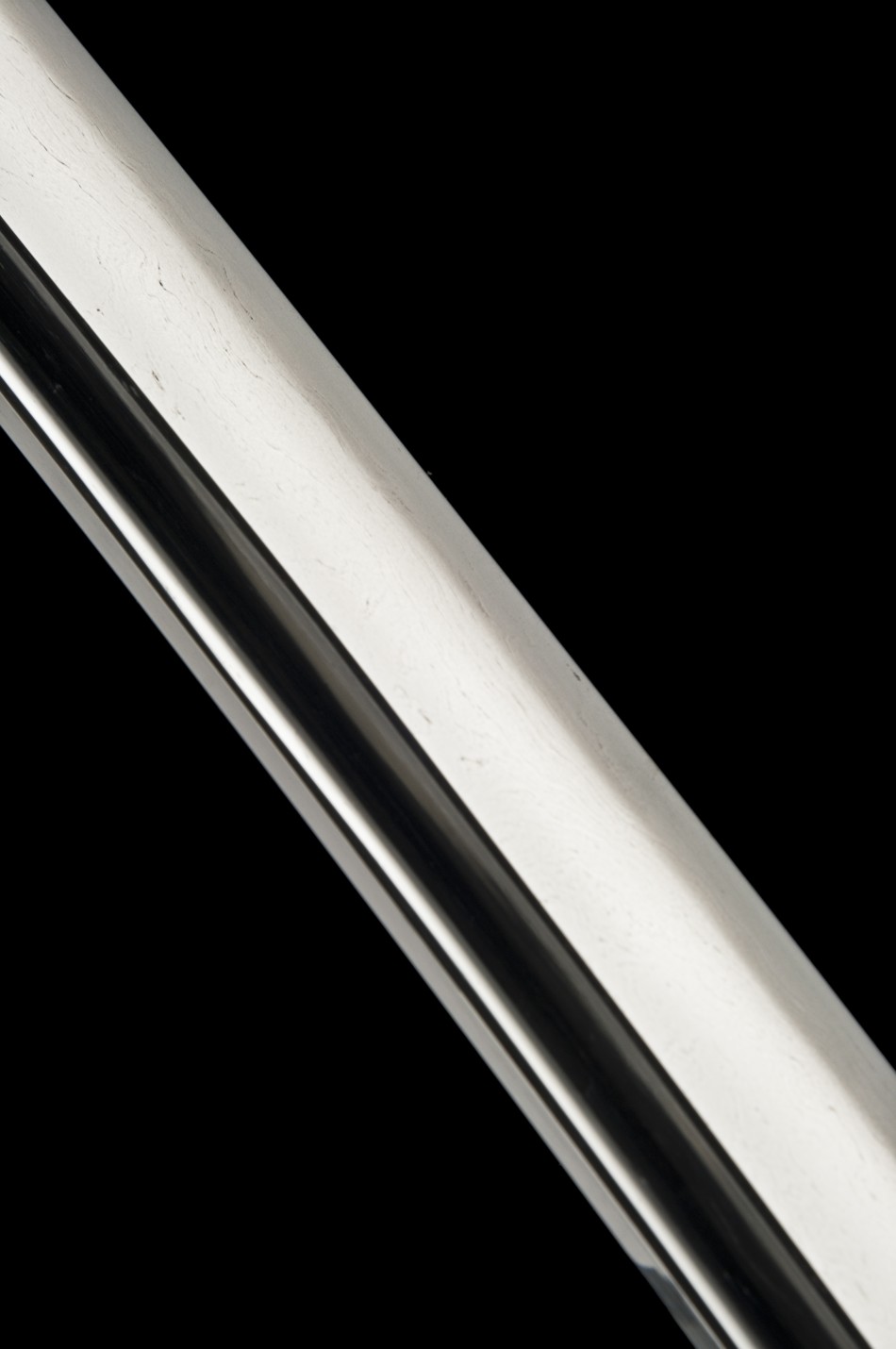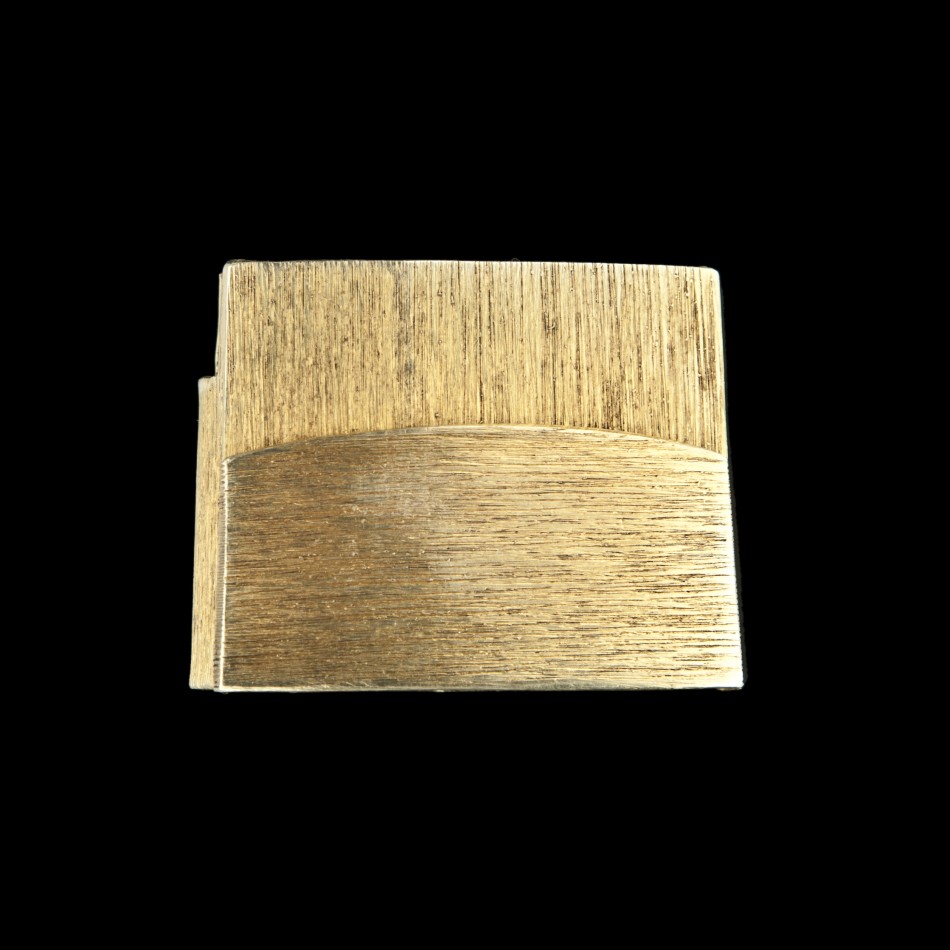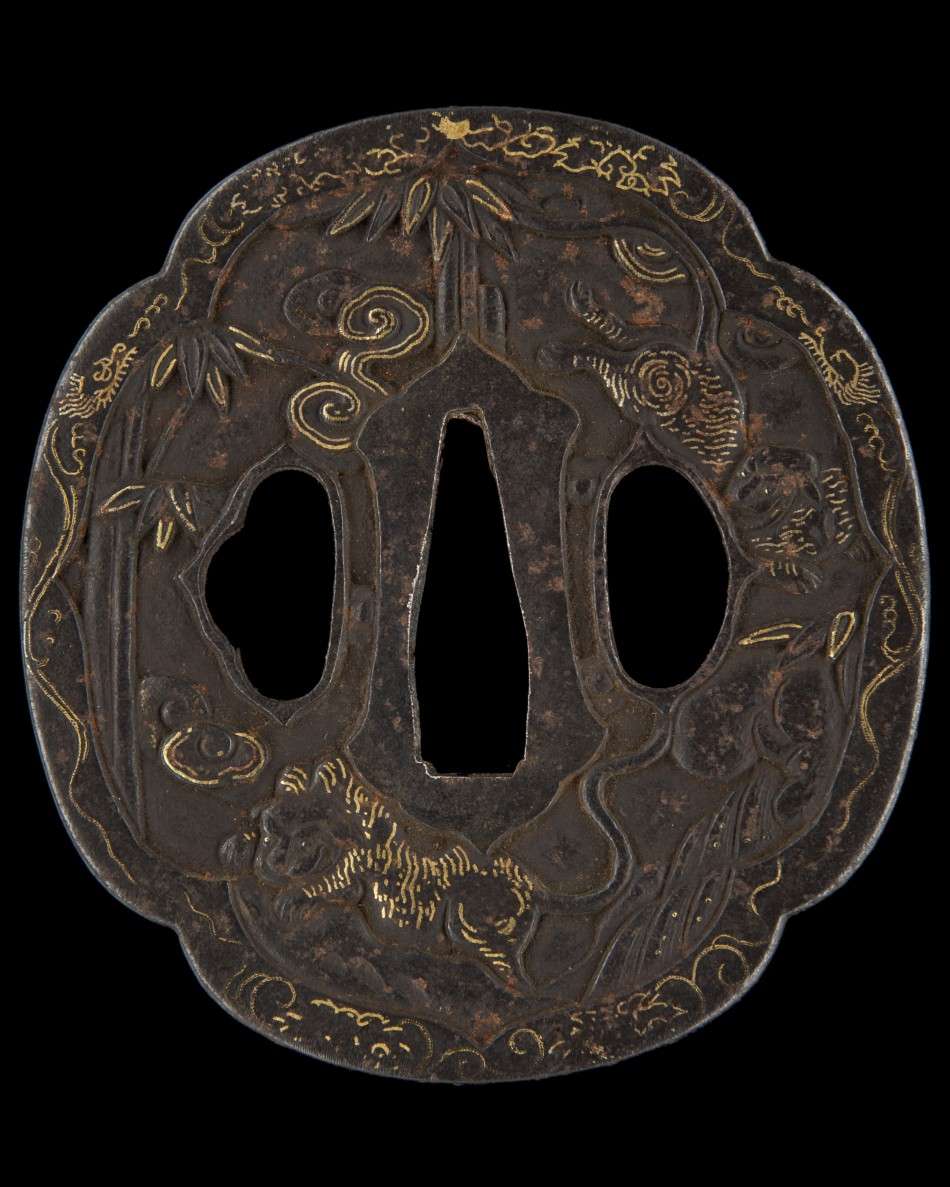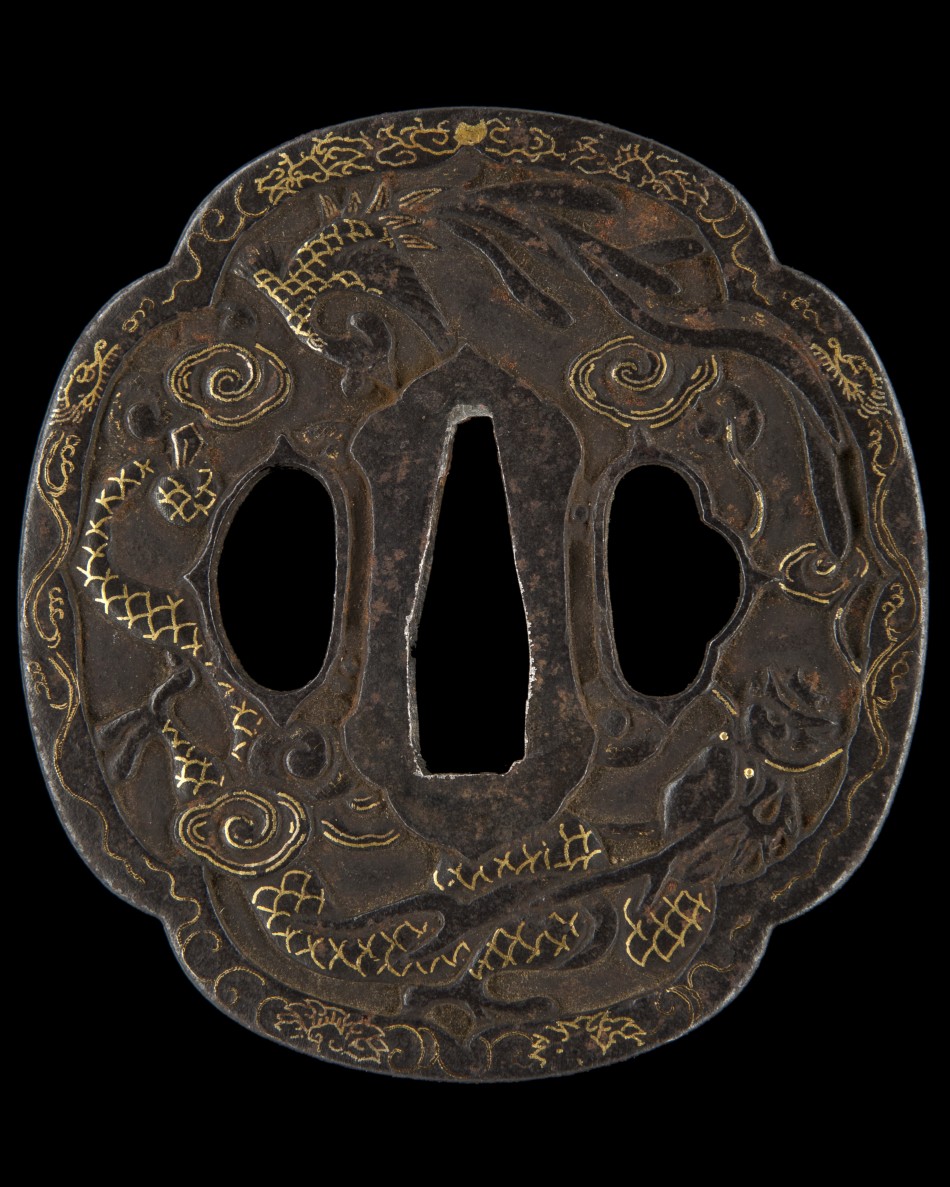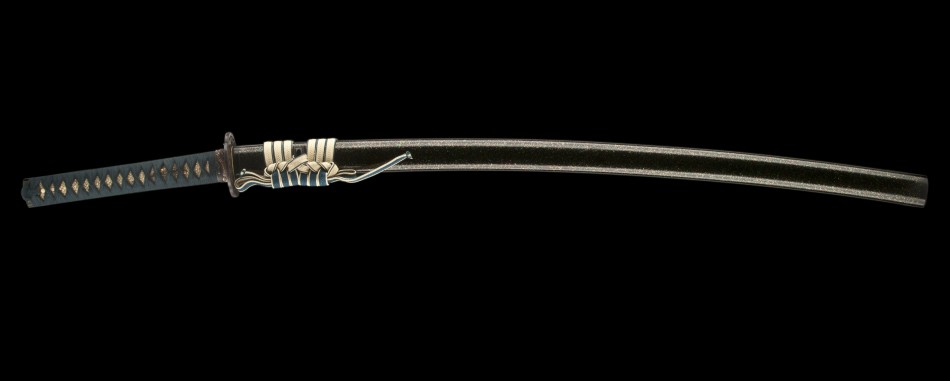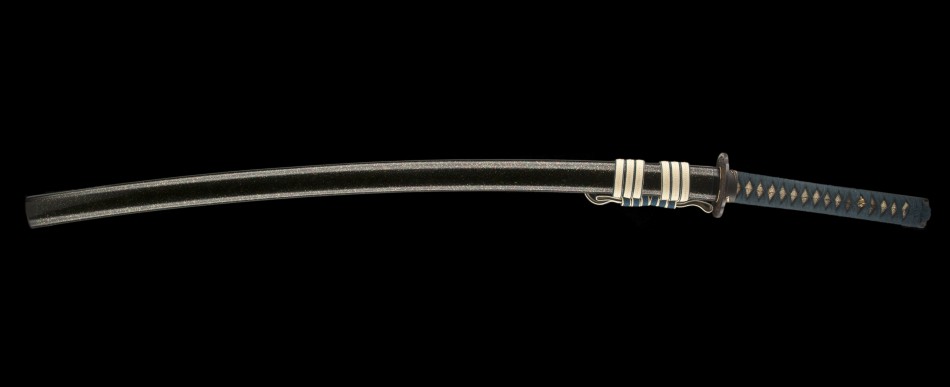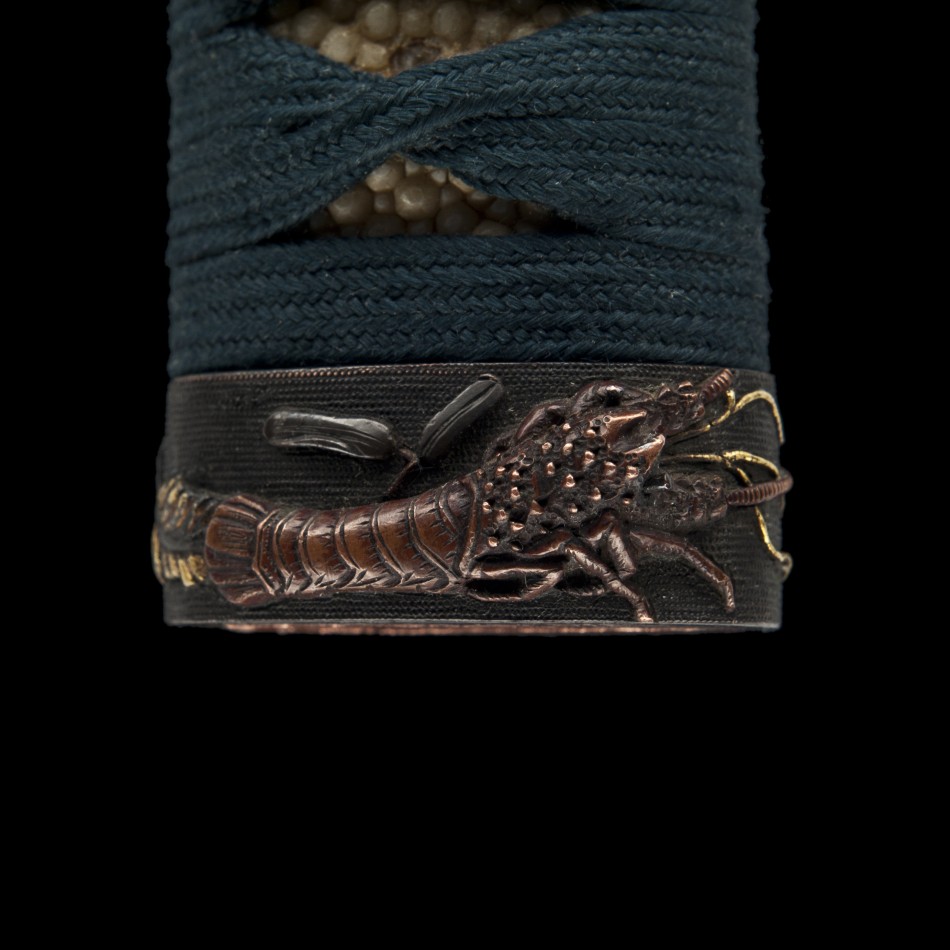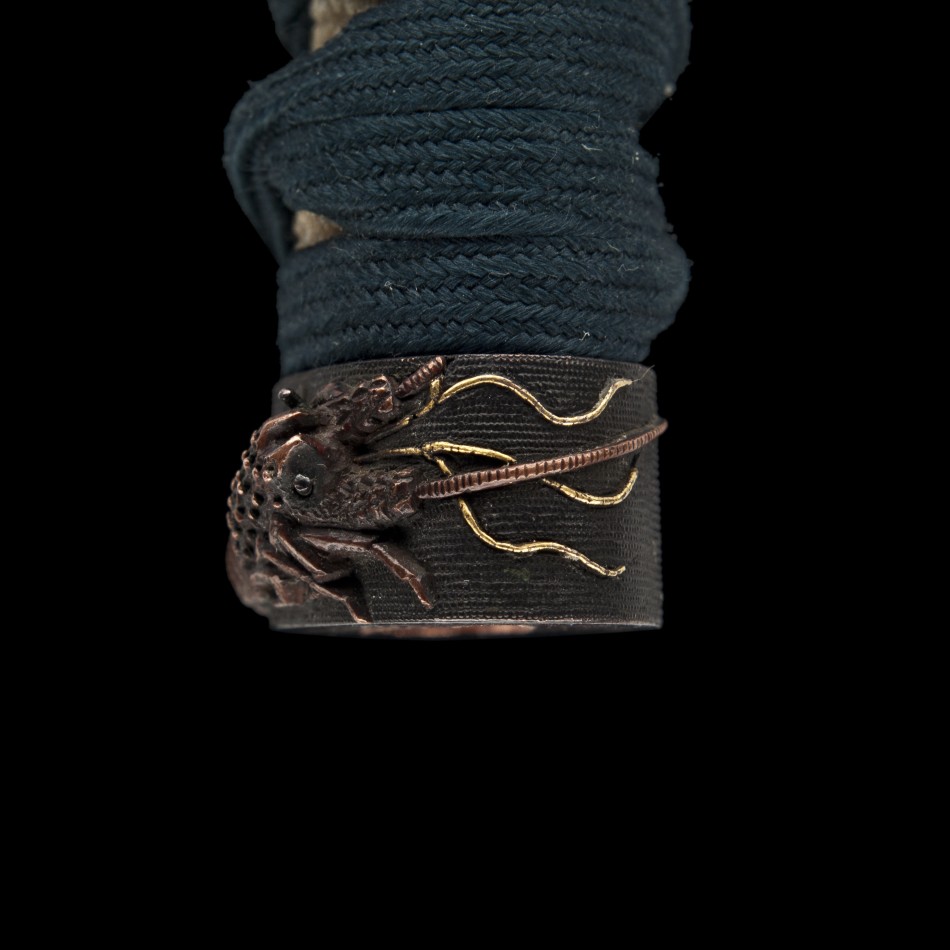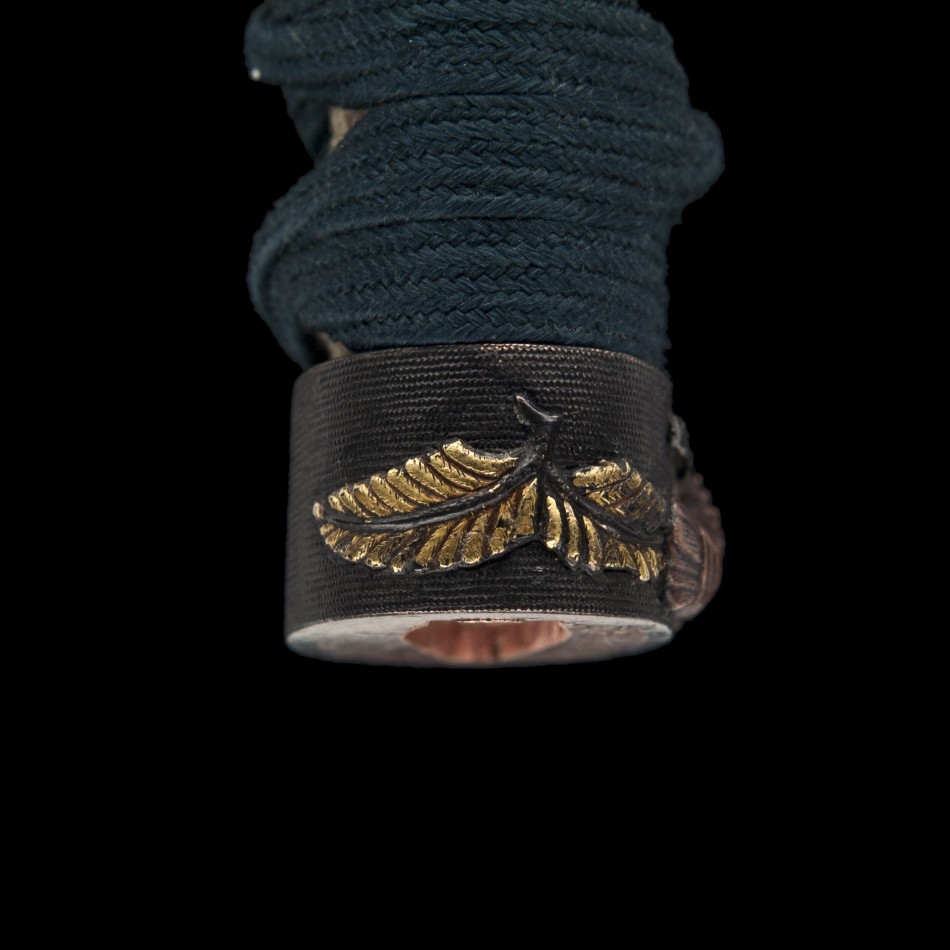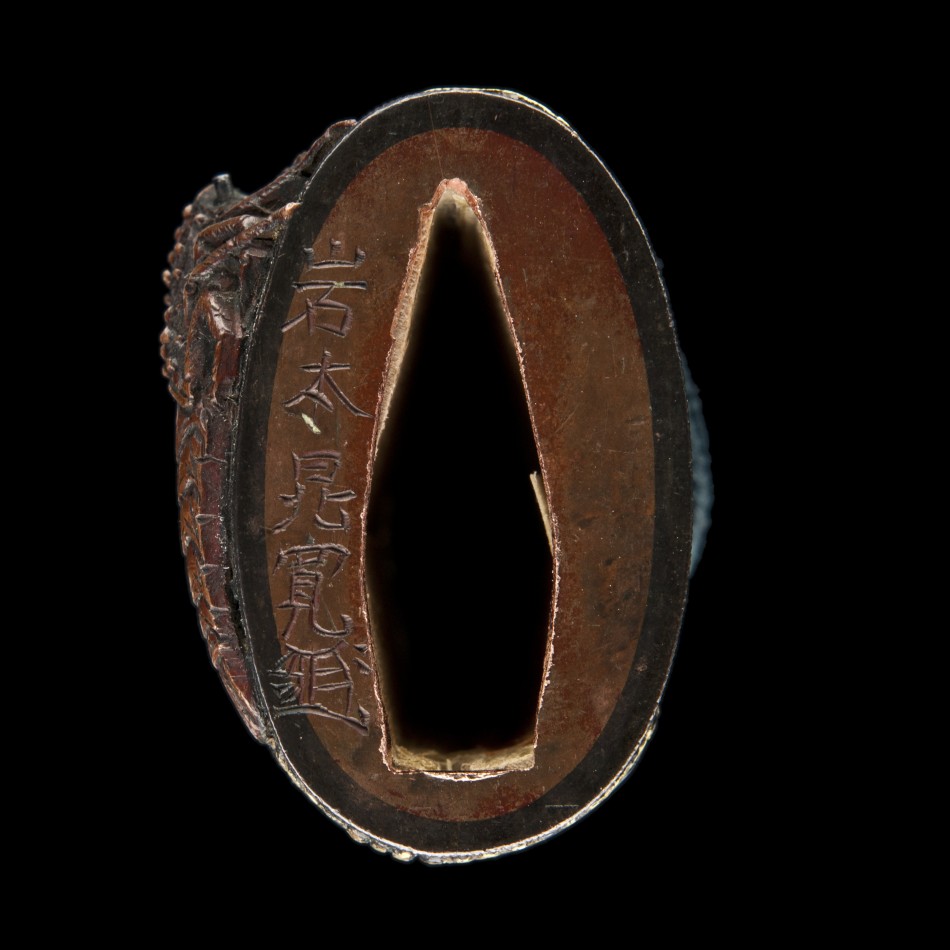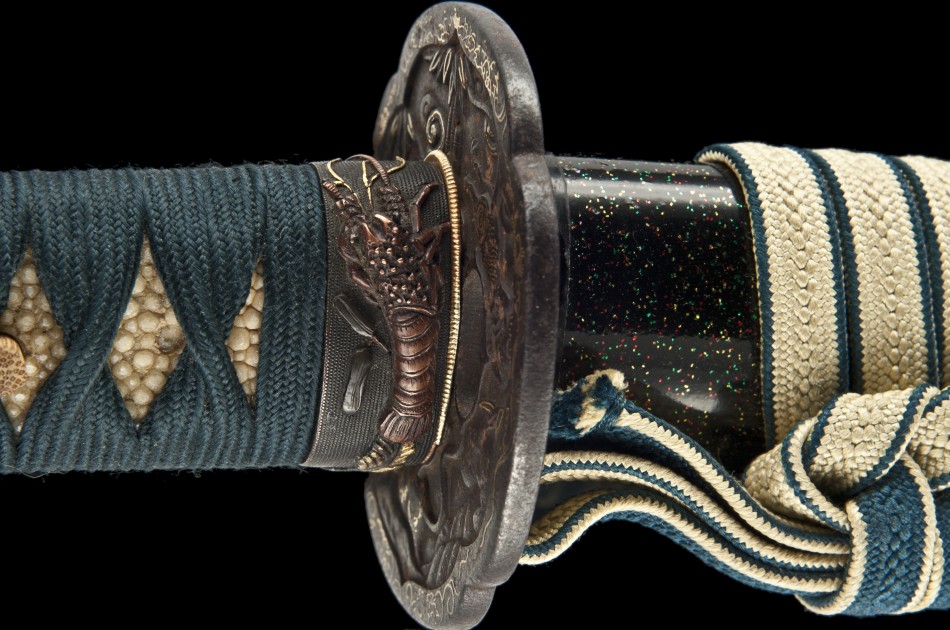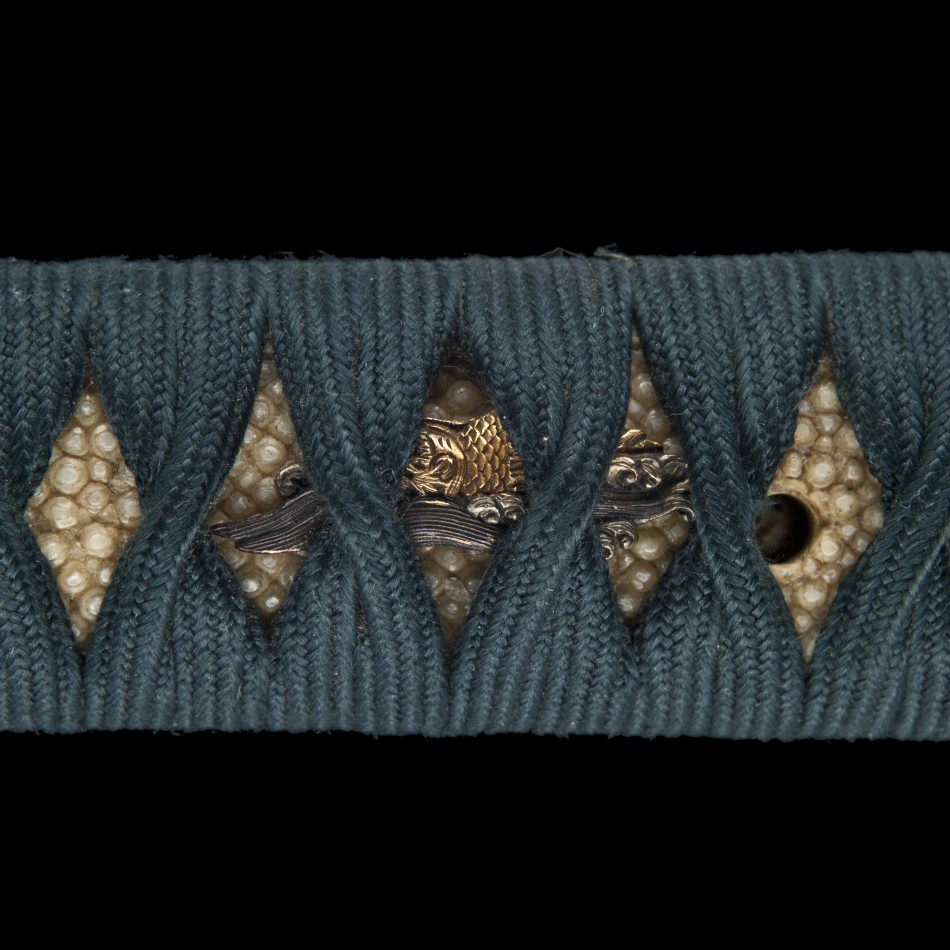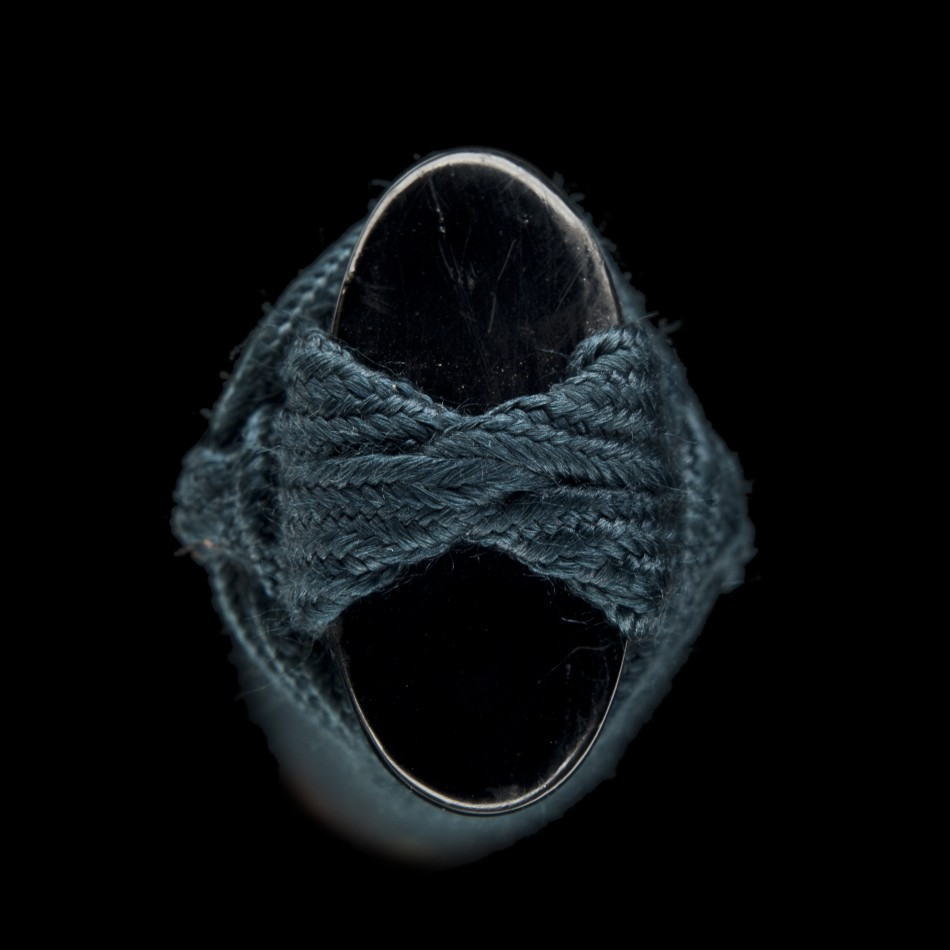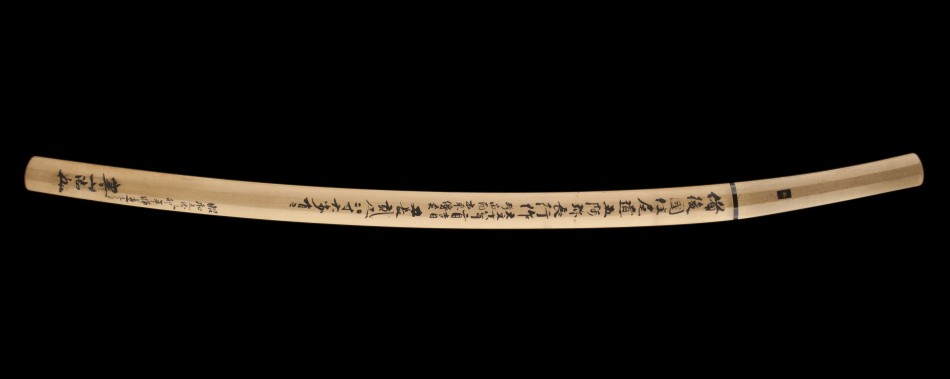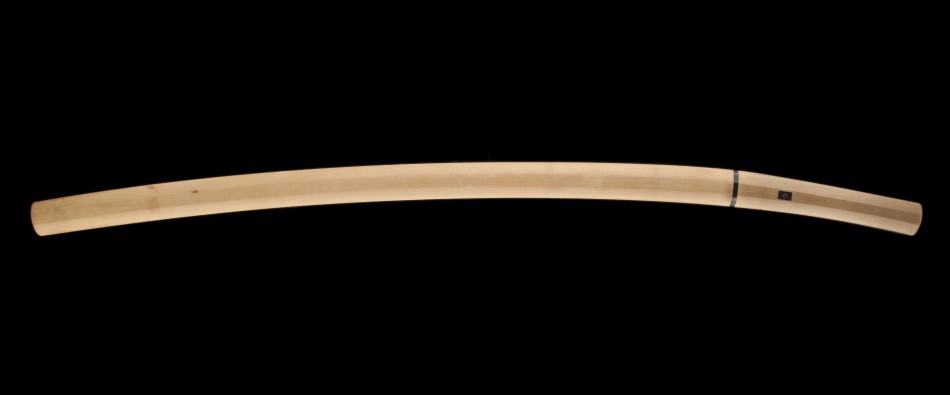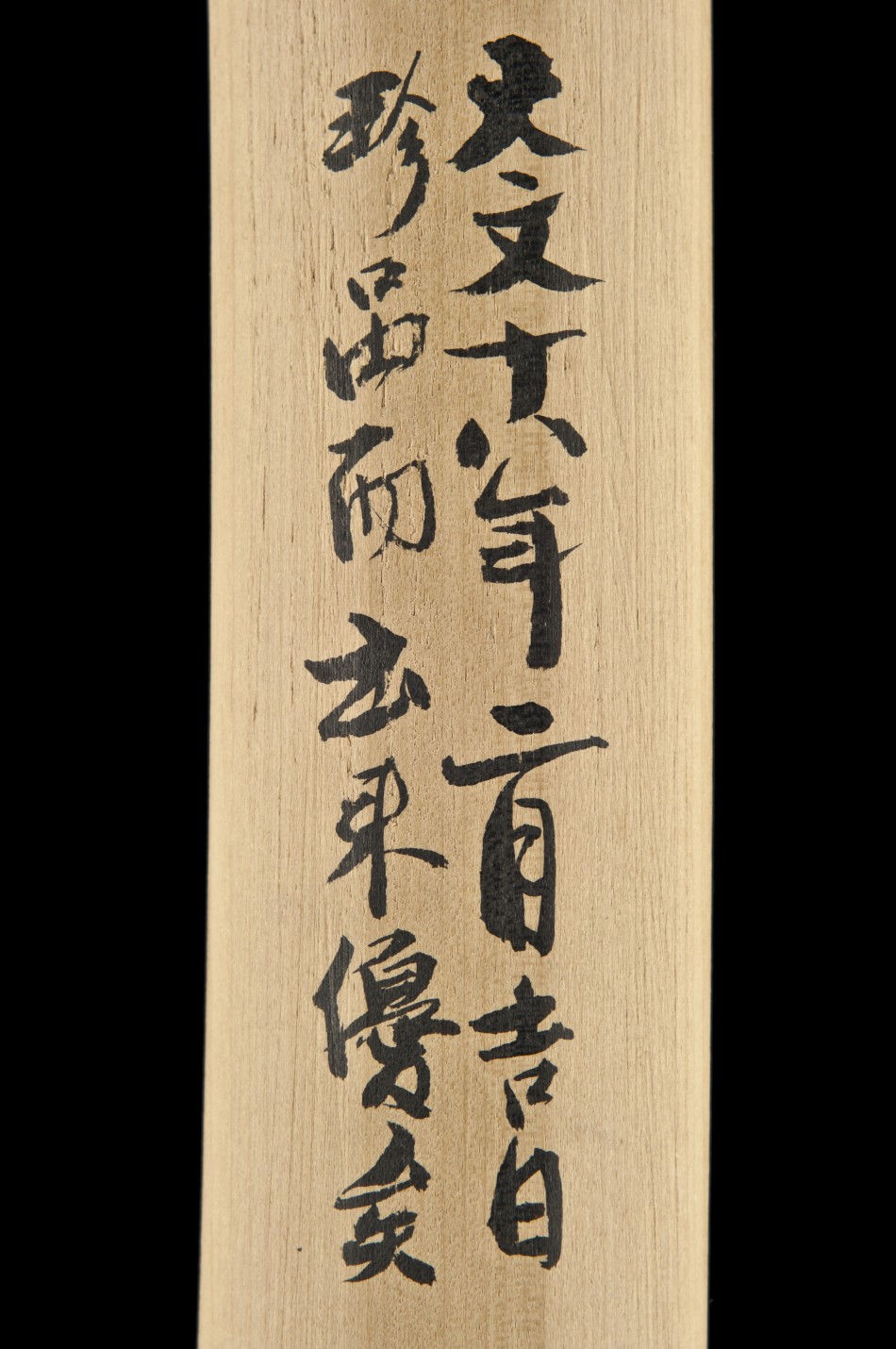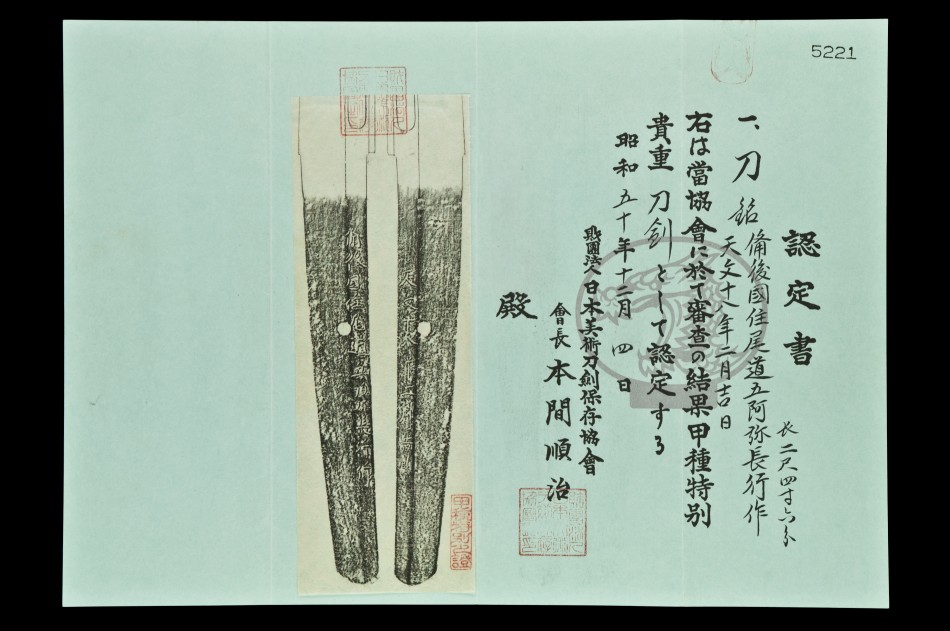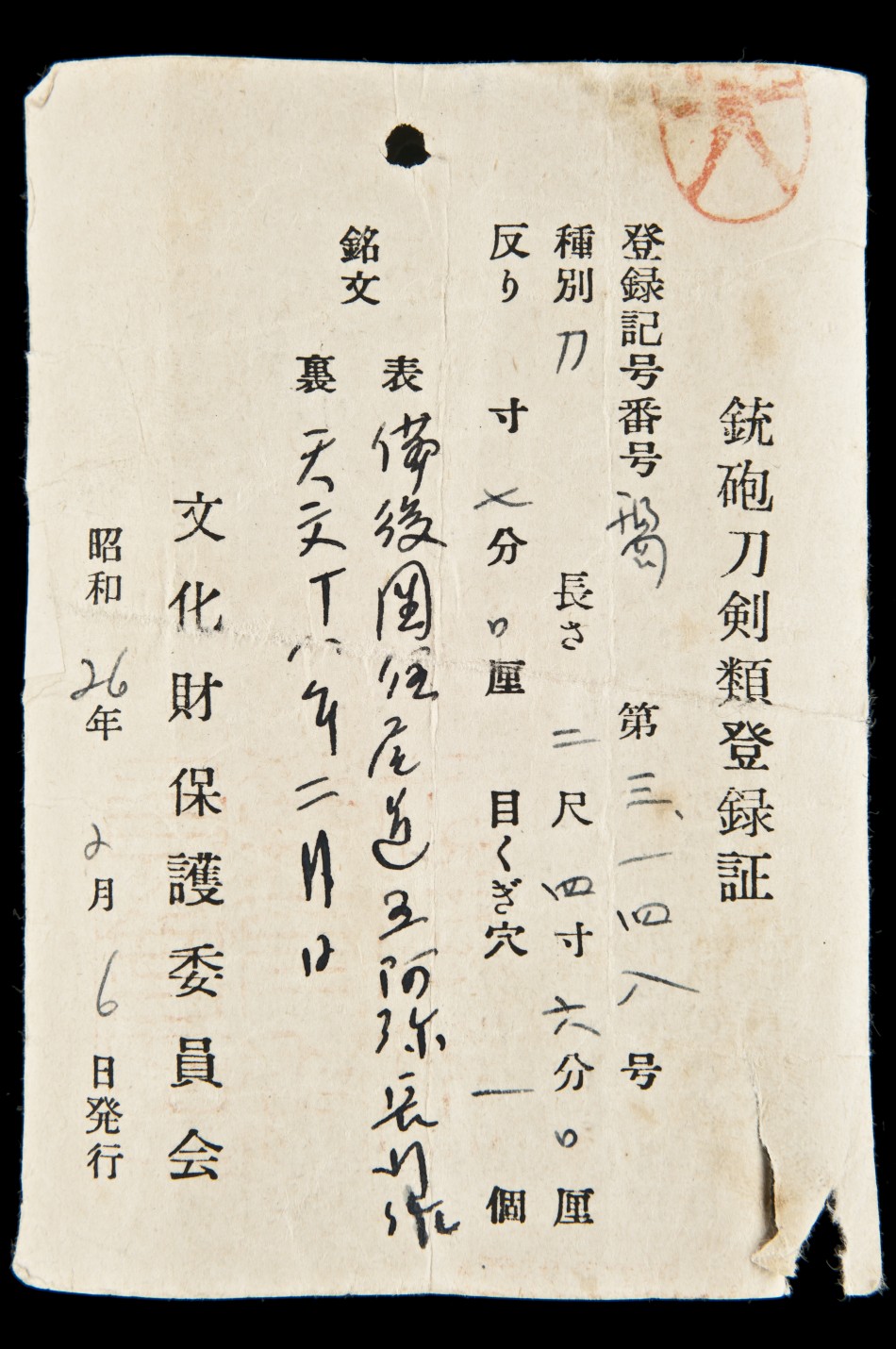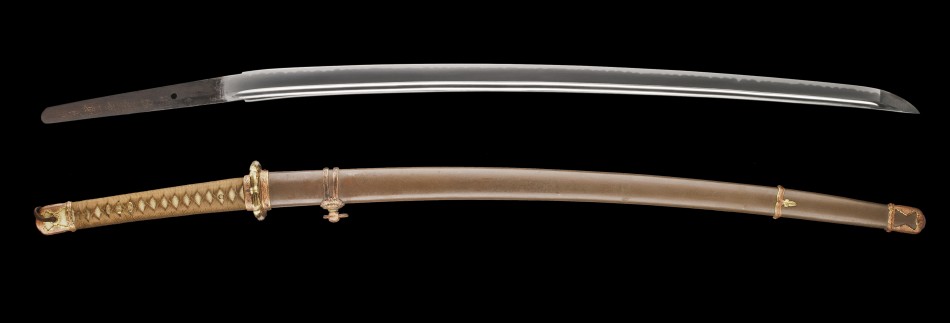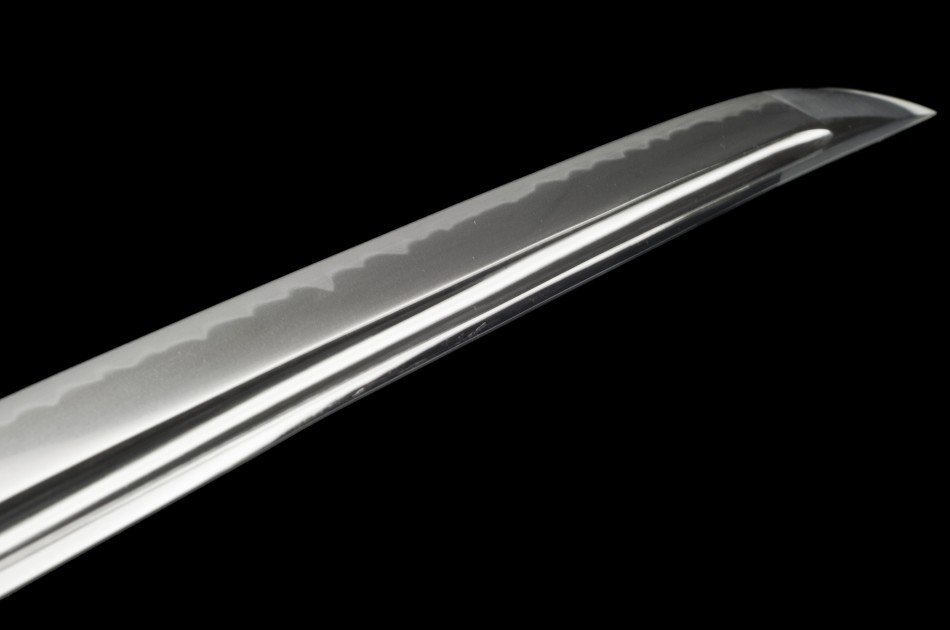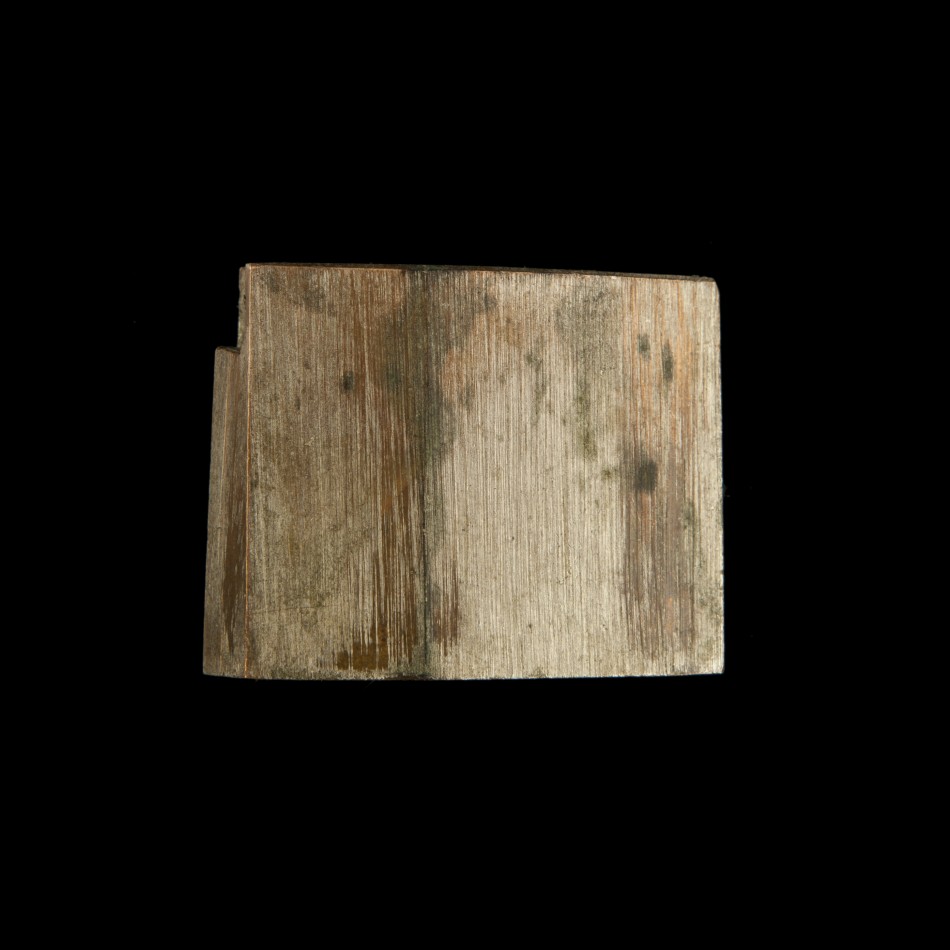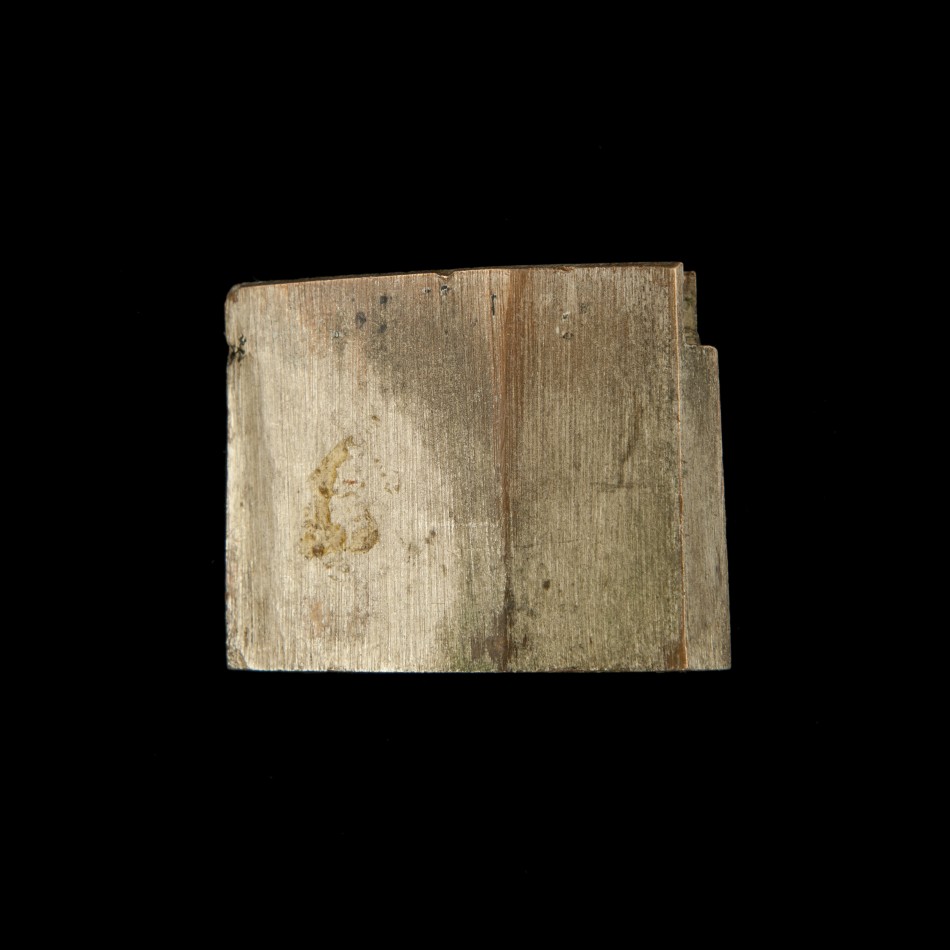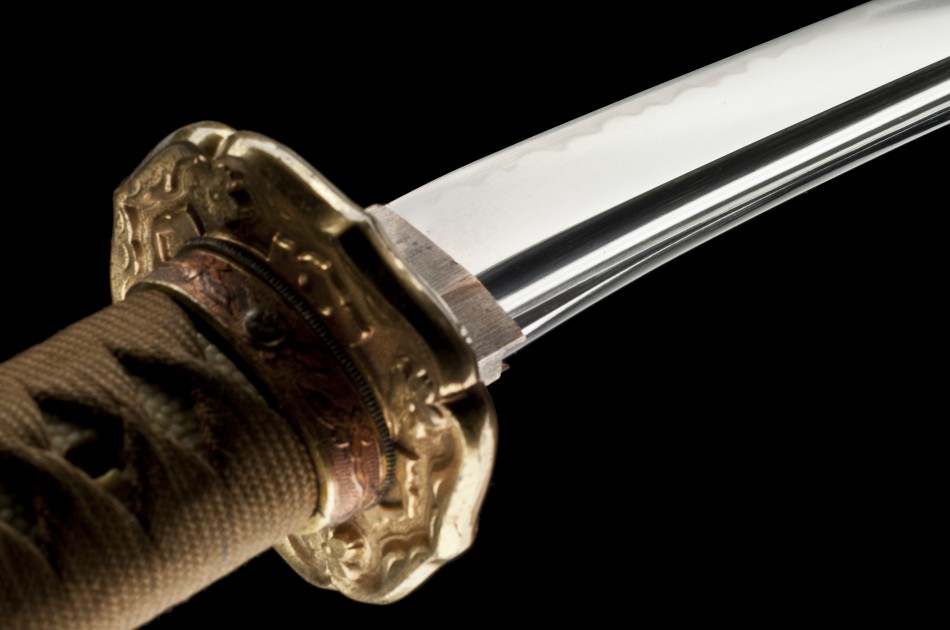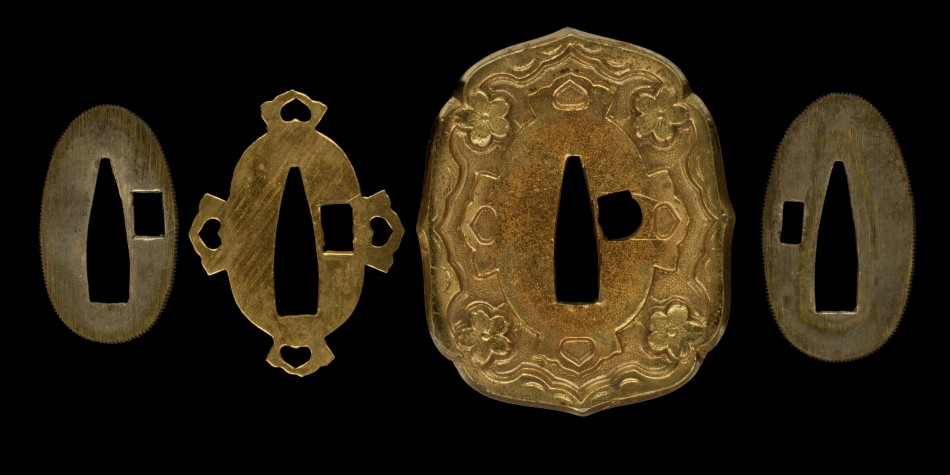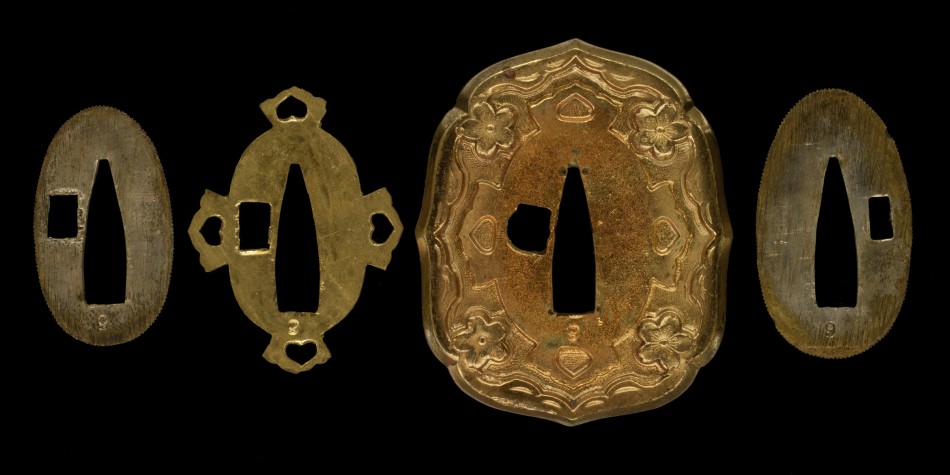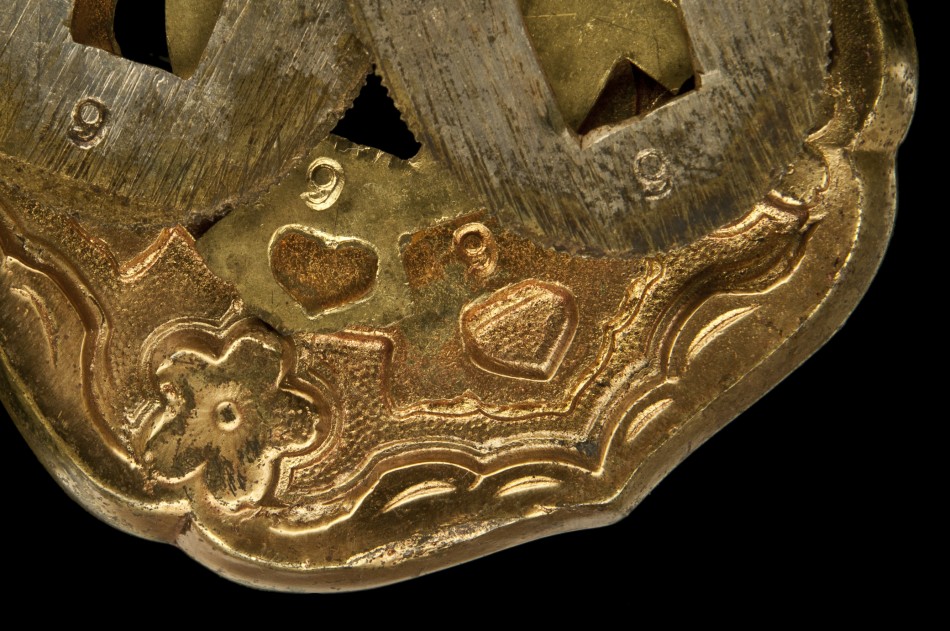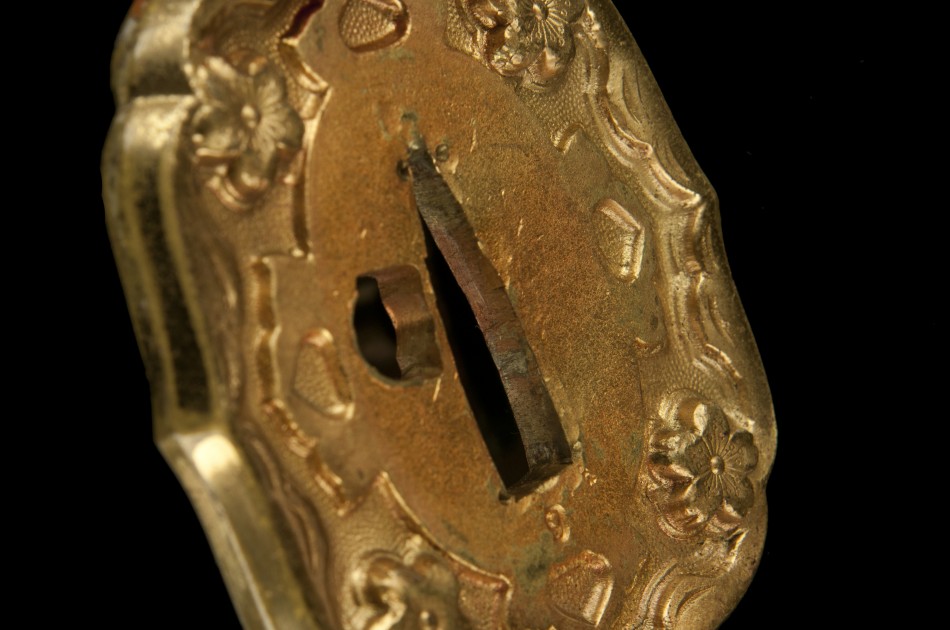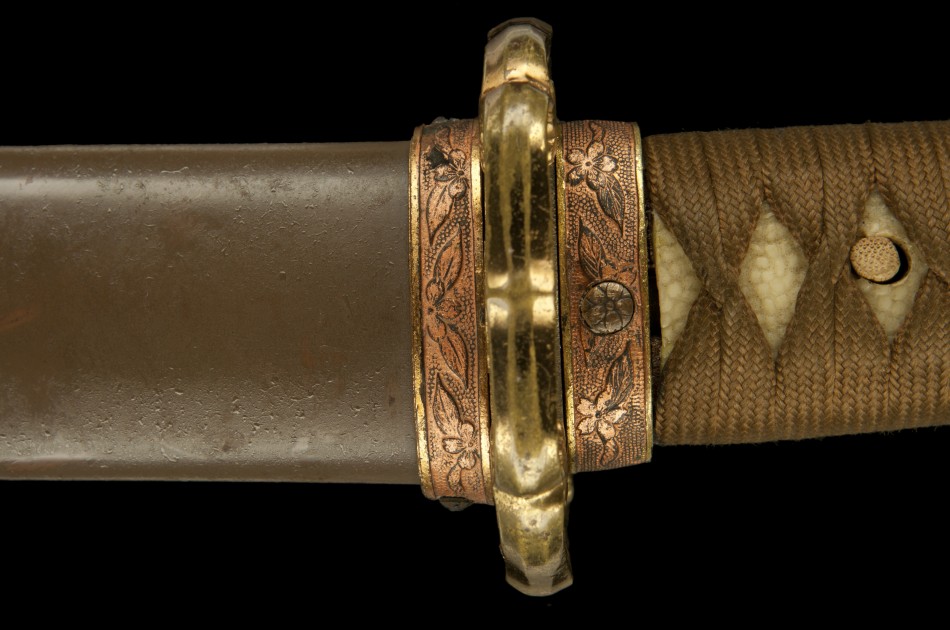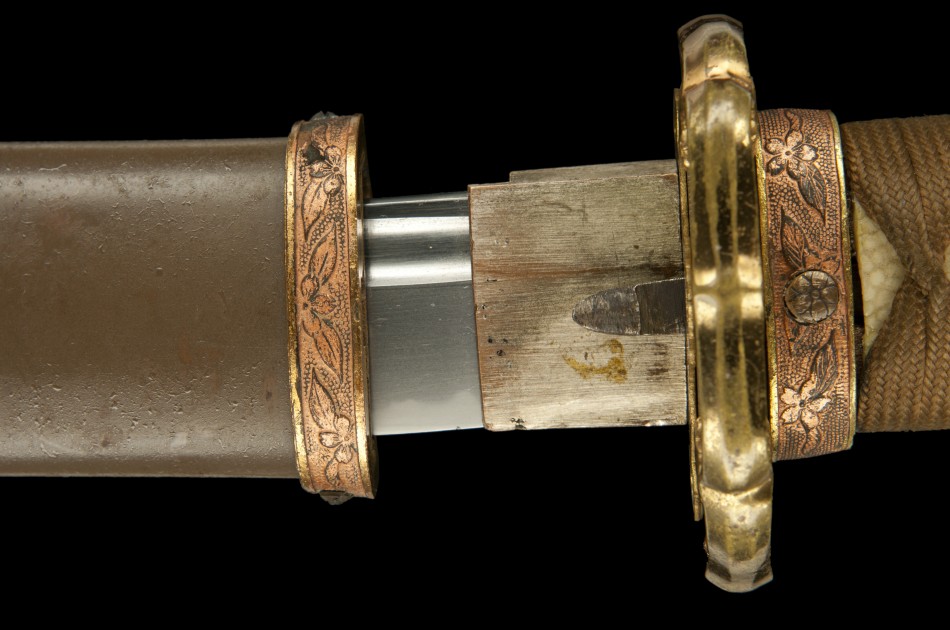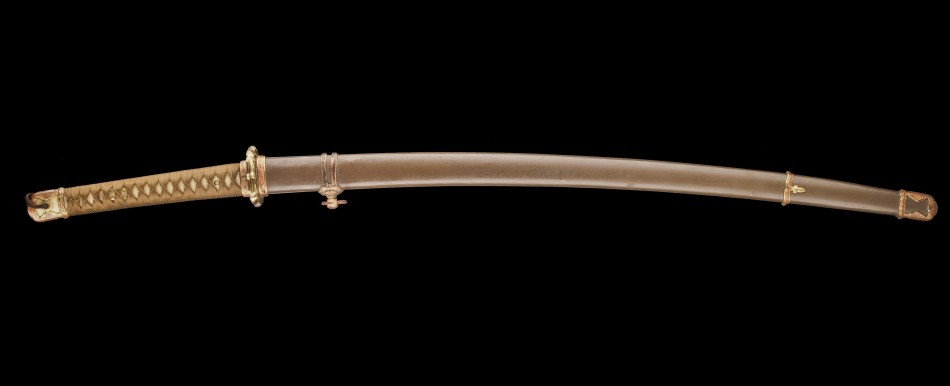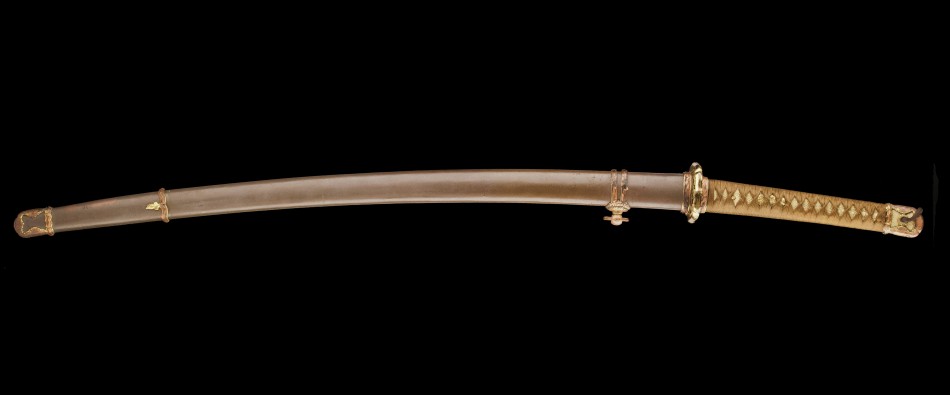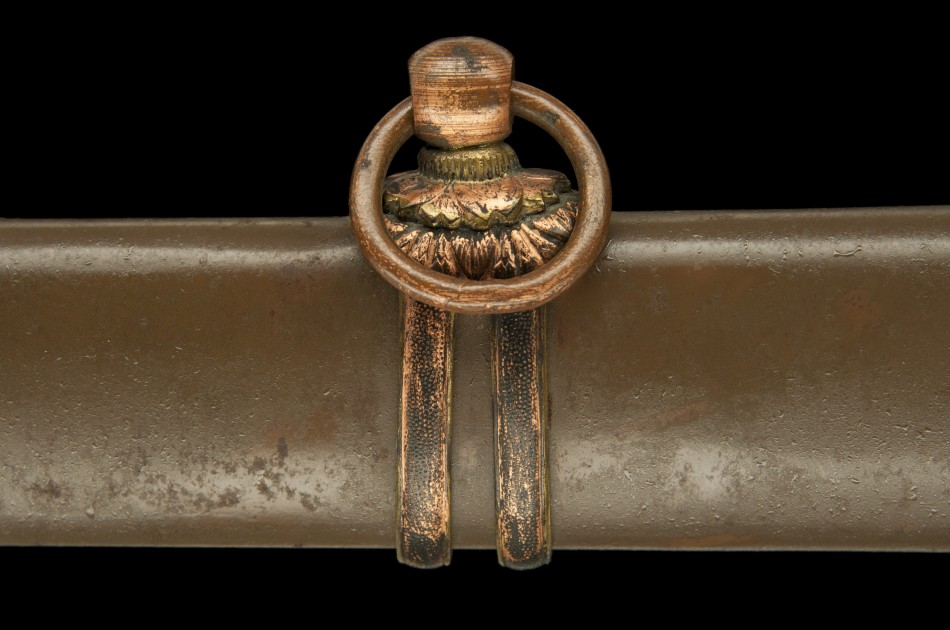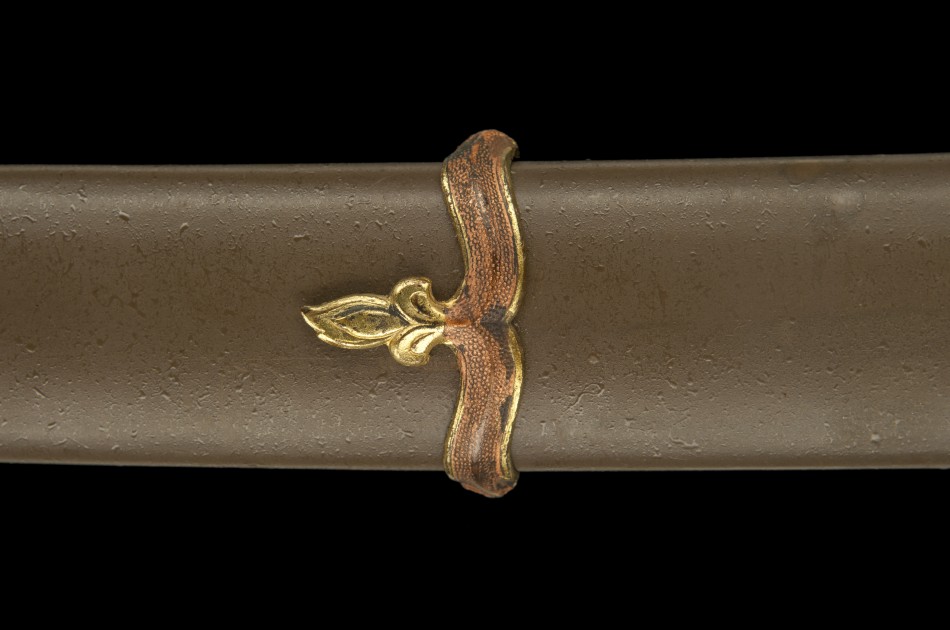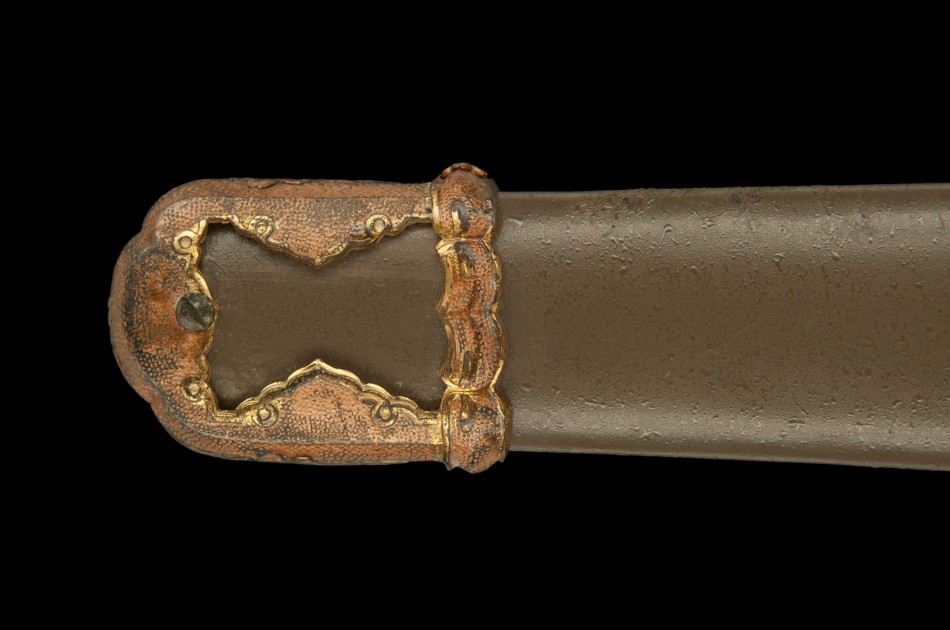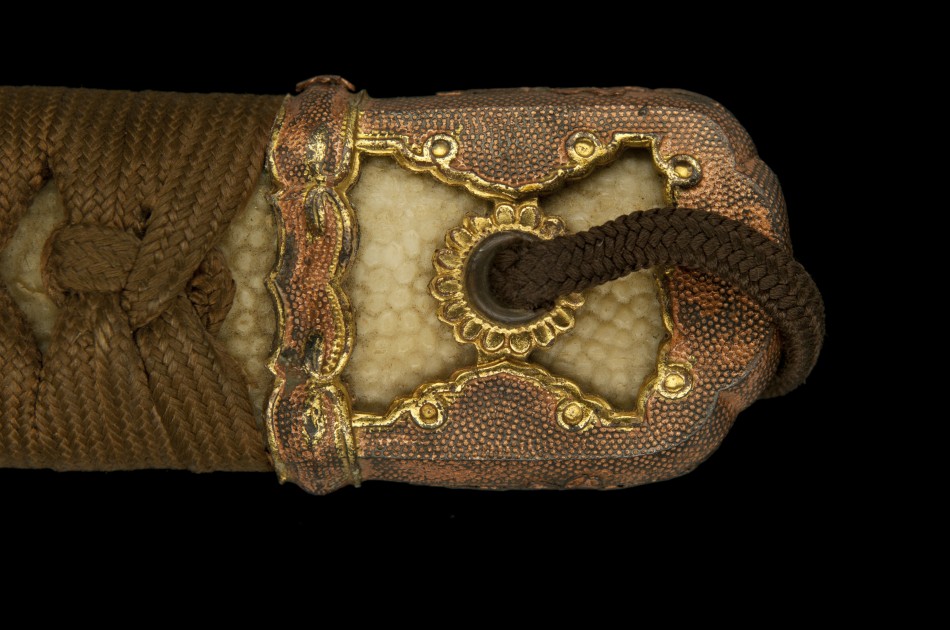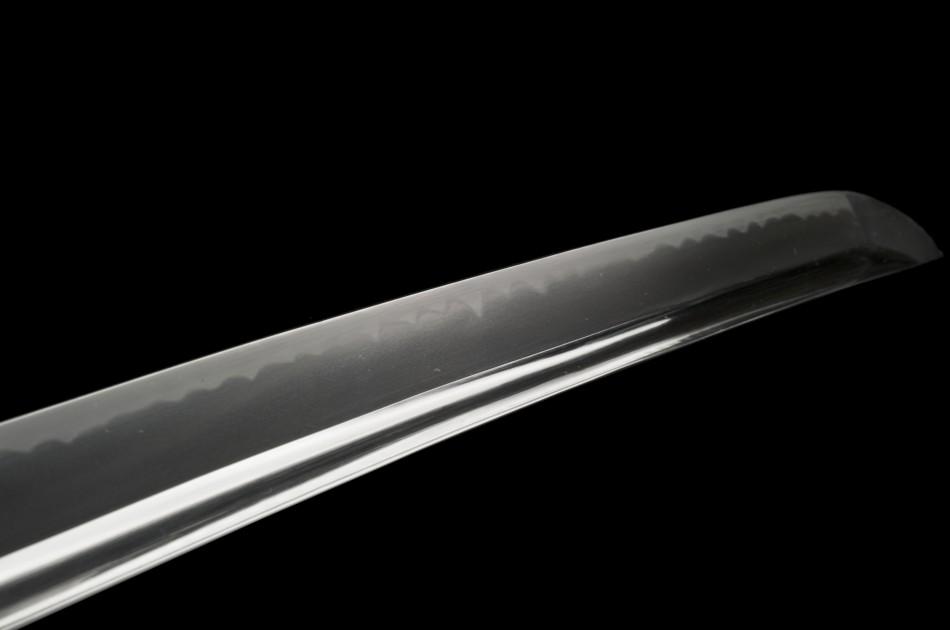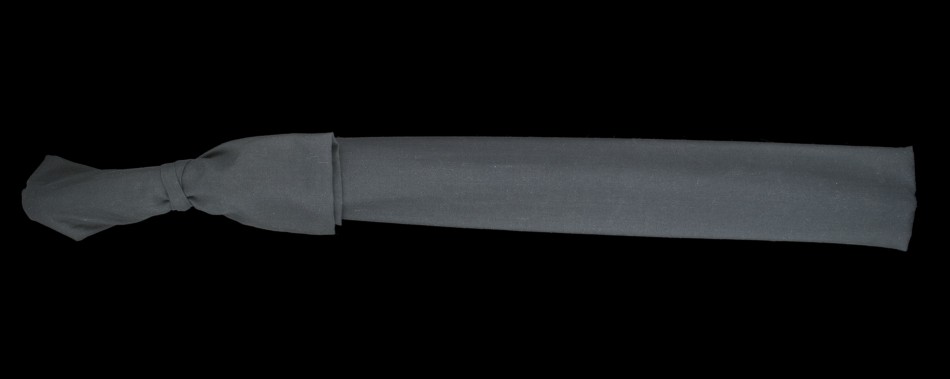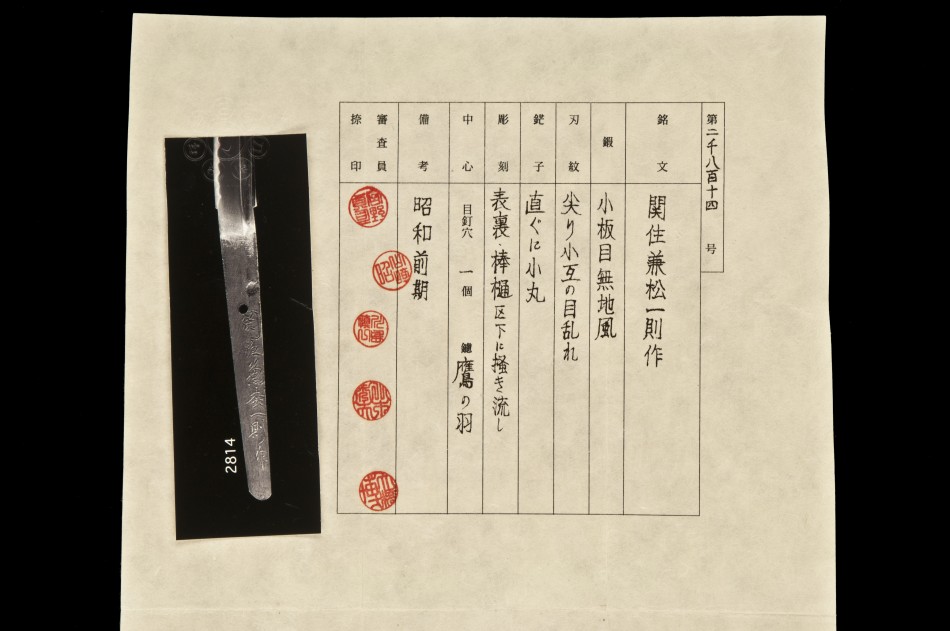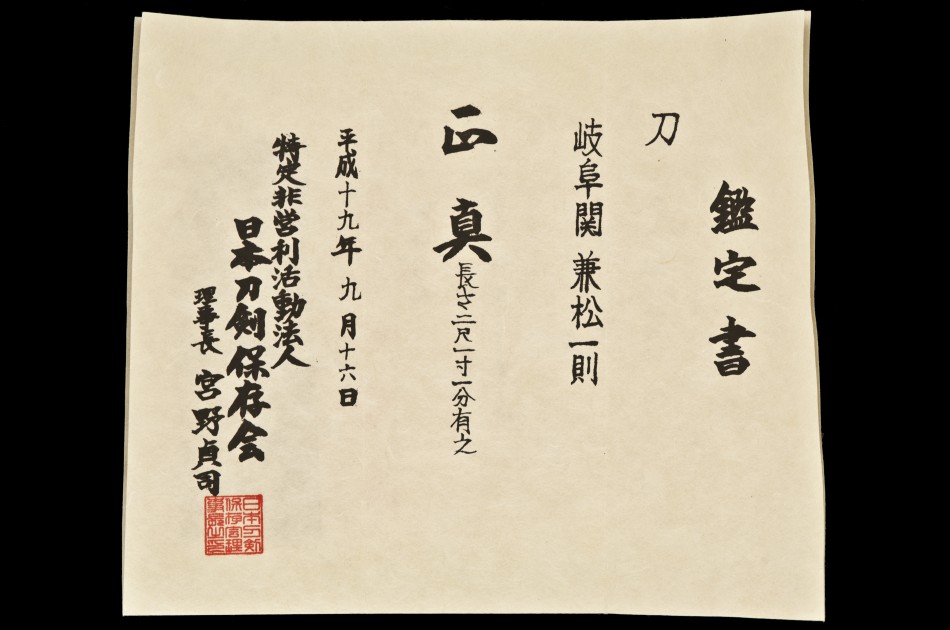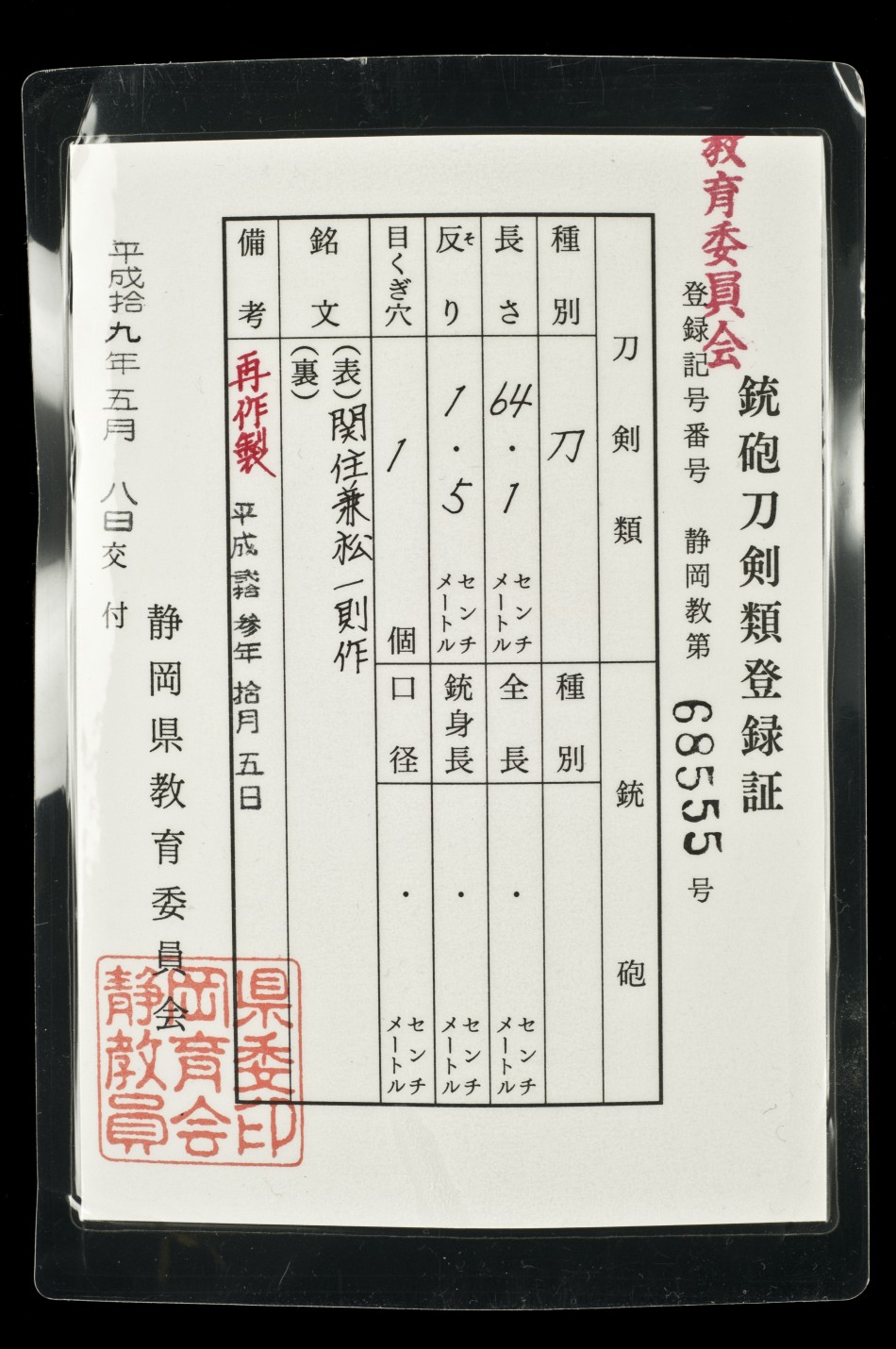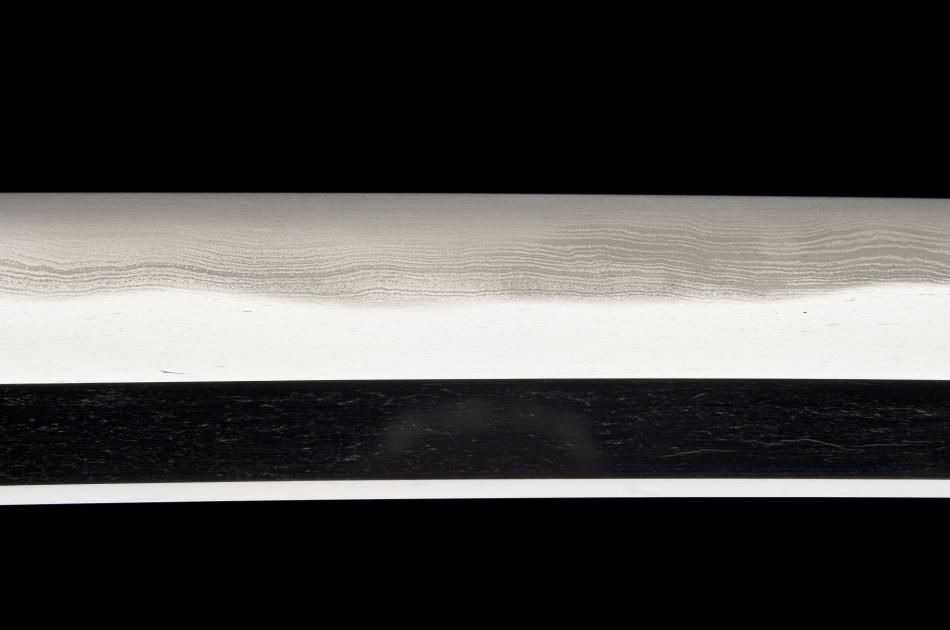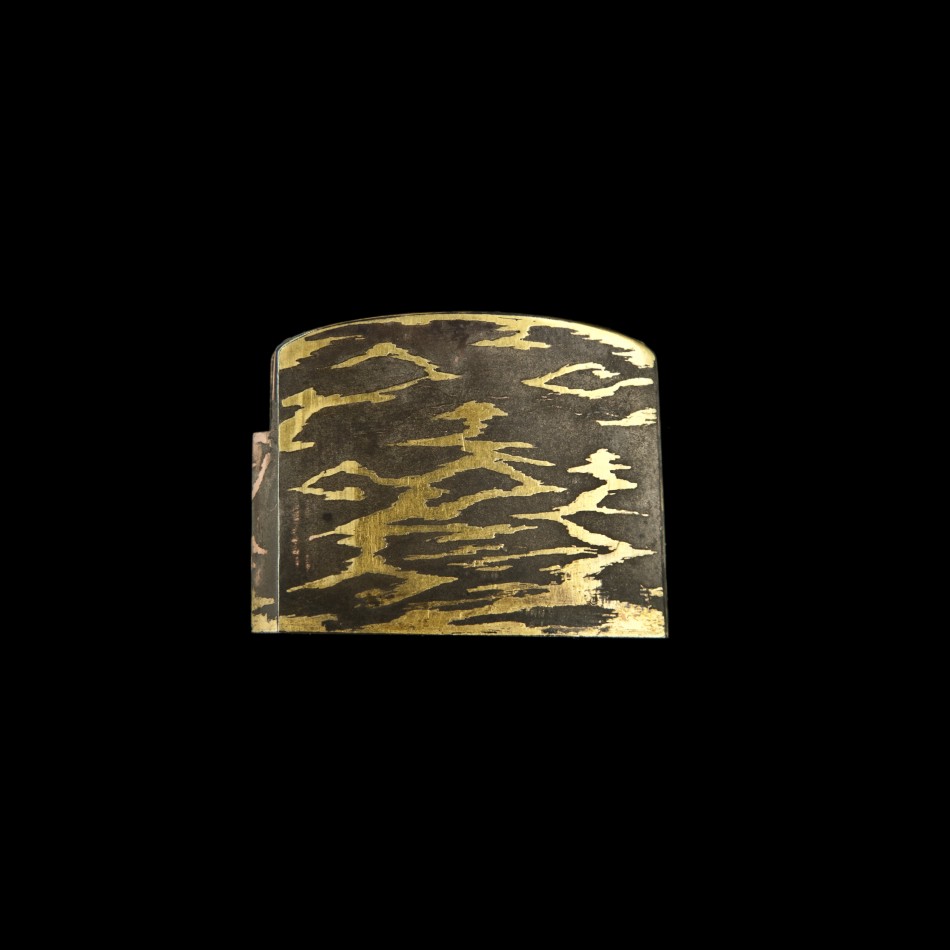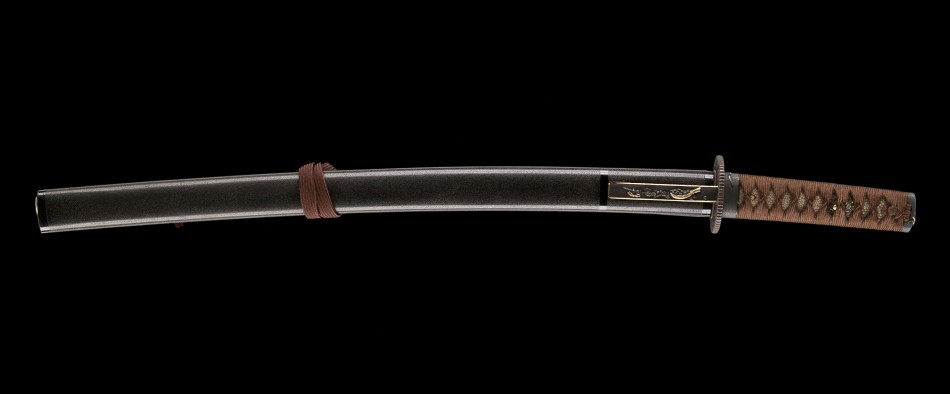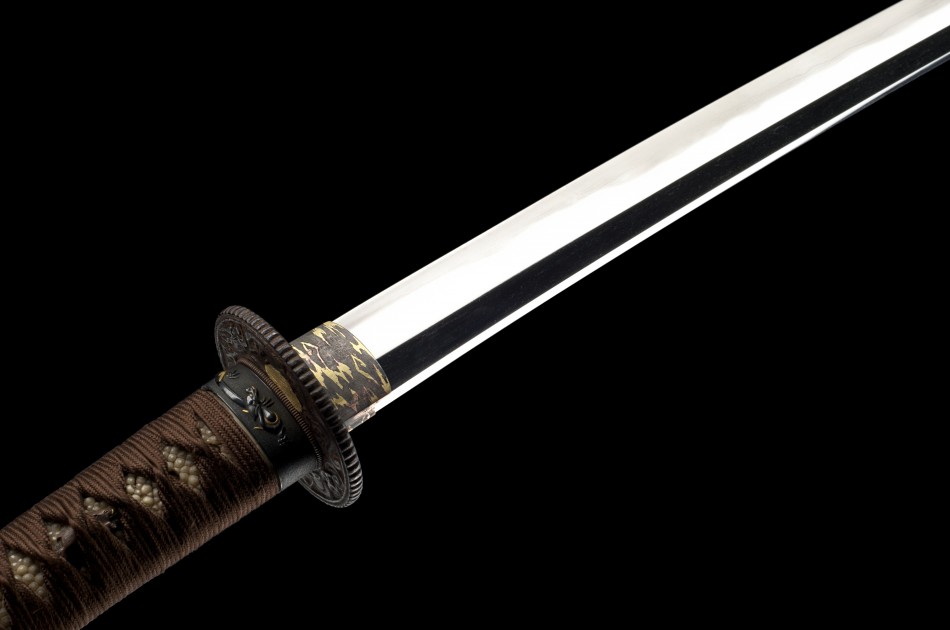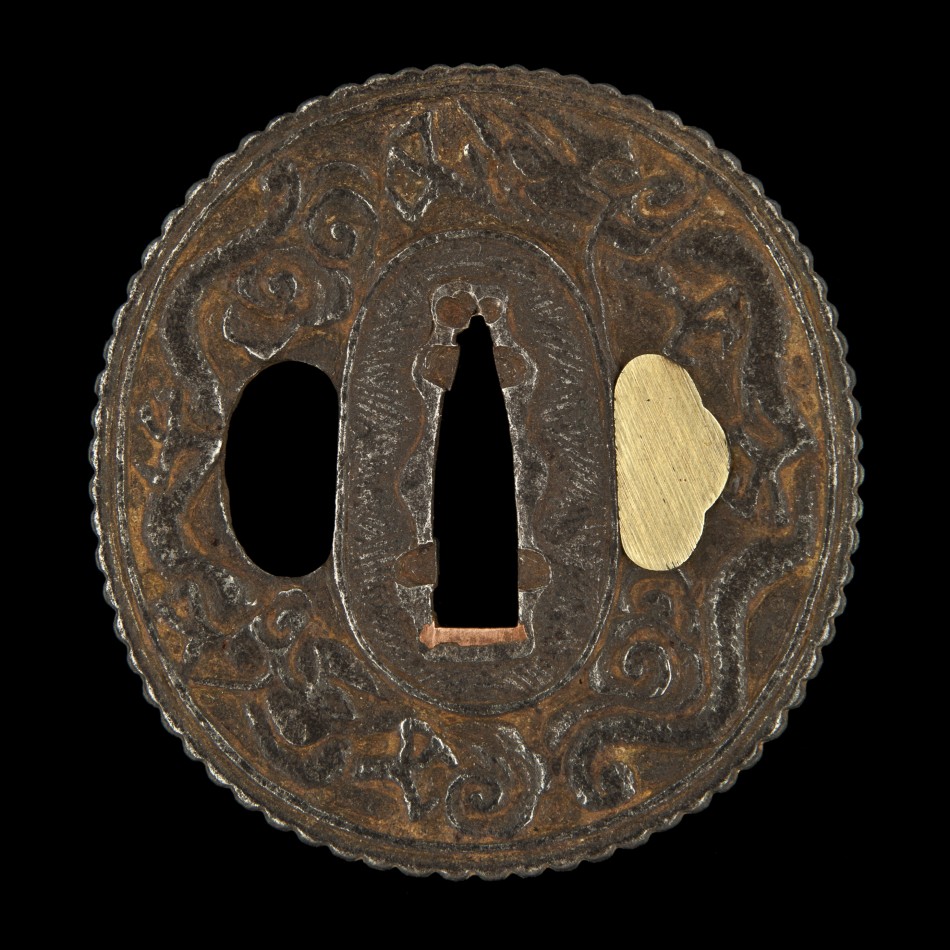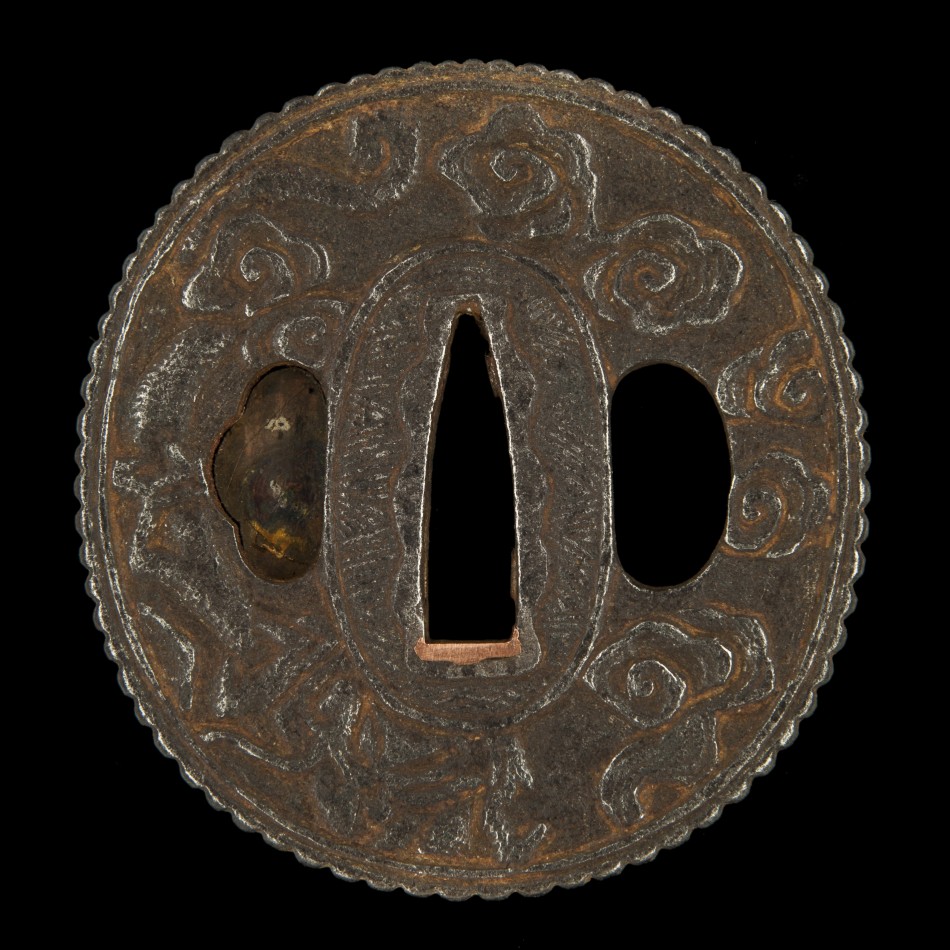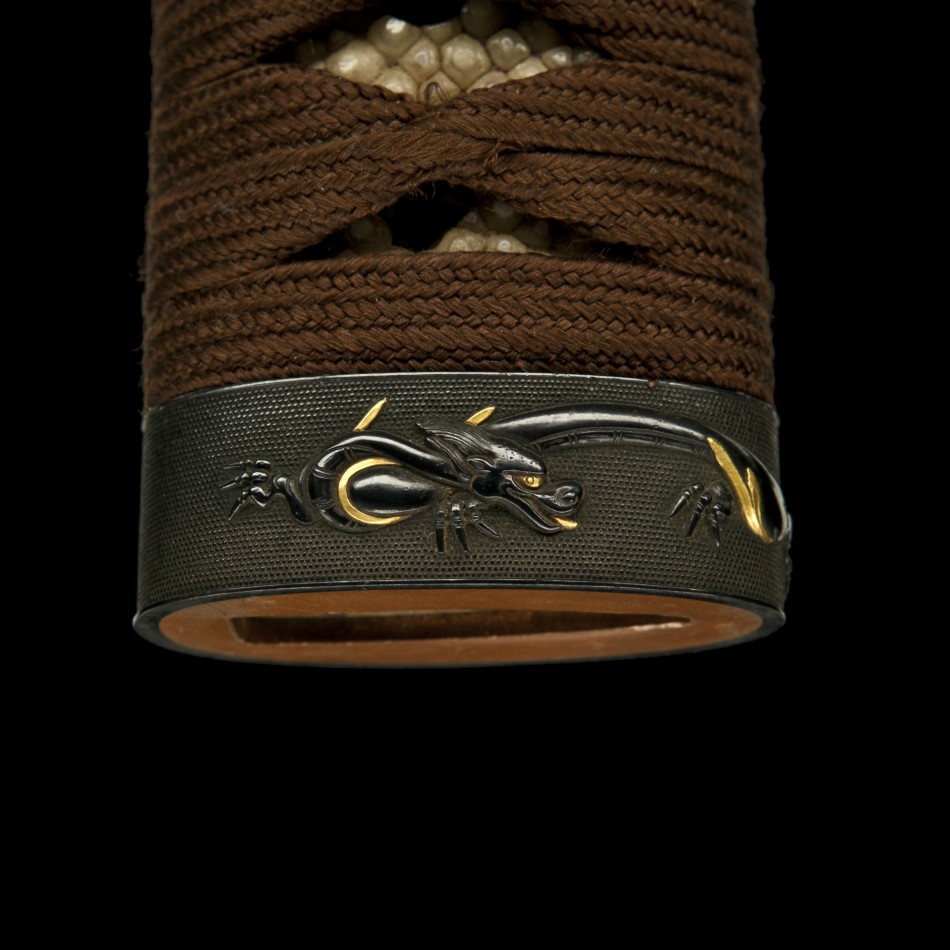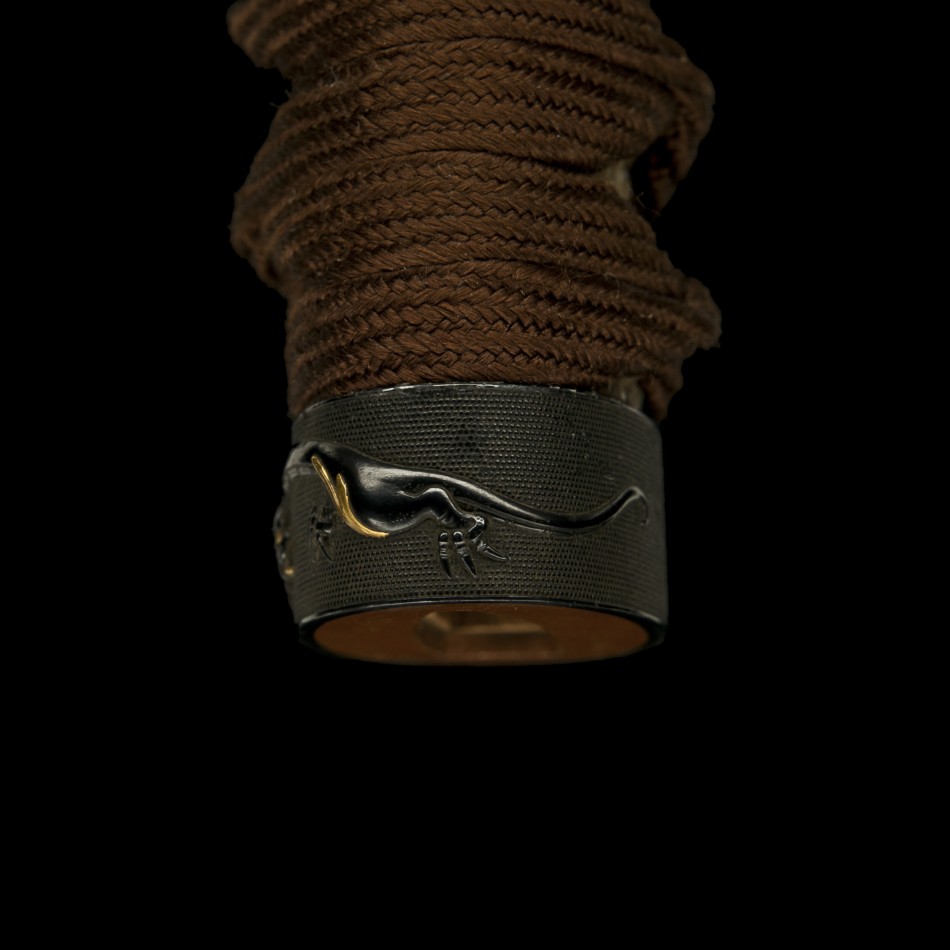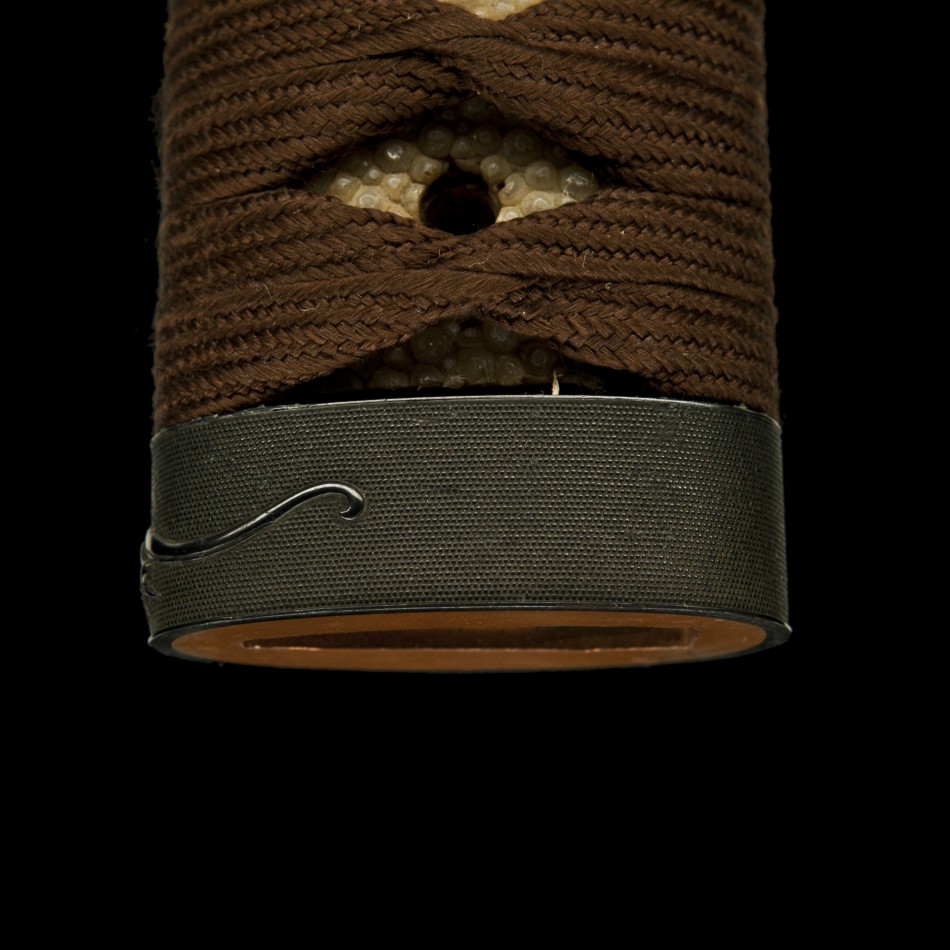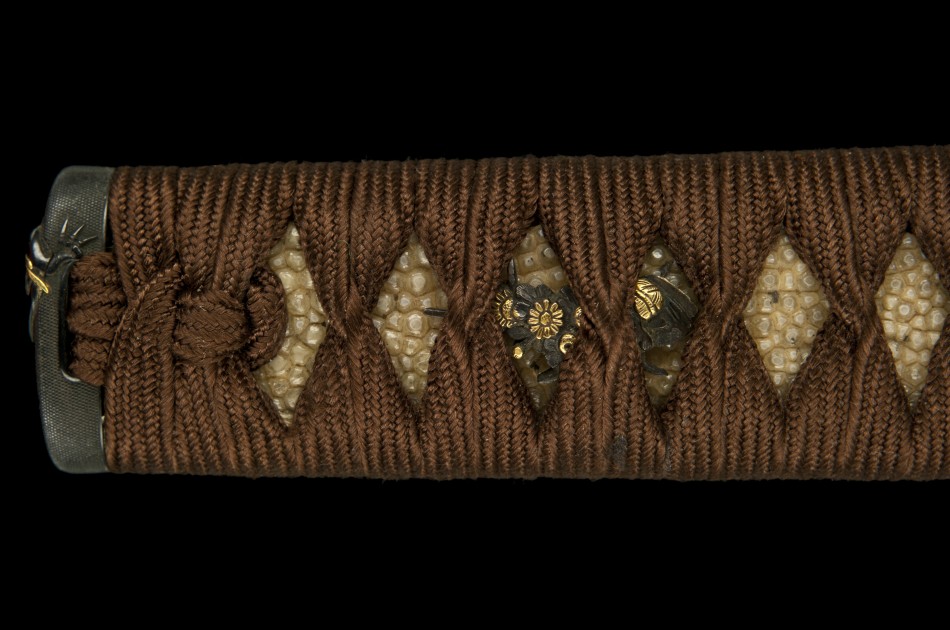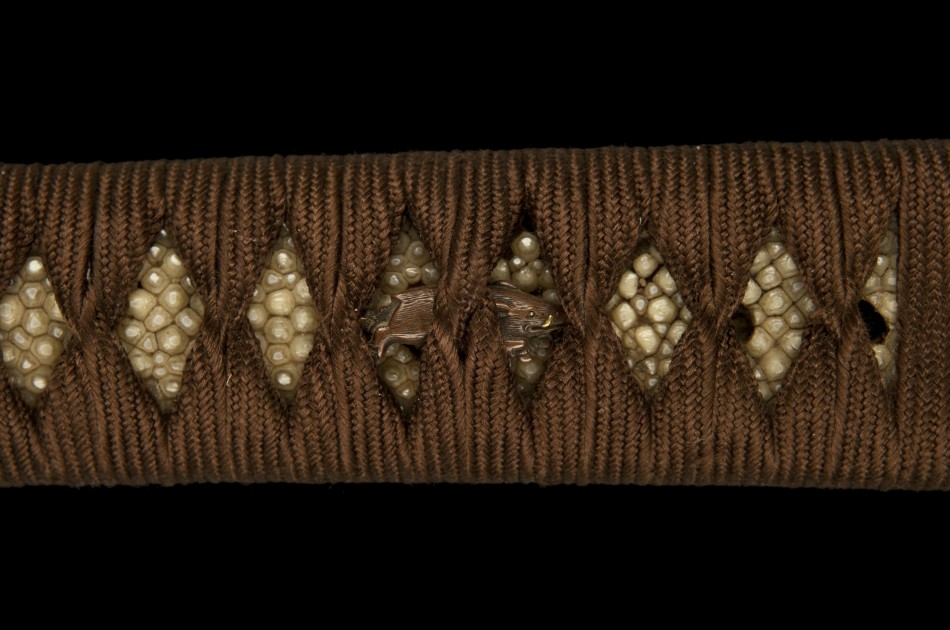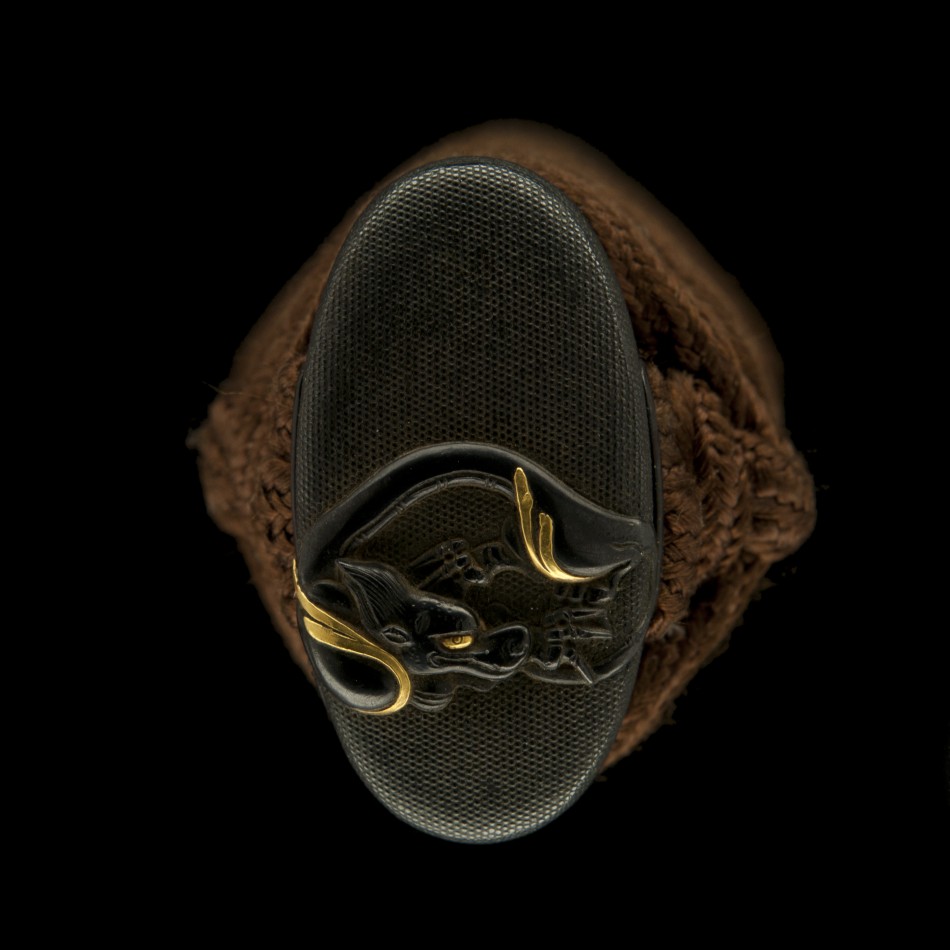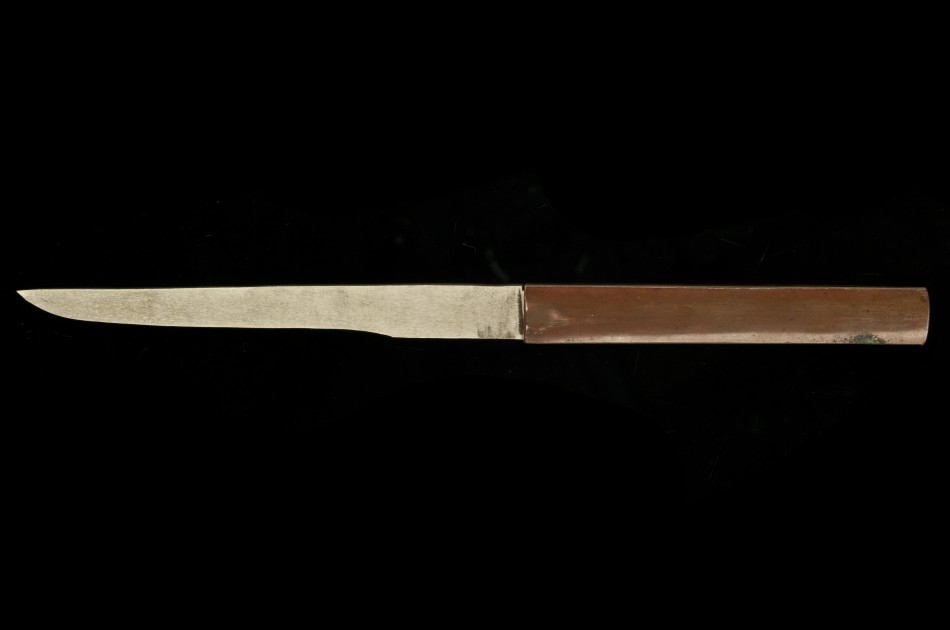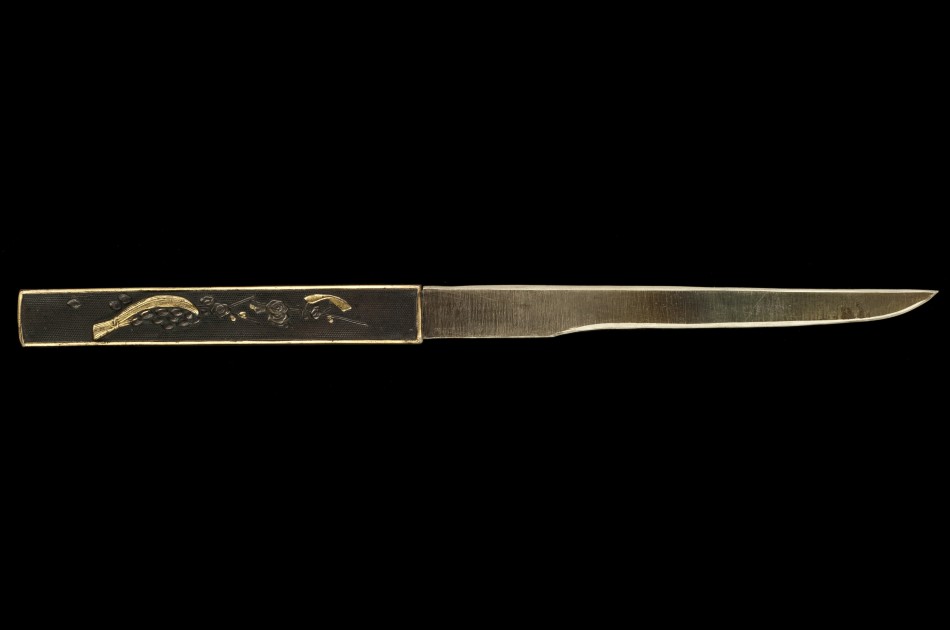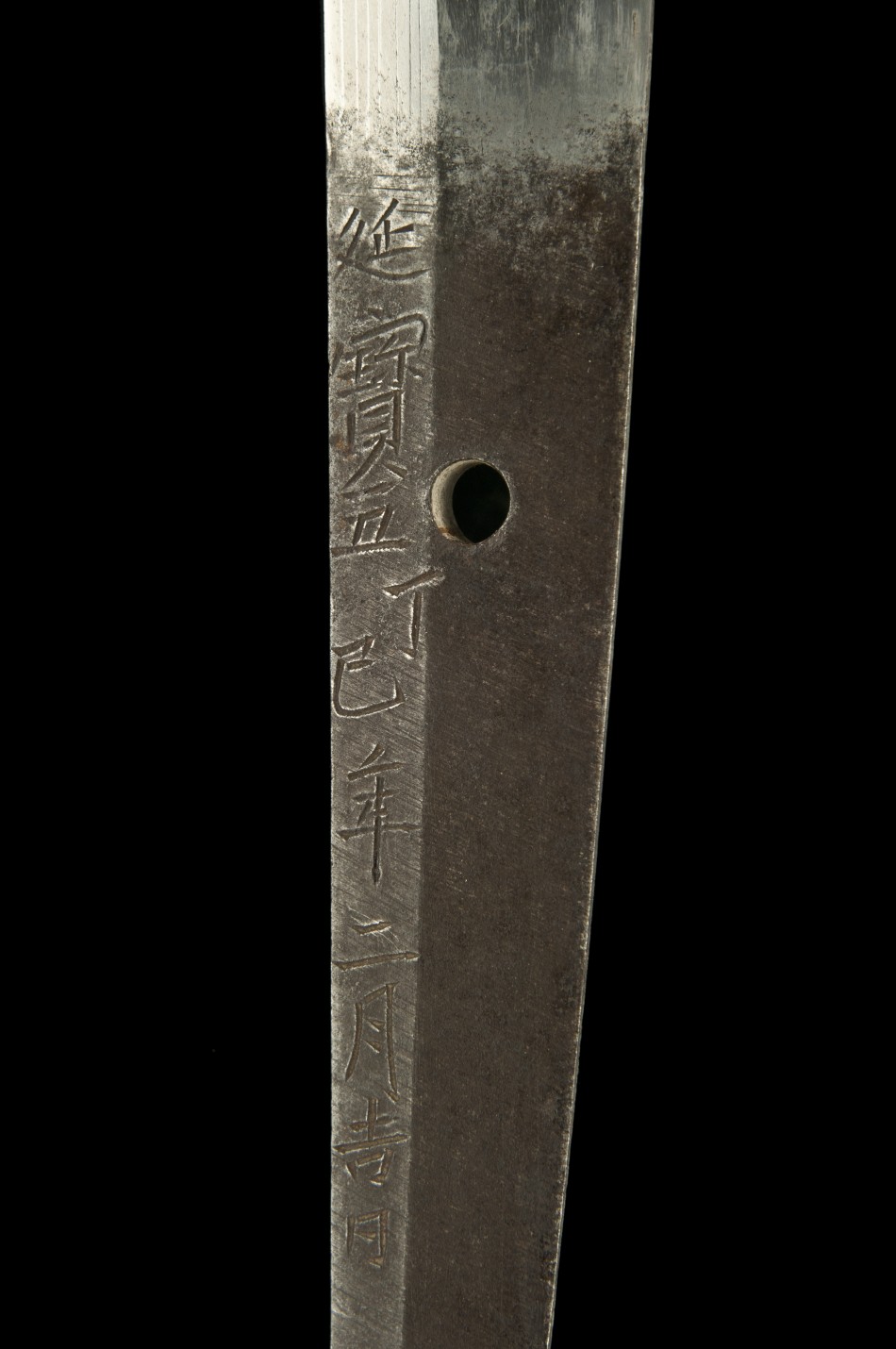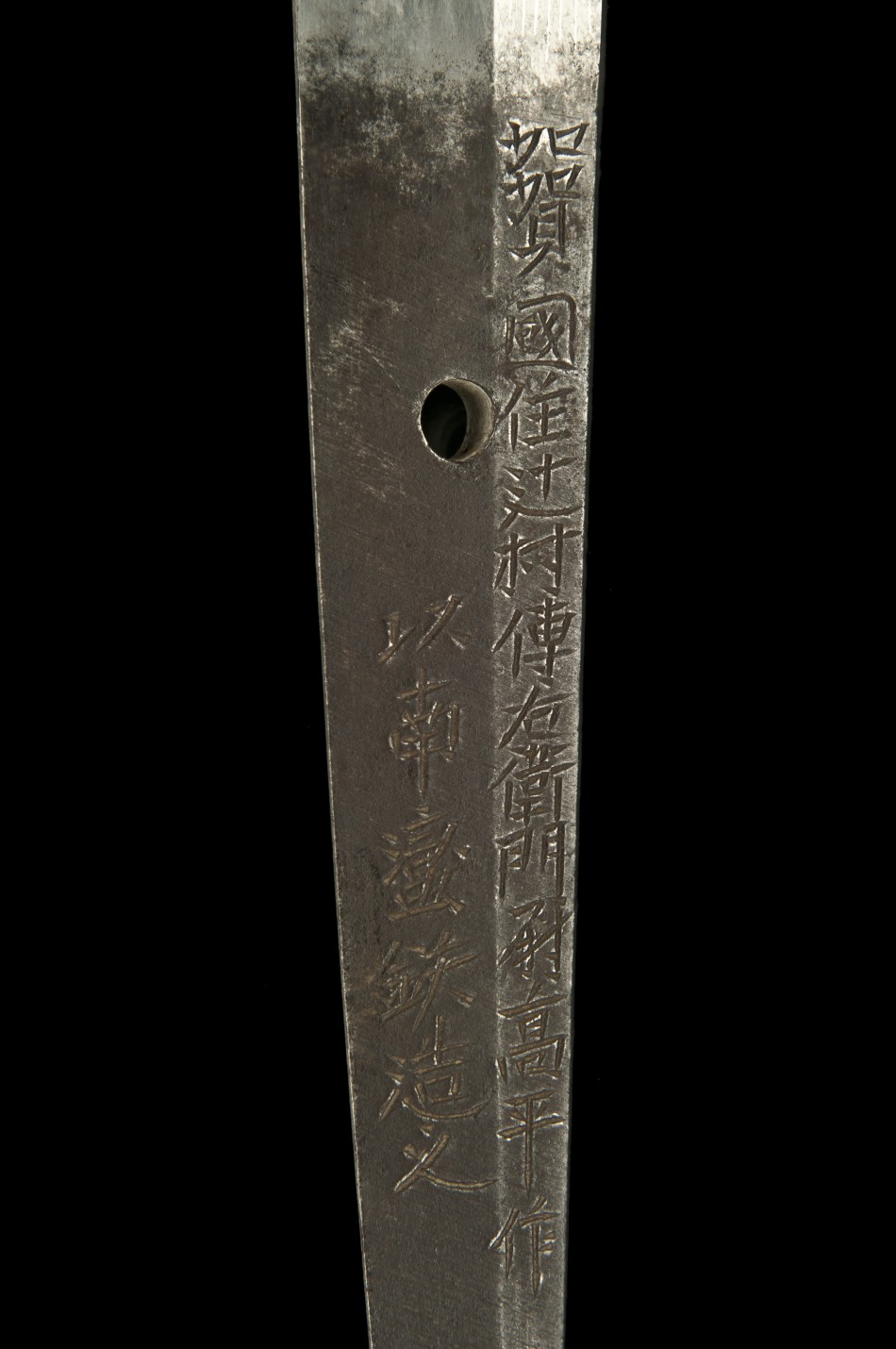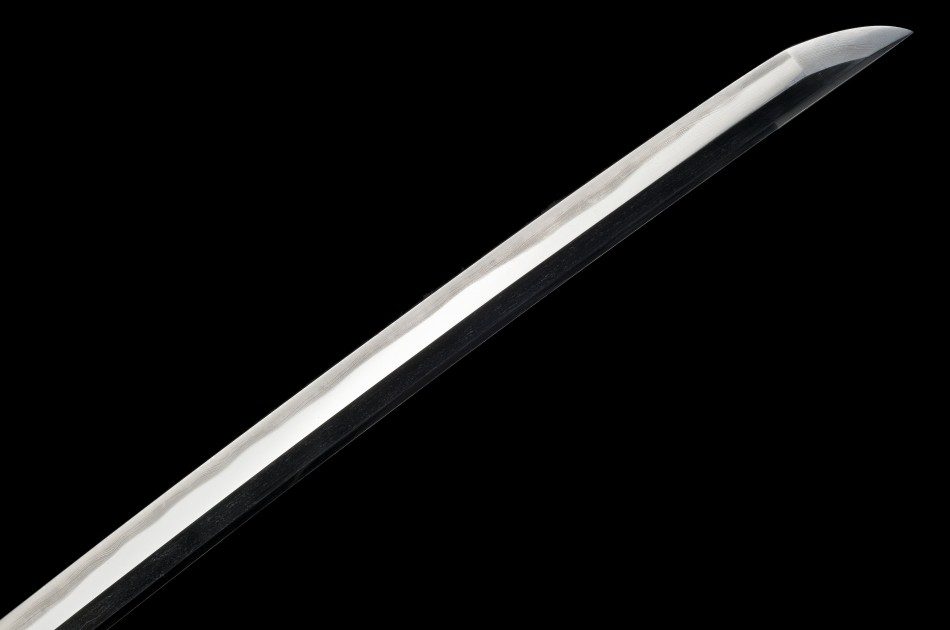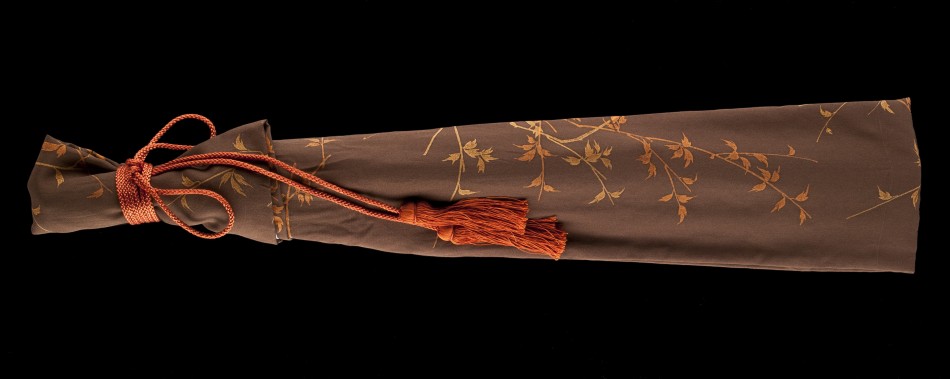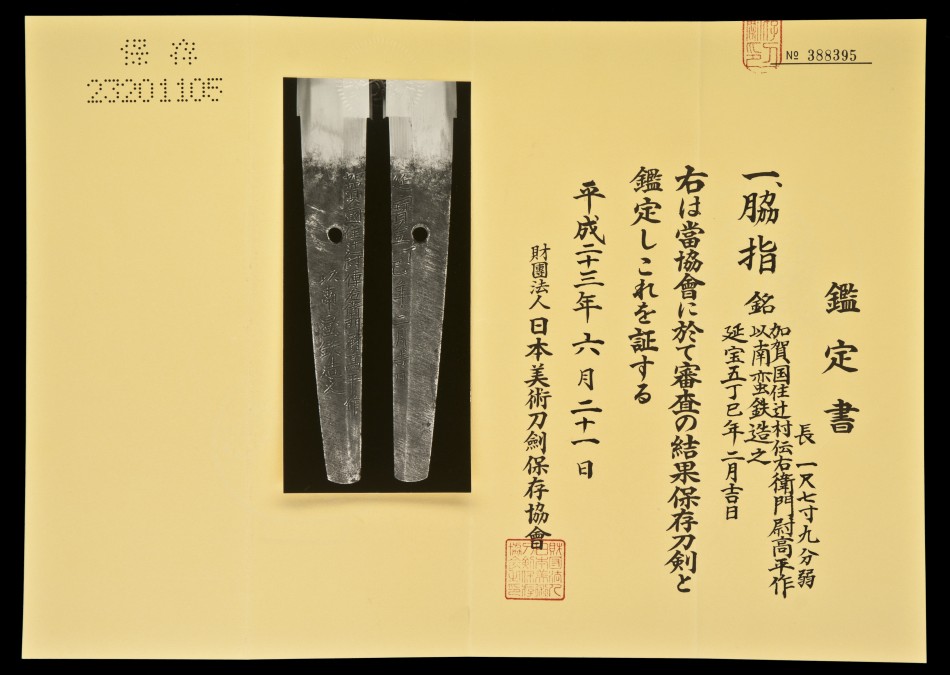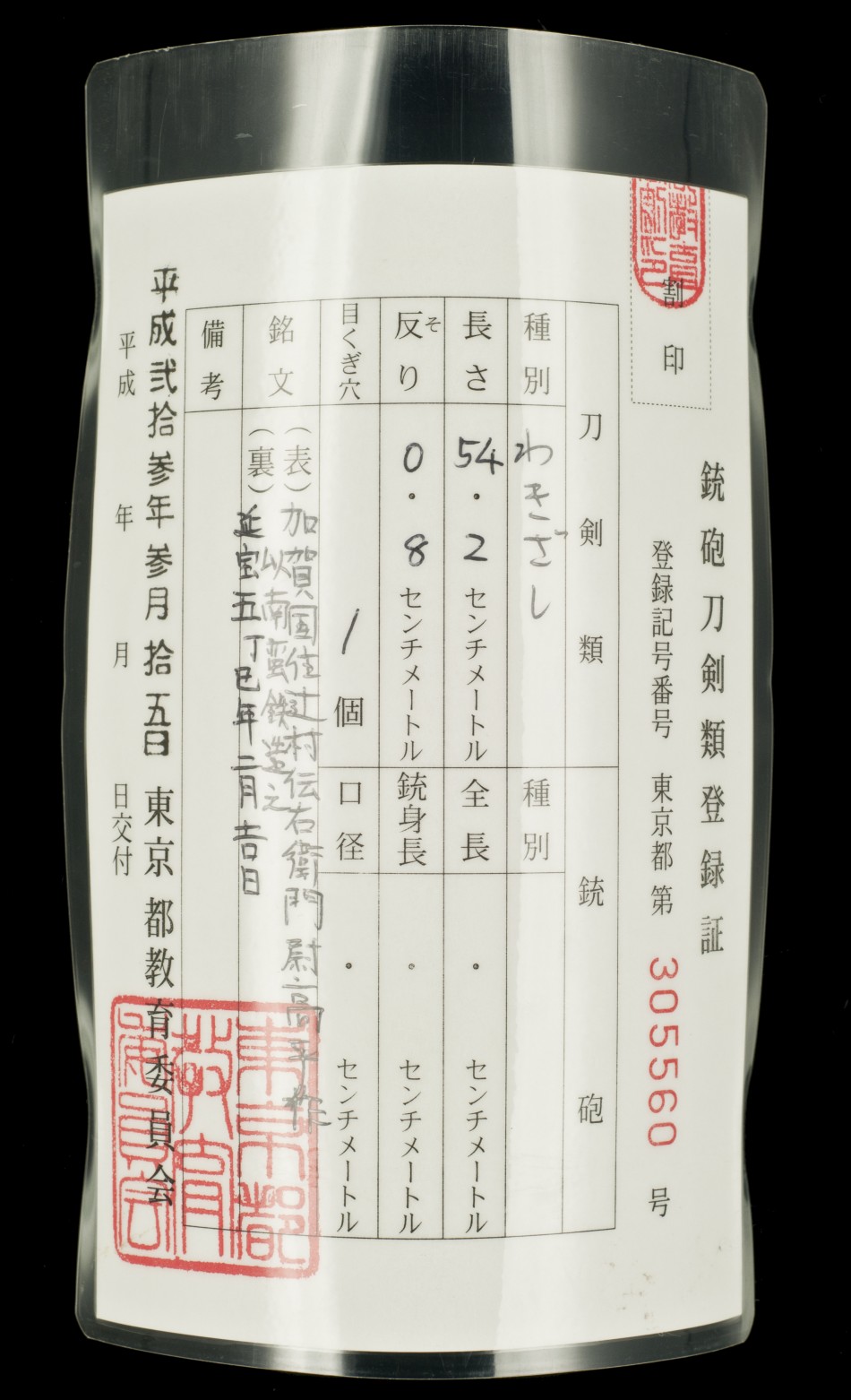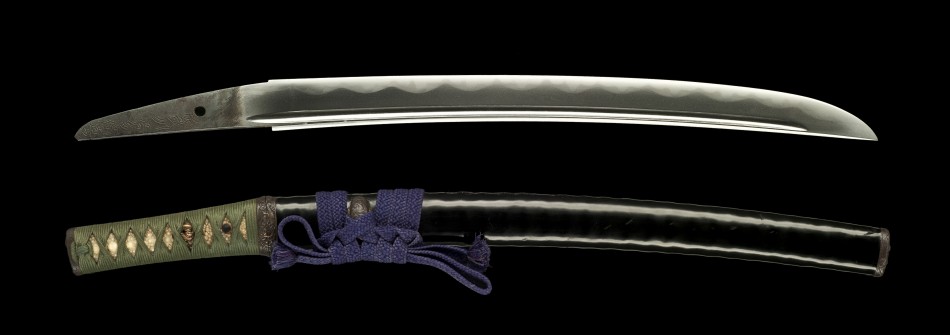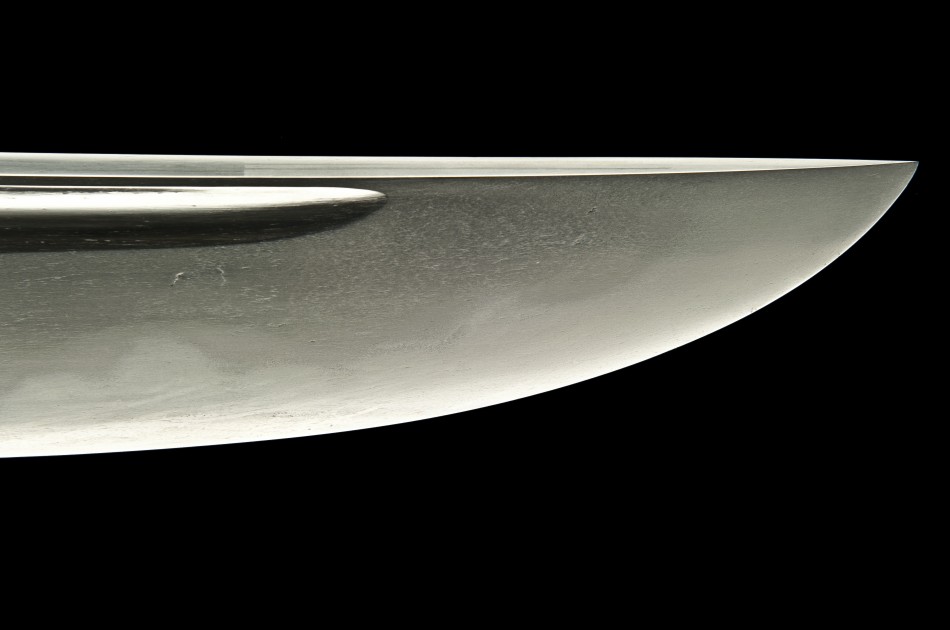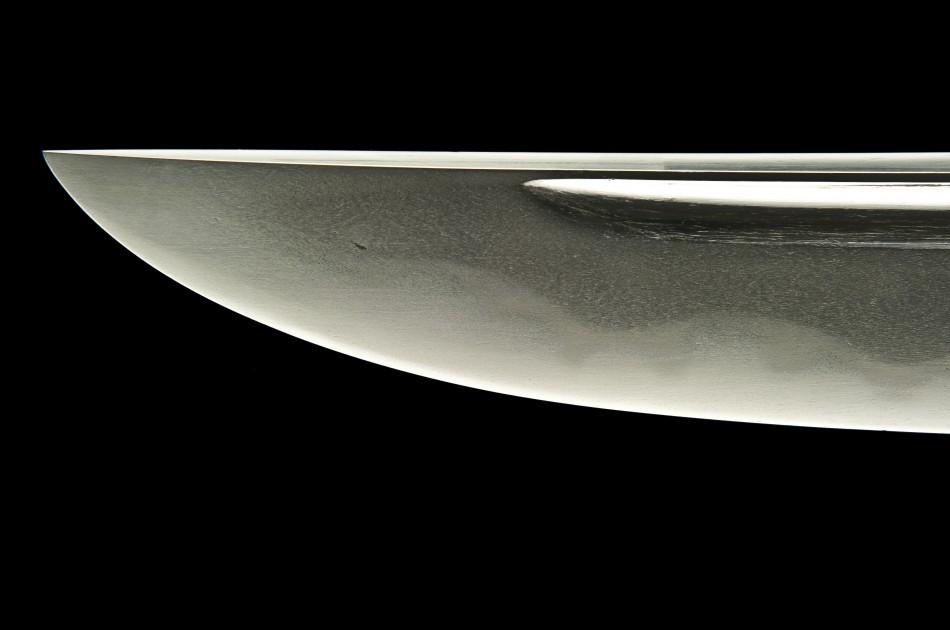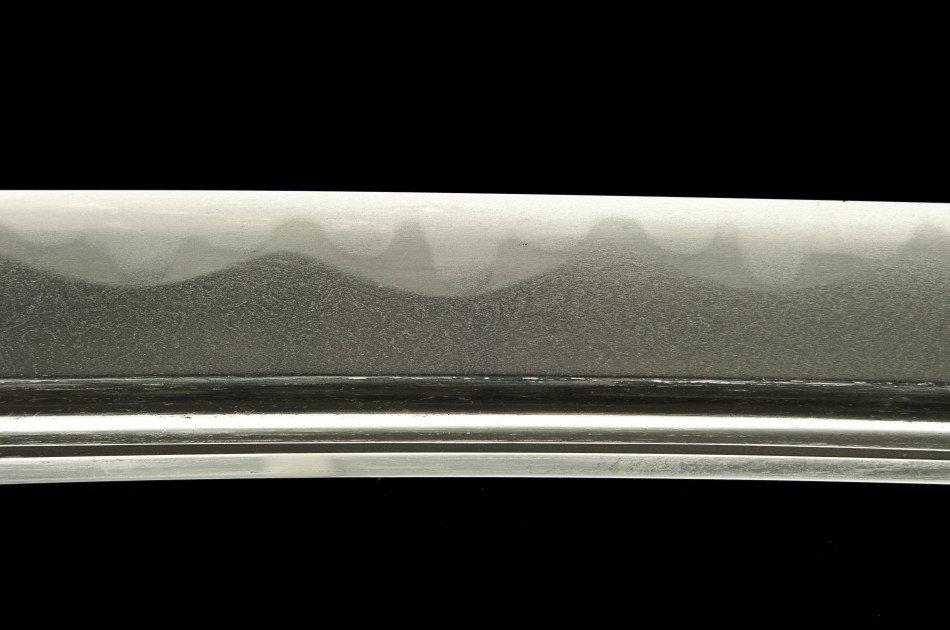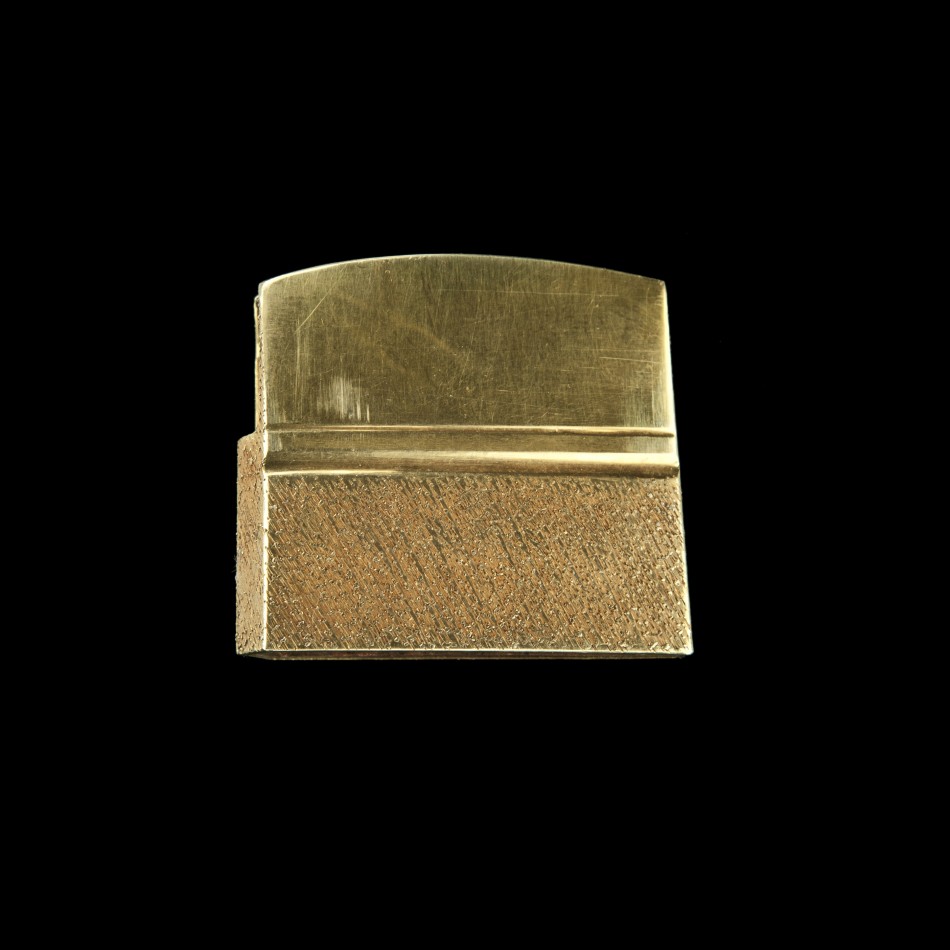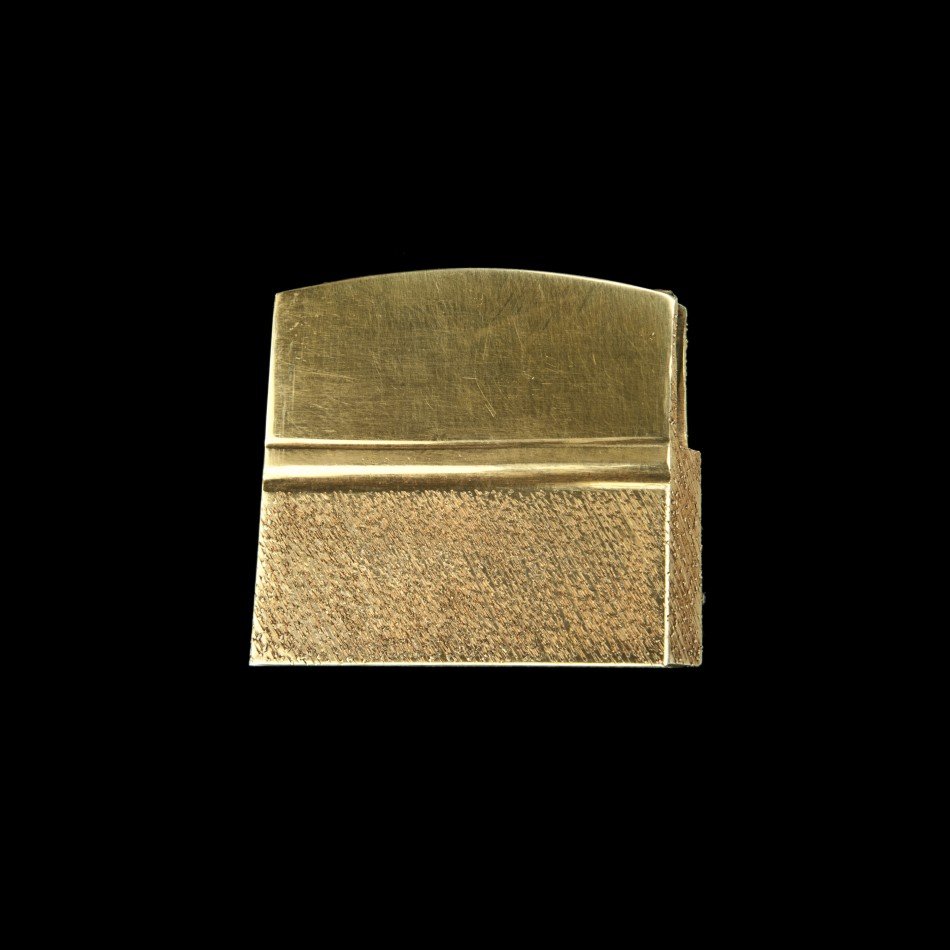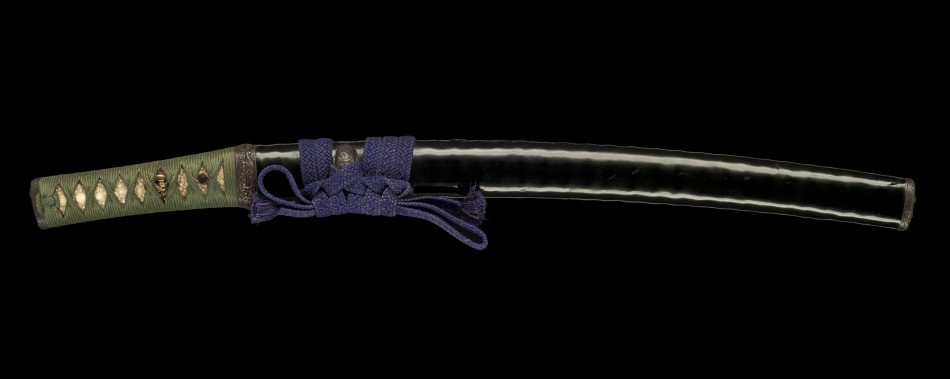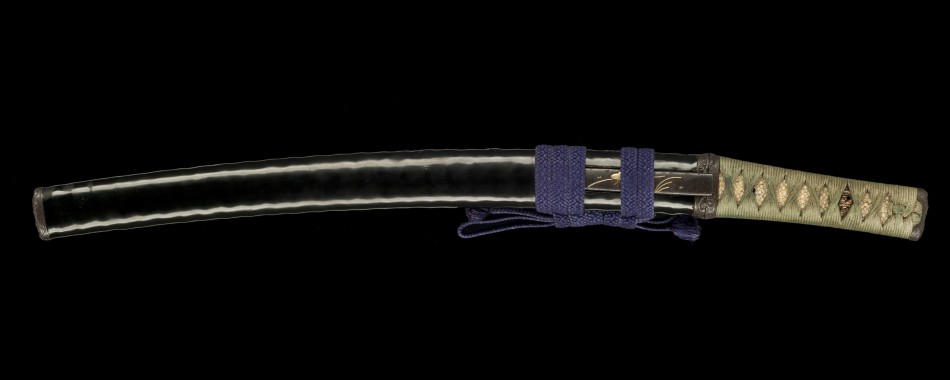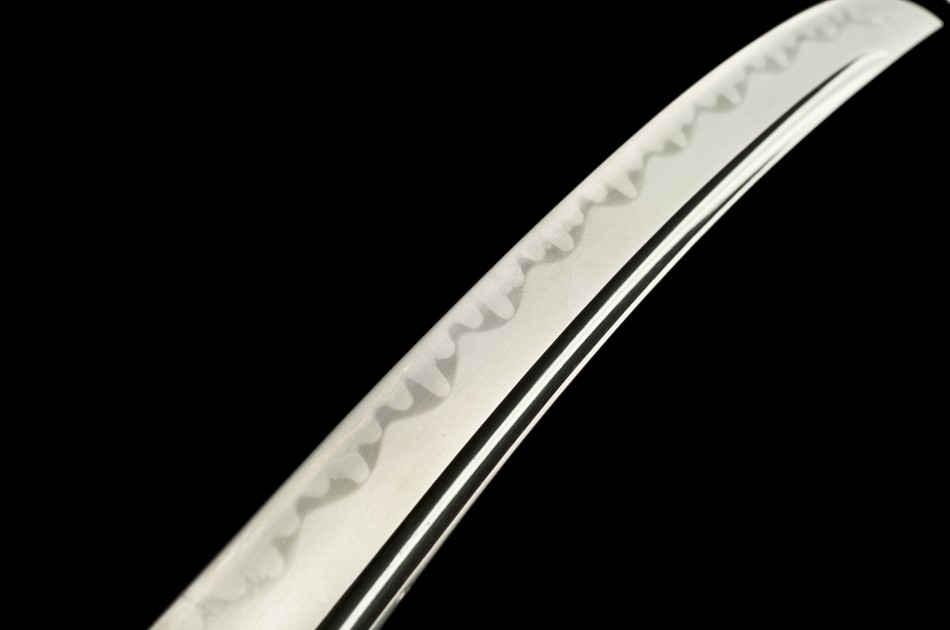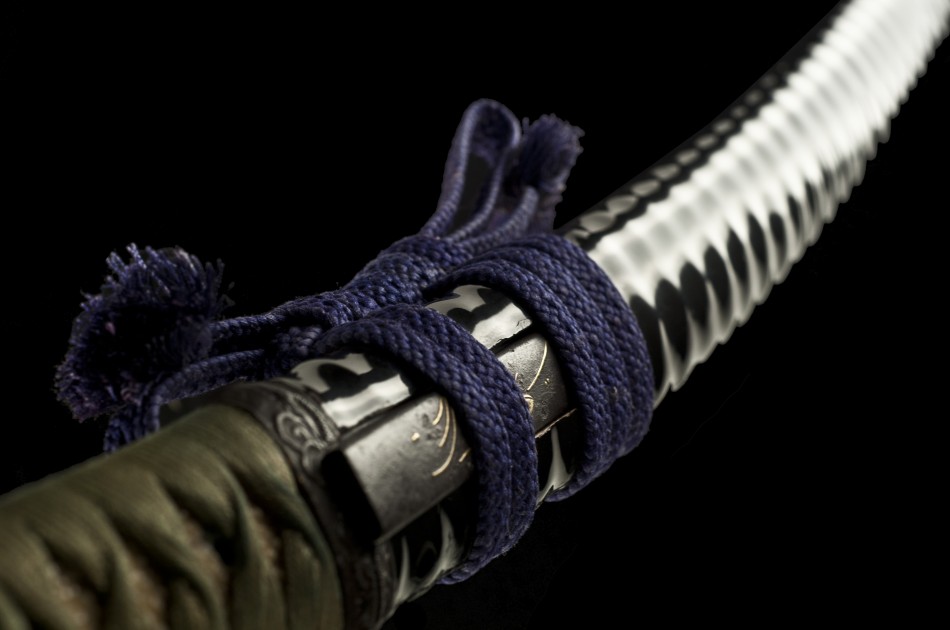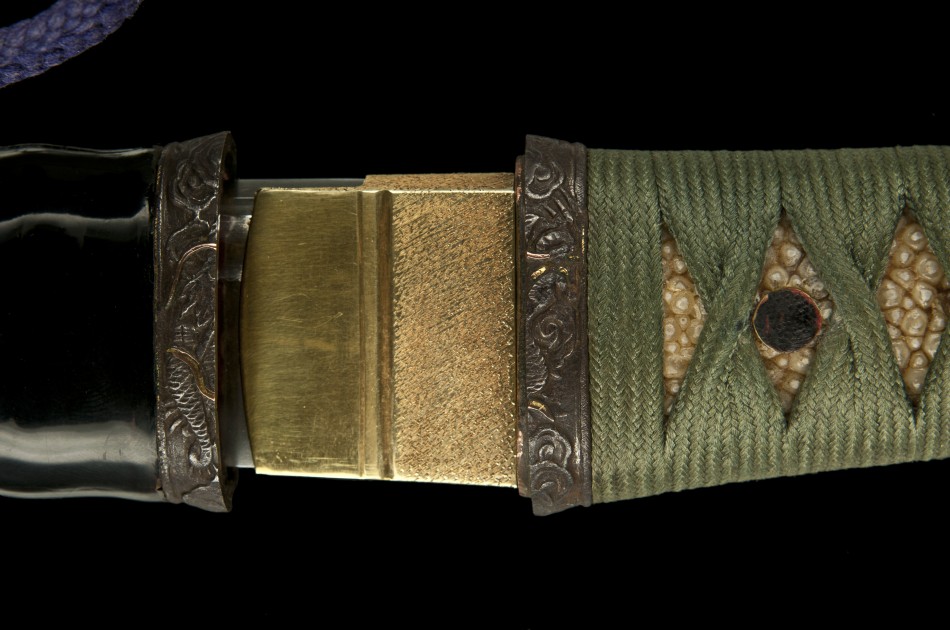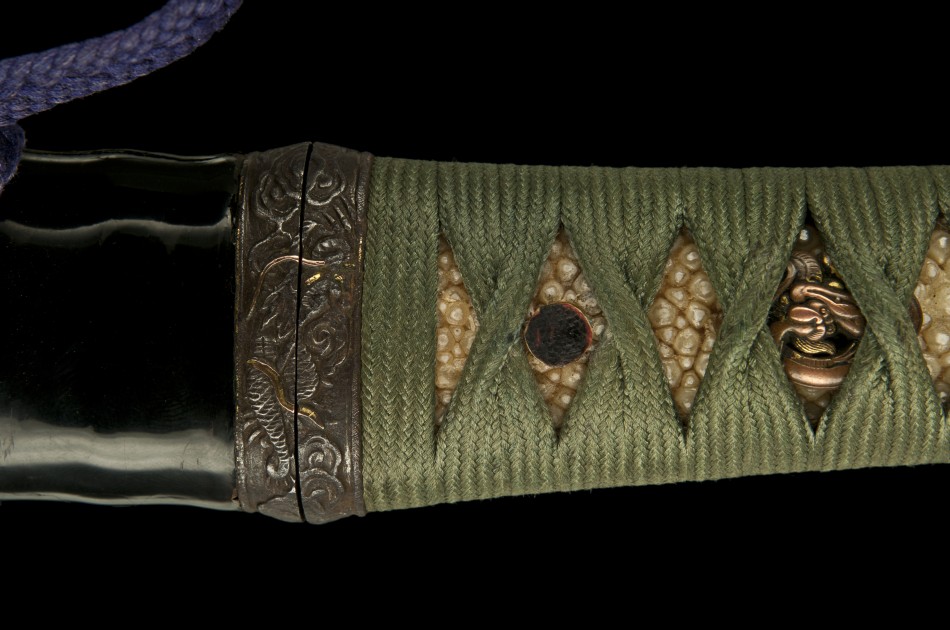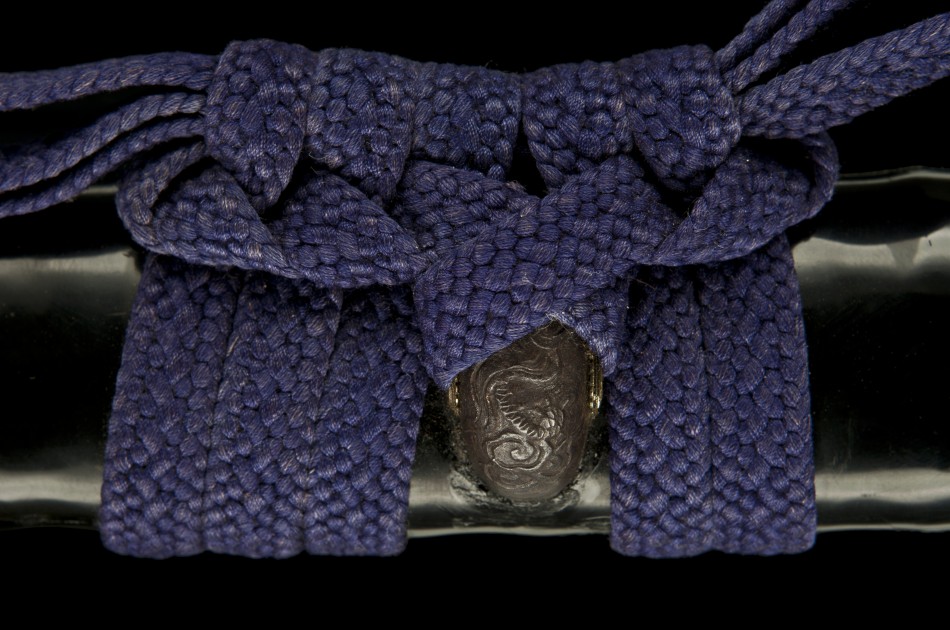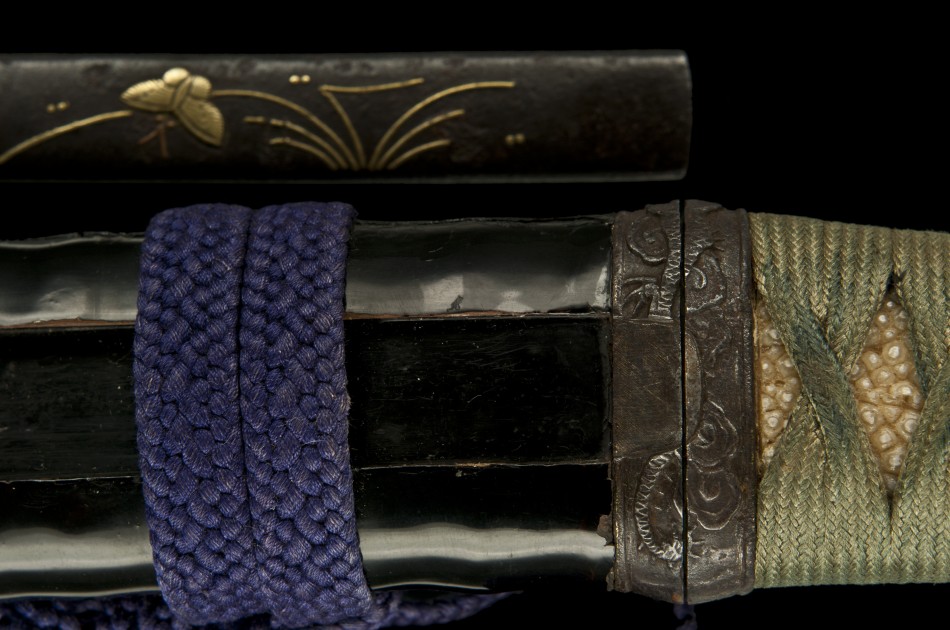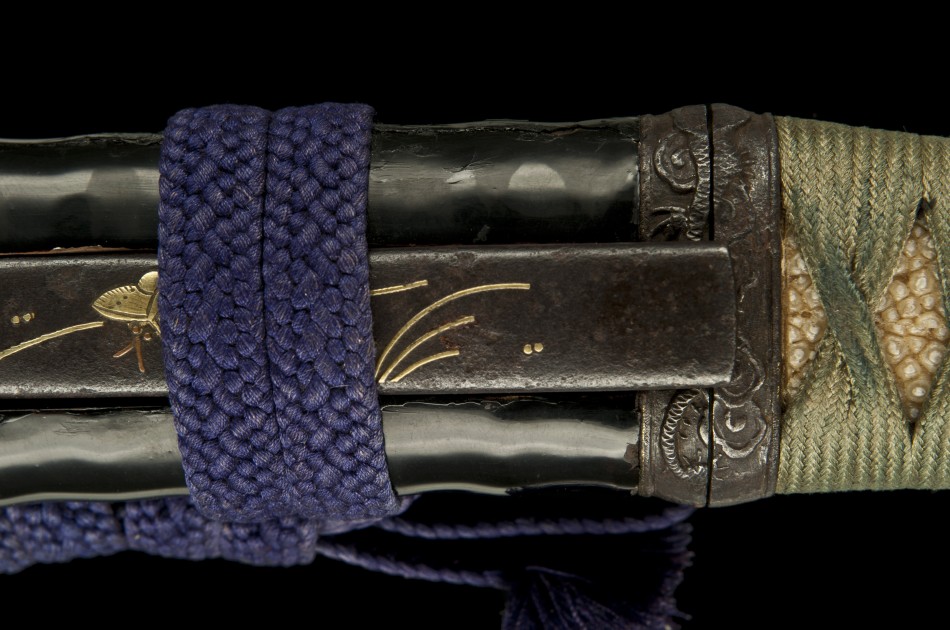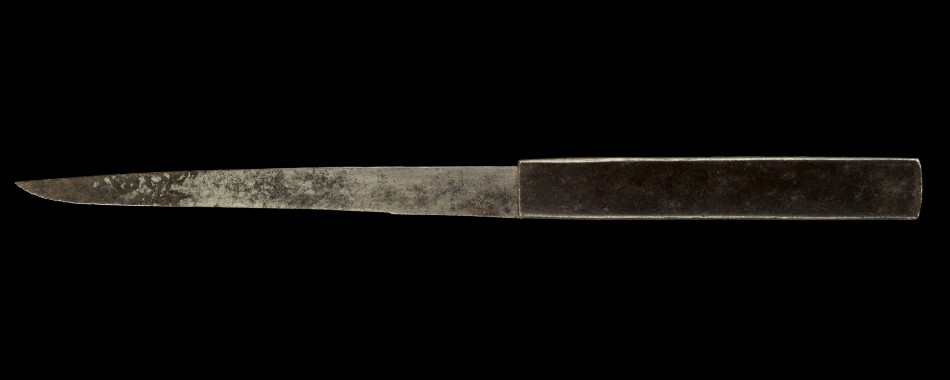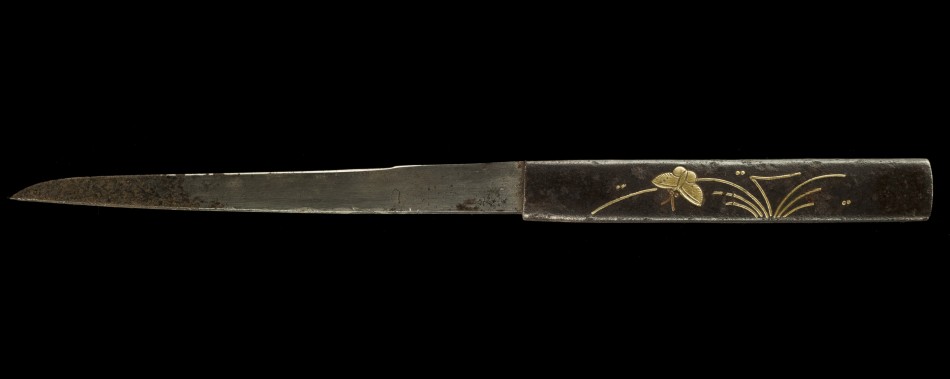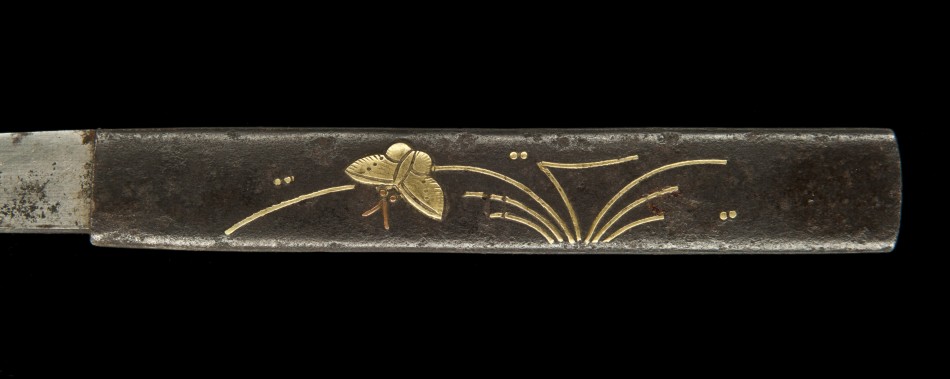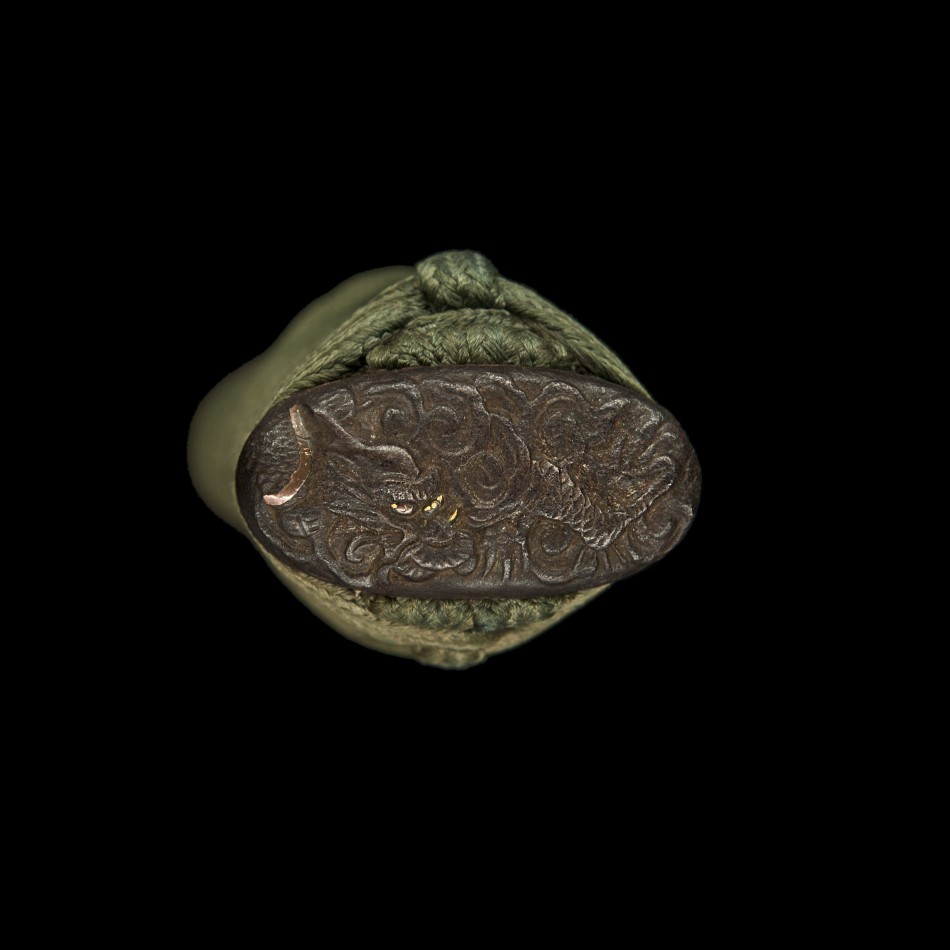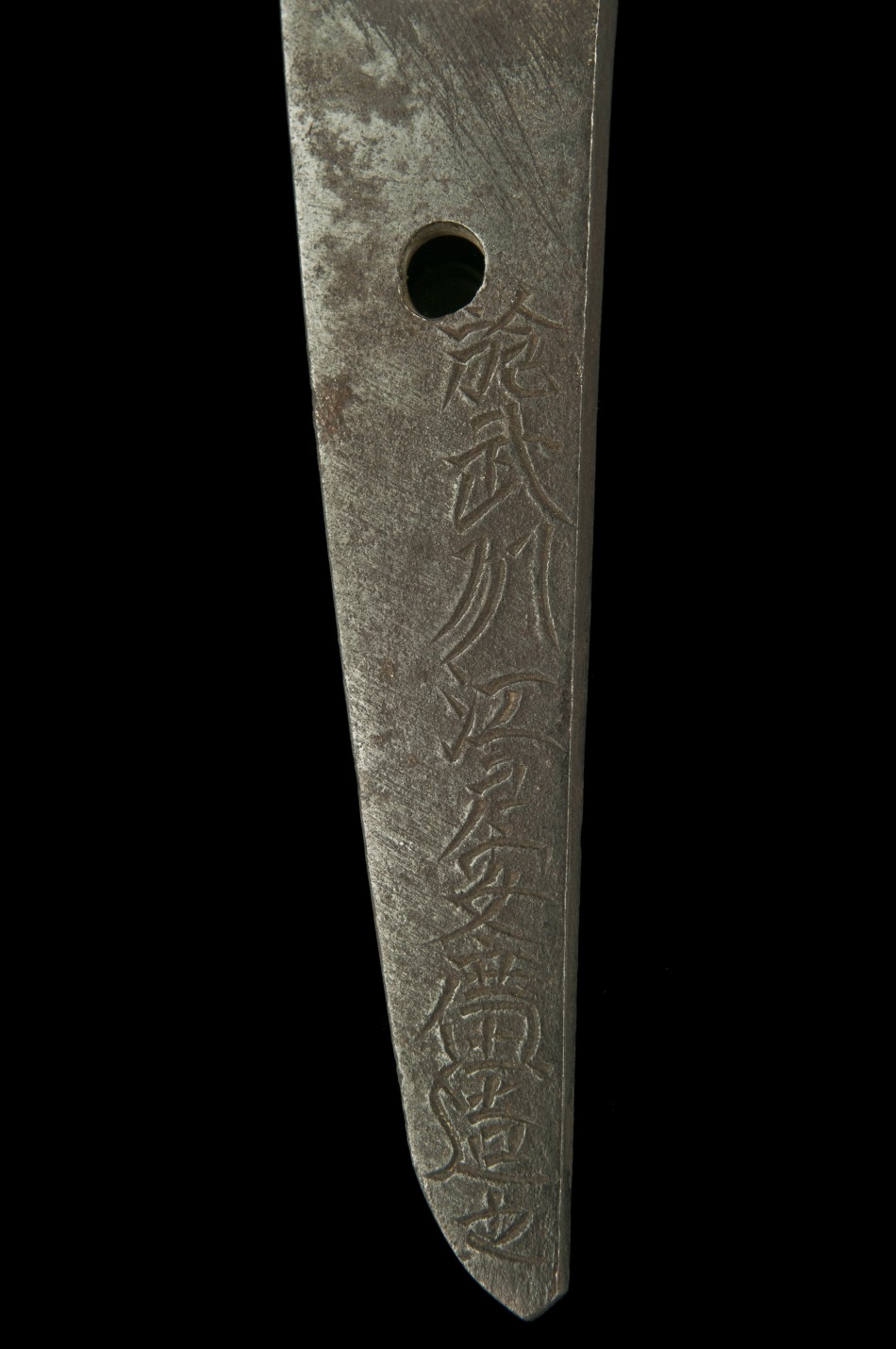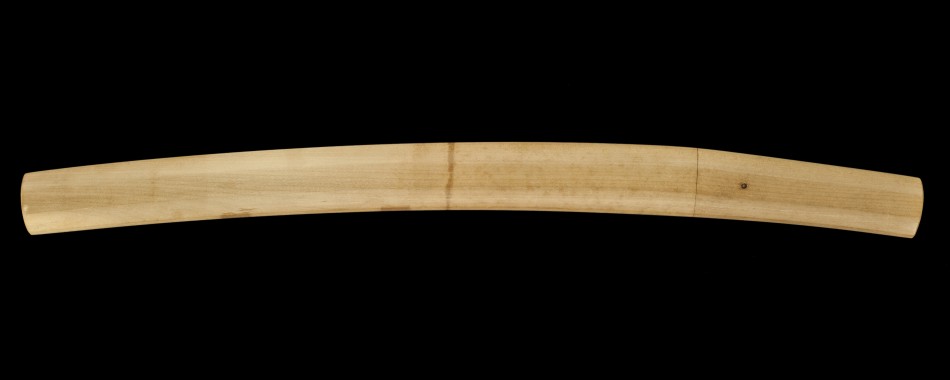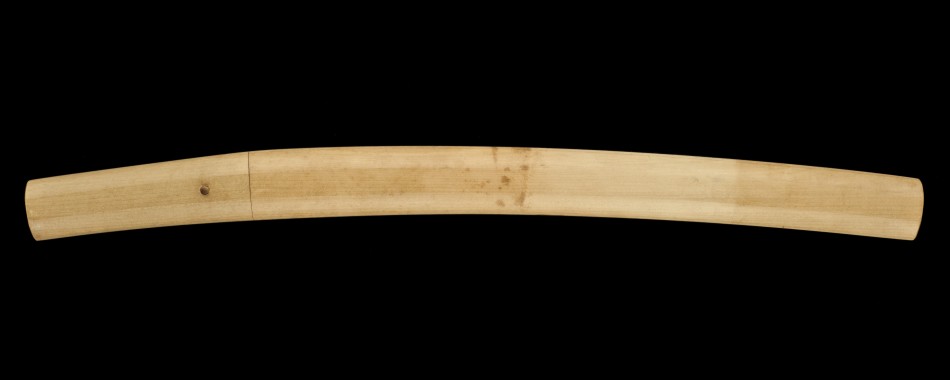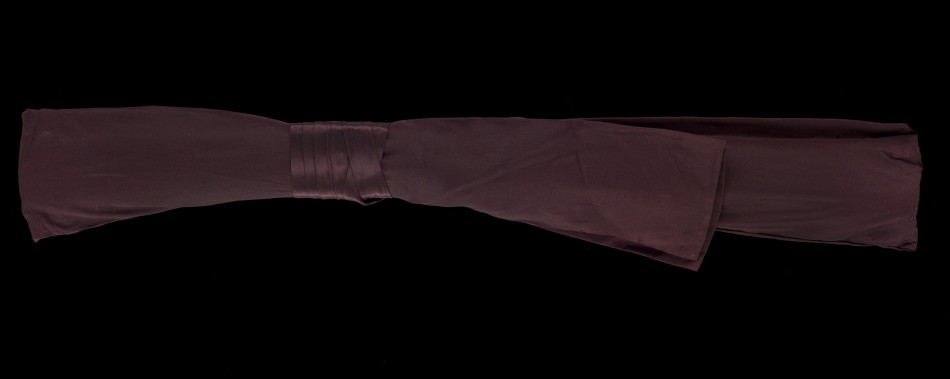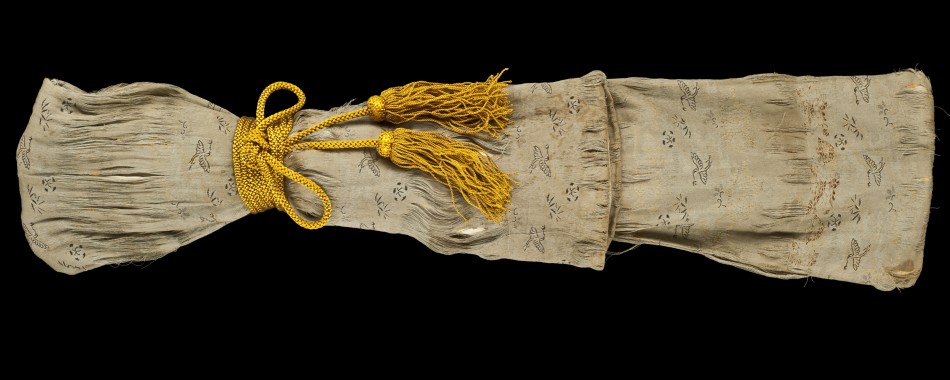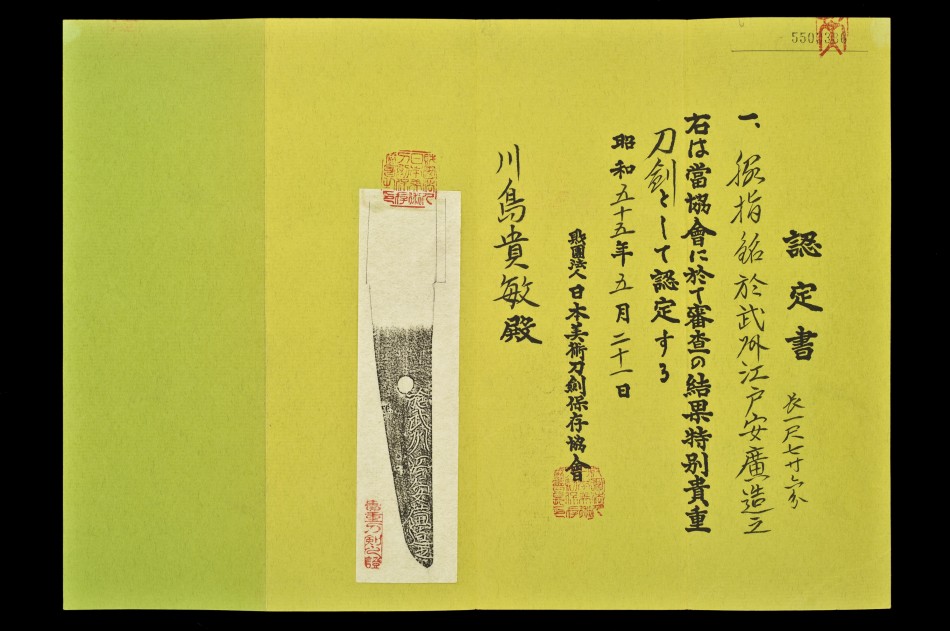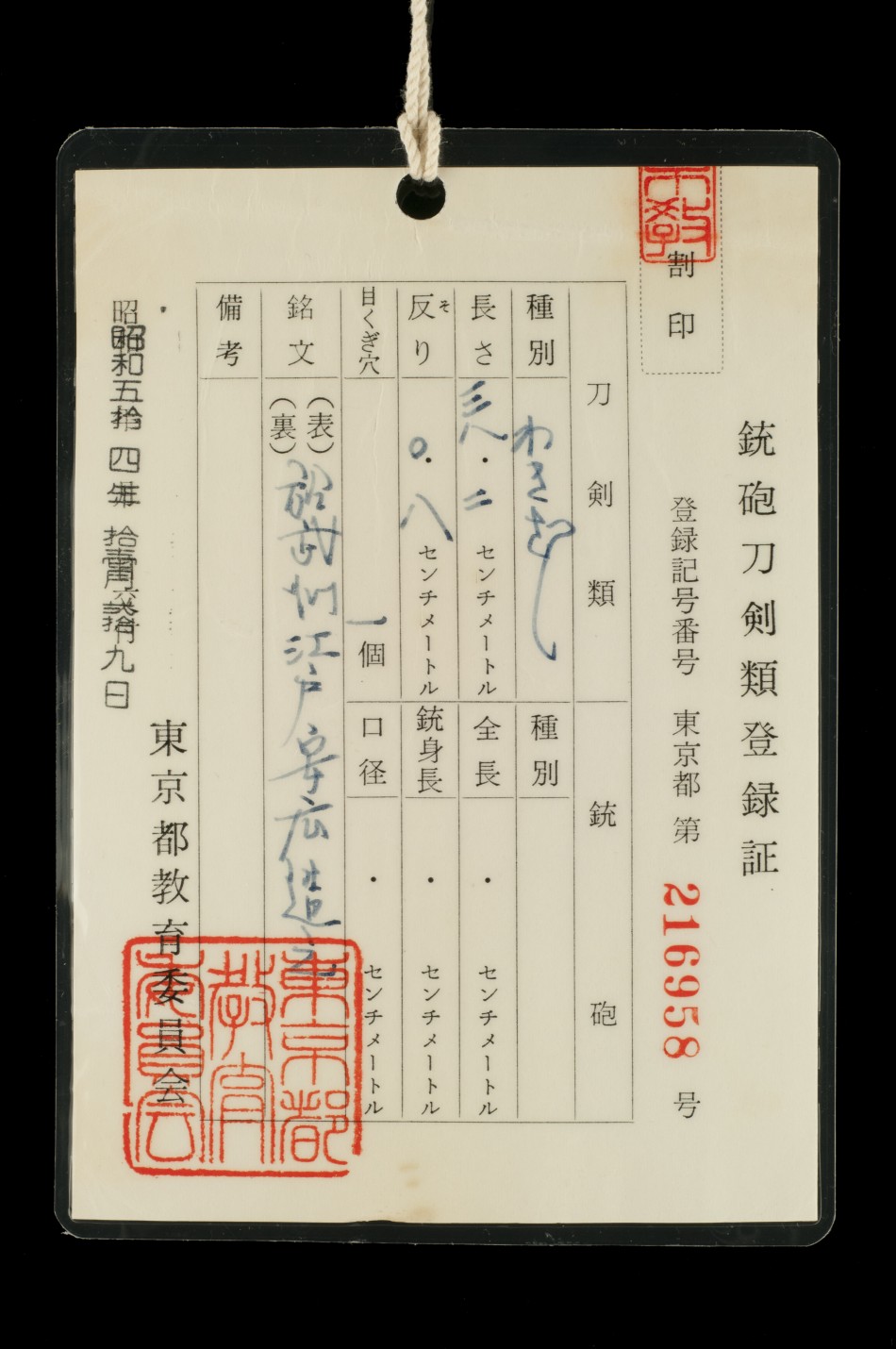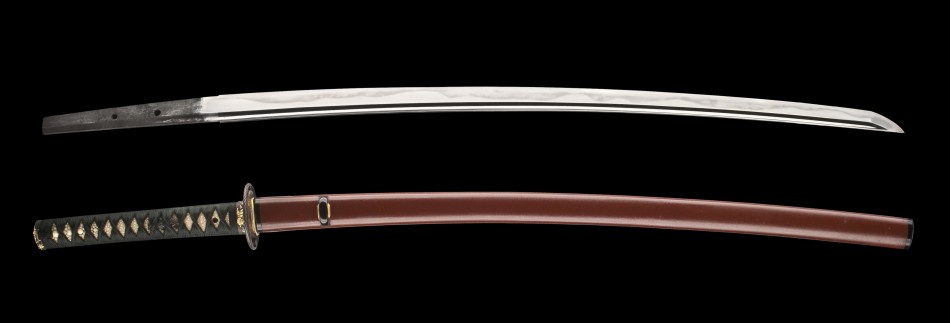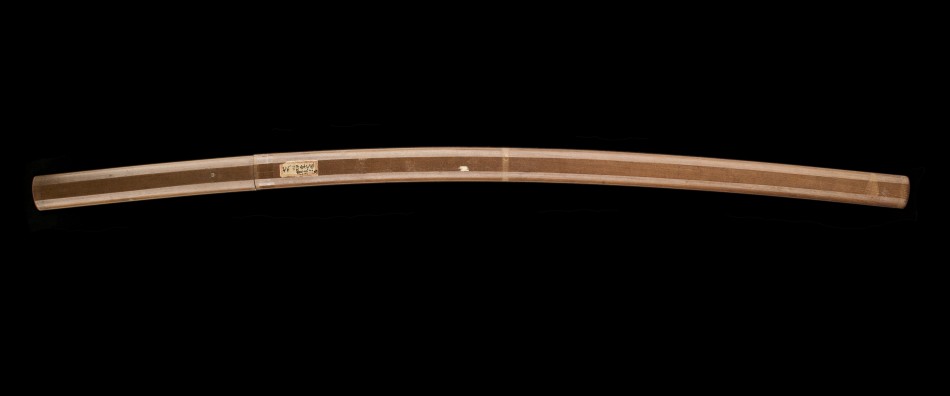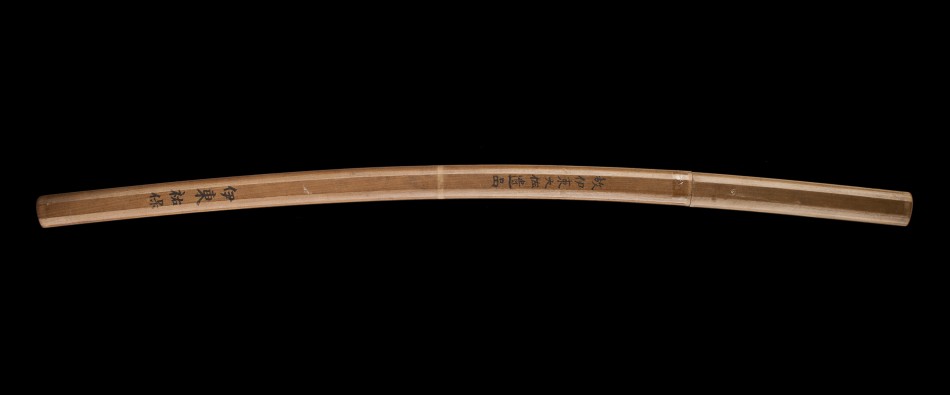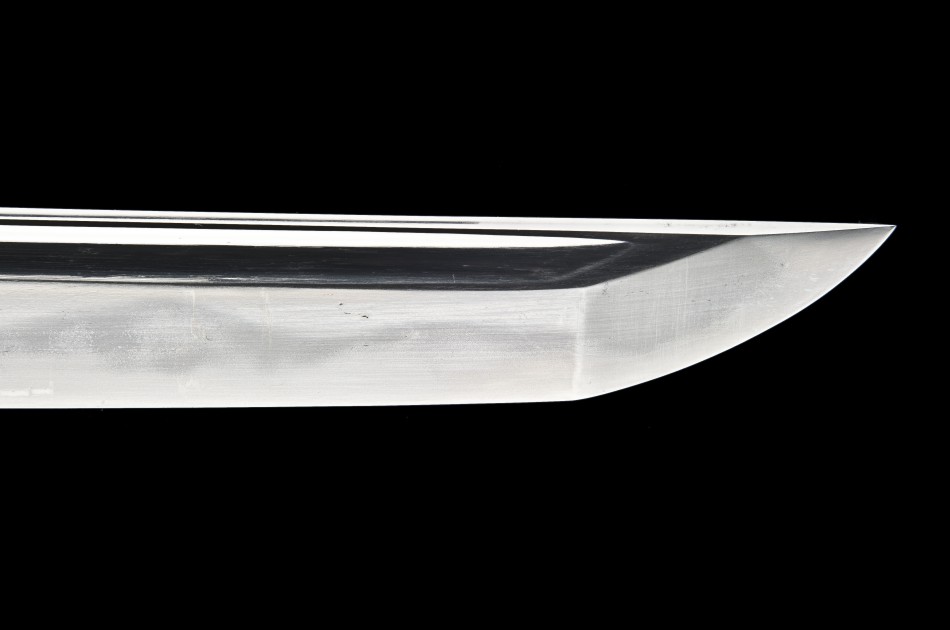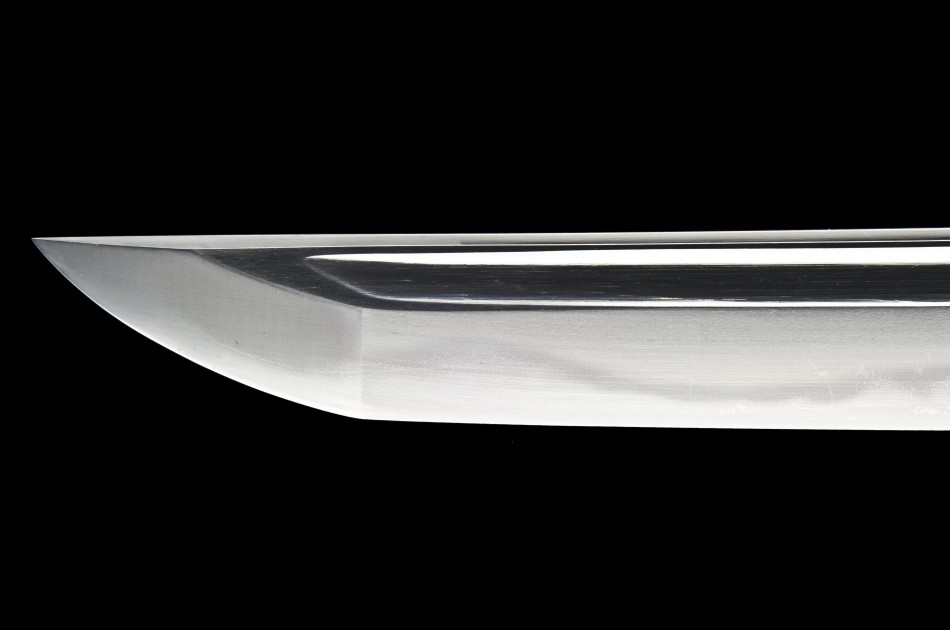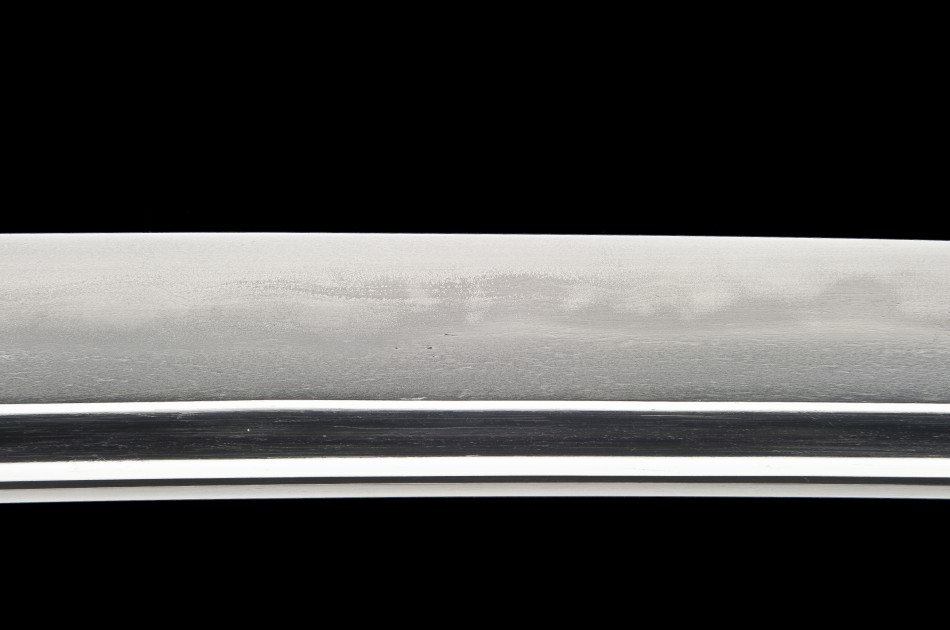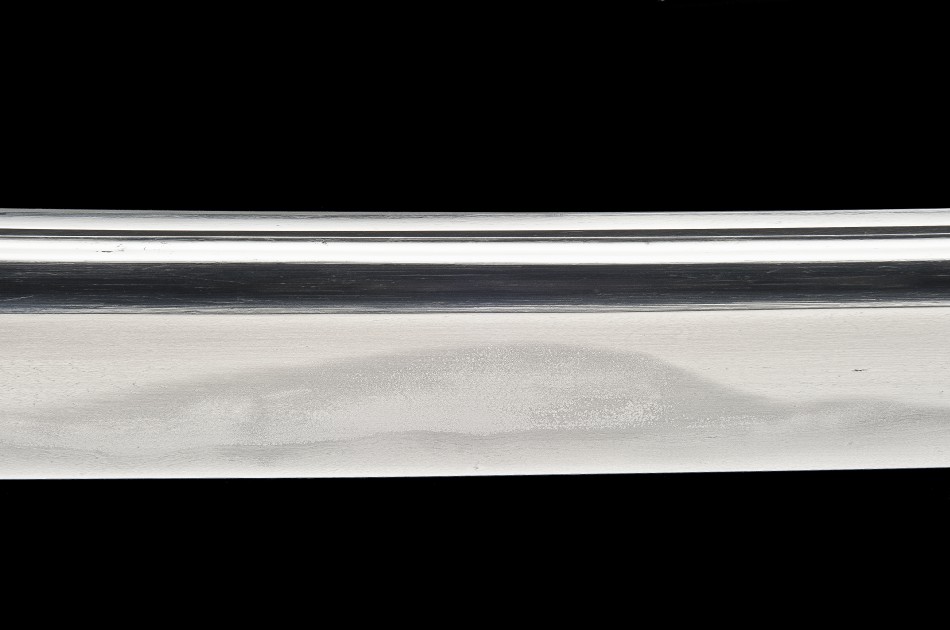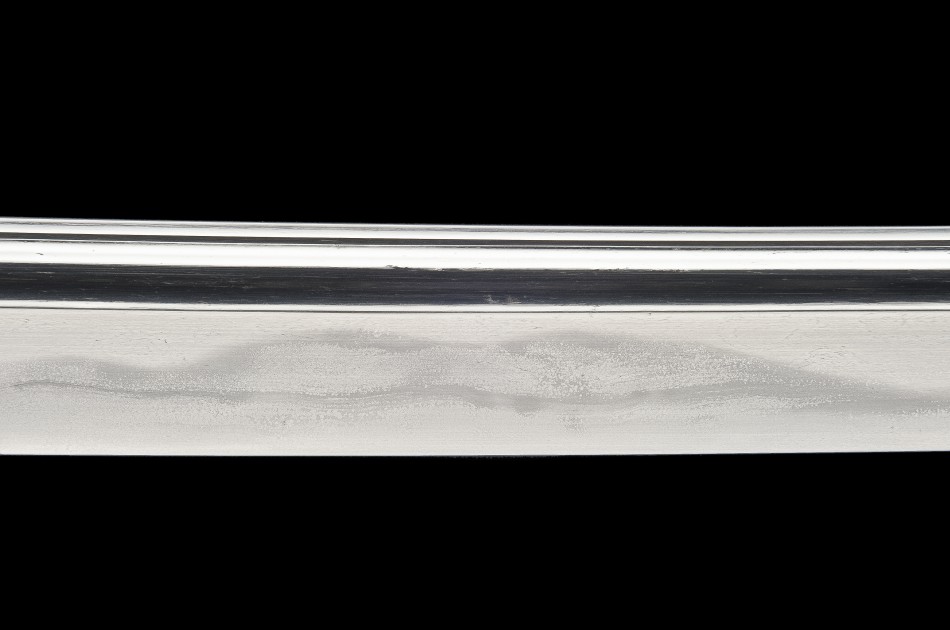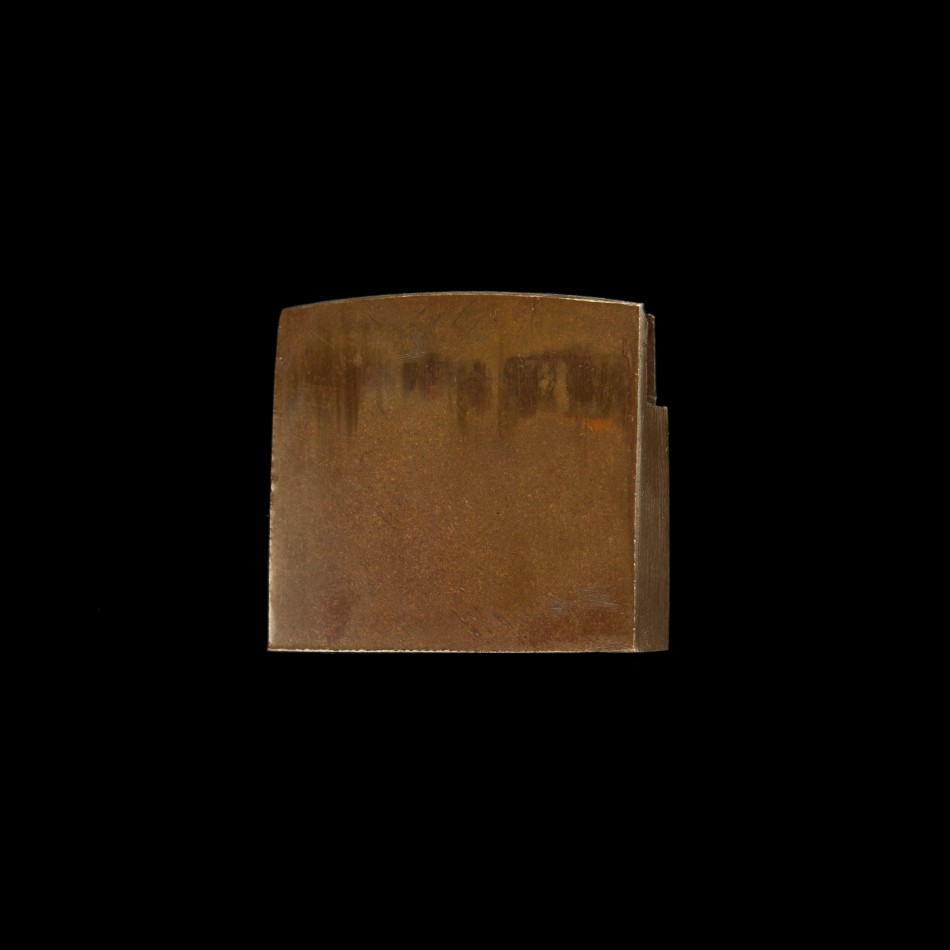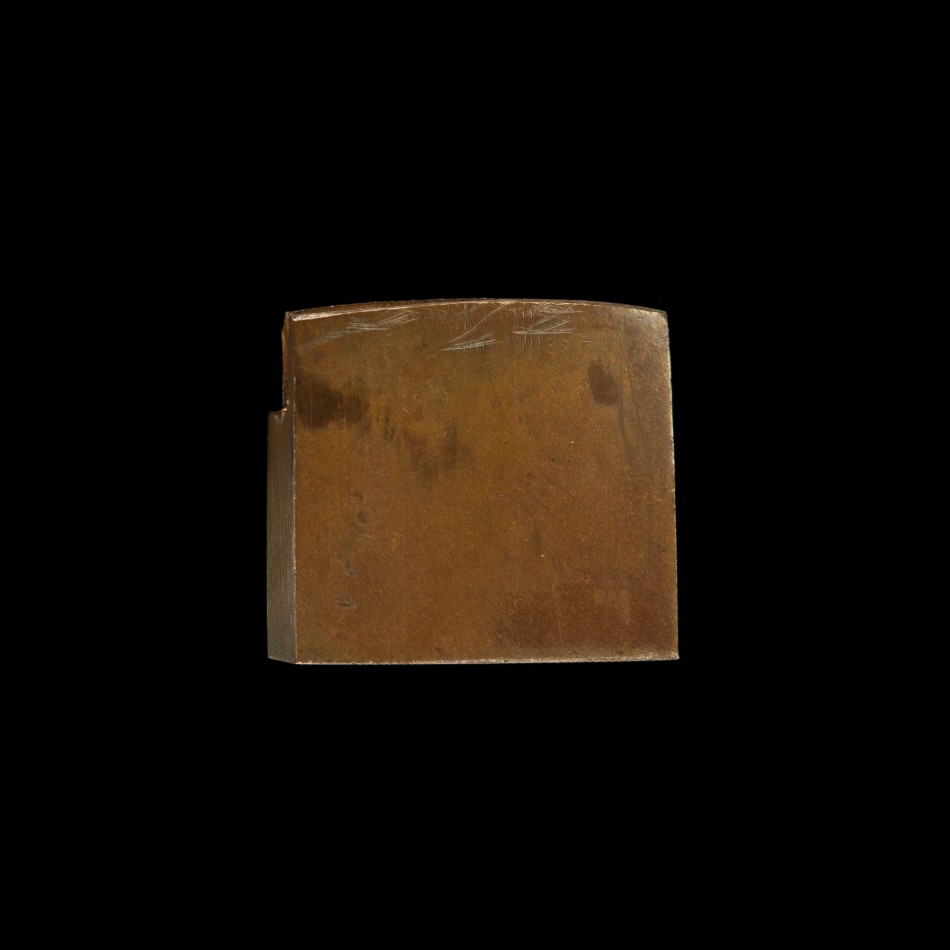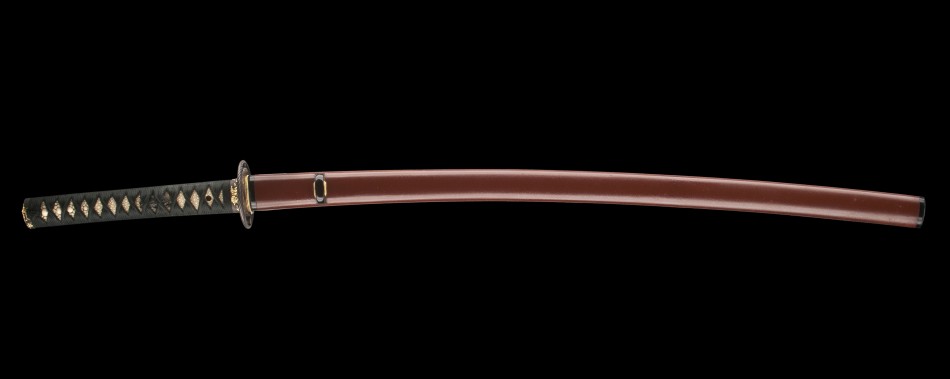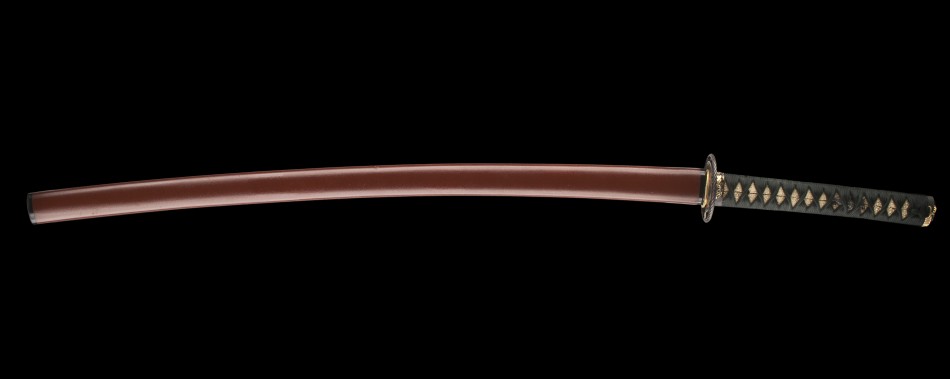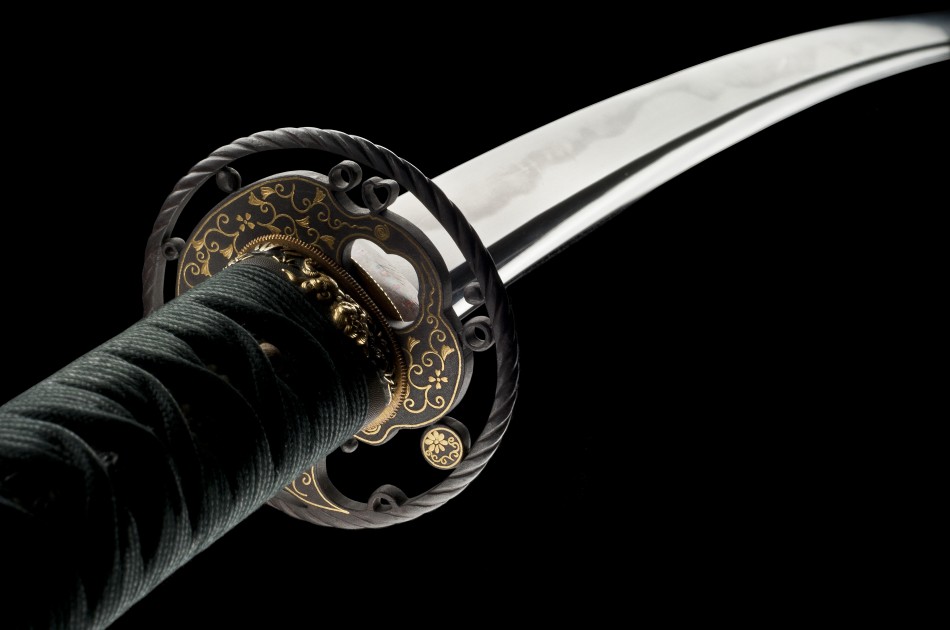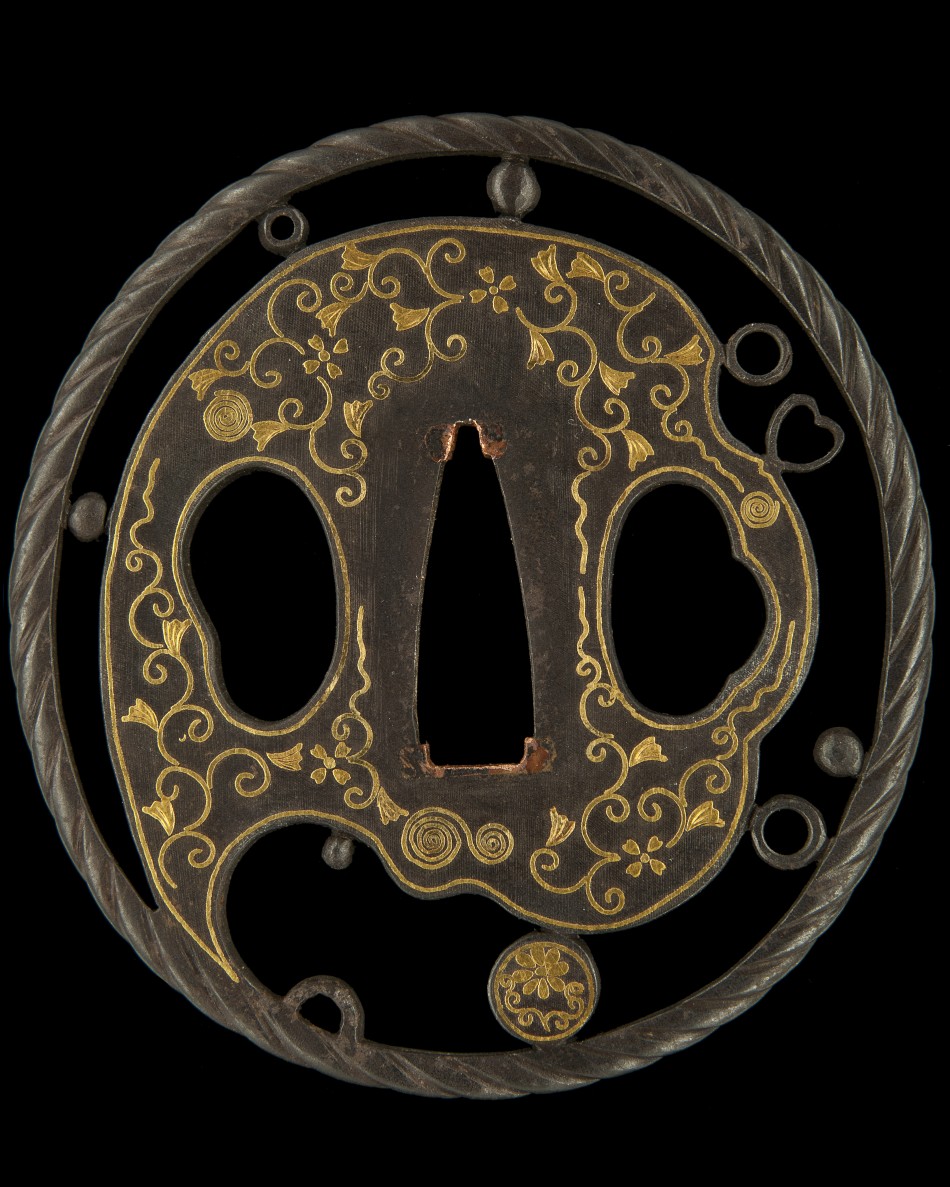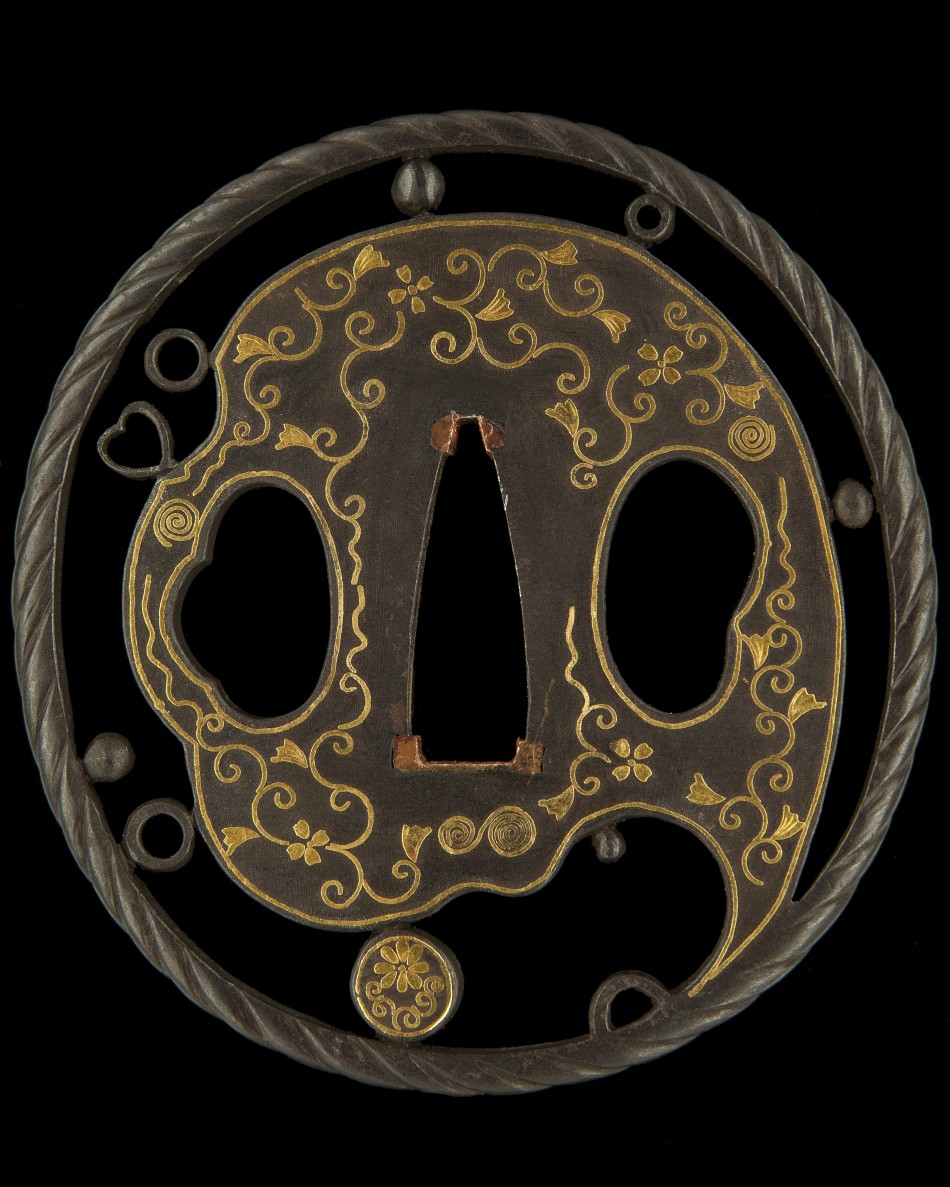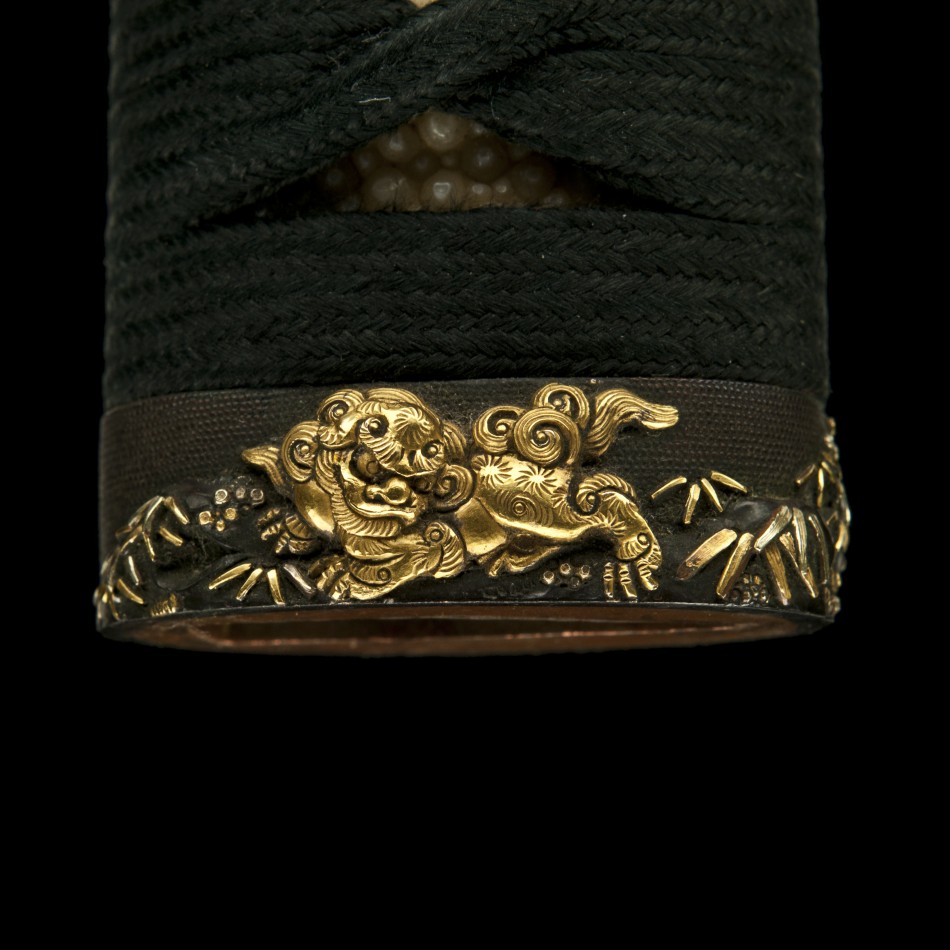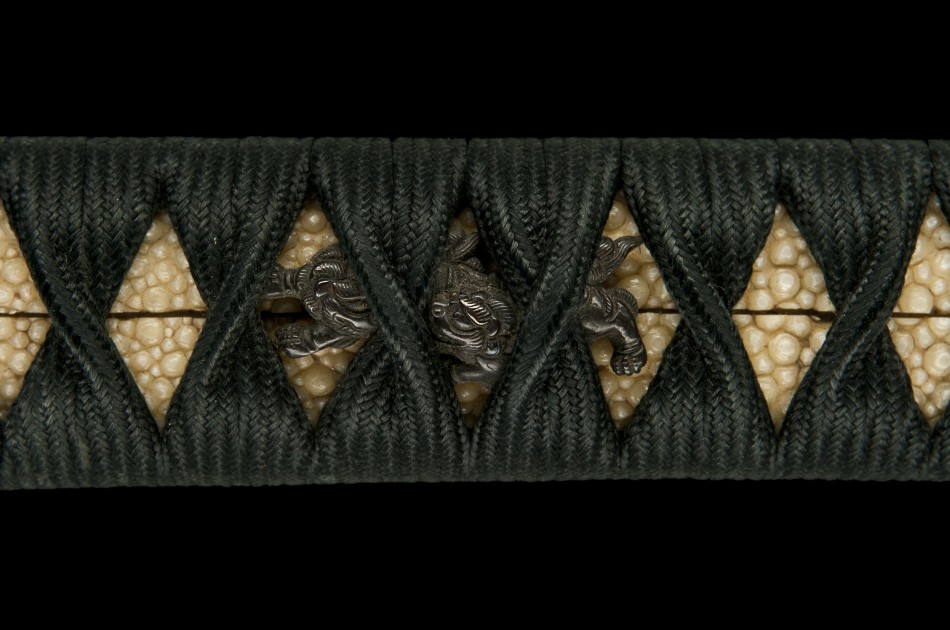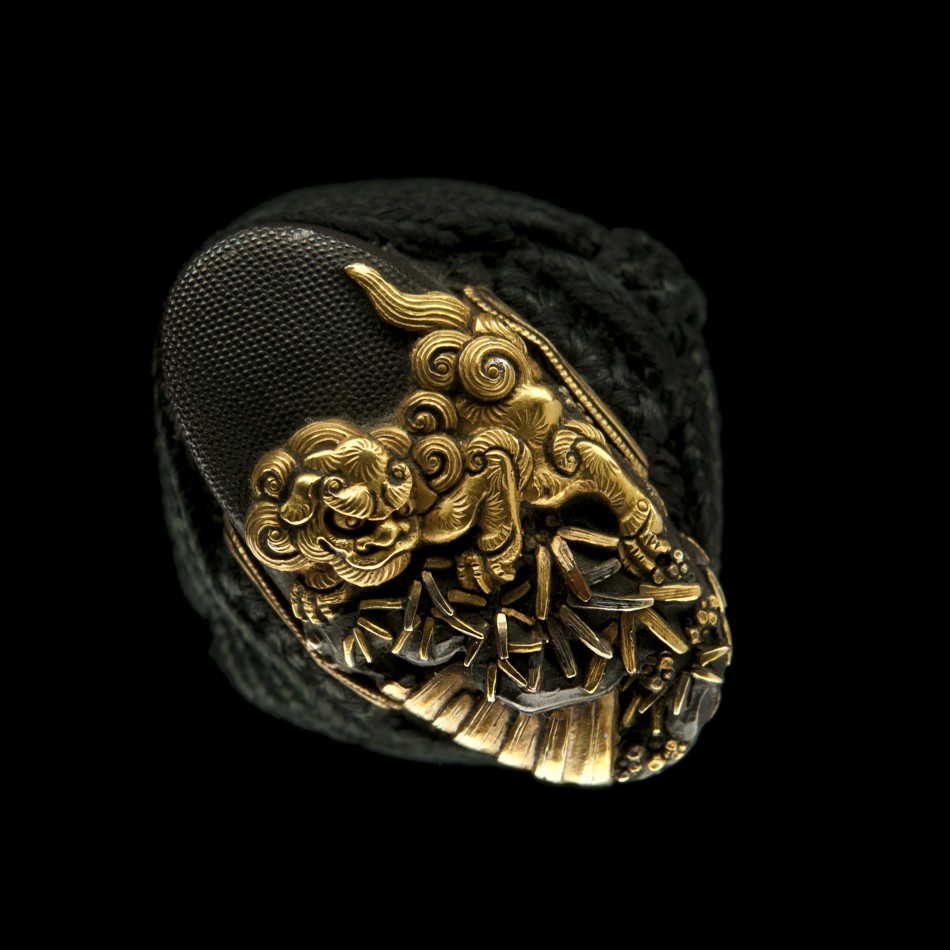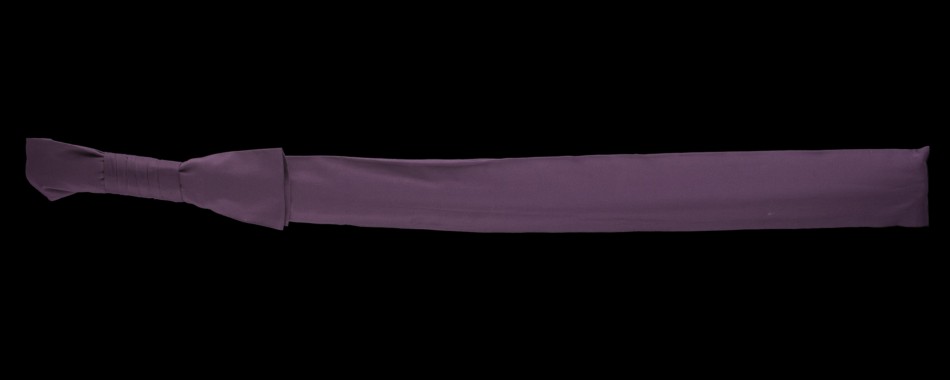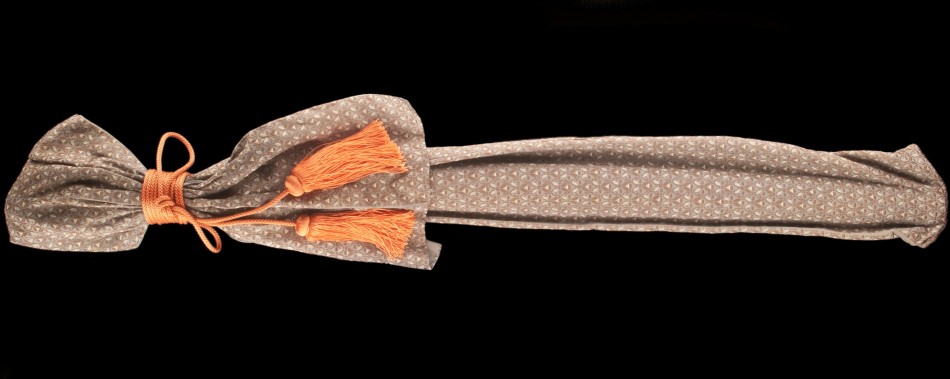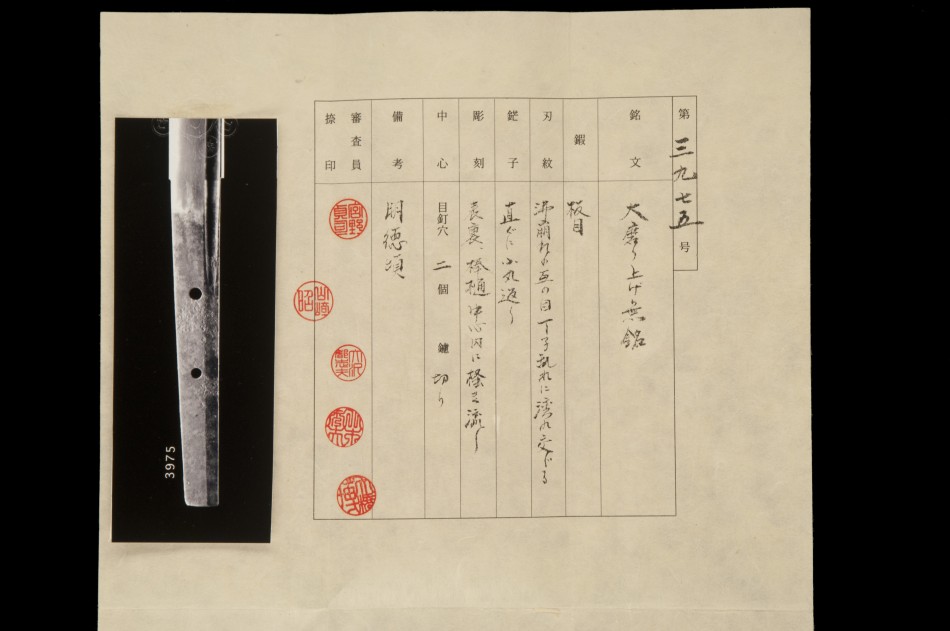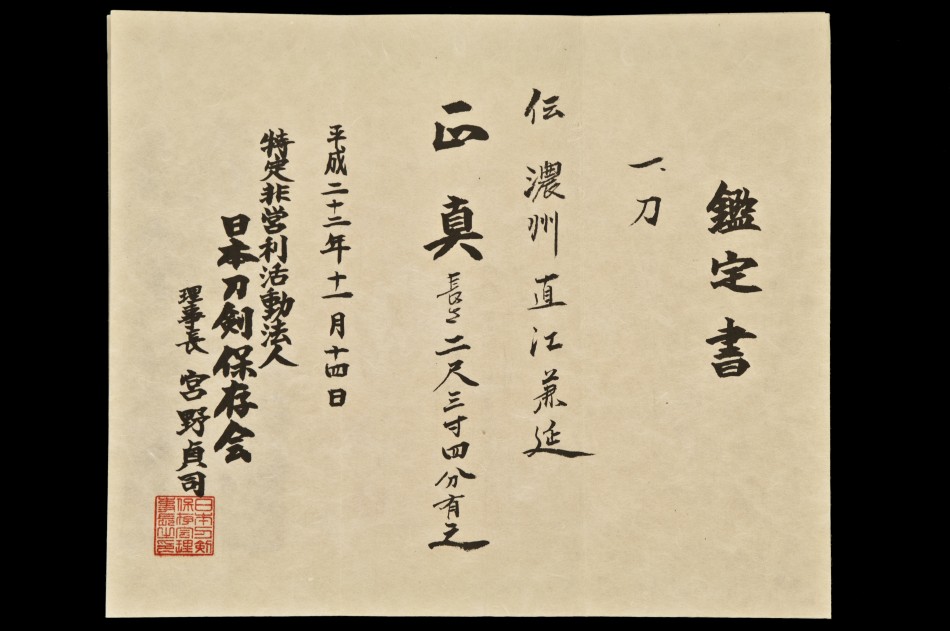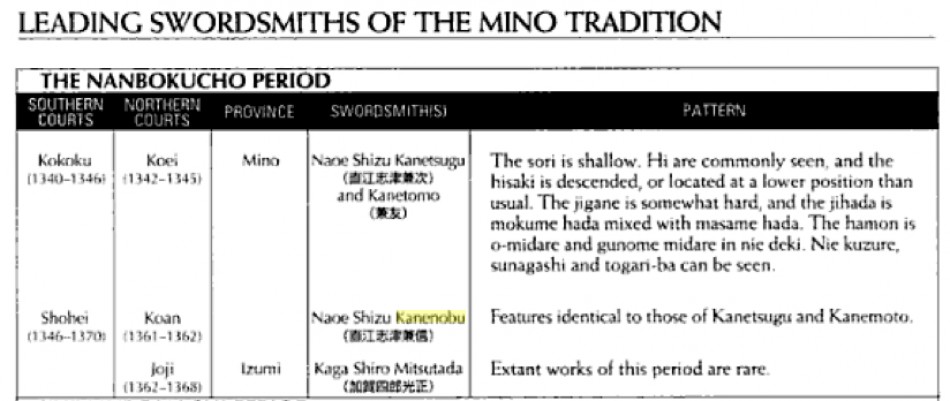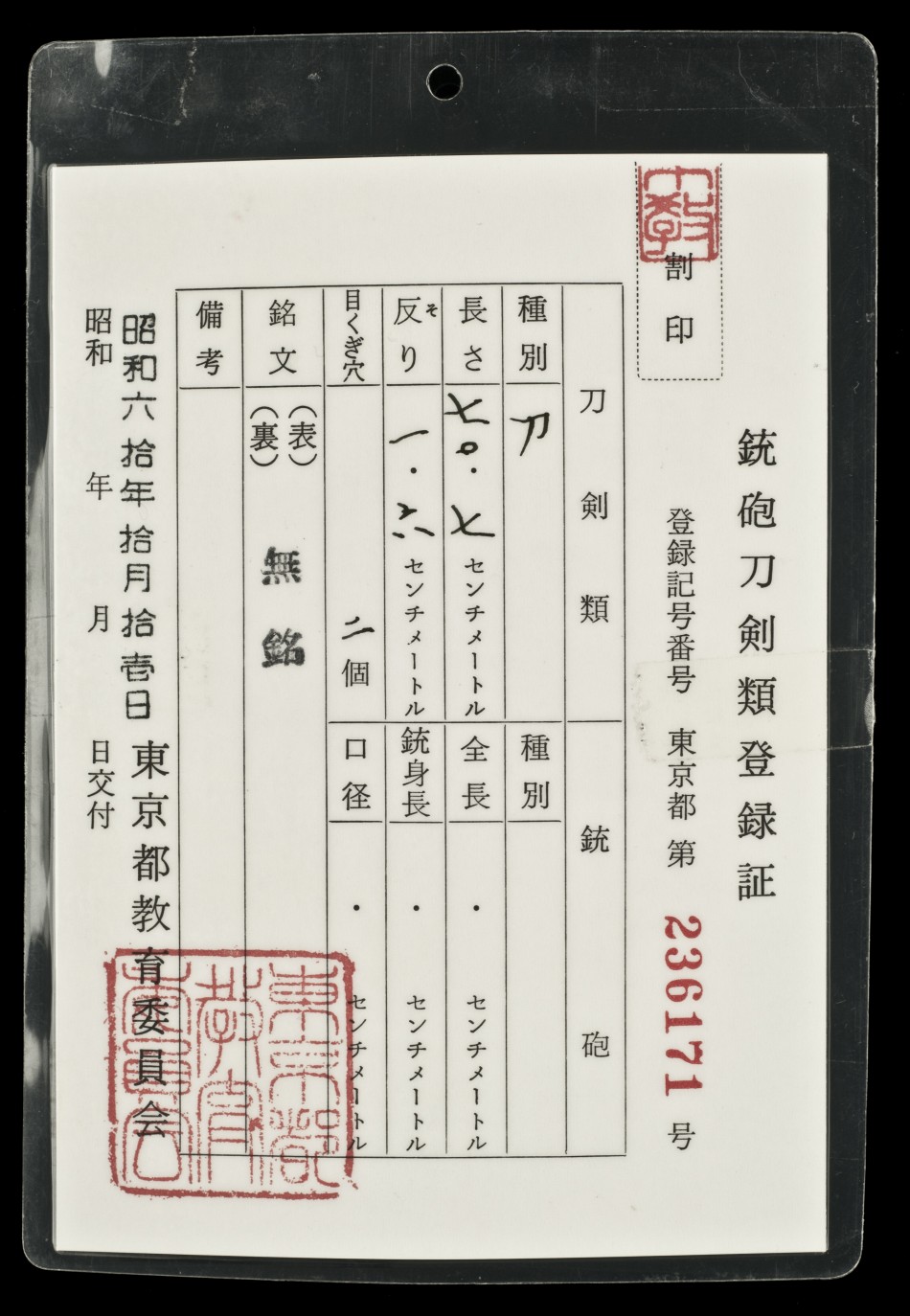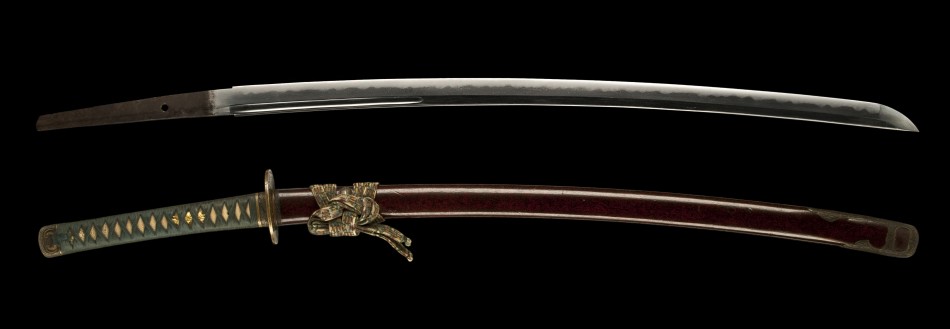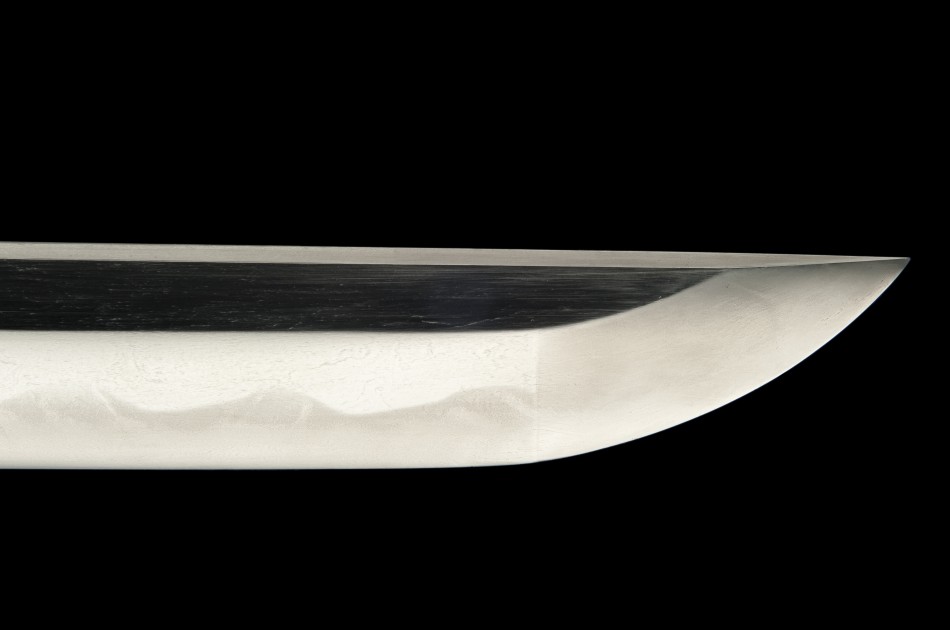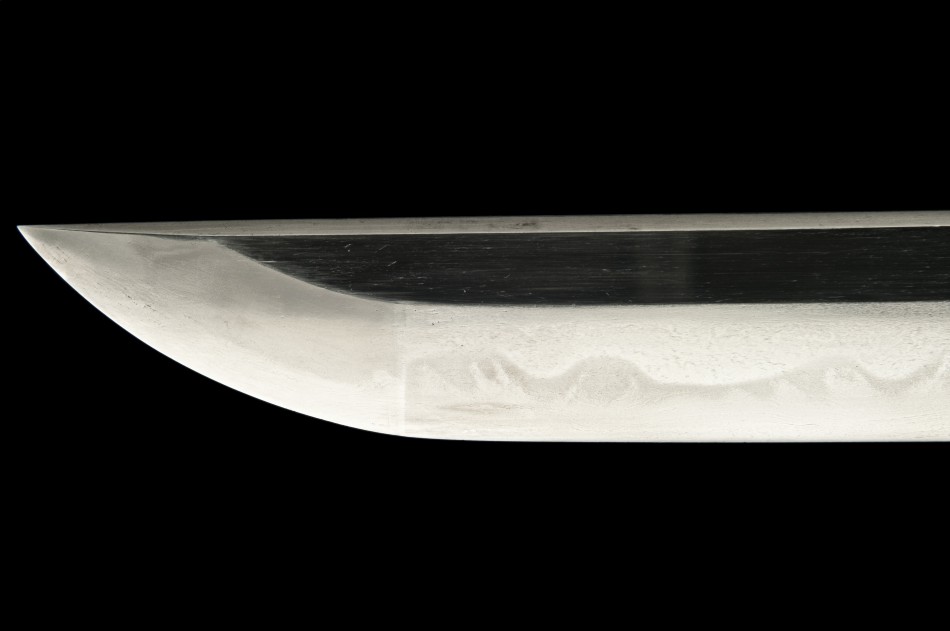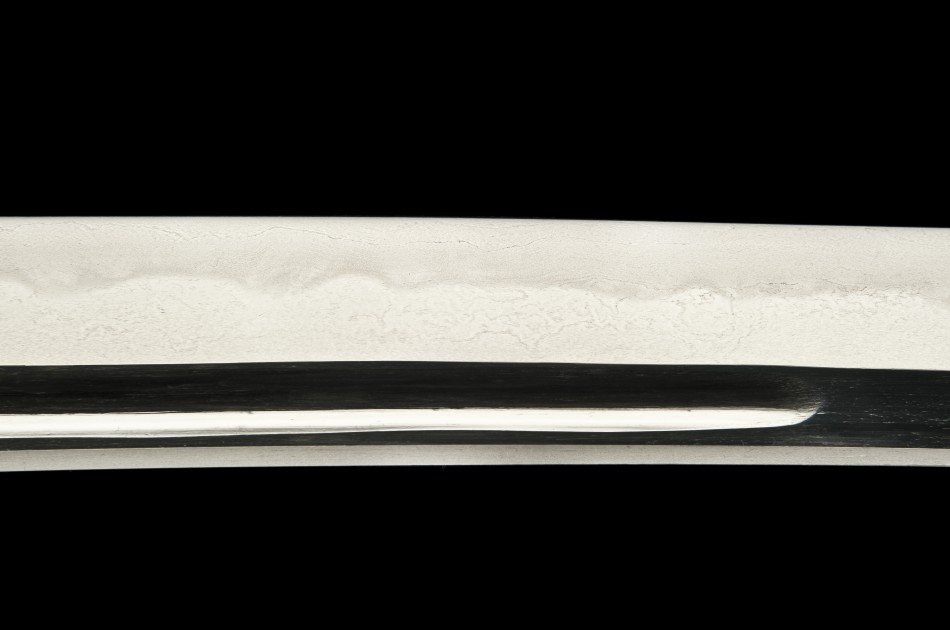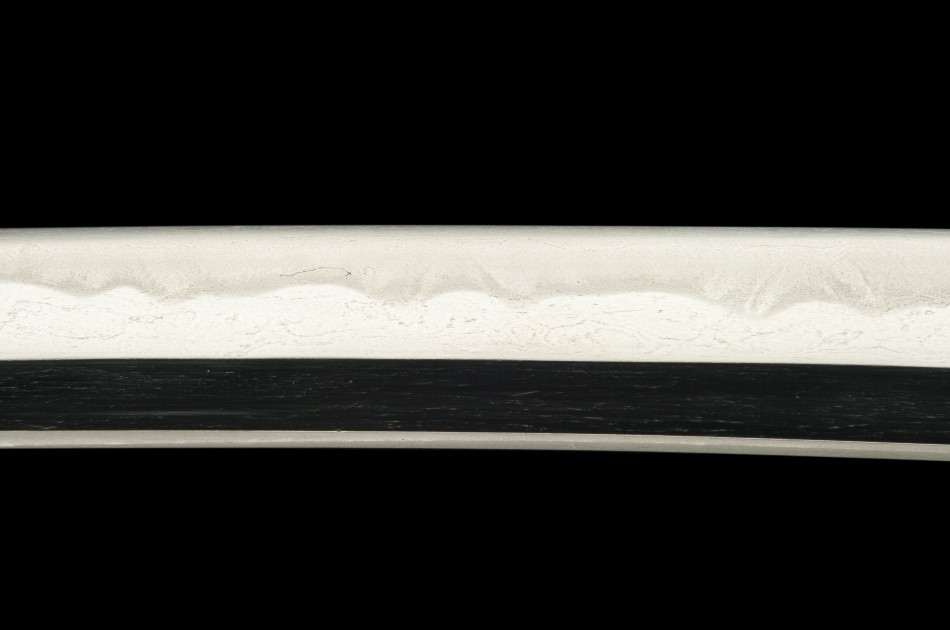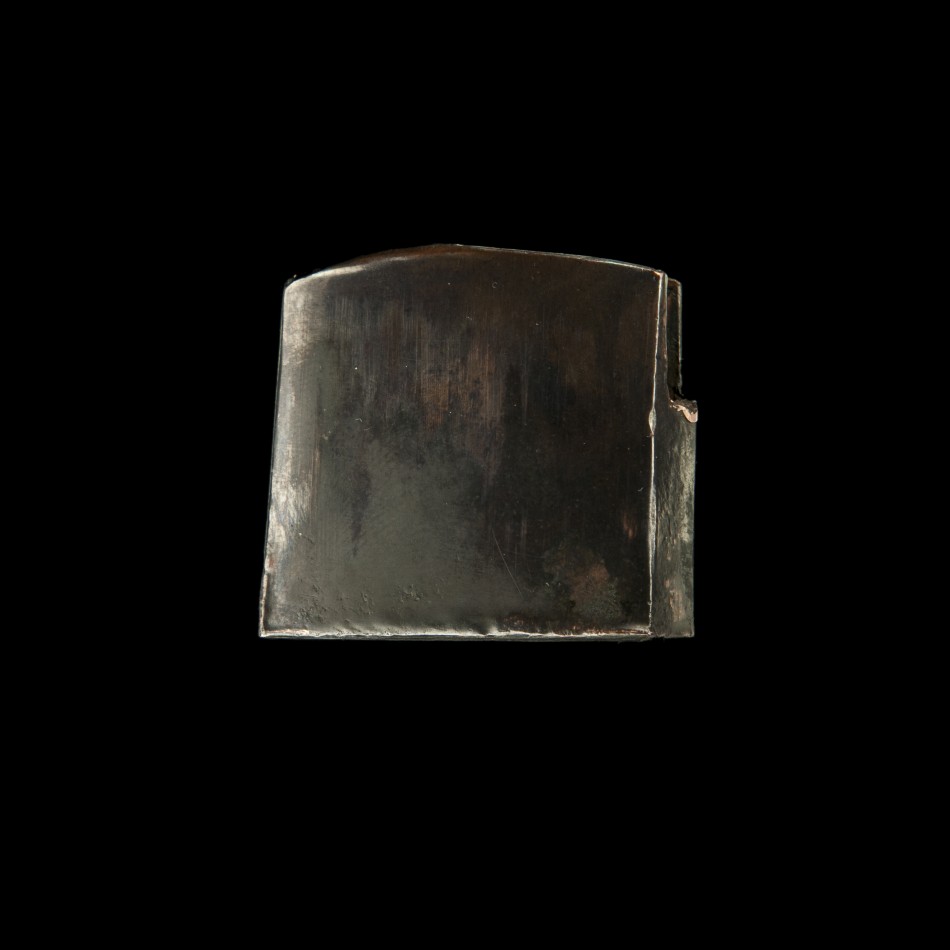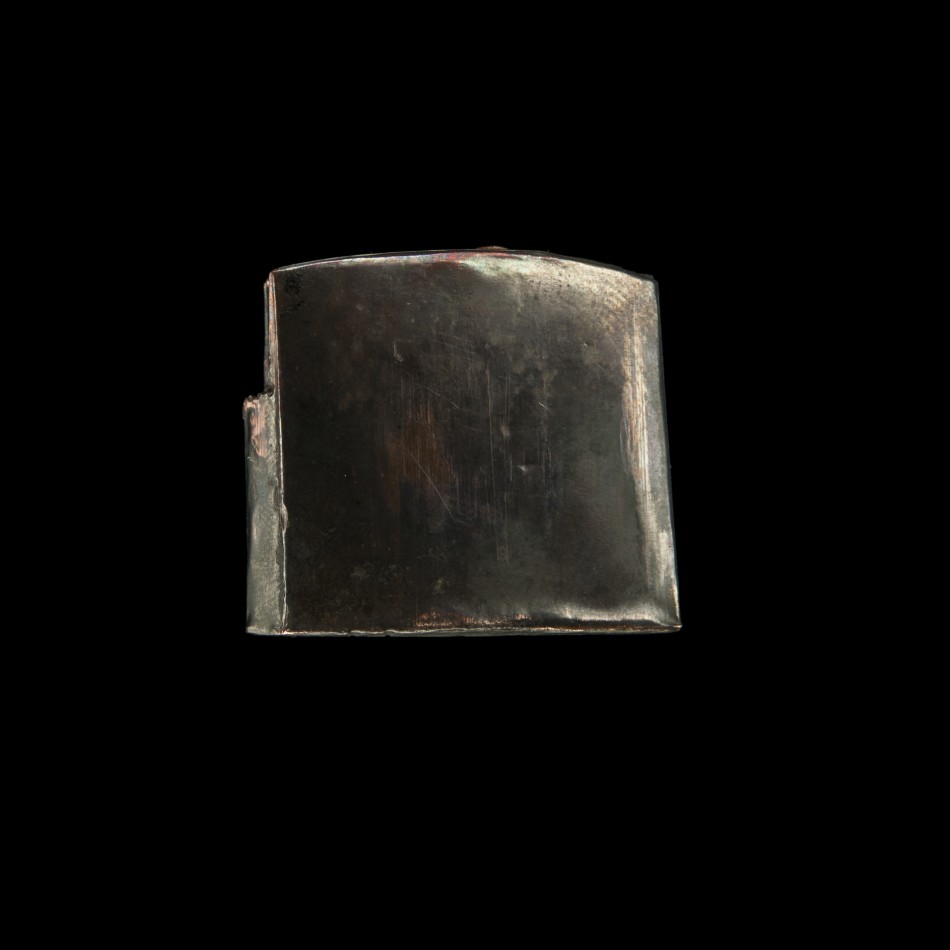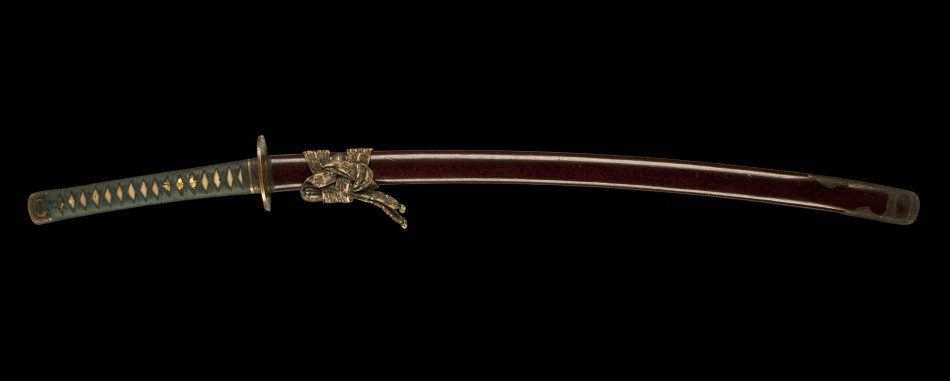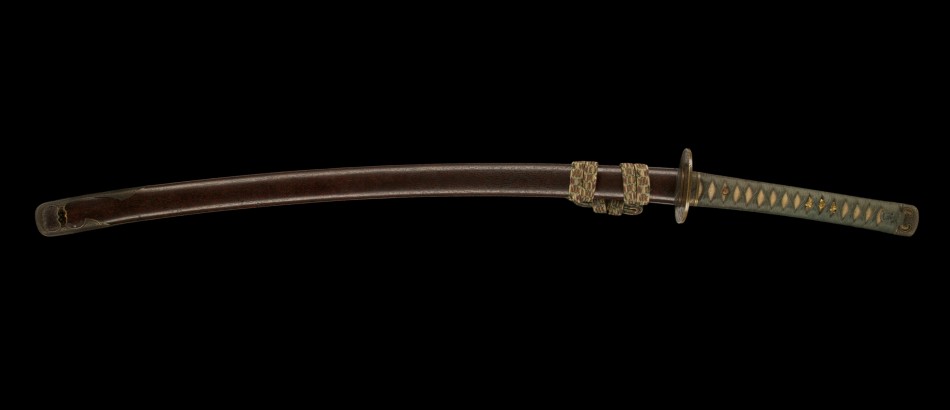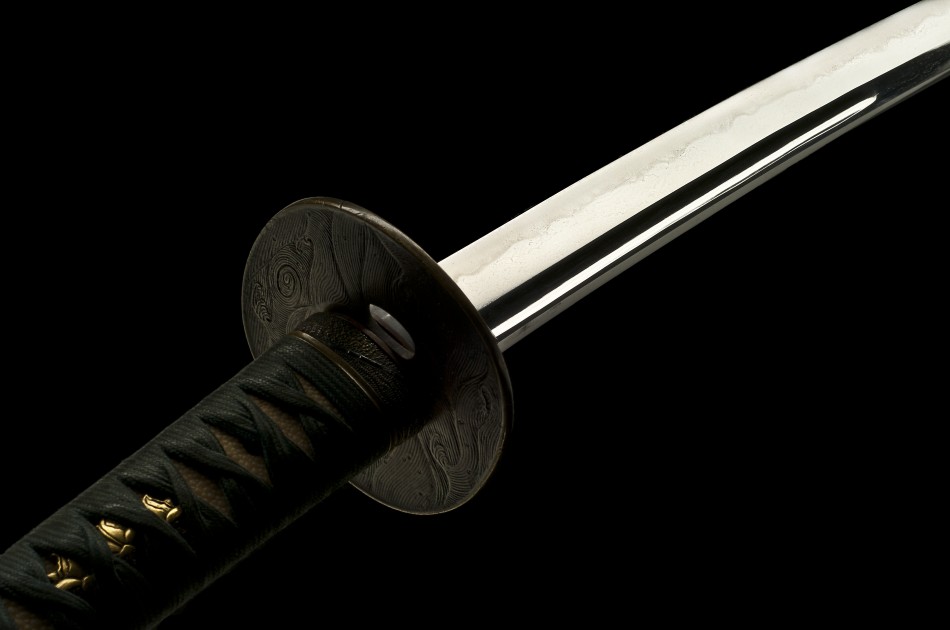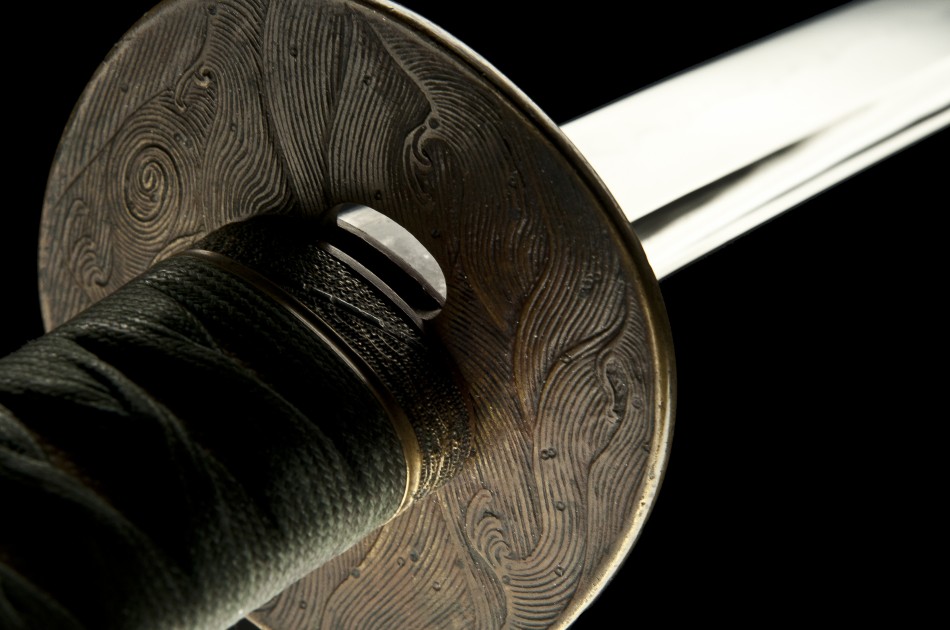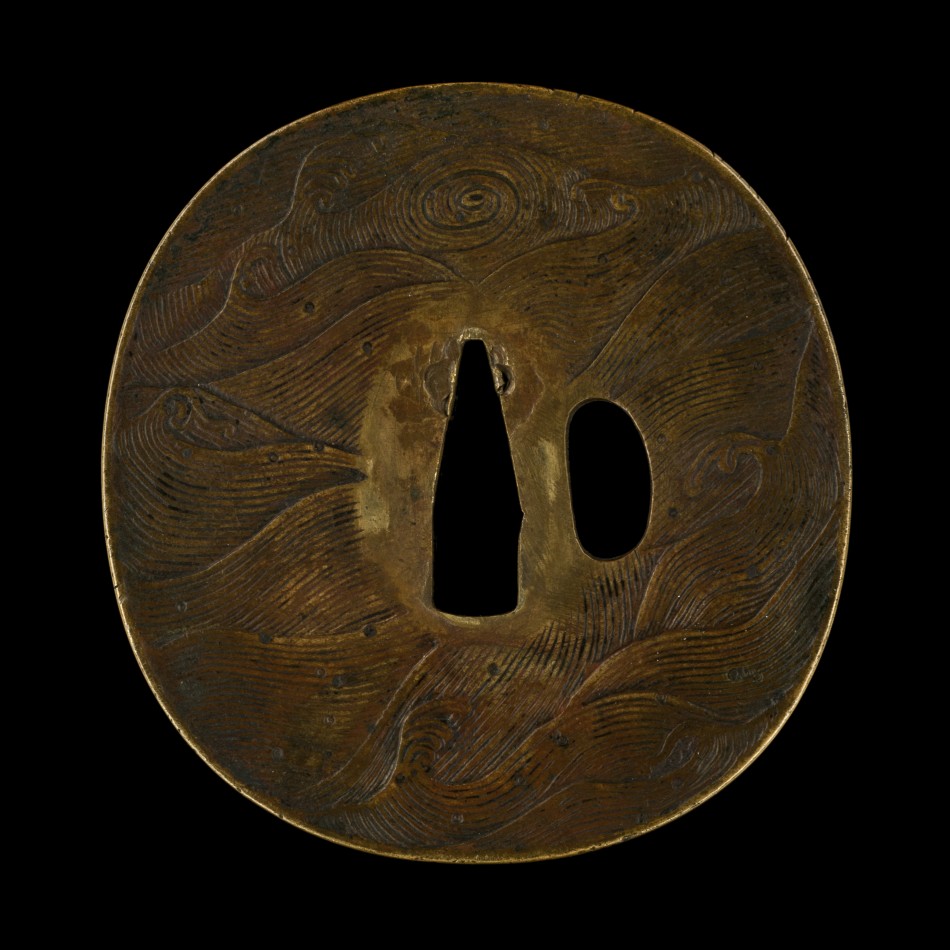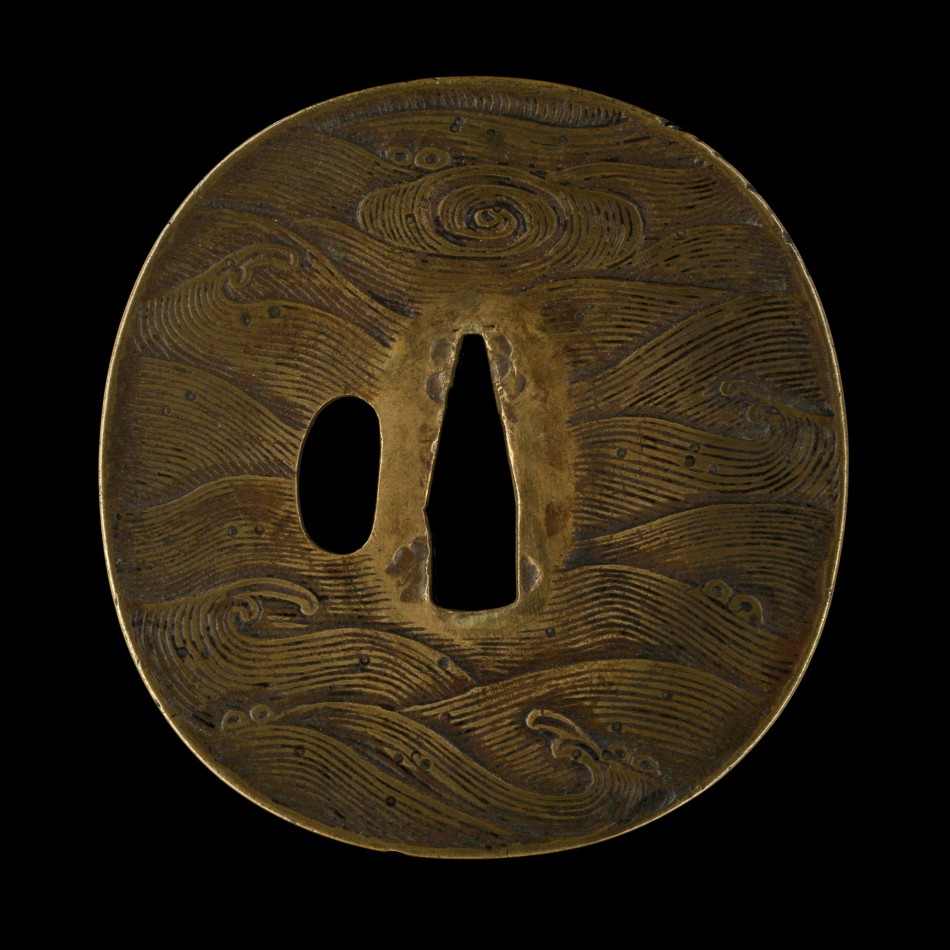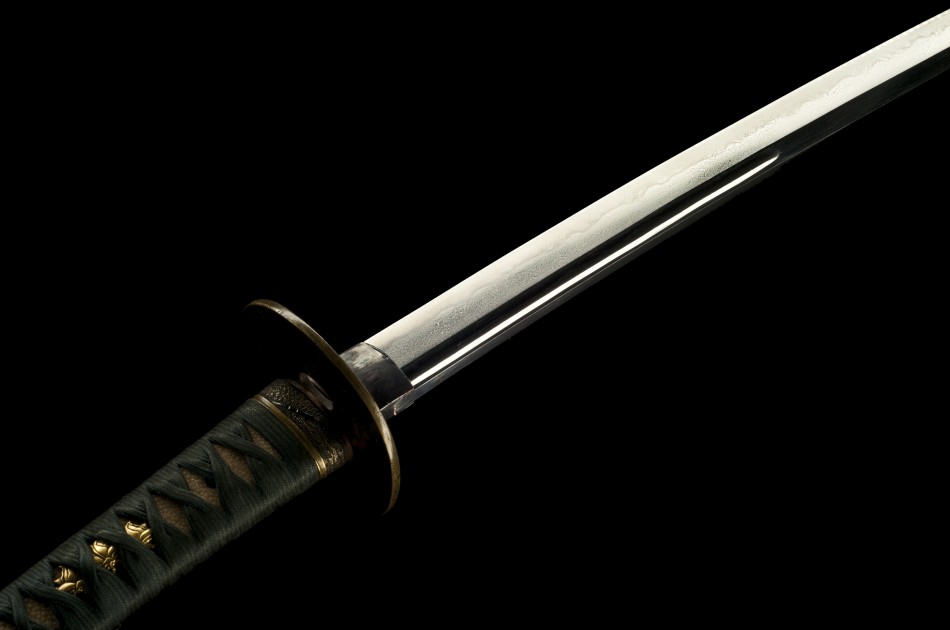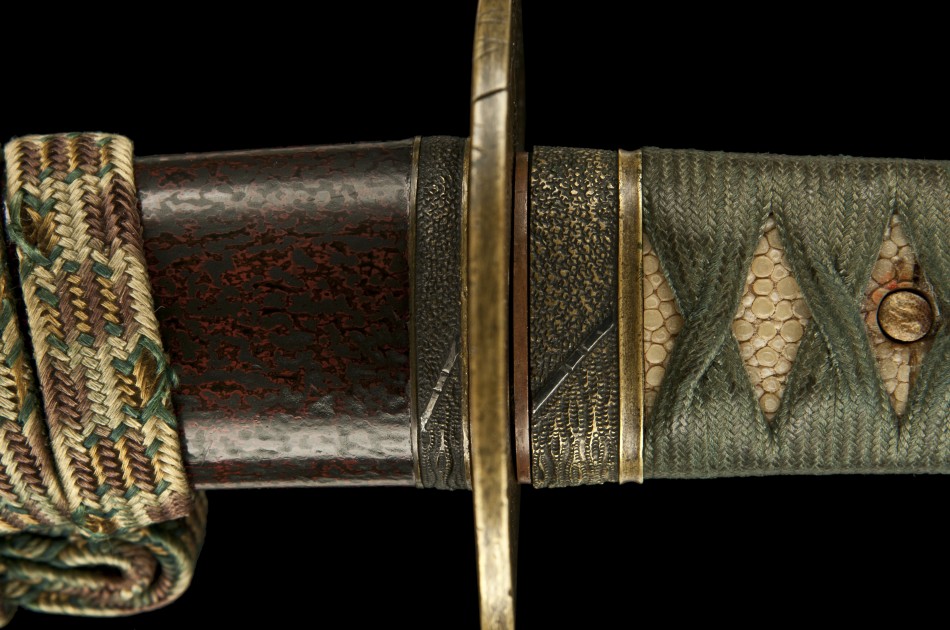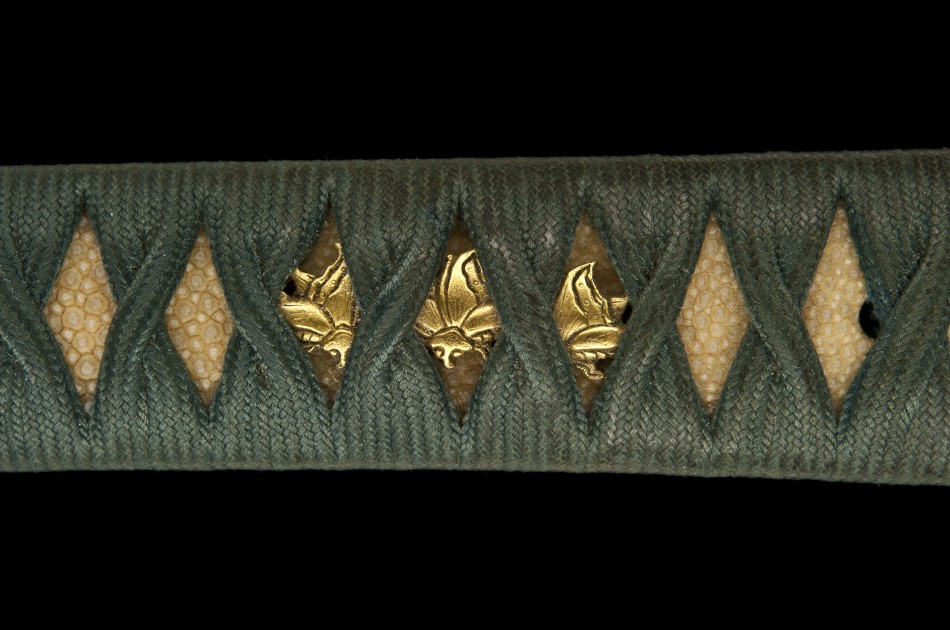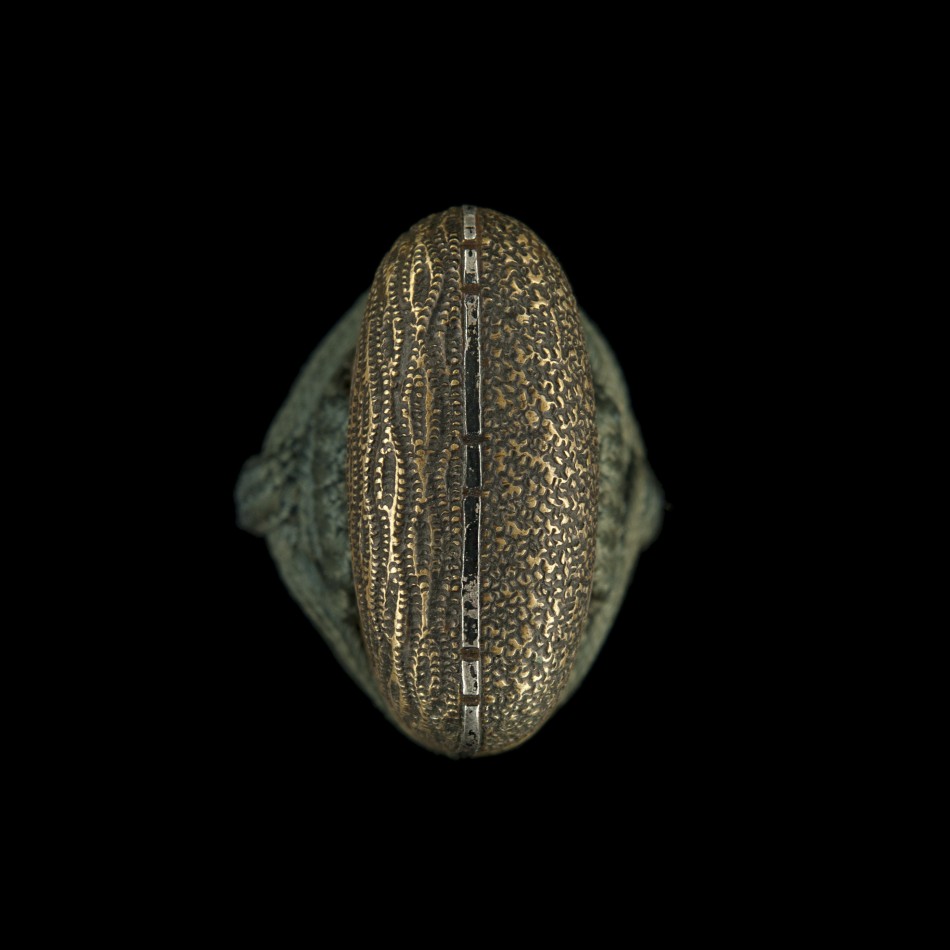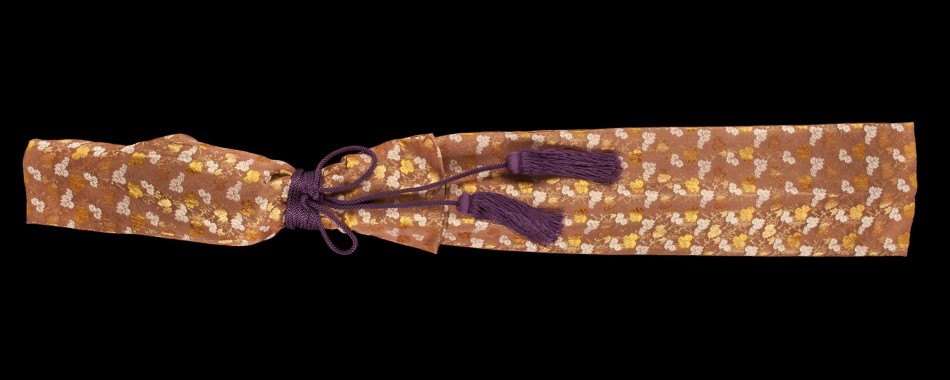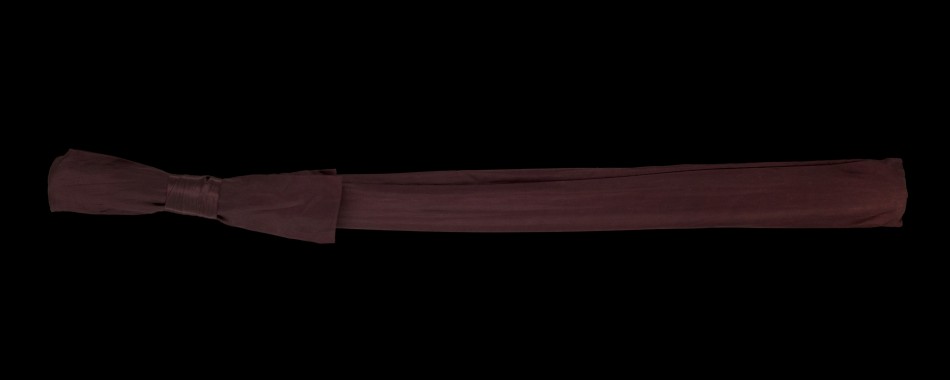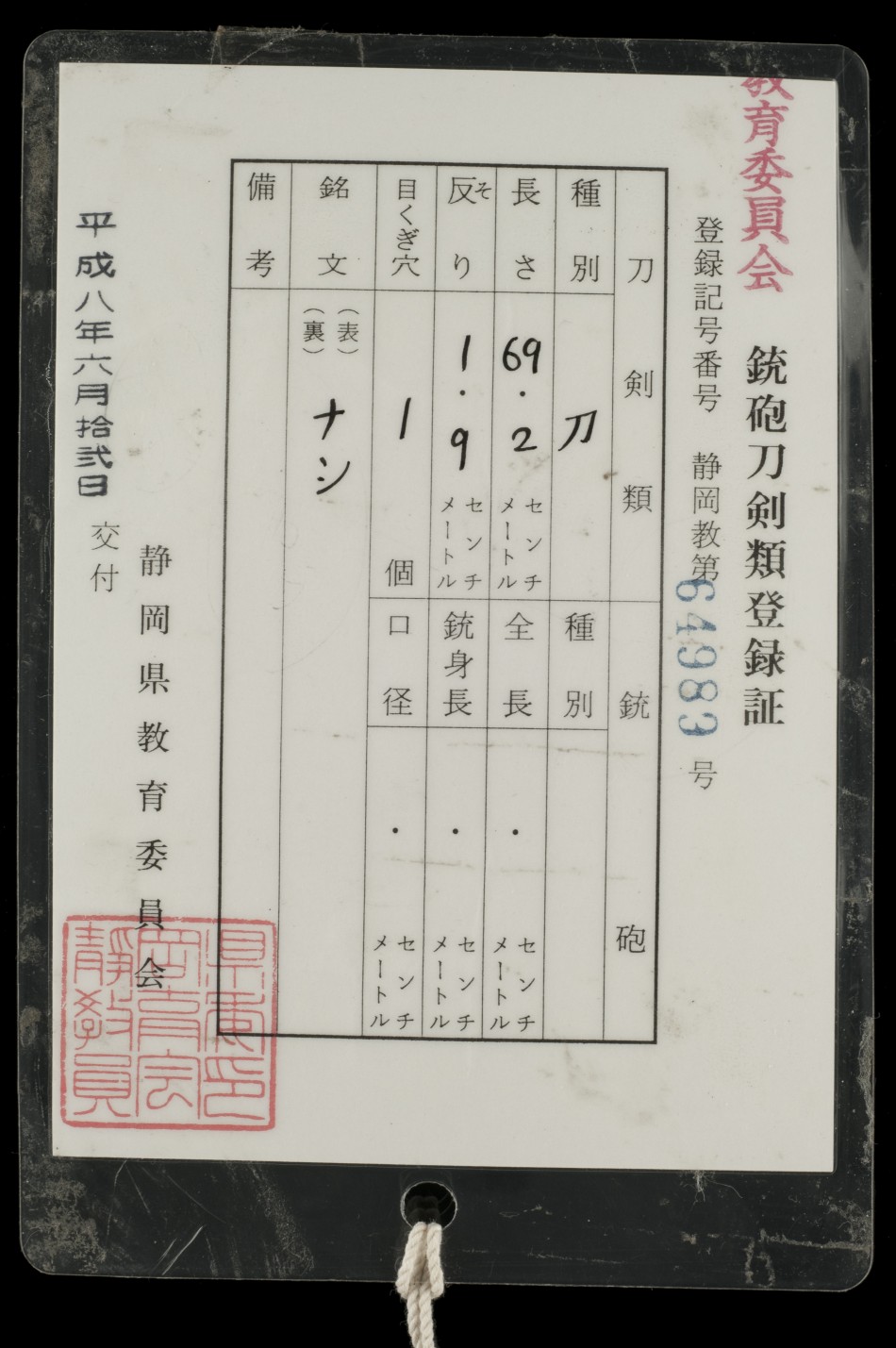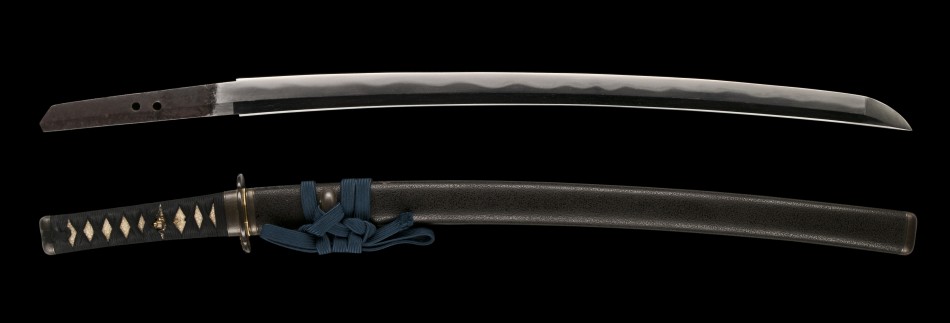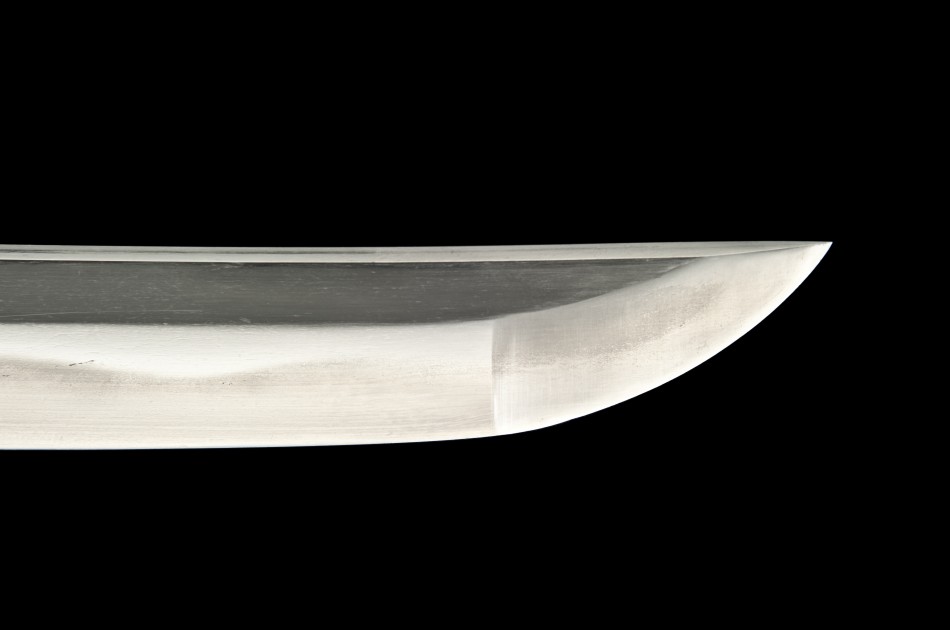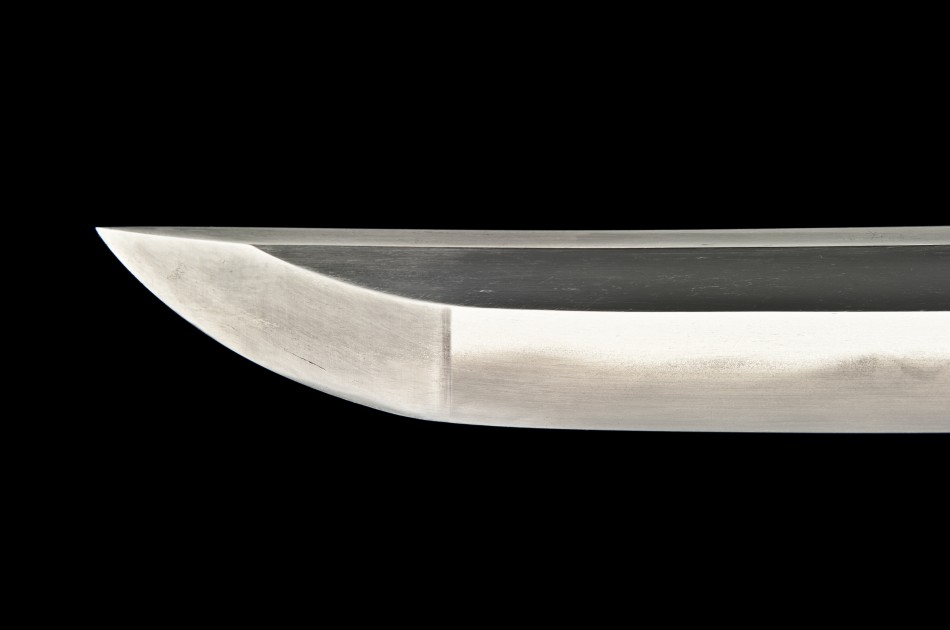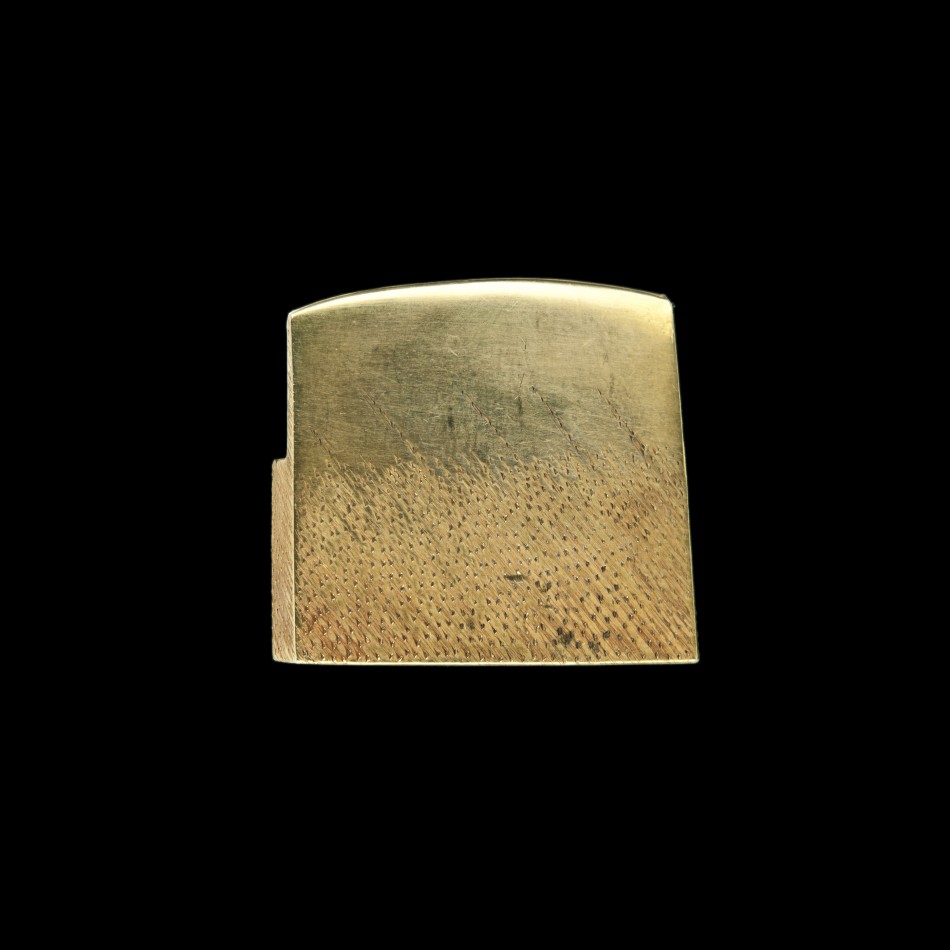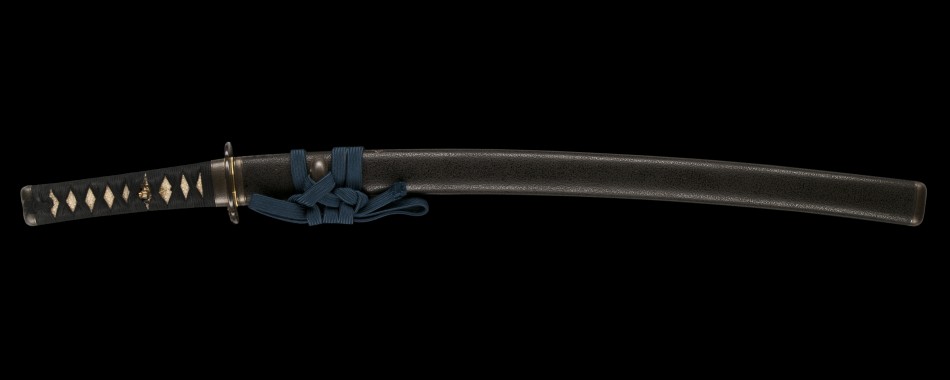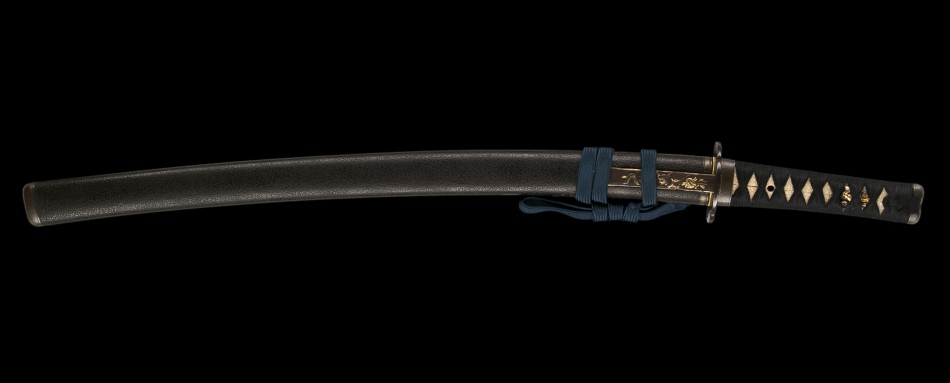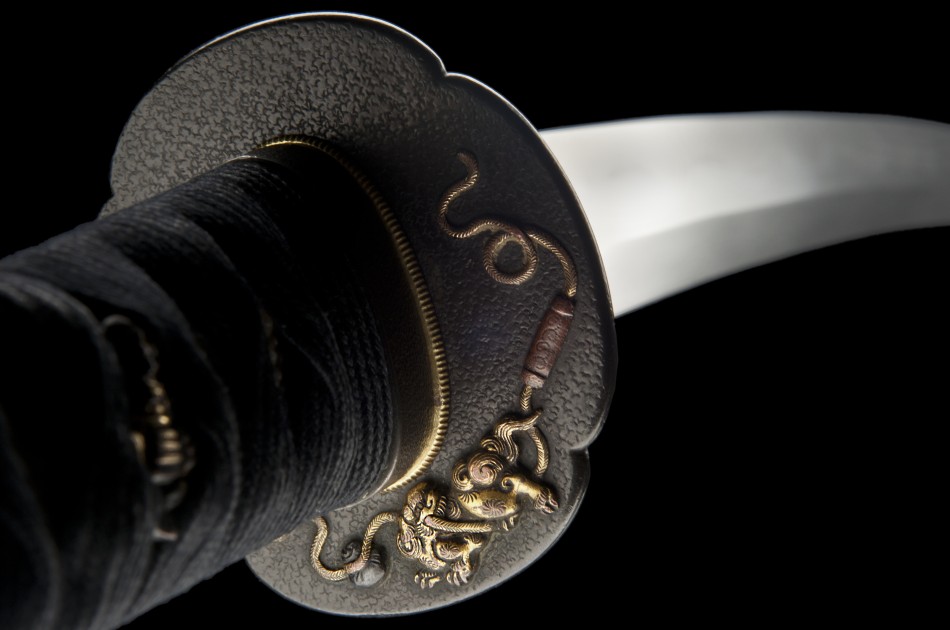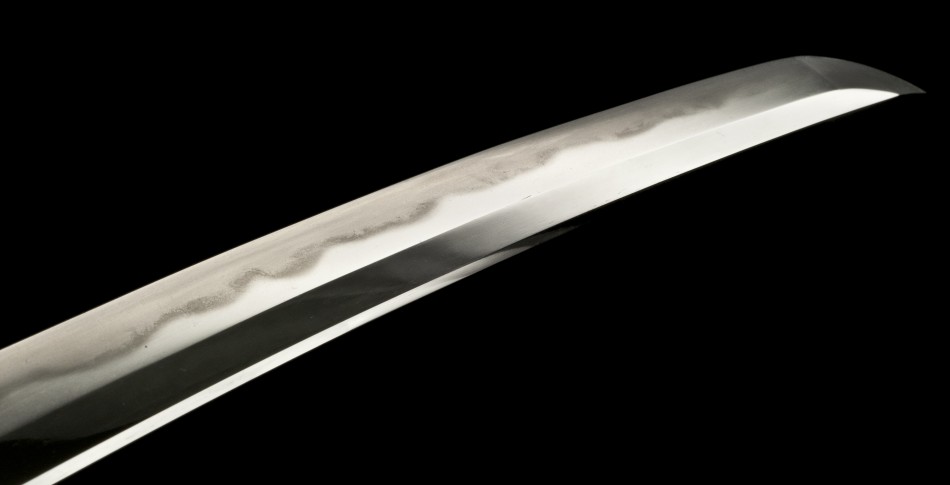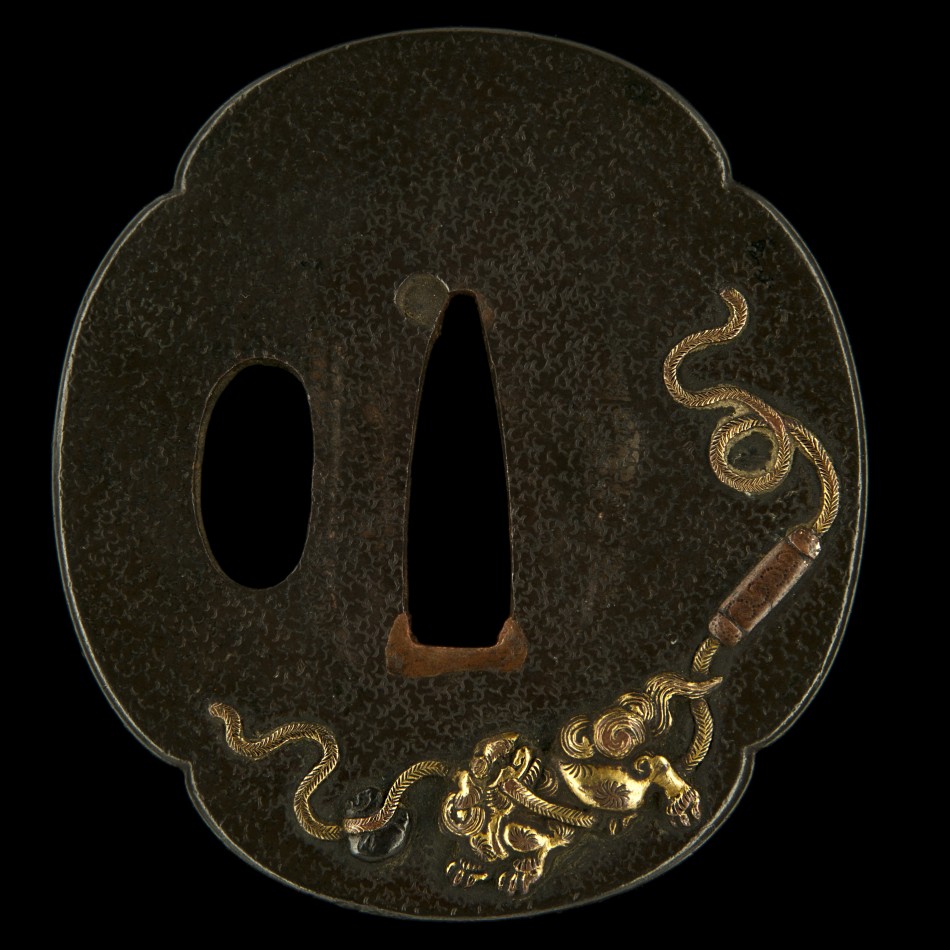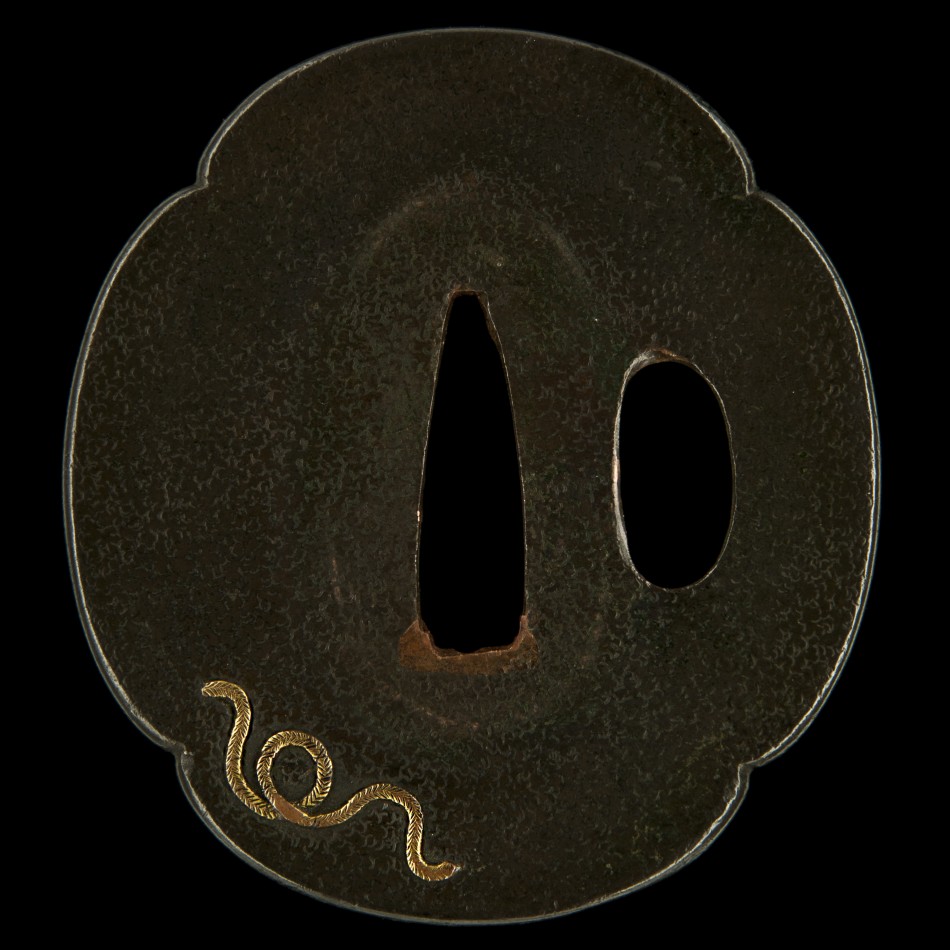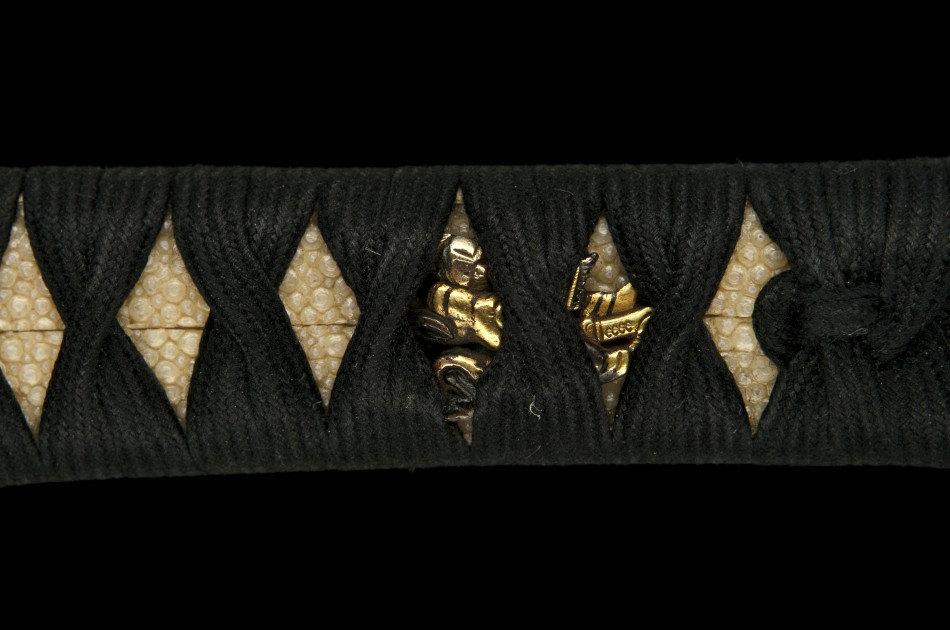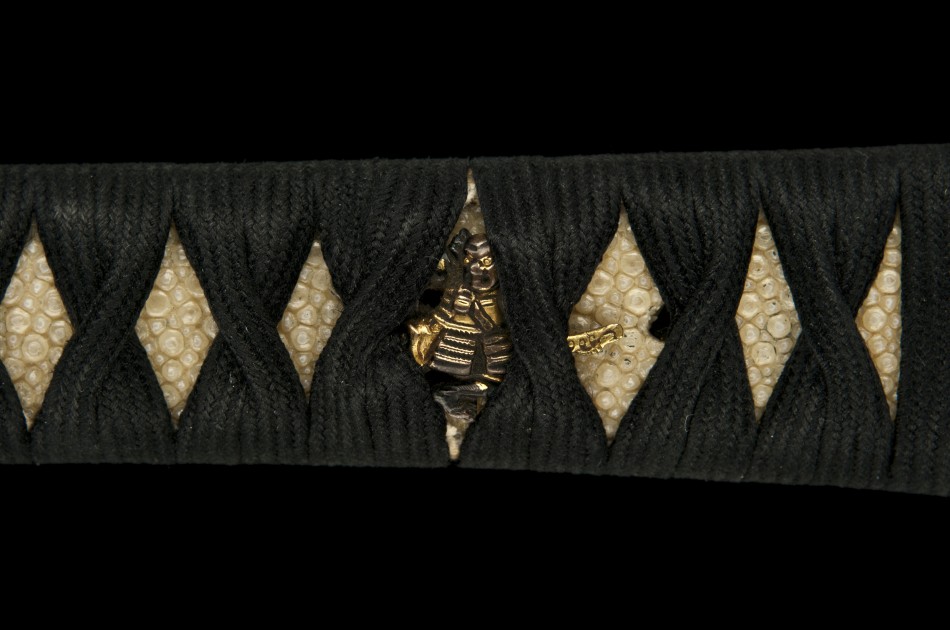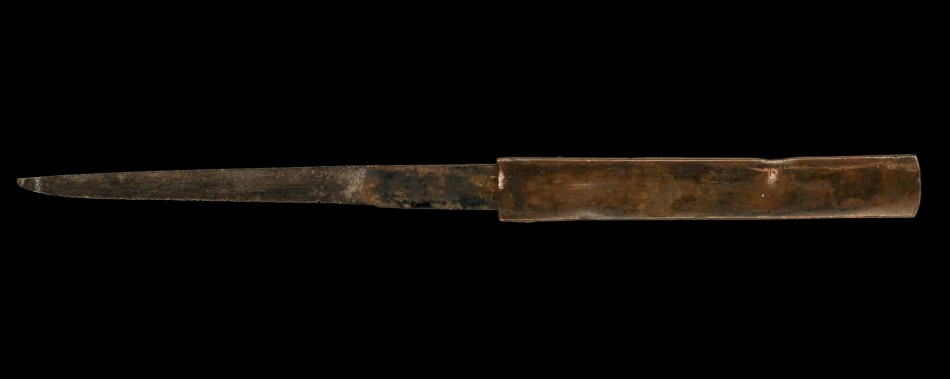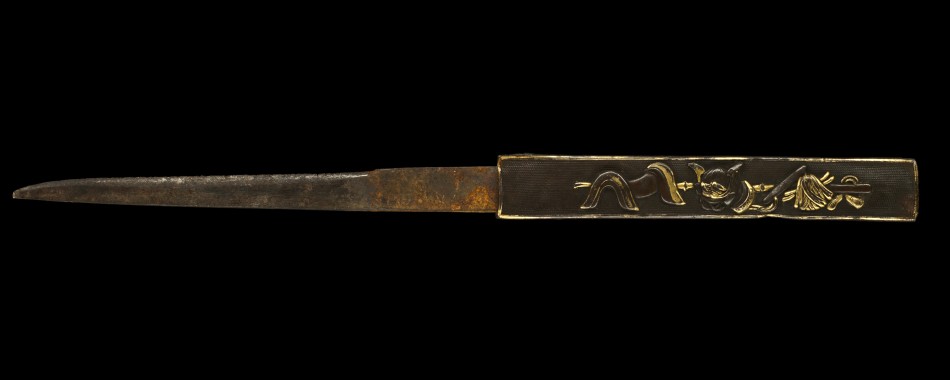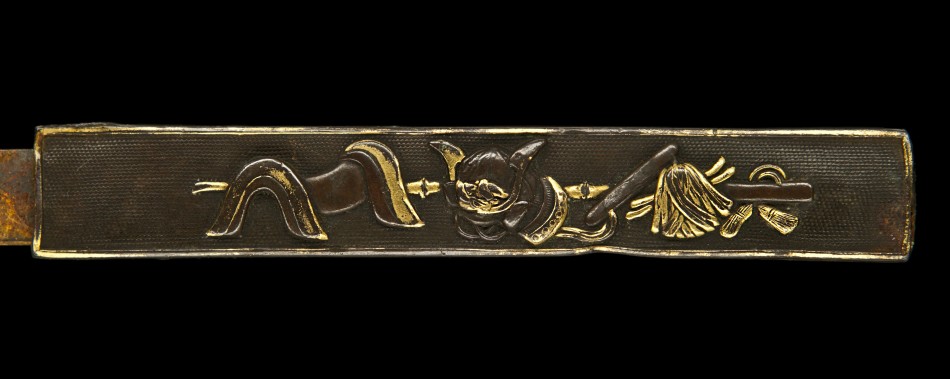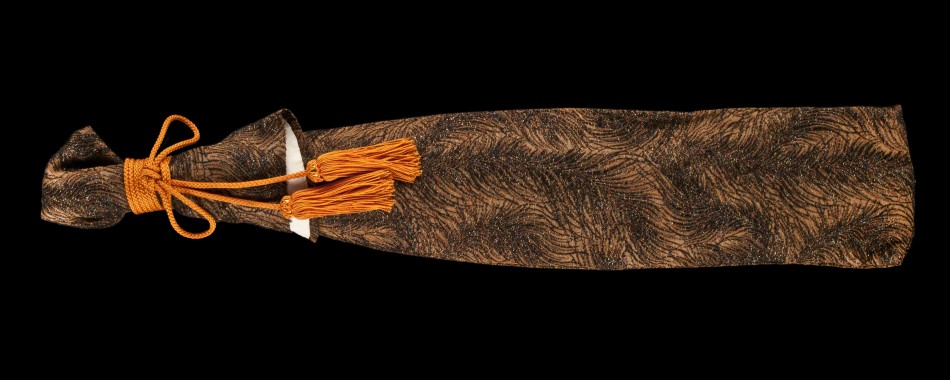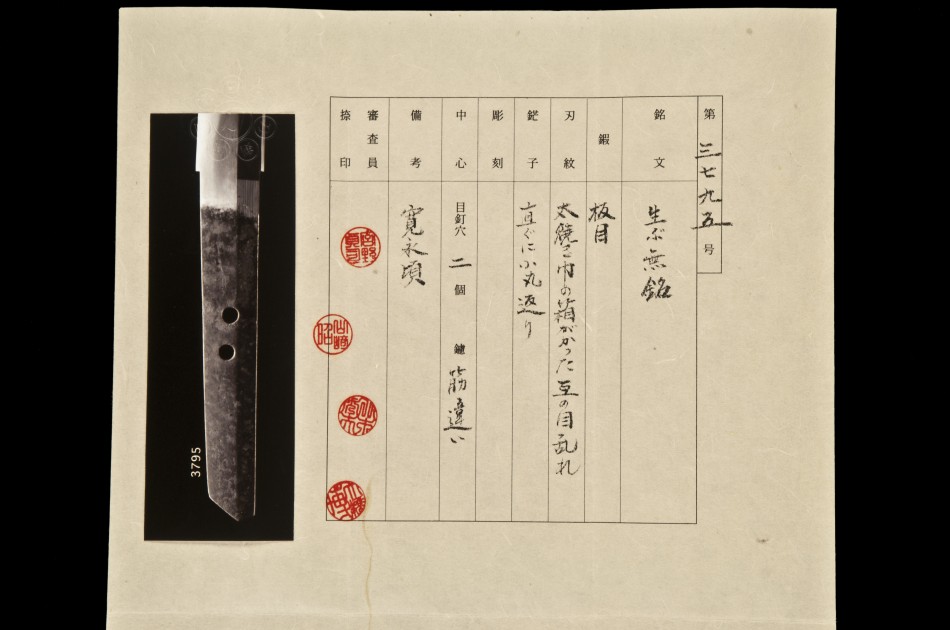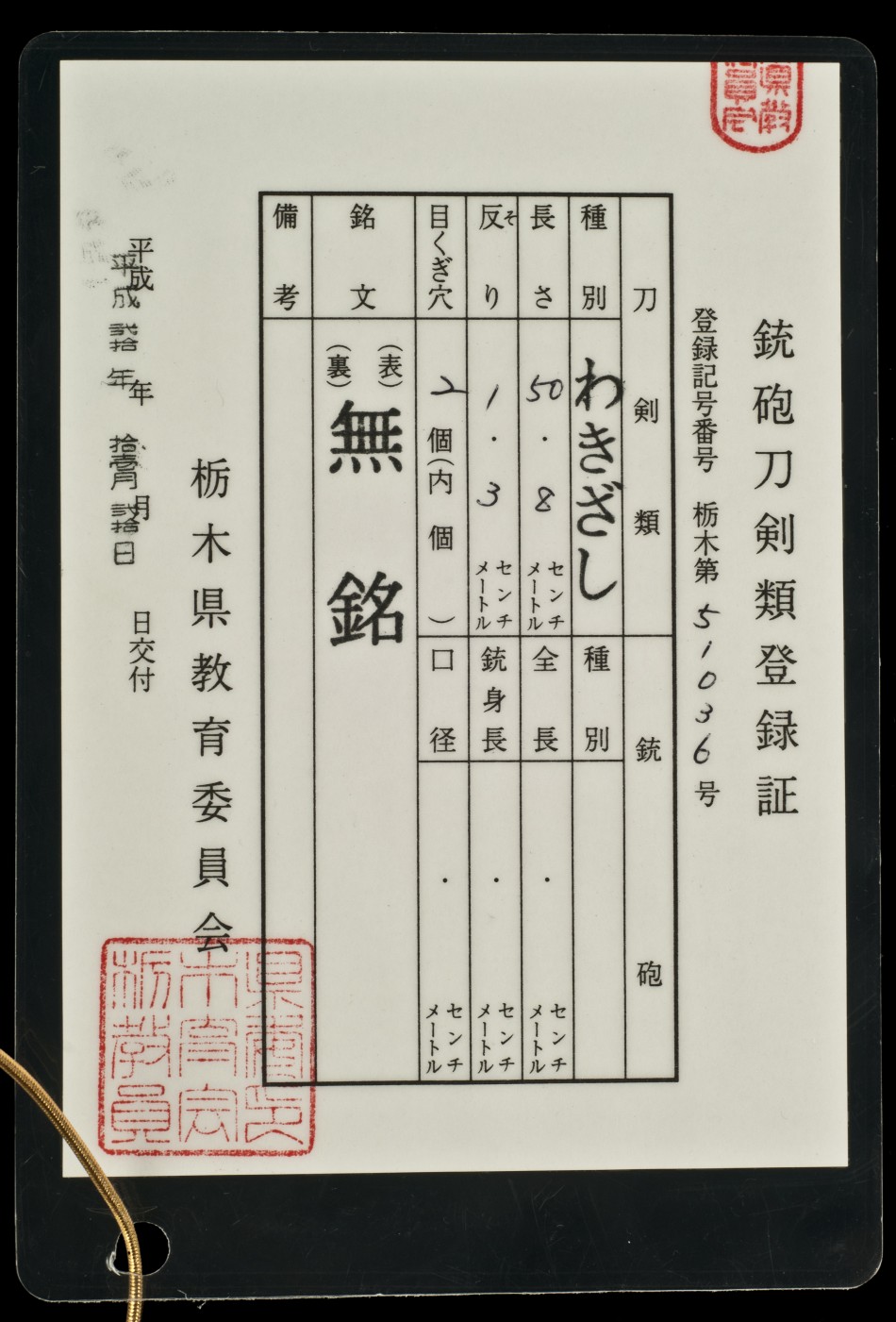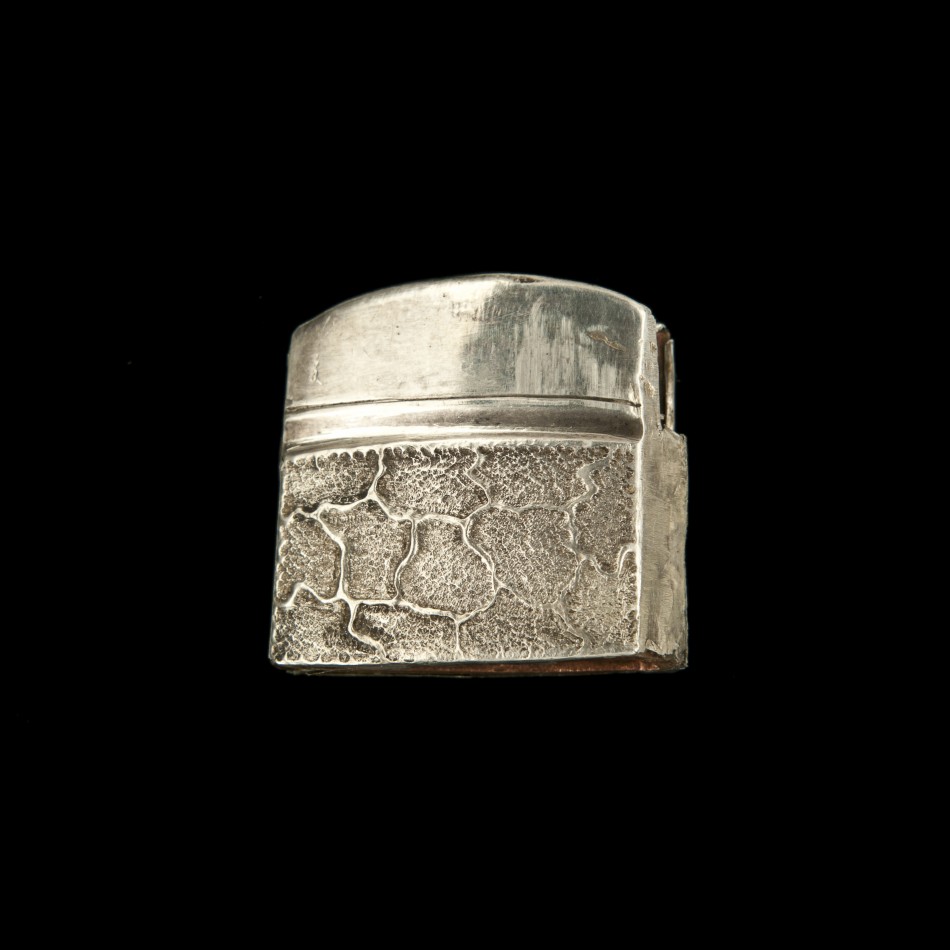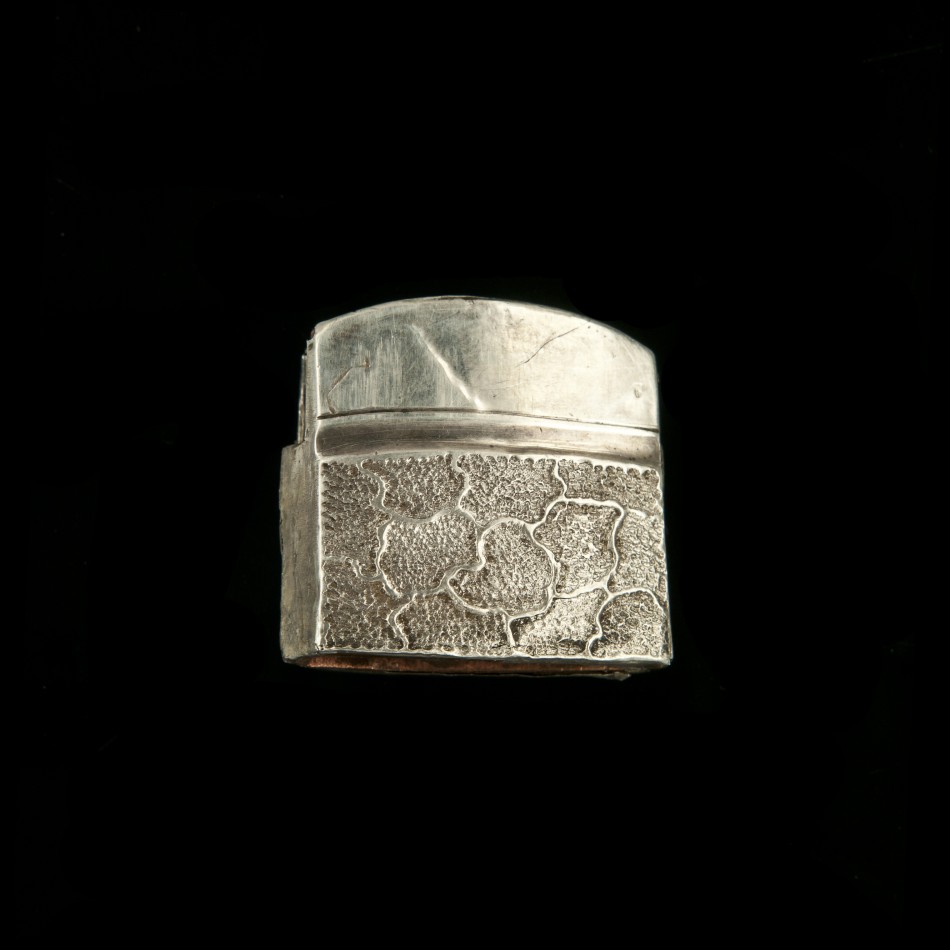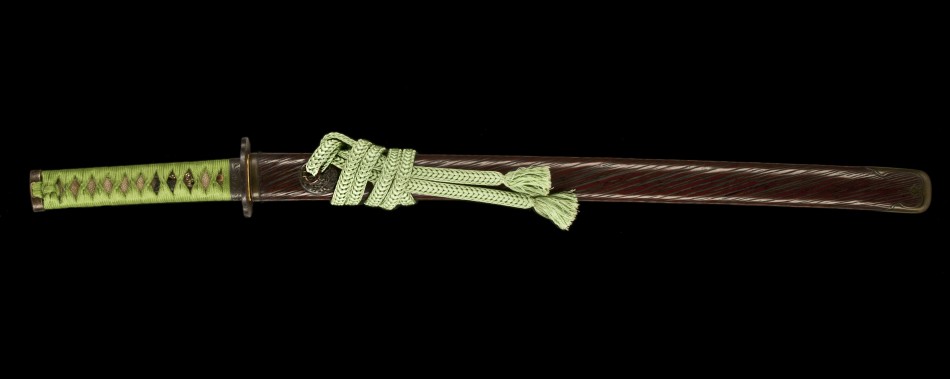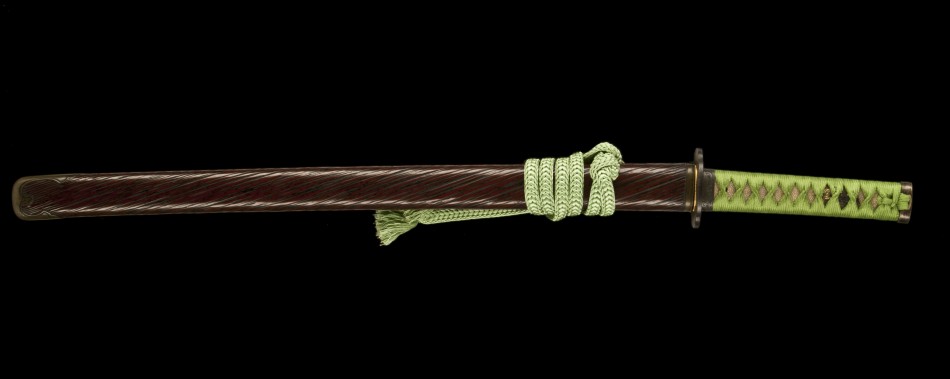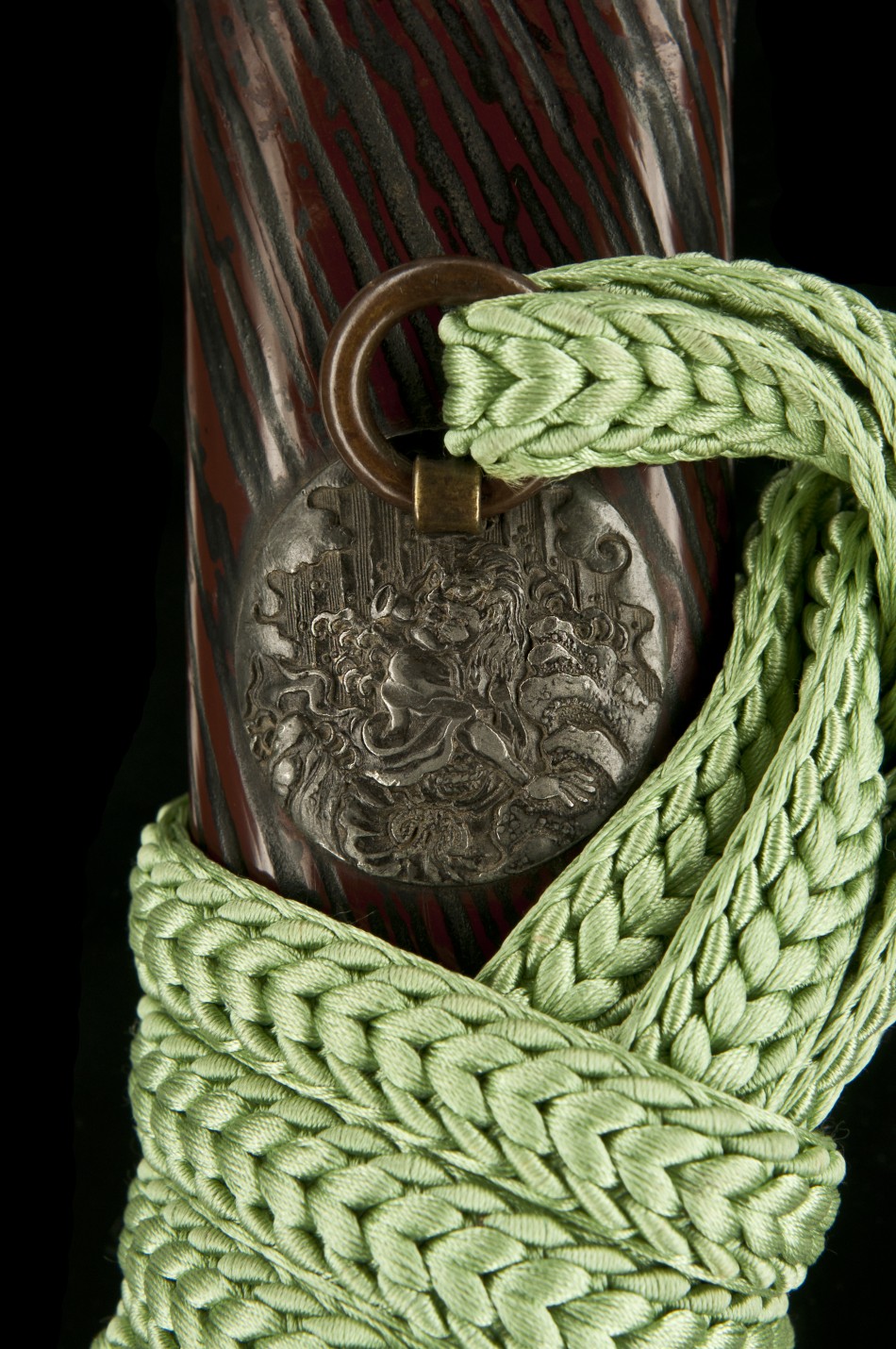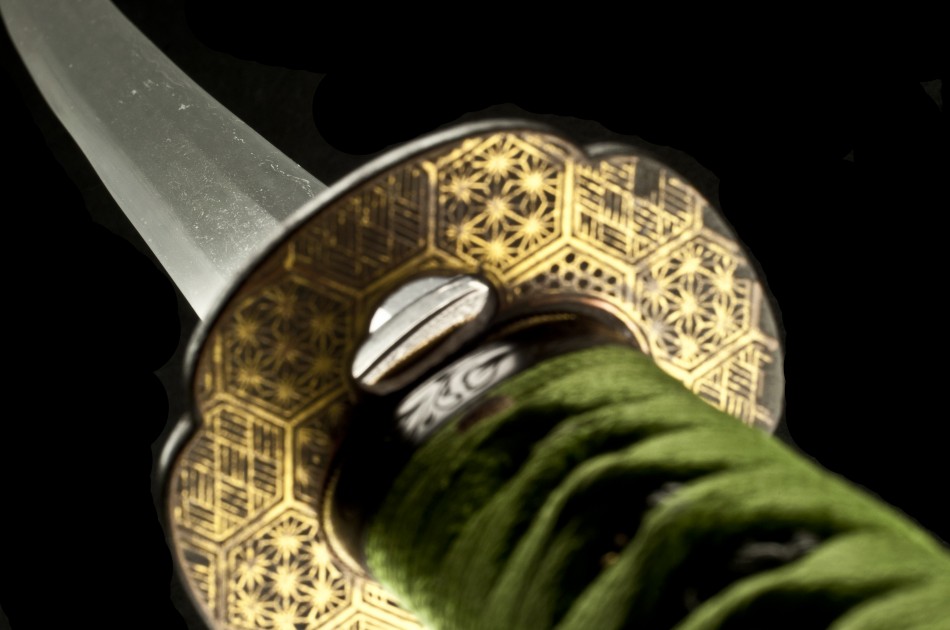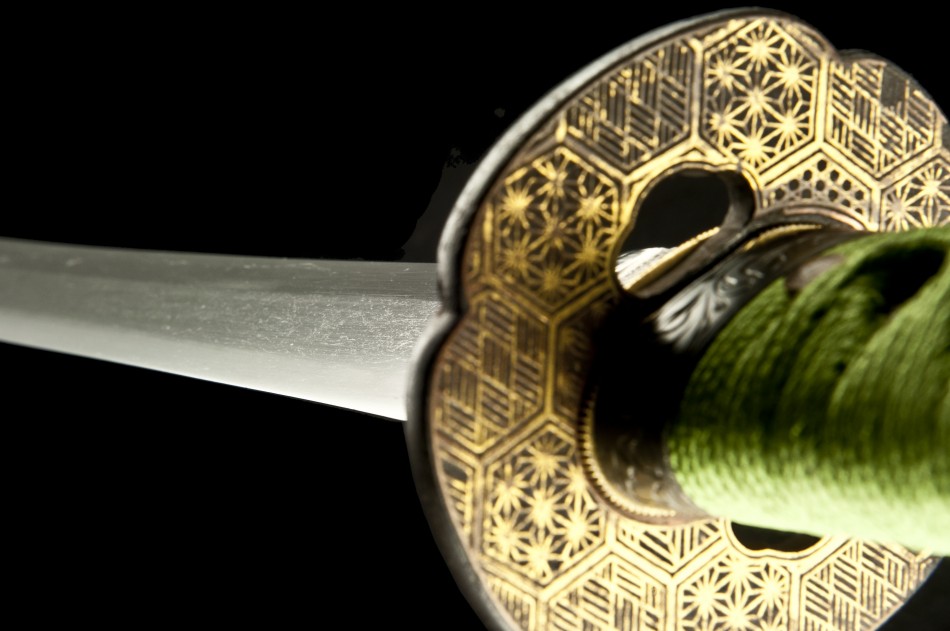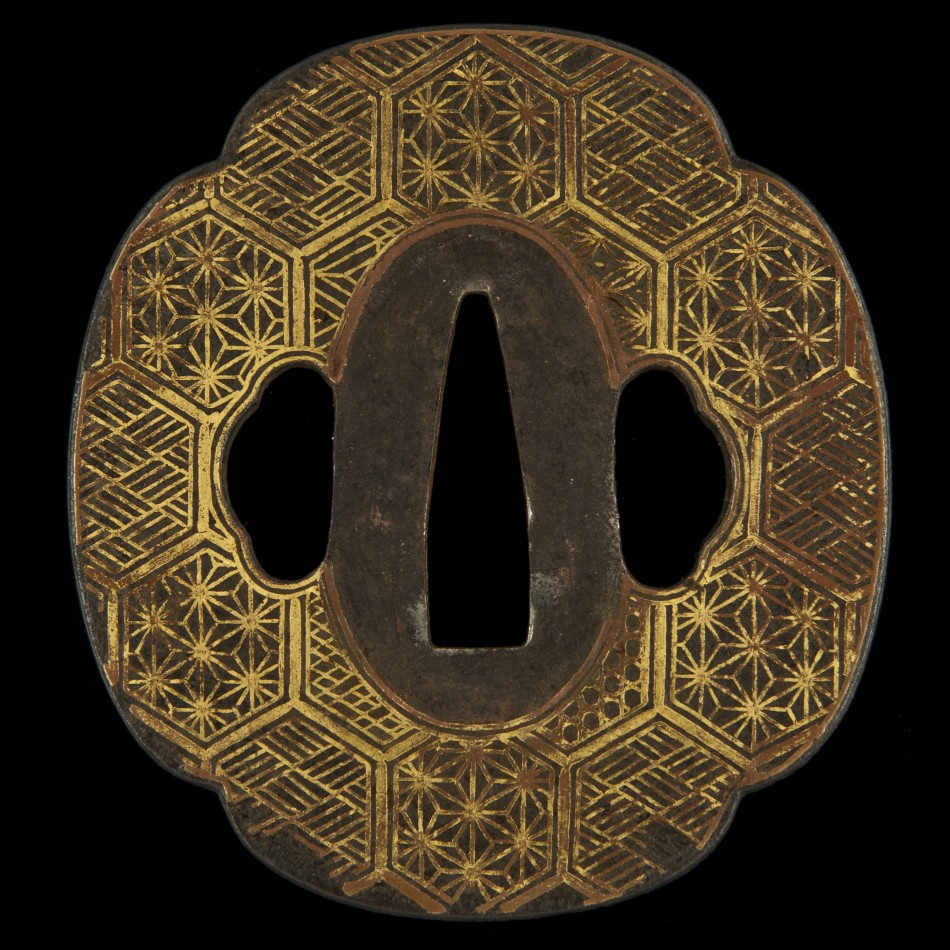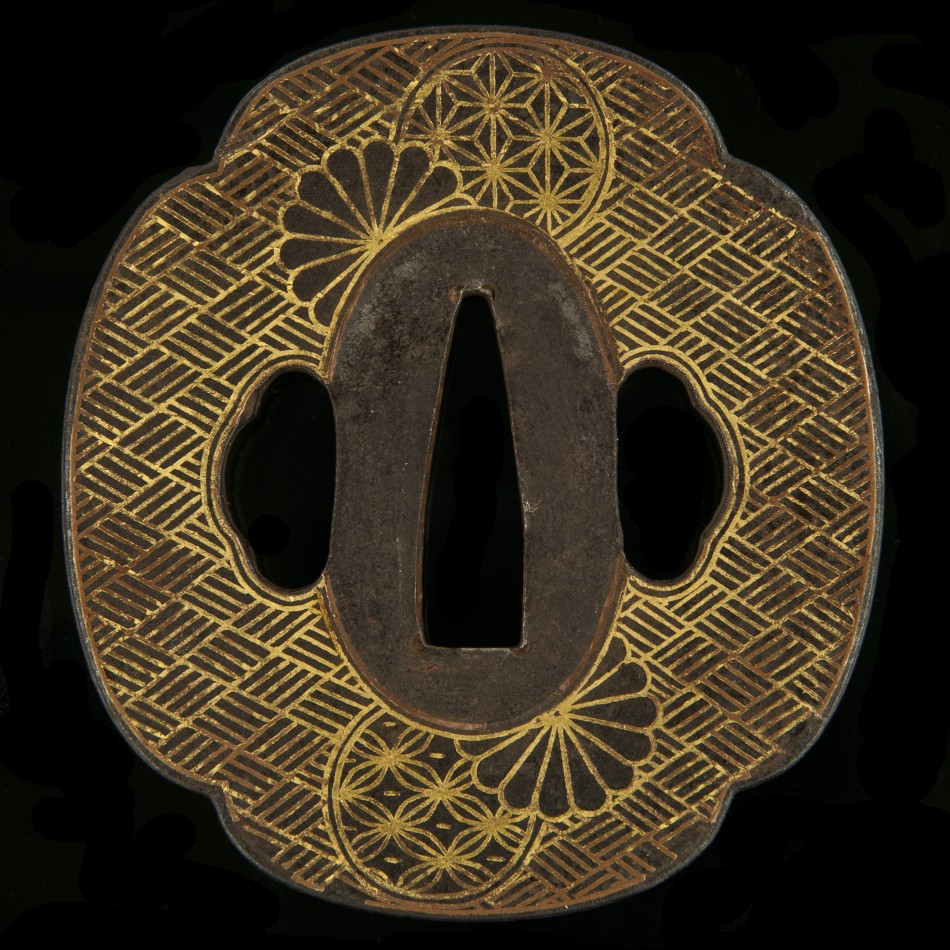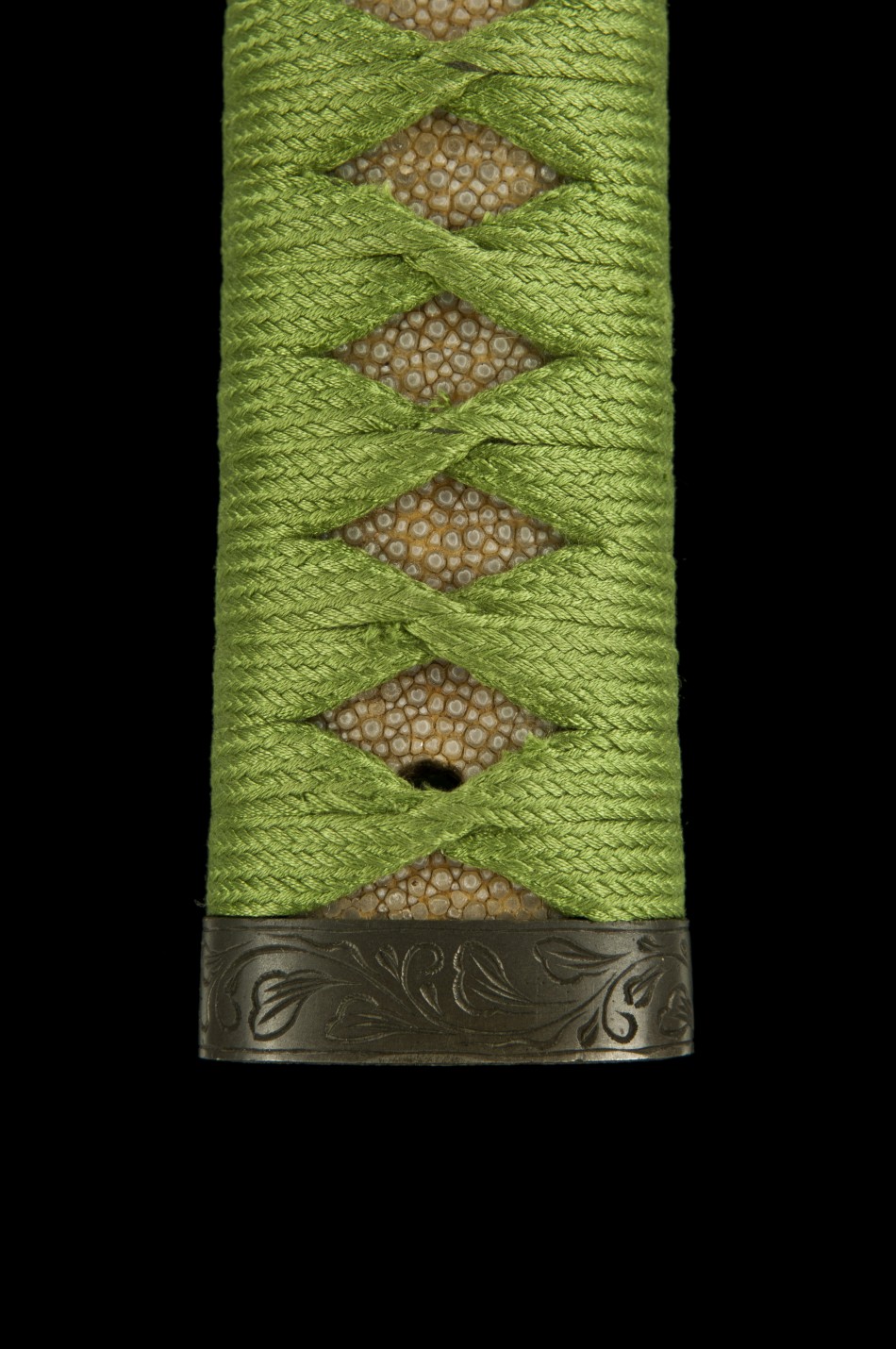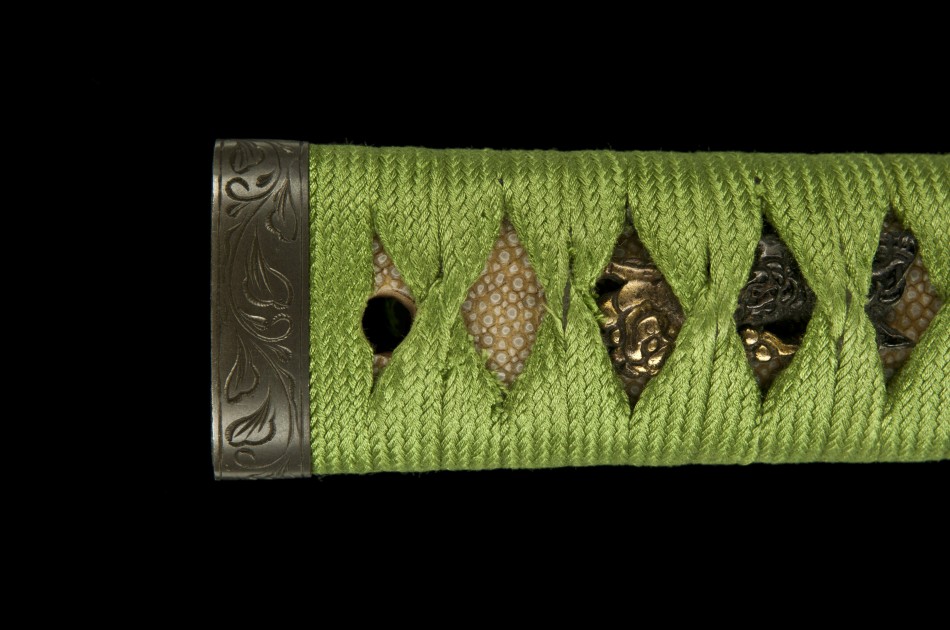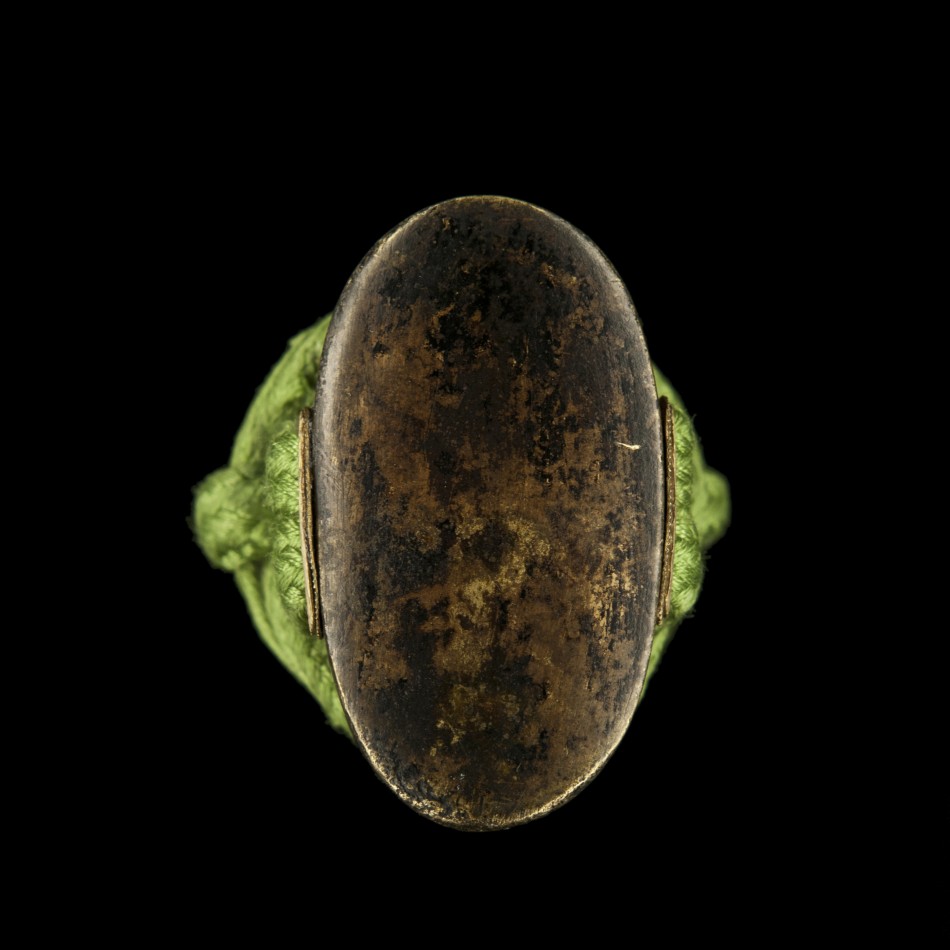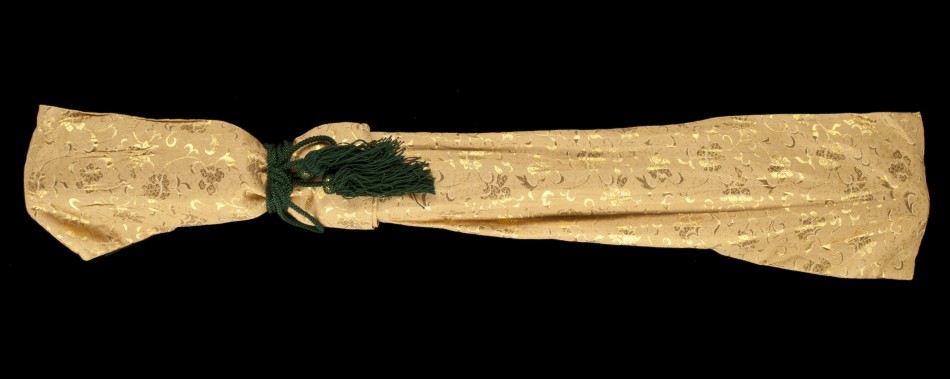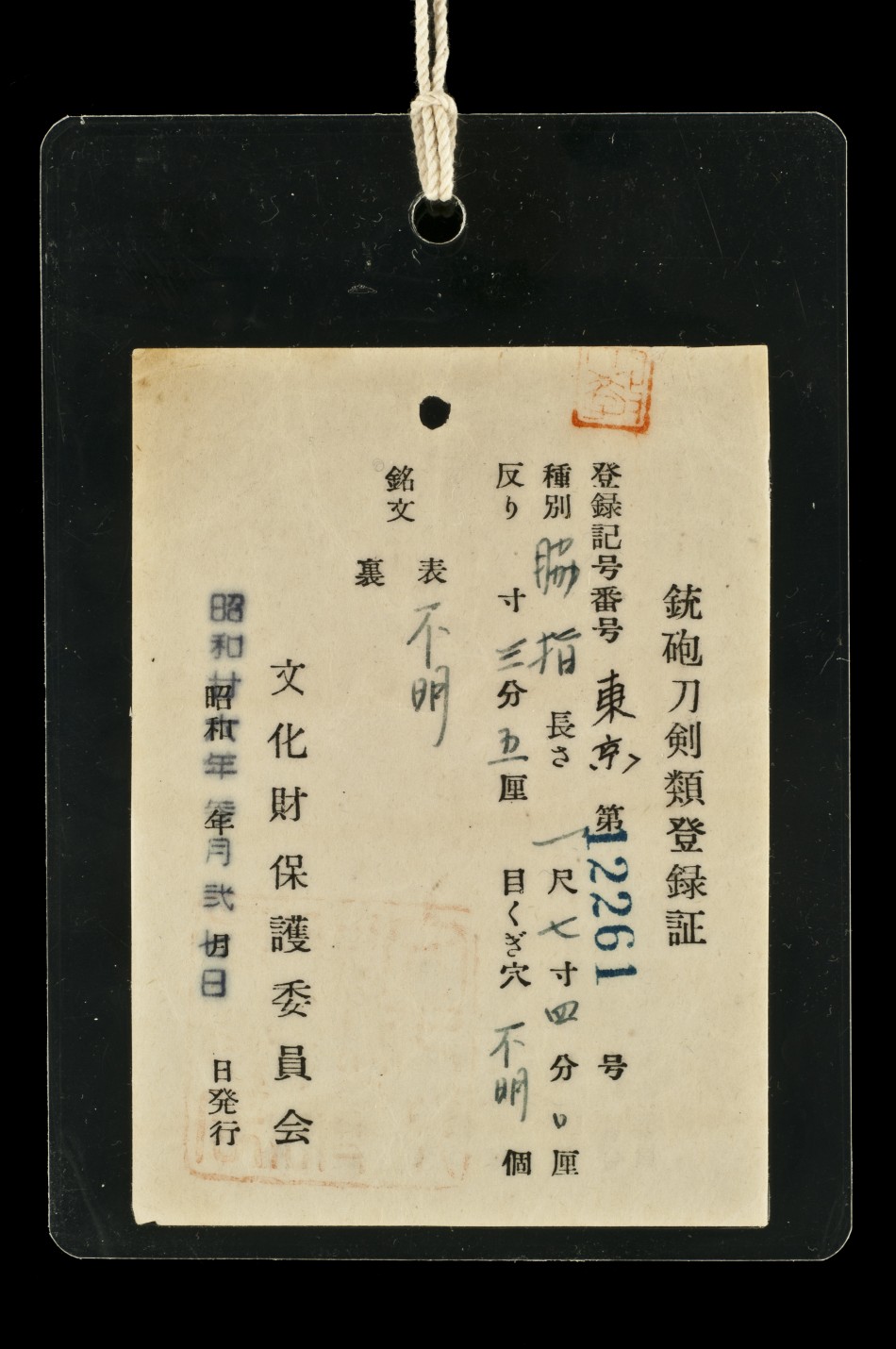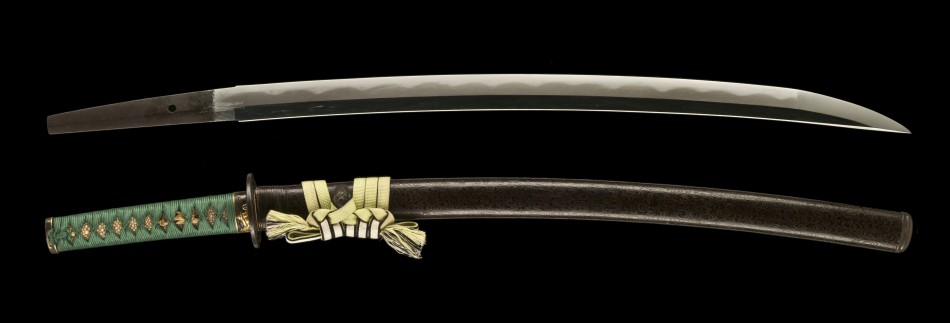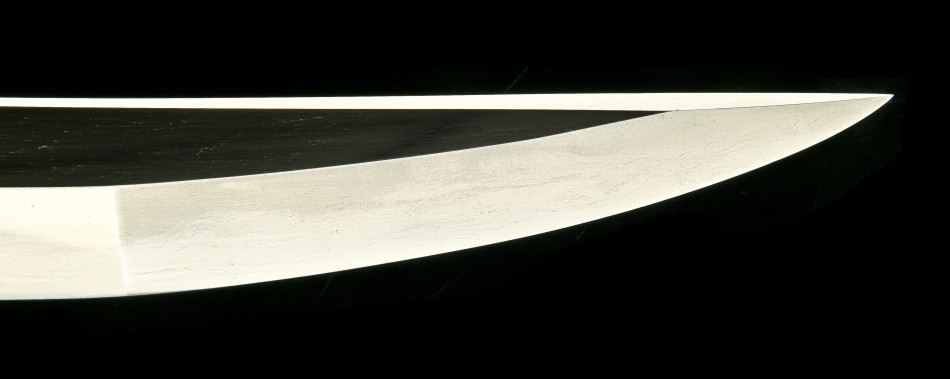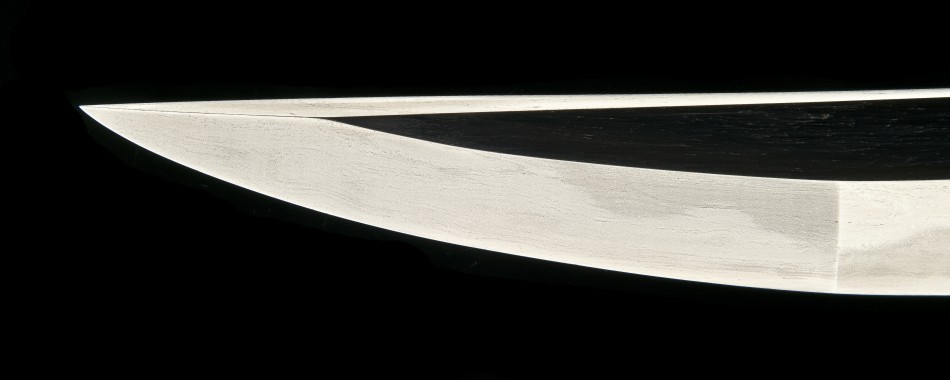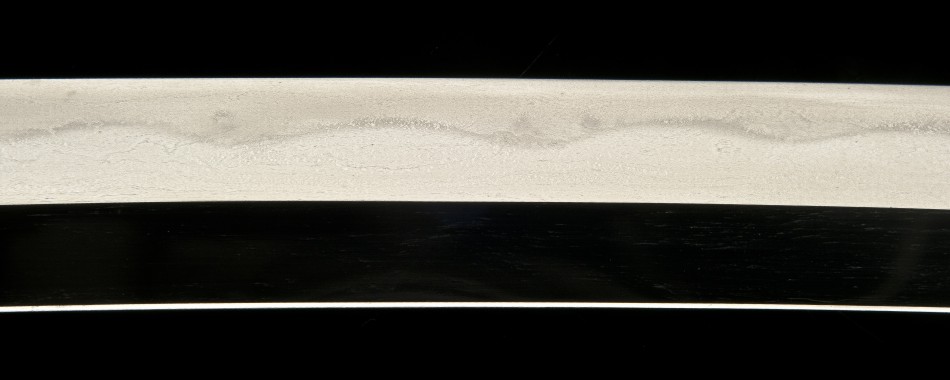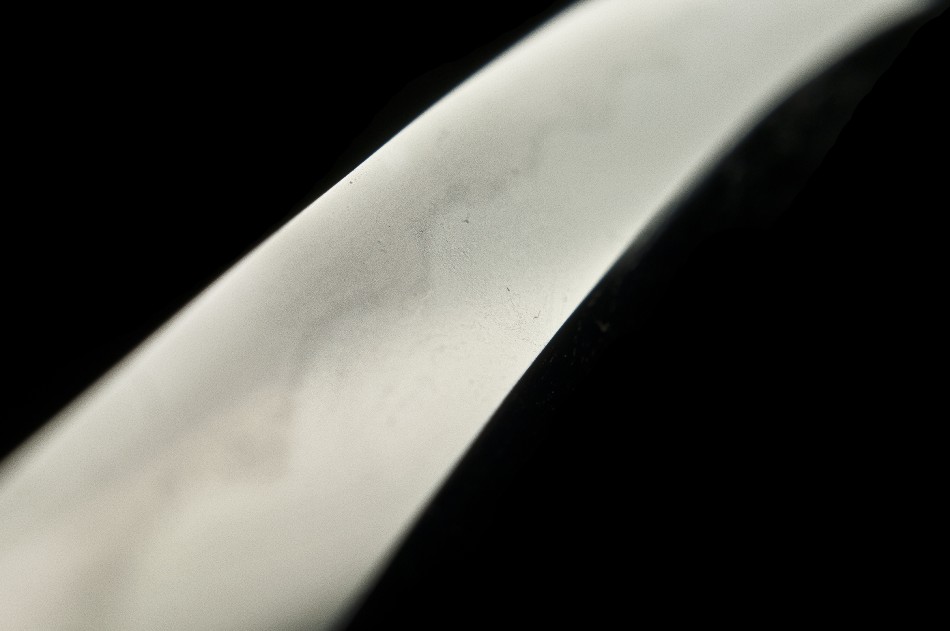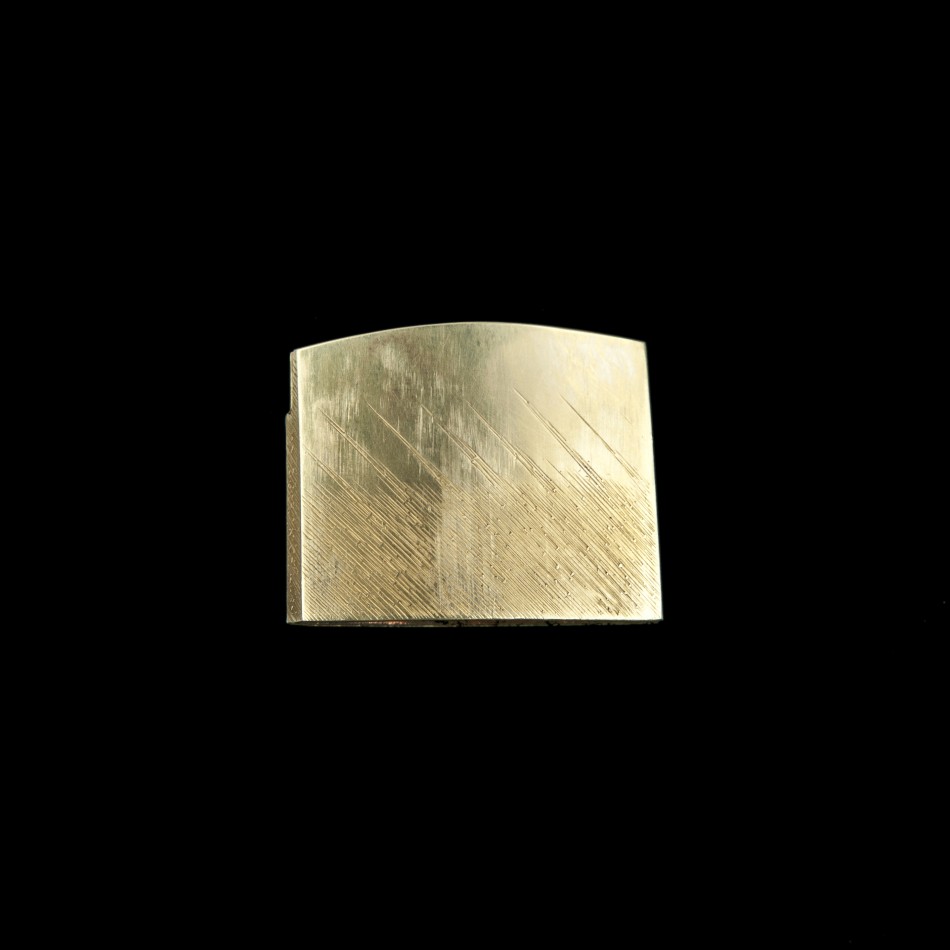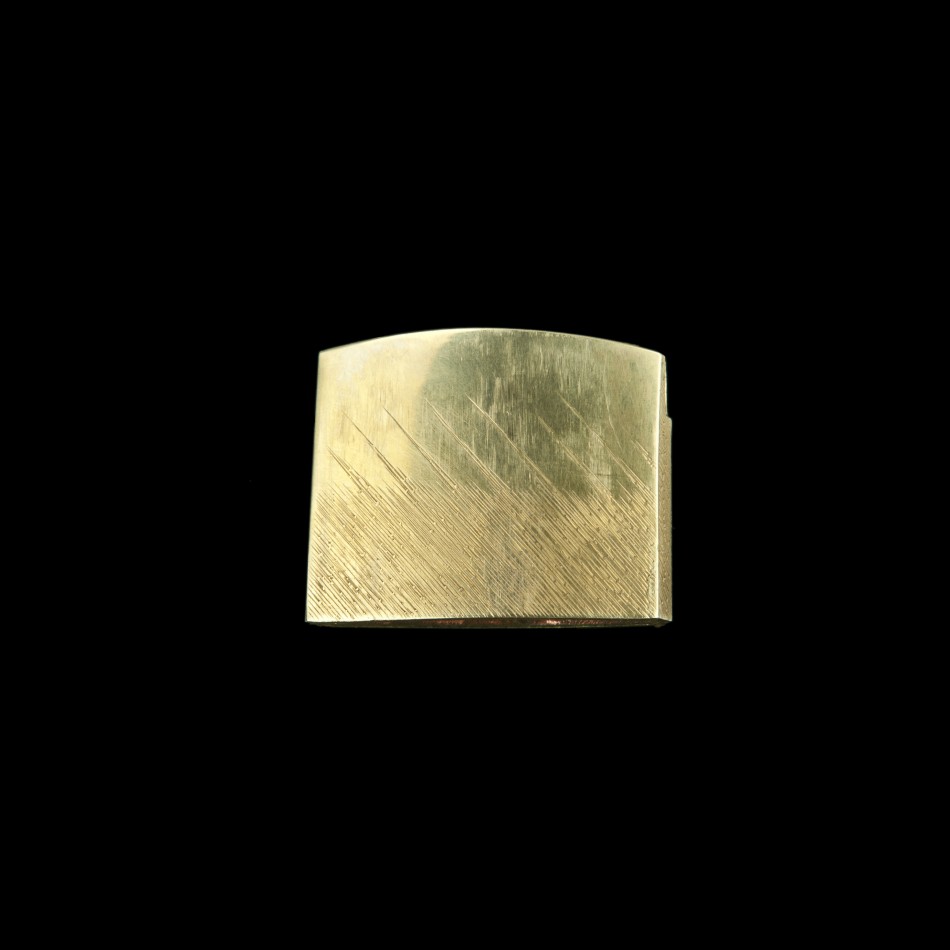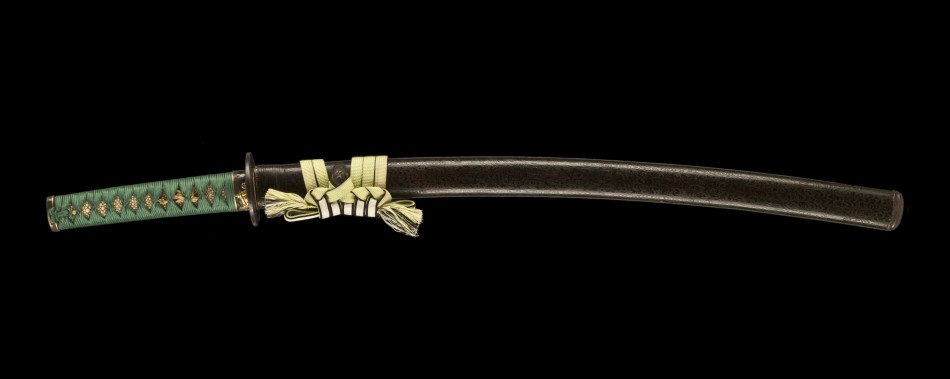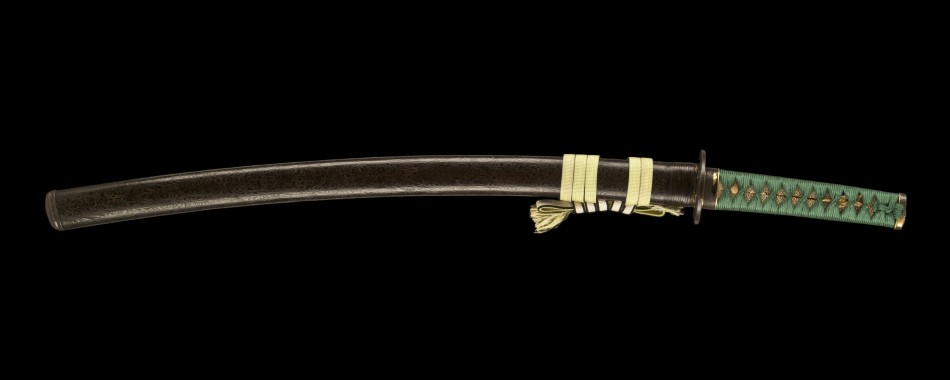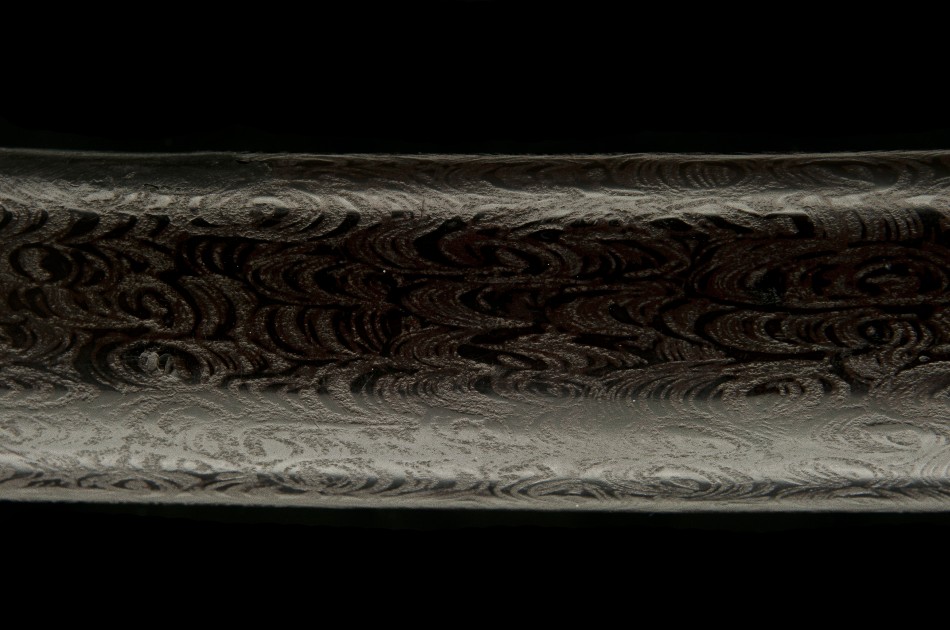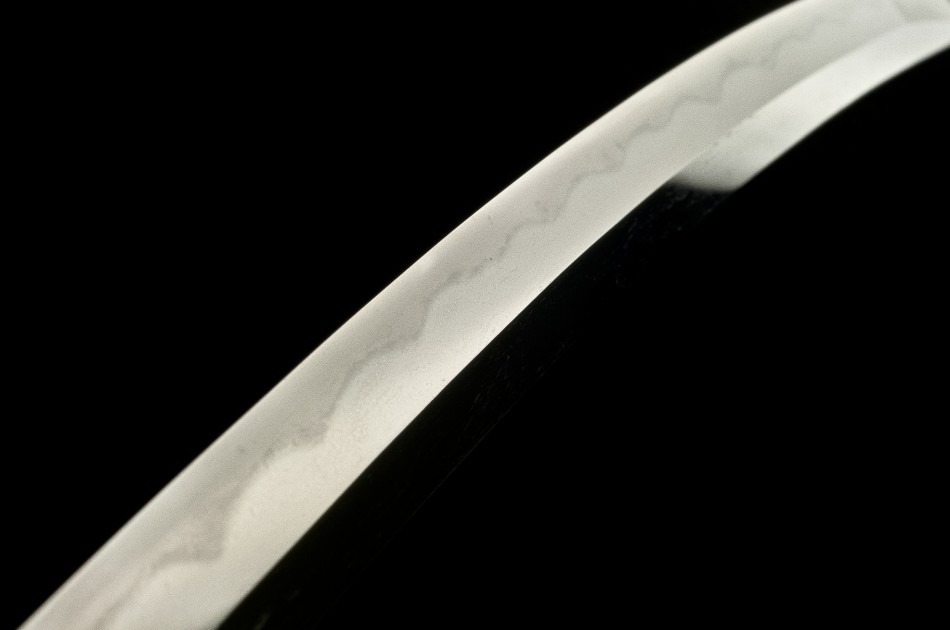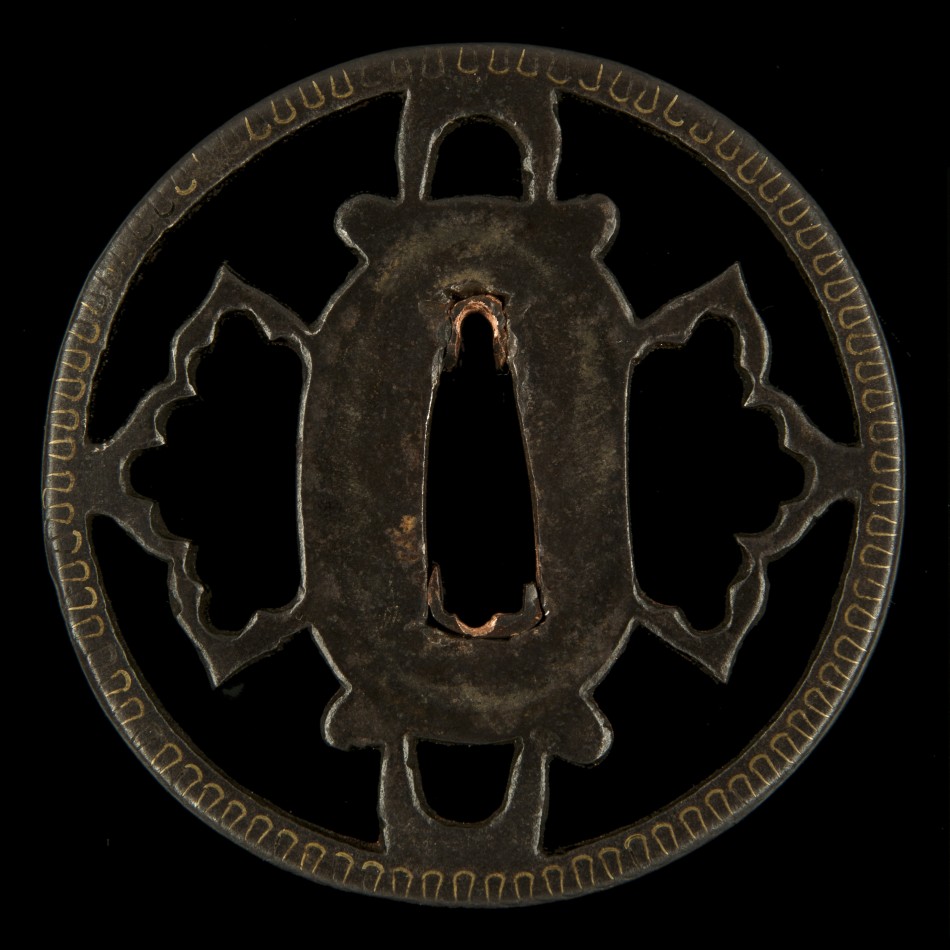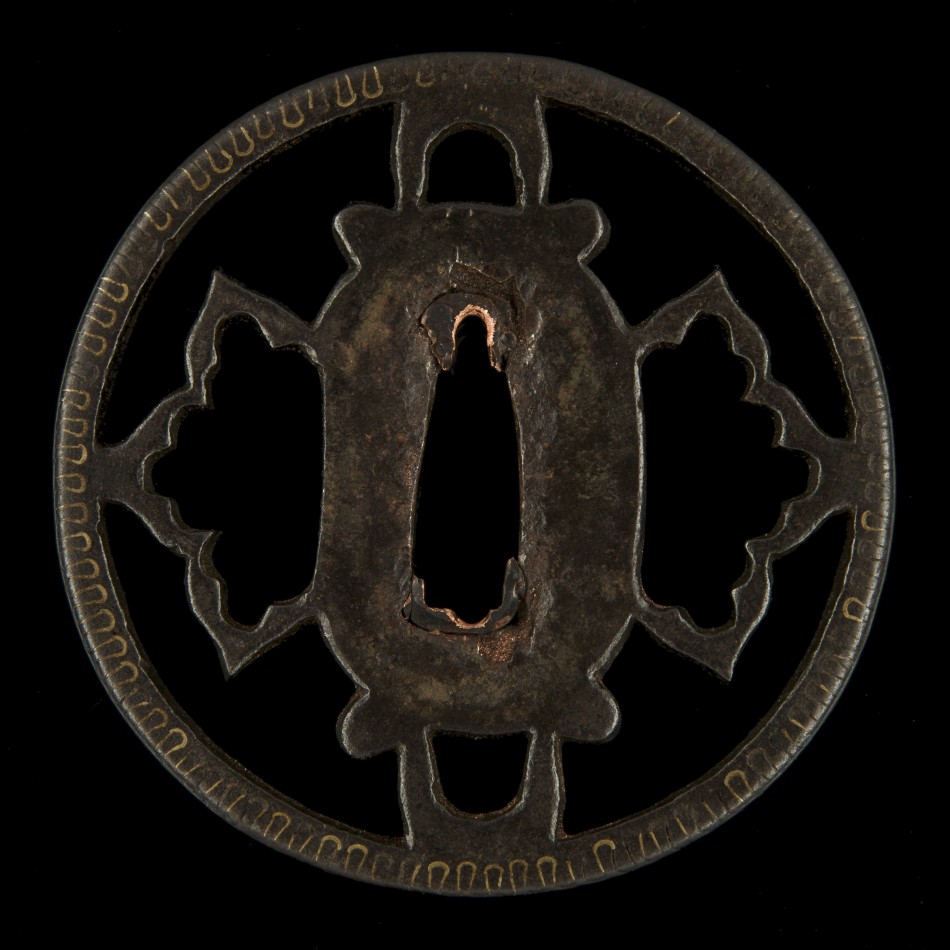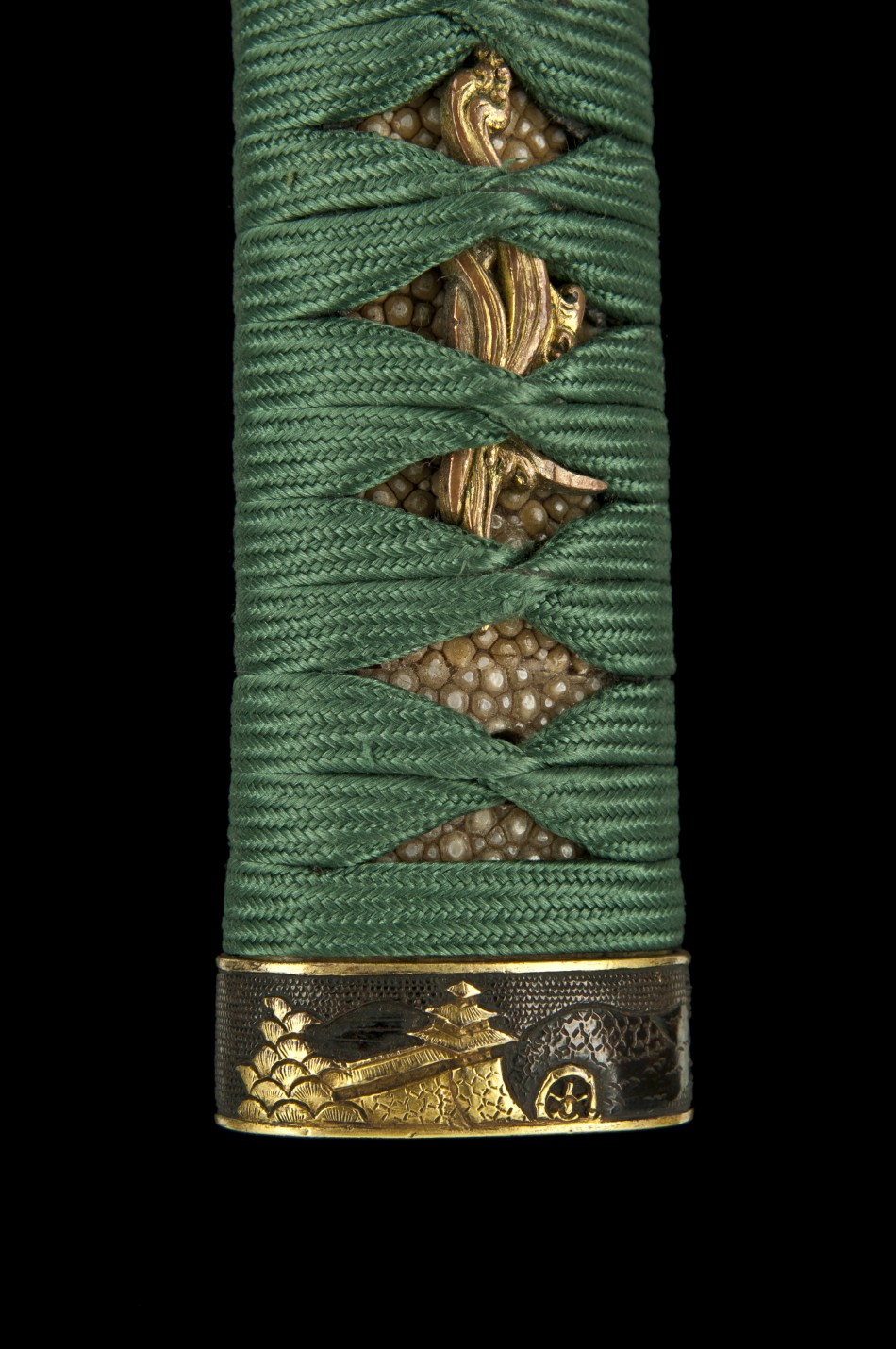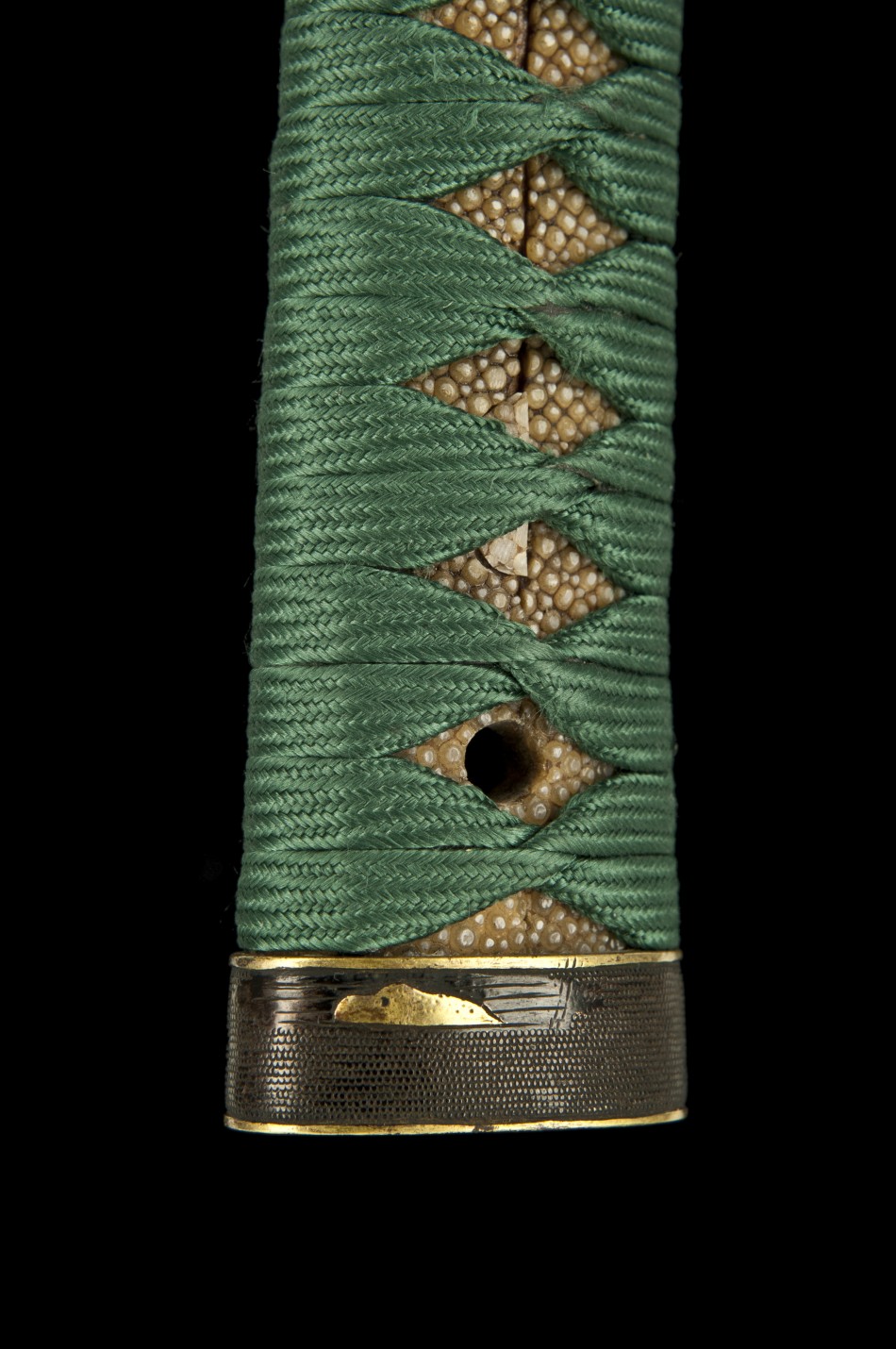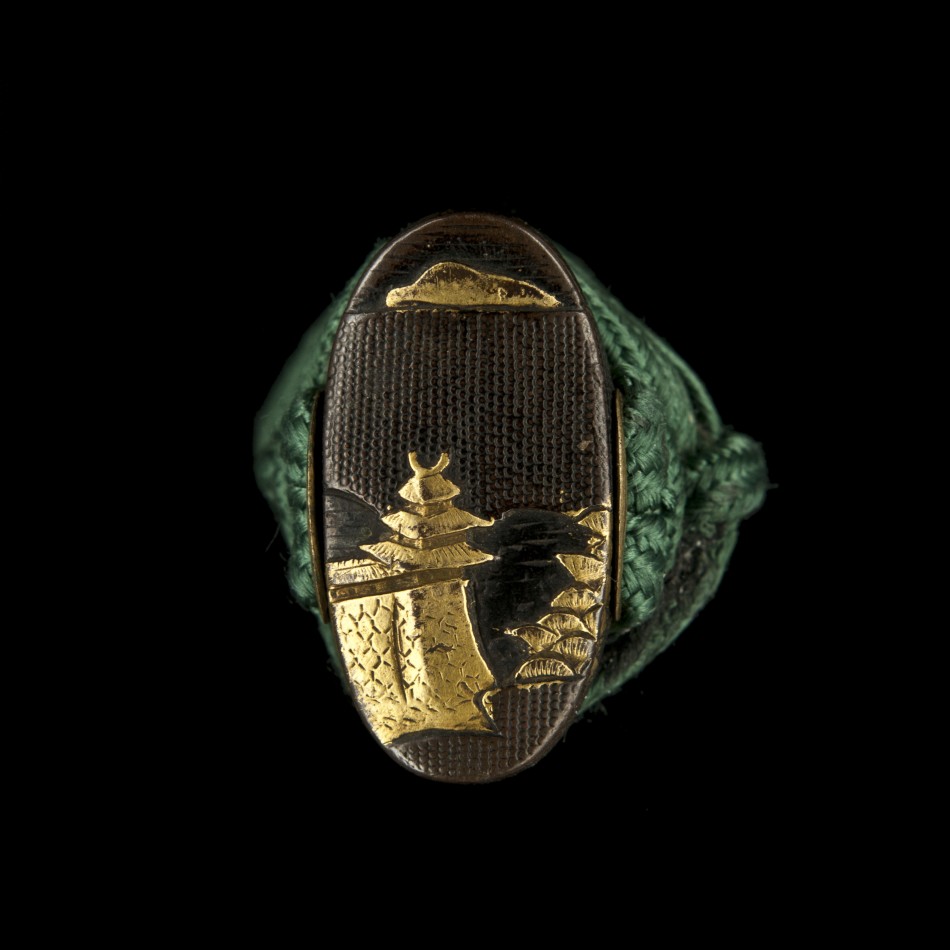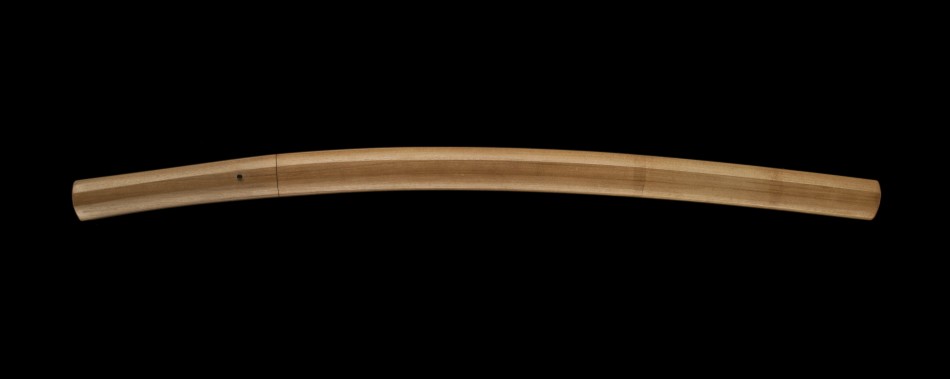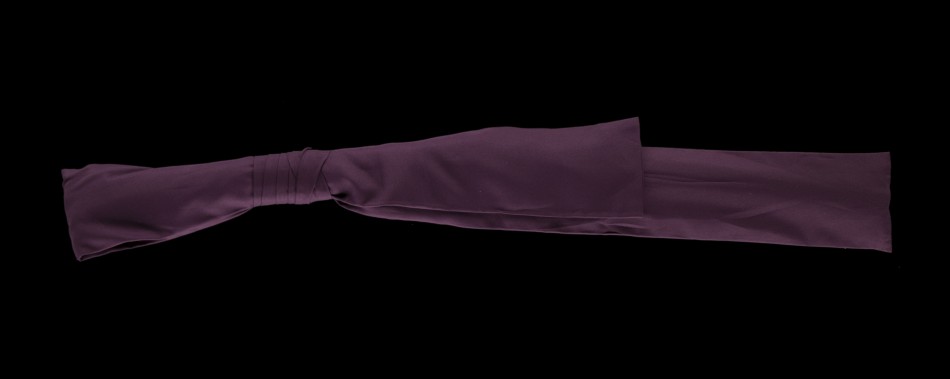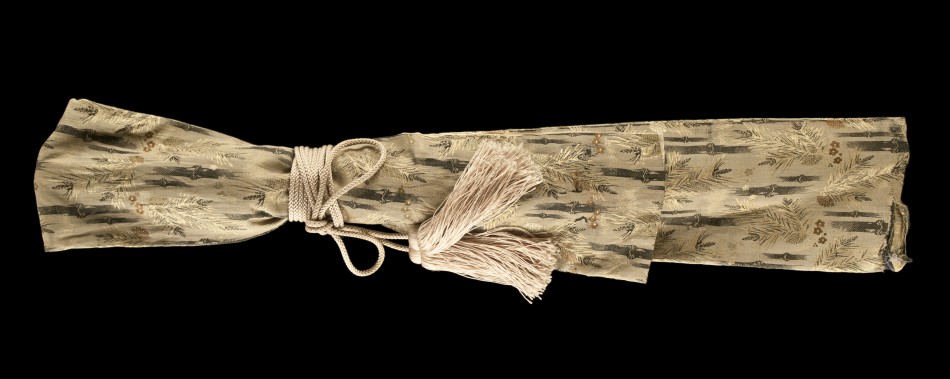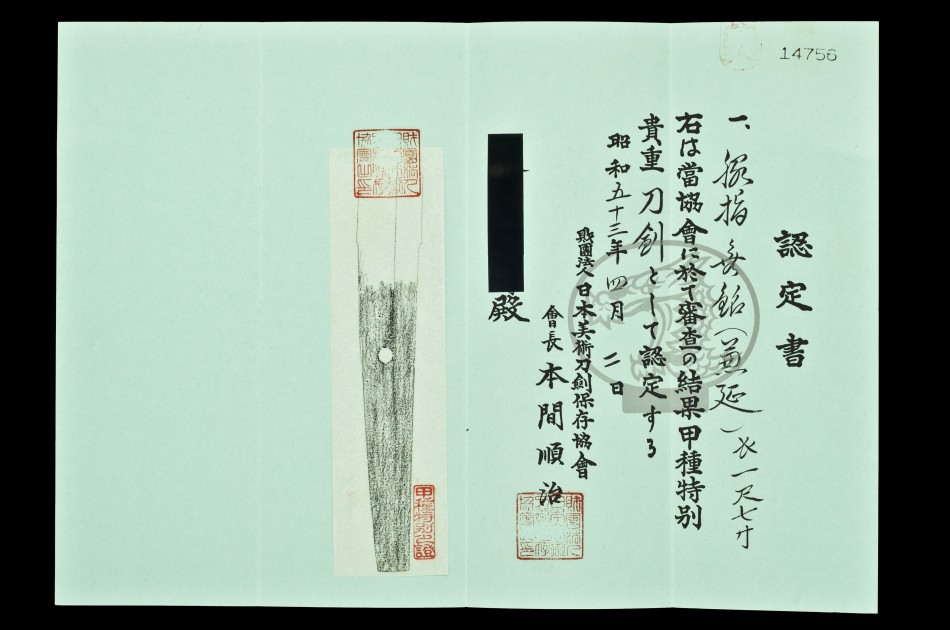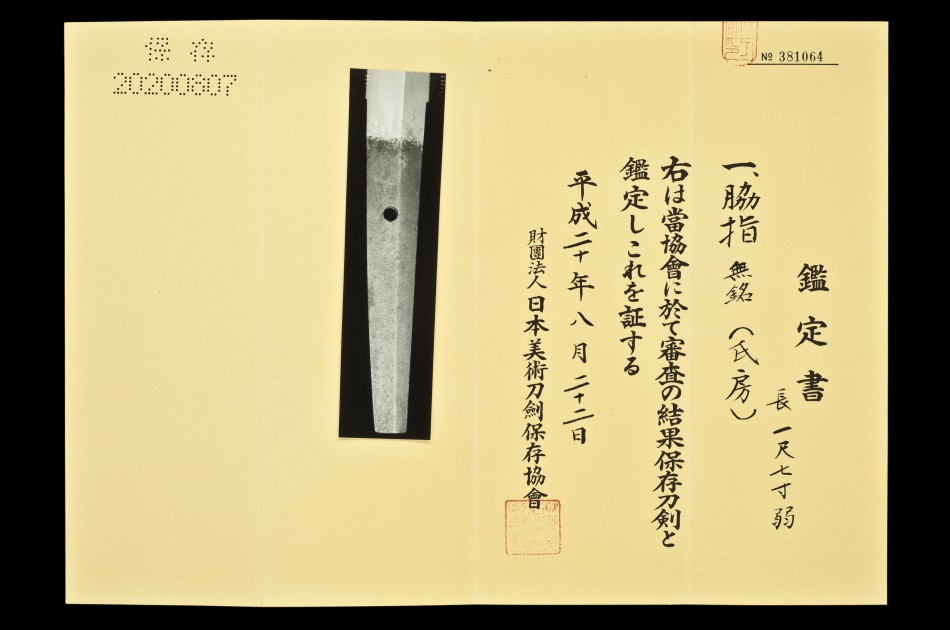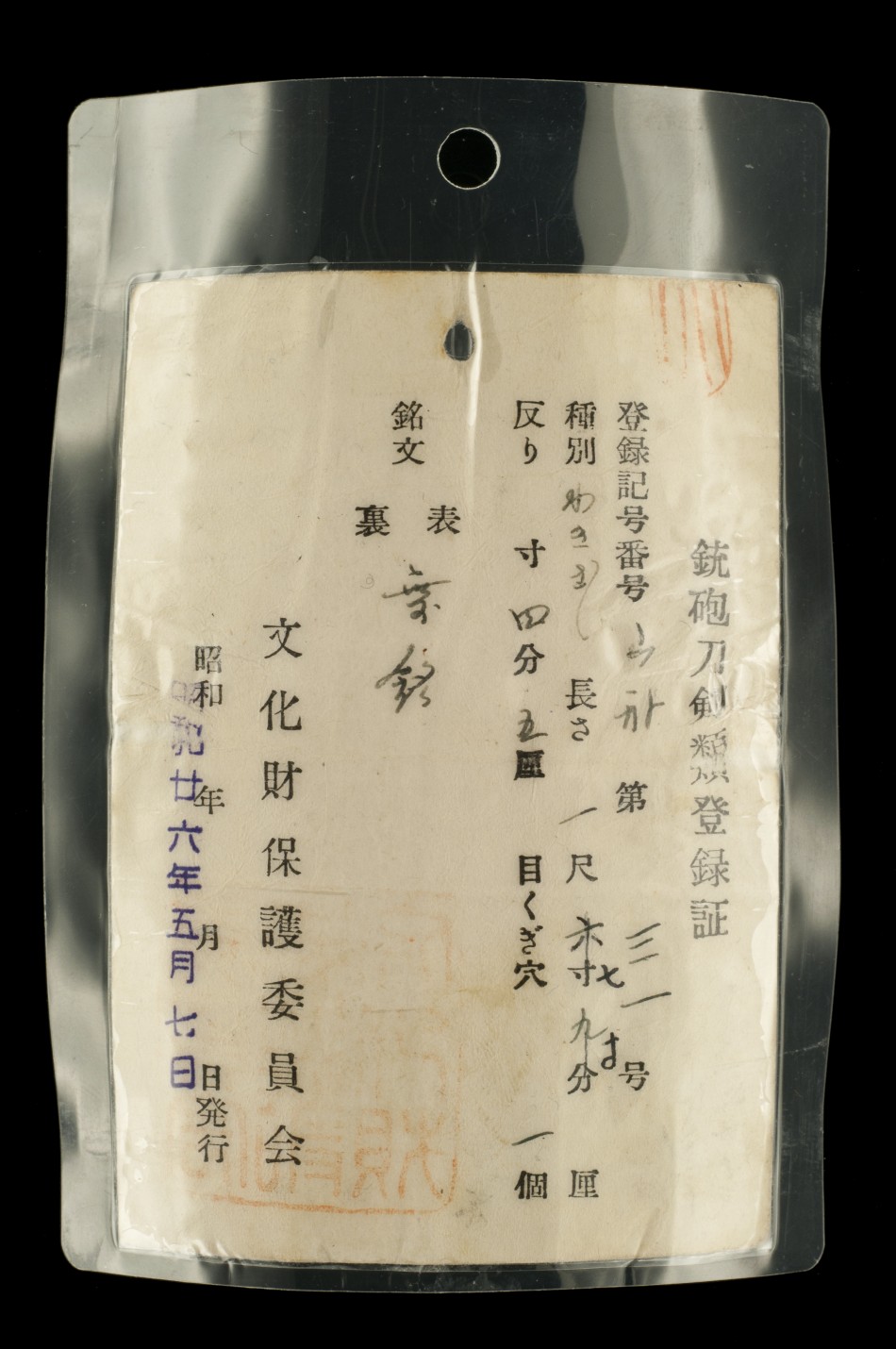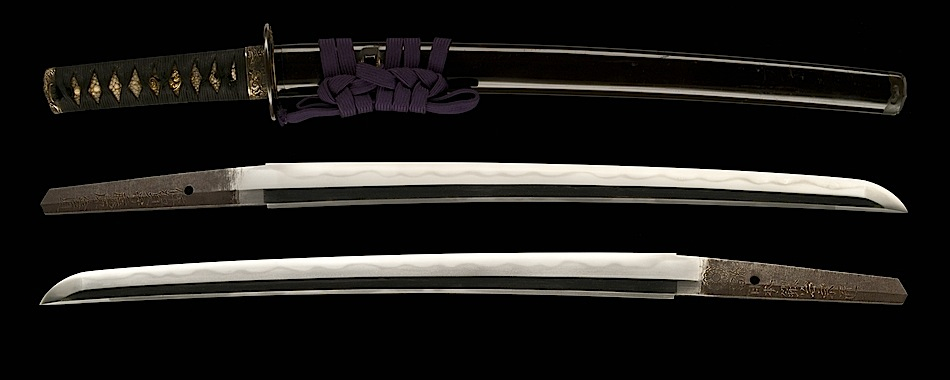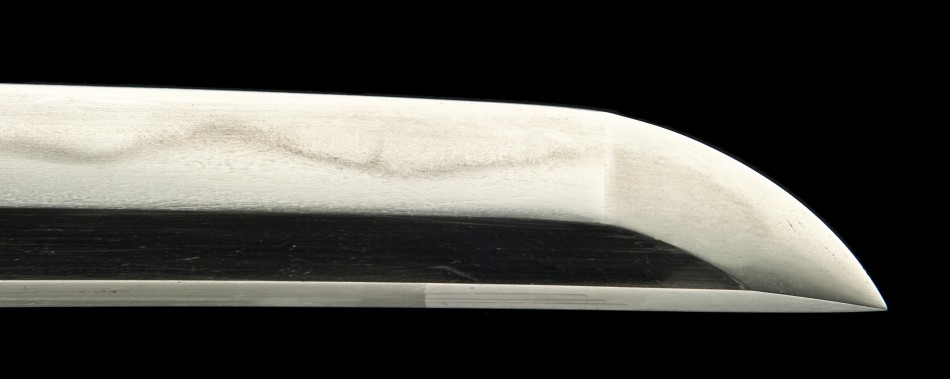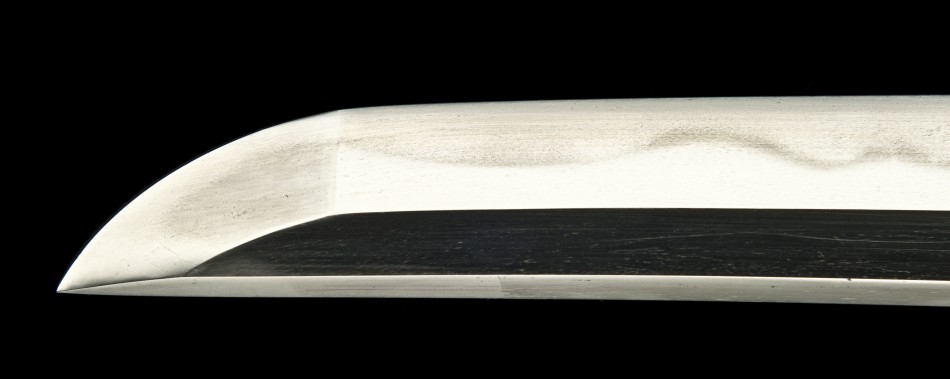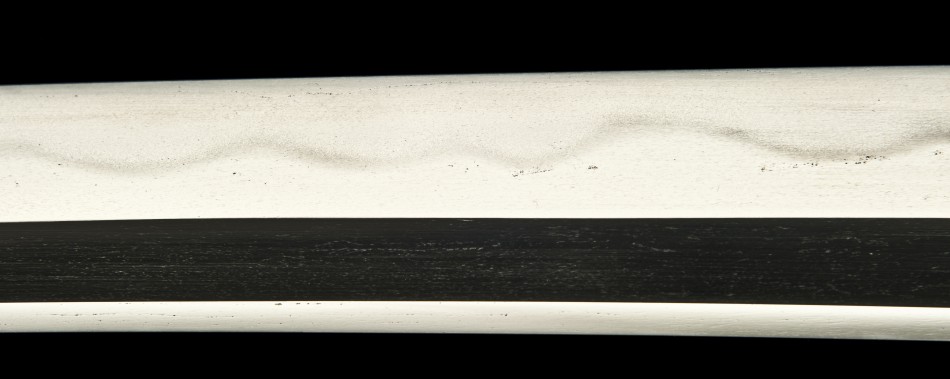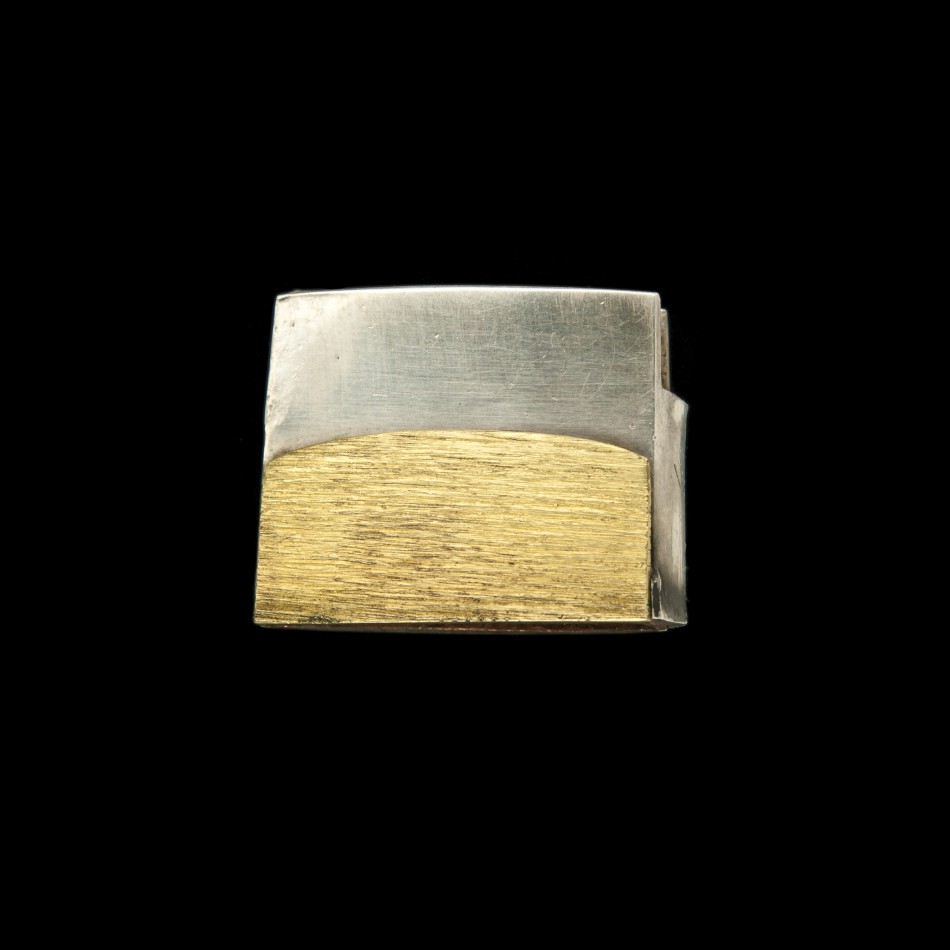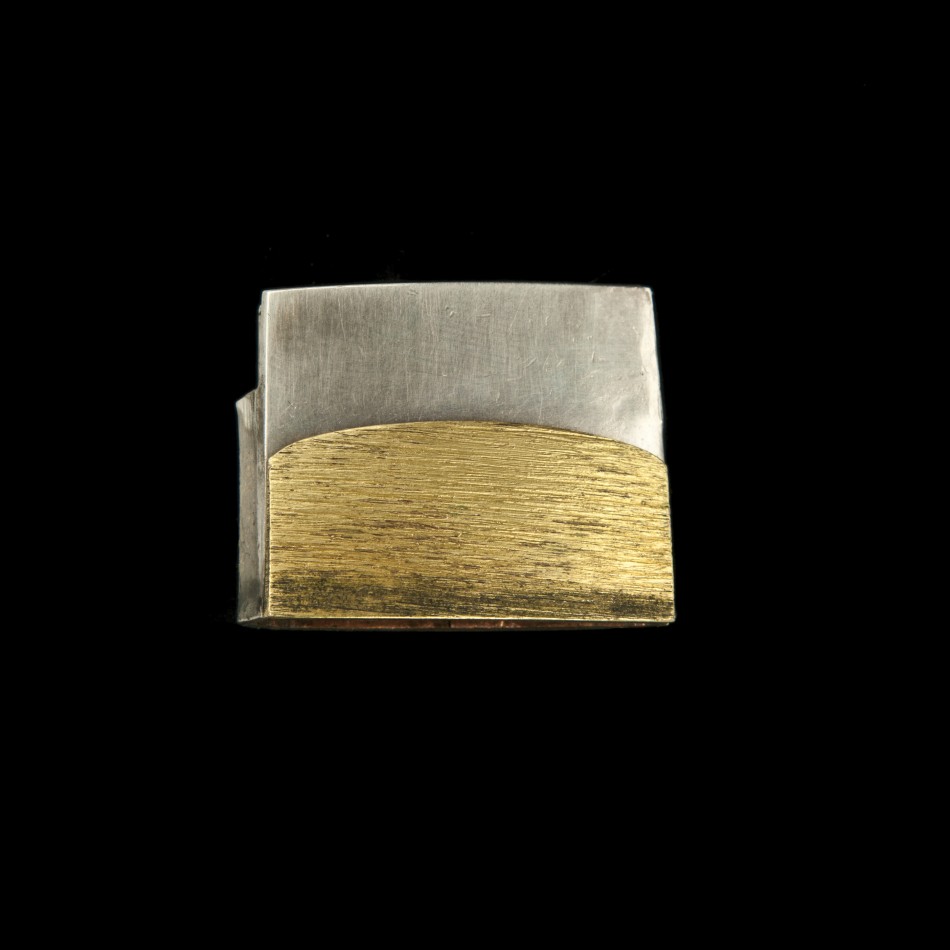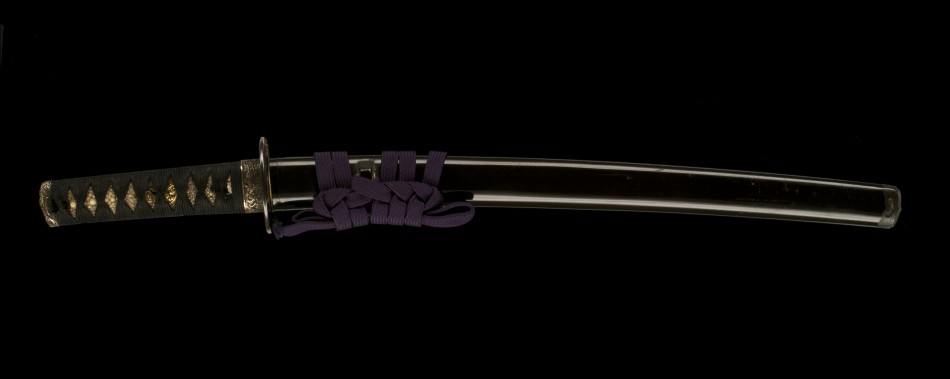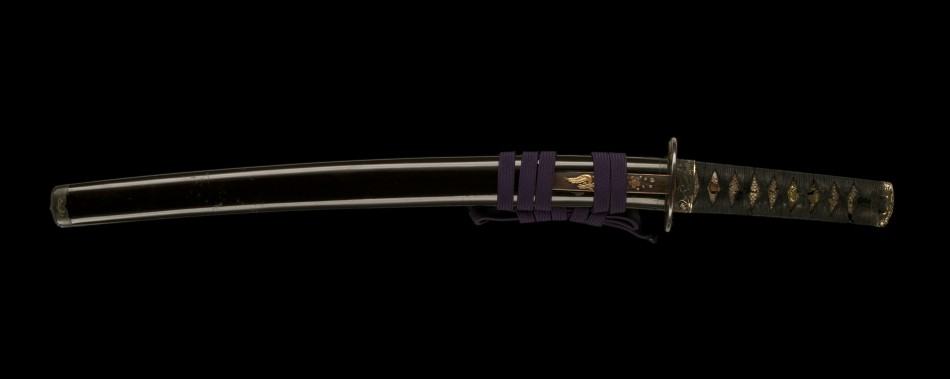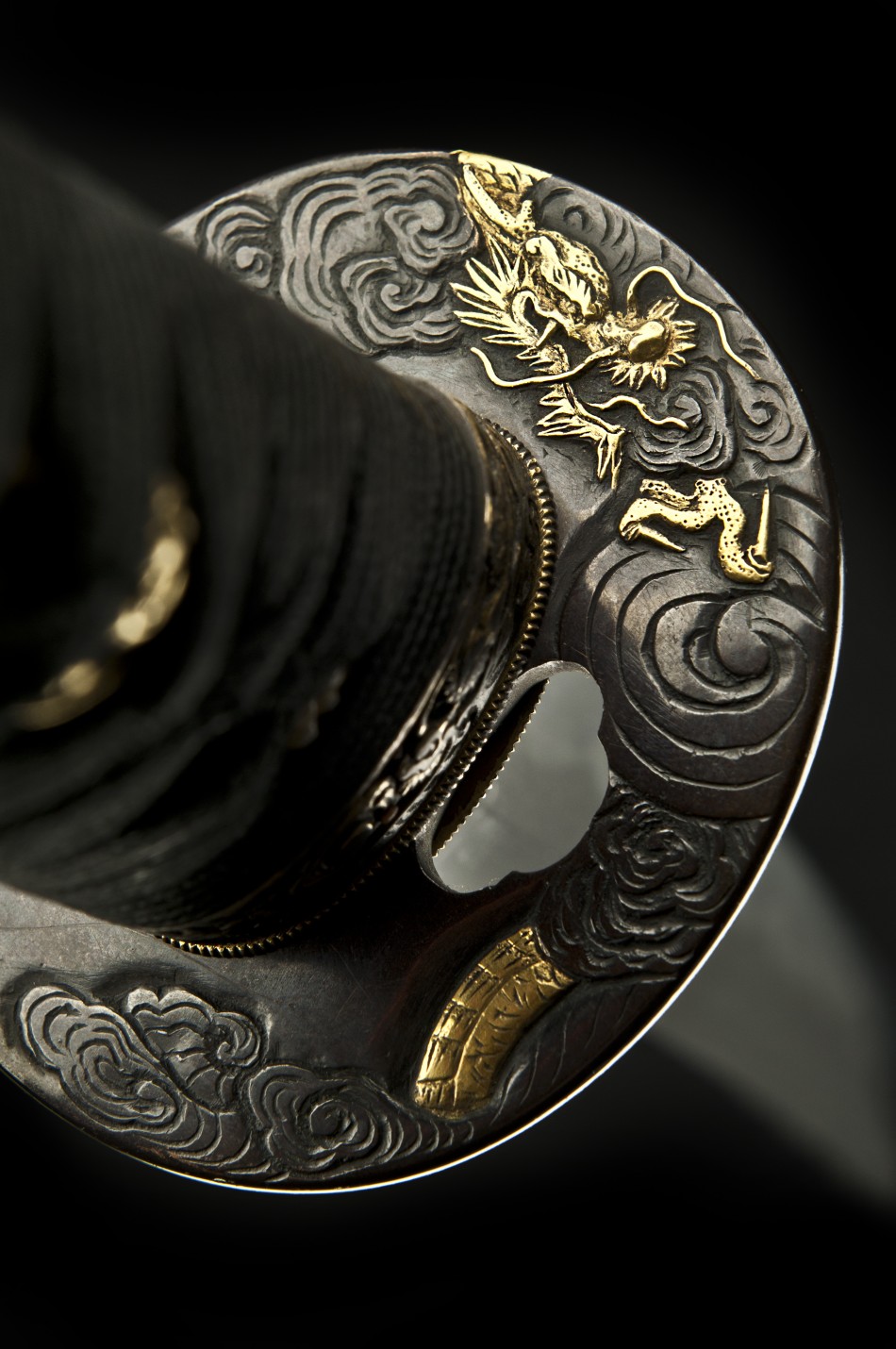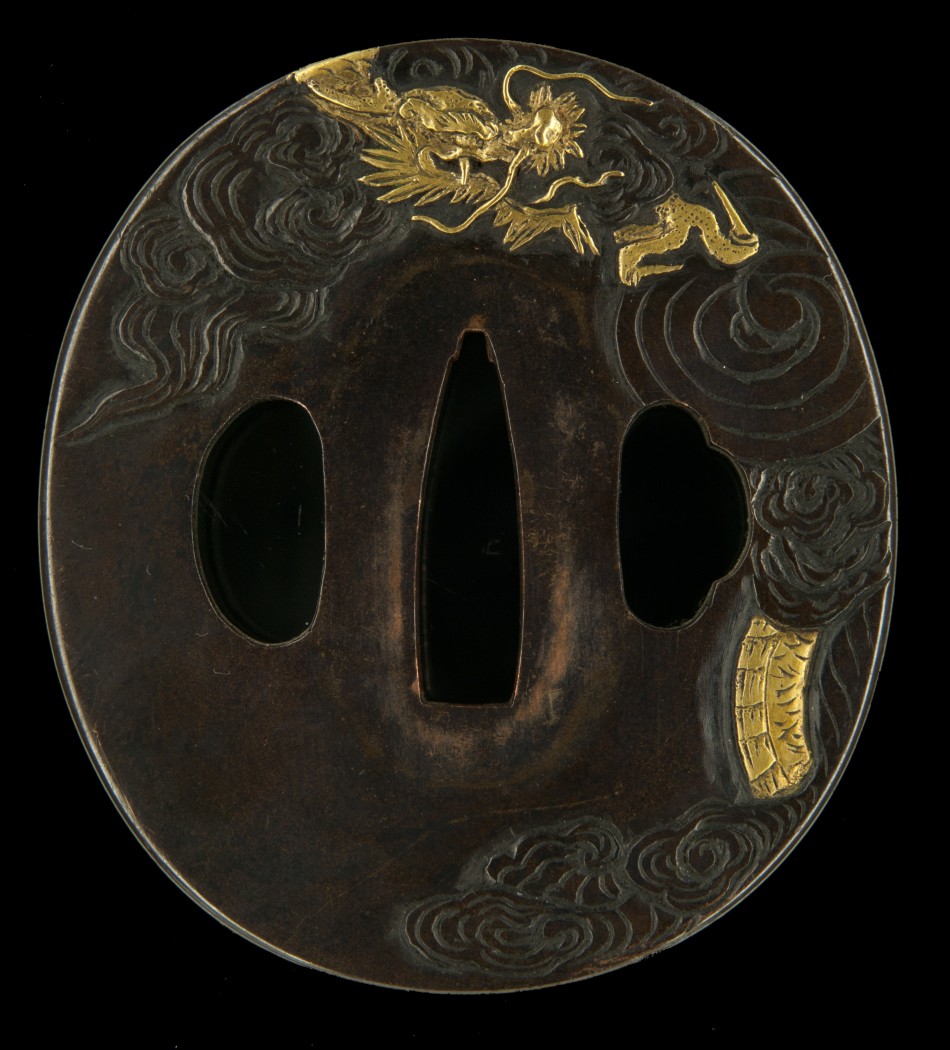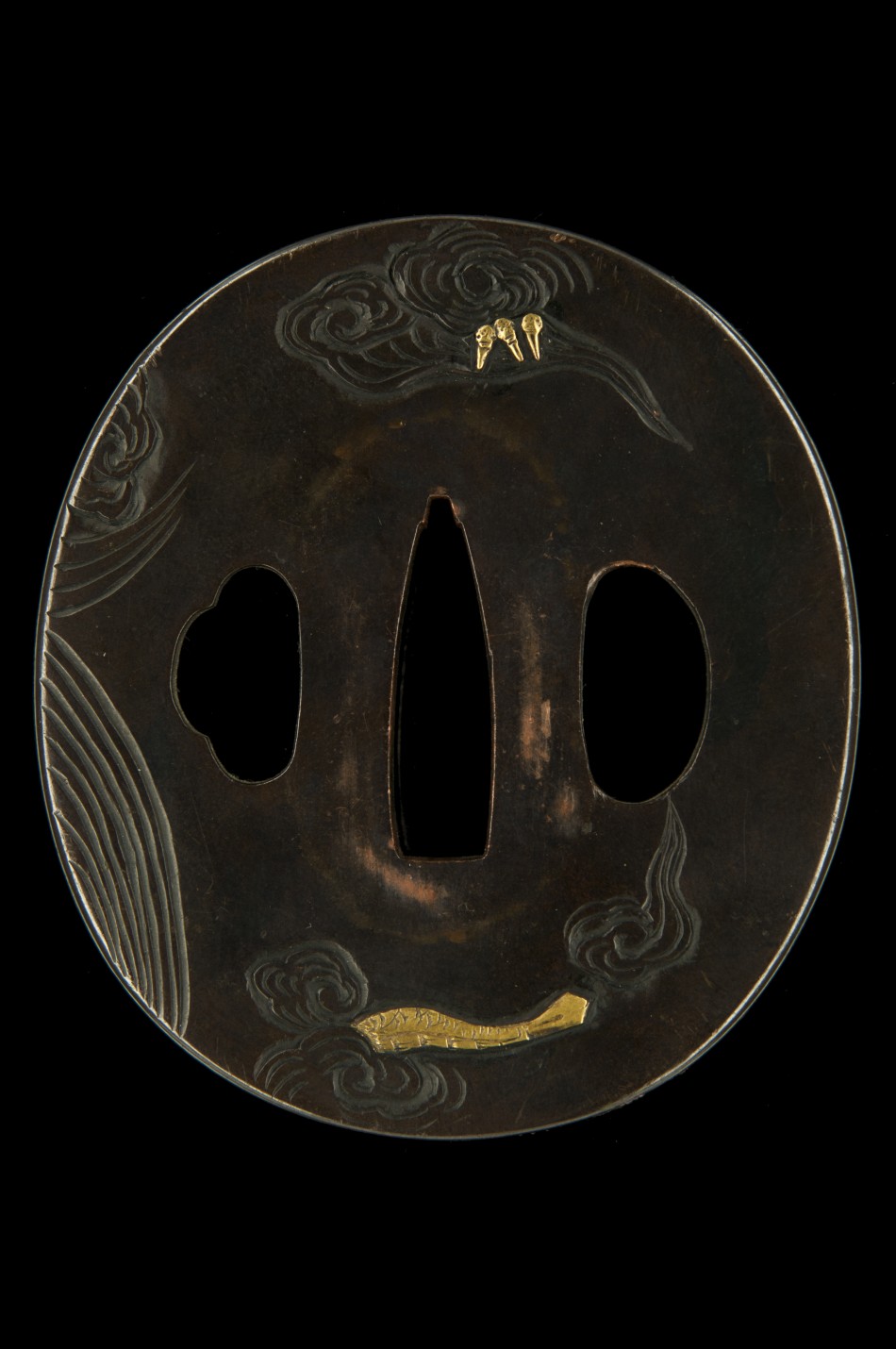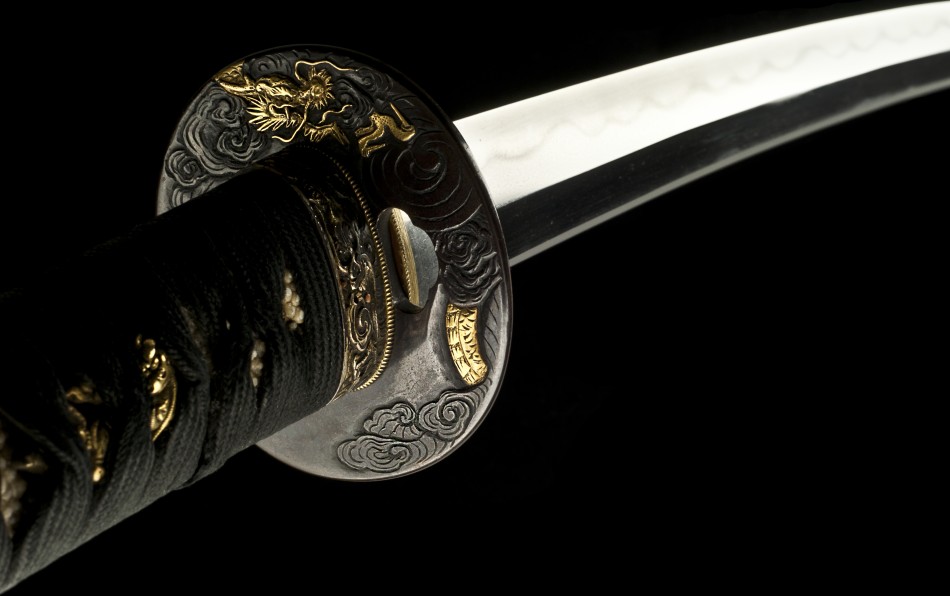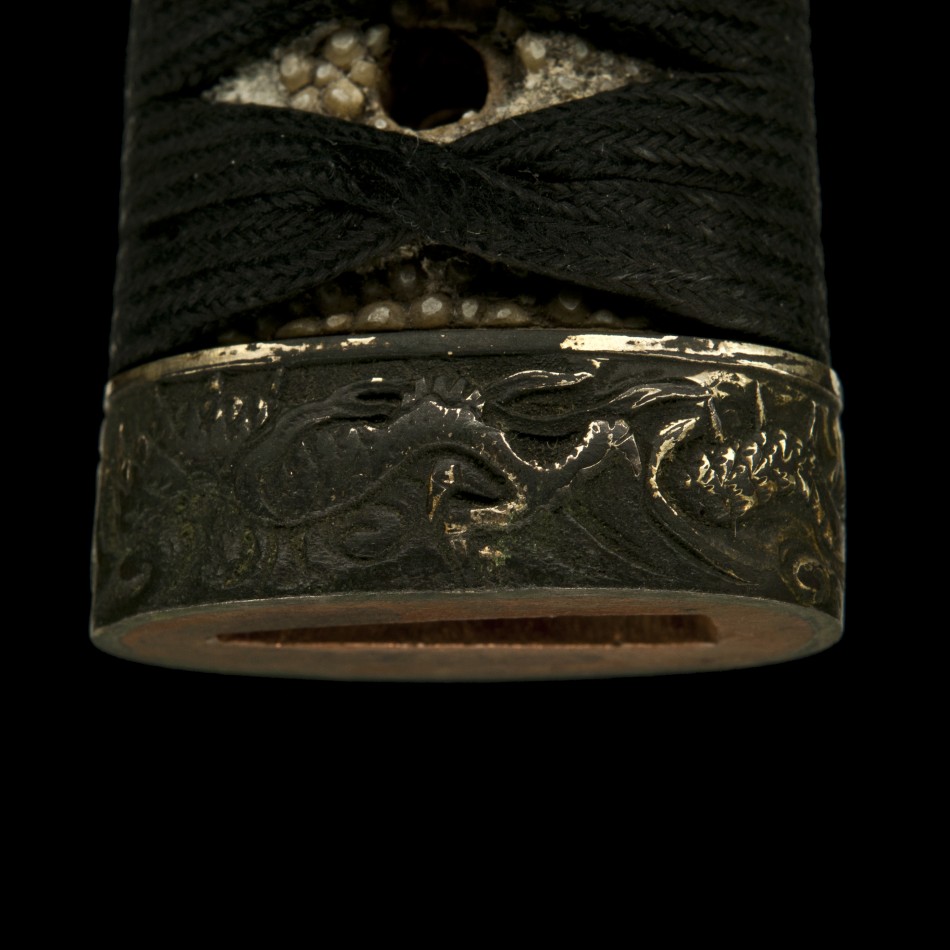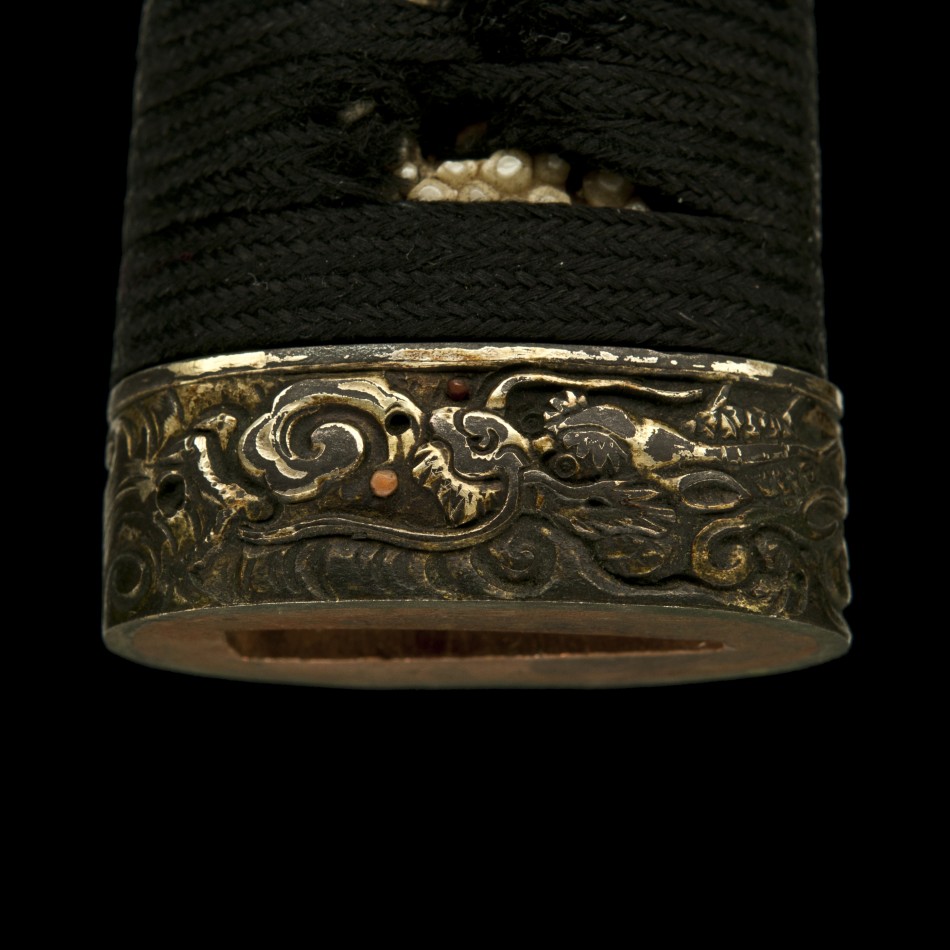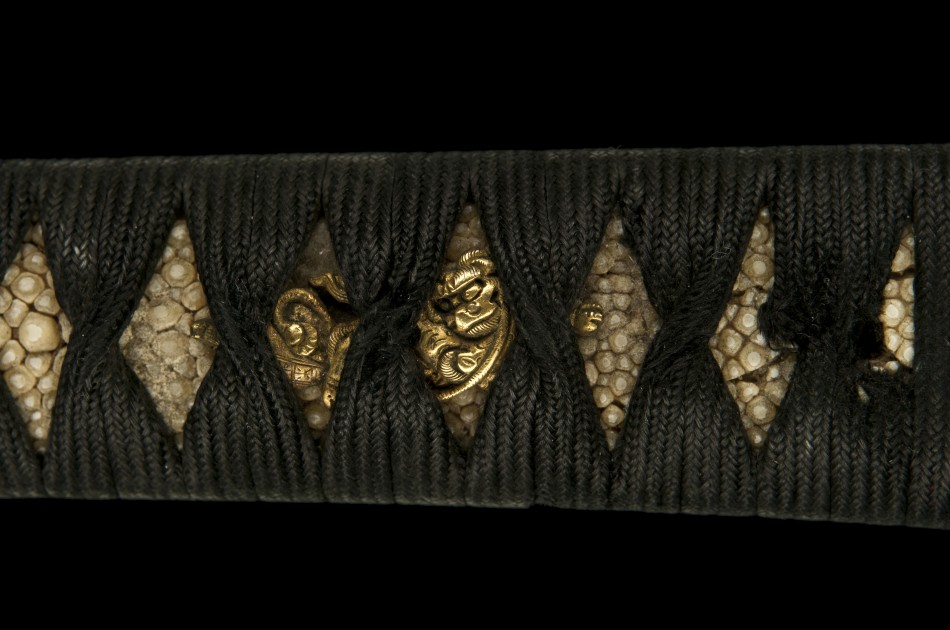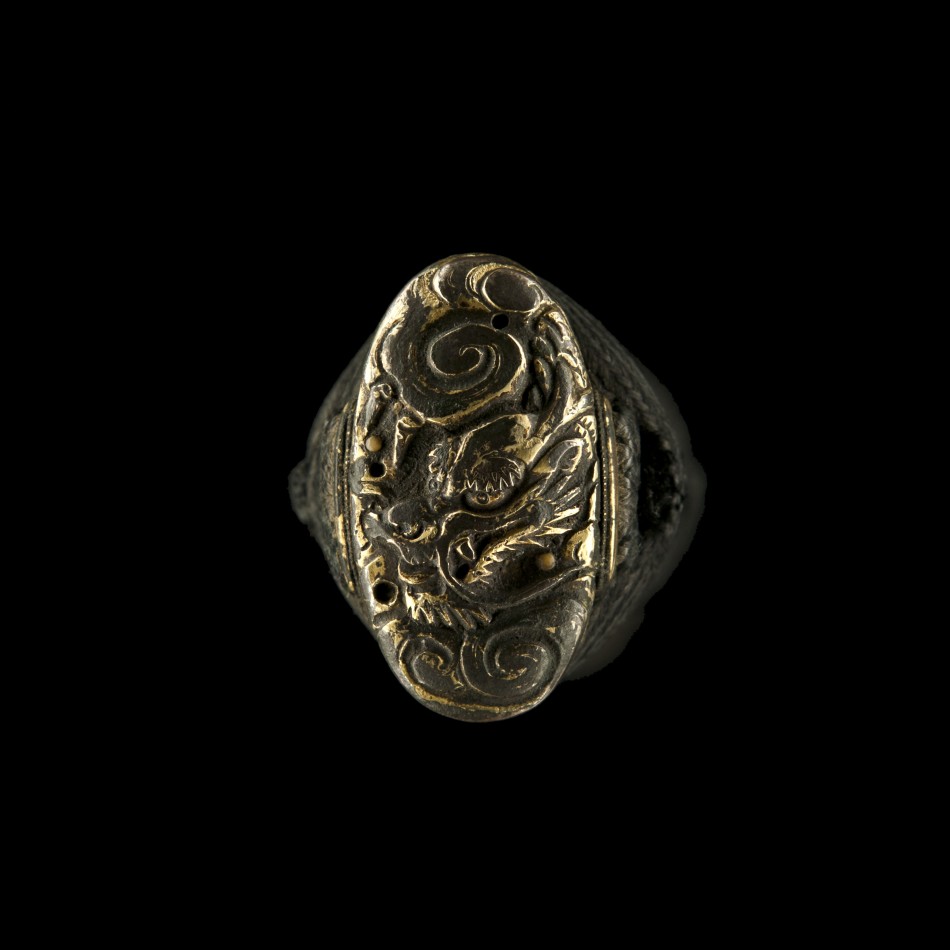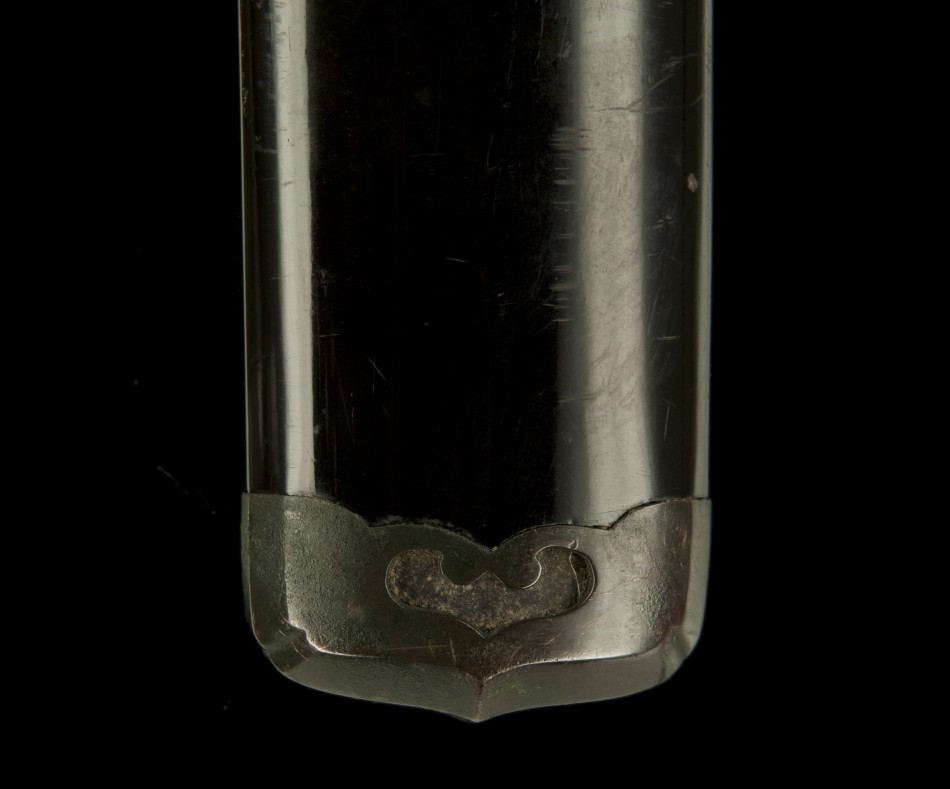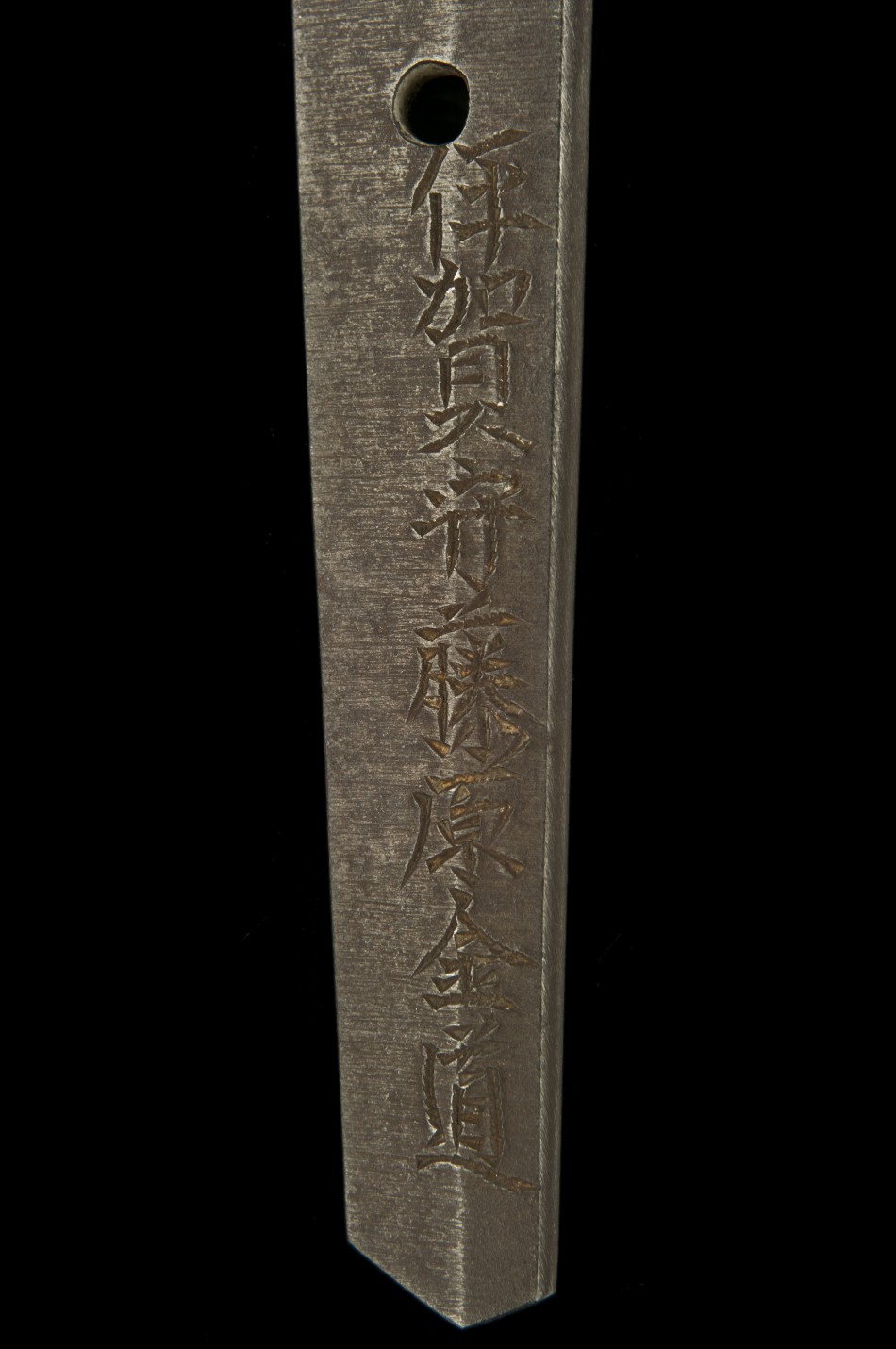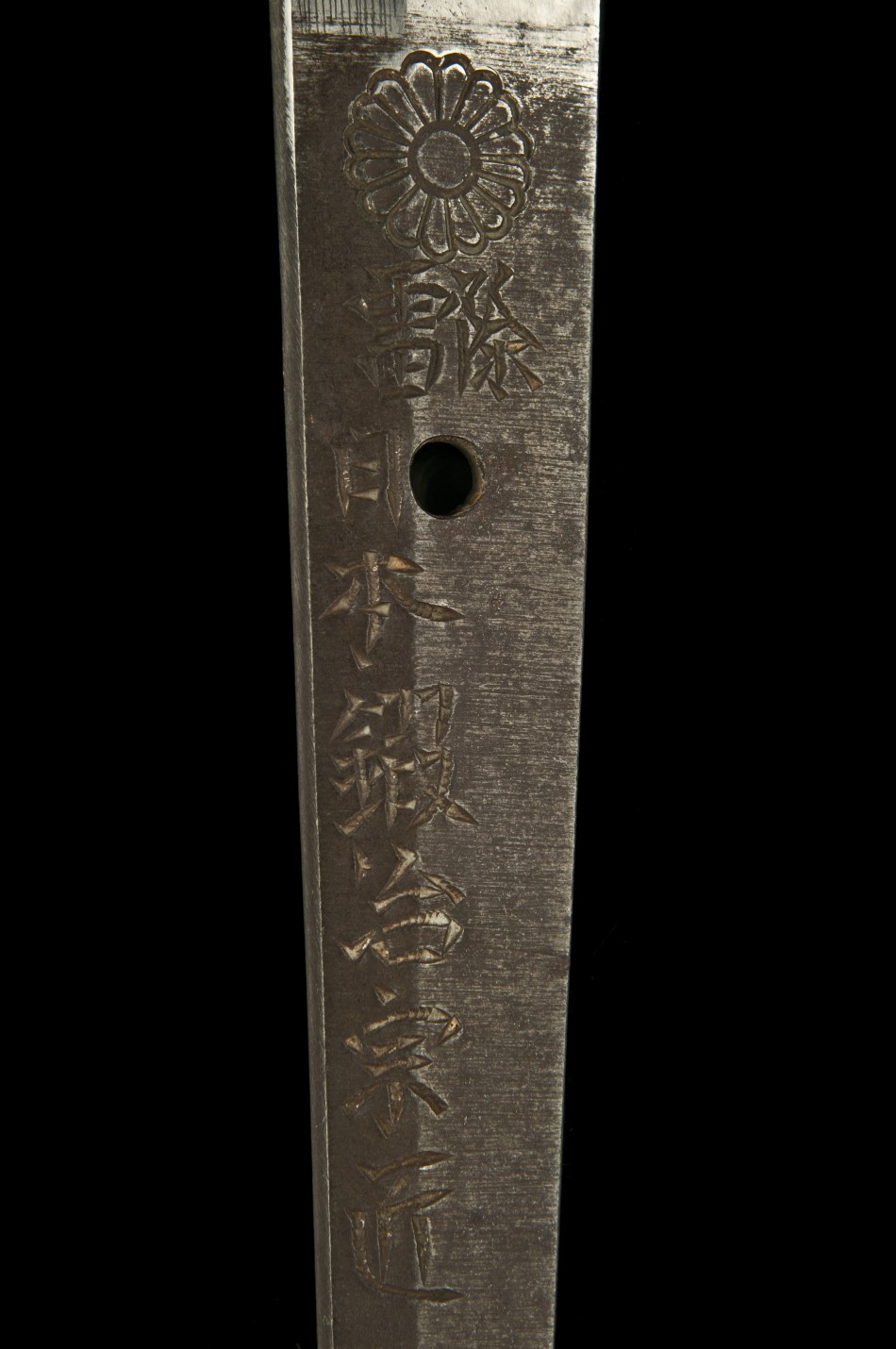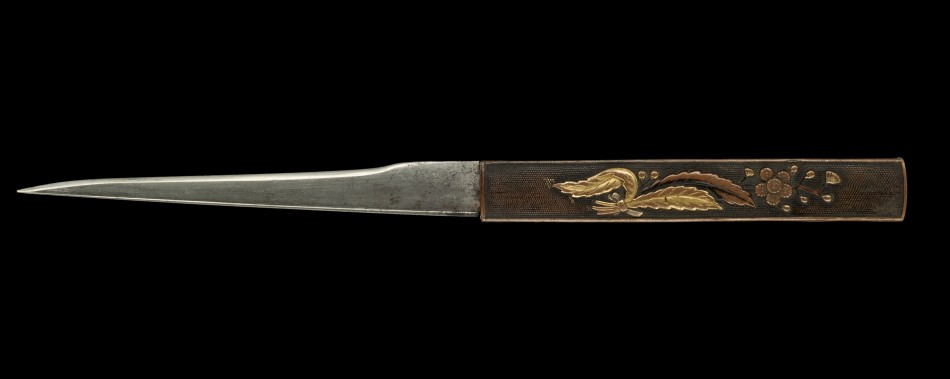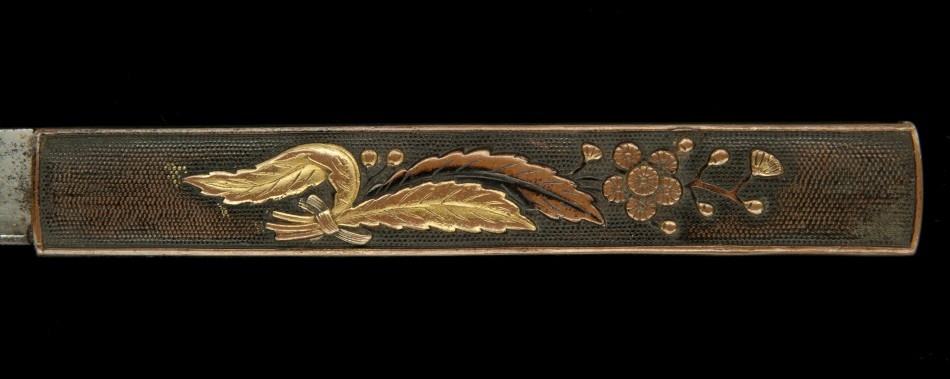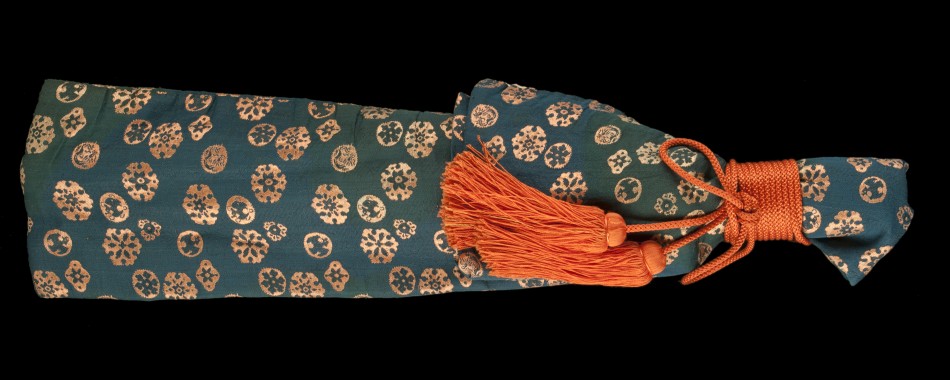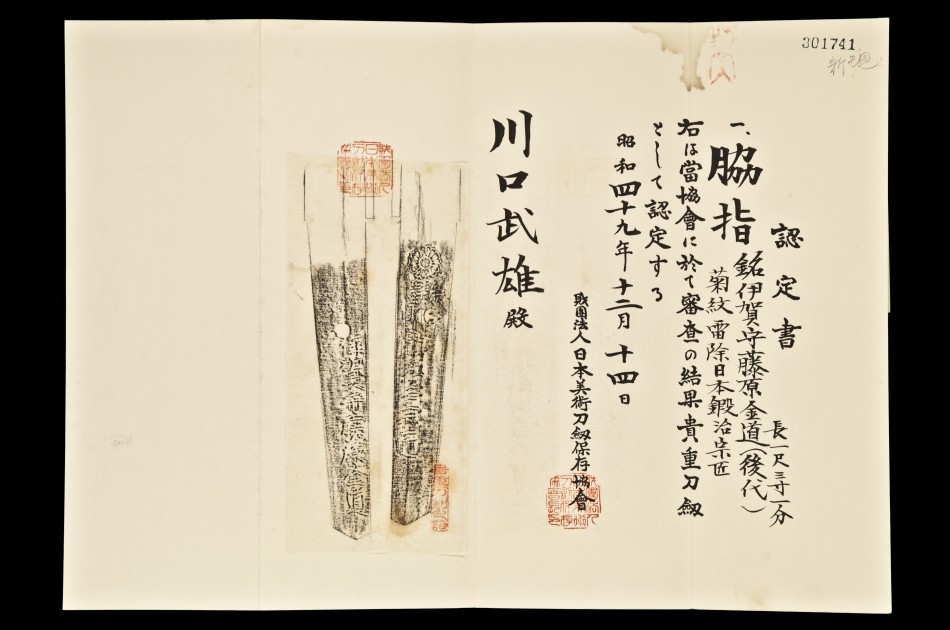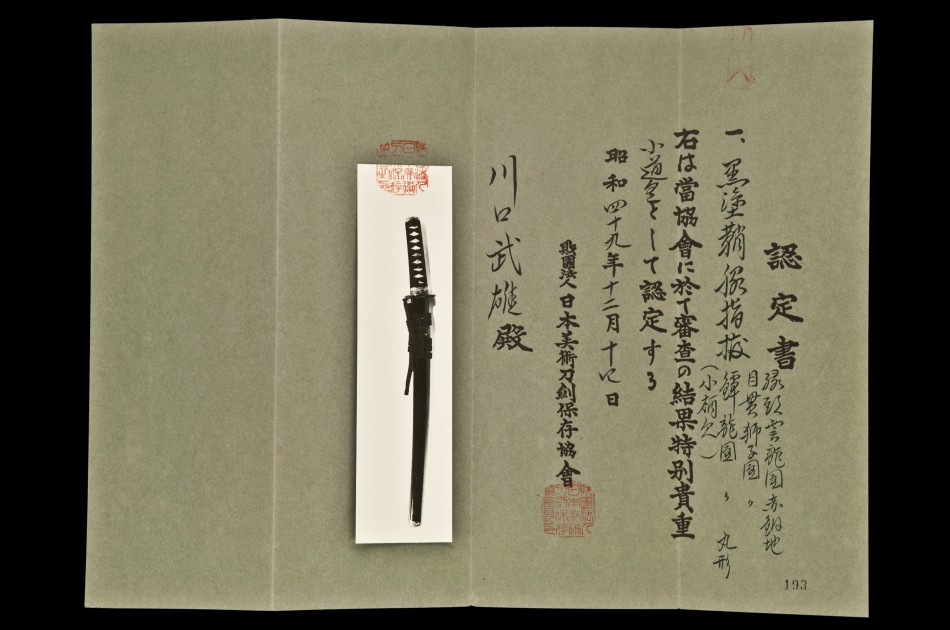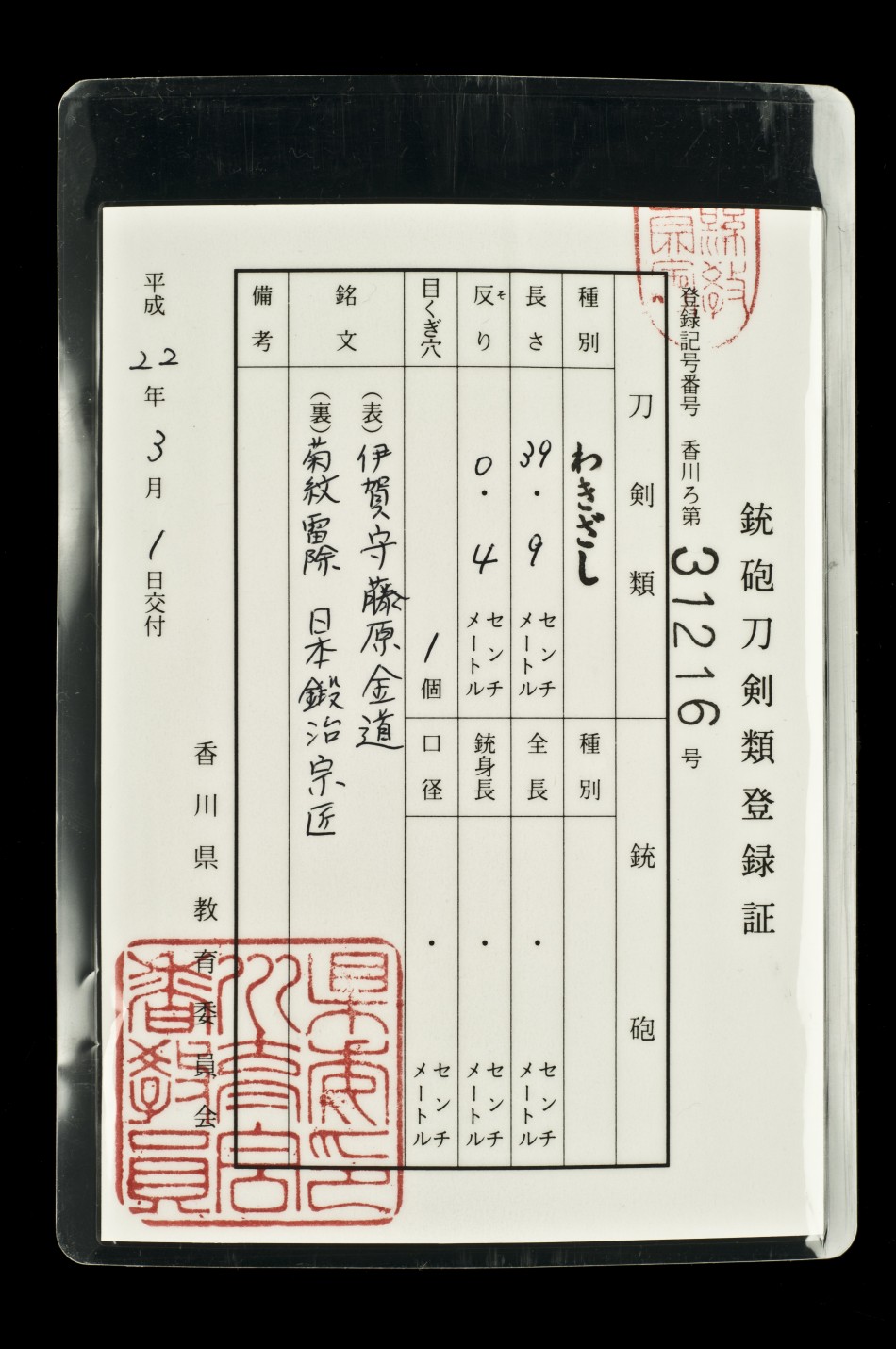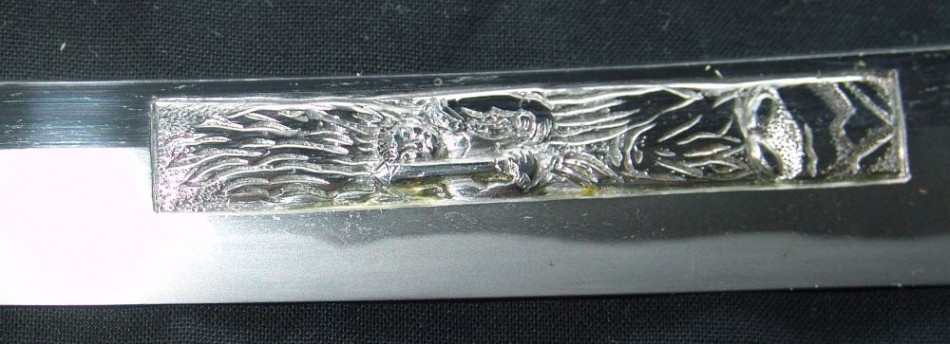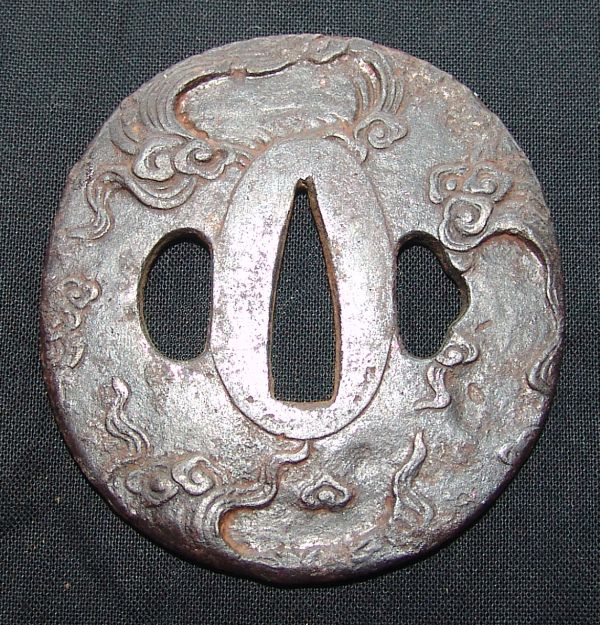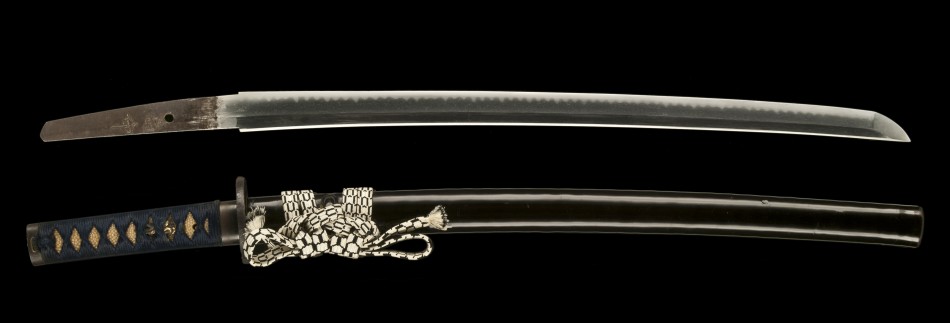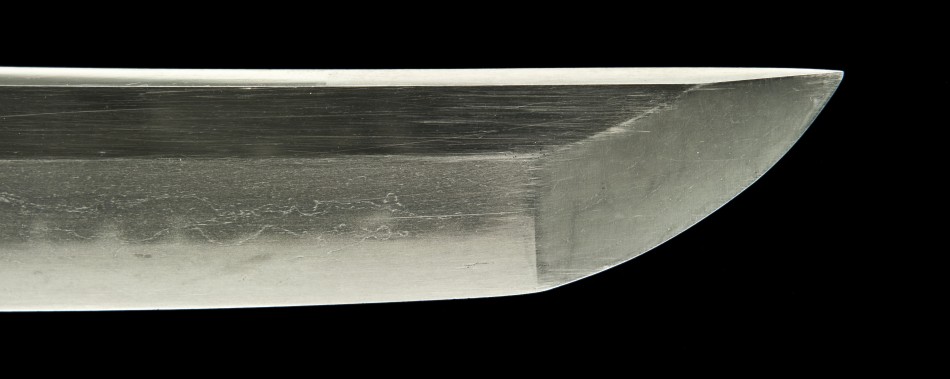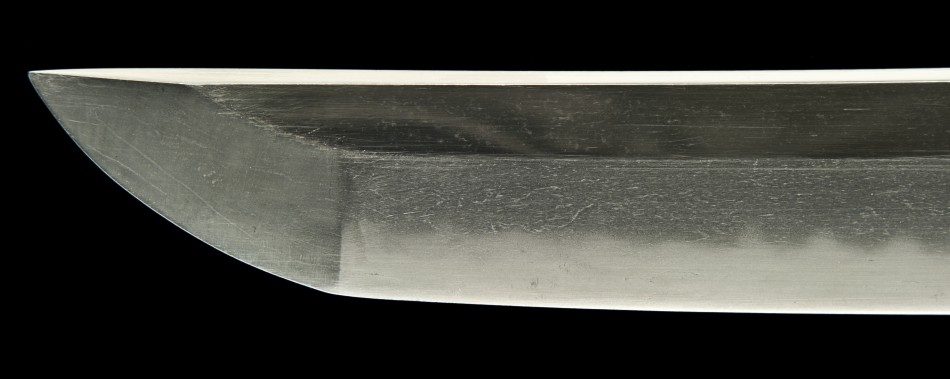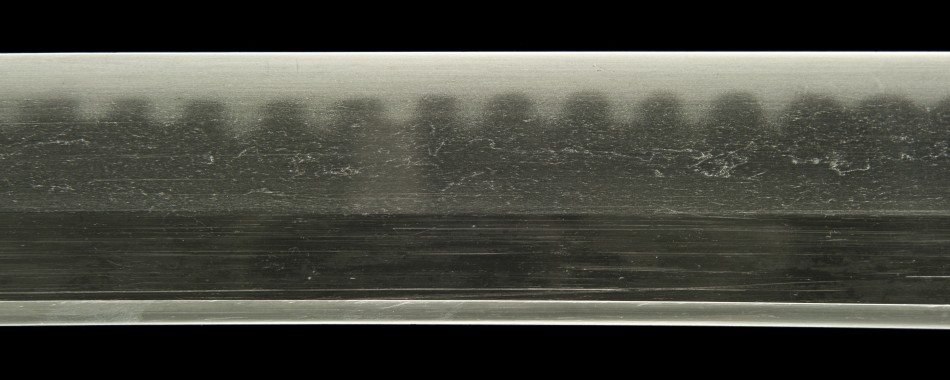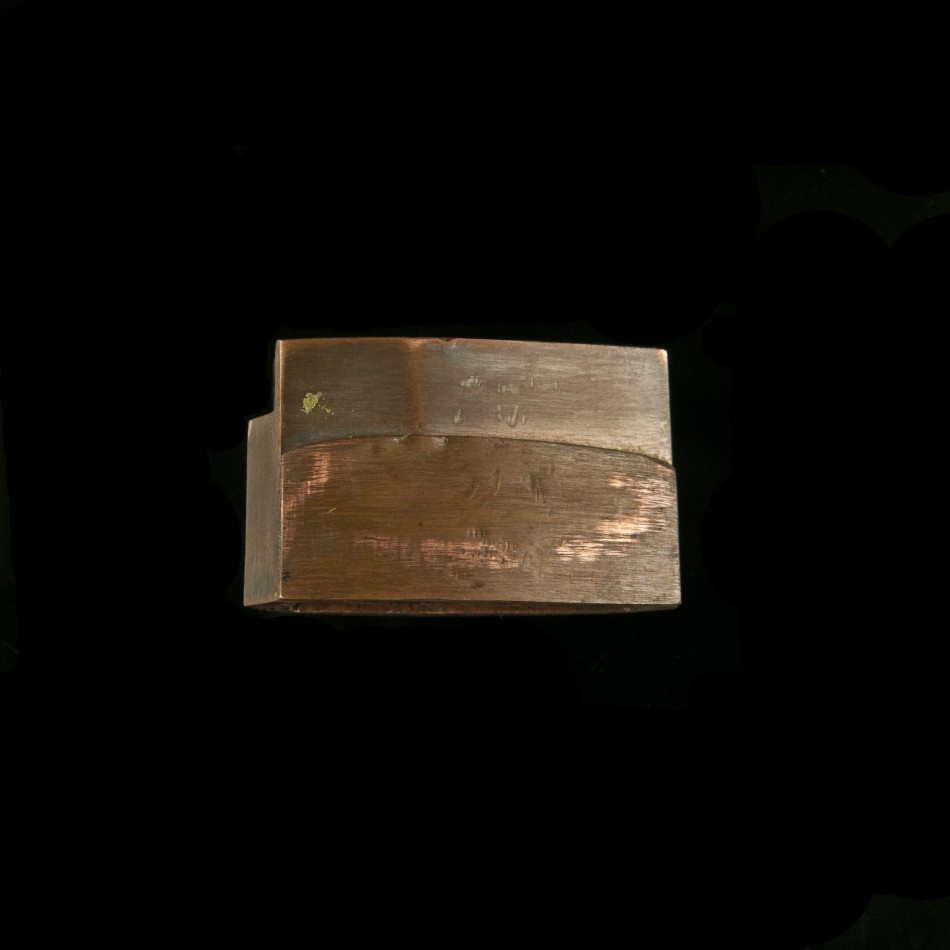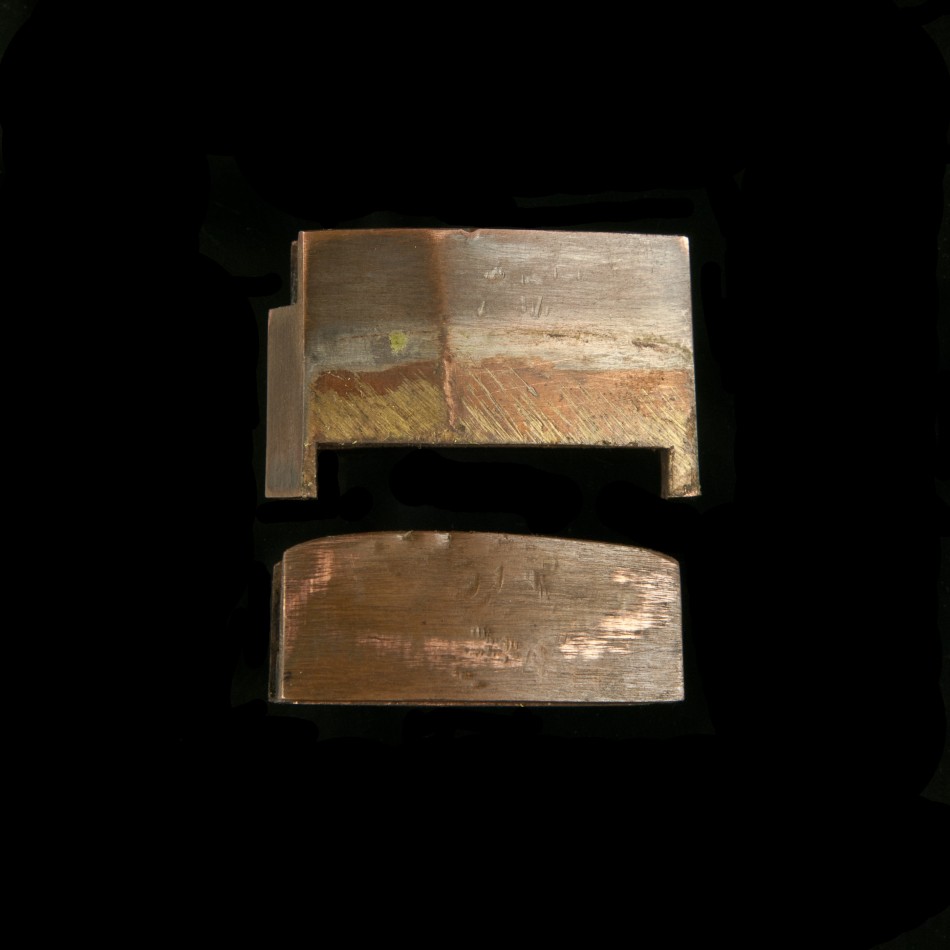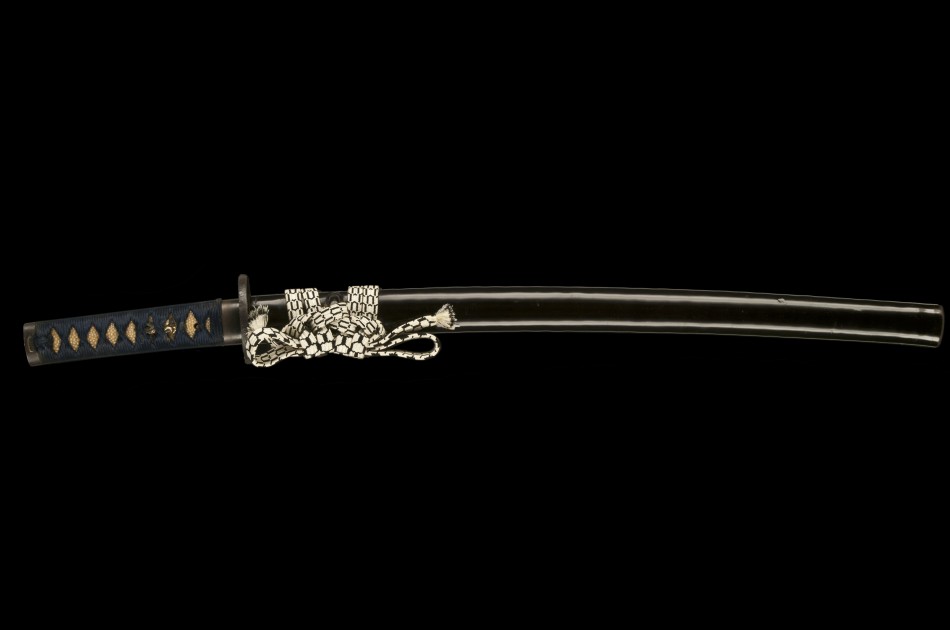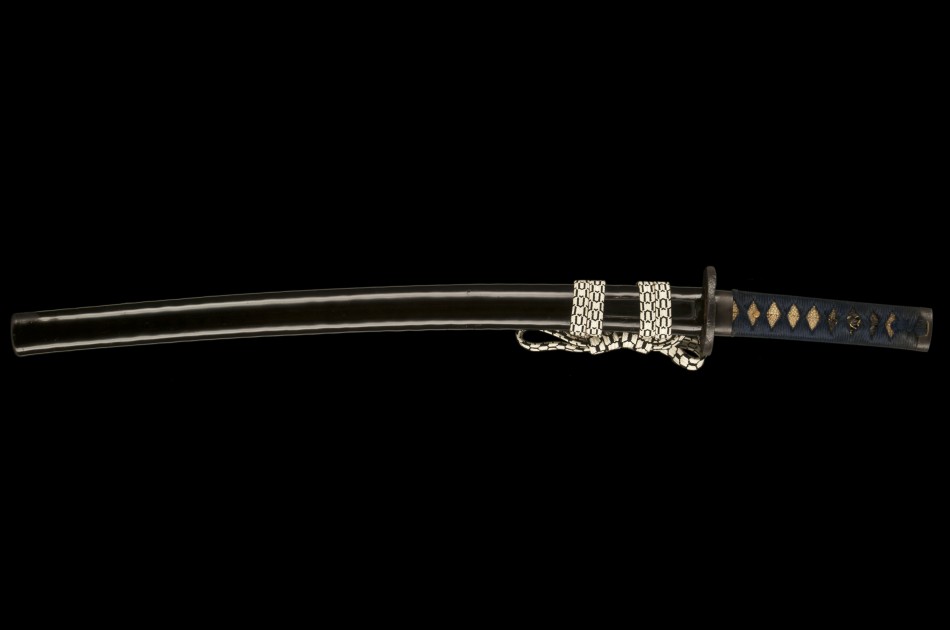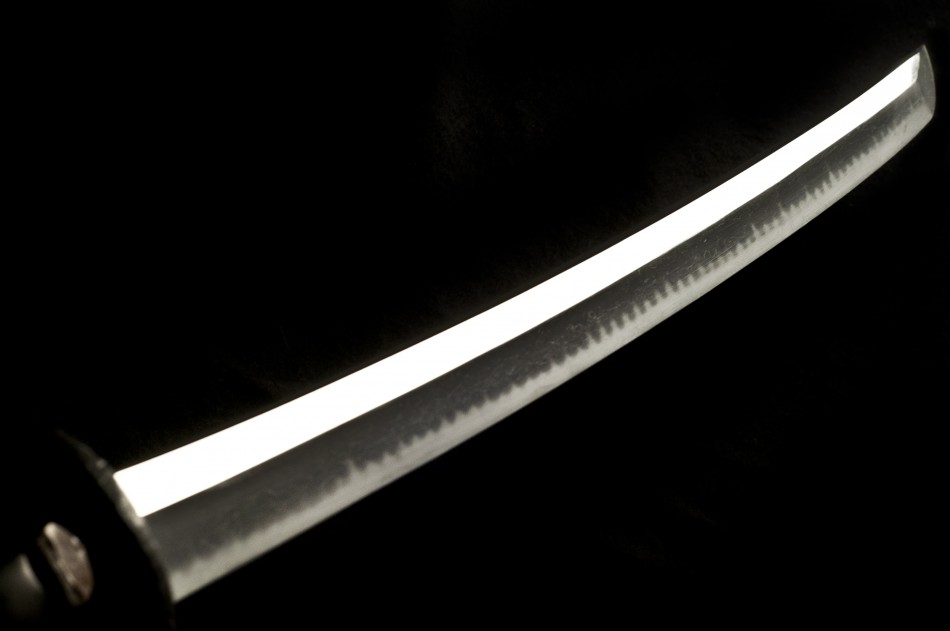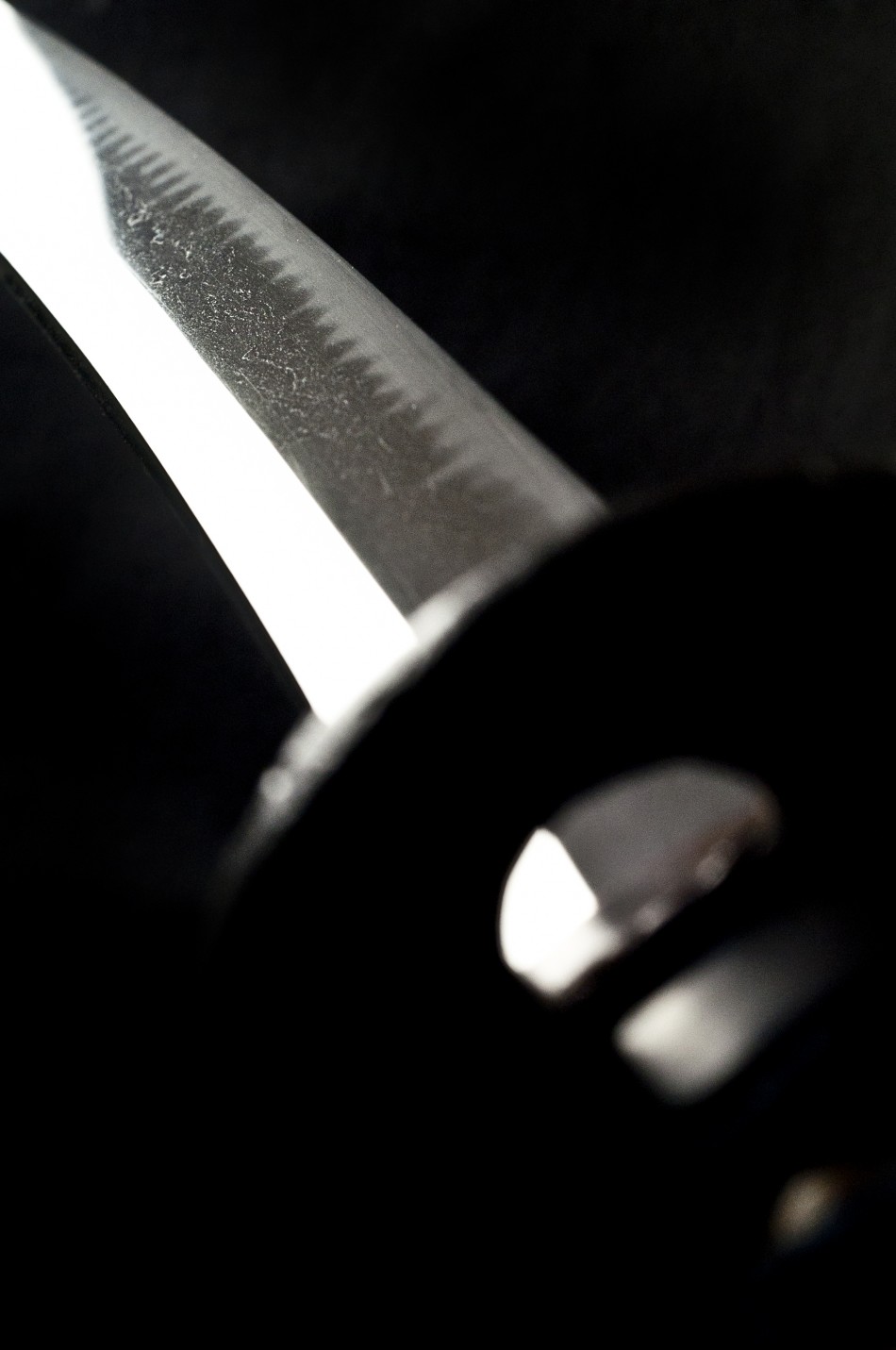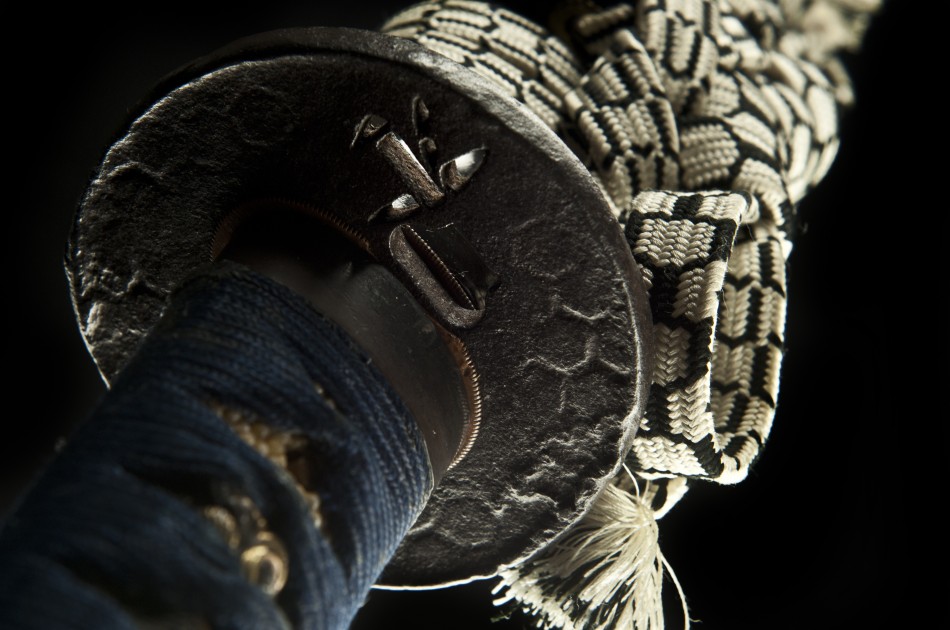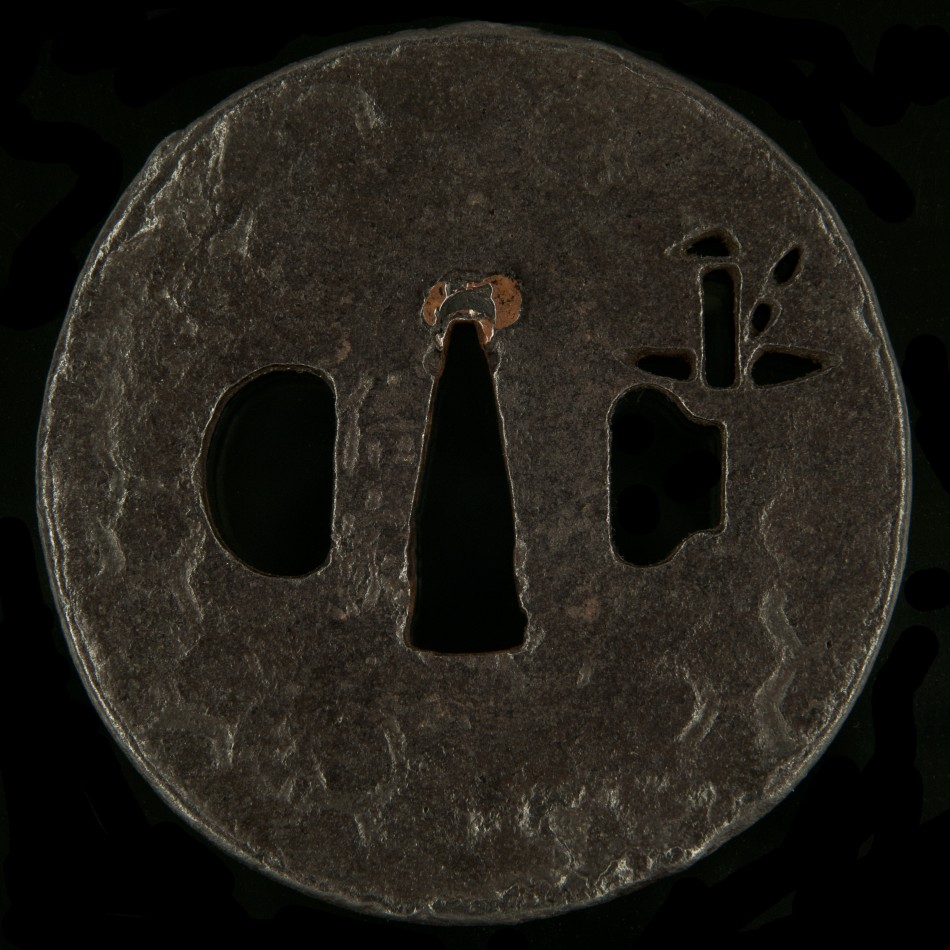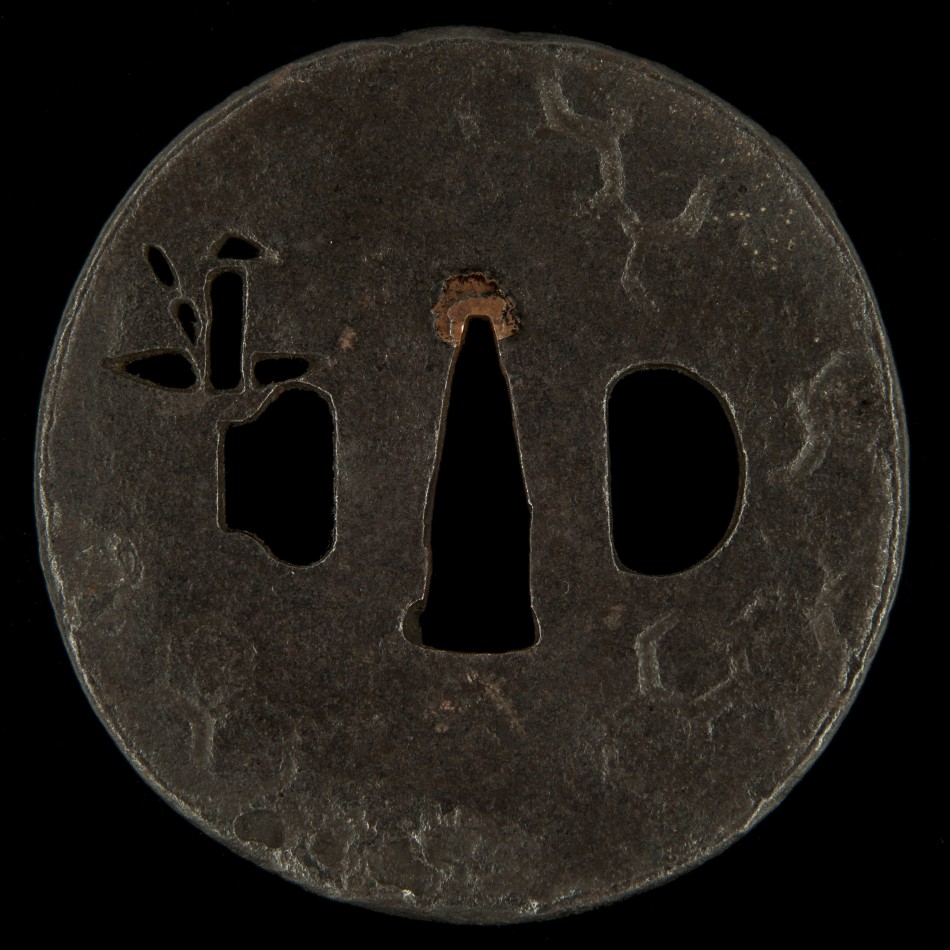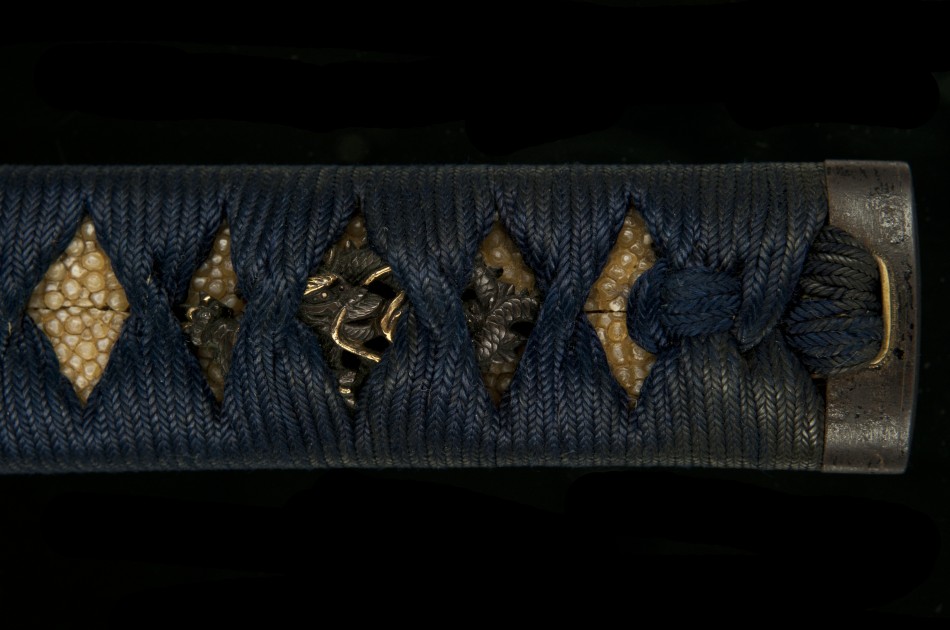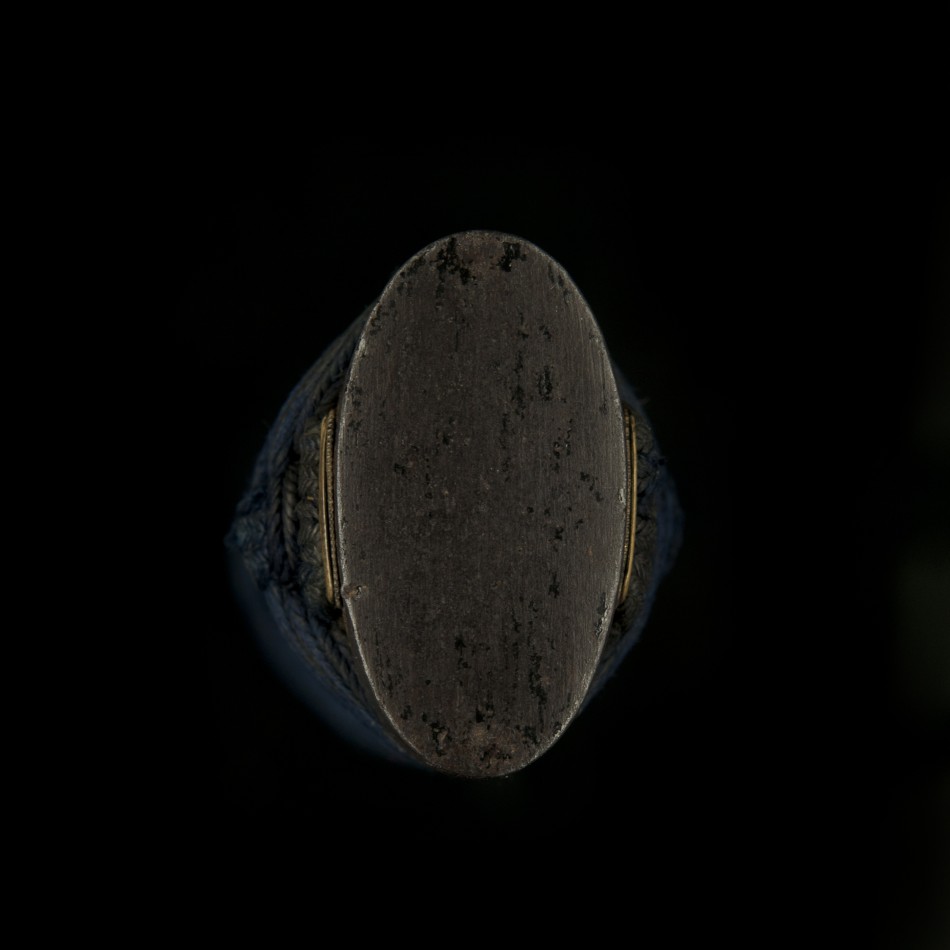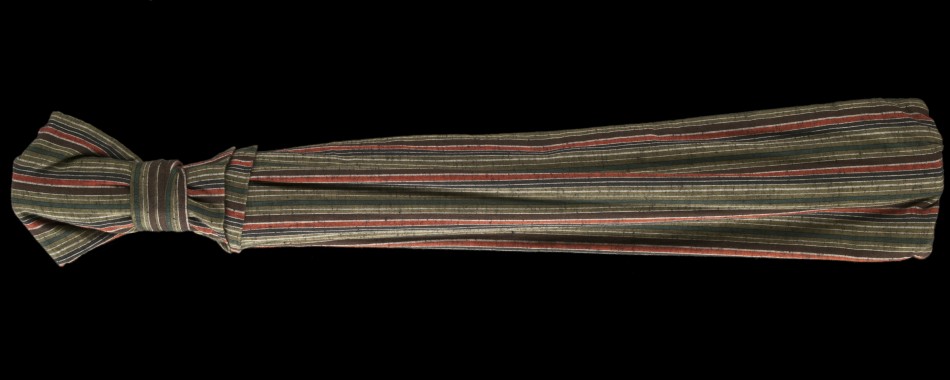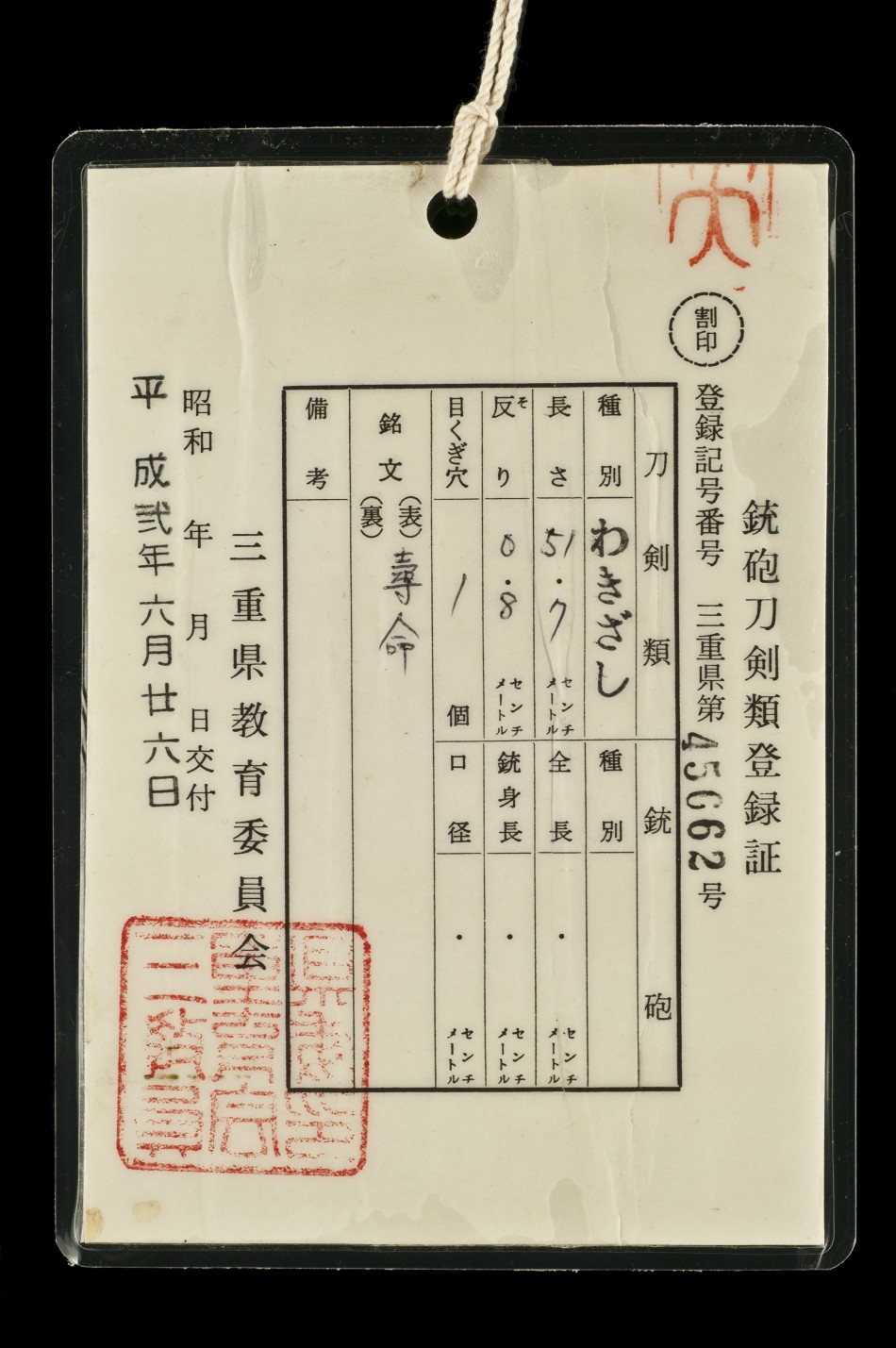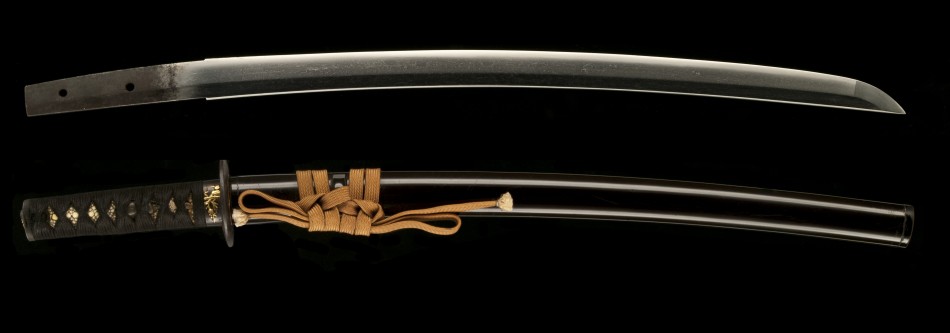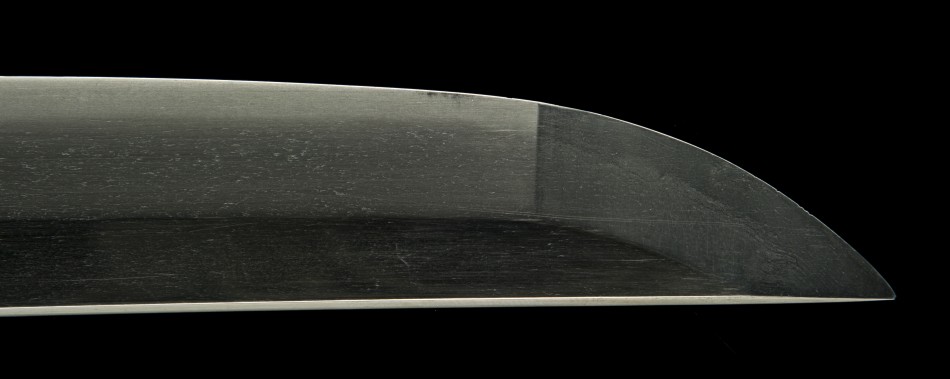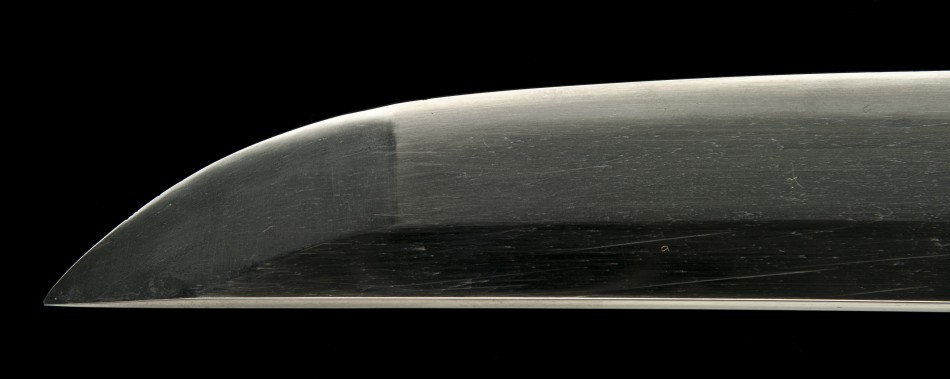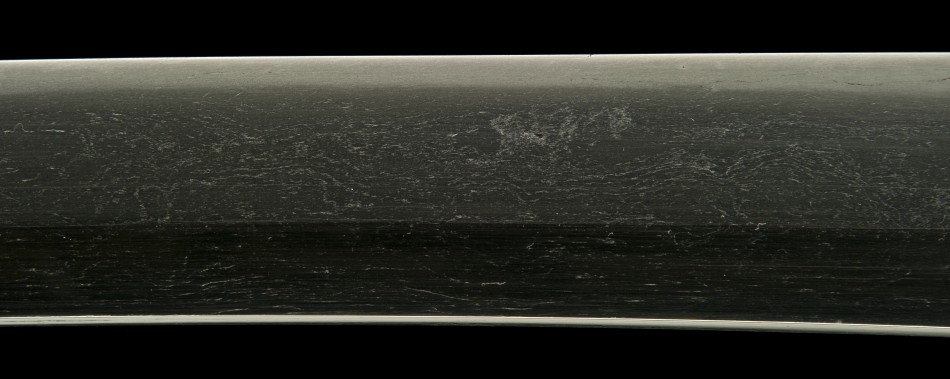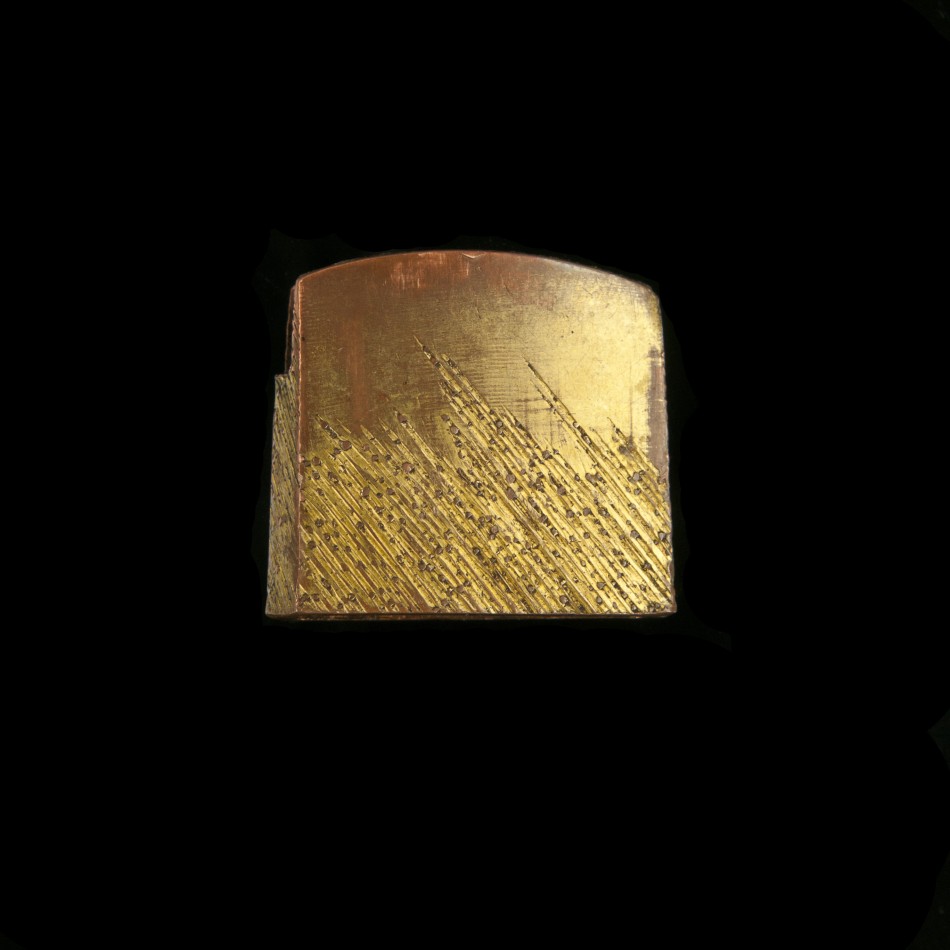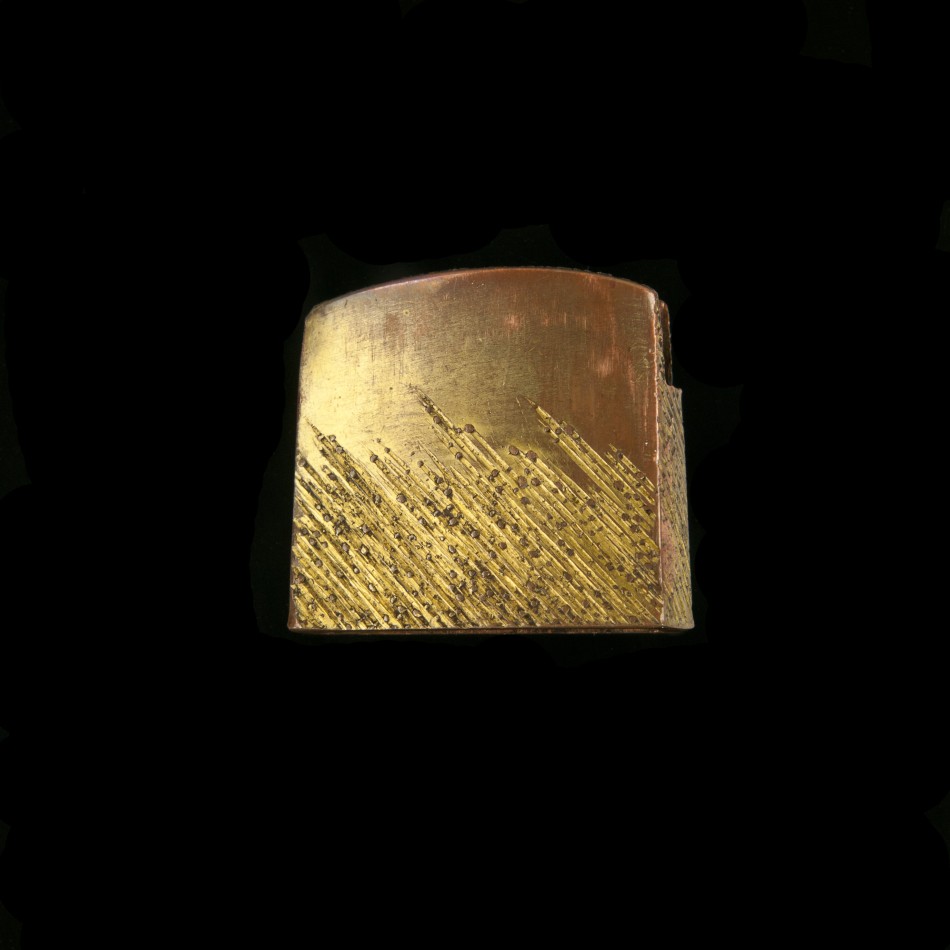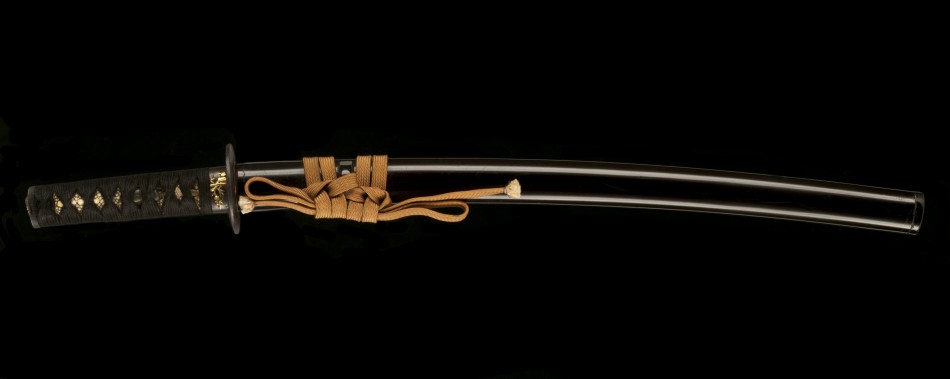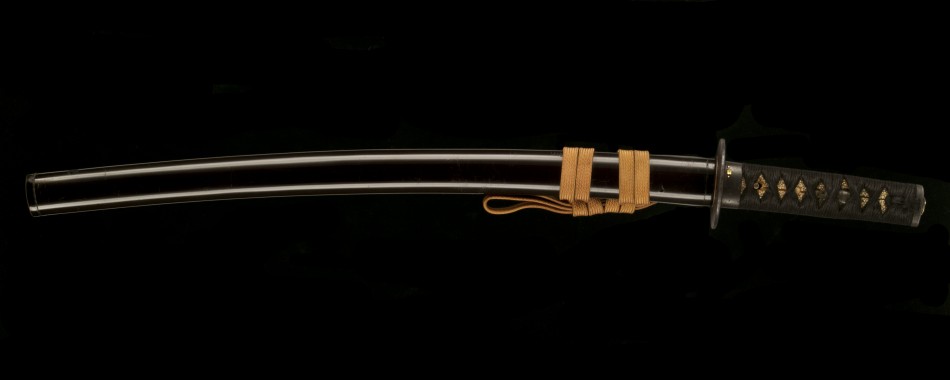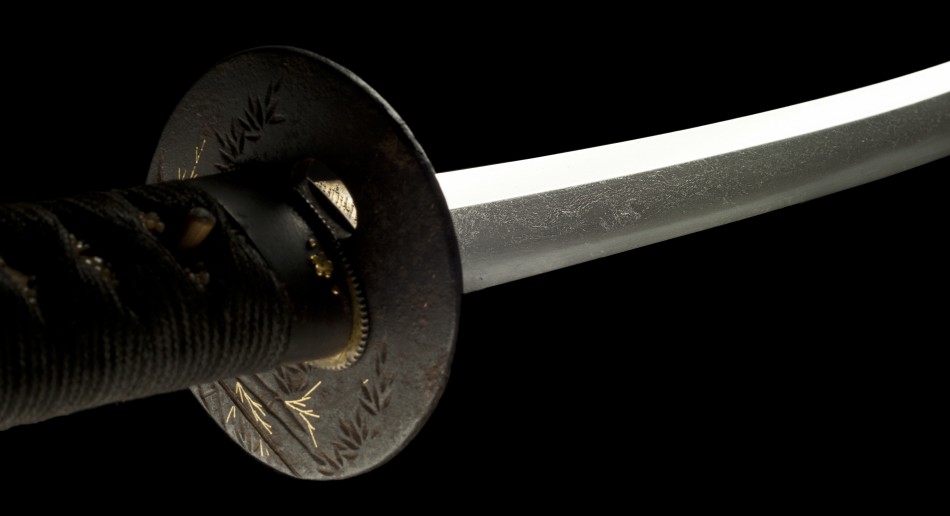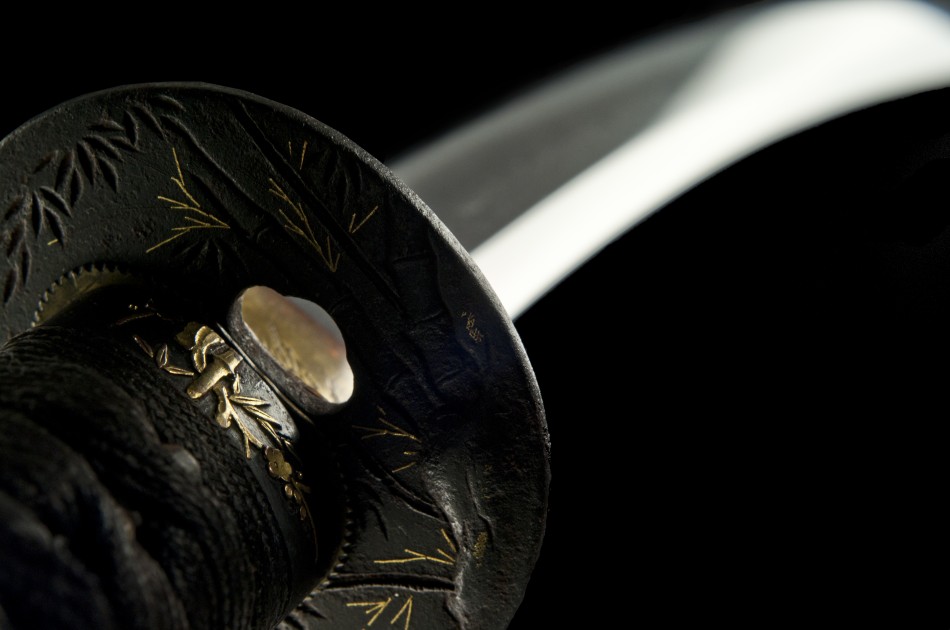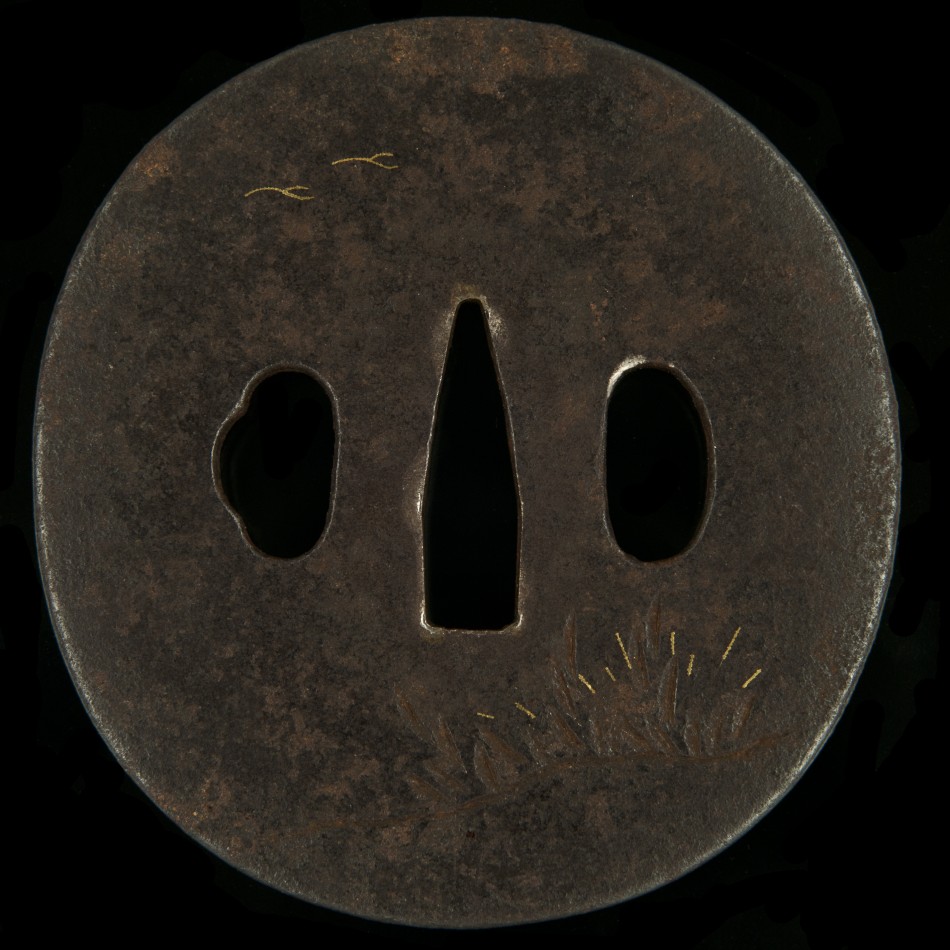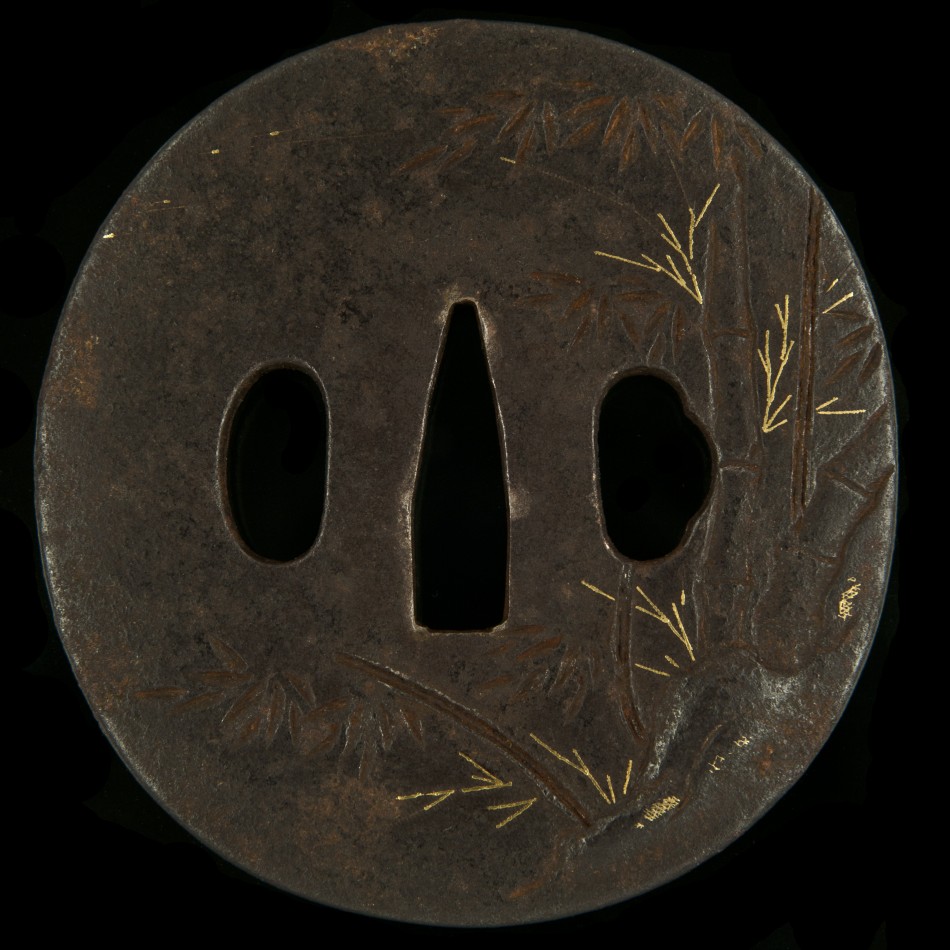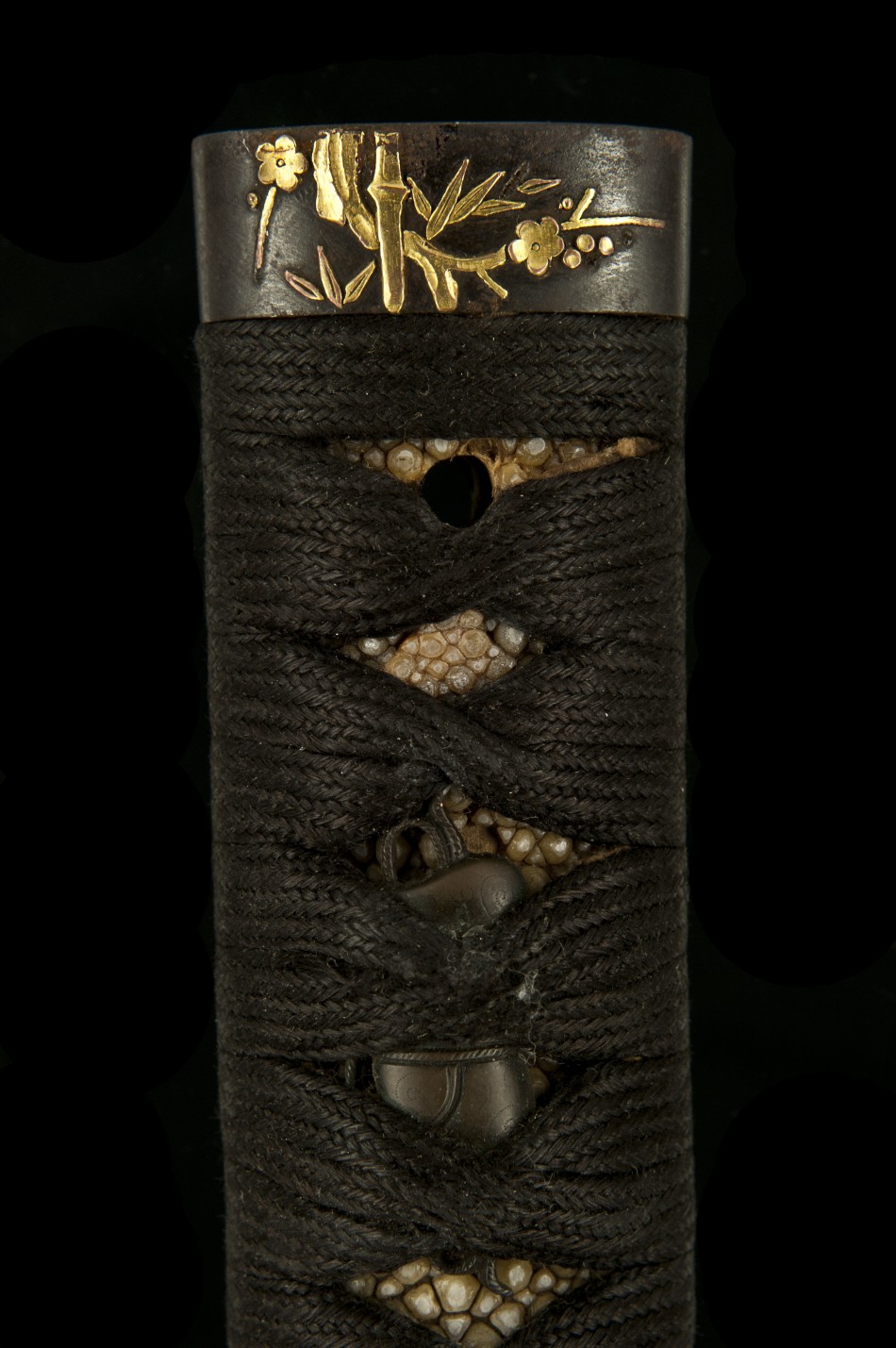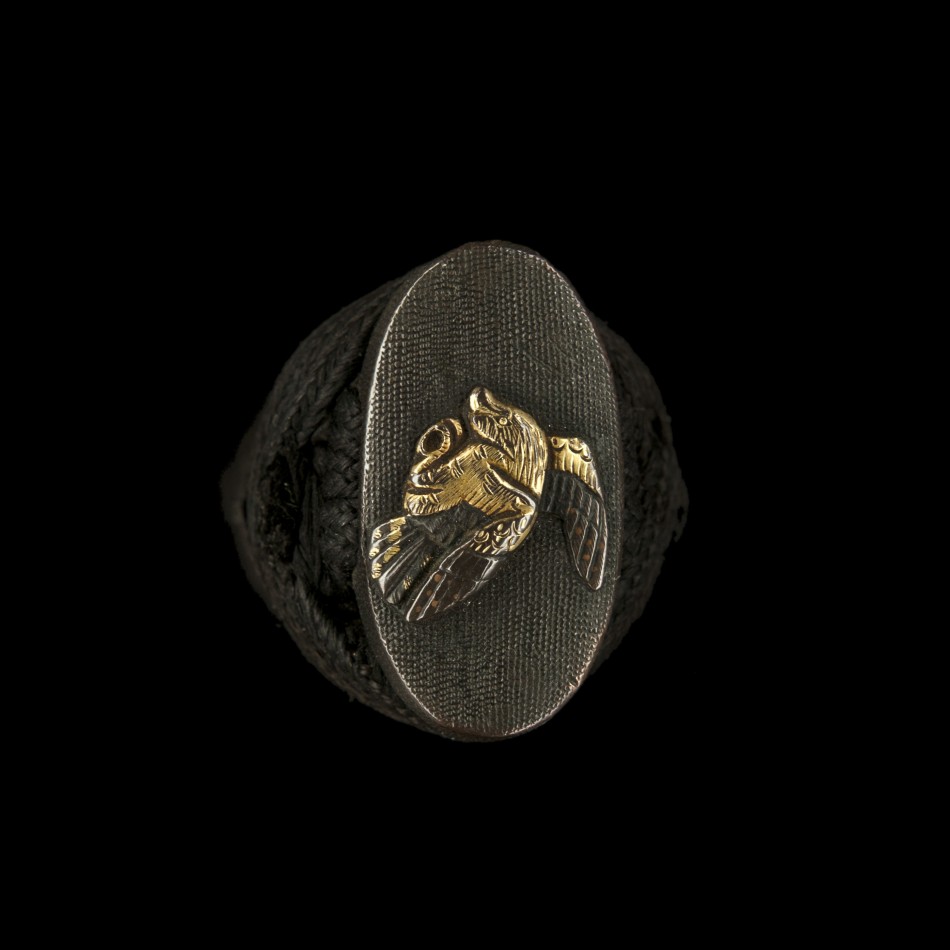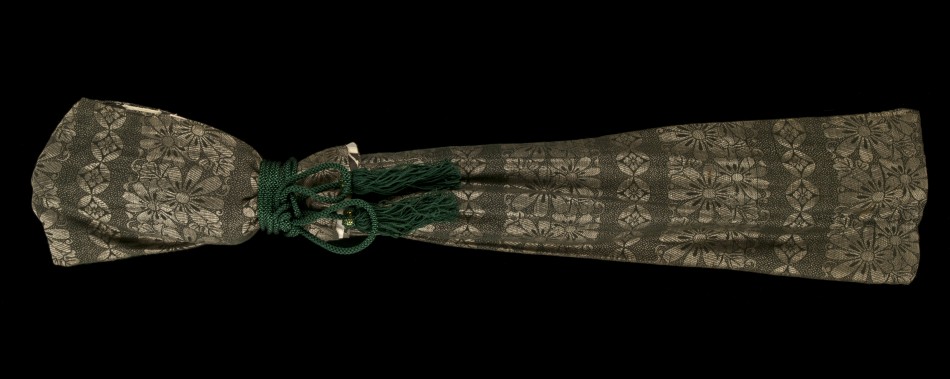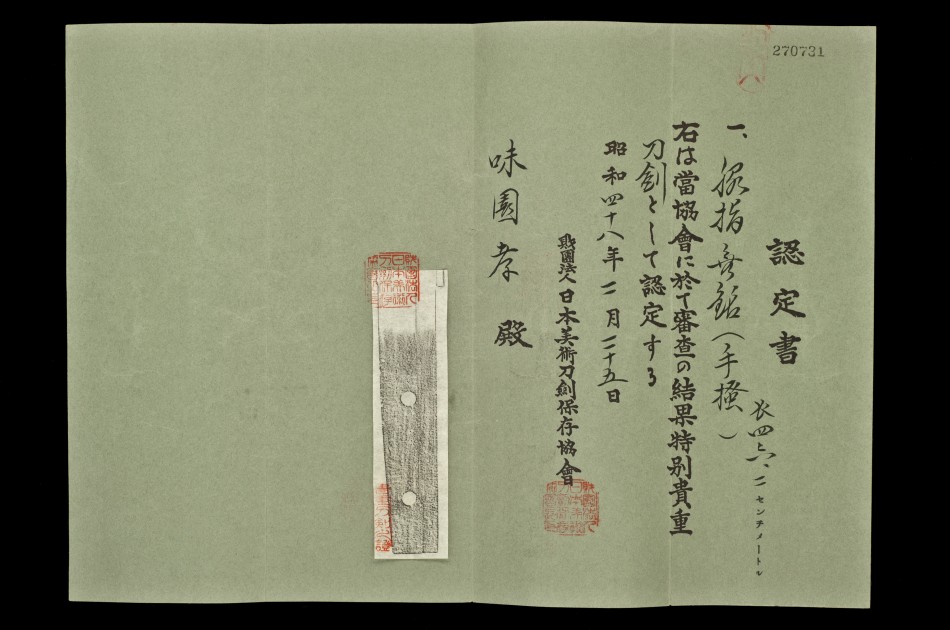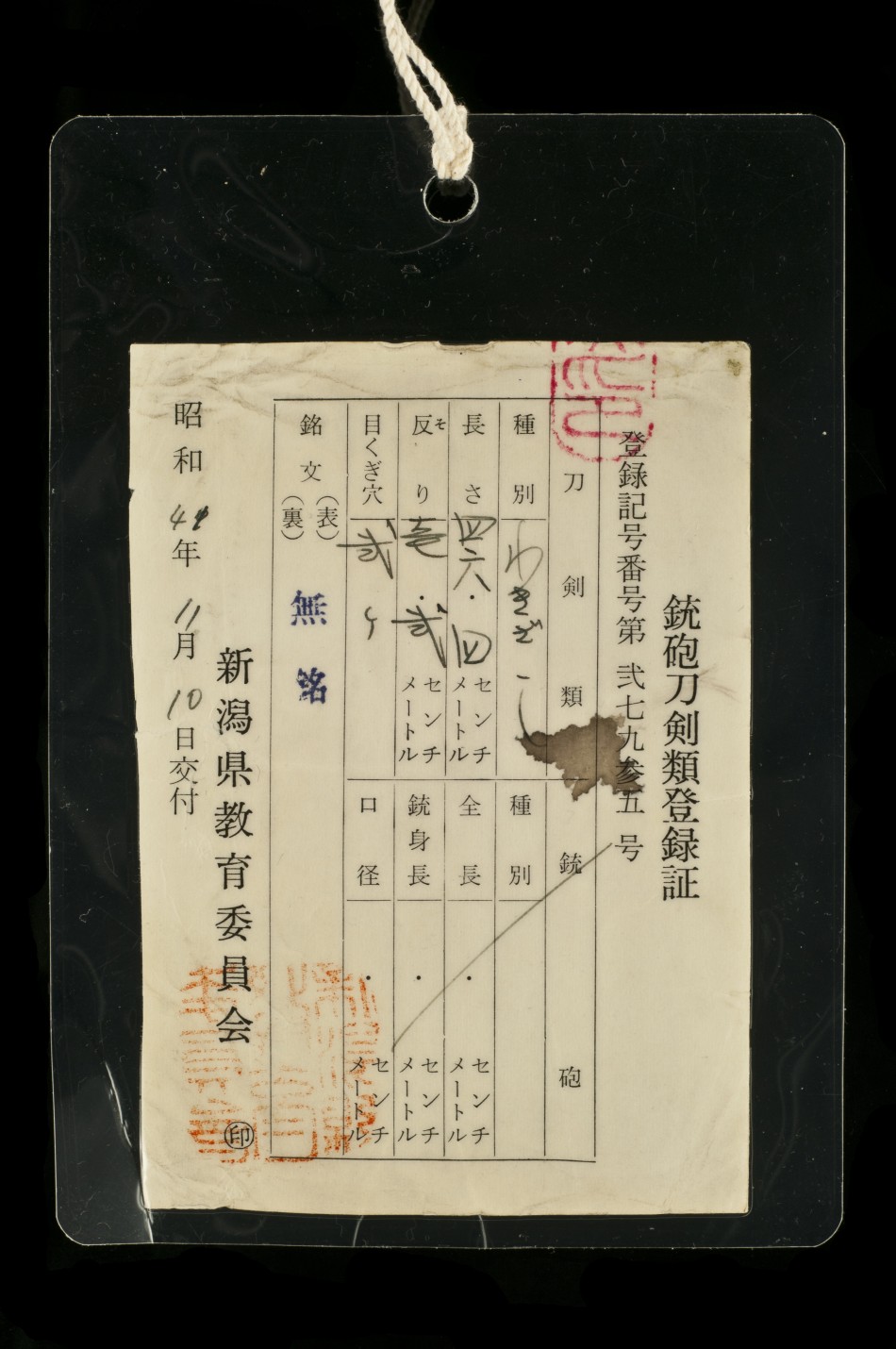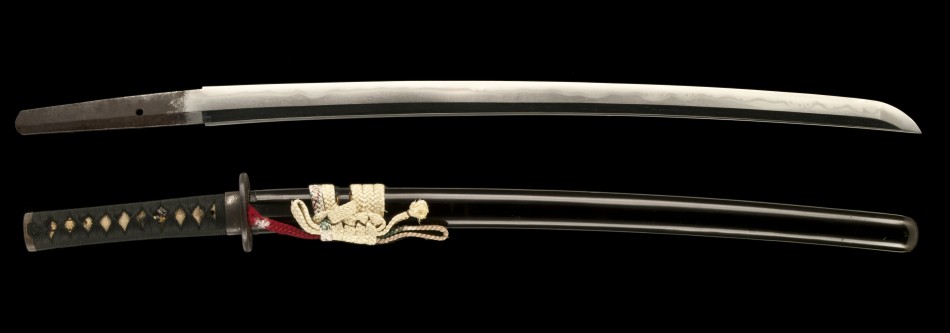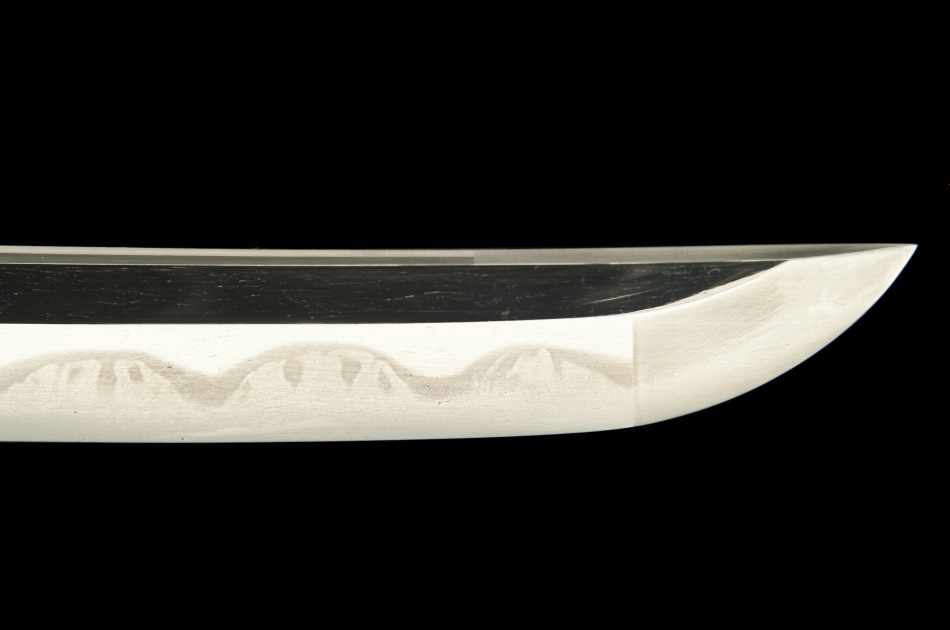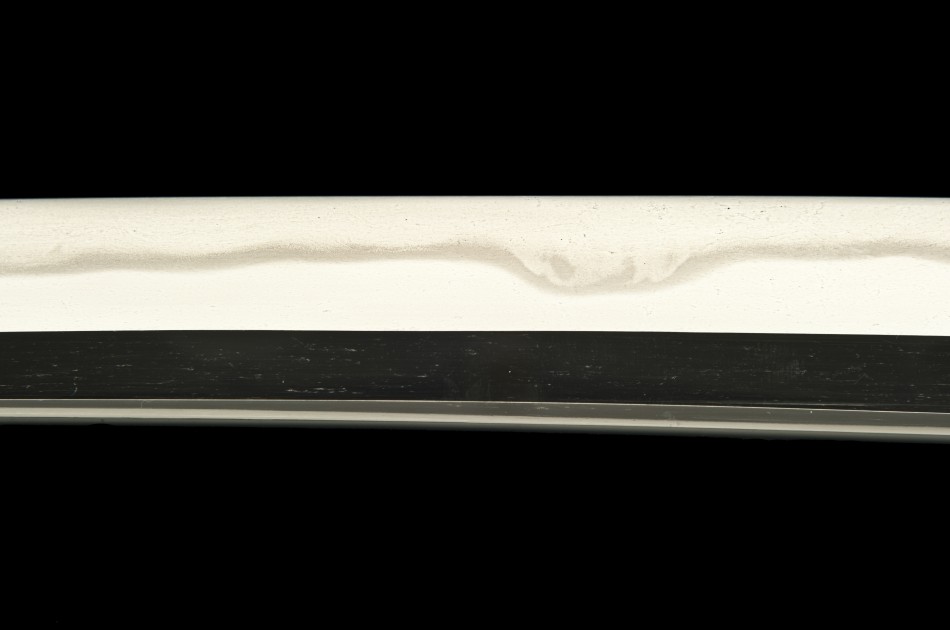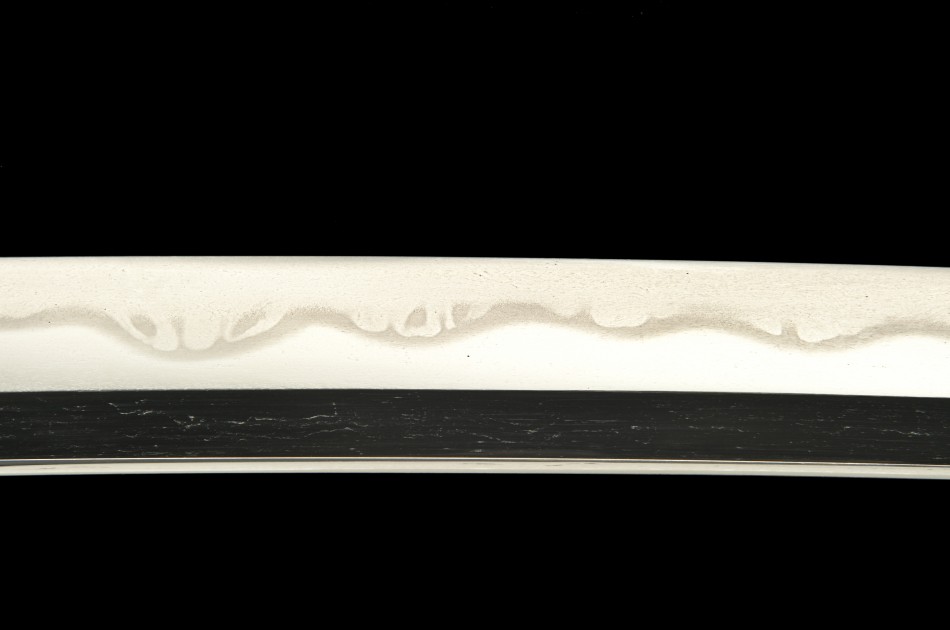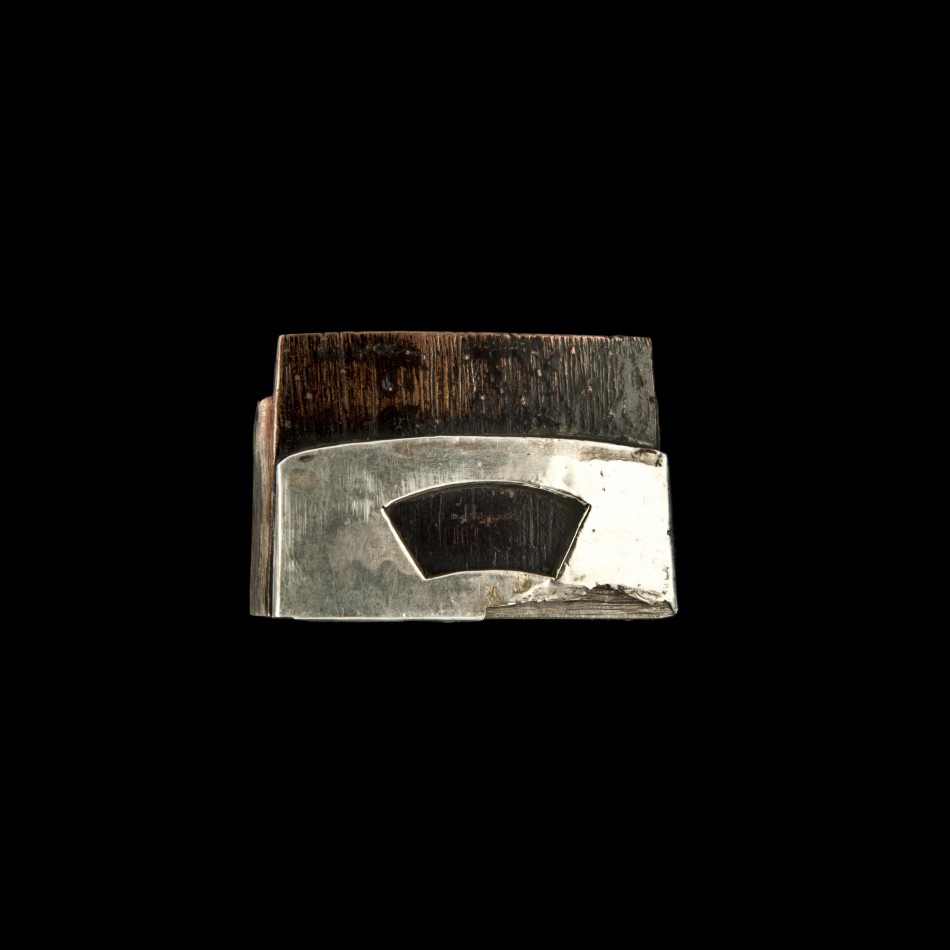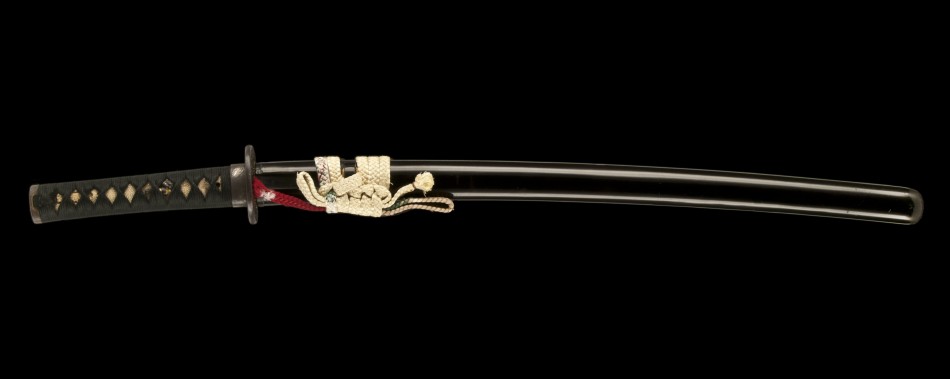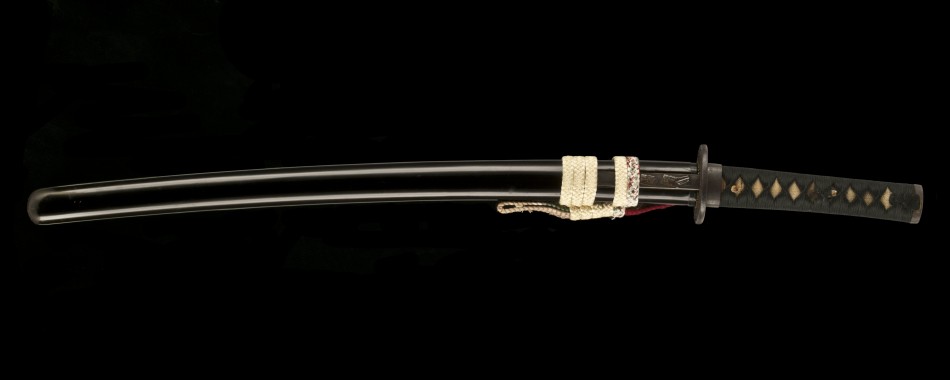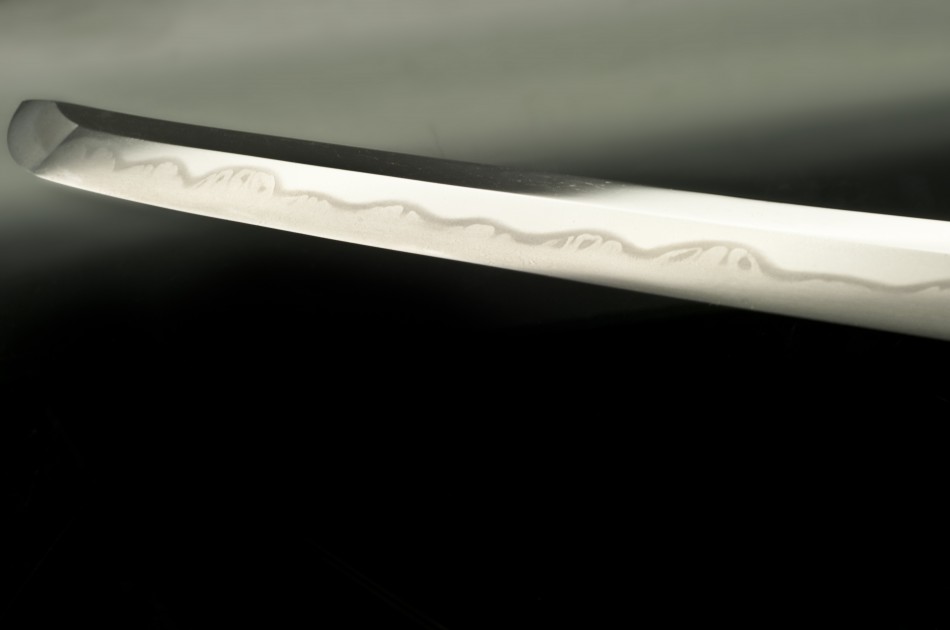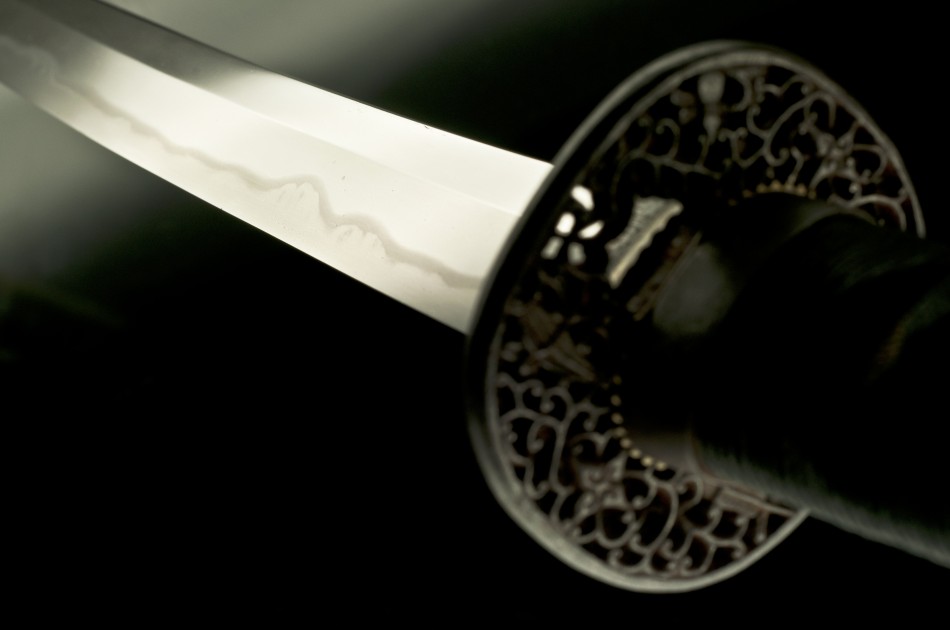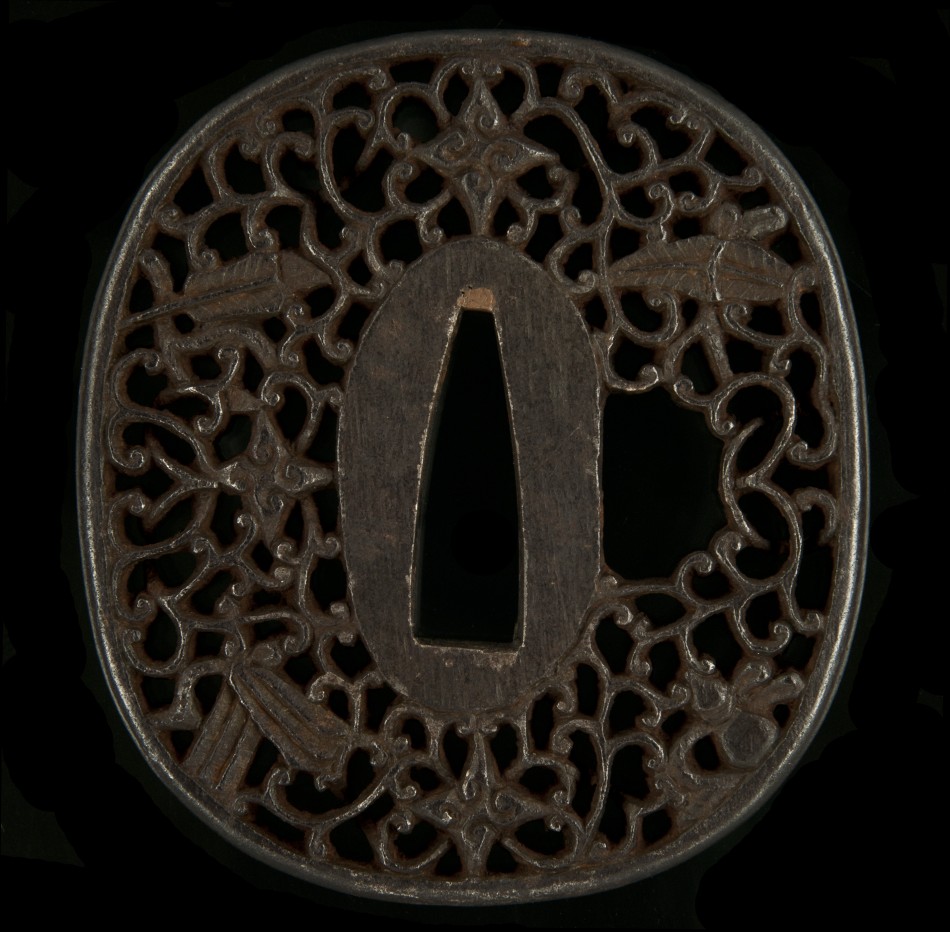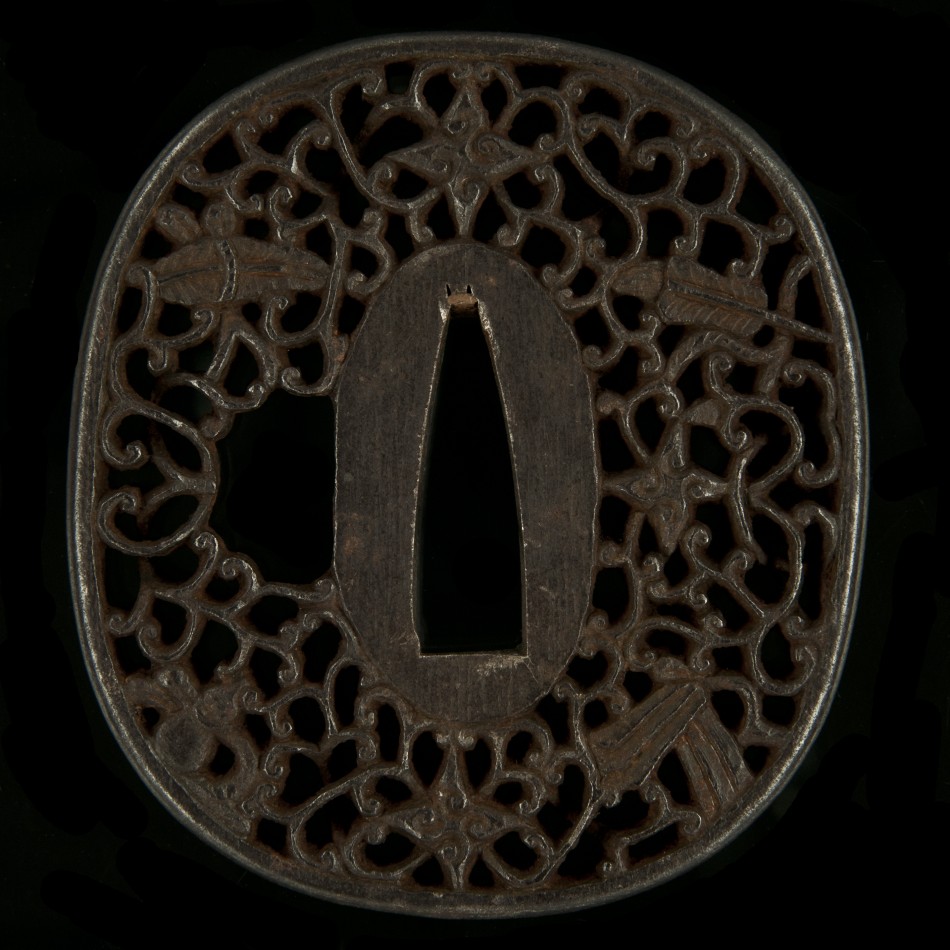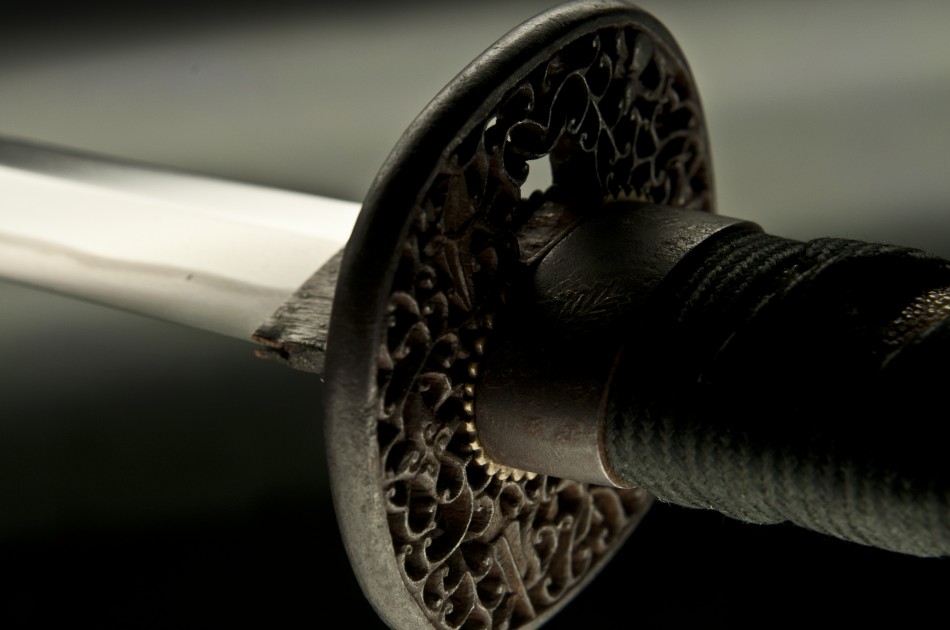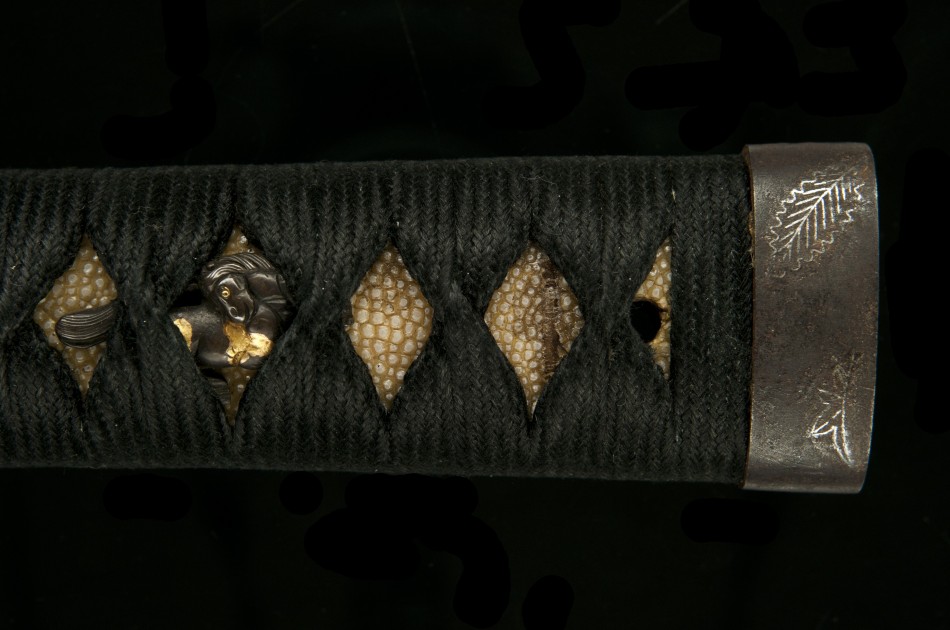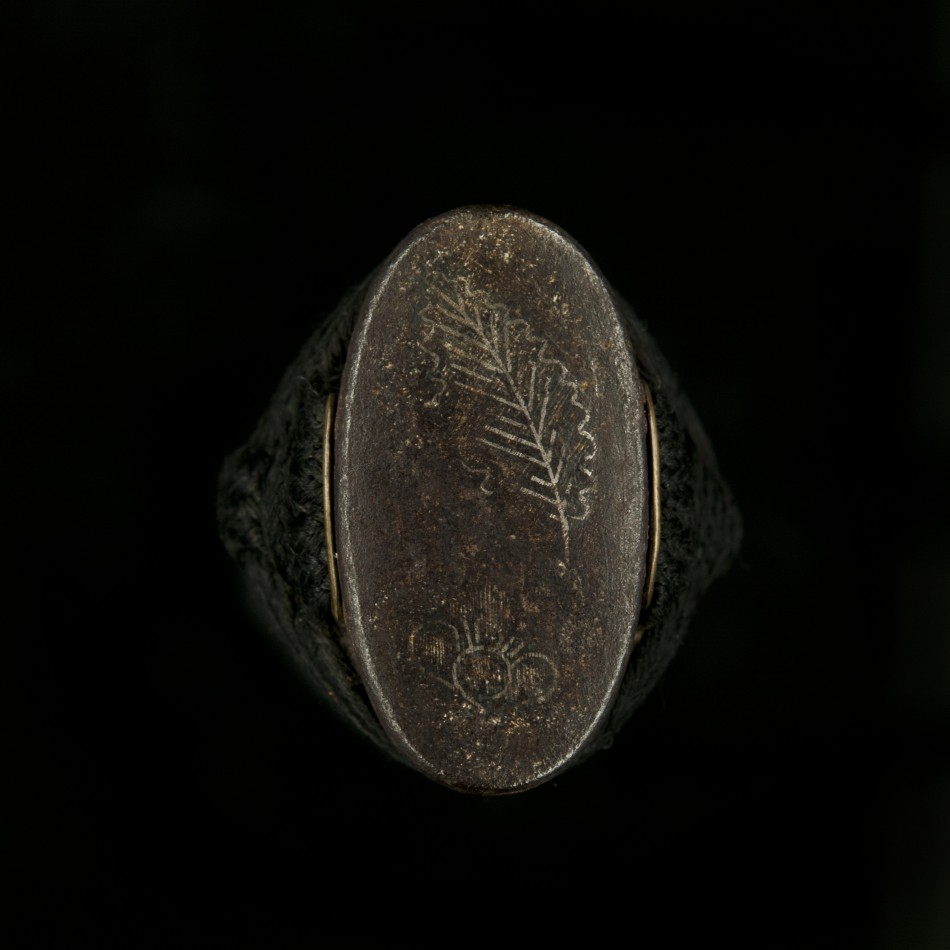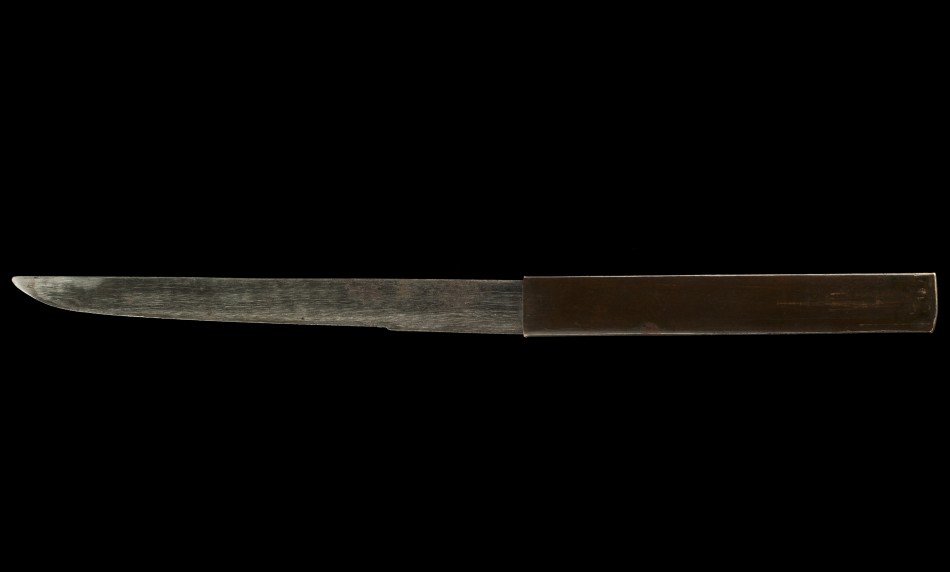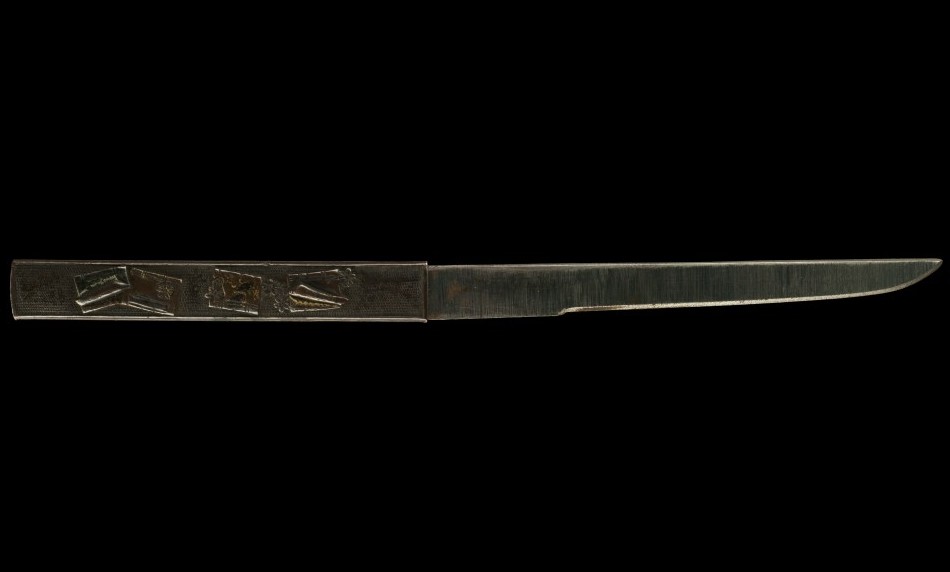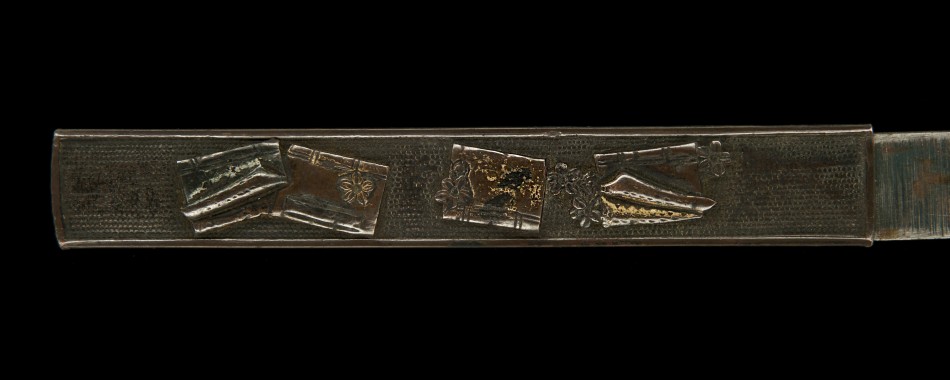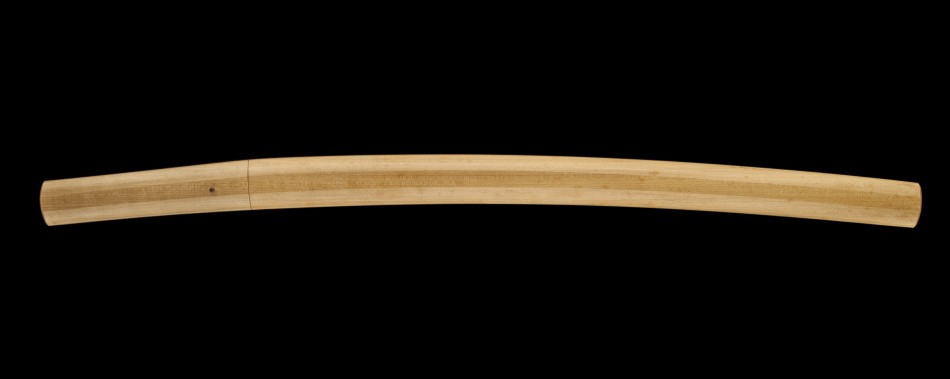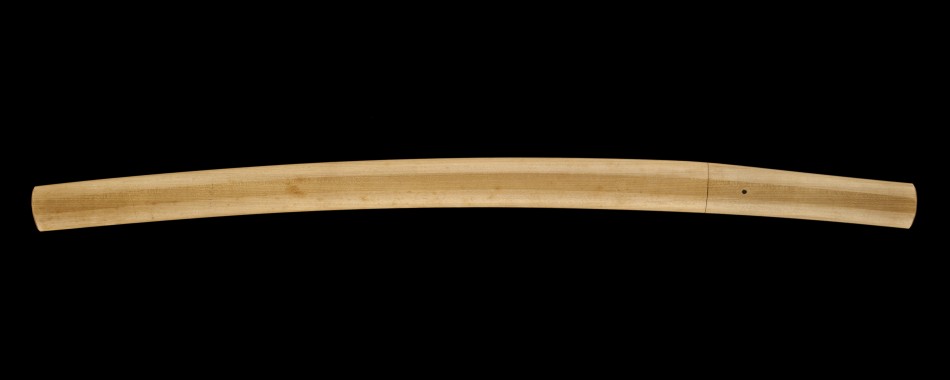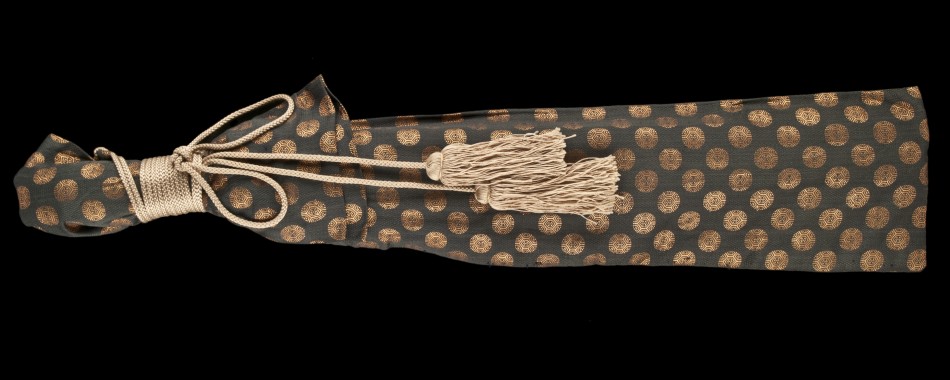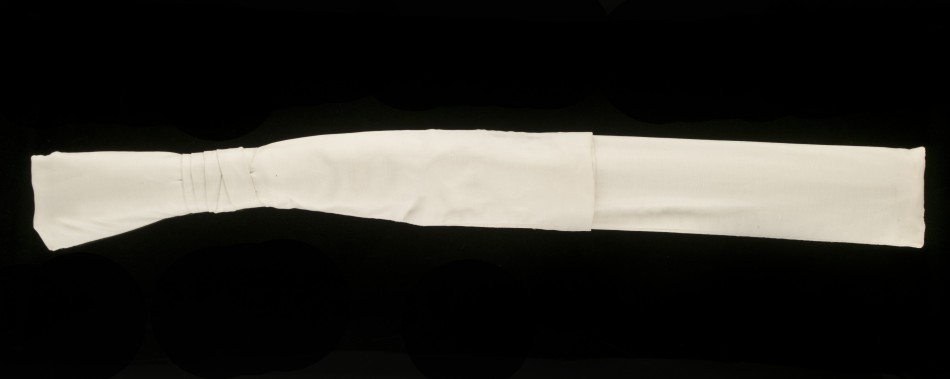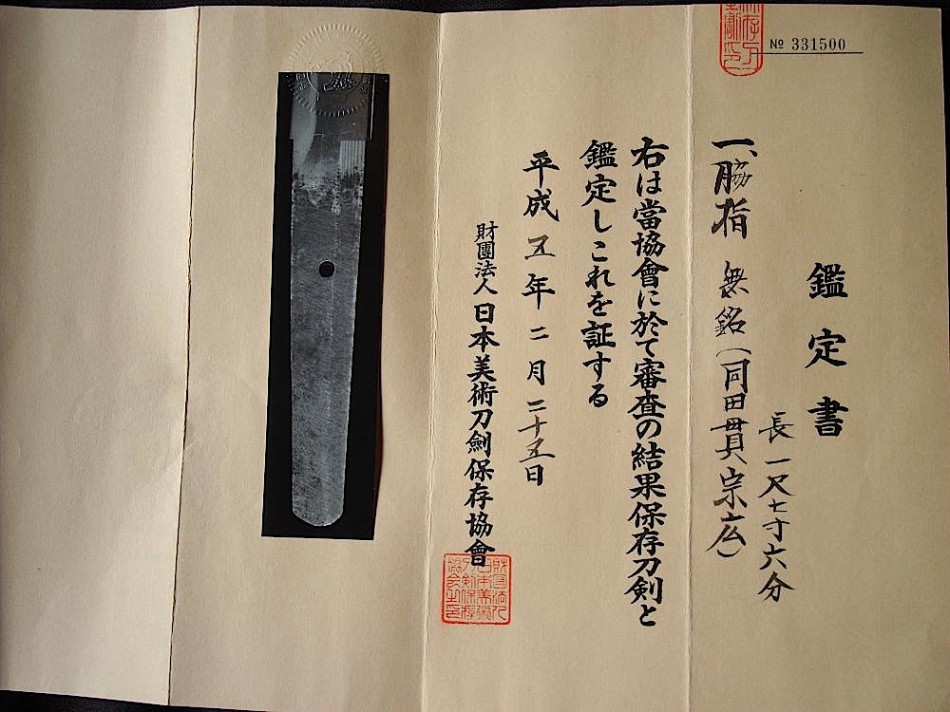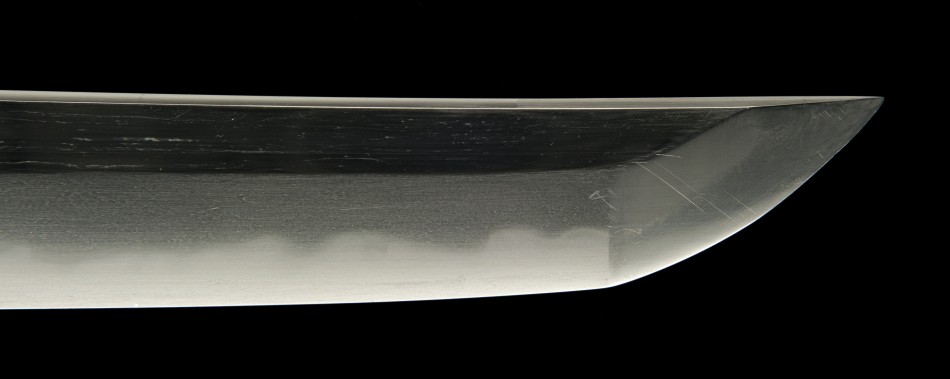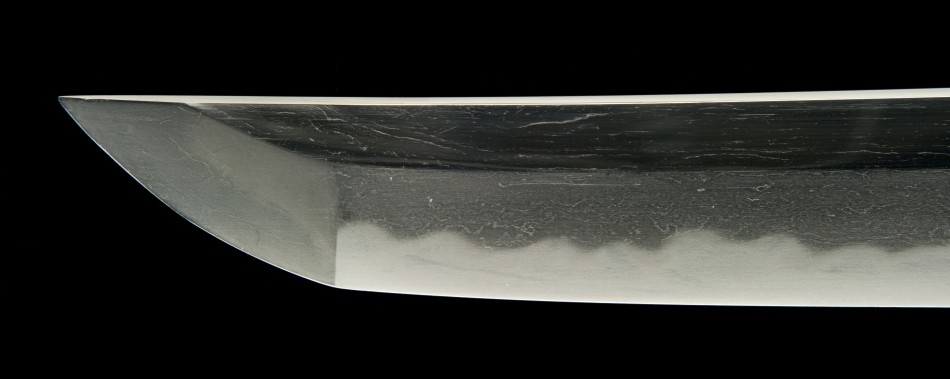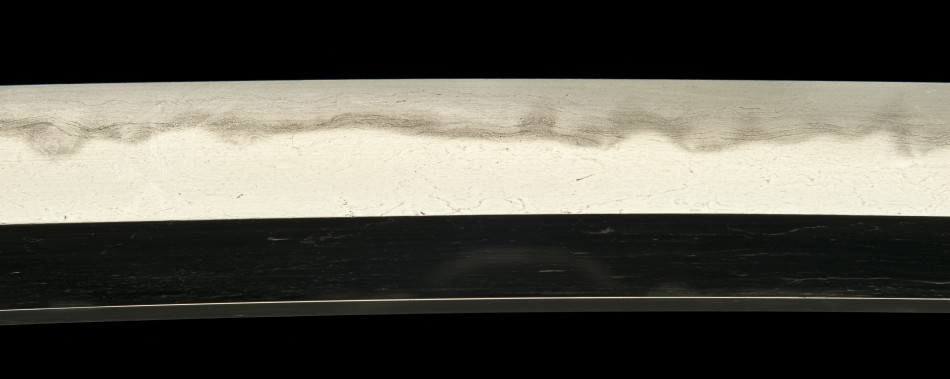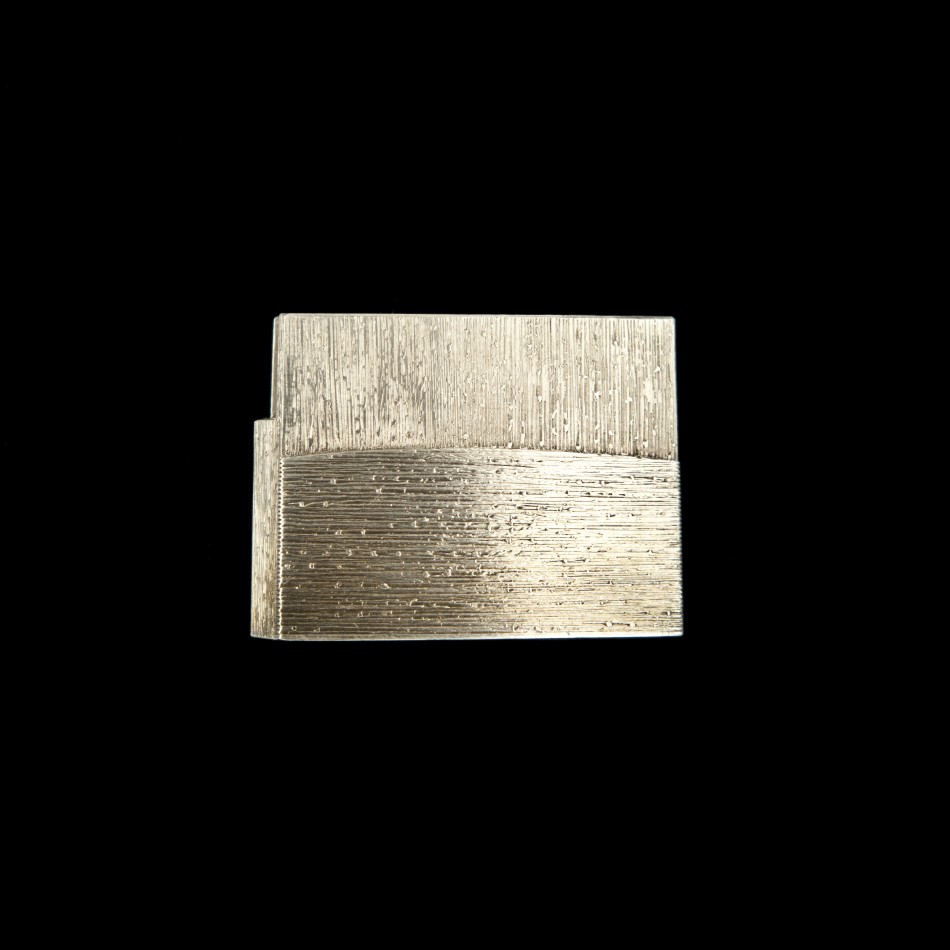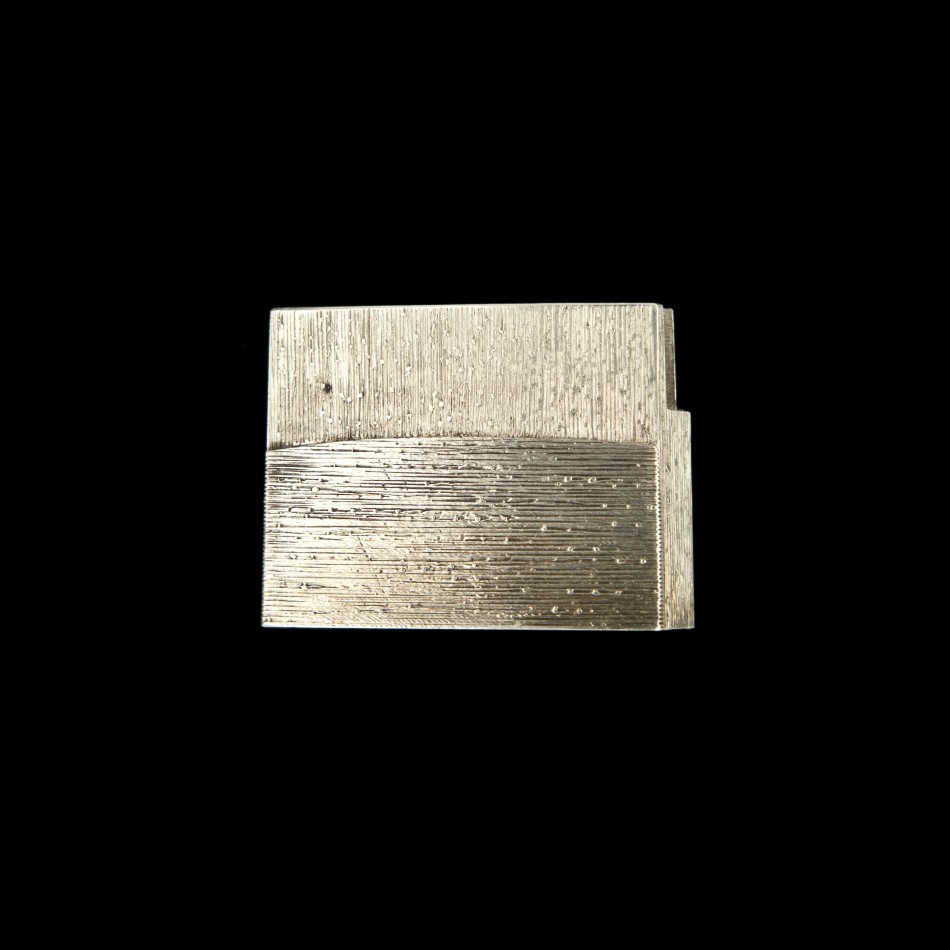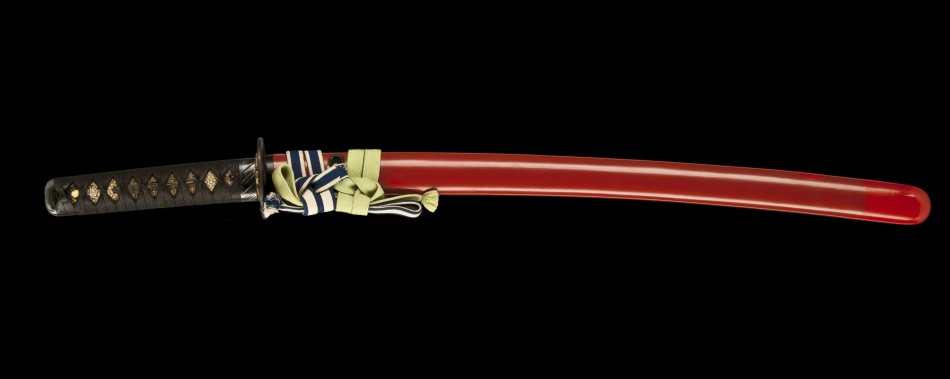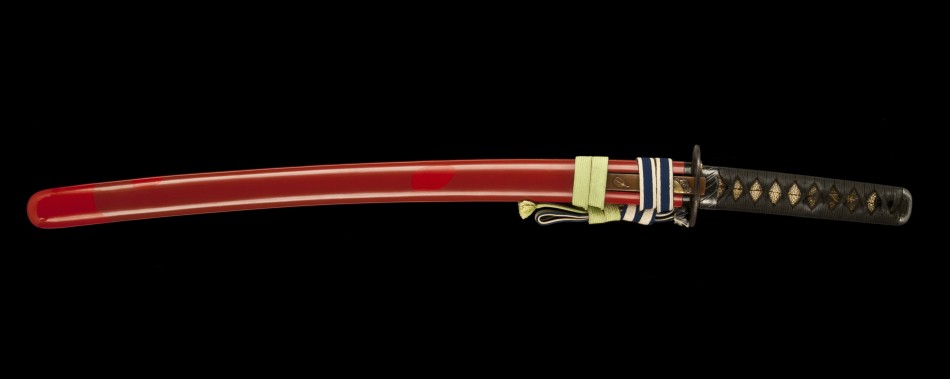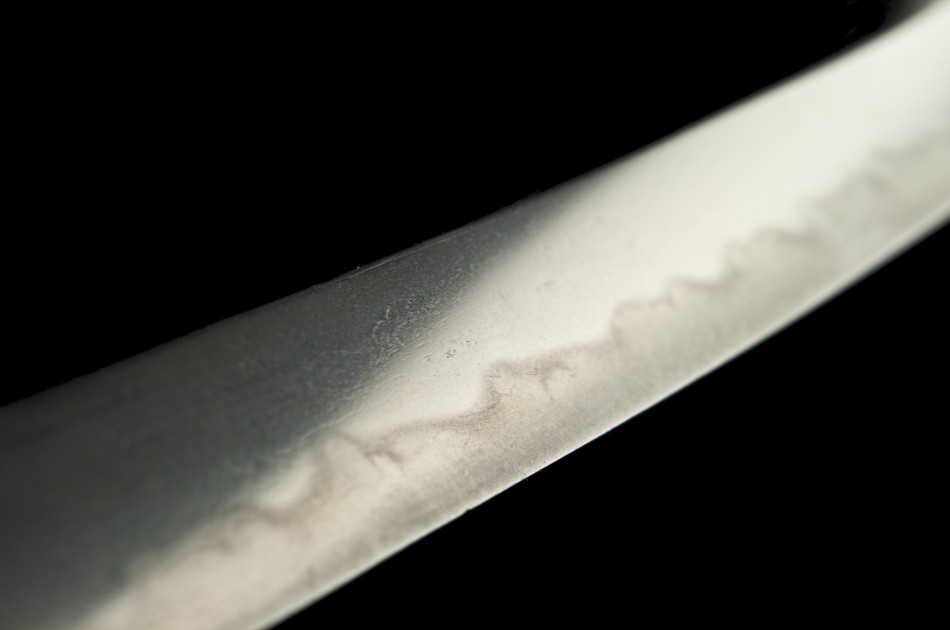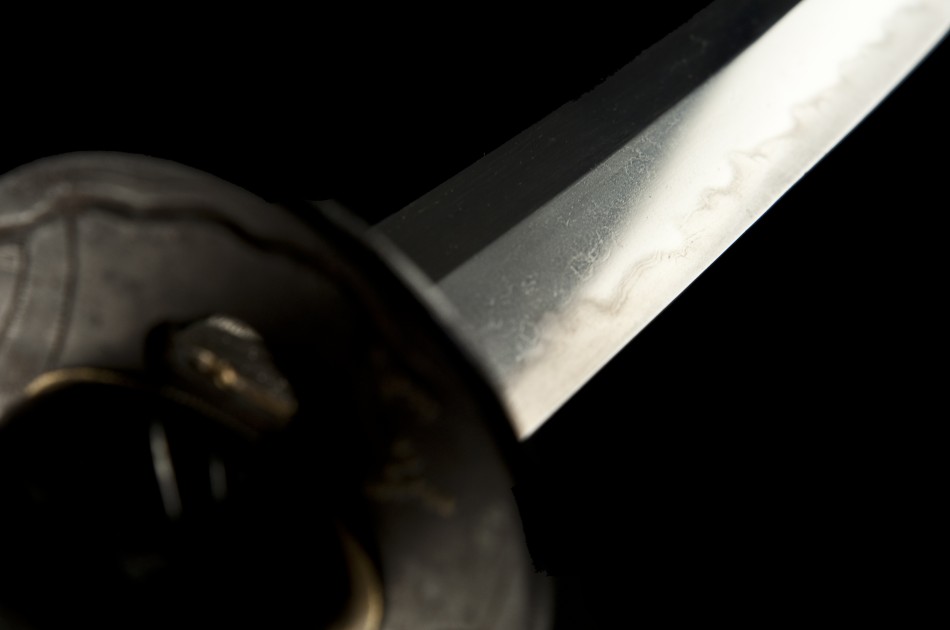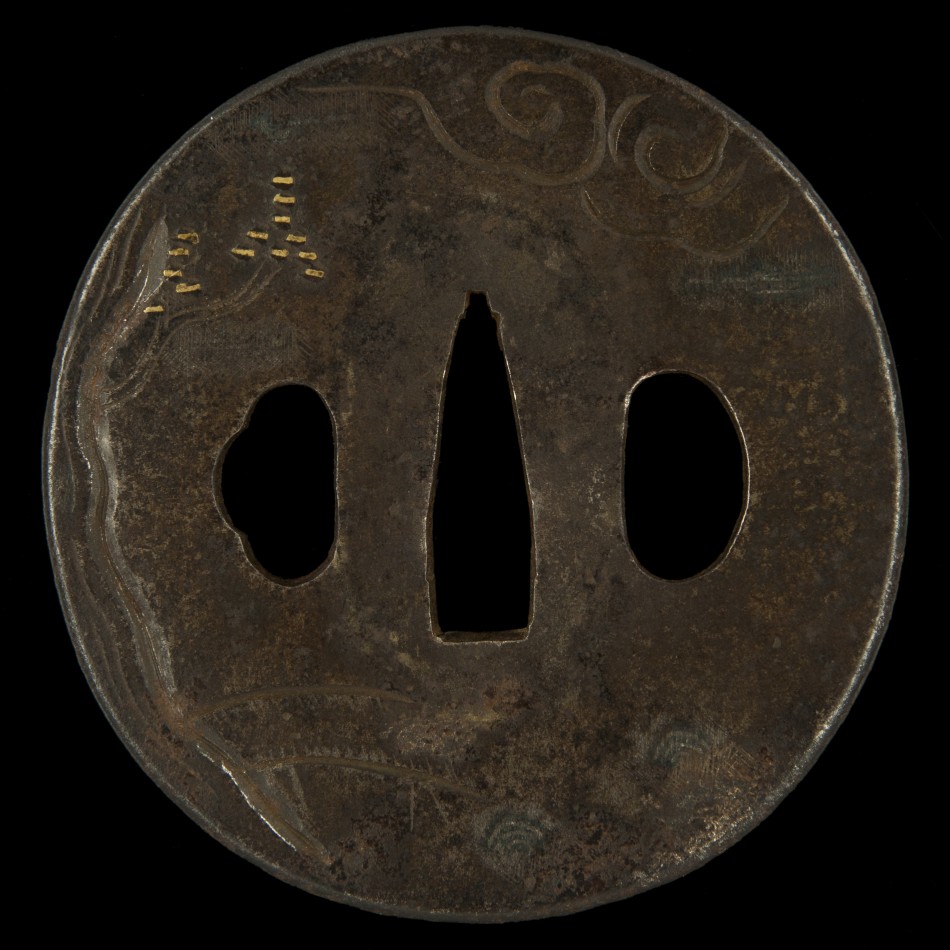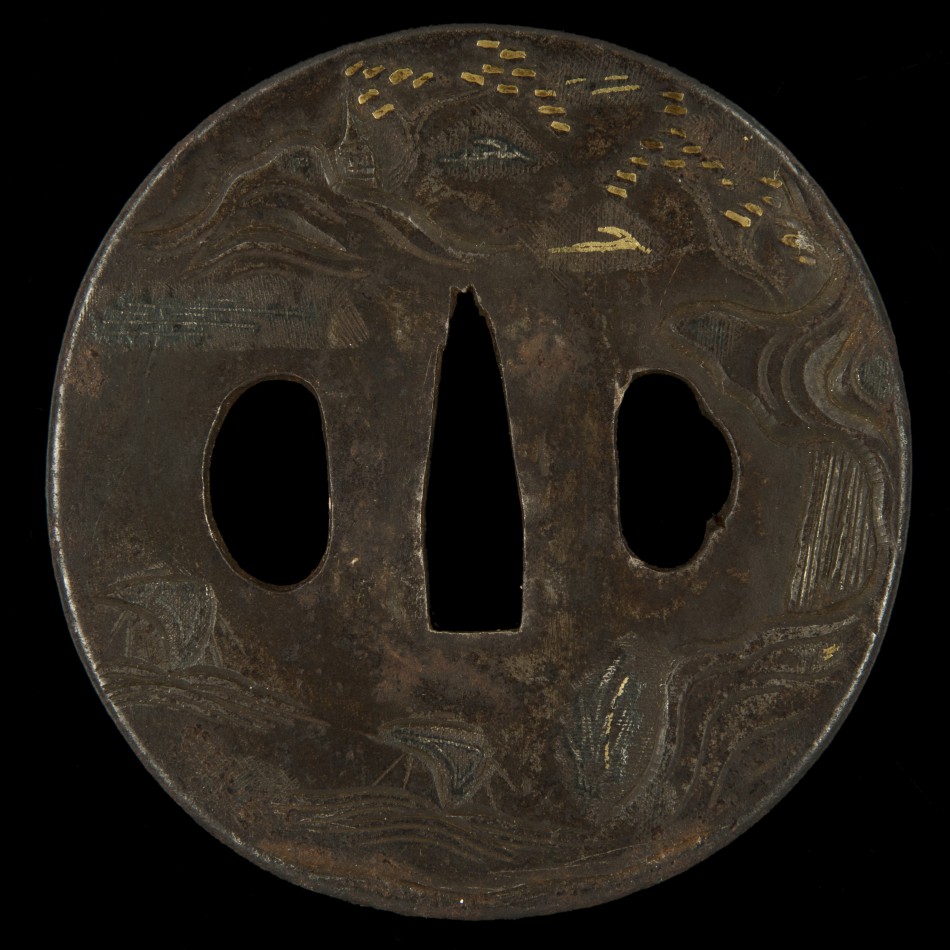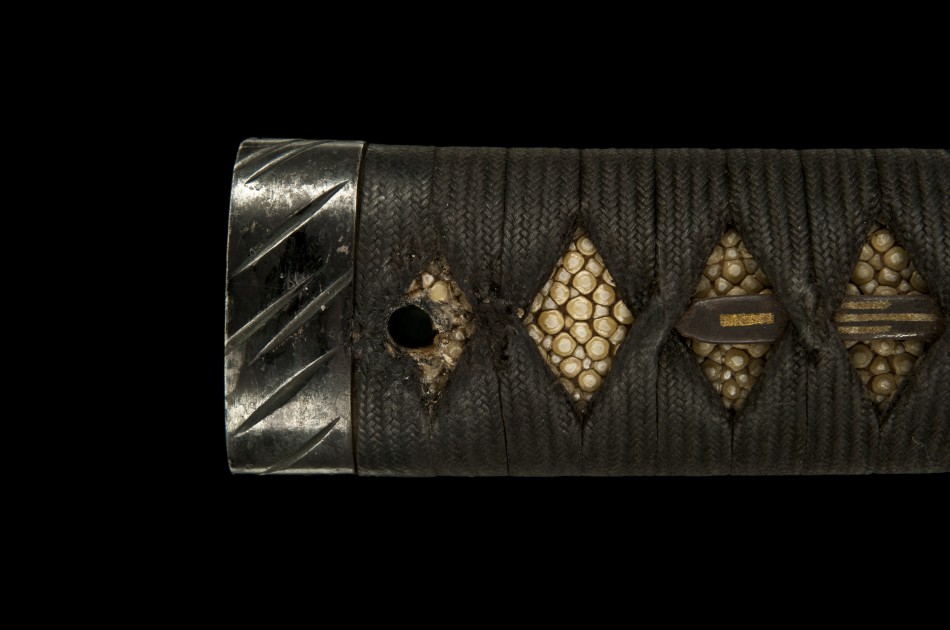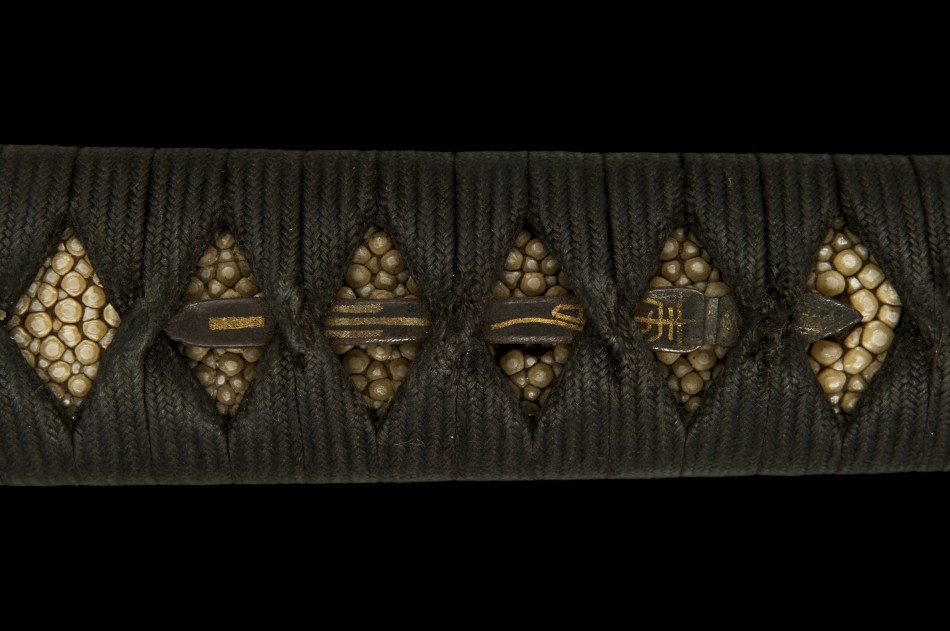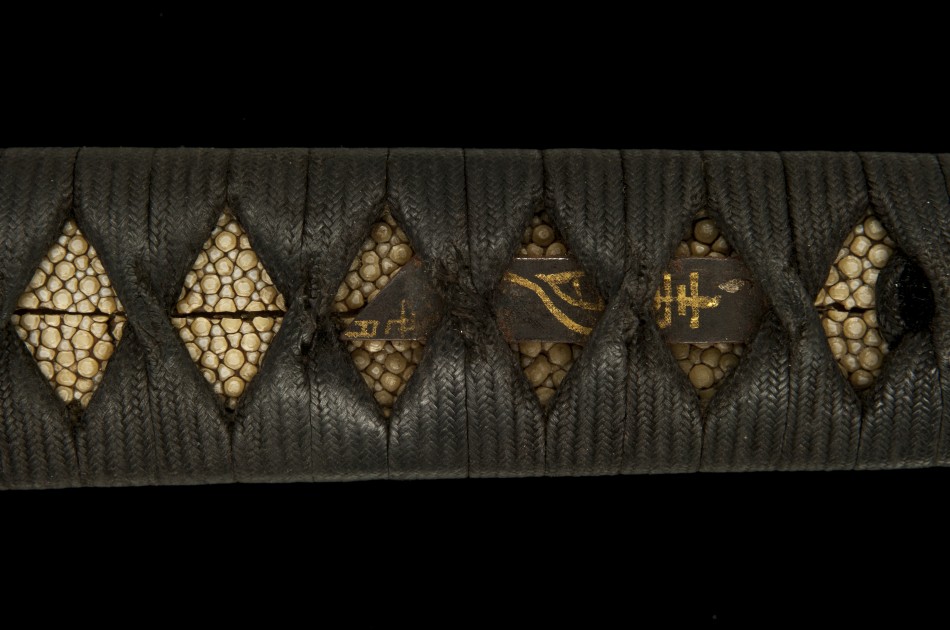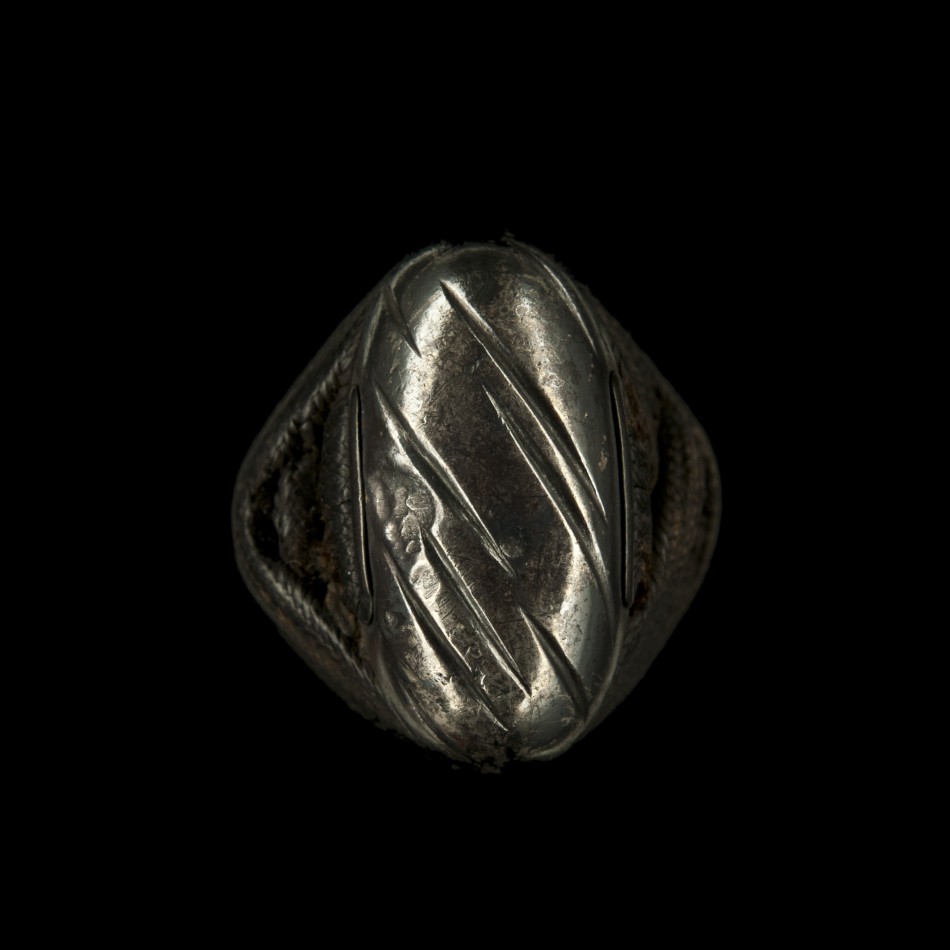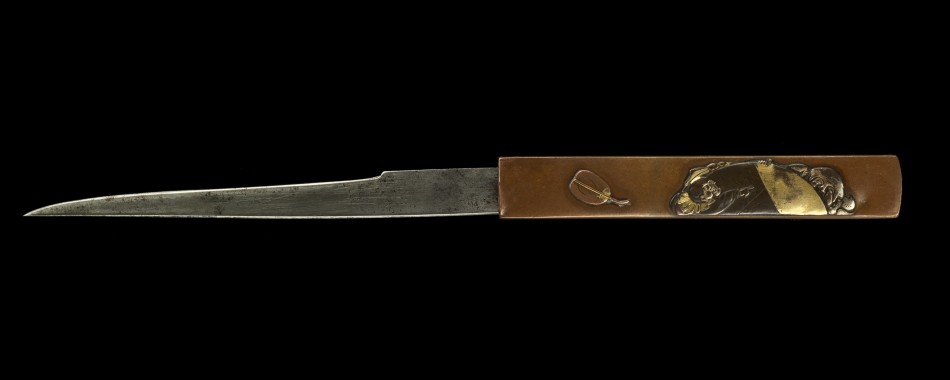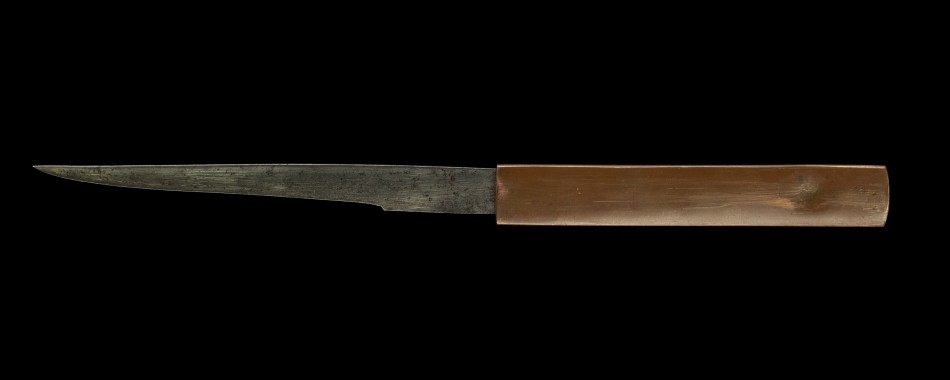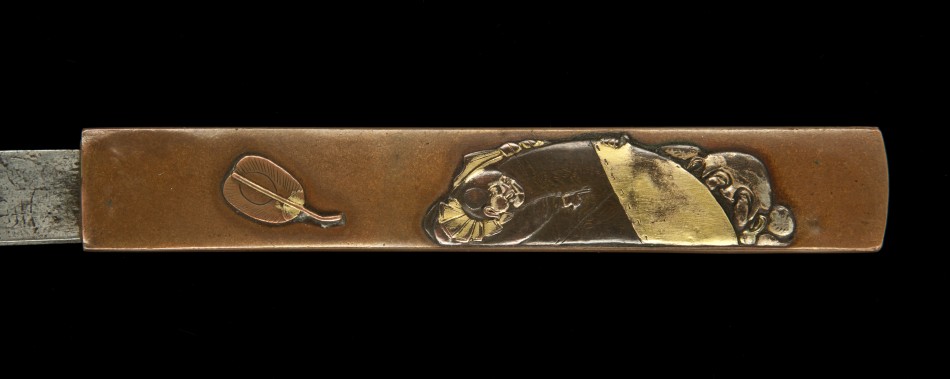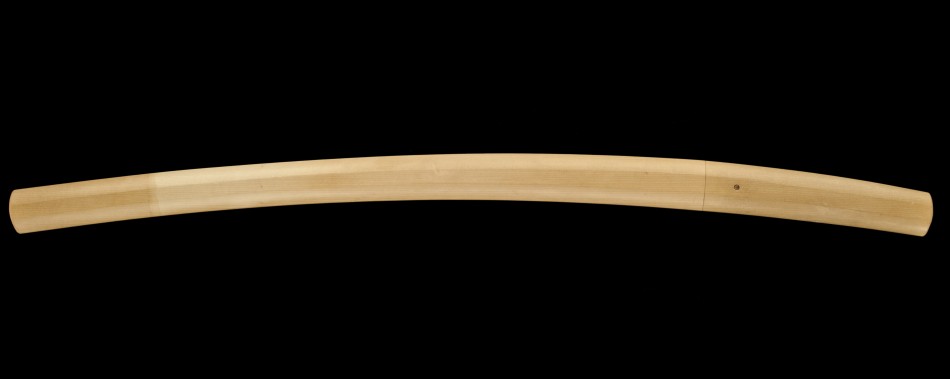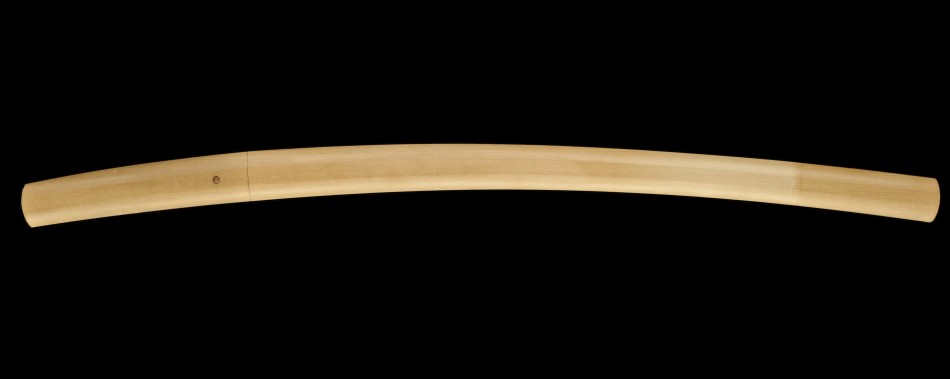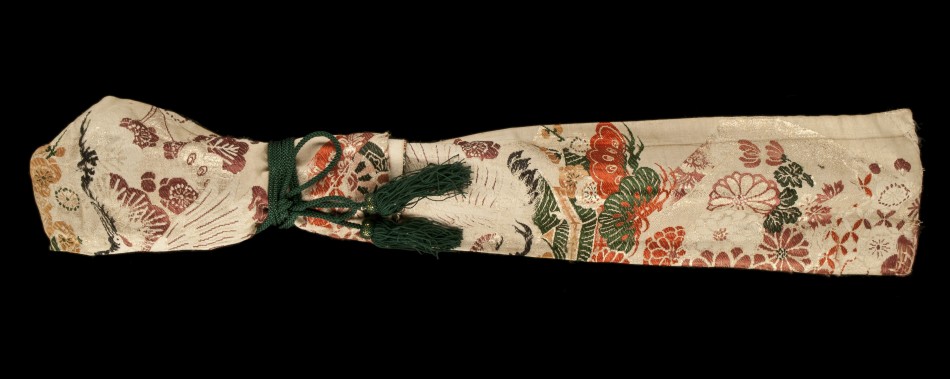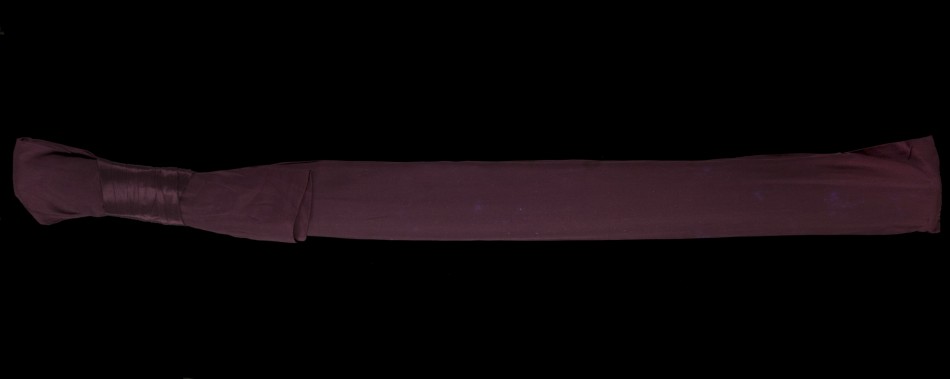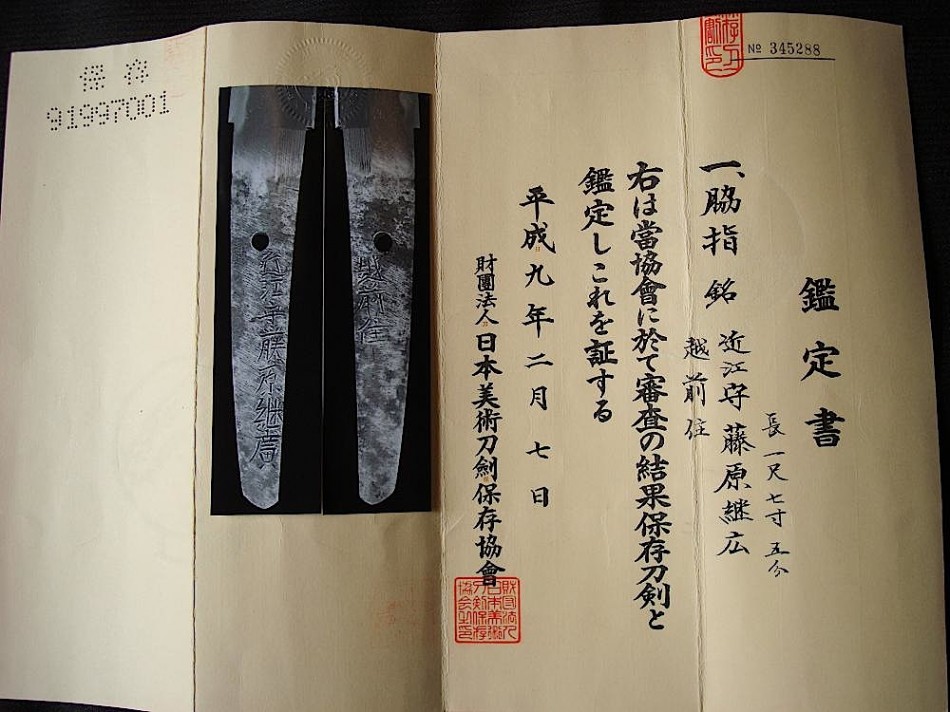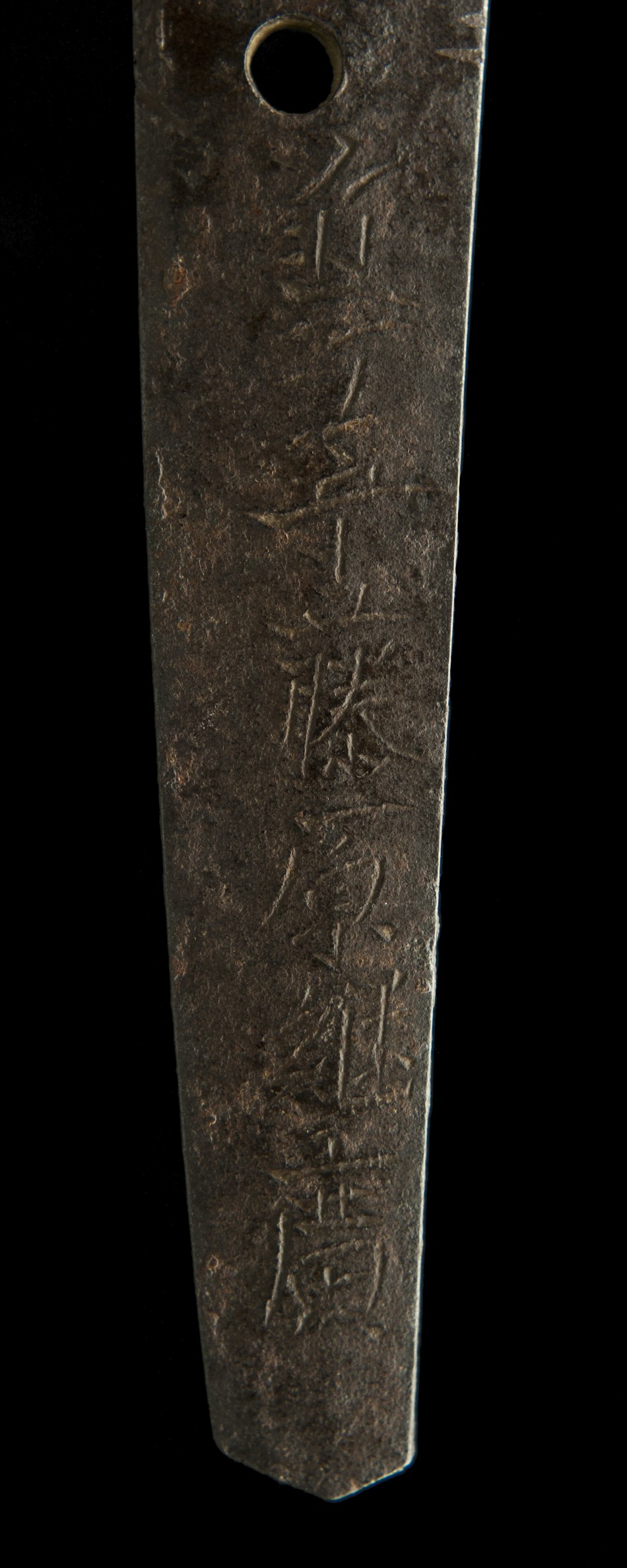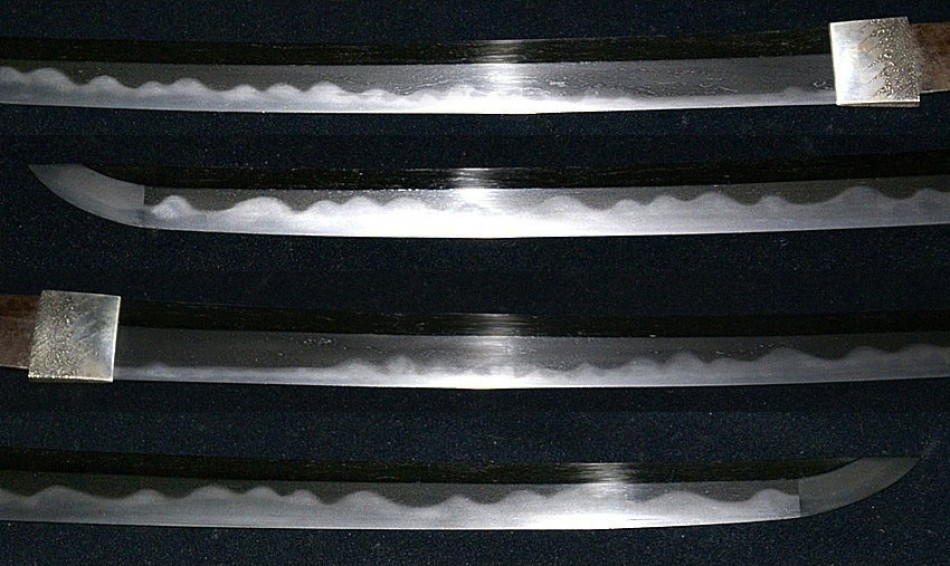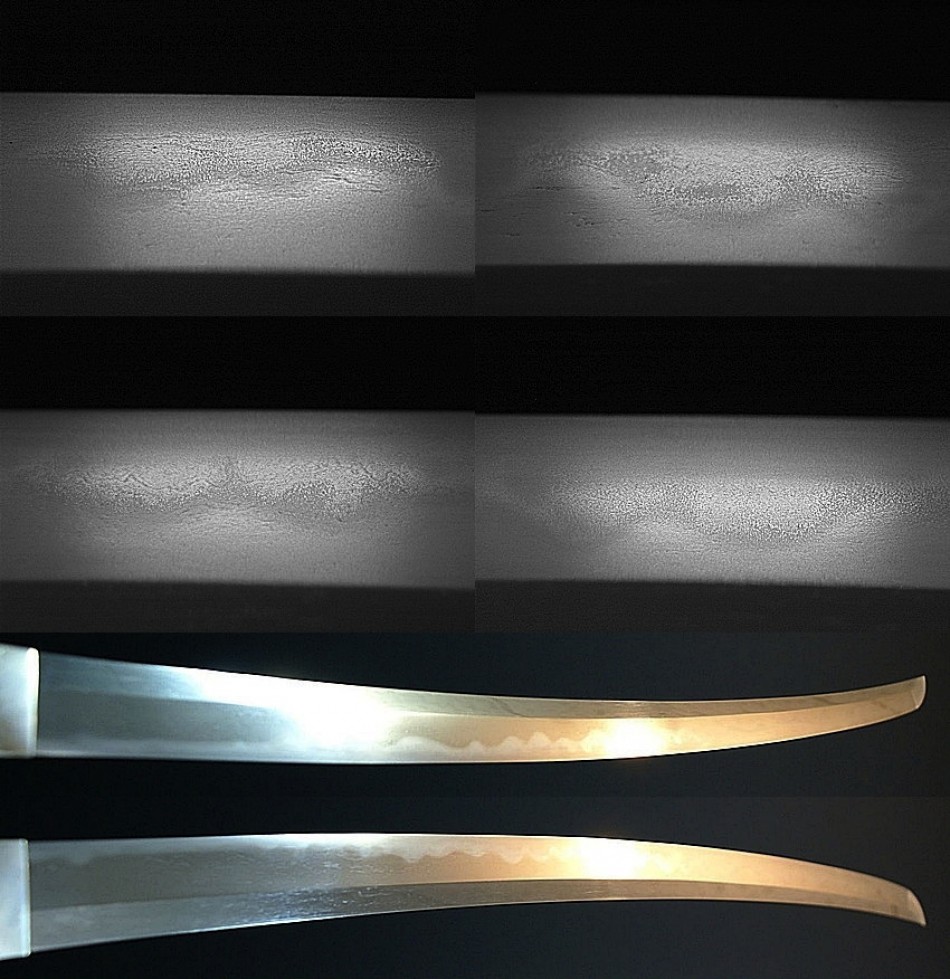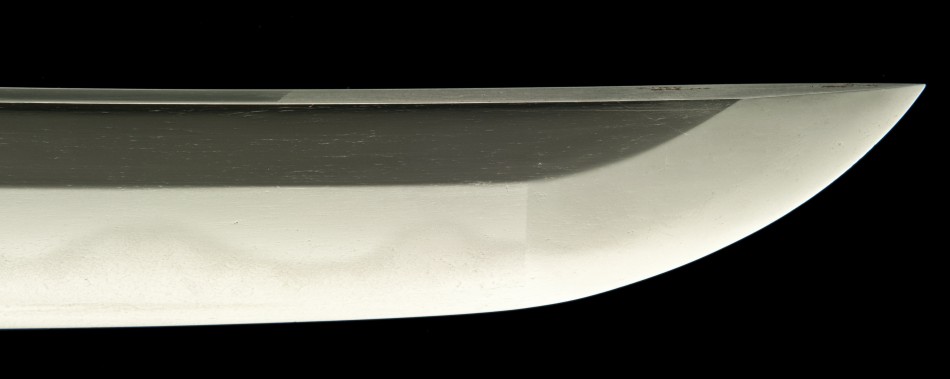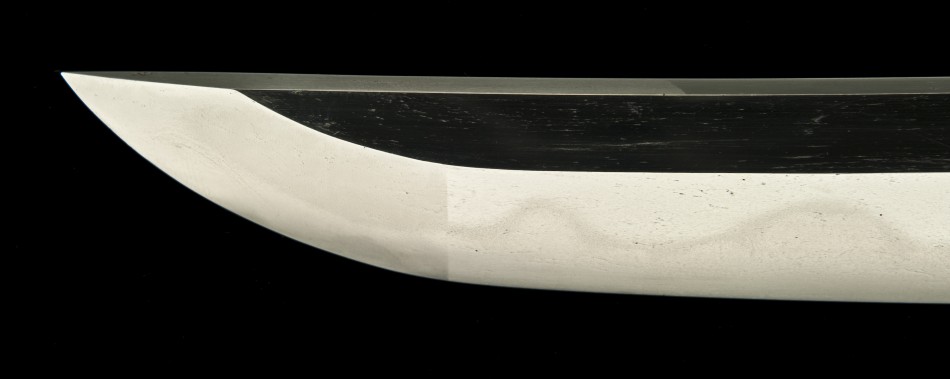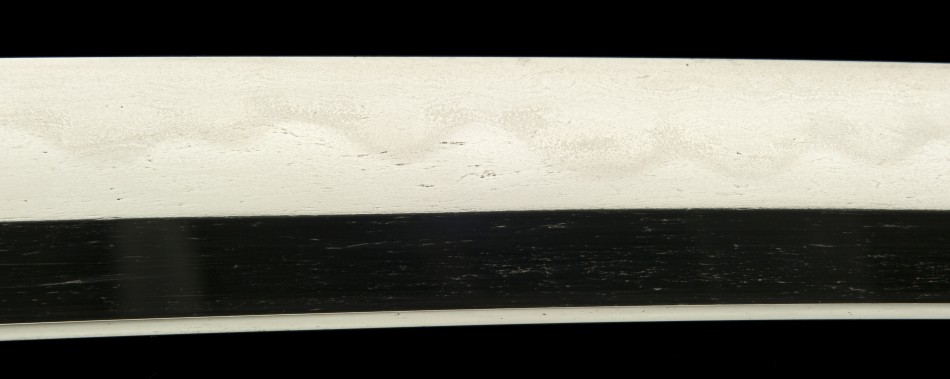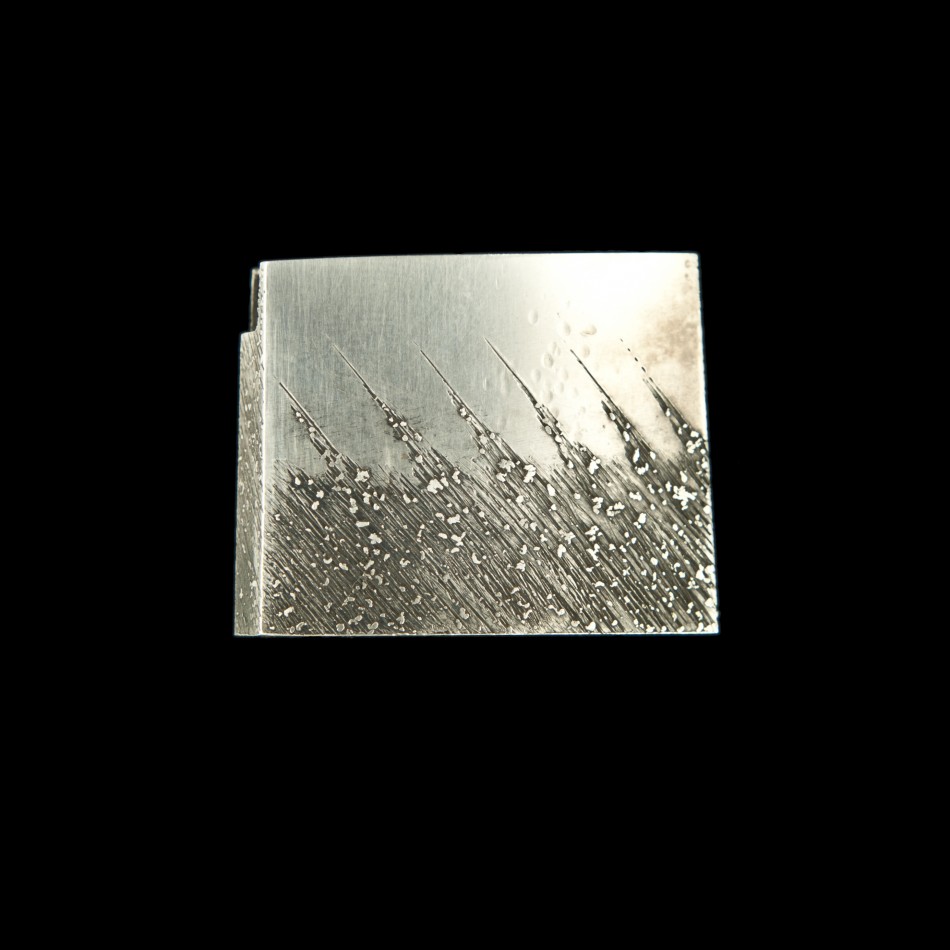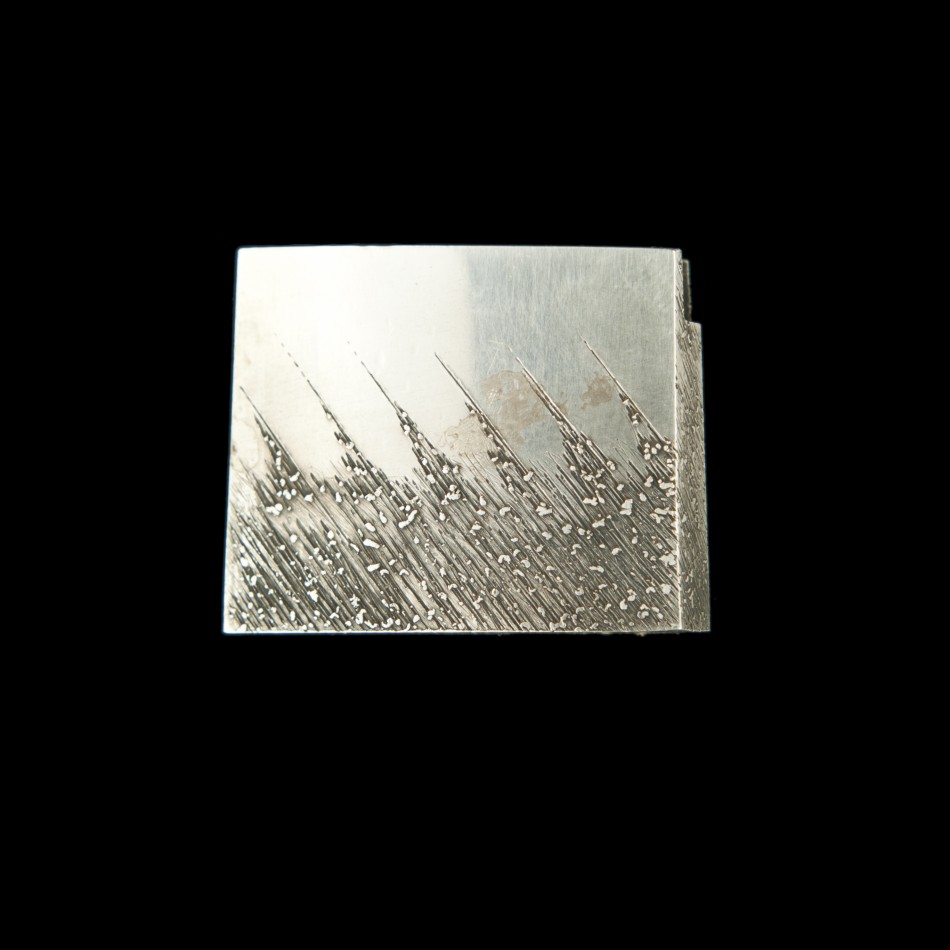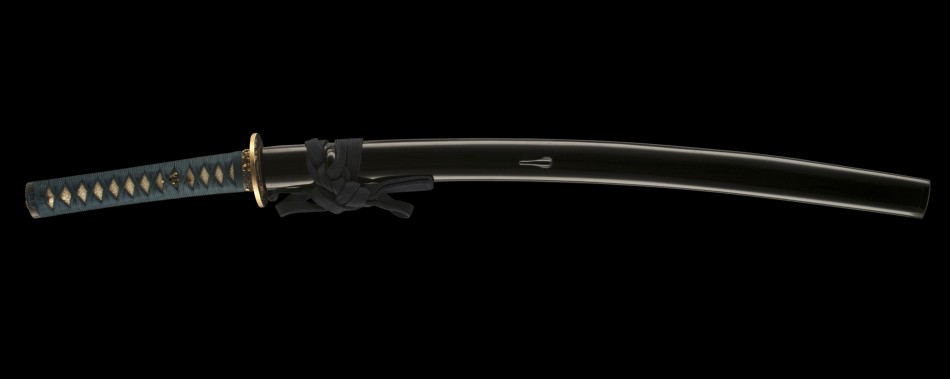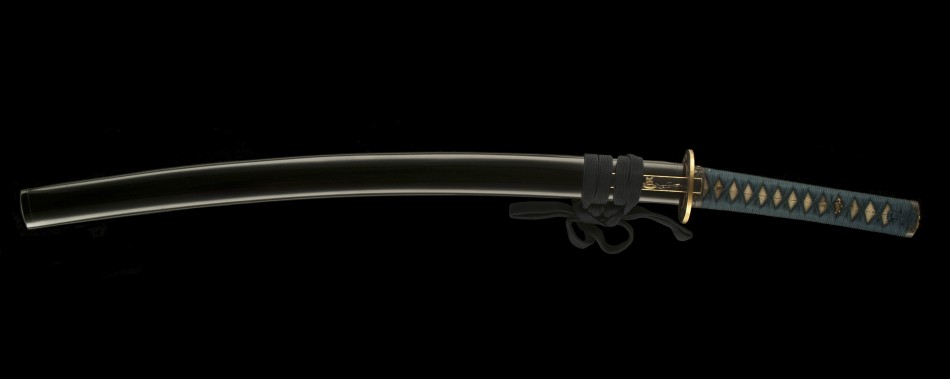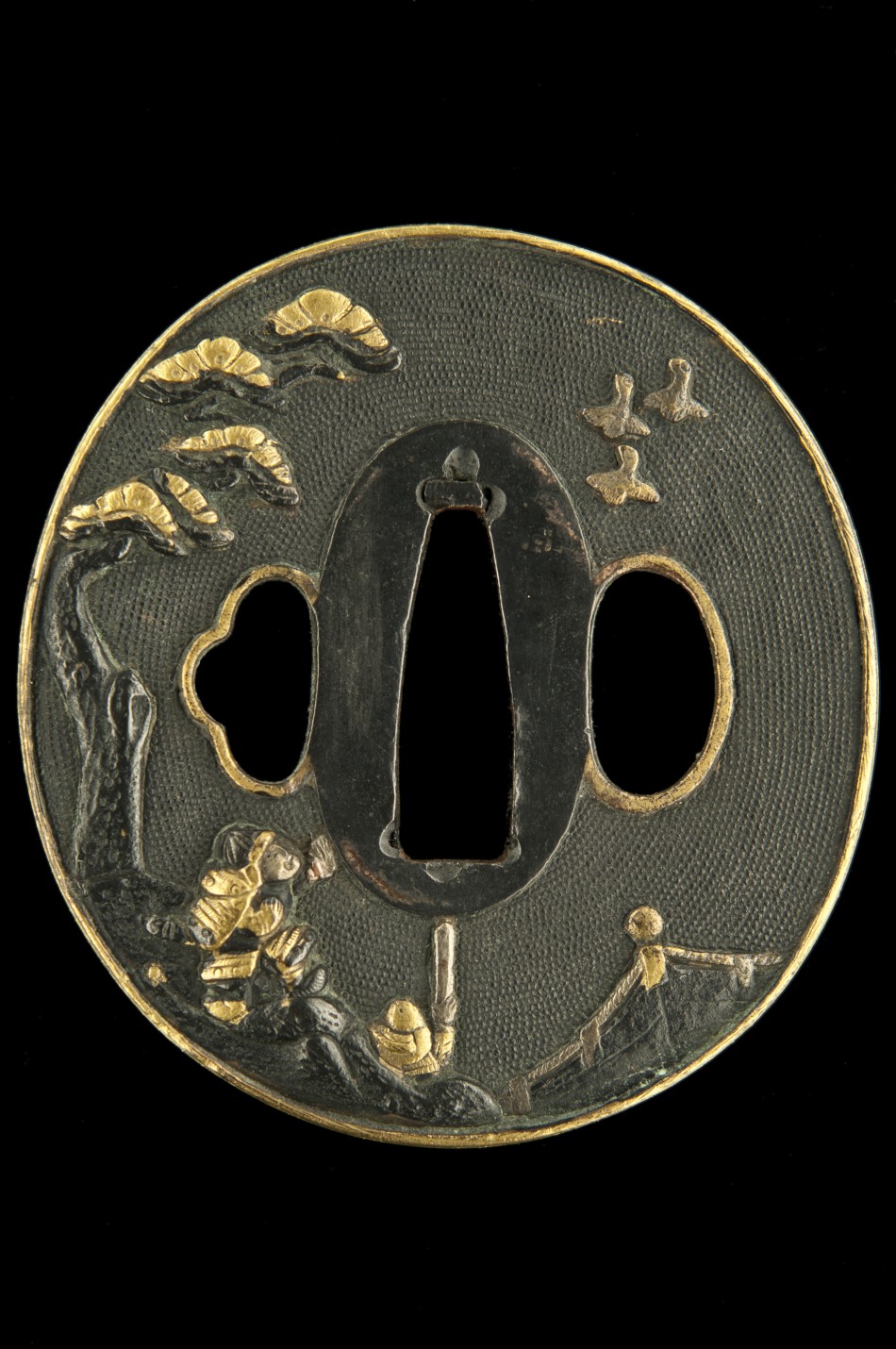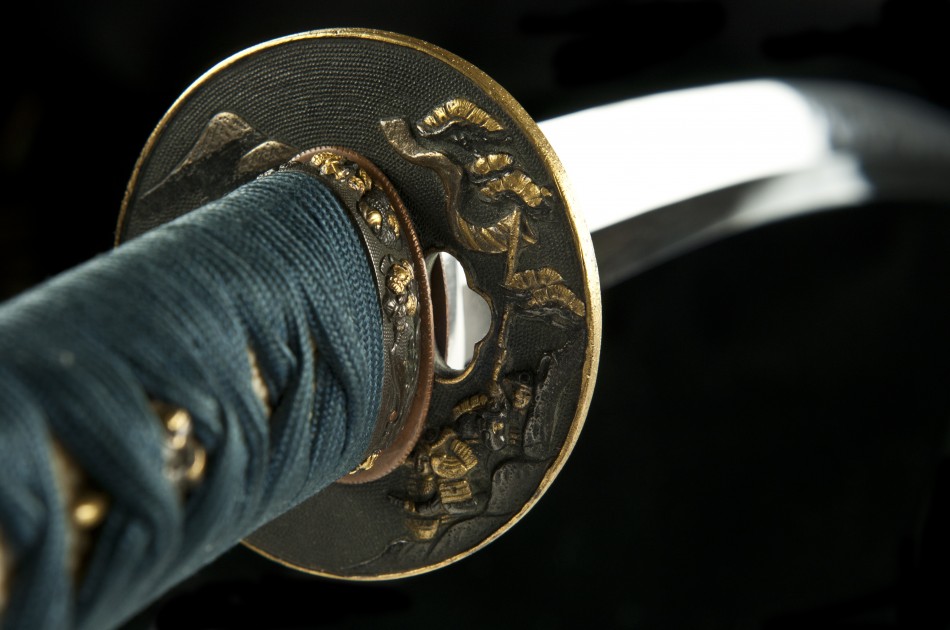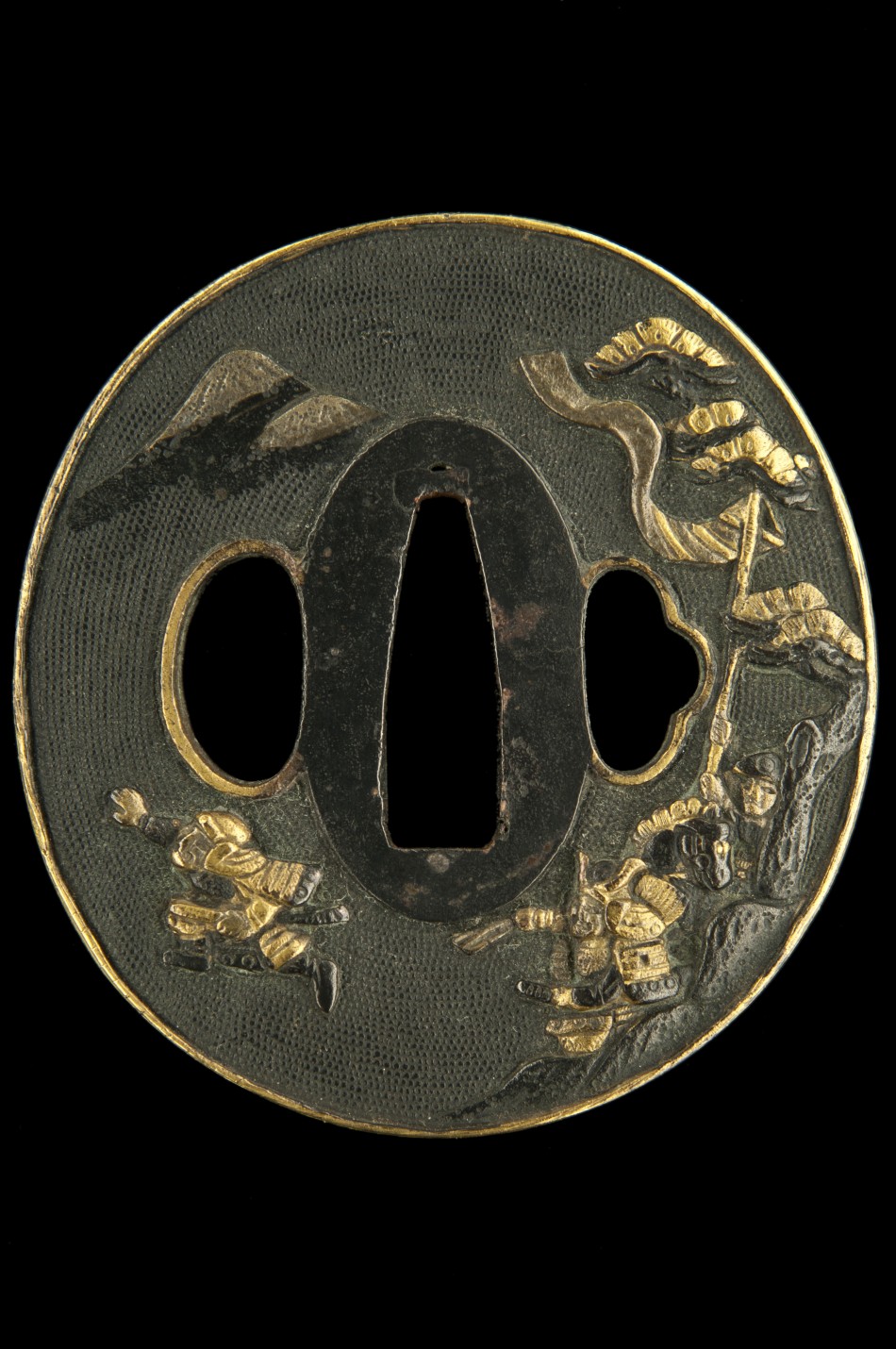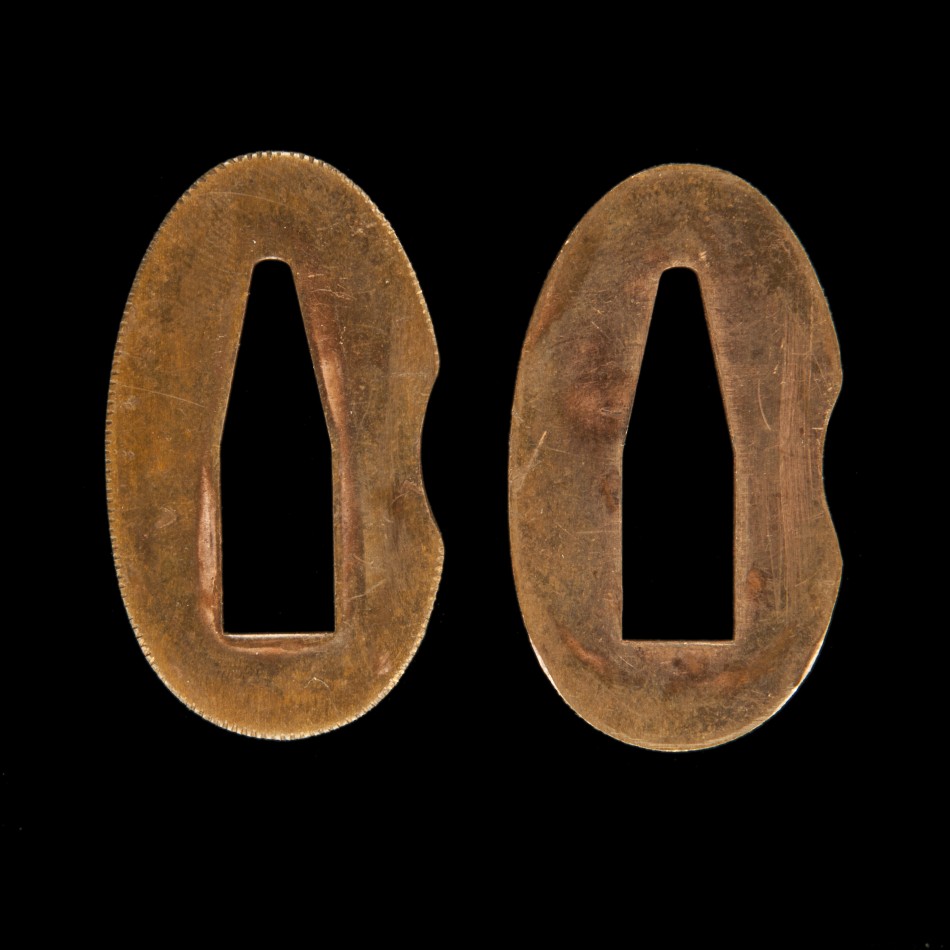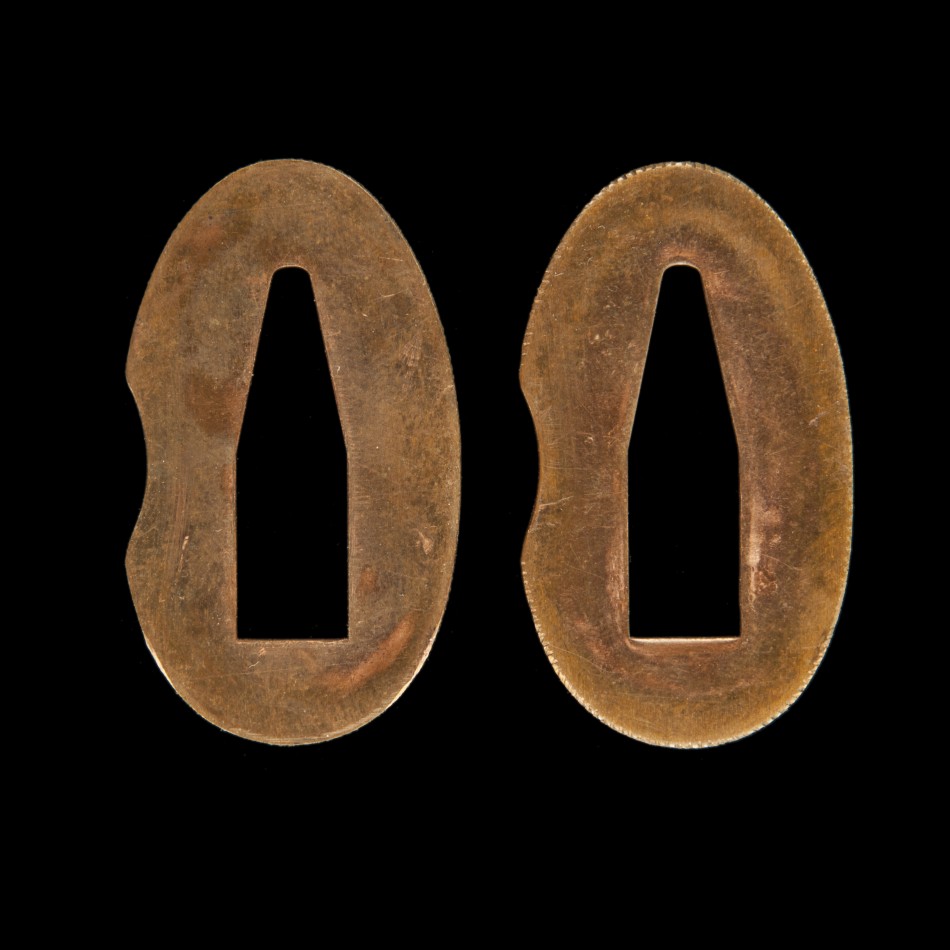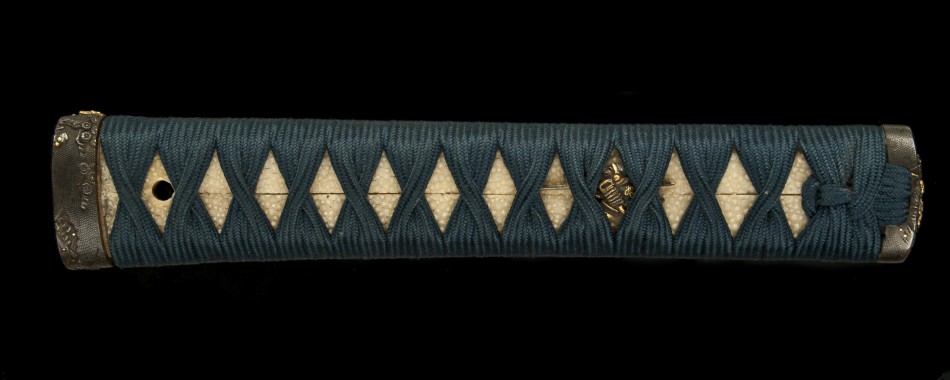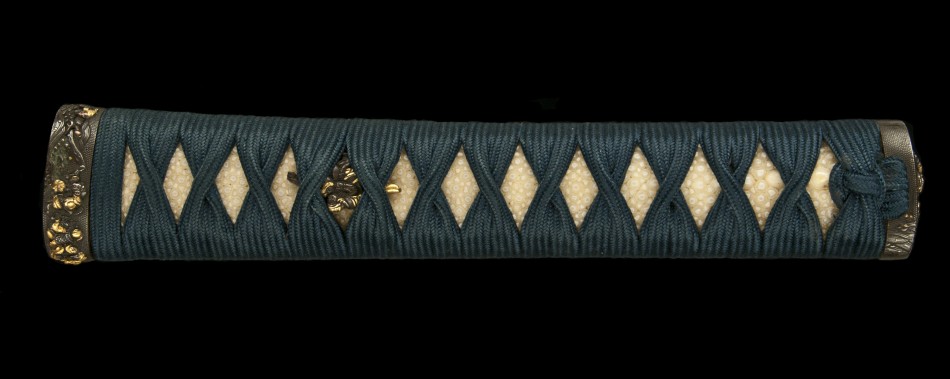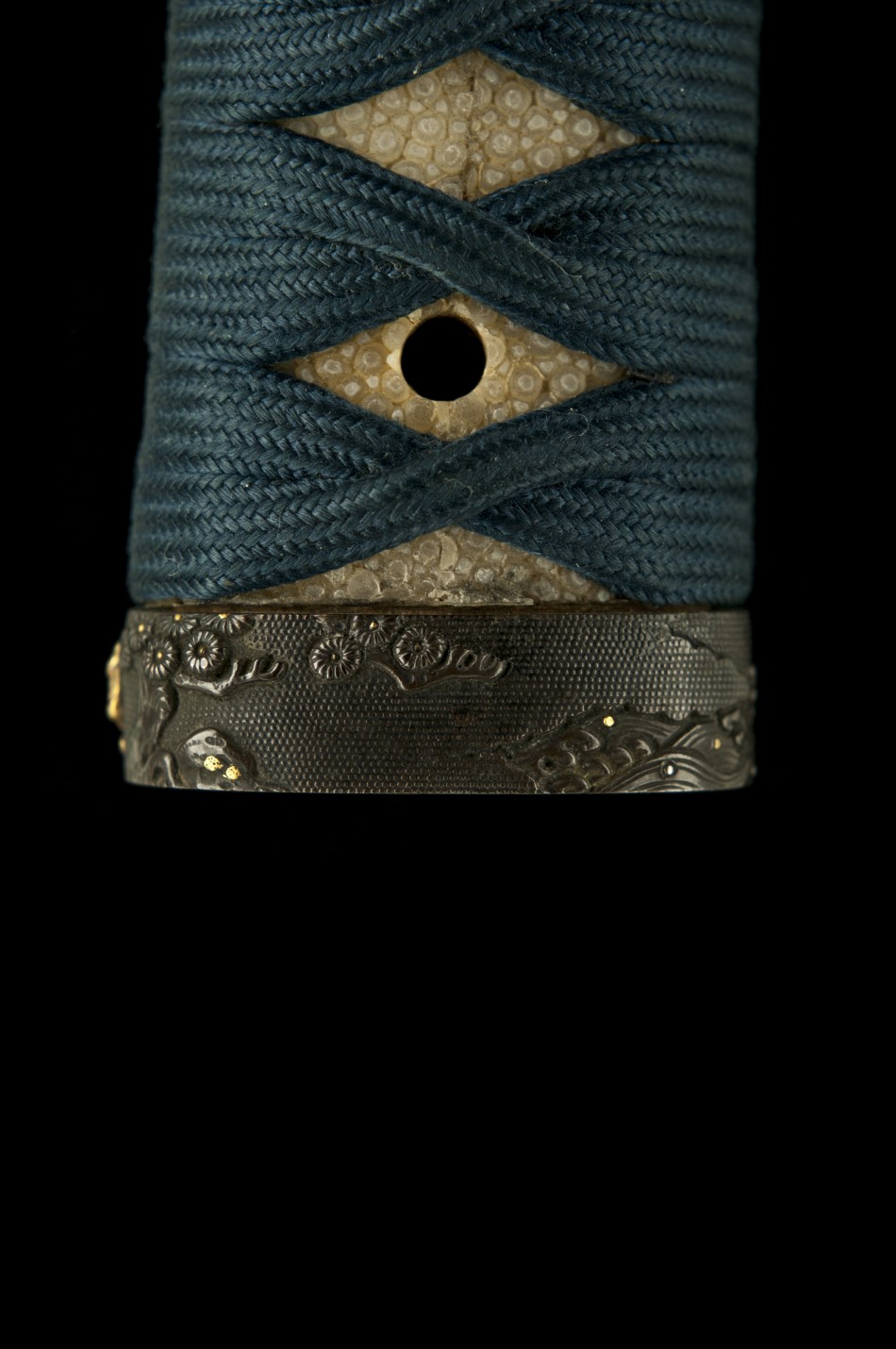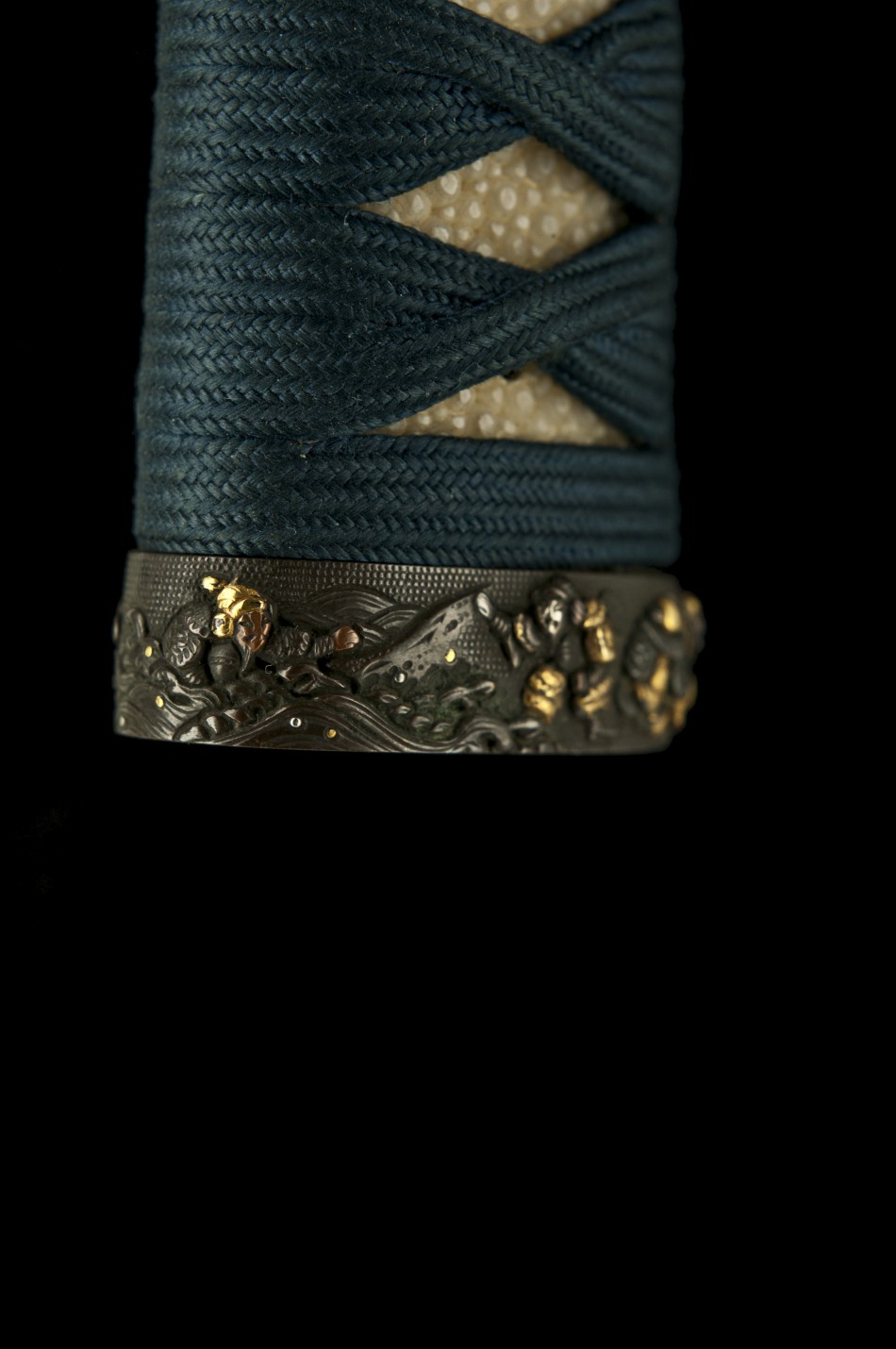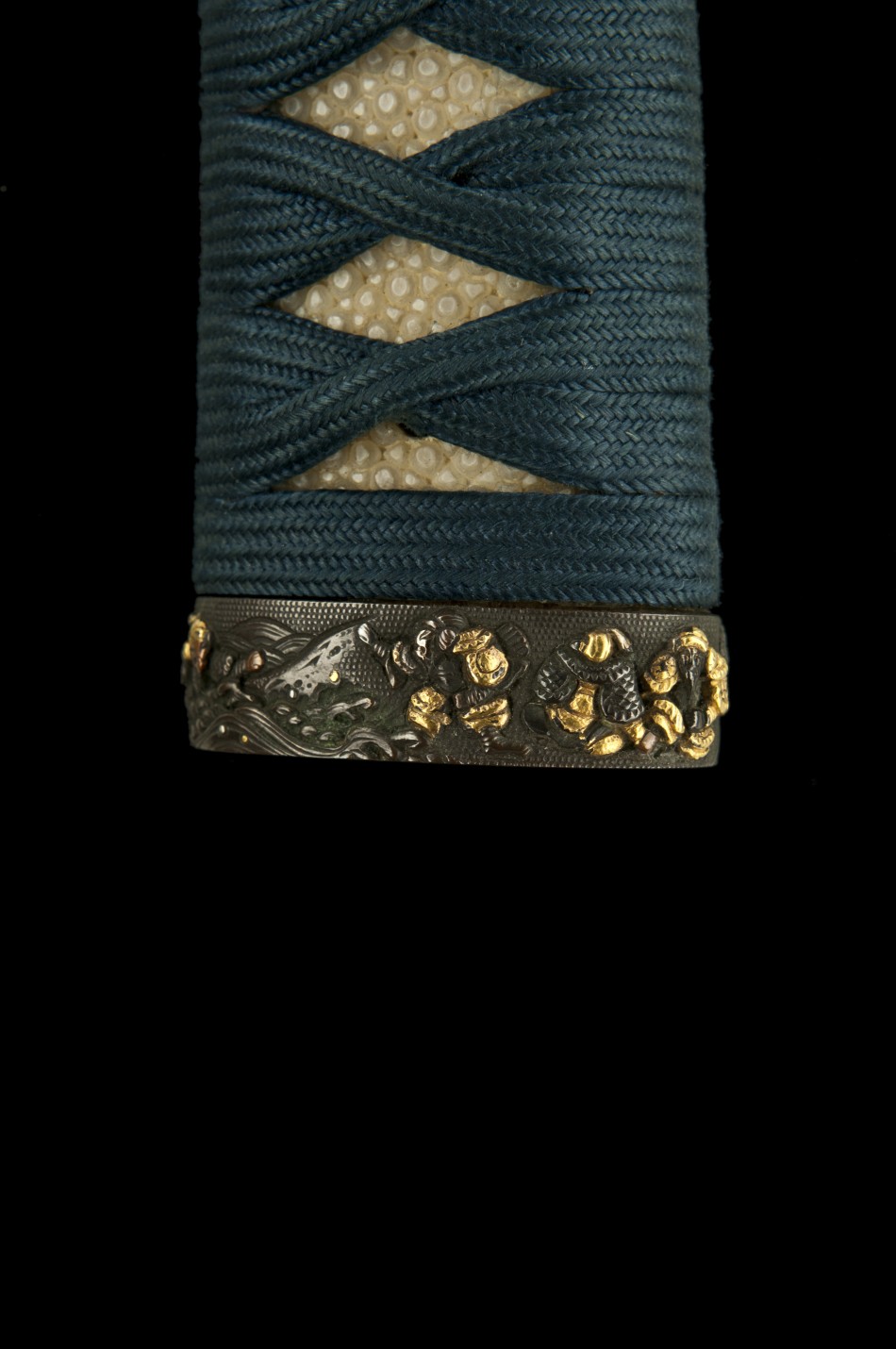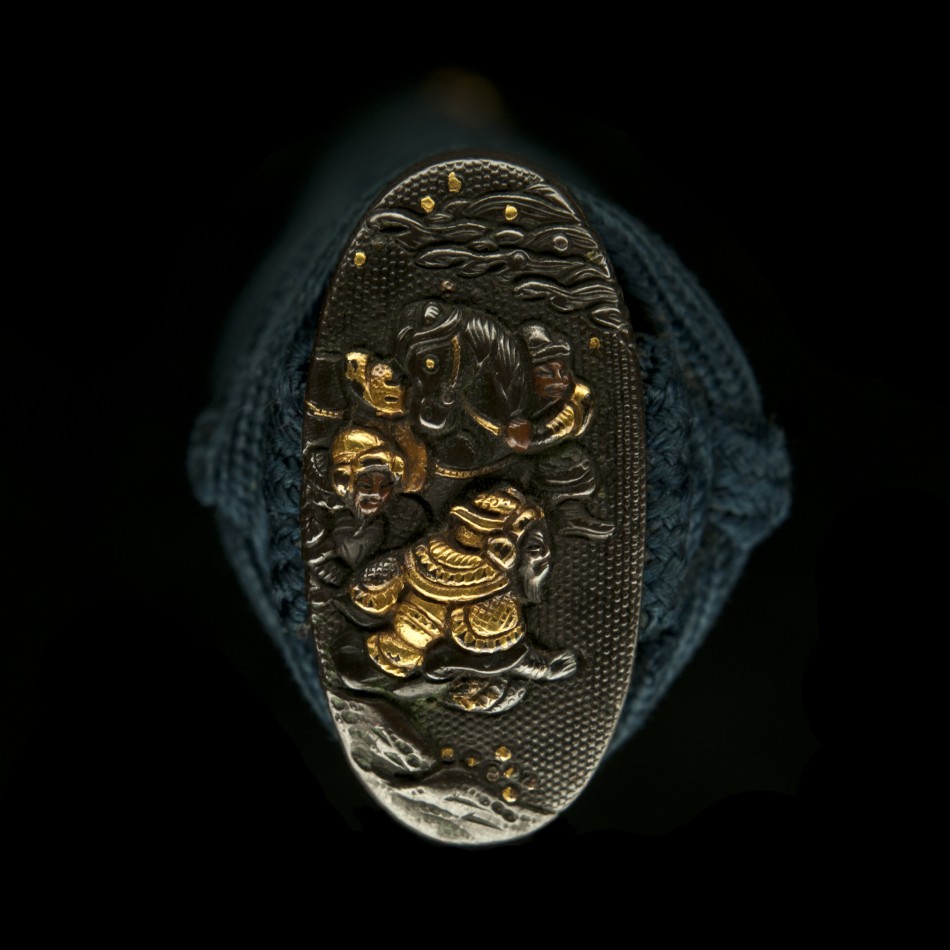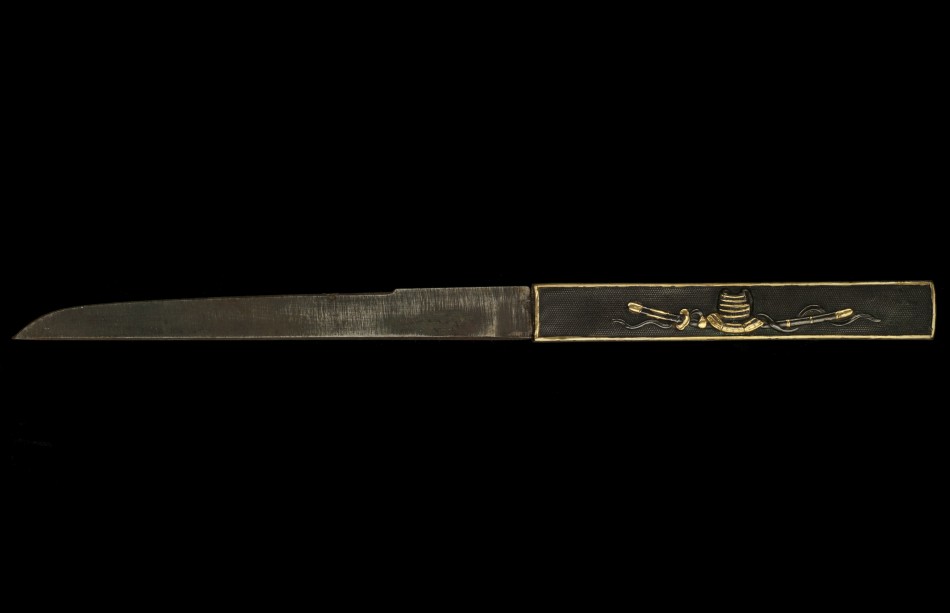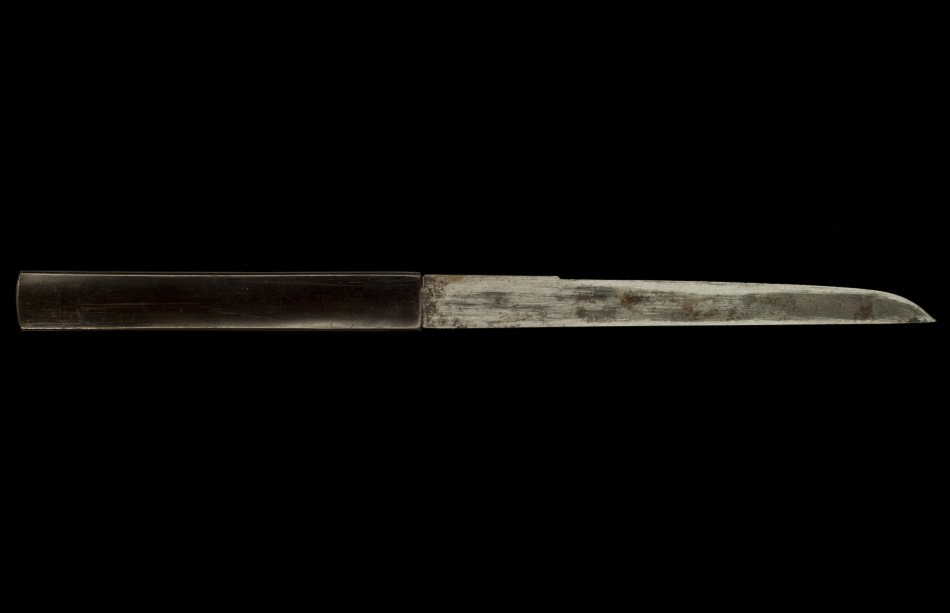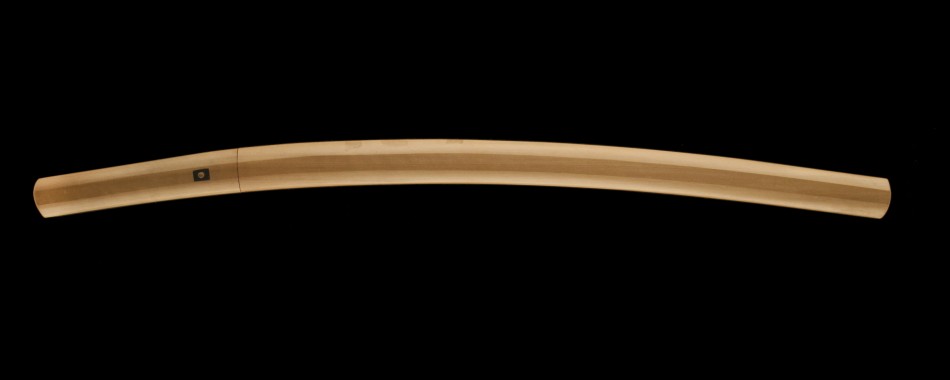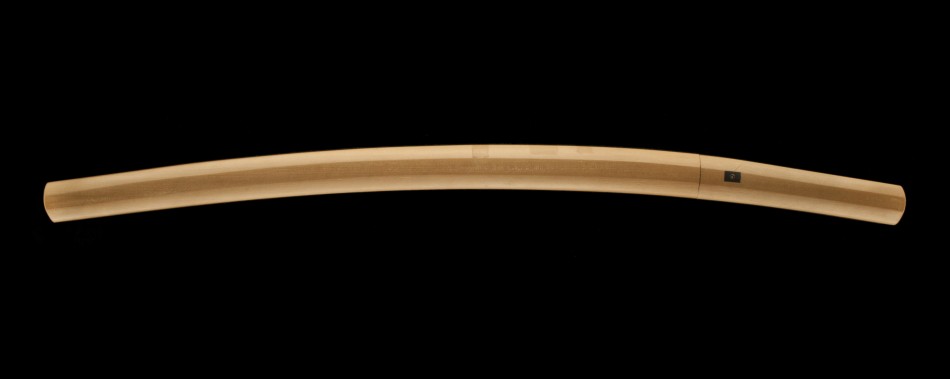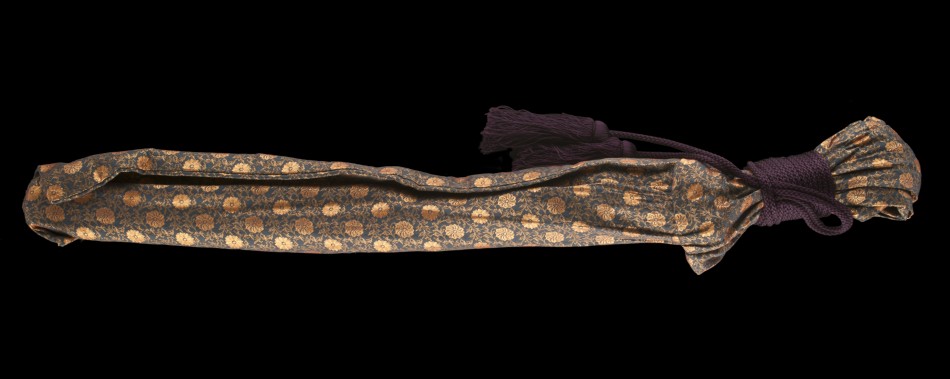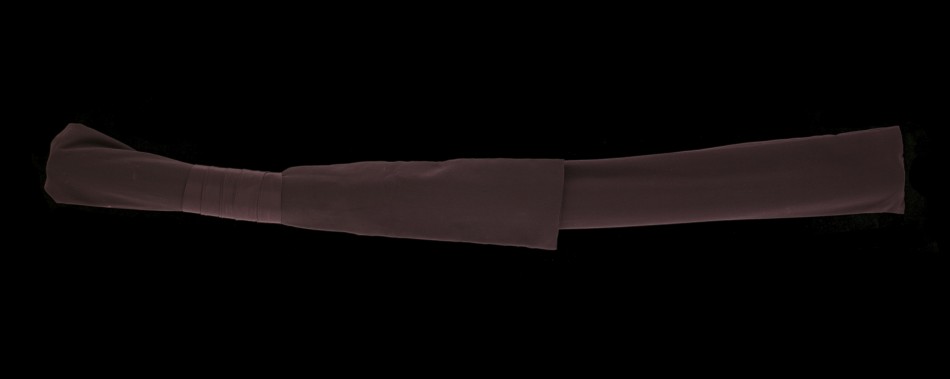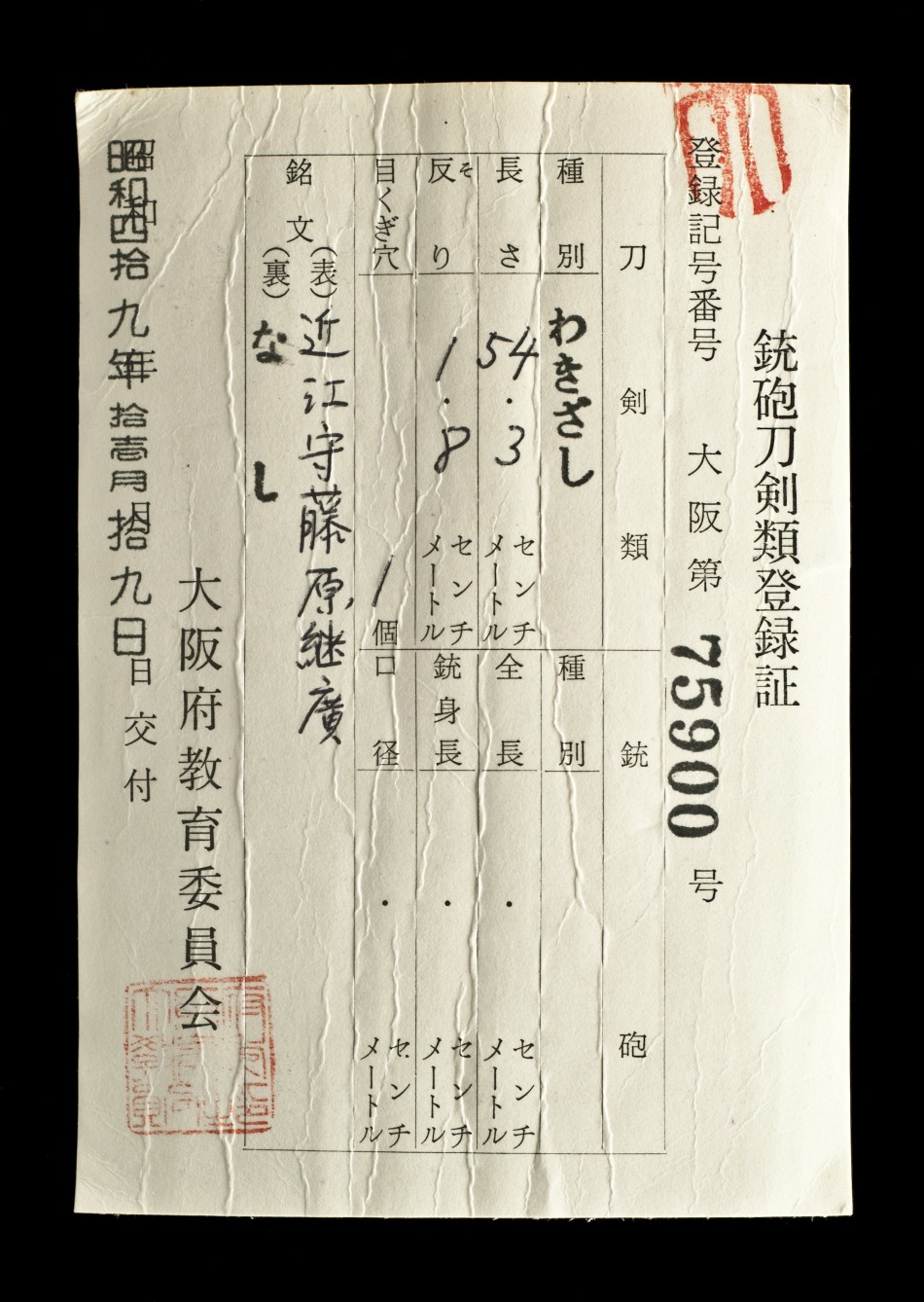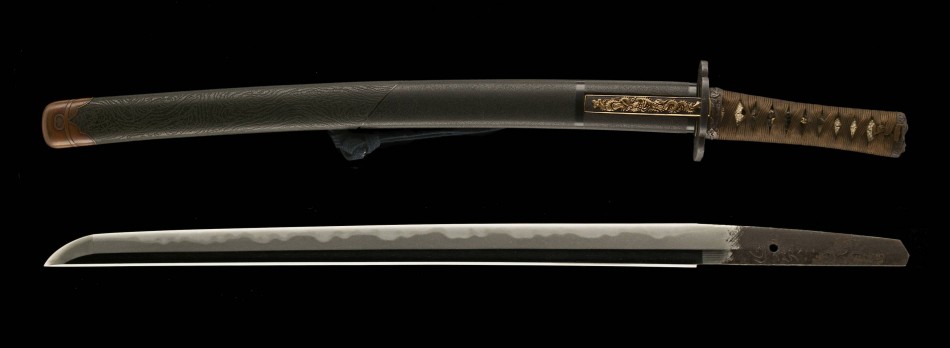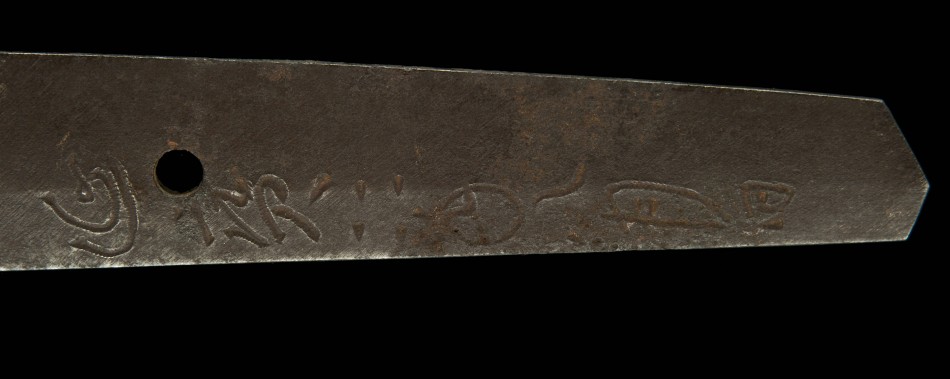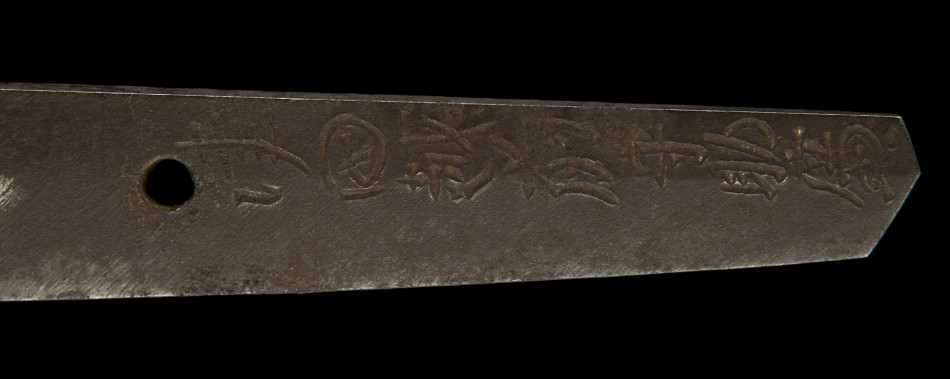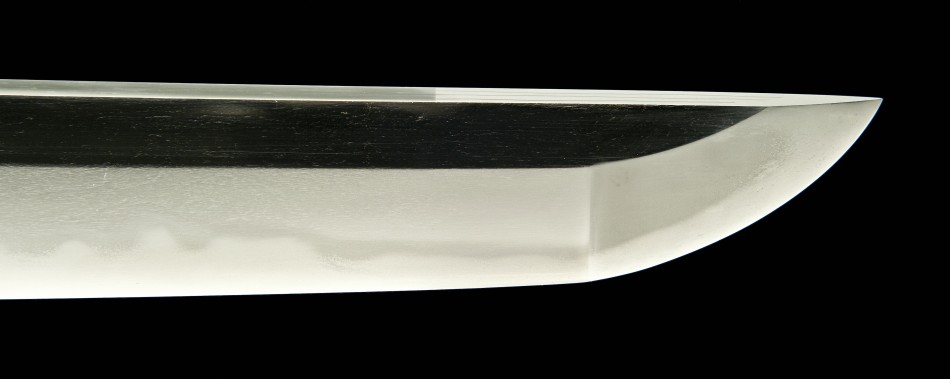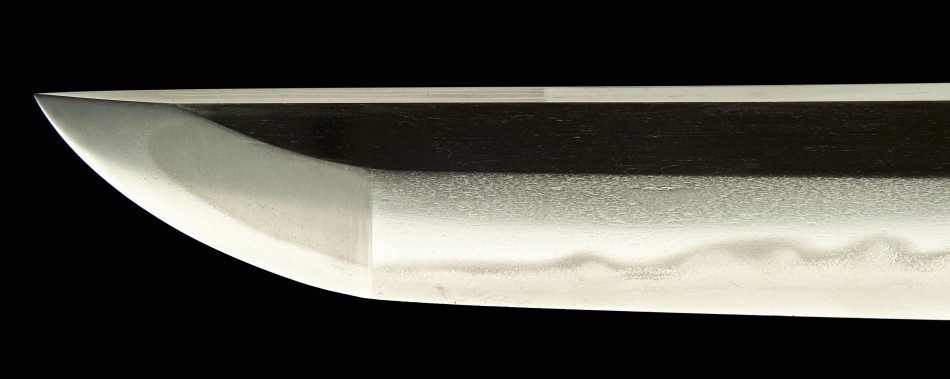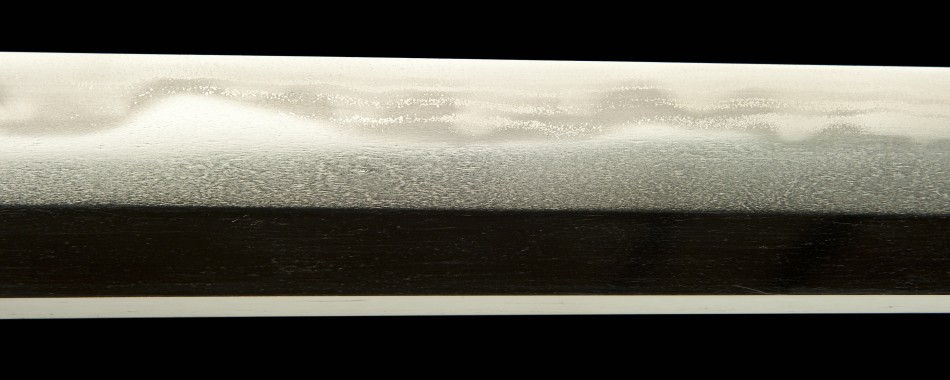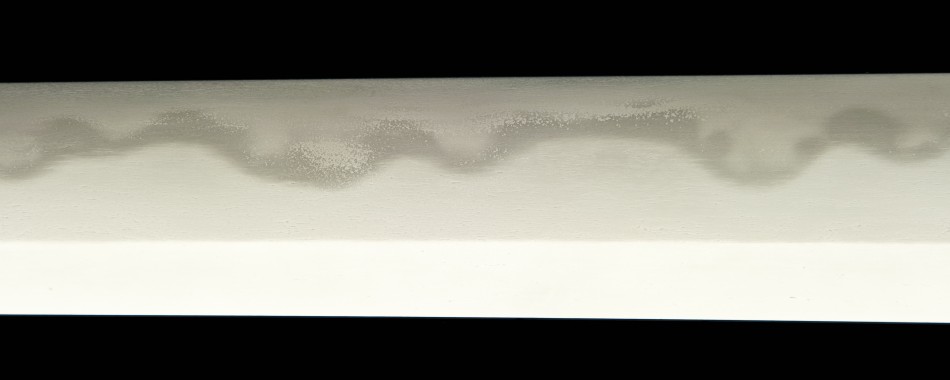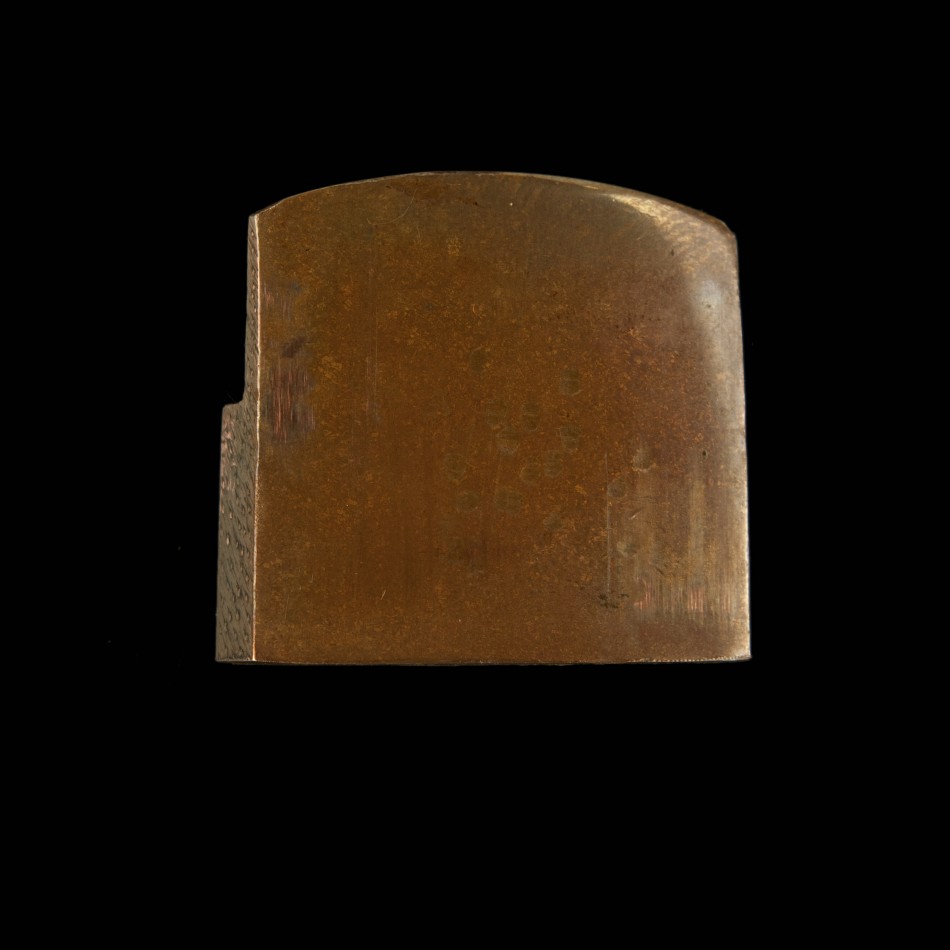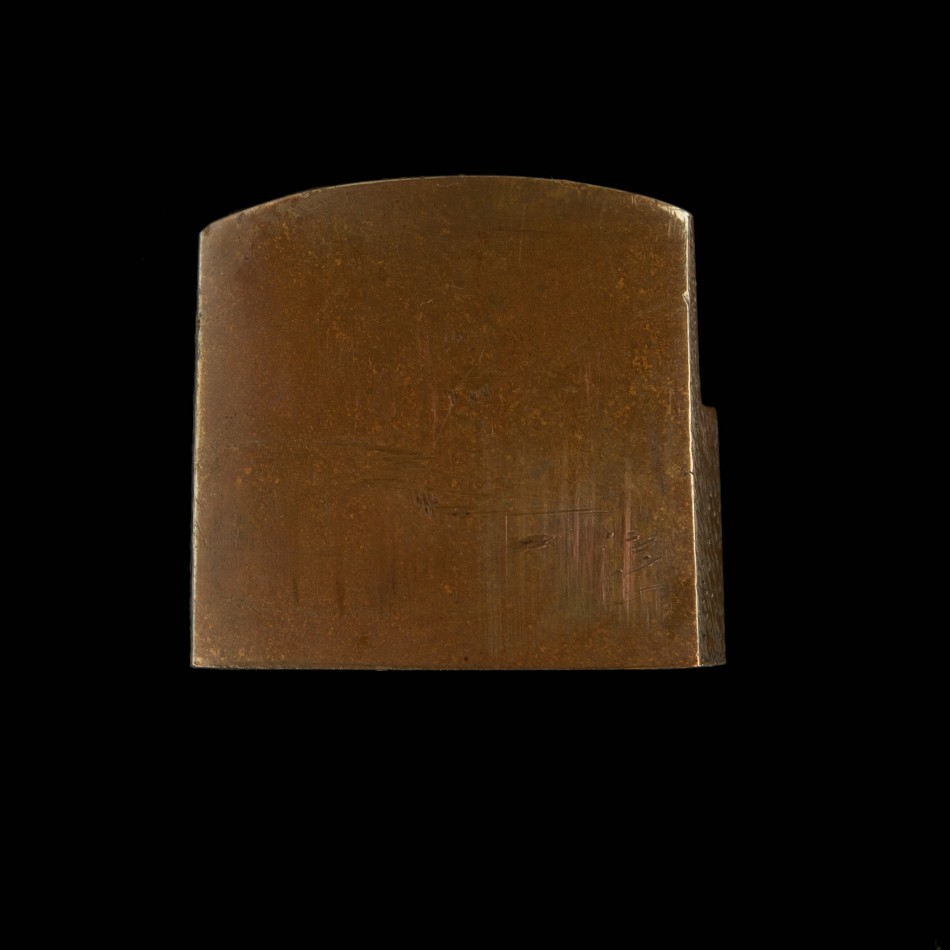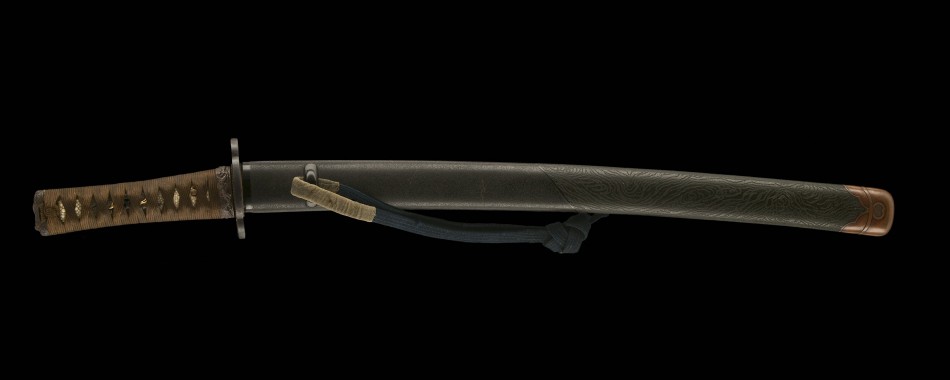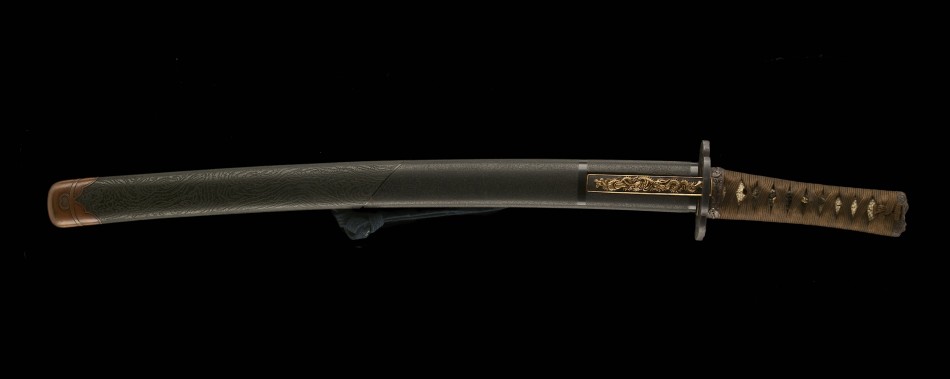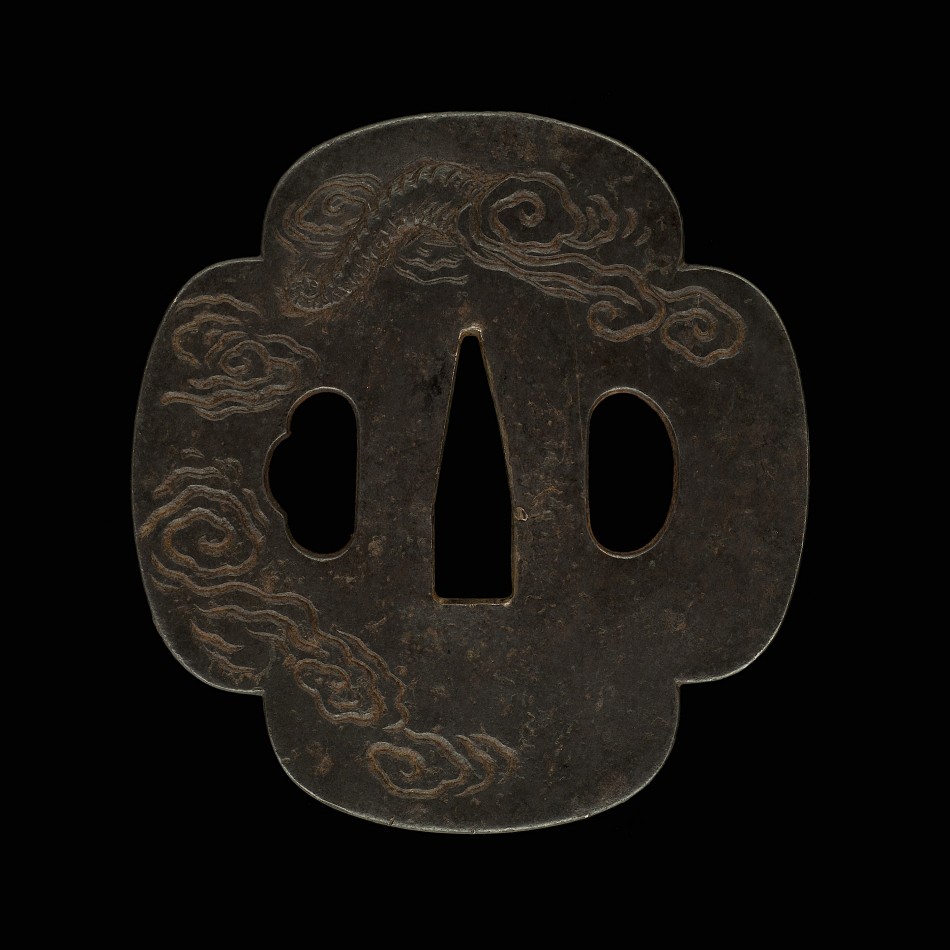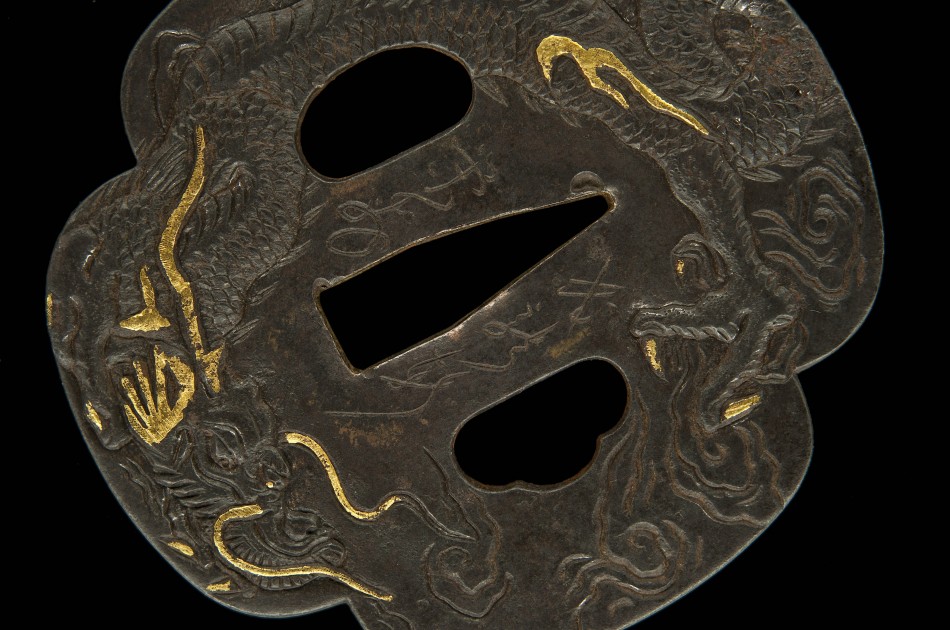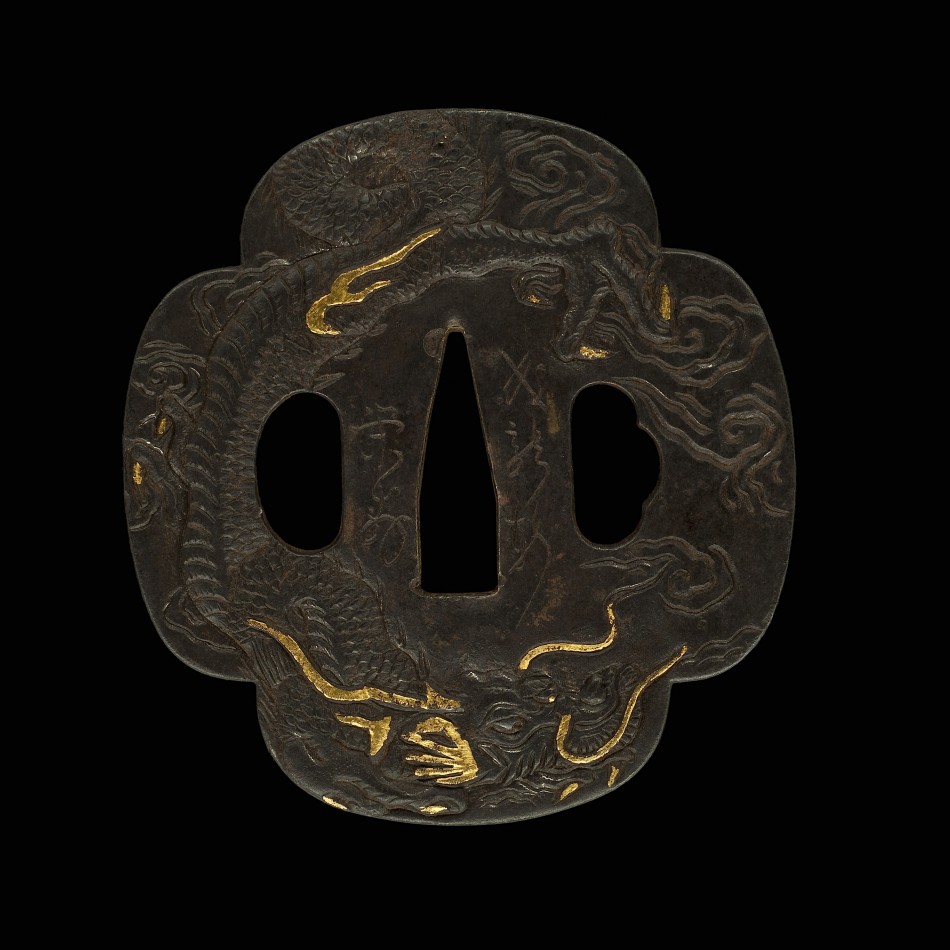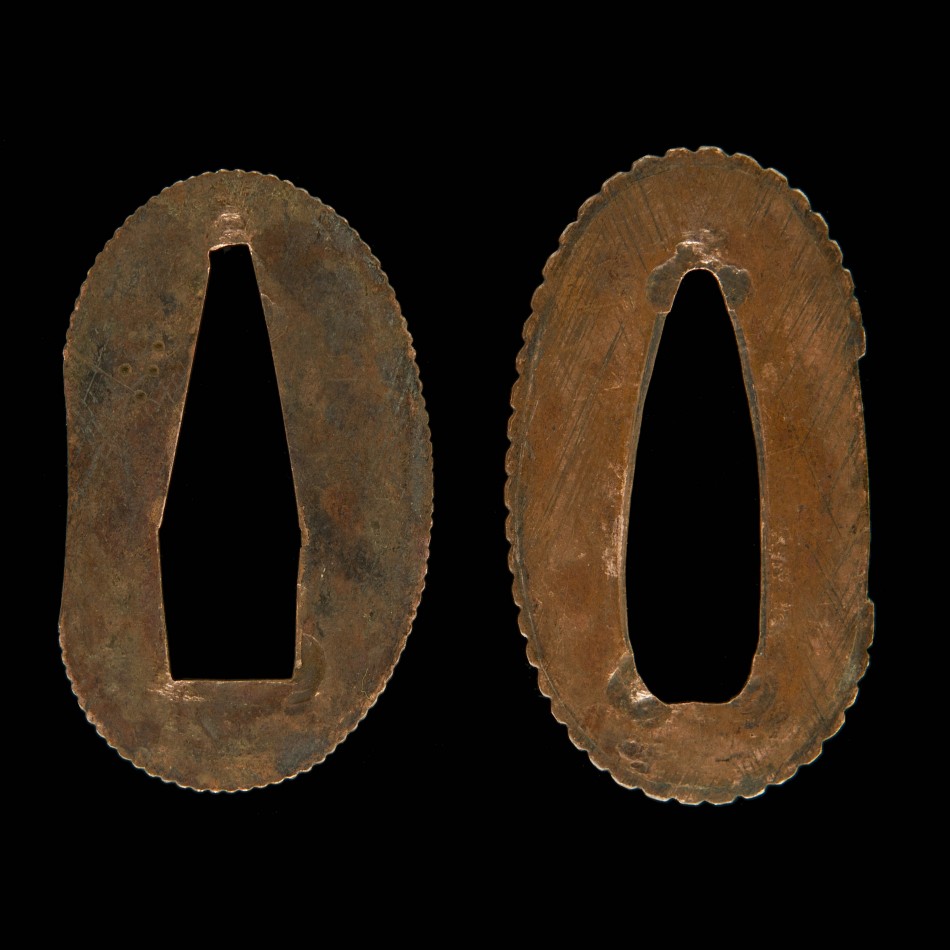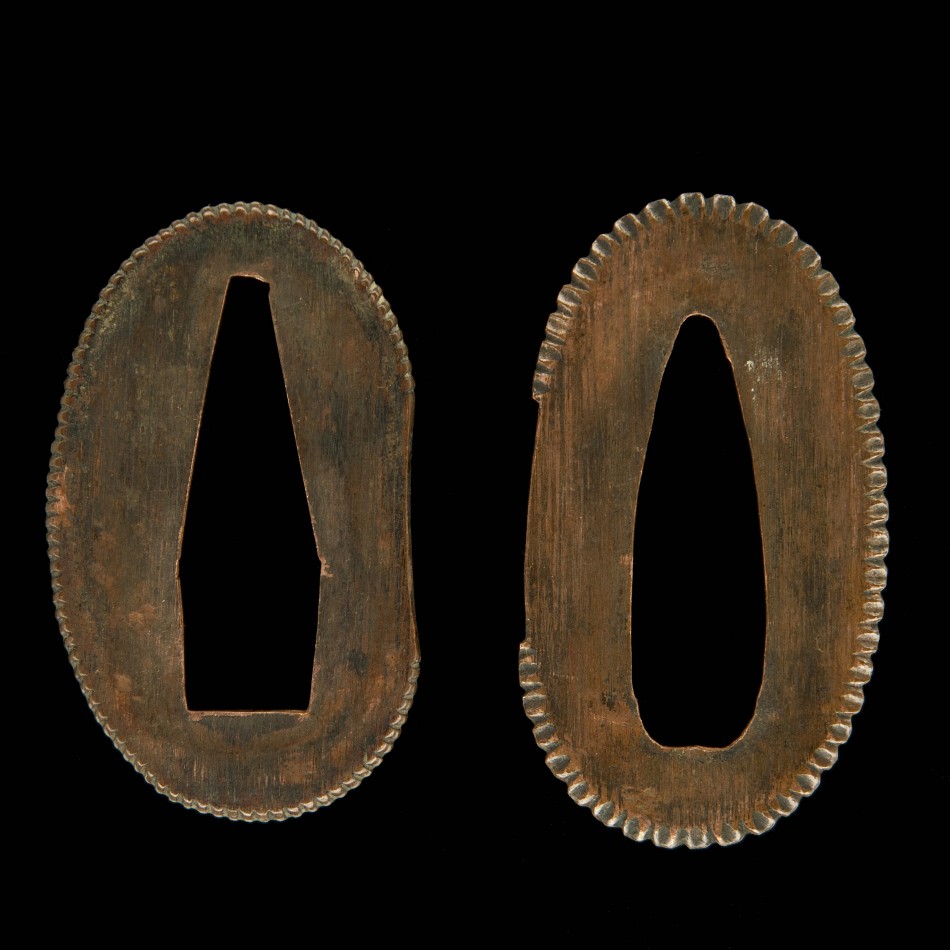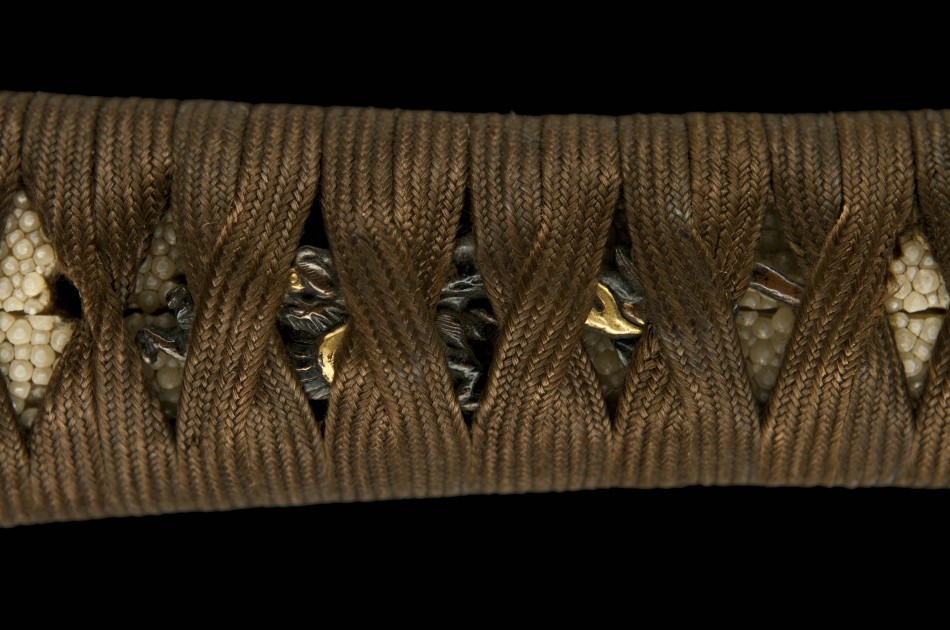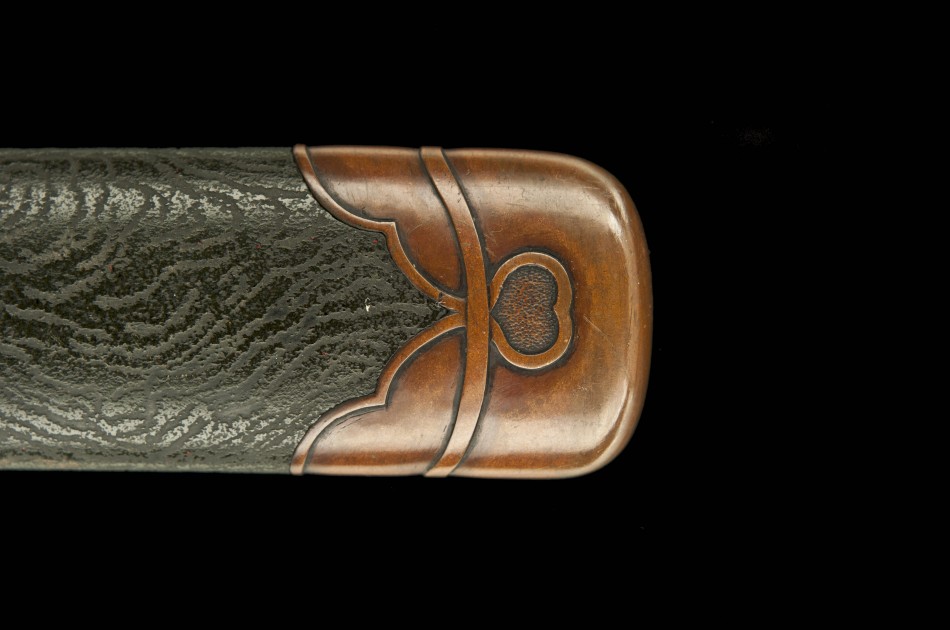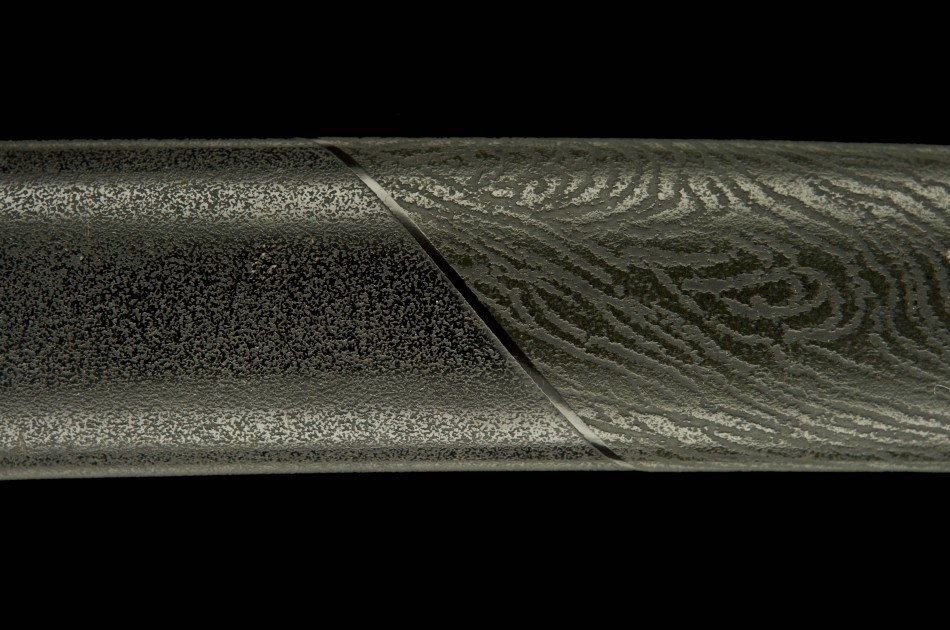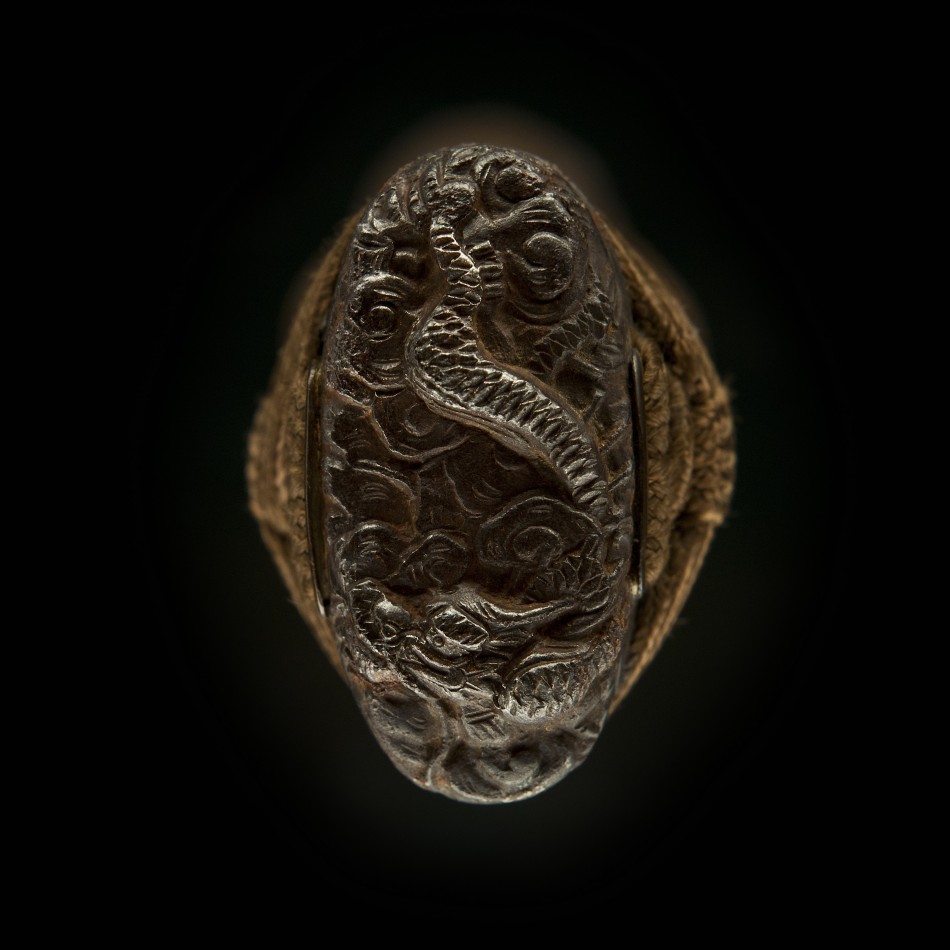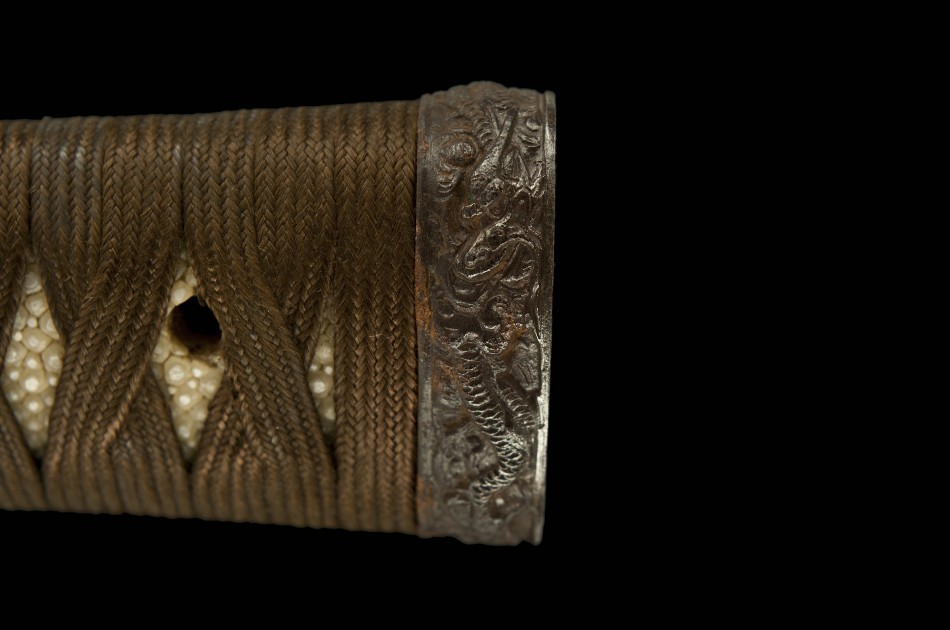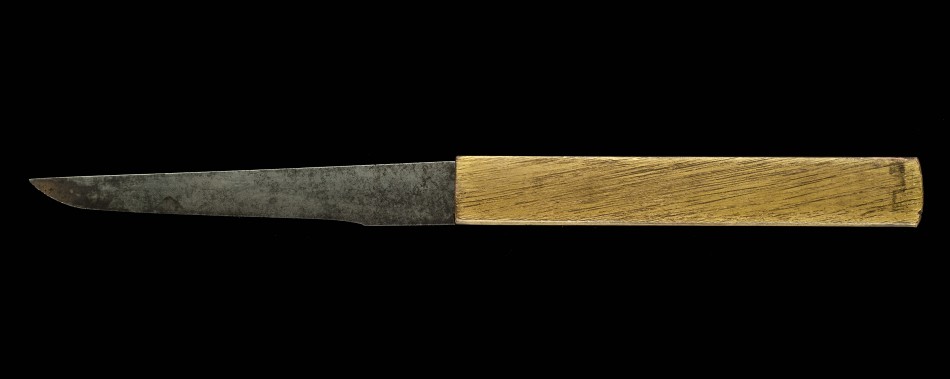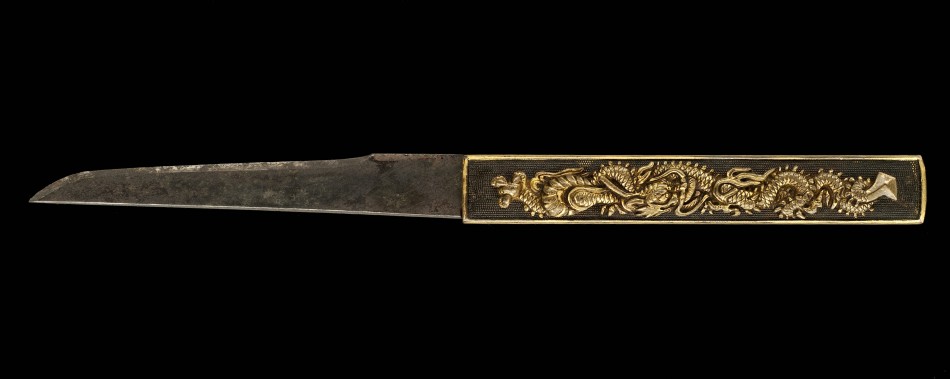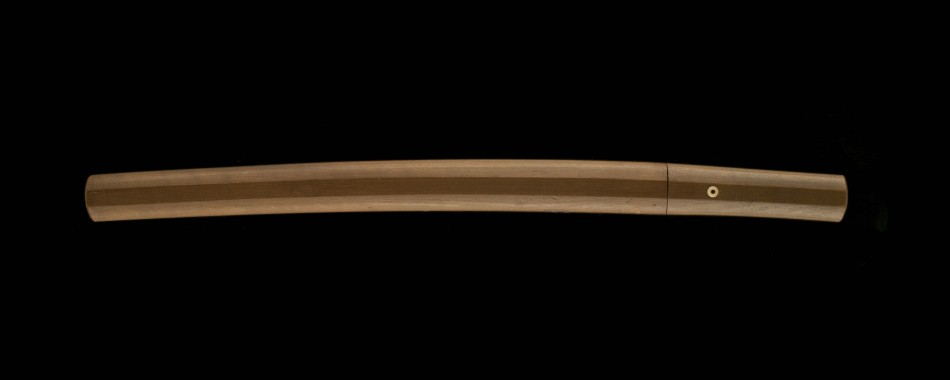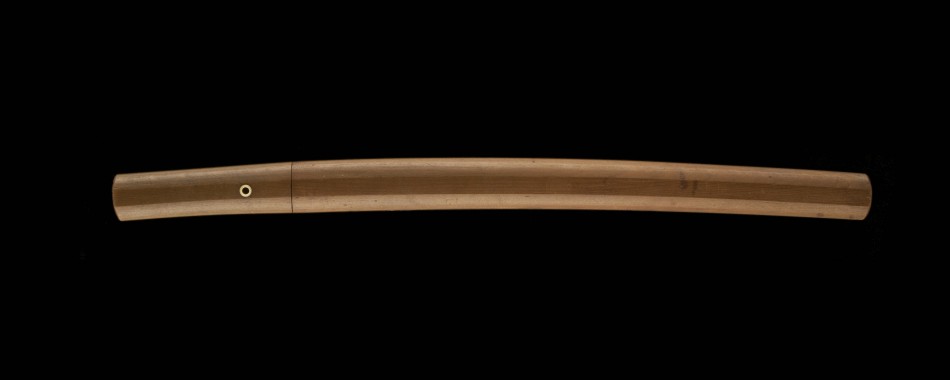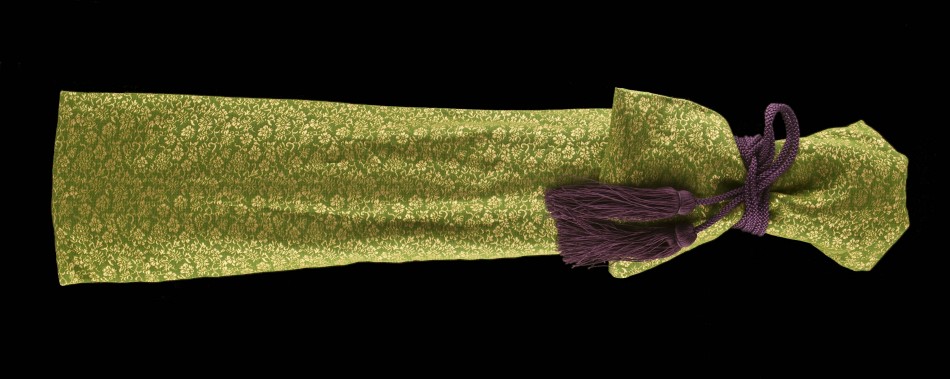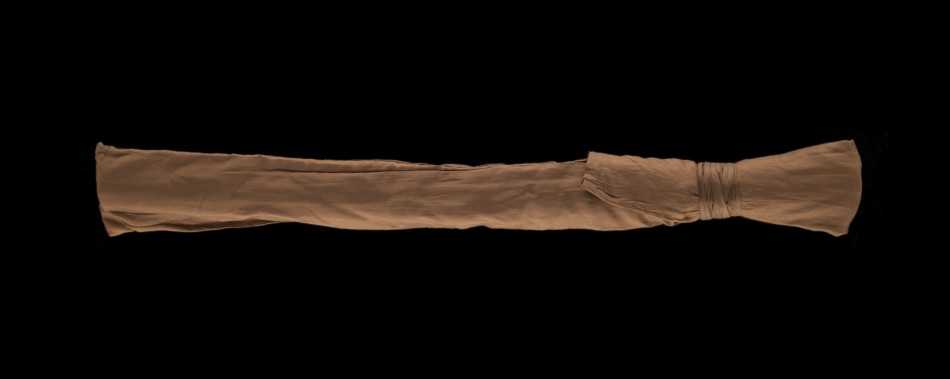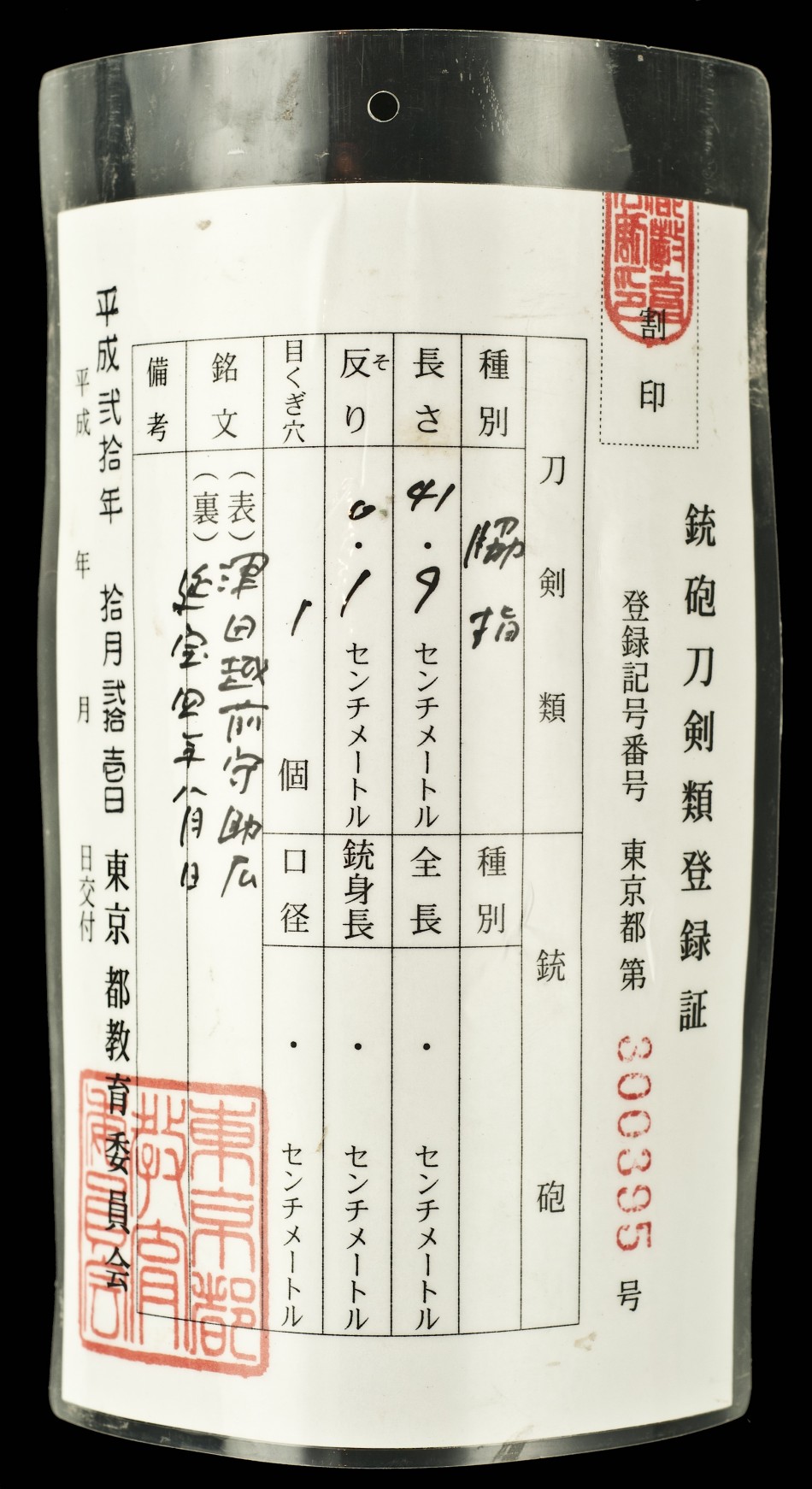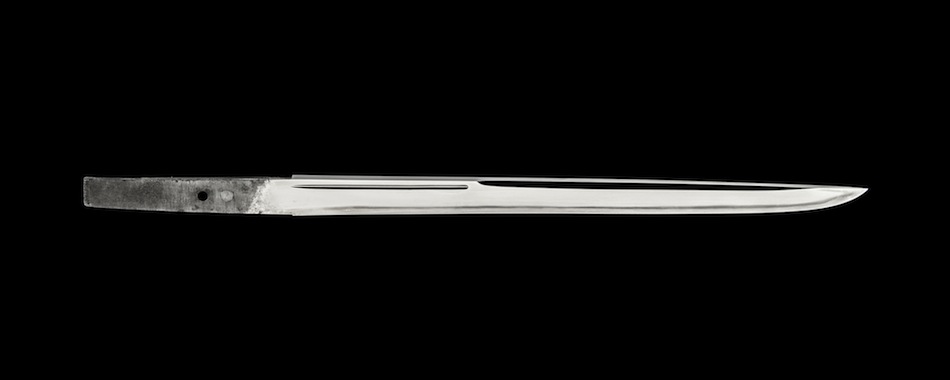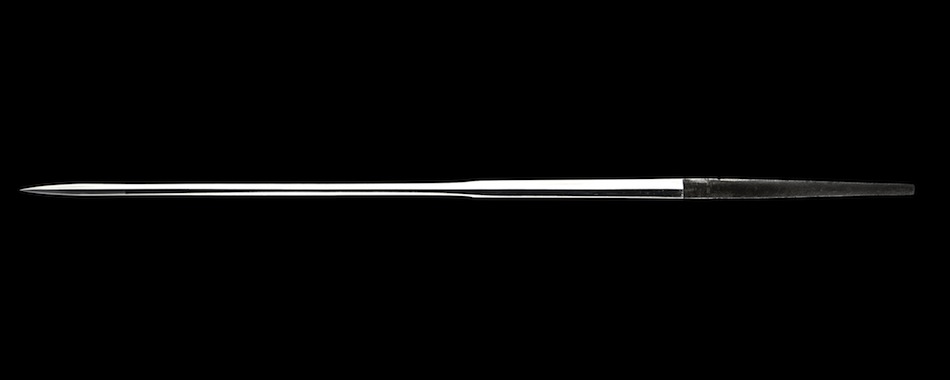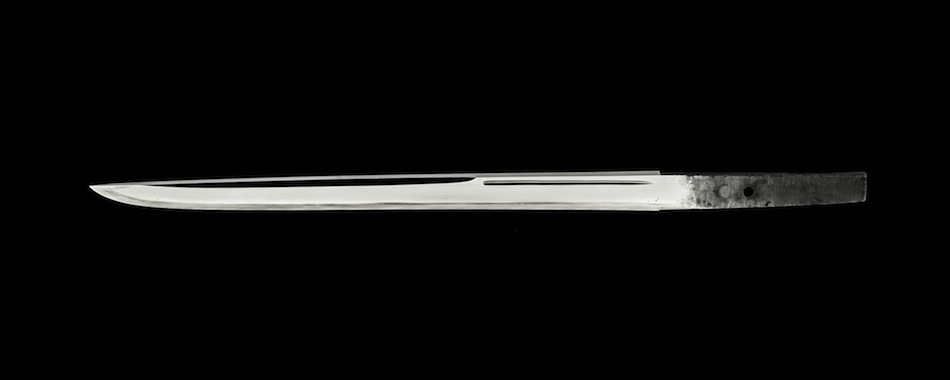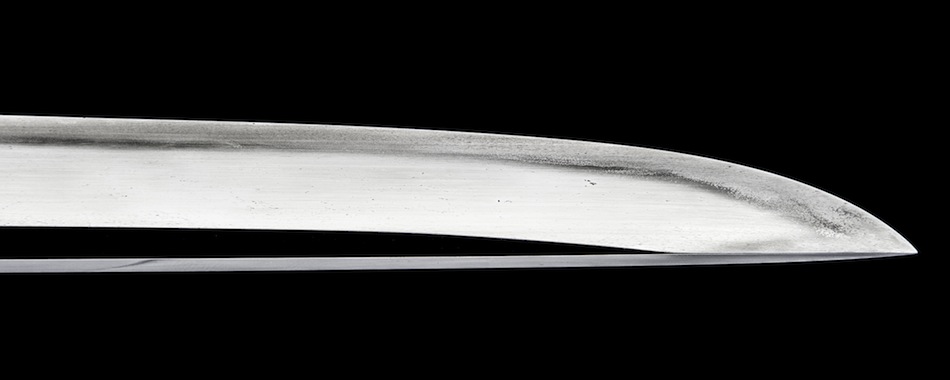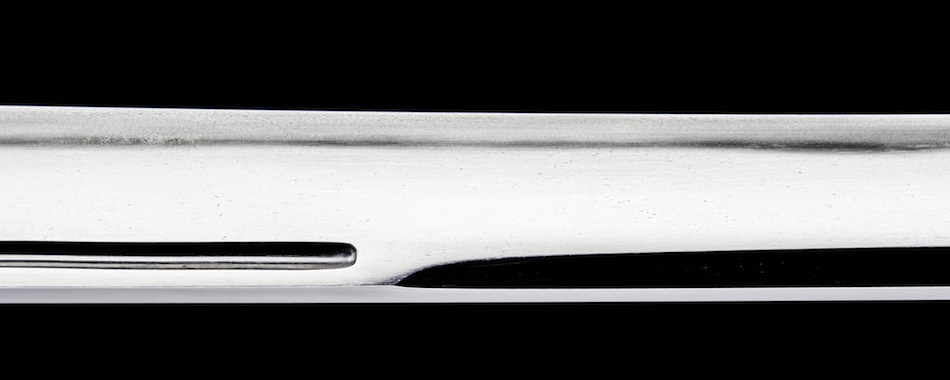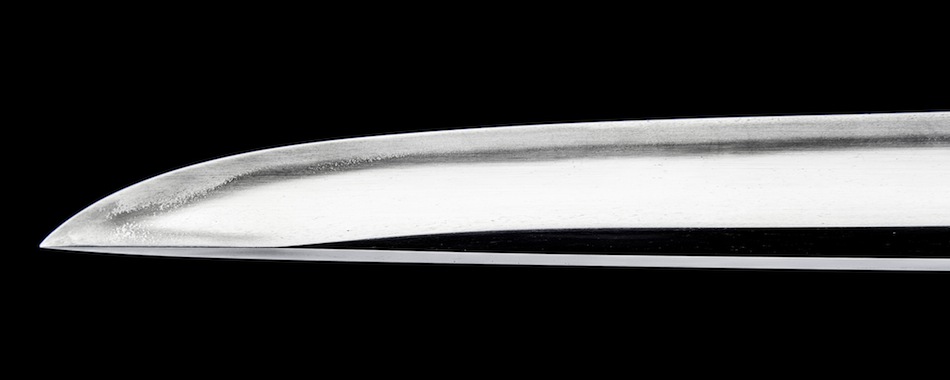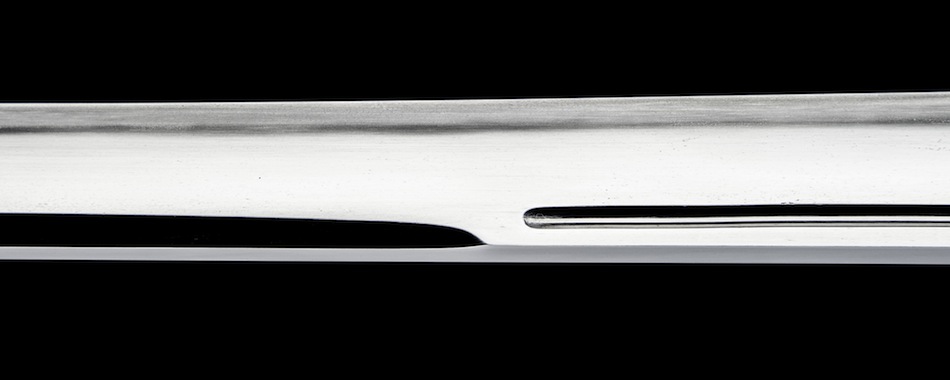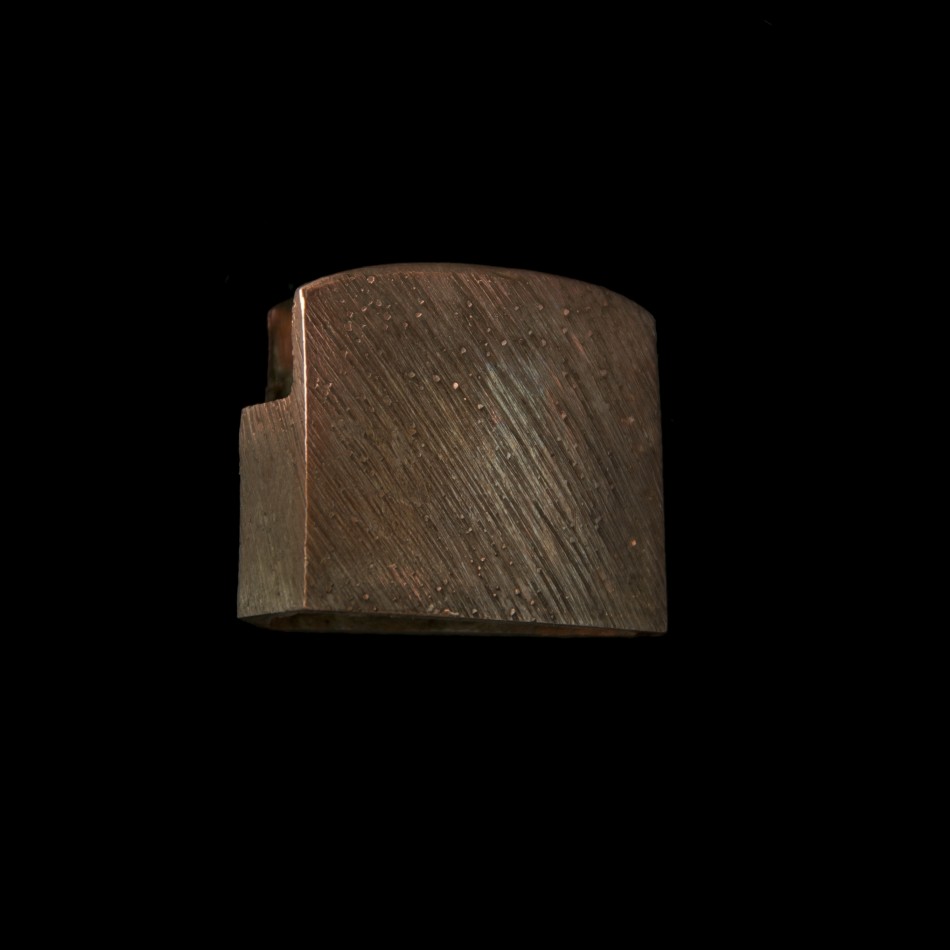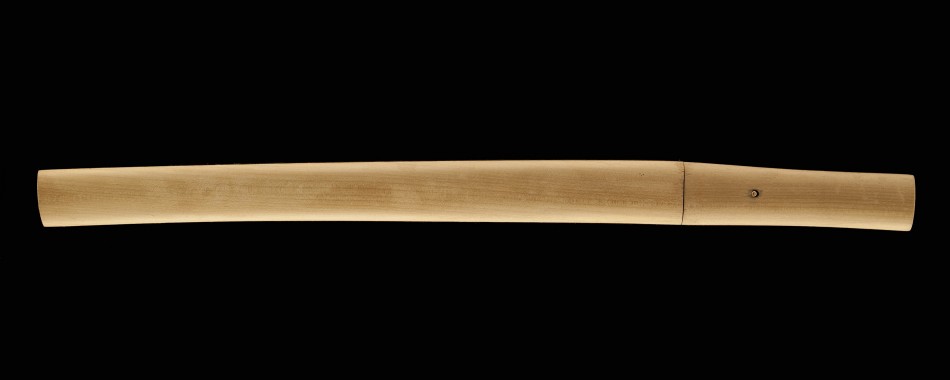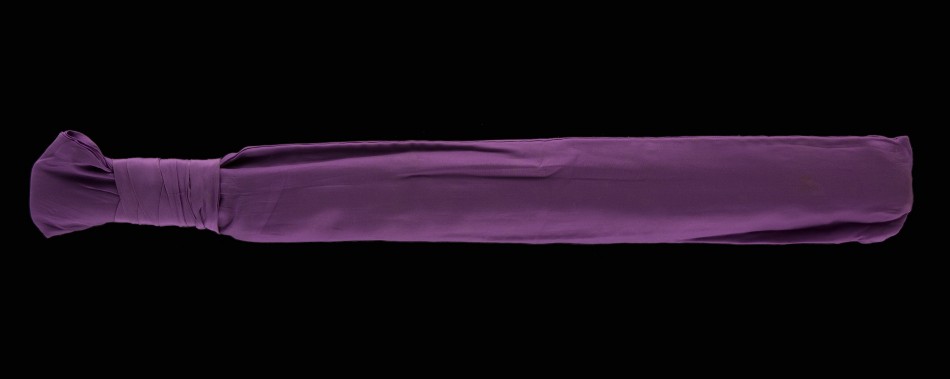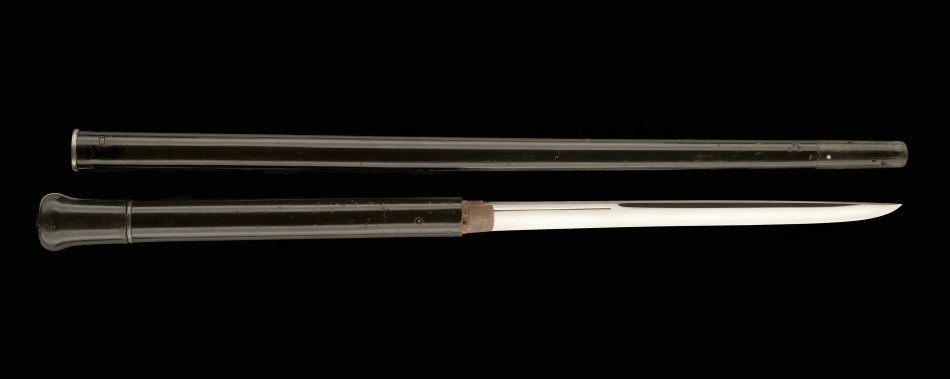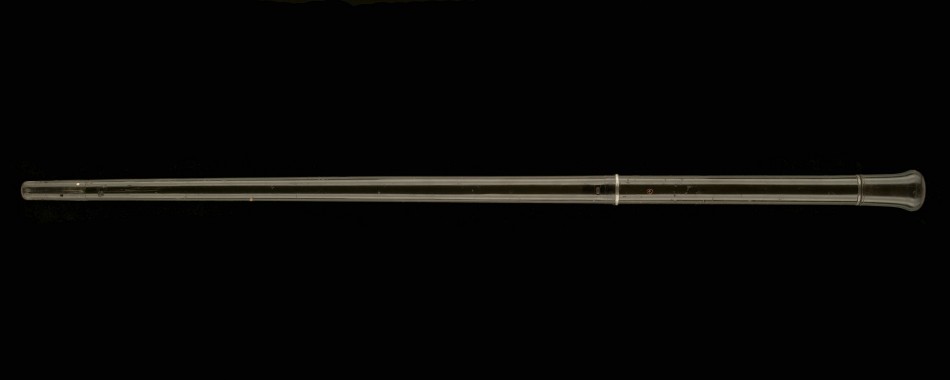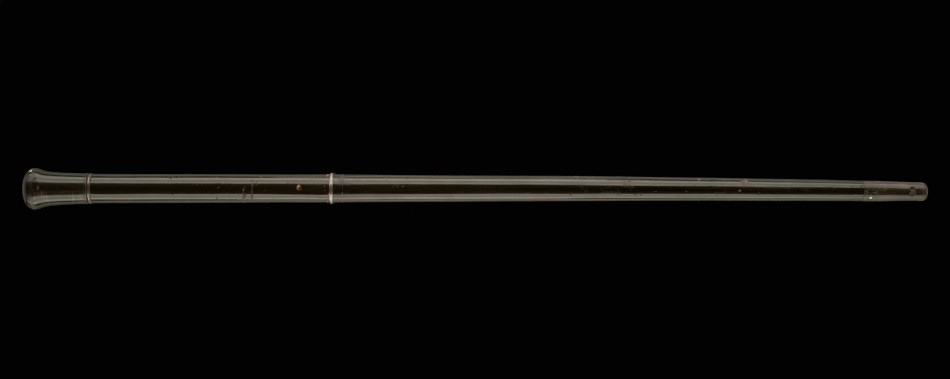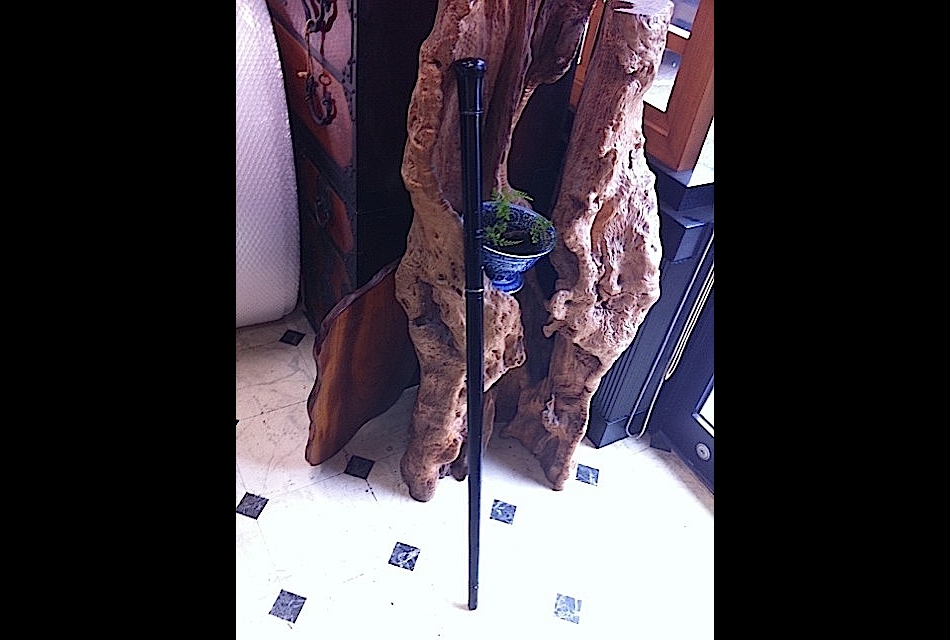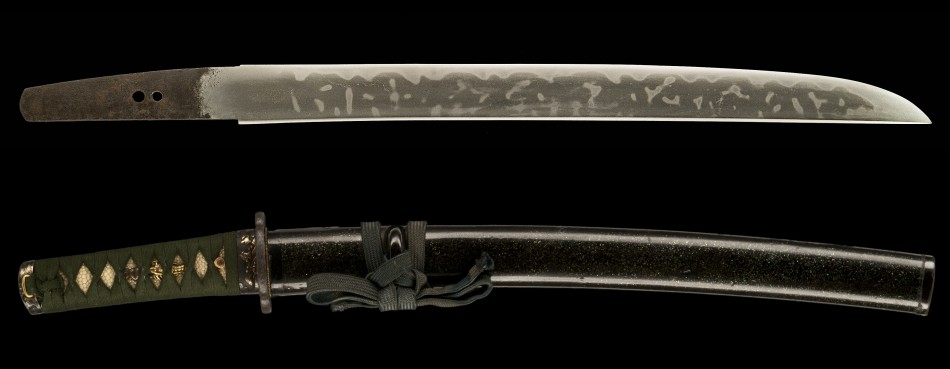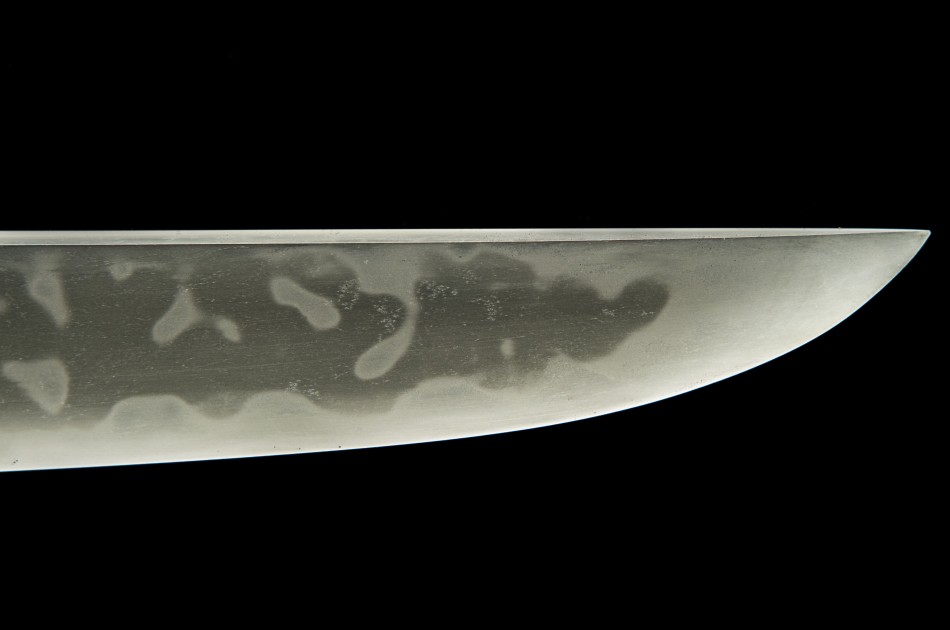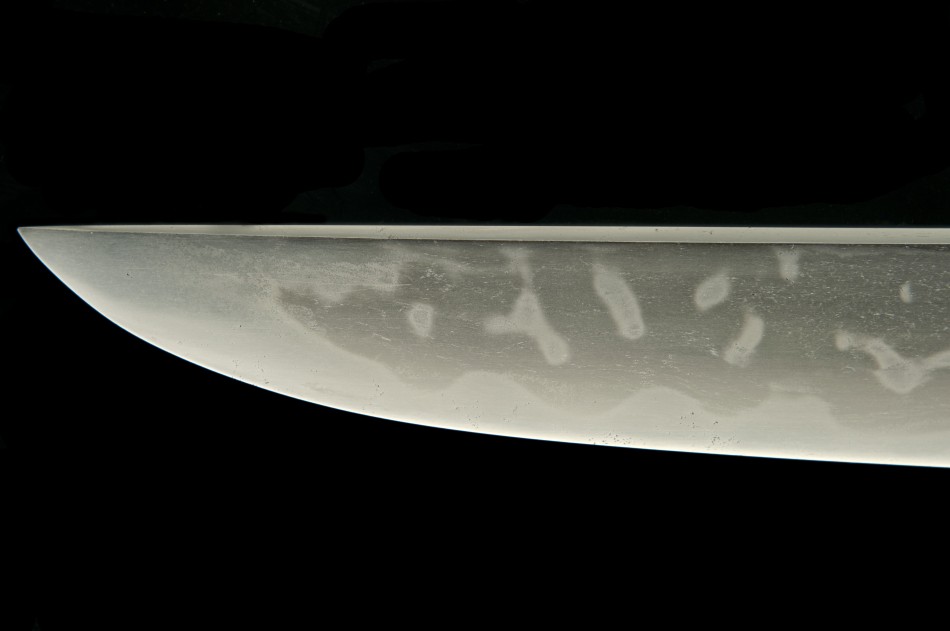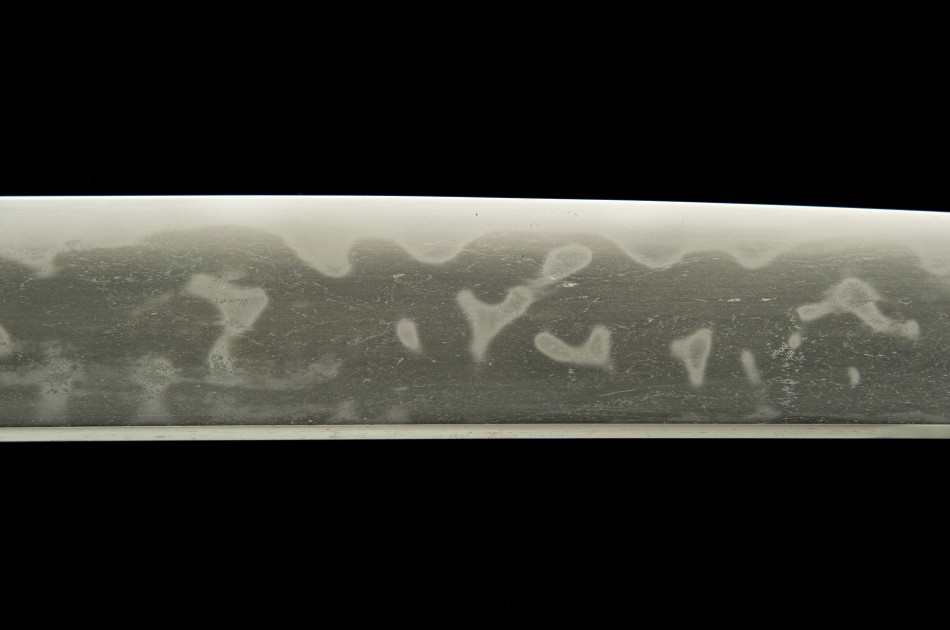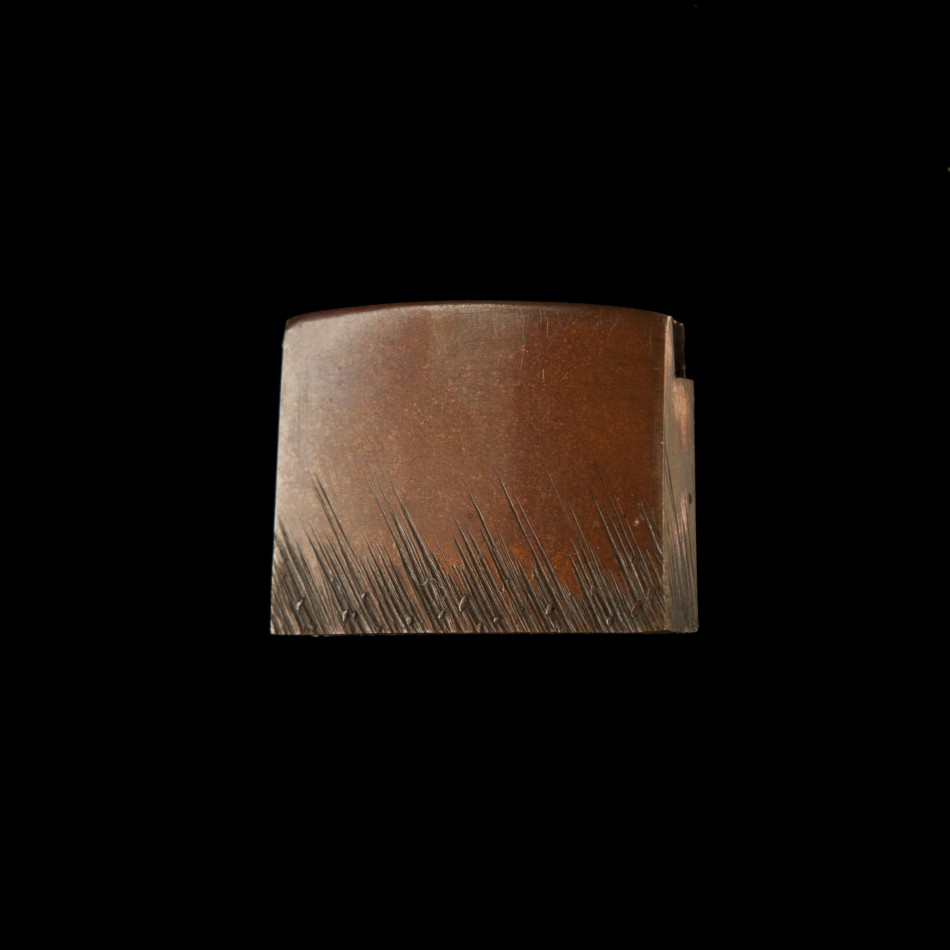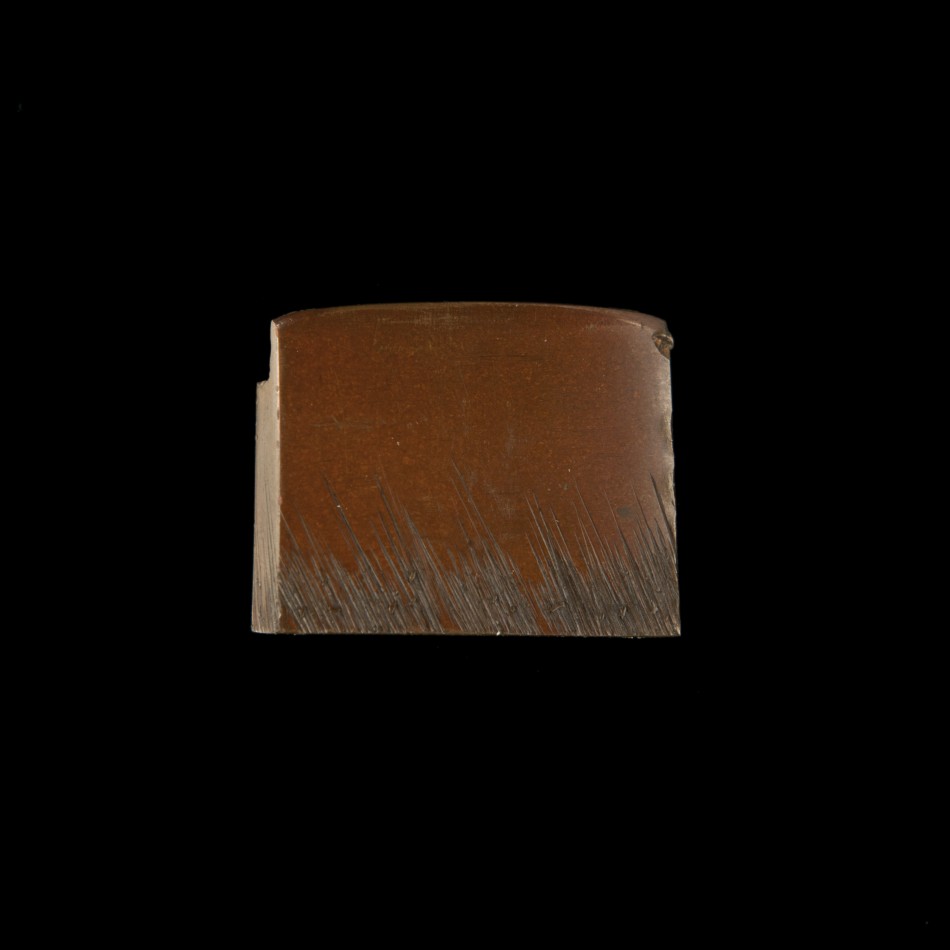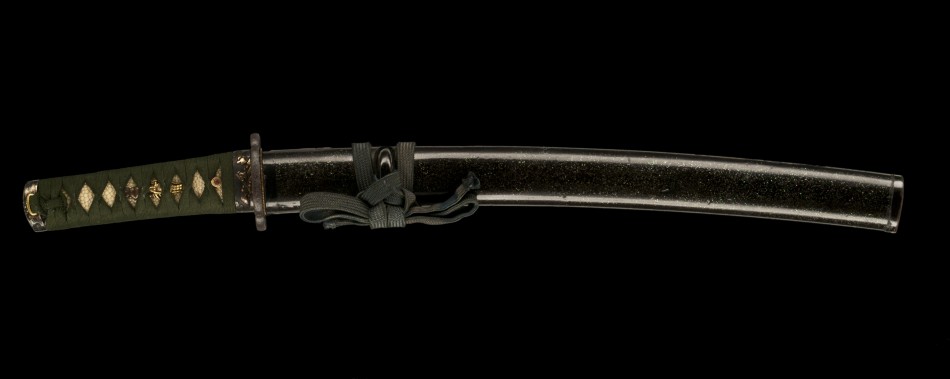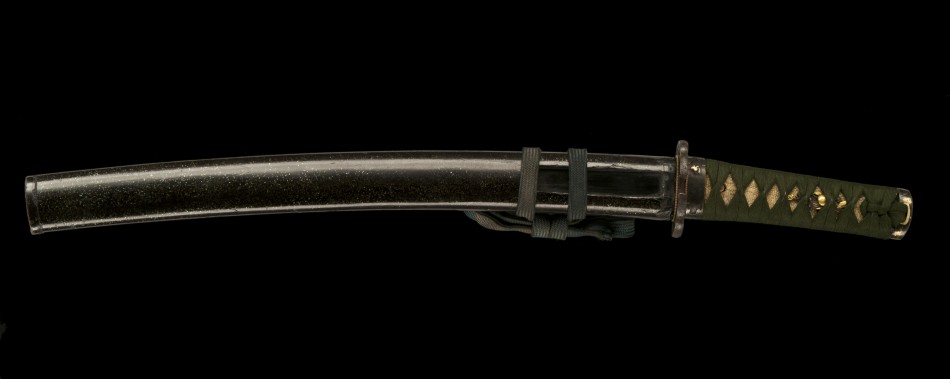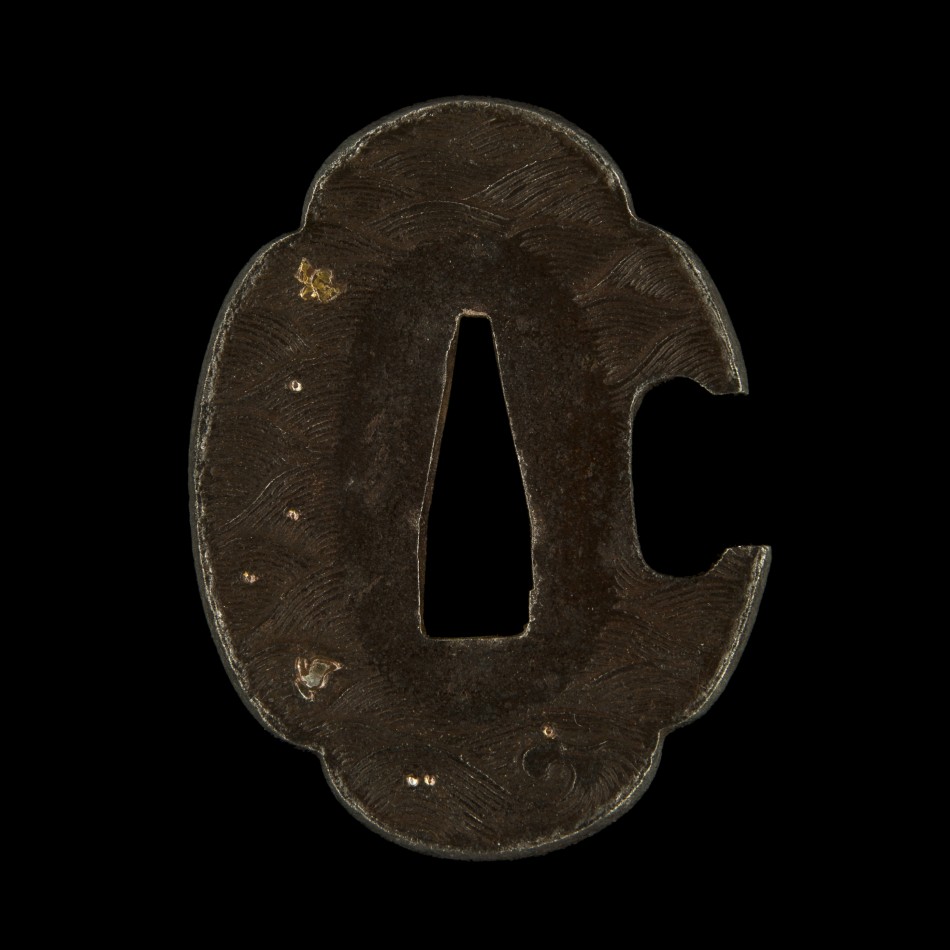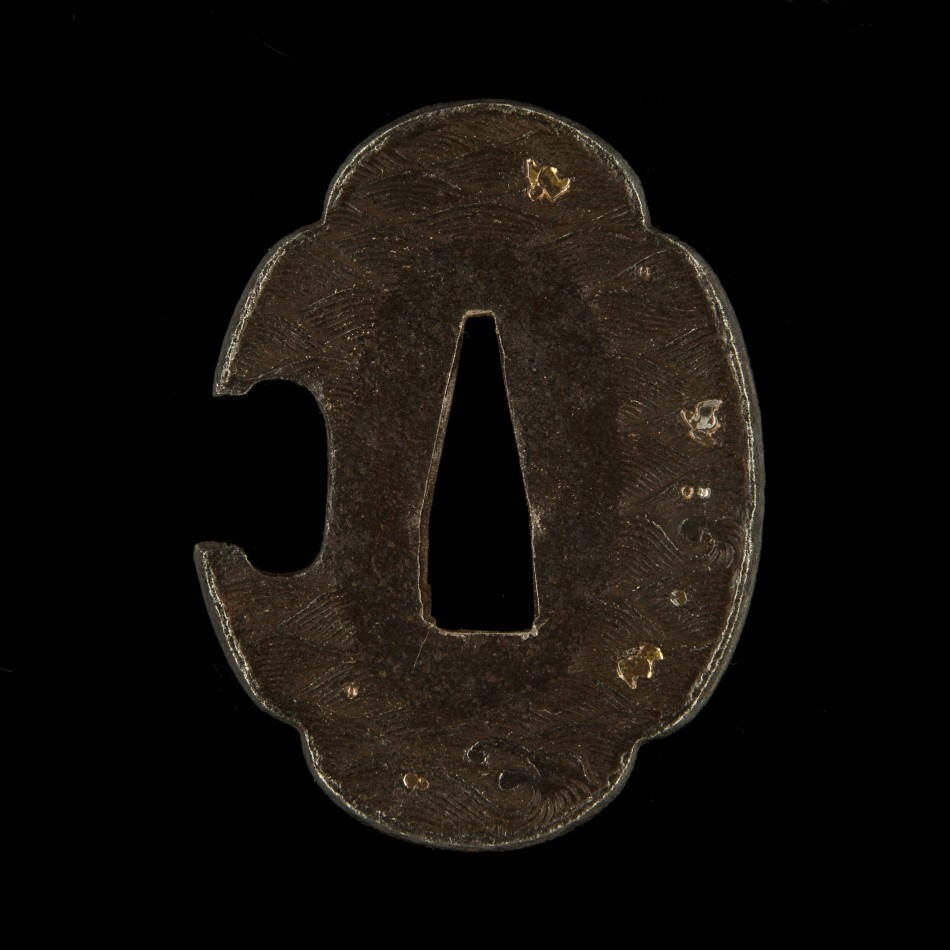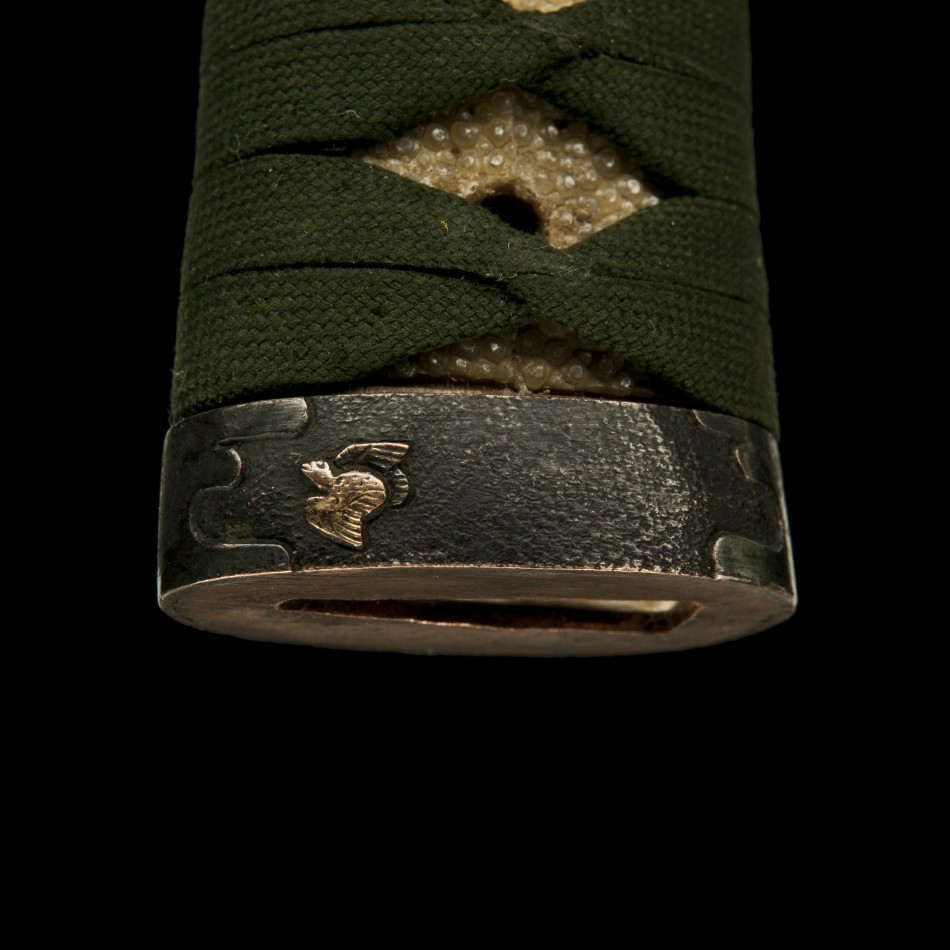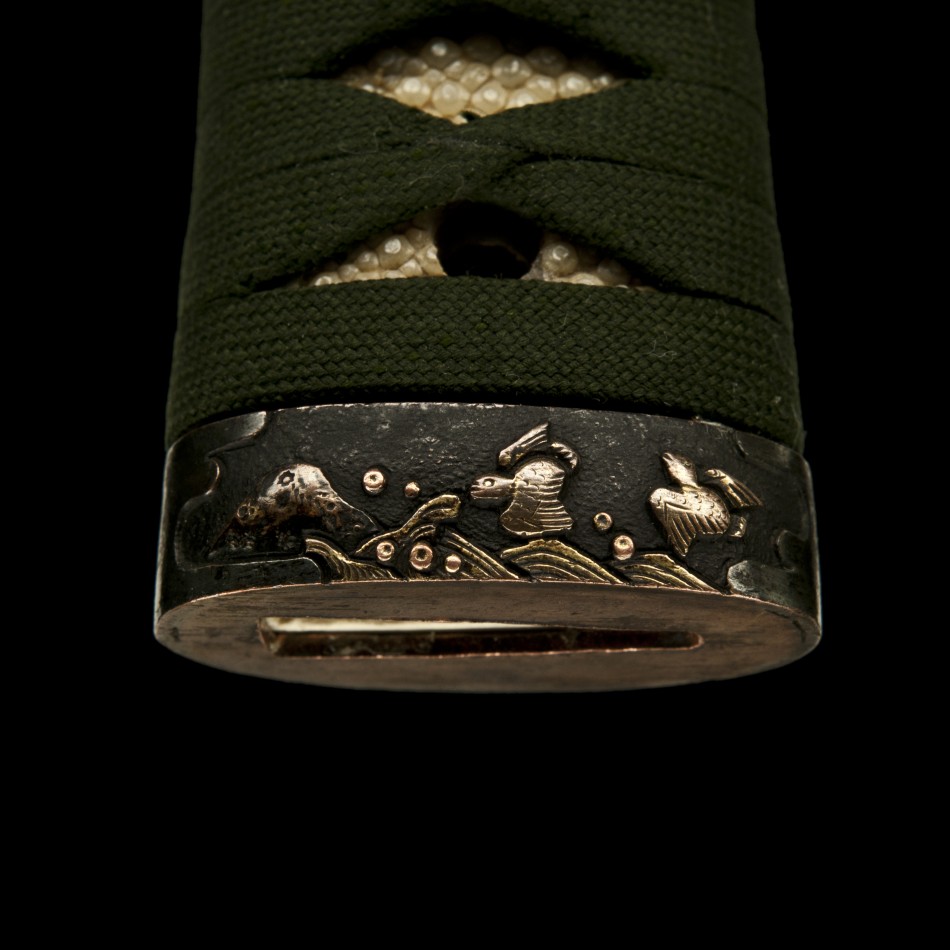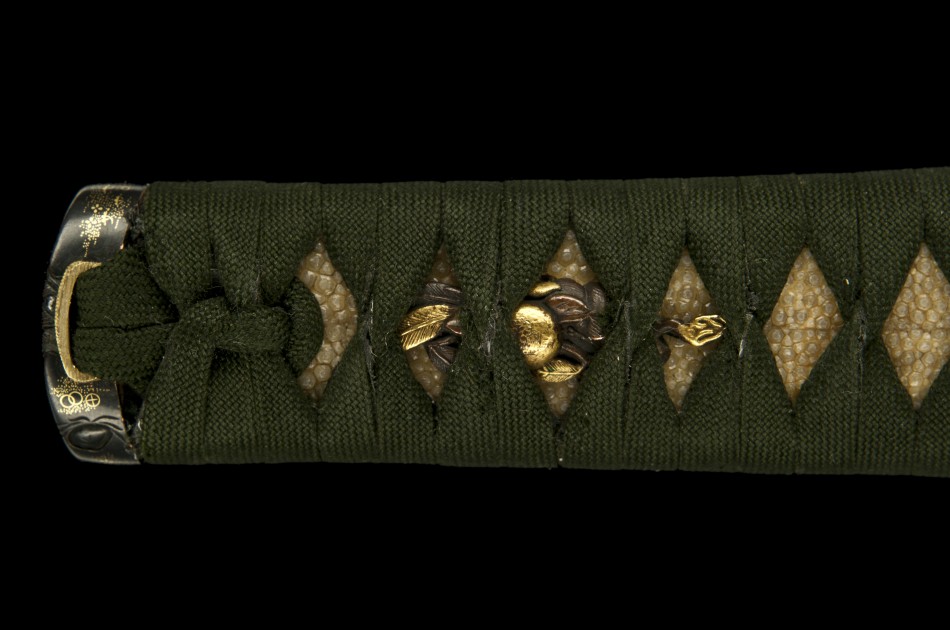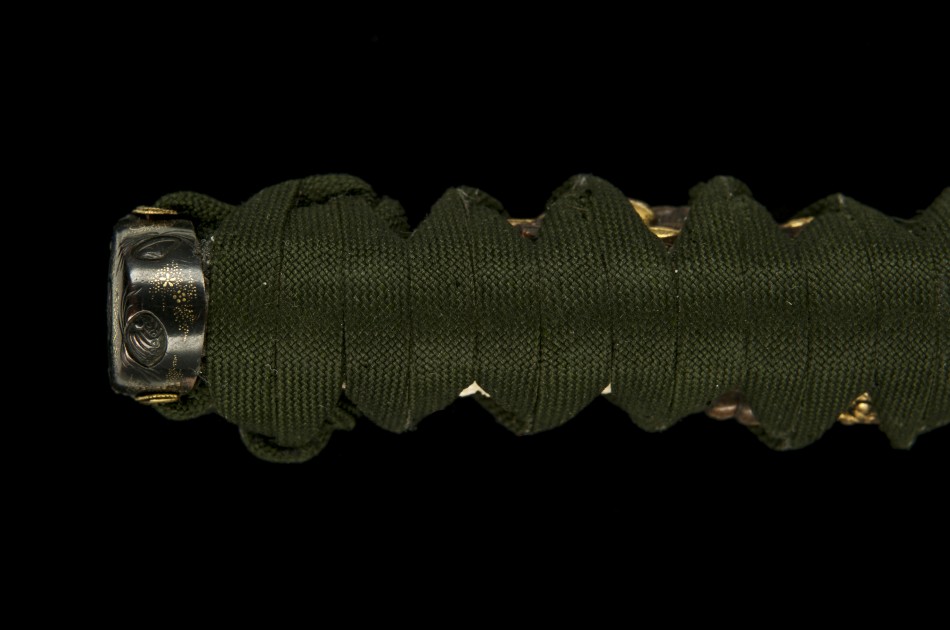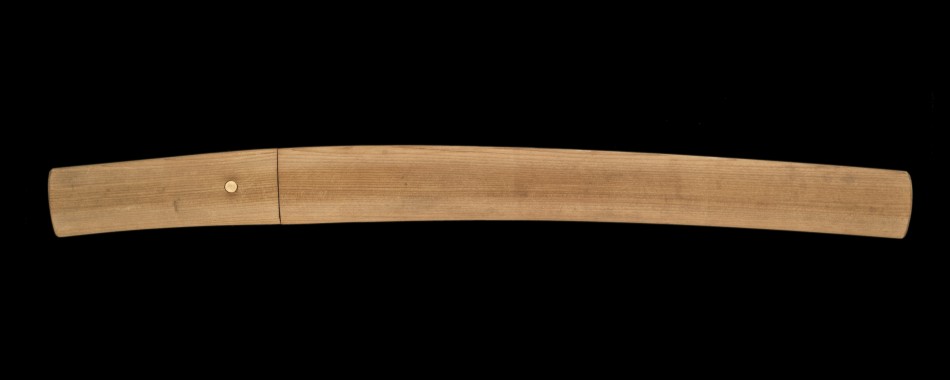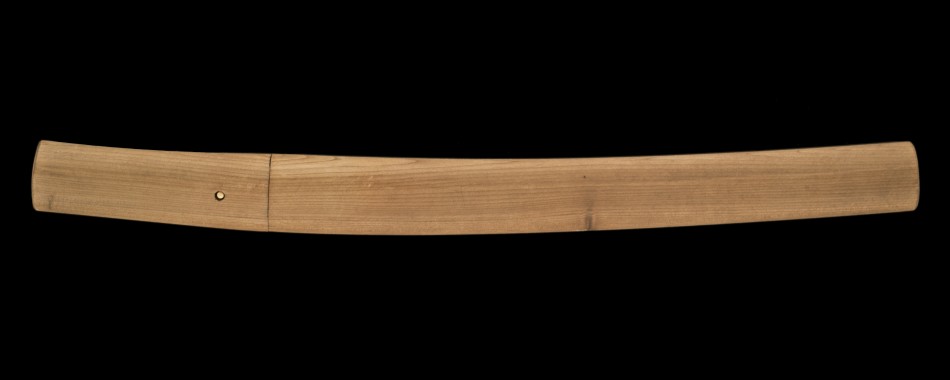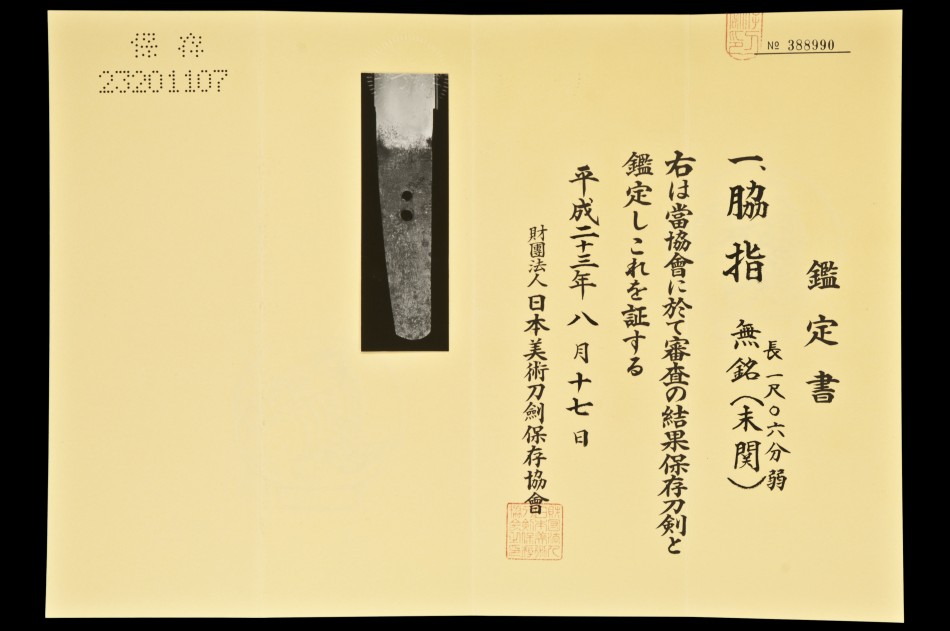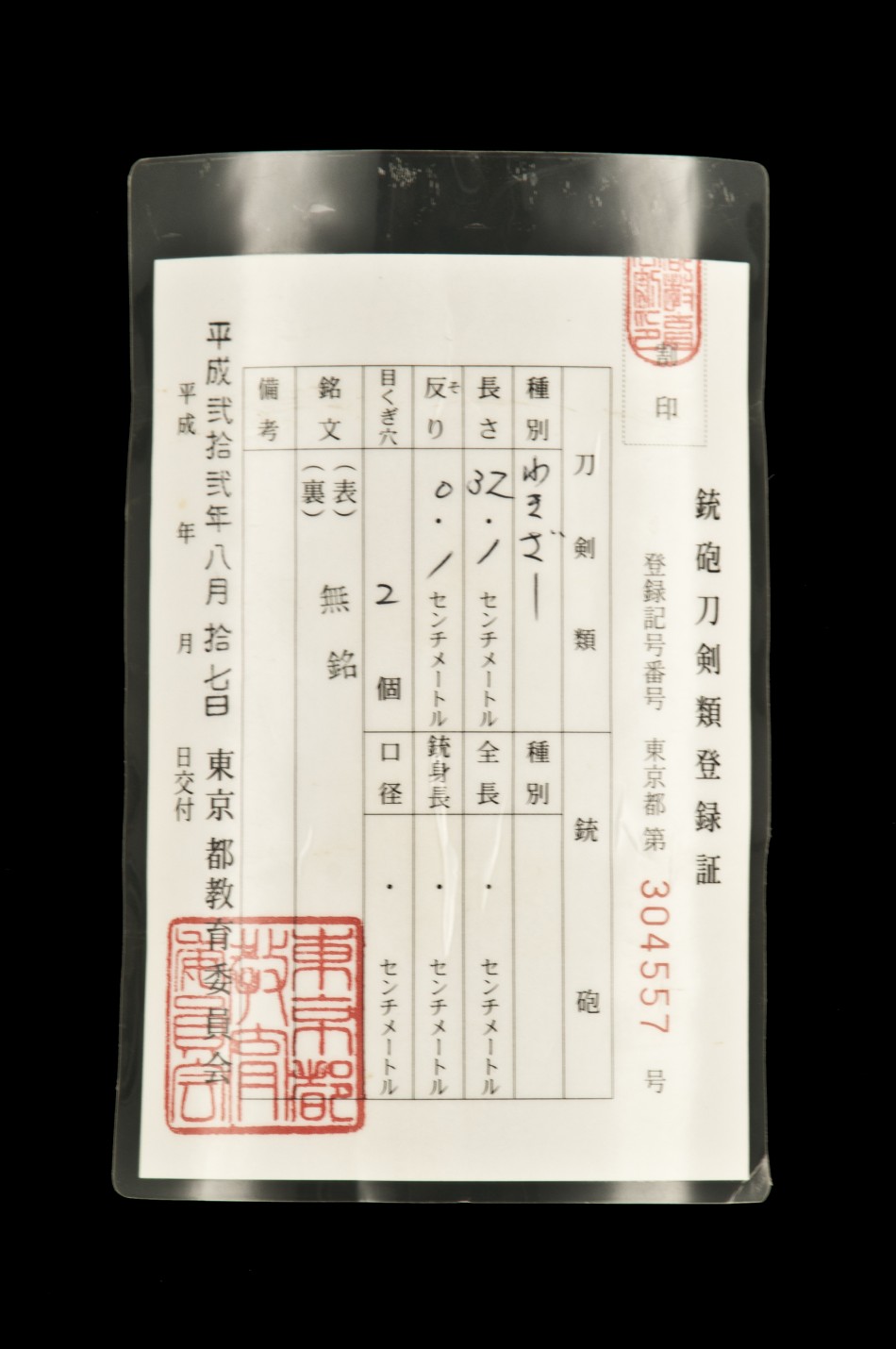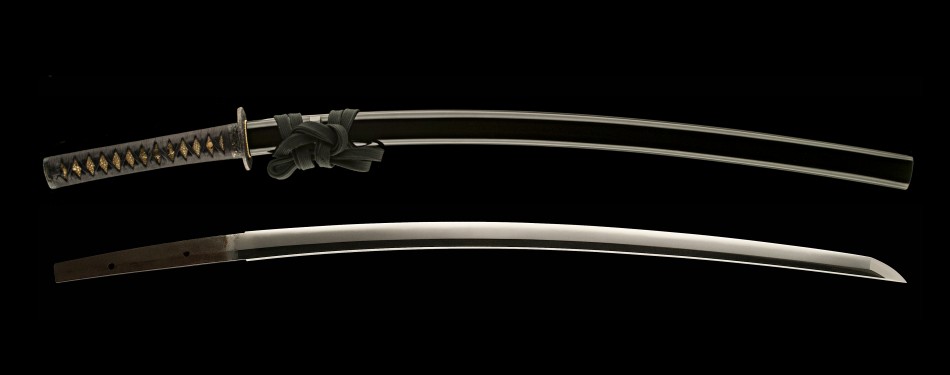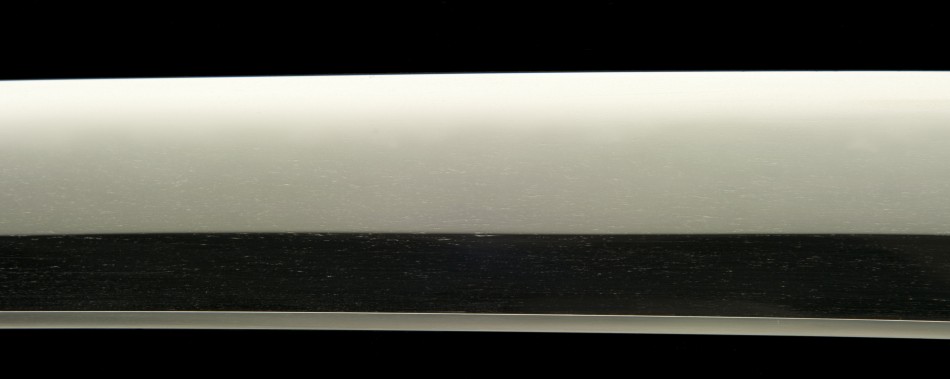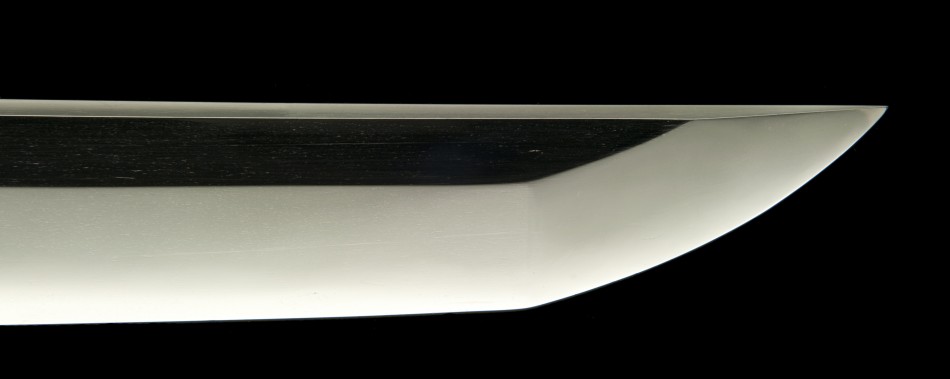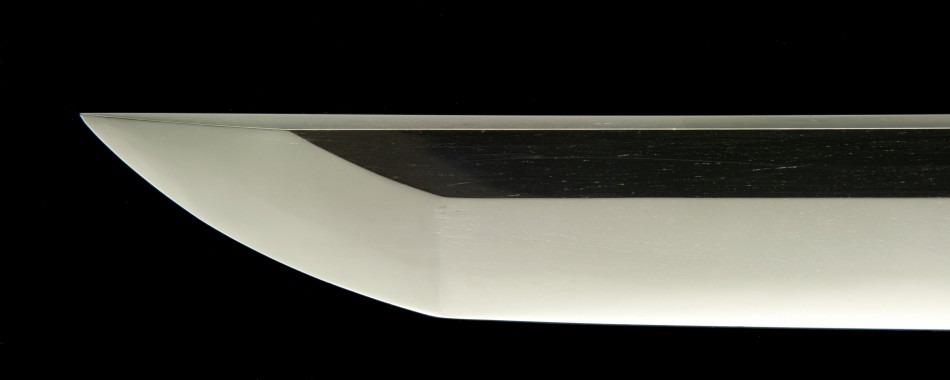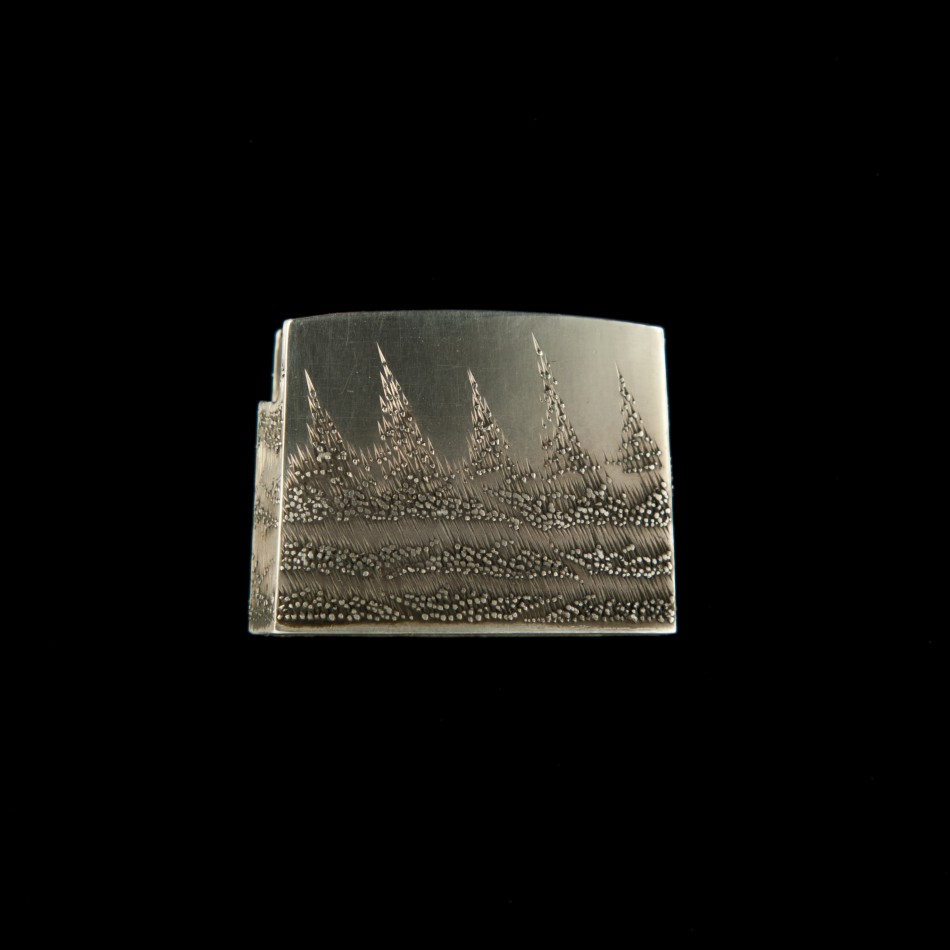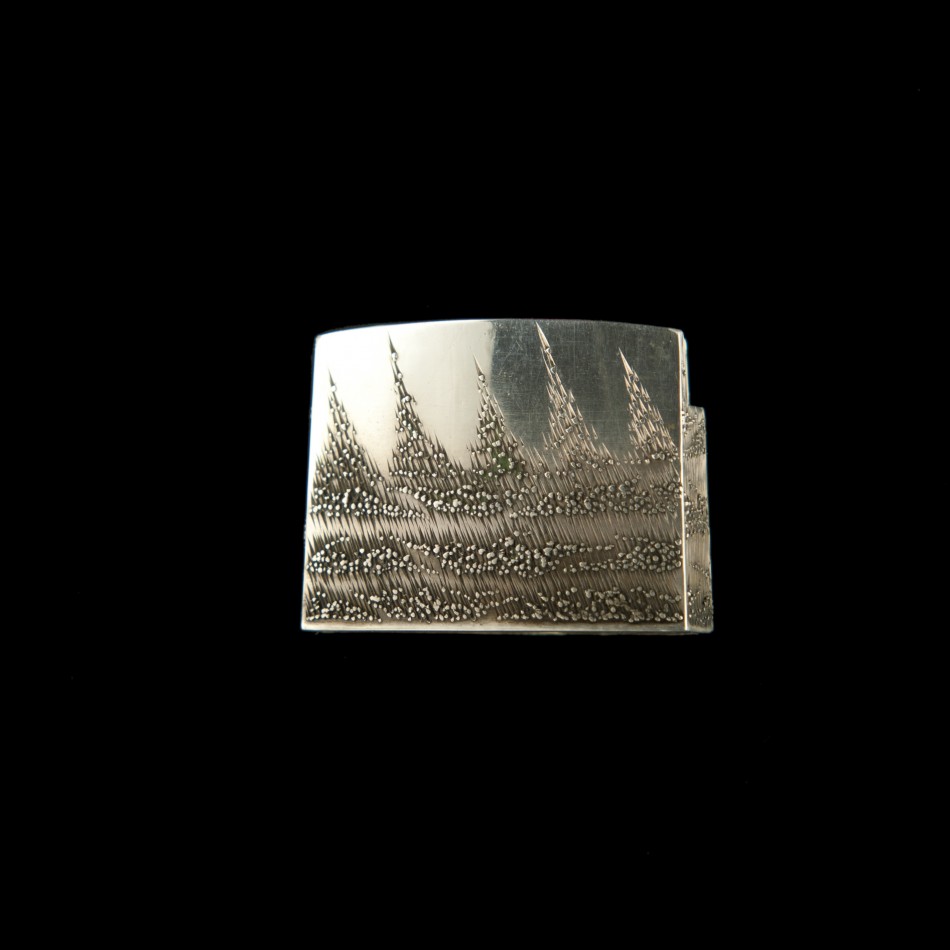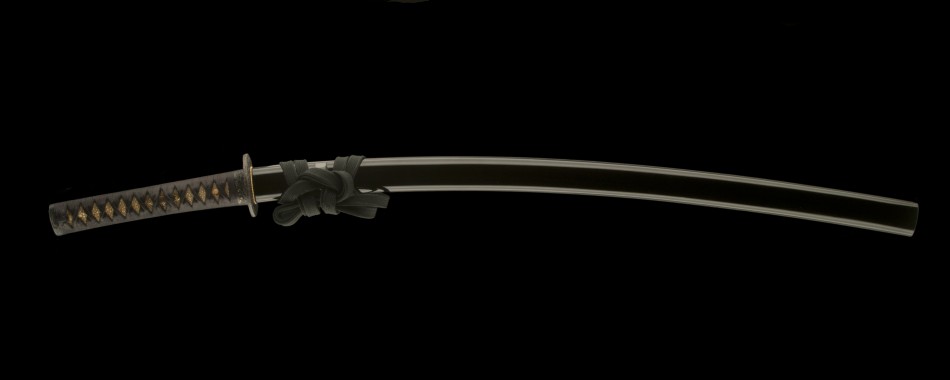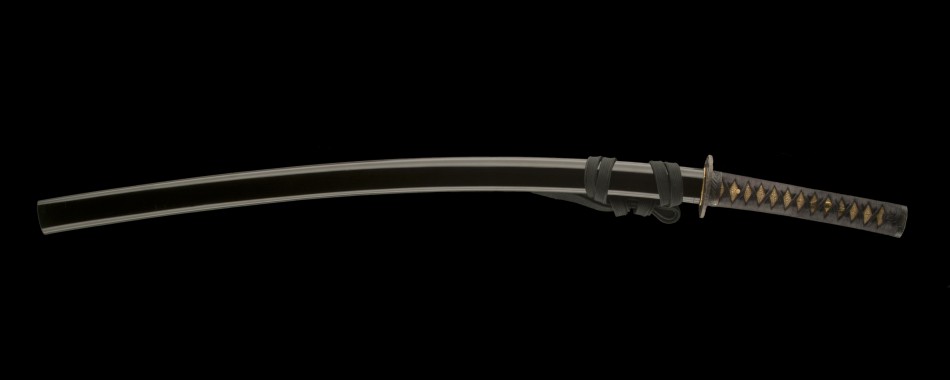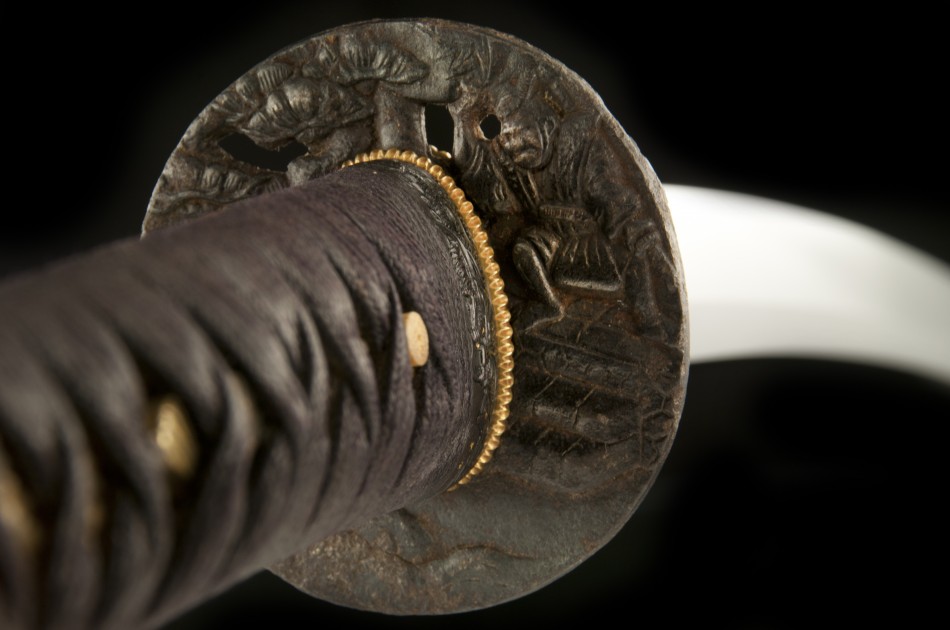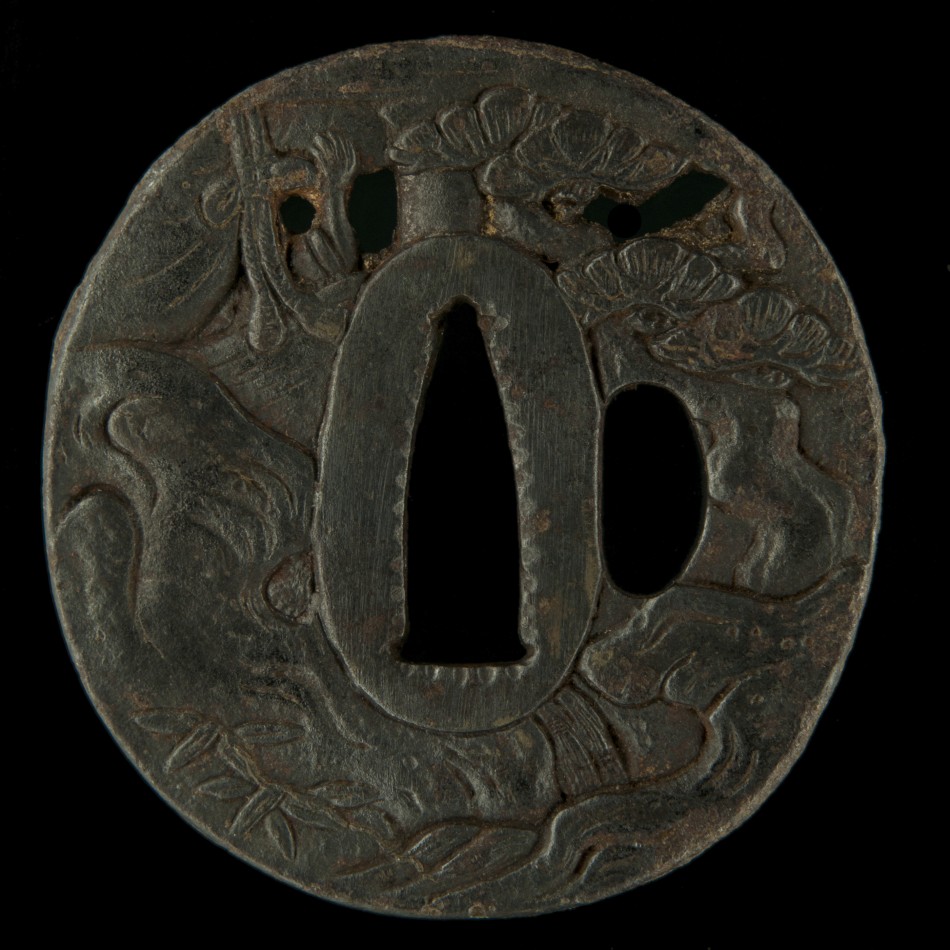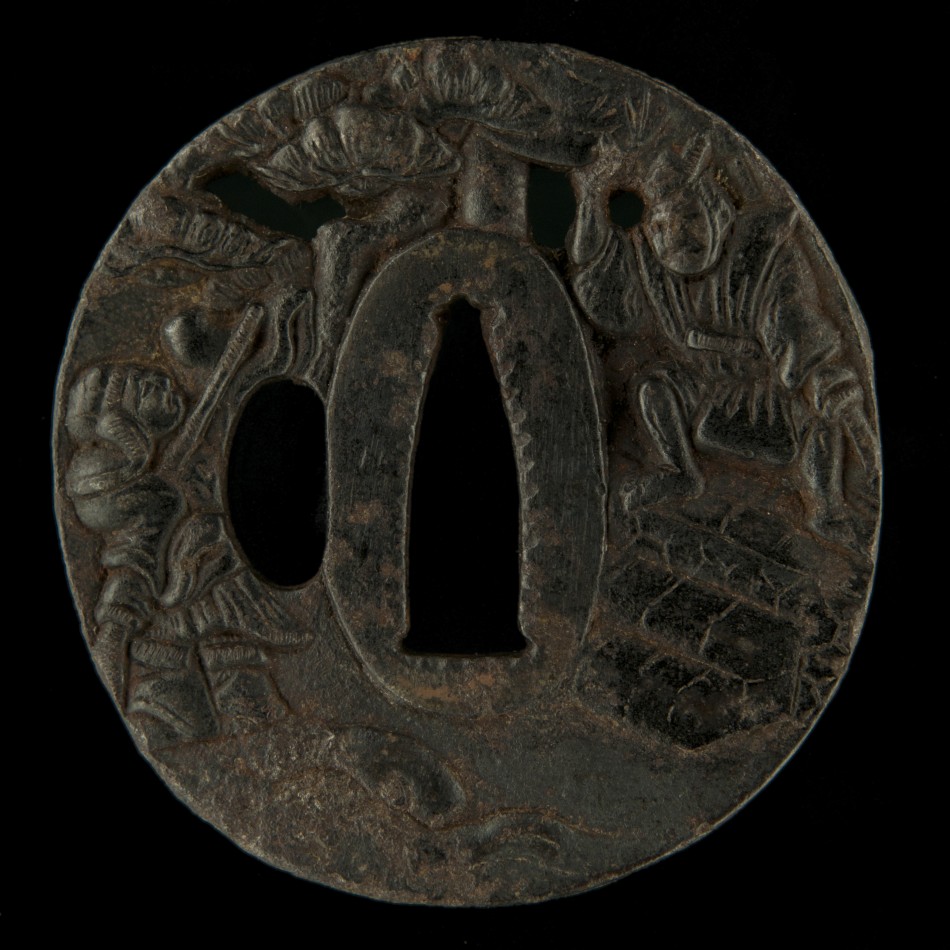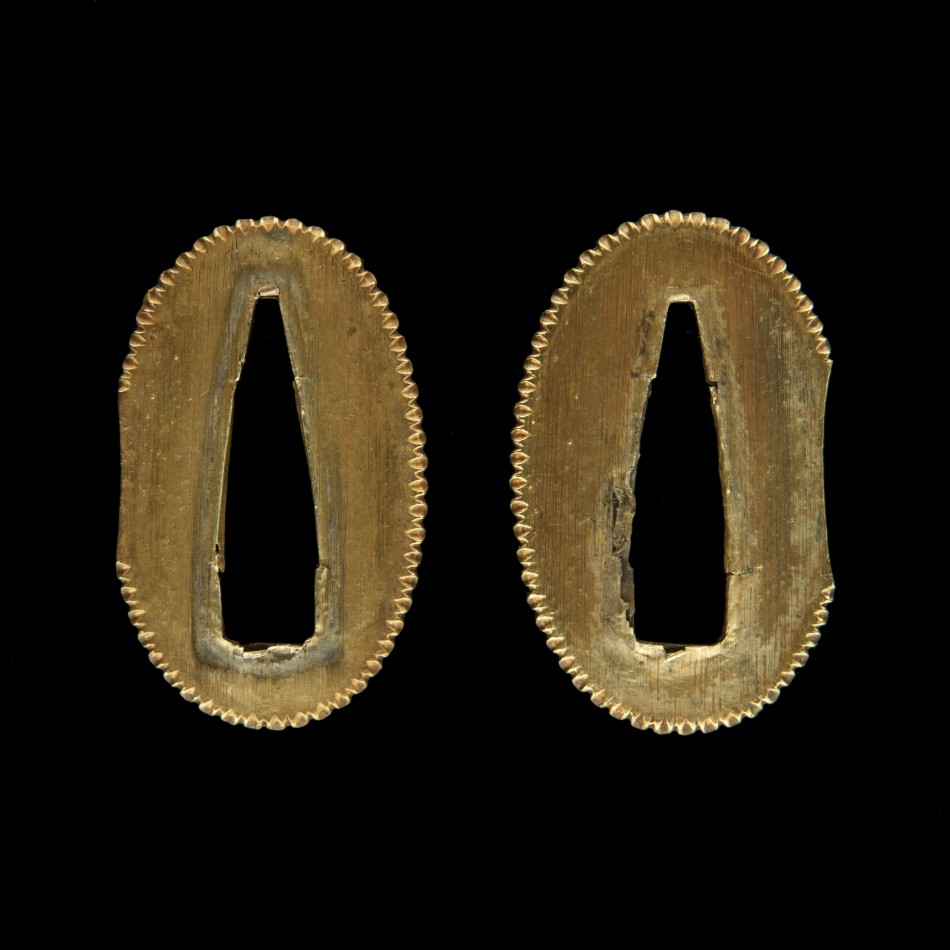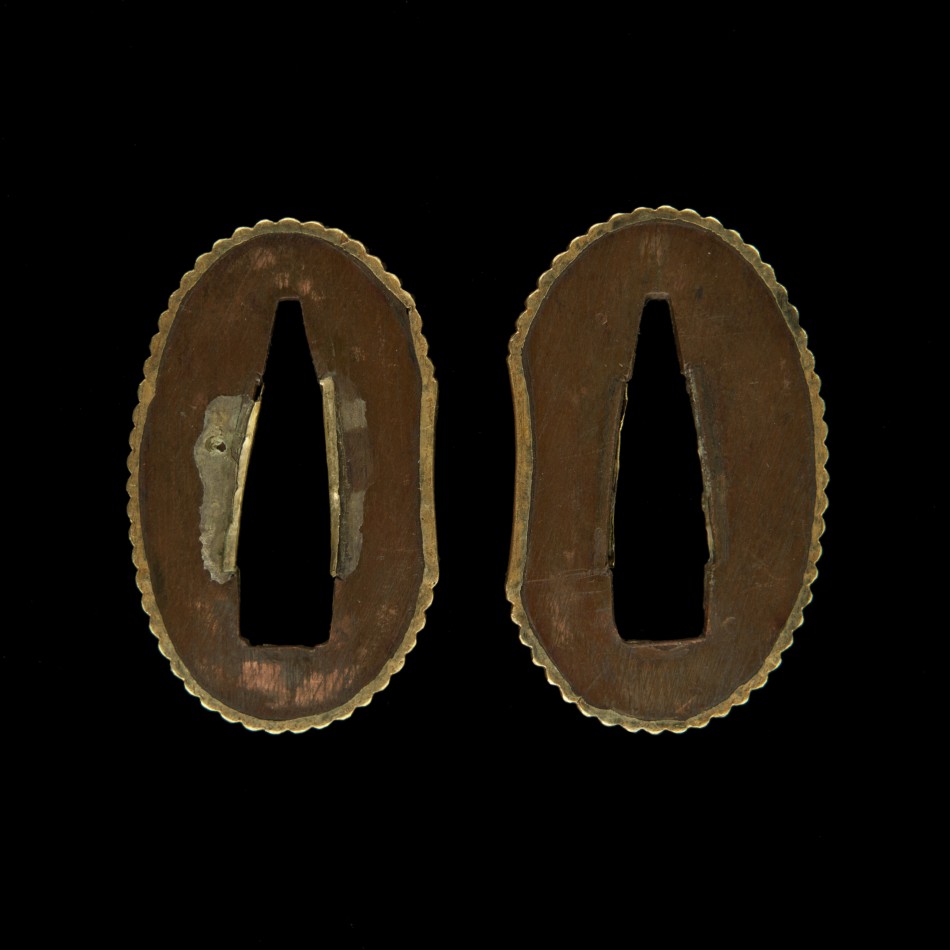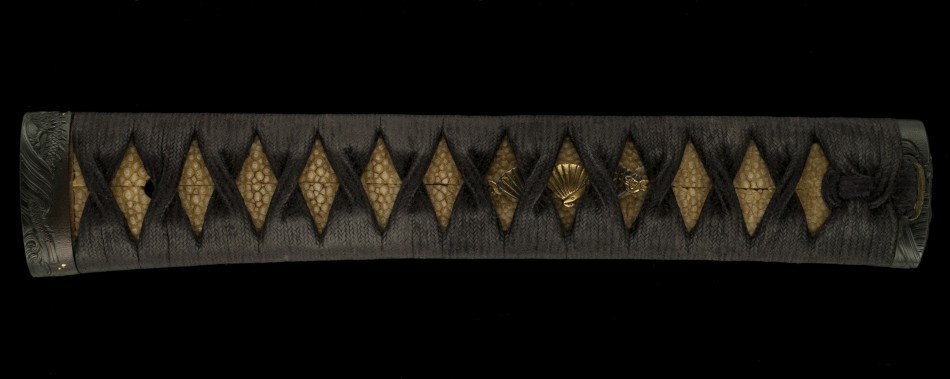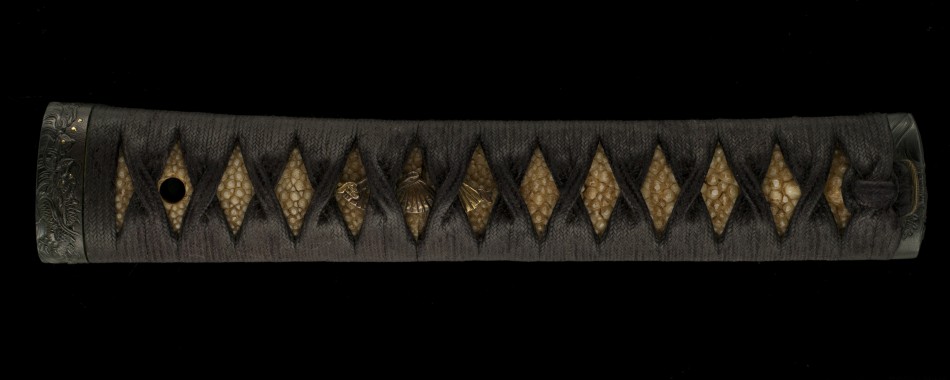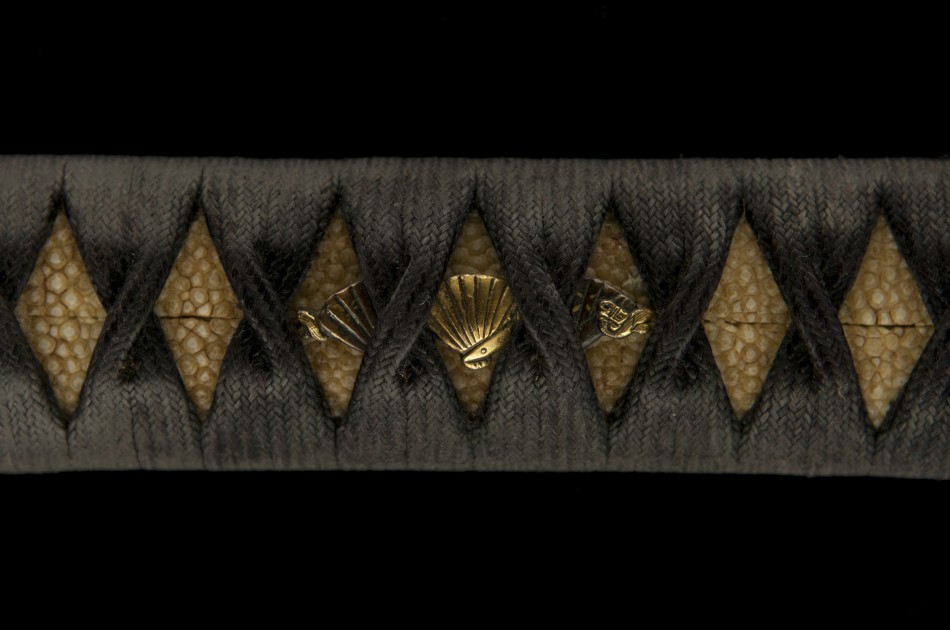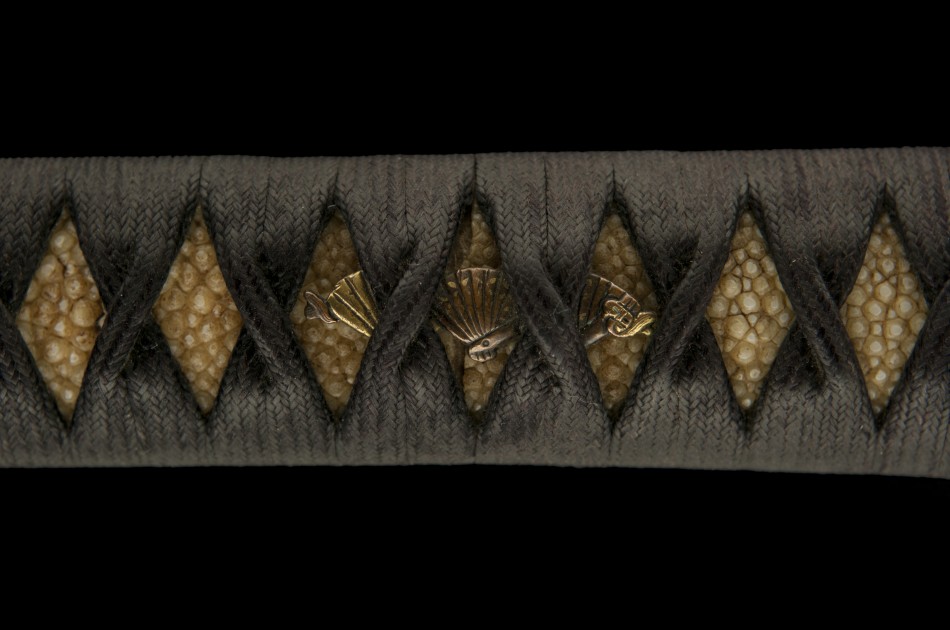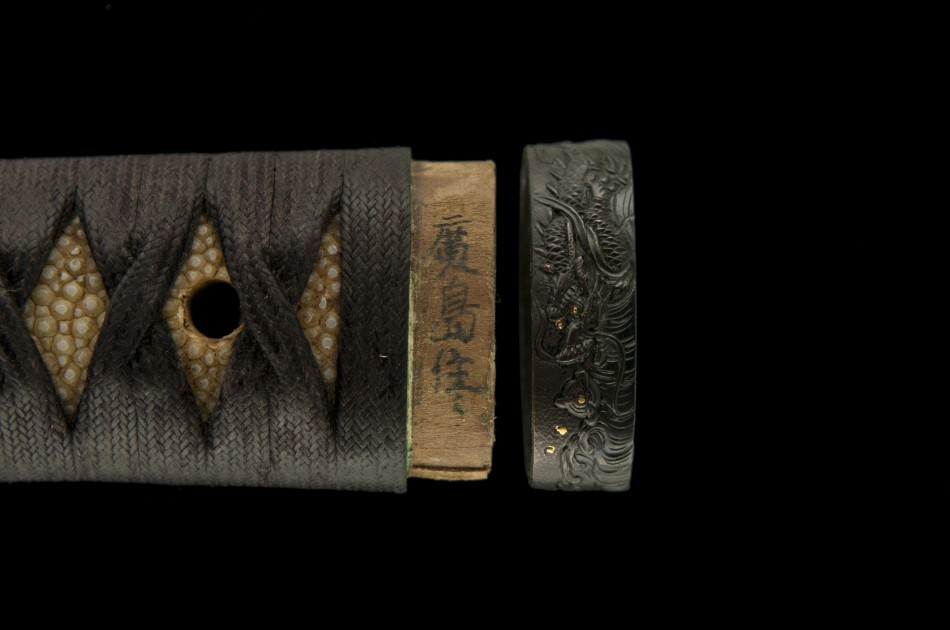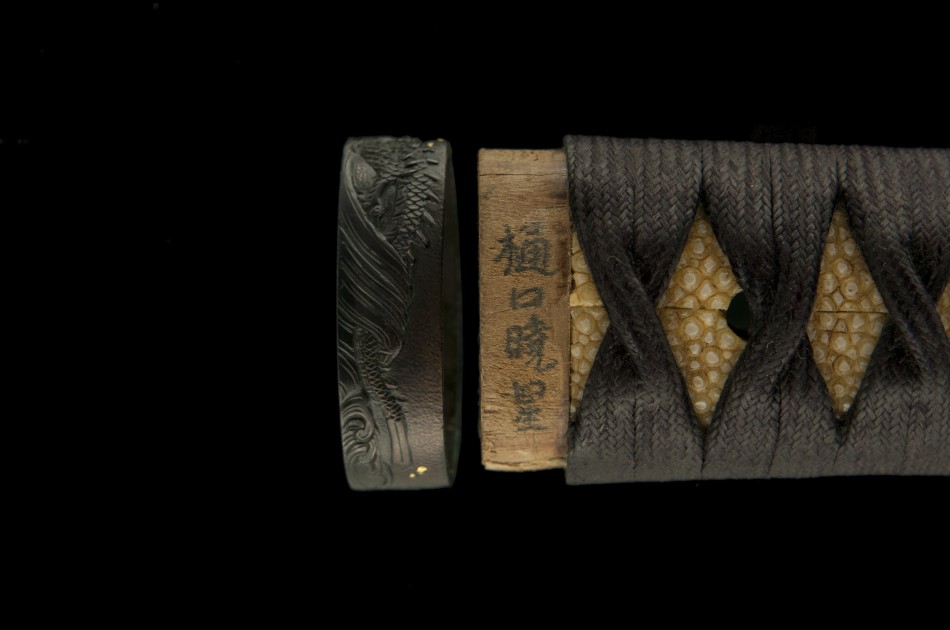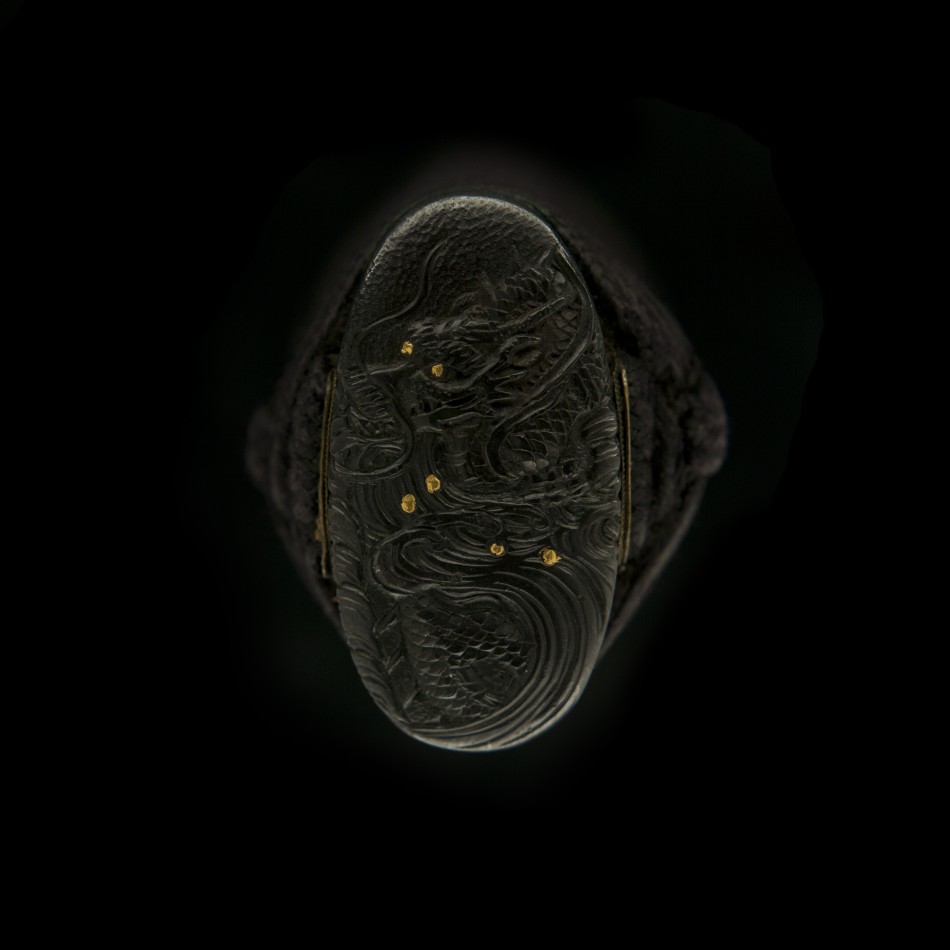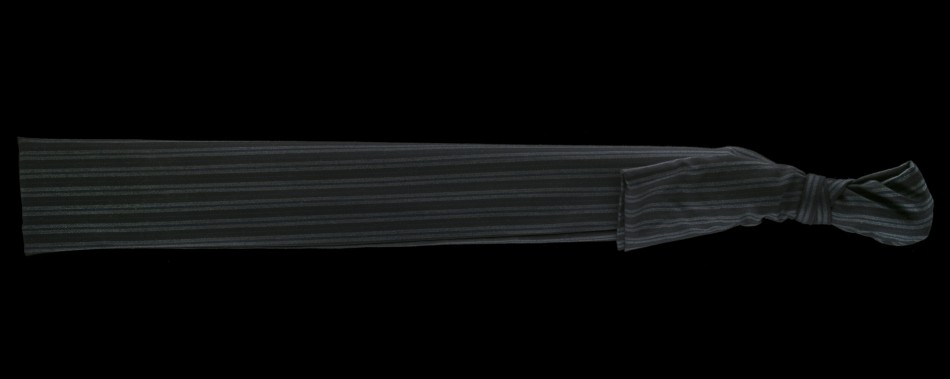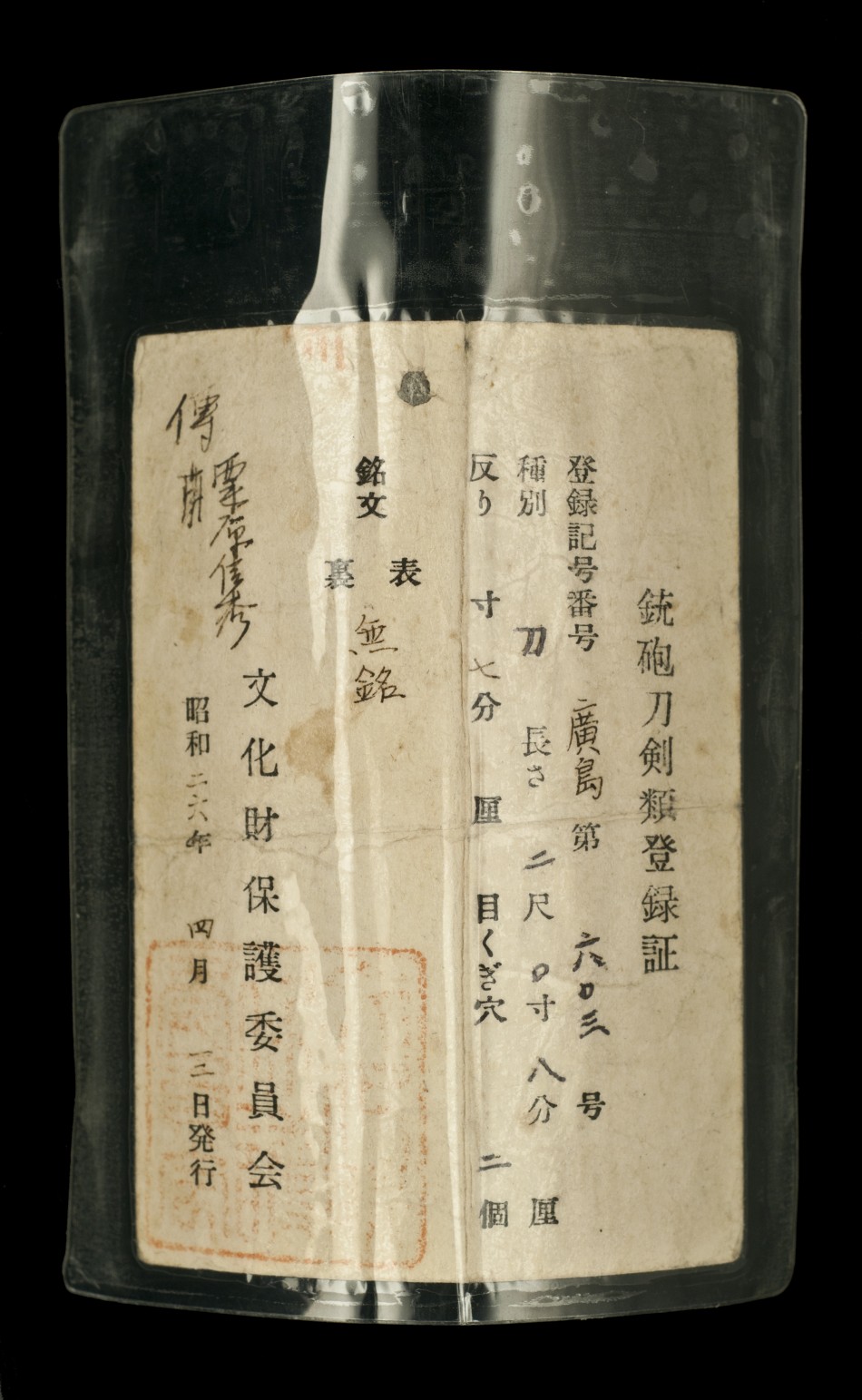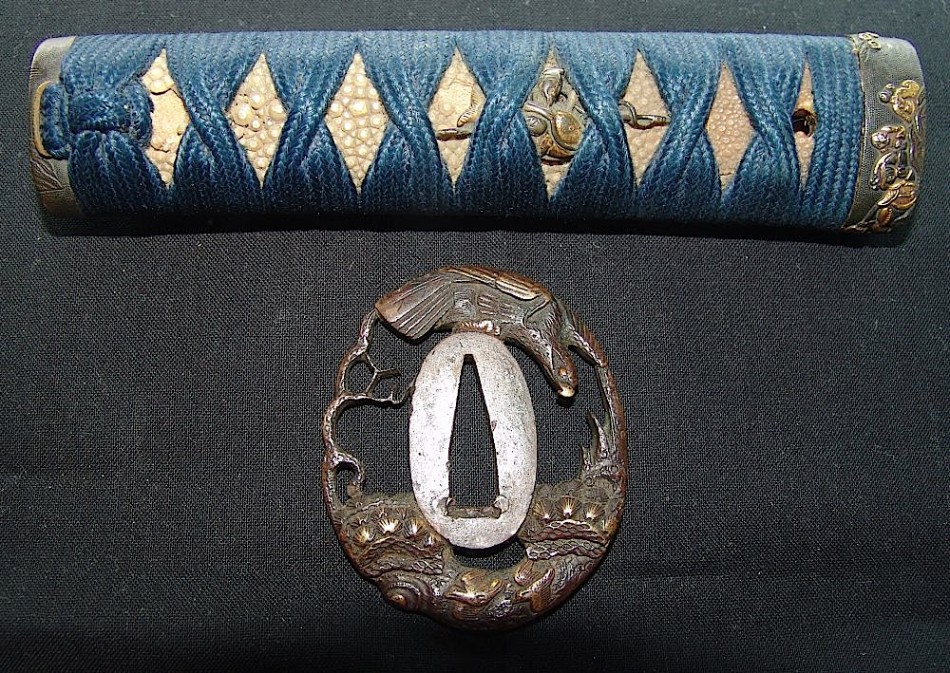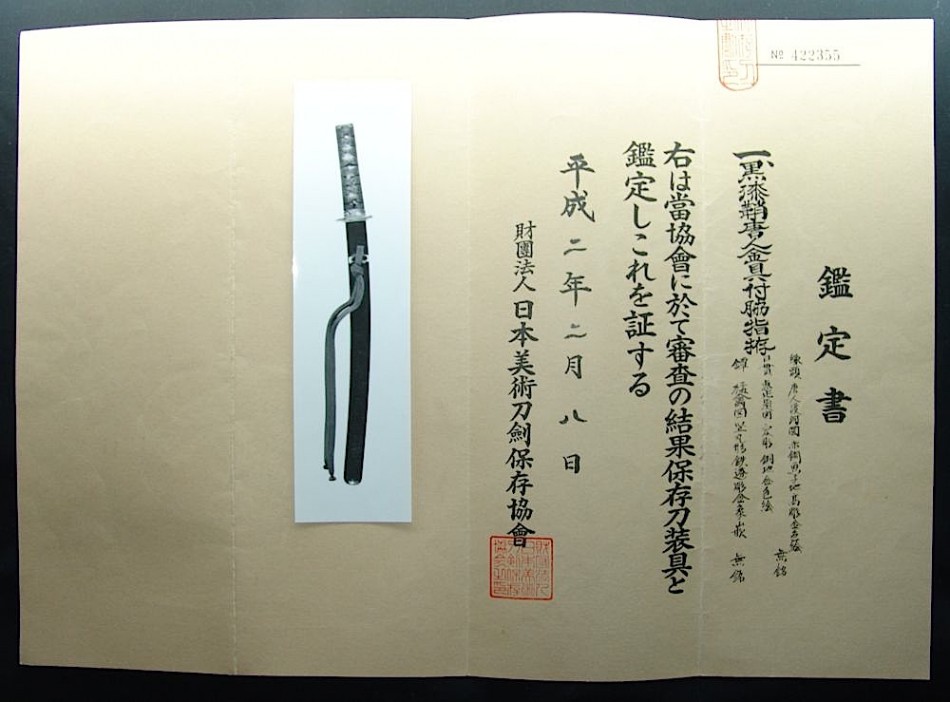Archive for the ‘Uncategorized’ Category
A SHINTO GANMAKU WAKIZASHI
Saturday, August 4th, 2012CURRENTLY AVAILABLE ANTIQUE JAPANESE SAMURAI SWORDS
Monday, June 4th, 2012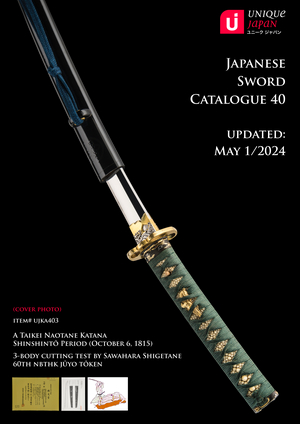 |
2024 is the Year of the Dragon. Dragons symbolize power, honour, luck and success. They possess enormous talents and have high standards of excellence. The dragon also represents the darkness of chaos, as it lives in the shadows while at the same time holds the promise of possibility. The most dangerous threat you face holds your potentiality in its clutches.
The dragon encourages us to act heroically as this will ultimately lead to a more meaningful and treasured life. So in 2024 let’s continuously raise our own personal standards. Stand for excellence. Act heroically. And life’s treasures will abound for those that live accordingly.
Our landmark Japanese Sword Catalogue 40 has been updated on May 1, 2024. There are just a few swords left to collect spanning over 700 years of samurai history. Please fill out our Contact Unique Japan Form to join our VIP Email list to gain access to Catalogue 40 and future Catalogue 41 before they are released publicly.
Only one sword is left in Catalogue 39 and in Catalogue 38. Please download the catalogues, take in the history and let me know which one is right for you.
Pablo Kuntz
Founder, Unique Japan |
(Past catalogues, be patient as the PDFs are heavy downloads!) |
||
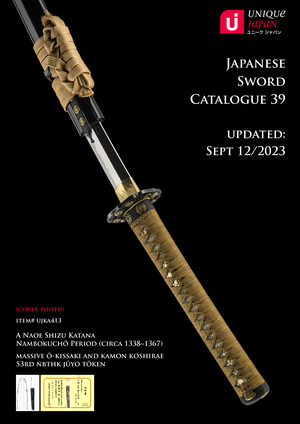 |
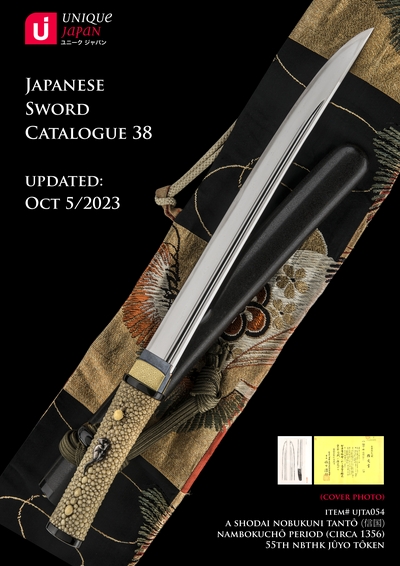 |
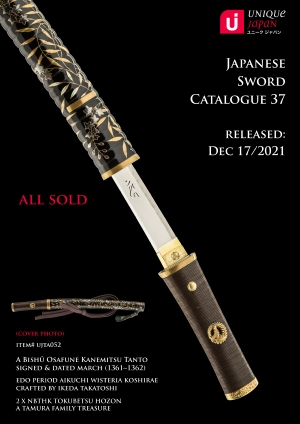 |
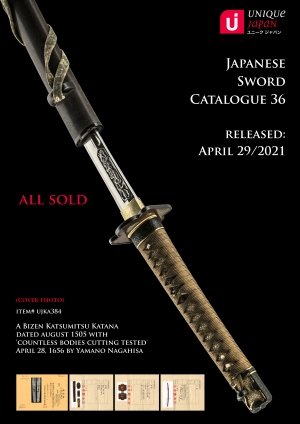 |
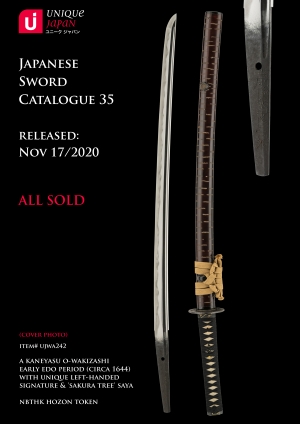 |
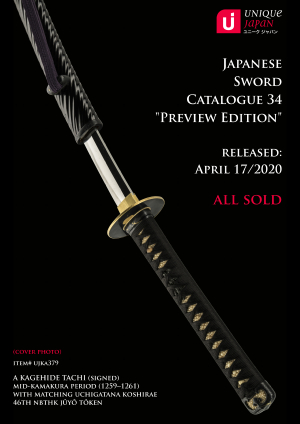 |
 |
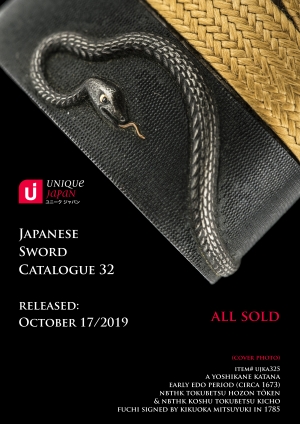 |
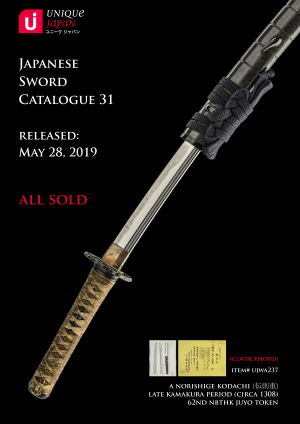 |
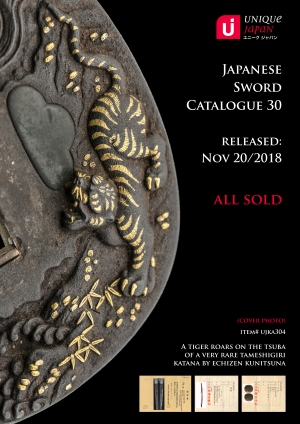 |
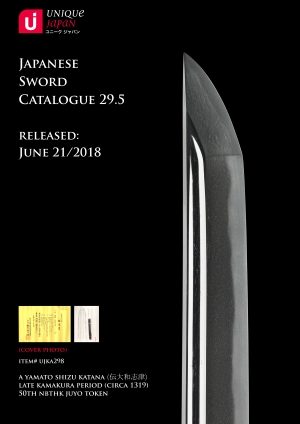 |
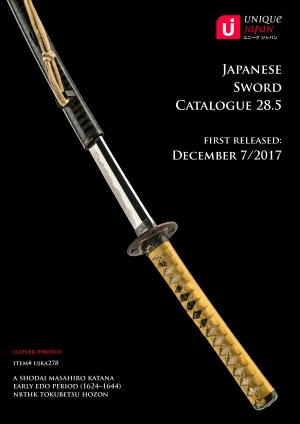 |
 |
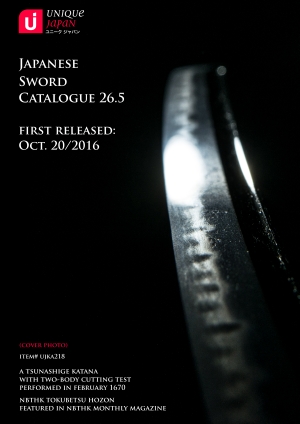 |
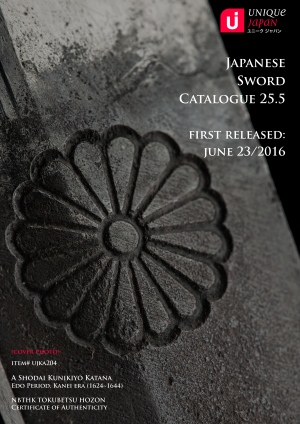 |
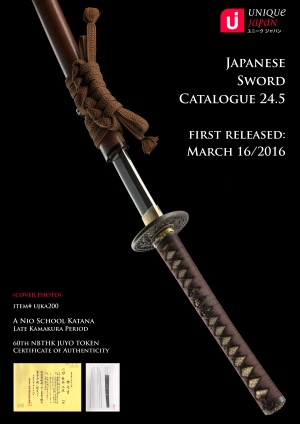 |
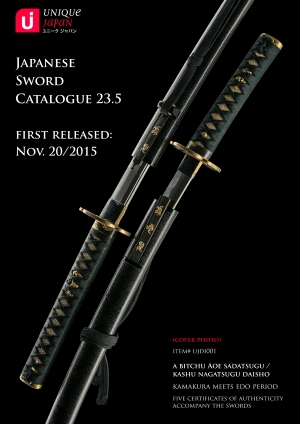 |
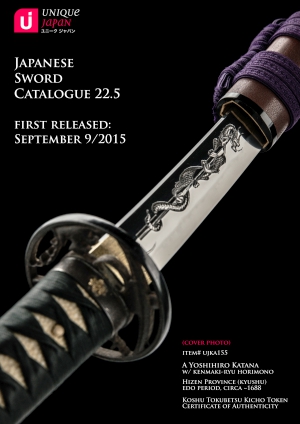 |
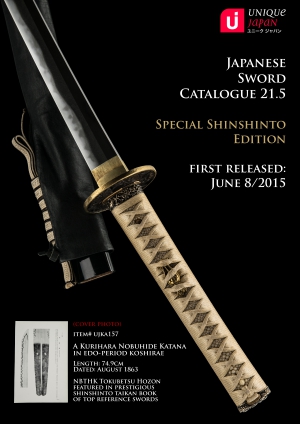 |
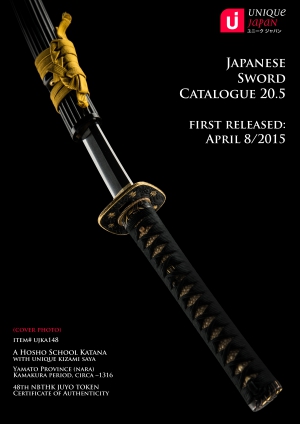 |
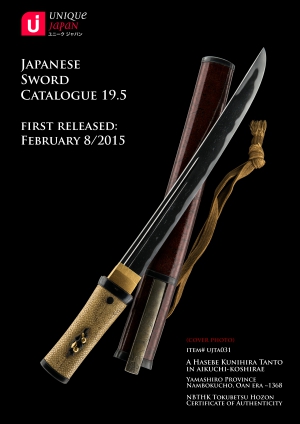 |
 |
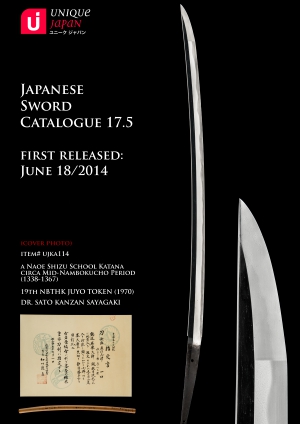 |
|
Popular Pages of Interest
About UJ | Custom Koshirae | Placing Orders | Testimonials | Resource | Terms & Conditions | Shipping Info | Contact
A RAI KUNIYOSHI KATANA*
Friday, June 1st, 2012This sword has been sold.
Photos (click for larger view!)
Questions?
ALL SAMURAI SWORDS from Unique Japan are GUARANTEED AUTHENTIC and come with a 3-DAY WORRY FREE Inspection Period.
Upcoming Sword Shows
Legal Exportation from Japan
A YOSHIIE WAKIZASHI
Thursday, May 31st, 2012Overview
(Yoshiie of the Fujiwara clan living in Kayoukinbu – an area of ancient Kaga province)
This sword has been sold
Description:
Yoshiie (sometimes read Yoshiiye) was a highly ranked swordsmith, rated as a Jo-Saku (superior swordsmith) by Fujishiro.
The sunagashi (sweeping waves of sand) seen in the hamon (temper line) speak to the absolute quality of the workmanship in this sword. It gives the impression that the sword was gently brushed by the artist.
Born “Susaki Kichiemon”, Yoshiie engraved on the nakago (tang) both his smith AND his name at birth in addition to the Darani School he belonged to, making this wakizashi very rare.
The nakago (tang) is dated as being a beautiful day in August 1675 (3rd year of Enpo, 8th month), plus the sword is certified as “especially precious” by the NBTHK (Society for the Preservation of the Japan Art Sword).
The Edo-period koshirae (mountings) are culturally very symbolic and expertly crafted. They are a beautiful collage of pure gold dragons with gold-leaf traditional Japanese musical instruments on an old iron tsuba (guard) from the 1700s.
Darani is a school of swordsmiths that followed the Mino tradition, which has its roots date back in the Nambokucho period (~1336-1392). Yoshiie’s teacher was Ietada, a true master who was regarded as the most skilled swordsmith in Kaga province.
About Kaga province (Kanazawa)…
Photos (click for larger view!)
Above and Below: The koshirae (mounts) for this special wakizashi.
Above: The three depictions on the tsuba are related to “Gagaku“, meaning old Japanese court music. The top and middle are parts of Kotsuzumi (Drum), and the bottom is of a Biwa, a four string Japanese flute.
These old Japanese musical instruments are used in Nohgaku (a traditional Japanese musical drama called Noh), suggesting a the owner was a proud Samurai in Kaga (where this sword was made). The Kaga clan had tremendous financial power and brought abundant cultural developments during the Edo period to the country.
Dated: A beautiful day on the 8th month, 3rd year of ENPO (August, 1675) by Darani Kichiemon (Yoshiie’s birth name in combination with the Darani School he belonged to.)
Above: Engraving reads: “Kayoukinbu no Ju Fujiwara no Yoshiie” (Swordsmith Yoshiie of the Fujiwara clan living in Kayoukinbu – an area of ancient Kaga province)
Below: An imposing 3-clawed Japanese dragon
Dragons are also found in the menuki (ornamental grips under the silk hilt)
Above & Below: The shirasaya is signed with the engraving found on the nakago of the sword (Yoshiie’s names and the crafted date)
The sword’s lovely antique koshirae bag (above) and it’s shirasaya carry bag (below)
Below: The sword’s NBTHK Tokubetsu Kicho certificate (A sword judged as especially precious by the Society for the Preservation of the Japan Art Sword)
Above: The sword’s old torokusho (registration card from Showa 26 – 1951). This suggests that the sword was held by a Damiyo (Great) family. The writing is all in old Japanese characters!
Questions?
ALL SAMURAI SWORDS from Unique Japan are GUARANTEED AUTHENTIC and come with a 3-DAY WORRY FREE Inspection Period.
Upcoming Sword Shows
Legal Exportation from Japan
A KANEMOTO (MAGOROKU) KATANA
Wednesday, March 21st, 2012This katana has been SOLD.
Overview (full text description follows photos)
This sword has been sold
Photos (click for larger view)
(Above) A full-length view of the Kanemoto sword featuring an irregular sanbonsugi temperline (characteristic of Magoroku Kanemoto)
(Above) This scanned reference text is taken from the Connoisseurs Book of Japanese Swords (page 221). It describes the main difference between the swords made by Kanemoto Magoroku and later generations of Kanemoto. The primary distinction is in the way the way the zig-zag temper line travels through the boshi (tip) of the sword to form the statue of Jizo. You can see the zig zag pattern below on this sword quite distinctively.
Jizo is seen as a savior, extremely important to pregnant women and children, working to ease the suffering of those suffering in the afterlife, and who answers prayers for the health and success of the living.
Praying statues of Jizo in Kamakura. The facial profile of Jizo is said to exist in the tip of the blade.
A closer look at the sanbonsugi hamon
Above and Below: The sword’s silver habaki (collar)
Above and Below: This is the Uchigatana set of Samurai mounts.
(Above) This tsuba was made by an armor maker as you can see the iron folded over. This special design was made for the Samurai’s quick release.
A closer look at the floral patterns on the fuchi (above). The Samurai would practice Ikebana (flower arranging) before battle to clear his thoughts and have better presence of mind.
An exquisitely made kashira (pommel) with a utopian scene.
(Above and Below) Menuki (ornamental grips under the silk) provide grip for the Samurai.
Above: The subtle pattern on the saya (scabbard) is a true work of art.
This saya is reinforced on the tip with folded iron so the Samurai could lunge at his foe if the sword could not be drawn in time. Notice the ‘heart’ – this is the depiction of the eye of an Inoshishi (wild boar). As the wild boar charges, he charges in one direction, never wavering. The Inoshishi’s spriti was revered by the Samurai.
This is the second traditional tachi koshirae that is included with the sword. It is from the EARLY EDO period (circa 17th century).
Below: The VERY HEAVY tsuba (guard) that a conservative estimate places it in the EARLY EDO period, quite possibly MUROMACHI period (16th century).
Below: This menuki (grip) features the Hollyhock kamon (crest) of the Tokugawa Family. This sword was owned with a family connection to the foremost Tokugawa Family, who were in control of the country during the Edo Period (1600-1867)
Below: The sword can be suspended from above, typically done when riding a horse. Notice the Hollyhock crest in the center of the saya (below).
This saya is also well strengthened at the tip
Above and Below: A Japanese swallow is much loved in Japan. It represents good luck, fidelity in marriage and fertility
A custom-made shirasaya (magnolia wood scabbard) to protect the sword from elements is included with the sword.
Katana carry bags to hold the sword and scabbards
Below: This is the vintage 1963 NBTHK (The Society for the Preservation of the Japan Art Sword) certificate attributing the sword to Kanemoto. These older certificates feature an actual ‘rubbing’ of the sword’s nakago (tang), which is it itself very collectible.
Above: The sword’s old torokusho (registration card). This suggests that the sword was likely held by a Damiyo (Great) family. The writing is all in old Japanese characters.
Description:
Questions?
ALL SAMURAI SWORDS from Unique Japan are GUARANTEED AUTHENTIC and come with a 3-DAY WORRY FREE Inspection Period.
Upcoming Sword Shows
Legal Exportation from Japan
A NAMINOHIRA YOSHIYASU KATANA WITH CUSTOM KOSHIRAE
Friday, March 16th, 2012This sword has been sold to a private collector.
Overview (full text description follows photos)
Photos (click for larger view)
Signed: Naminohira Yoshiyasu (very rare to see a Naminohira sword with a signature)
A close look at the Masame (straight grain body of steel)
Above: The sword’s gorgeous gold habaki (collar)
Above and Below: A most impressive koshirae custom built for the client
This sword was one of the first katanas made exclusively for one-handed combat (known as: “Katate-uchi”)
Nami means “wave”, therefore it was decided that this Naminohira sword would have a ‘wave’ inspired koshirae
A closer look at the waves on either side of the tsuba and on the fuchi (below)
The menuki (below) are a set of 3 Shisa lions, protecting the sword from evil spirits
The fuchi-kashira (collar and pommel) have been given NBTHK Hozon conservation status
Below: The sword is signed by Kozan-sensei authenticating the piece
Above and below: The special katana program from the Chiba Museum
Above: NBTHK TOKUBETSU HOZON certificate (A sword designated as Especially Worthy of Preservation by the Society for the Preservation of the Japan Art Sword.)
Below: NBTHK HOZON certificate (Fuchi-kashira designated as Worthy of Preservation by the Society for the Preservation of the Japan Art Sword.)
Above: A lovely Japanese silk bag holds the katana safe
Above: The sword’s torokusho (registration card).
Description:
Questions?
ALL SAMURAI SWORDS from Unique Japan are GUARANTEED AUTHENTIC and come with a 3-DAY WORRY FREE Inspection Period.
Upcoming Sword Shows
Legal Exportation from Japan
135 Classic Daruma Dolls (Gardener)
Tuesday, February 7th, 2012Protected: A SIGNED FIRST GENERATION KANEMICHI WAKIZASHI
Saturday, January 28th, 2012A SIGNED 1549 NAGAYUKI KATANA
Friday, January 27th, 2012This sword has been sold to a private collector.
Overview (full text description follows photos)
Photos (click for much larger views)
Fine rolling itame (wood grain swirls)
The hamon (temper line) is suguha (straight) with small gunome (waves)
The sword is in truly excellent condition
The Tenbun period which this sword was forged in saw the arrival of guns
and Christianity introduced to Japan by the Portuguese. A significant time in her history.
Above: Dated February (2nd month) in the 18th year of Tenbun (1549)
Above: Bingo no Kuni Ju Onomichi Goami Nagayuki Saku
Above: A powerful bo-hi (groove)
Above: A copper ni-ju habaki wrapped in gold
Above: A close look at the marvelous tsuba that compliments the katana
Below: A full length view of the koshirae (mounting) for the katana
The fuchi (collar) is signed by Iwamoto Konkan (1744-1801)
Menuki (ornamental grips) appear to be depictions of koi (carp in the sea). Carp are found in Japanese shrines and temples and are deeply revered for their long life and beauty.
Below: A close look at the sword’s kashira (pommel) made of buffalo horn
Above: The sword was signed as an authentic piece by Dr. Kanzan Sato, the highly respected author and educator of Japanese swords
Dr. Kanzan wrote that this is an ‘excellent sword’.
Above: THE RARE NBTHK KOSHU TOKUBETSU KICHO CERTIFICATE
(JUDGED EXTRAORDINARILY PRECIOUS)
Above: The sword’s torokusho (registration card)
Description:
Questions?
ALL SAMURAI SWORDS from Unique Japan are GUARANTEED AUTHENTIC and come with a 3-DAY WORRY FREE Inspection Period.
Upcoming Sword Shows
Legal Exportation from Japan
AN UOMATSU ICHINORI WWII ARMY GUNTO
Friday, January 20th, 2012This sword has been sold.
Overview (full text description follows photos)
This sword was sold at Kamakura Sword Show IV.
Photos (click for larger view)
A signed WWII Army gunto blessed with a beautiful full length bo-hi (groove)
The nakago (tang) reads 関住魚松一則 = Seki Ju Uomatsu Ichinori
This is a traditionally made sword; it has been forged with folded steel and water tempered.
Above & Below: Closer look at the gunome hamon (wavy temper line) with bold ‘peaks’
Seki area is famous for ‘Sambonsugi” a temper line that peaks every third wave
The made-to-measure copper and silver plated habaki
This is a sword handcrafted with skill and patience at a time when many mass produced swords were being introduced. A dedication to the swordsmiths of centuries past.
Above & Below: The seppa (washers) and the tsuba (guard)
Notice the No.”9″ stamped on the pieces. They are all matching originals.
The “hearts” represent the eyes of a wild boar or inoshishi.
The inoshishi is one of Japan’s 12 symbols of its yearly zodiac calendar signifies “direction with purpose”. As the inoshishi charged, they charged with focus – never wavering.
All Army and Navy guntos carry a Sakura (cherry blossom) theme.
The national flower of Japan, and the most masculine.
The Sakura is an important Samurai symbol because the cherry tree blooms for a very short time, and then the flowers simply disappear.
Like the Samurai warrior, the cherry blossom dies at the peak of its maturity.
A full length view of the katana.
The scabbard is an original ‘steel’ saya. It’s very heavy and predates the more common aluminium scabbards that came into being in the latter years of WWII.
Below: One of the gunto ashi (suspension mounts) to stabilize the sword when mounted.
Below: The fleur-de-lys design for the shibabiki
(an intermediate scabbard reinforcement binding the two halves together)
Above: The head of the sword, securely fastened as it was originally
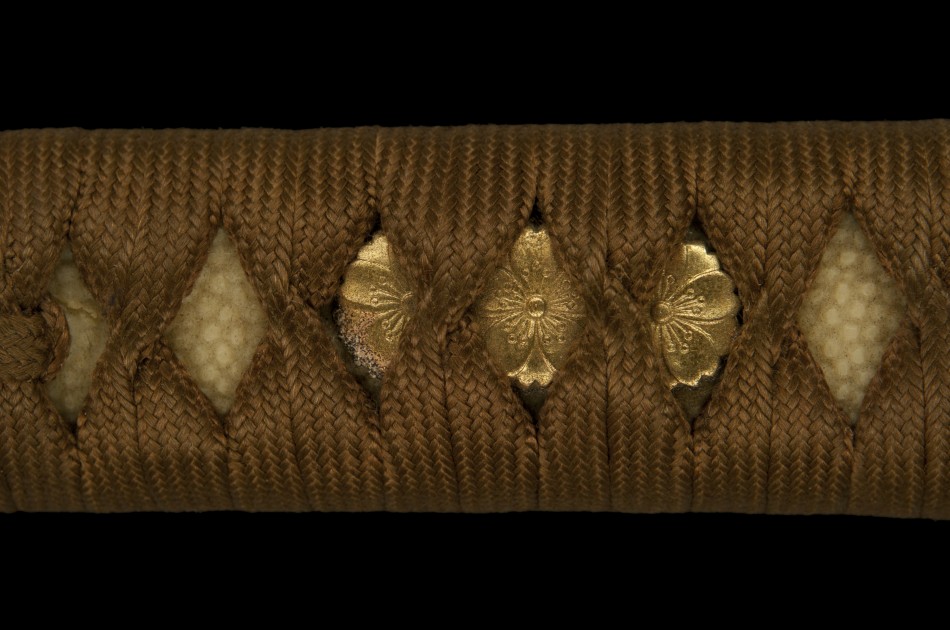
Above: The gunto’s classic sakura menuki (ornamental grips)
The kashira (pommel) has a cord sarute (sword knot loop) running through it
A look at the fine sori (curvature) and hamon of this 20th century katana
Above is the carry bag for the sword
Above & Below: NTHK Kanteisho certificate (A sword designated as Important by the Nihon Token Hozon Kai).
Stamped by 5 independent sword appraisal experts authenticate the signature.
Below: The sword’s torokusho (registration card)
Description:
All Army and Navy guntos carry a Sakura (cherry blossom) theme. The national flower of Japan and the most masculine one.
The Sakura is an important Samurai symbol because the cherry tree blooms for a very short time, and then they disappear.
Like the Samurai warrior, the cherry blossom dies at the peak of its maturity.
Questions?
ALL SAMURAI SWORDS from Unique Japan are GUARANTEED AUTHENTIC and come with a 3-DAY WORRY FREE Inspection Period.
Upcoming Sword Shows
Legal Exportation from Japan
A TAKAHIRA II DRAGON WAKIZASHI
Tuesday, January 17th, 2012This sword has been sold.
Overview (full text description follows photos)
Photos (click for larger view)
A signed and dated blade by Kaga no Kuni Takahira 2nd generation
2nd month in the 5th year of Enpo (February, 1677)
Above: A view of the beautiful masame jihada (straight wood grain body)
Fascinatingly this sword was in part made using imported steel from Portuguese or Spanish merchant ships. This would have been a rare and exotic achievement in the 17th century.
A most unique gold leaf habaki design pattern
Below: A complete Edo-period matching koshirae with a dragon theme
2012 is the “Year of the Dragon” giving the sword extra special significance
Above: A close look at the tsuba (guard) of the sword
A fine tsuba (guard) with a 3-claw Japanese dragon theme
Take hold of one very special dragon fuchi (collar)
Note: Japanese dragons have 3 claws, Chinese dragons have 4
Above and below: The dragon slithers its way around the fuchi
Below: The menuki (ornamental grip) is an inoshishi (wild boar). This animal which is one of Japan’s 12 symbols of its yearly zodiac calendar that represents “direction with purpose”. Birth years of the Inoshishi include 1947, 1959, 1971, 1983, 1995, 2007
As the inoshishi charged, they charged with focus on a target or goal – never wavering. This moral correctness of Rectitude is a virtue the Samurai held close to their heart.
Above: A close look at the cleverly crafted dragon on the kashira (pommel) of the sword
Above and below: The Samurai’s trusted and decorated kozuka (utility knife)
Above: 2nd month in the 5th year of Enpo (February, 1677)
Below: Kaga no Kuni Ju Tsujimura Denuemon Takahira Saku (outside longer column)
The inside kanji (南蛮鉄造之) reads “Namban Tetsu Tsukuri” (made using imported steel)
Below: A closer look at the hamon (temper line)
Below: The elegant silk bag for the sword with gold leaves representing health and longevity
Above: This sword is certified NBTHK Hozon (worthy of conservation)
Below: The sword’s torokusho (registration card)
Description:
“I made a personal visit to the respected NBTHK museum in Yoyogi and showed one of the curators this particular Takahira wakizashi. You could tell that curators don’t often get ‘too excited’ about Japanese swords as they have literally seen them all…
I have to say though that he was rather impressed with the fact that this sword was signed with “Nanban tetsu” (foreign-made steel).
The curator explained to me that the museum has performed metallurgical tests on swords with Nanban tetsu in the past. And what they discovered is that a relatively small percentage of the actual steel is “foreign steel”.
Think of it as a special mixture, delivering unique results that hold a rare and admirable artistic characteristics. It would have been far too expensive to forge using only Nanban tetsu, plus the results would likely not be as desirable as when forging with primarily Japanese iron.”
Interested in Ownership of an Antique Japanese Sword?
To visitors in Japan…
To visitors around the world…
Legal Exportation from Japan
All required paperwork is provided free of charge for clients.
Popular Pages of Interest
→ 5 Steps to Owning an Authentic Japanese Samurai Sword
→ Download catalogue of currently available Japanese swords
→ PARTS of a Japanese Sword and Mountings (High-quality images)
→ 7 reasons WHY I love Japanese swords
→ Resource Information on Japanese Swords
→ NBTHK Certification Paper Ranking for Japanese Swords
→ NTHK-NPO Certification Paper Ranking for Japanese Swords
A YASUHIRO DRAGON WAKIZASHI
Monday, January 16th, 2012Overview (full text description follows photos)
This sword was sold at the Yokota Sword Show, Spring 2012
Photos (click for larger view)
A signed blade that reads YASUHIRO CRAFTED SWORD FROM EDO (Tokyo area)
A hirazukuri (flat) shaped sword with a full groove.
The sword is in excellent condition.
Above: A view of the beautiful mokume jihada (tight wood grain body)
A valuable gold habaki fastens the sword
Above and below: A complete Edo-period matching koshirae with a dragon theme
2012 is the “Year of the Dragon” giving the sword extra significance
Above: A close look at the hamon (temper line)
Notice the ‘3 peak’ pattern with the lovely notare wave
Above and below: A close look at the aikuchi koshirae
When snuggly fastened, the dragons match up perfectly
Above: This is a dragon-designed kurigata (the hole where the silk sageo passes through)
Above and below: The kozuka (utility knife) portion of the koshirae
Above and below: The kozuka features a butterfly design. The Japanese view butterflies as souls of the living and the dead. They are considered symbols of joy and longevity.
Above: A close shot of the dragon-designed kashira (pommel)
Above: A closer look at the signed nakago (tang)
Above and below: A shirasaya in fine condition
Above: silk carry bag for shirasaya
Below, the vintage silk bag for the koshirae with the cranes flying high
Cranes symbolize longevity in Japan are the country’s national bird
Above: This sword has a rare 1980 NBTHK certificate valuing it as “especially precious”
Below: The sword’s torokusho (registration card)
Description:
Special Gift
Questions?
ALL SAMURAI SWORDS from Unique Japan are GUARANTEED AUTHENTIC and come with a 3-DAY WORRY FREE Inspection Period.
Upcoming Sword Shows
Legal Exportation from Japan
A NAOE SHIZU KANENOBU KATANA
Thursday, January 12th, 2012Overview (full text description follows photos)
This sword has been sold to a private collector.
Photos (click for larger view)
Born in Saga prefecture (Hizen) in Kyushu, Captain Ito Sukeyasu studied at the Imperial Japanese Naval Academy from the 19th of Meiji (1886) and graduated on the 23rd of Meiji (1890). Right after he was promoted to be a junior commissioned officer, he participated in First Sino- Japanese war (August 1, 1894 to April 17, 1895. He also participated in the Russo-Japanese War (February 8, 1904 to September 5, 1905).
He was promoted to be a commissioned officer in the 40th of Meiji (1907). Once he was promoted to Captain on December 1st, 2nd of Taisho (1913), he was in charge of a Naniwa-class protected cruiser called, “IJN Takachiho”.
Takachiho was torpedoed and sunk on October 17, 1914 by a German Navy S-90 during WWI.
271 officers and men perished including Captain Ito.
The largest single loss of life during the entire war.
Below: On the middle/right area of the vintage shirasaya (magnolia scabbard), it reads:
Ko (Deceased/Dead), Ito Taisa (Captain Ito), Ihin (Memento)…A memento of the Deceased Captain Ito.
The four larger Japanese kanji characters on the left hand side (strike point of the blade) reads the Captain’s name: “Ito Sukeyasu”.
This rare katana by Naoe Shizu Kanenobu has a length of 70.7cm and a lovely curvature of 1.6cm. It dates back 650 years to a significant time in Japanese history called the Nambokucho period – also known as the Northern and Southern Courts period.
A thrilling bo-hi (groove) extends the full length of the blade. The primary purpose of the groove was to lighten the blade, so as to give the Samurai better balance and control.
A prime virtue of the groove is that it delivered added strength to the sword as the cross-section of the blade will reveal the characteristics of an i-beam.
The founder, Shizu Kaneuji of the Naoe Shizu school was one of the great Masamune’s ten students. This sword was made by a student of Kaneuji, Naoe Shizu Kanenobu.
Fascinatingly, Kaneuji moved to Naoe village in Nanboku period and became the leader of the school he founded, Naoe Shizu. Their unique craftsmanship is a mix with Yamato Den (from Nara) and Soshu Den (Masamune area, Kamakura) even though they were based from Mino.
The lovely jihada (body grain) features itame (timber grain) with shirake utsuri (this is like a faint shadow found on the upper part of the blade, typical of the Mino tradition). Notice the plentiful amounts of highly-valued Nie-deki clusters of visible crystals in the body of the sword.
In the middle of the sword within the hamon you can find kinsuji (lightning bolts) and sunagashi (streaks of sand, which is more discernible). Both highly prized for sword connoisseurs.
An formidable classic copper habaki that dates back to the Edo period (pre 1868).
The distinctive red saya (scabbard) is also extremely significant in Japanese culture. The color red symbolizes strength and leadership, reminiscent of the rising sun. It also traditionally represents good fortune, happiness, and luck. This is undoubtably a mounting meant to be worn for very special occasions.
The tsuba (guard) is an intricate creation of karakusa (floral arabesques) pattern crafted in the early 20th century and valued itself at well over 100,000 yen ($1,300).
Notice the “heart” symbol on the tsuba. This is called inome or the eye of a wild boar (inoshishi).
This heart symbol signifies “direction with purpose”. As the inoshishi charged, they charged with focus, never wavering. This moral correctness of Rectitude is a virtue the Samurai held very dear.
A closer look at the beautiful karakusa (floral arabesques) pattern crafted in the early 20th century.
For those who have spent time in Japan, and especially on Okinawa, Shisa lions are unmistakable. They are a traditional Ryukyuan decoration, often in pairs, resembling a cross between a lion and a dog, from Okinawan mythology.
Shisa are wards, believed to protect one from evil. The left shisa traditionally has a closed mouth, whereas the right one is open.
All the Shisa pieces on this sword’s koshirae (mounting) were made more than 150 years ago during the Edo period at the height of skilled decorative metalwork.
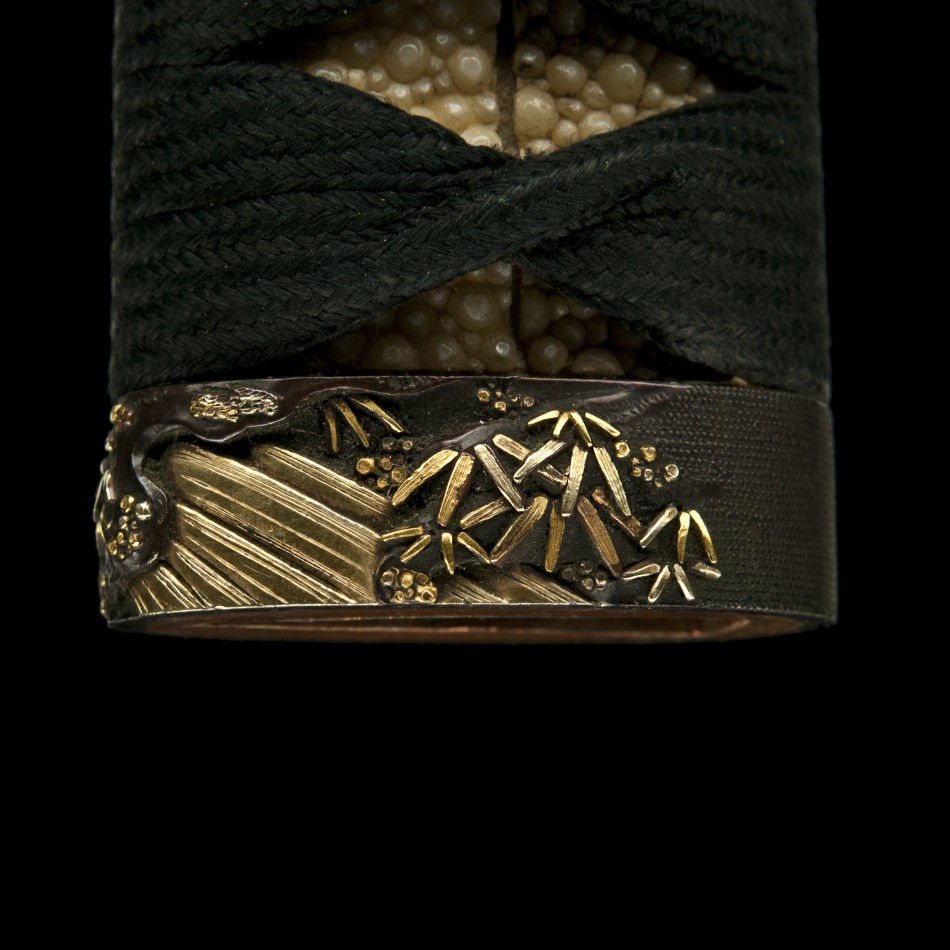
More fine metalwork in what appears to be a depiction of bamboo. In Japan, a bamboo forest sometimes surrounds a Shinto shrine as part of a sacred barrier against evil.
Further Shisa lions can be found on the sword’s menuki (ornamental grips under the silk as illustrated above).
Below, an exquisite Shisa lion crafted in the Edo period is featured prominently on the kashira (pommel).
Above is the carry bag for the sword’s shirasaya. Below is the silk brocade carry bag for the sword’s koshirae (mounting).
Captain Ito’s ancestry were high ranking Samurai in Hizen.
His family kamon (crest) is Iorimokkou (庵木瓜) as illustrated above.
NTHK Kanteisho certificate (A sword designated as Important by the Nihon Token Hozon Kai).
Stamped by 5 independent sword appraisal experts from the organization.
The Connoiseurs Book of Japanese Swords (ie. the Bible of Japanese swords) listed Naoe Shizu Kanenobu as leading smith in the Mino Tradition.
A screenshot from the book is pictured above. Below is the sword’s torokusho (registration card).
Description:
This sword was proudly owned by a prominent figure in Japanese Naval history, Captain Ito Sukeyasu.
IJN Takachiho, which was built in Newcastle England in 1885, was torpedoed and sunk on Oct. 17, 1914 by a German Navy S-90 during WWI. 271 officers and men perished including Captain Ito. The largest single loss of life during the entire war.
The founder, Shizu Kaneuji of the Naoe Shizu school was one of the great Masamune’s ten students. This sword was made by a student of Kaneuji, Naoe Shizu Kanenobu.
For those who have spent time in Japan, and especially on Okinawa, Shisa lions are unmistakable. They are a traditional Ryukyuan decoration, often in pairs, resembling a cross between a lion and a dog, from Okinawan mythology.
Shisa are wards, believed to protect one from evil. The left shisa traditionally has a closed mouth, whereas the right one is open.
Questions?
ALL SAMURAI SWORDS from Unique Japan are GUARANTEED AUTHENTIC and come with a 3-DAY WORRY FREE Inspection Period.
Upcoming Sword Shows
Legal Exportation from Japan
A MATSUDAIRA DAIMYO FAMILY KATANA
Wednesday, January 11th, 2012This sword has been sold to a private collector.
Overview (full text description follows photos)
Photos (click for larger view)
Description:
In the 16th century, the leader of the clan Matsudaira Motoyasu, changed his name to “Tokugawa Ieyasu” and became the first Tokugawa Shogun in 1603.
Questions?
Upcoming Sword Shows
Legal Exportation from Japan
A KASHU JU IETADA WAKIZASHI
Wednesday, January 11th, 2012Overview (full text description follows photos)
This sword was sold at the Okinawa Sword Show III (November 2011)
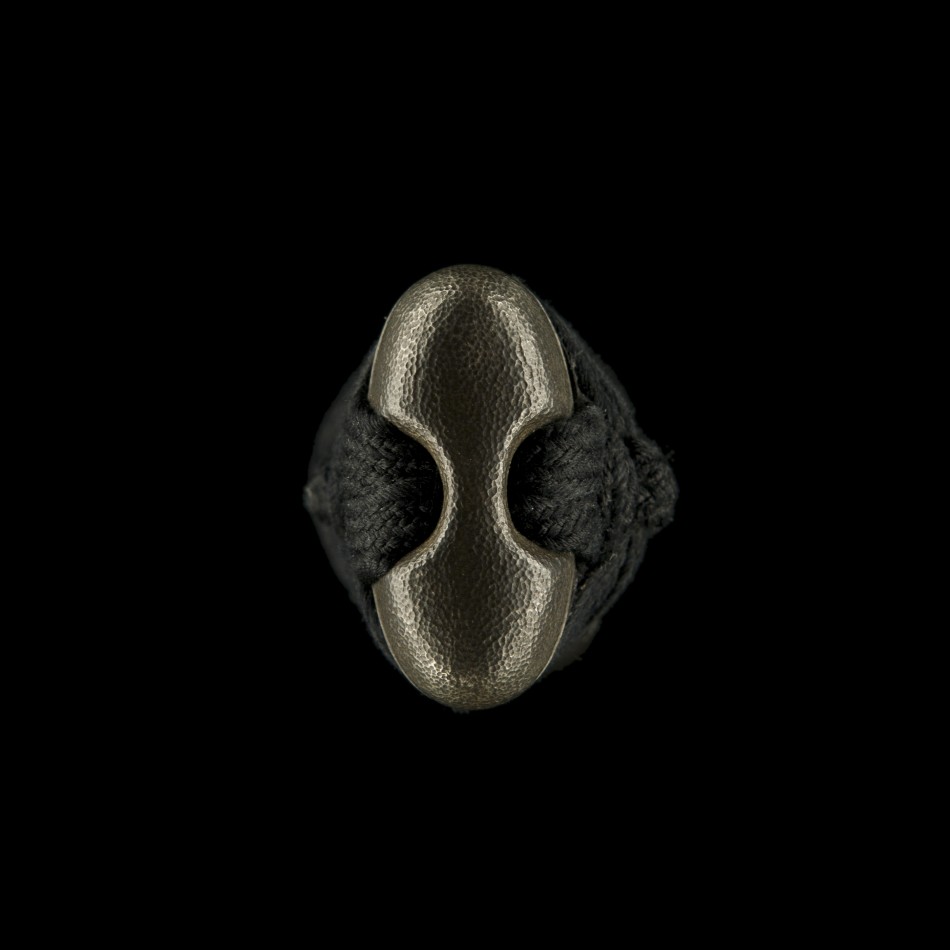
Description:
Questions?
ALL SAMURAI SWORDS from Unique Japan are GUARANTEED AUTHENTIC and come with a 3-DAY WORRY FREE Inspection Period.
Upcoming Sword Shows
Legal Exportation from Japan
A KAGA ZOUGAN INLAY WAKIZASHI
Wednesday, January 11th, 2012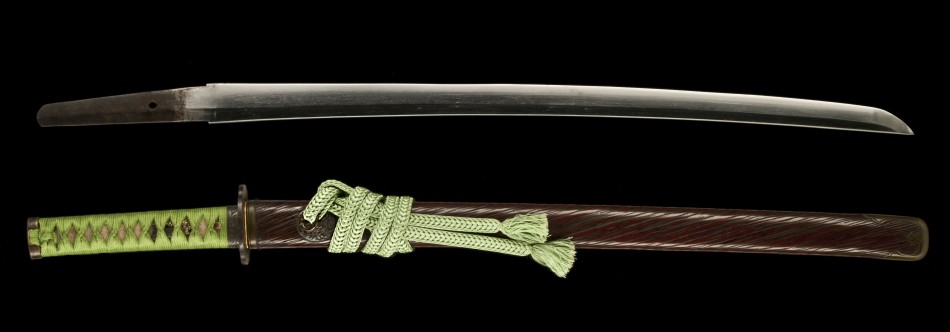
Overview (full text description follows photos)
This sword was sold at the Kamakura Sword Show Vol. V
Photos (click for larger view)
Description:
What gives this wakizashi tremendous character is the very rare intricately carved depiction of Susano-o on the saya (scabbard) . Susano-o is the Japanese Shinto god of the sea and storms. He is protecting this sword with all his legendary power and might.
Questions?
ALL SAMURAI SWORDS from Unique Japan are GUARANTEED AUTHENTIC and come with a 3-DAY WORRY FREE Inspection Period.
Upcoming Sword Shows
Legal Exportation from Japan
A KANENOBU UJIFUSA WAKIZASHI
Wednesday, January 11th, 2012This sword was sold at the Okinawa Sword Show III (November 2011)
Overview (full text description follows photos)
Photos (click for larger view)
Description:
Questions?
Upcoming Sword Shows
Legal Exportation from Japan
A SIGNED YAMASHIRO NO KAMI KINMICHI WAKIZASHI
Tuesday, January 3rd, 2012This sword has been sold.
Overview (full text description follows photos)
Photos (click for larger view)
Description:
Iga (no) Kami Fujiwara Kinmichi 伊賀守藤原金道 (swordsmith’s name and title)
Questions?
Upcoming Sword Shows
Legal Exportation from Japan
A HORSE KOSHIRAE WAKIZASHI
Wednesday, November 23rd, 2011
Pre-event photo (click for larger view)
Description:
Questions?
Upcoming Sword Shows
Legal Exportation from Japan
A SIGNED JUMYO (LONG LIFE) WAKIZASHI
Monday, November 21st, 2011Overview (full text description follows photos)
This sword has been SOLD.
Photos (click for larger view)
Above: This sword is signed Jumyo, meaning life span or longevity.
As it’s message was so hopeful, their swords were prized as celebrated gifts to Daimyo (great) families amongst the Samurai society during the Edo period.
Above: A closer look at the gunome hamon (wavy) temper line
Above and below: A closer look at the vintage copper 2-piece habaki
(niju style) as it can be separated
Above and below: The sword’s quality mounting (koshirae)
Above and below: closer looks at the fine gunome hamon
Above: A close look at the robust tsuba (guard). The honeycomb pattern is symbolic of a tortoise shell meaning “long life and longevity”
Above: The tsuba is signed “Nobuie”. Notice the paper crane that is revealed in the corner.
Above: A finely detailed dragon exists for the menuki (ornamental grip)
Above: A close look at the solid kashira (pommel)
Above: The silk carry bag for the sword
Below: The sword’s torokusho (registration card)
Description:
This sword is signed Jumyo, meaning life span or longevity. As it’s message was so hopeful, their swords were prized as celebrated gifts to Daimyo (great) families amongst the Samurai society during the Edo period.
Questions?
ALL SAMURAI SWORDS from Unique Japan are GUARANTEED AUTHENTIC and come with a 3-DAY WORRY FREE Inspection Period.
Upcoming Sword Shows
Legal Exportation from Japan
A CLASSIC YAMATO TEGAI SCHOOL WAKIZASHI
Monday, November 21st, 2011This sword was sold at the Kamakura Sword Show Vol. V
Overview (full text description follows photos)
This sword has been sold
Photos (click for larger view)
This particular wakizashi was crafted by the Tegai School in the Yamato tradition. The name of the school originated from the Tegaimon (gate) of Todaiji temple in Nara. The smiths lived in the temple town.
The Tegai school was founded in the late Kamakura period by Kanenaga and ceased to be active at the end of the Nambokucho period (circa 1392).
Above: A fine look at the sword’s jihada (body grain). A mixture of mokume (tight wood grain) and masame (straight grain)
Above and below: A close look at the copper habaki wrapped in gold inlay
Above and below: A koshirae with subtle beauty that is all in the details
Above: The swirls of the sword’s body grain is quite spectacular, a reflection of the mystery and quality of 14th century sword making
Above: Where the tsuba meets the fuchi
Above and below: A tsuba with fine gold-leaf bamboo metalwork
BELOW: The fuchi (collar) depicts the “Three Worthies” or “Three Friends”: pine, bamboo, and plum. The pine symbolizes endurance and longevity, the bamboo reflects strength and flexibility, and the plum evokes purity of character.
Above: The menuki (ornamental grip) is of a treasure chest, very unique
Above: A gold eagle flies along the kashira (pommel) of the koshirae
Above: The sword’s silk carry bag
Above: The sword’s vintage NBTHK Tokubetsu kicho certificate (a sword deemed especially precious). Notice the rubbing of the tang (oshigata) rather than a photograph, highly collectible.
Below: The sword’s torokusho (registration card)
Description:
This particular wakizashi was crafted by the Tegai School in the Yamato tradition. The name of the school originated from the Tegaimon (gate) of Todaiji temple in Nara. The smiths lived in the temple town.
The Tegai school was founded in the late Kamakura period by Kanenaga and ceased to be active at the end of the Nambokucho period (circa 1392).
As Yamato swordsmiths worked directly for temples, it was protocol to NOT sign the swords. Finding a signed Yamato school sword is akin to the Holy Grail in some respects.
Questions?
ALL SAMURAI SWORDS from Unique Japan are GUARANTEED AUTHENTIC and come with a 3-DAY WORRY FREE Inspection Period.
Upcoming Sword Shows
Legal Exportation from Japan
A DOTANUKI CRAB CLAW O-WAKIZASHI
Monday, November 21st, 2011This sword was sold at the Okinawa Sword Show IV
Overview (full text description follows photos)
This sword has been sold.
Photos (click for larger view)
Blessed with a spectacularly artistic hamon (temper line) known as “‘kani-tsume-ba midare“, meaning “wavy temper line with crab claws“
Crabs are symbolic of the great Ninja warriors for they both move sideways, silently approaching their target…
A very uniquely designed habaki with the shape of a Japanese fan (sensu)
Gold inlay on one side (above), silver on the other (below)
A splendid Edo-period koshirae (mounting) that features a kozuka (utility knife)
All elements of the koshirae match which is a distinguishing feature
A closer look at this very rare temper line (hamon).
Only the very best swordsmiths could manage a living in the 19th century working directly for great Daimyo families
Complimenting this magnificent piece is a fabulously ornate tsuba (guard) that is made from “Nanban tetsu“, or “foreign-made steel“, which was generally imported from Portuguese, Dutch or Spanish sailors in small amounts.
Above: A spectacular horse gallops and providing grip for the Samurai
The Samurai revered the horse for her stamina, beauty and elegance
Notice the matching leaf designs on the tsuba, fuchi and kashira signifying healthy and prosperity
The sword is blessed with a Samurai utility knife (kozuka). The design depicts the “Three Worthies” or “Three Friends”: pine, bamboo, and plum. The pine symbolizes endurance and longevity, the bamboo reflects strength and flexibility, and the plum evokes purity of character.
A quality shirasaya (magnolia wood scabbard) houses the sword when mounted to best protect the blade
Above: The decorative silk carry bag for the koshirae mounting
Below: The silk carry bag for the shirasaya
Below: The sword’s NBTHK Hozon certificate (A sword designated worthy of conserving by the Society for the Preservation of the Japan Art Sword)
Description:
Special Gift
Questions?
ALL SAMURAI SWORDS from Unique Japan are GUARANTEED AUTHENTIC and come with a 3-DAY WORRY FREE Inspection Period.
Upcoming Sword Shows
Legal Exportation from Japan
AN ECHIZEN SUMI-E TSUGUHIRO O-WAKIZASHI
Monday, November 21st, 2011(This sword has been SOLD)
Overview (full text description follows photos)
Photos (click for larger view)
Description:
Questions?
ALL SAMURAI SWORDS from Unique Japan are GUARANTEED AUTHENTIC and come with a 3-DAY WORRY FREE Inspection Period.
Upcoming Sword Shows
Legal Exportation from Japan
AN OMI NO KAMI FUJIWARA TSUGUHIRO WAKIZASHI
Saturday, November 5th, 2011This sword was sold at The Okinawa Sword Show Vol. III
Overview (full text description follows photos)
This sword has been sold
Photos (click for larger view)
Description:
Questions?
Upcoming Sword Shows
Legal Exportation from Japan
AN ECHIZEN NO KAMI SUKEHIRO WAKIZASHI*
Friday, November 4th, 2011Overview (full text description follows photos)
Photos (click for larger view)
Description:
View this Sword in Person:
Convenient Layaway Plan:
Exportation from Japan:
A MEIJI-PERIOD SHIKOMIZUE (ELITE SAMURAI CANE SWORD)
Wednesday, November 2nd, 2011This sword was sold at The Okinawa Sword Show Vol. III
Overview (full text description follows photos)
Photos (click for larger view)
Description:
During the heart of the Meiji Period (1868-1912), the Samurai class were banned from the carrying of swords by the Hito-Rei Edict of 1876. This attempt to end a thousand years of tradition was not received lightly by the proud warrior class and thus the shikomizue was born.
Shikomizue (or “prepared cane”) was a cleverly concealed Japanese sword inside an unsuspecting walking cane.
Questions?
Upcoming Sword Shows
Legal Exportation from Japan
Popular Pages of Interest
A MUROMACHI PERIOD SUE-SEKI HITATSURA HAMON WAKIZASHI
Saturday, October 29th, 2011This sword was sold at the Kamakura Sword Show Vol. V
This sword has been sold
Photos (click for larger view)
Description:
** “Mino-province swords were, from the start, famous for their sharpness. Smiths centered in the town of Seki are representative of the Mino tradition of the time just after the middle of the Muromachi period. Generally, Mino-province swords of this period are known as Sue-Seki swords, because of the prosperity of the town of Seki.”
Questions?
ALL SAMURAI SWORDS from Unique Japan are GUARANTEED AUTHENTIC and come with a 3-DAY WORRY FREE Inspection Period.
Upcoming Sword Shows
Legal Exportation from Japan
A DAIMYO FAMILY SHIMOSA NO KAMI KUNIYOSHI KATANA
Friday, October 28th, 2011This sword was sold at The Okinawa Sword Show Vol. III
Overview (full text description follows photos)
Photos (click for larger view)
Description:
This katana was registered on April 3, 1951 (Showa 26), which is important as this is the first year that Japanese swords were officially recorded and registered in Japan. ONLY prestigious swords from Daimyo families were invited to be registered on this extremely symbolic year.
Questions?
Upcoming Sword Shows
Legal Exportation from Japan
A KANEHARU HORSE TANTO
Wednesday, October 19th, 2011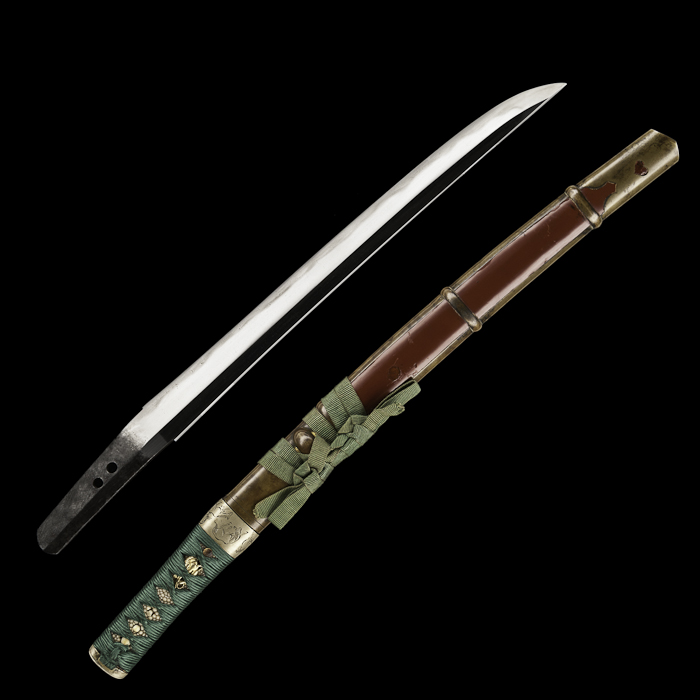
This sword was sold at the Kamakura Sword Show III
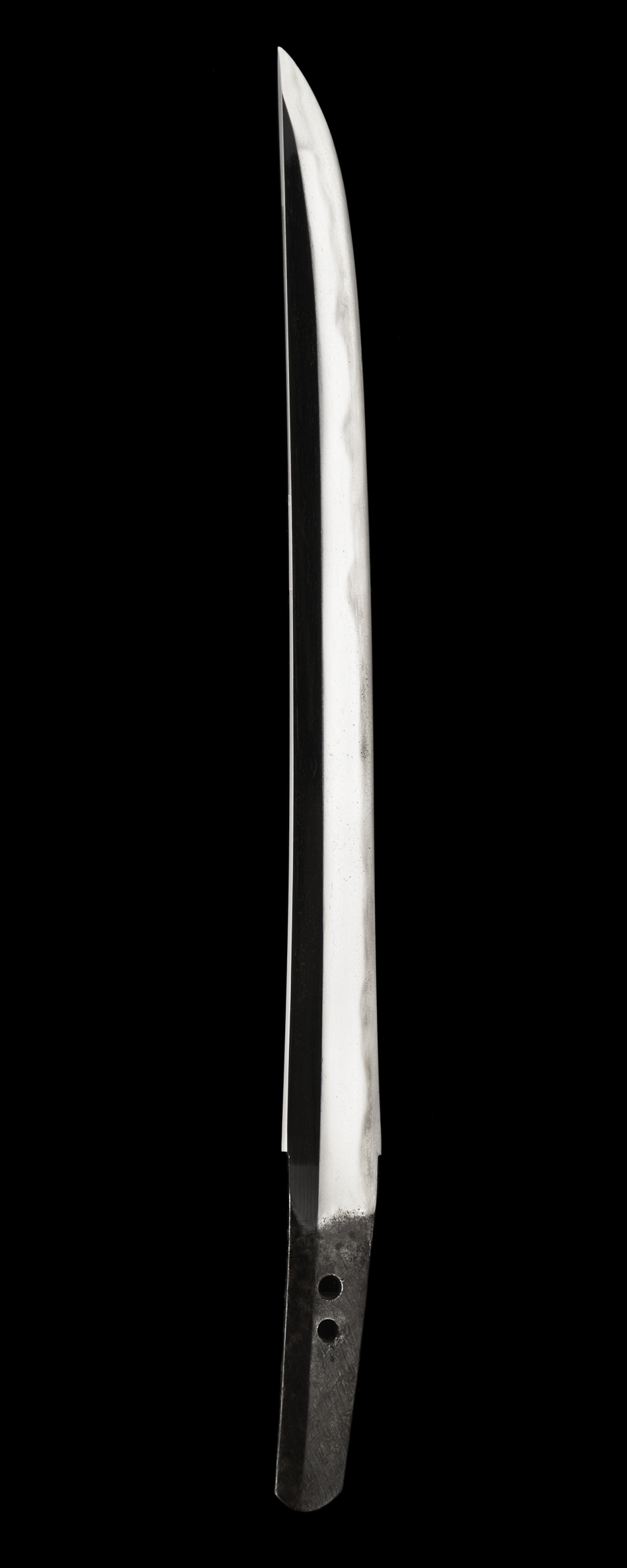
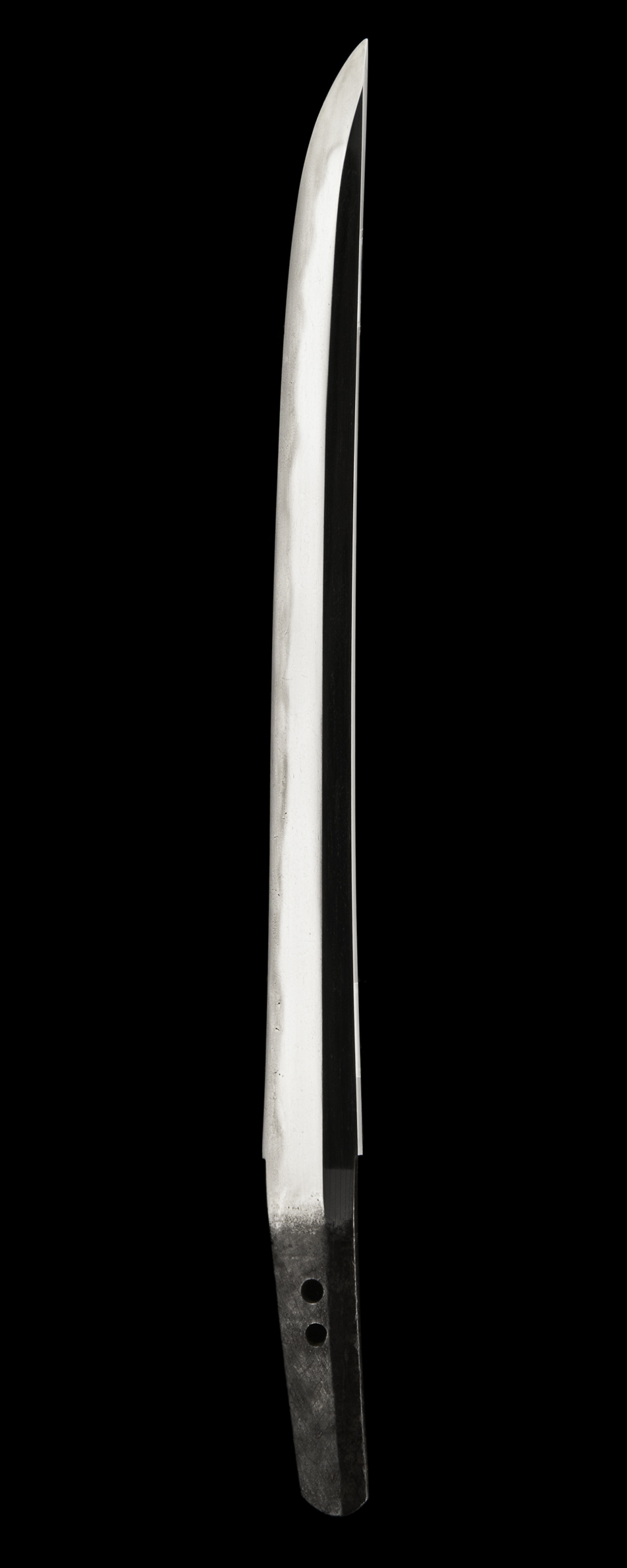
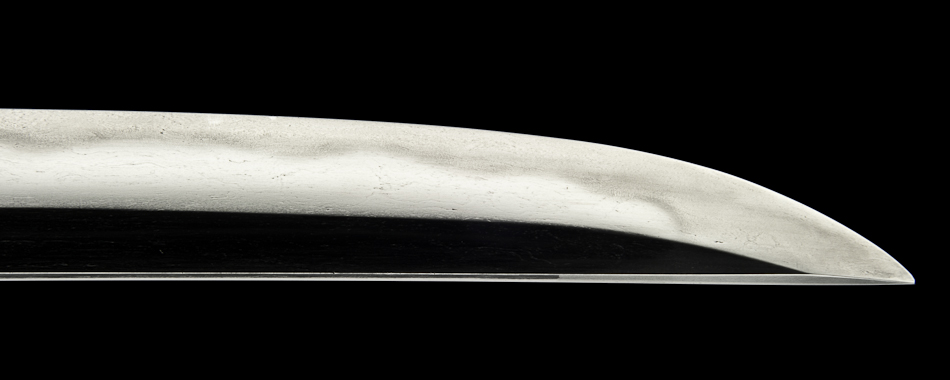
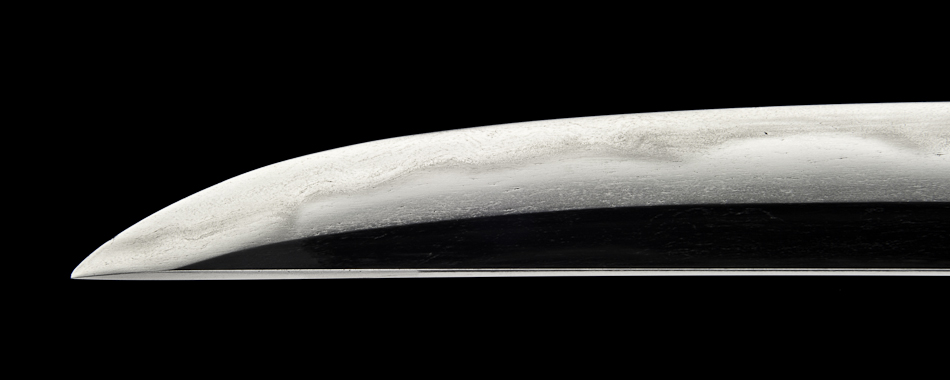
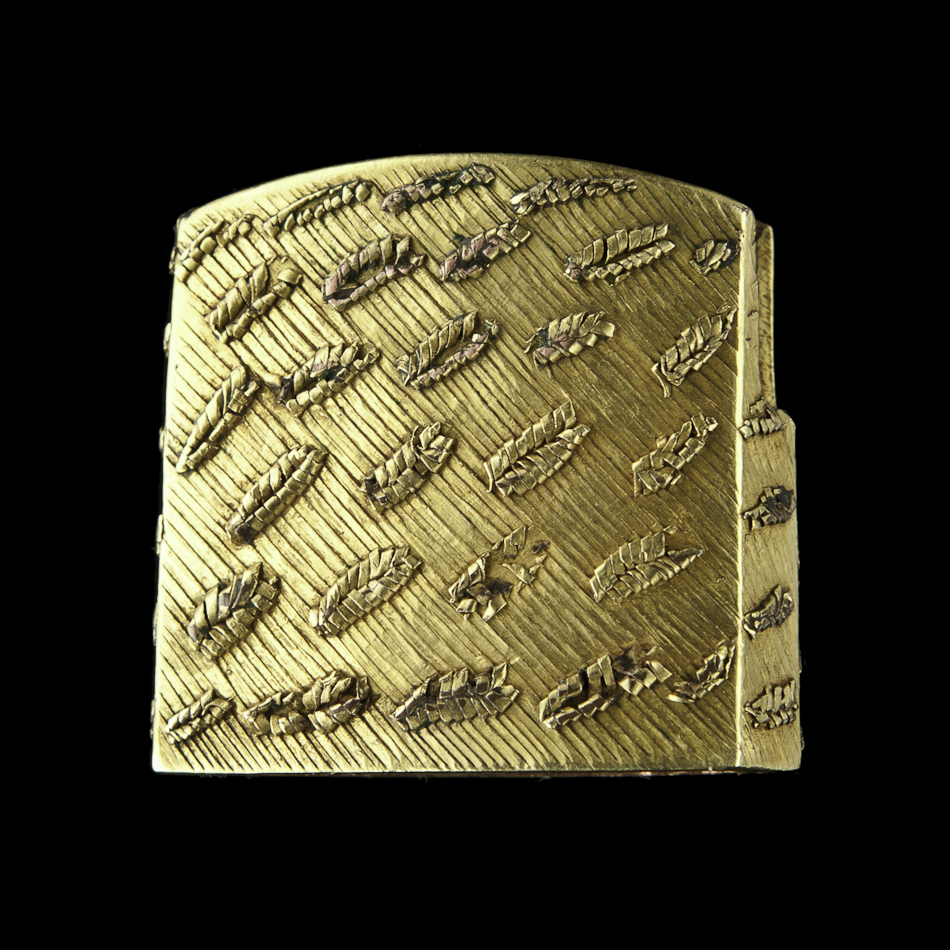
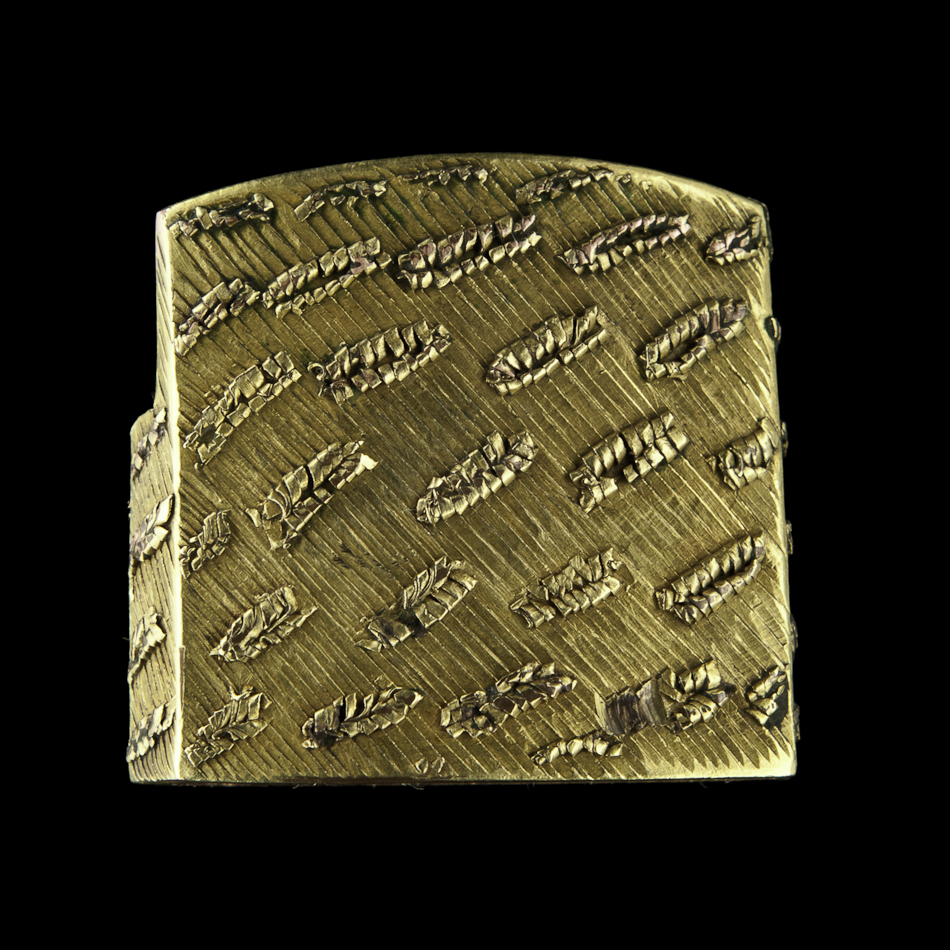

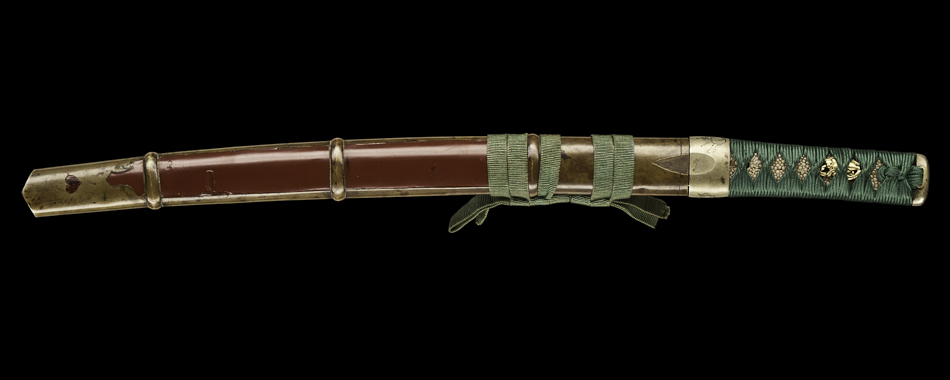
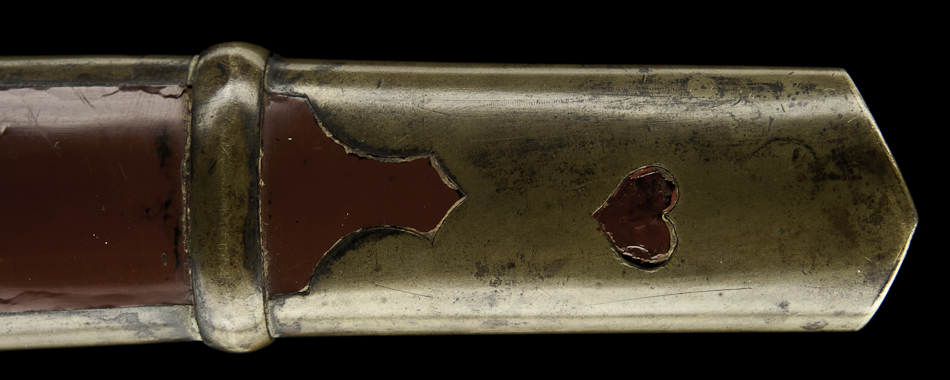
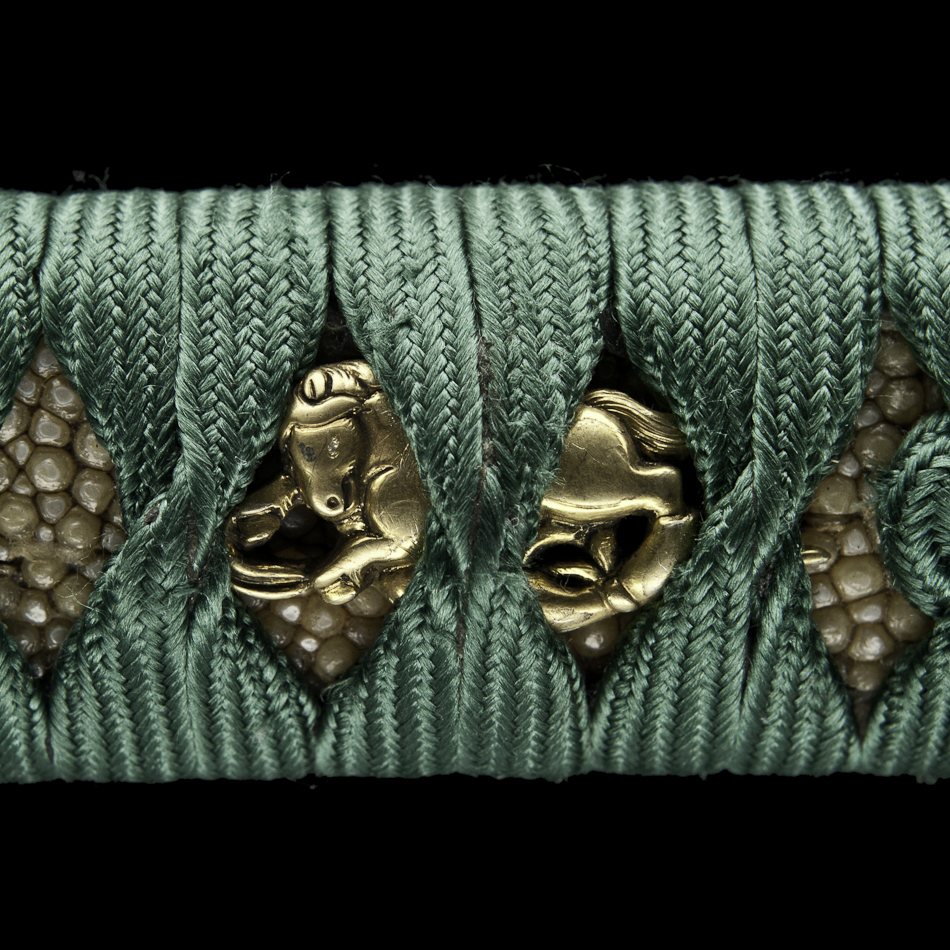
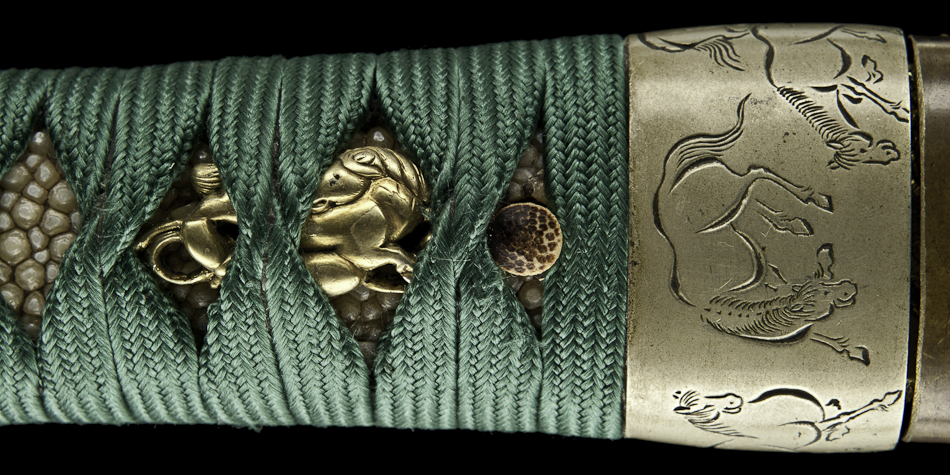
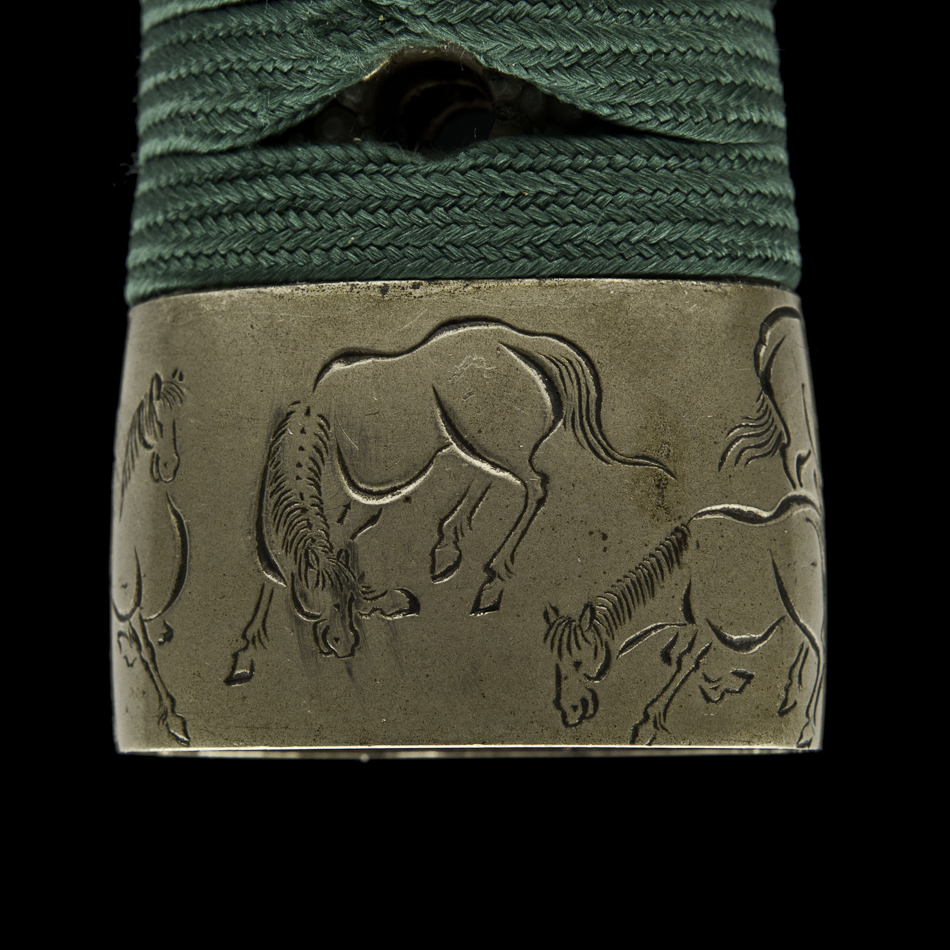
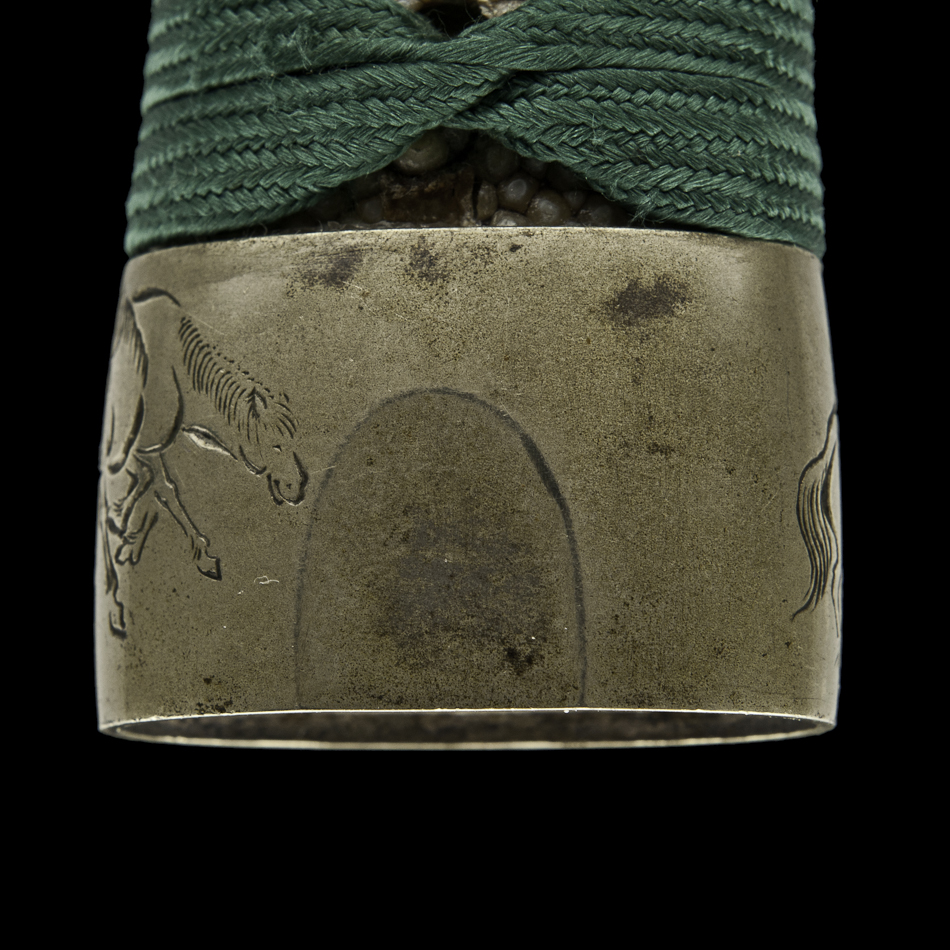
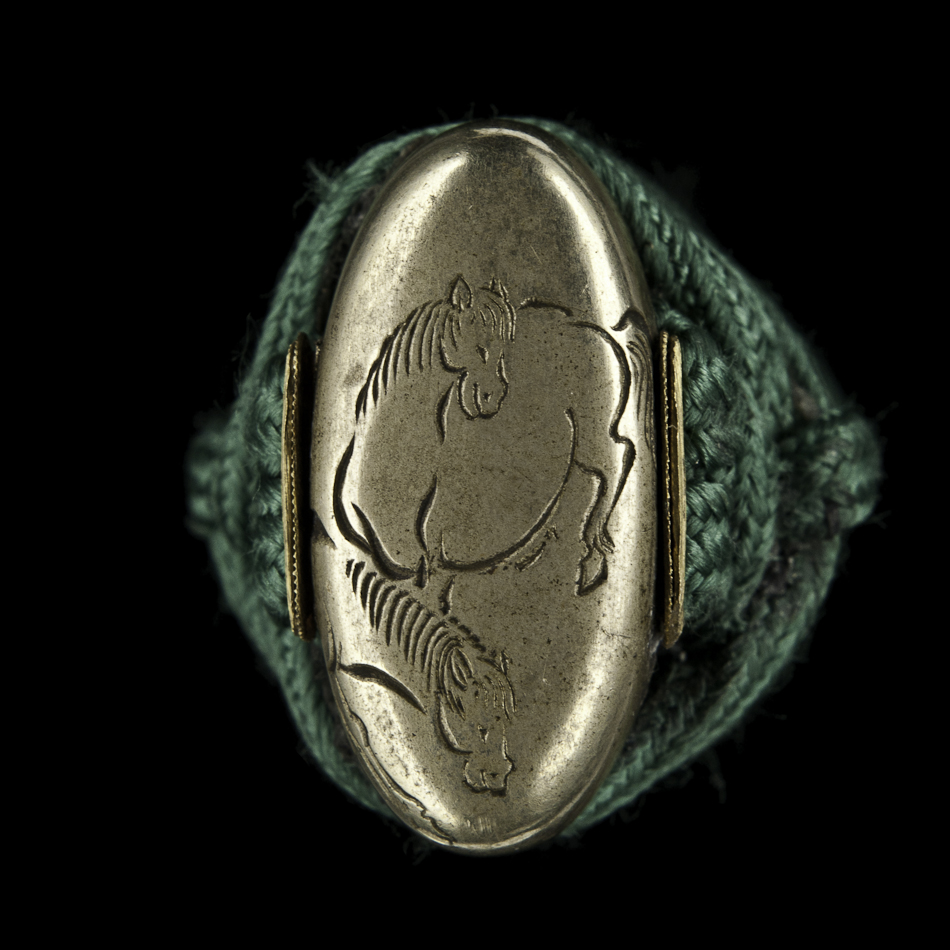
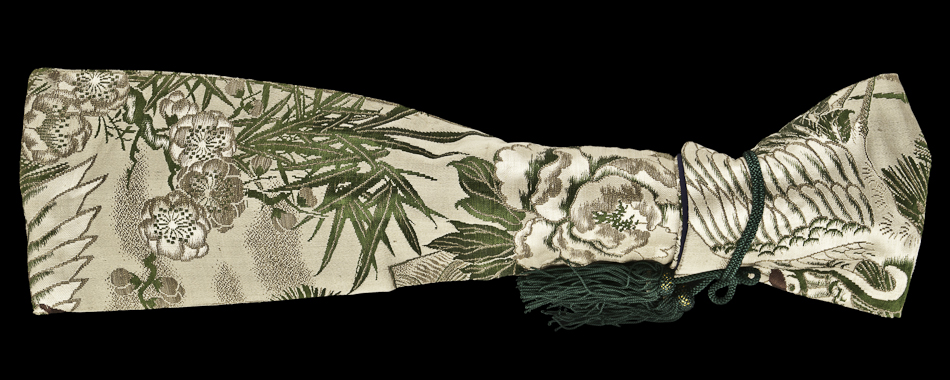

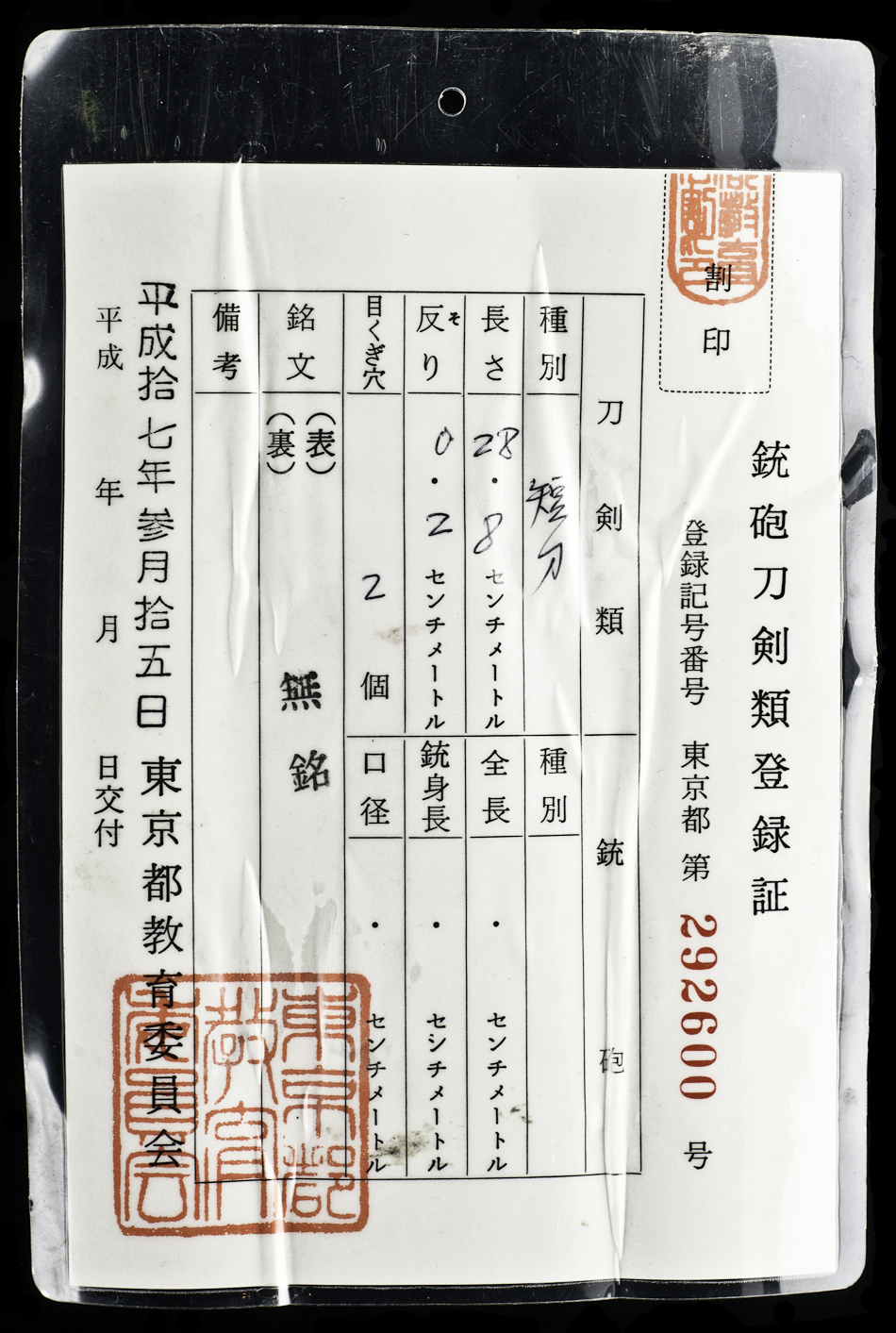
> Back to sword collection
A SIGNED UDA SCHOOL KUNIMUNE MUROMACHI WAKIZASHI
Thursday, October 6th, 2011宇多国宗
(Uda Kunimune)



